Fagraea cambagei
Faradaya splendida
Ficinia nodosa
Ficus benjamina
Ficus congesta
Ficus copiosa
Ficus coronata
Ficus crassipes
Ficus fraseri
Ficus hispida
Ficus macrophylla
Ficus obliqua
Ficus opposita
Ficus racemosa
Ficus rubiginosa
Ficus sp. 1
Ficus Variegata
Ficus virens
Ficus virgata
Ficus watkinsiana
Fieldia australis
Fimbristylis cinnamometorum
Fimbristylis dichotoma
Fimbristylis ferruginea
Fimbristylis nutans
Fimbristylis polytrichoides
Fimbristylis tristachya
Fimbristylis velata
Flagellaria indica
Flindersia australis
Flindersia bennettii
Flindersia collina
Flindersia schottiana
Flindersia xanthoxyla
Floydia praealta
Fontainea oraria
Freycinetia excelsa
Freycinetia marginata
Fuirena ciliaris
Fagraea cambagei
Classification:
Class: Magnoliophyta
Order: Magnoliopsida
Unnamed: Gentiales
Family: Gentianaceae
Genus: Is named in honour of Doctor Jonas Theodor Fragraus; 1729-1796/97, who was a Swedish botanist.
Specie: Is named in honour of Richard Hind Cambage; 1859-1928, who was a mining surveyor and botanical collector.
Common Name: Pink Jitta or Porcelain Fruit.
Distribution:
Fagraea cambagei is found east of the Great Dividing Range along the coastal strip. It is found south from Cooktown to Cairns in far north Queensland.
https://avh.ala.org.au/occurrences/search?taxa=Fagraea+cambagei#tab_mapView
Habitat Aspect Climate:
Fagraea cambagei prefers full sun to light shade or dappled shade usually starting life in dense shade as an under story plant. It grows adjacent to well-developed lowland rainforests, monsoonal forests or upland rainforests in both far north Queensland and New Guinea through to south East Asia. The altitude ranges from 3 meters ASL to 500 meters ASL.
The temperatures range from 10 degrees in July to 36 degrees in January.
The rainfalls range from lows of 850mm to 3200mm annually.
Soil Requirements:
Fagraea cambagei prefers rich fertile sandy loams, to light clay loams. The soils are usually derived from decomposed brown basalts or black basalts. The soils pH ranges from 5.5pH to 6.5pH. It tolerates waterlogged soils with plants often standing in shallow water for short periods following rain. Non saline soils to moderately saline soils are tolerated.
Height & Spread:
Wild Plants: 2m to 6m by 2m to 5m.
Characteristics:
Fagraea cambagei grows as with pale grey glabrous bark. The branchlets are deep grass green, olive green or sea green and glabrous. The old leaf scars completely encircle the branchlets.
The opposite ovate to elliptical leaves of Fagraea cambagei measure 70mm to 230mm in length 70mm to 90mm in width. The discolourous laminas are deep grass green to deep sea green, glabrous and semi glossy while the lower lamina is slightly paler. The mid vein is strongly prominent on the lower lamina and is pale green and depressed on the base third of the upper lamina. The petioles are channelled on the upper surface and measure 9mm to 12mm in length. The bases are rounded to broadly cuneate while the apexes are broadly acute, broadly acuminate or obtuse with an apiculate tip. The laminas are flat or curve slightly upwards from the mid vein while the margins are entire. The mid vein is strongly prominent on the lower lamina and is clearly visible from the upper lamina. The apex or growing bud is split by the next pair of leaves to emerge.
The inflorescence of Fagraea cambagei is a simple cymes is born from the leaf axils or terminal. The pale green calyx has 5 lobes and measures 3mm to 5mm in overall length. The obtuse lobes measure less than 1mm in length. The corolla tube has 5 oblong recurved lobes which have an obtuse apex. The lobe margins are entire and undulating. They white corolla measures 22mm to 25mm in length by 9mm to 12mm in diameter near to where the lobes divide. The lobes measure 16mm to 18mm in length by 9mm to 12mm in width.
The 5 brown exserted stamens are on long wiry filaments and measure 25mm to 28mm in length. The fawn to pale brown anthers measure 3.5mm to 5mm in length by 1.5mm to 2mm in width. The thick white style tapers near the stigma and is slightly inserted to slightly exserted. The flowers are sweetly scented and appear from September to February.
Fagraea cambagei fruits are an ellipsoidal-obovoid, ovoid to globose or depressed globose fleshy drupe. The drupes measure 30mm to 45m in length by 30mm to 36mm in diameter. The drupes turn pink or white on ripening. The calyx is persistent on the drupe’s base. The ellipsoidal seeds measure 6mm to 7mm in length by 3.5mm to 4.5mm in diameter. It is covered in small brown scales measure
Wildlife:
Fagraea cambagei’s wildlife is unknown to the author.
Cultivation:
Fagraea cambagei is a beautiful large shrub for medium and large gardens in tropical and warm sub-tropical zones. It is suitable as an animal shelter as it has a very dense canopy. In cultivation the shrubs will grow to a 5 meters to 7 meters by 5 meters to 7 meters in diameter.
The deeper coloured fruits are most attractive.
The large green leaves will offset the strong flowers of any prostrate plants planted in the foreground. In fact it would be a very strong complementary contrast if red flowering prostrate or smaller shrubs were to flower at the same time in the foreground. In a bush scene it is best scattered through the bush to give patches of colour to attract the viewers’ attention rather than having a mass planting. This is one plant that benefits the gardener if scatter plantings in small sections are made. If it is used as a rainforest under story plant place them near the edge so they can have plenty of sun light otherwise leaf drop will occur. It is ideal planted along creek riparian zones, along dry riverine gullies or gallery forest gardens.
Indoor or Potted On:
Fagraea cambagei is an excellent plant for indoor use for short periods when young. Their only requirement is that they need good light and ventilation without drying breezes or wind. It is best planted in large urns where they will grow for several years.
On patios and verandas make sure the roots are contained in the pot. This can be achieved by placing the pots or urns in a saucer.
Sawdust or sand mixes are too well draining unless the sawdust has completely composted down where it exhibits a texture like plastacine to the touch. Moisture can be squeezed out between the fingers yet it remains moist. I find this a great basis to start with.
Mix equal parts of the well decomposed saw dust with the above feel with perlite and vermiculite. To this add two part sharp clean sand, one part compost and one part good crusher dust from a basalt rock quarries. Preferably black basalt but both are good. Make sure the sand comes from a source that does not contain salt.
The decomposed Sawdust in this condition creates the moisture retention and holds nutrient in. The perlite and vermiculite make the mix neutral and both have great water holing capacity without shrinkage with age. The sand creates good drainage and is good for good healthy root development. The crusher dust adds vital minerals which the plants need.
Water indoor and patio plants with rain water to avoid salt accumulation. If rainwater is not practical then before fertilizing wash the saucer and water the plants heavily so the water runs through the pots for a few minutes. This will help leach any build-up of toxins and salts from the mix. Allow to drain and fertilize the plants the following day. Repeat on a bimonthly basis with the formula mentioned under propagation on a rotation basis.
Propagation:
Seeds: Sow fresh Fagraea cambagei seeds into a seed raising mix. When the seedlings are 30 to 50 mm tall, prick them out and plant them into 50mm native tubes using a good organic mix.
Once the seedlings reach 200 to 250mm in height plant them out into their permanent position. They show potential as a shrub if pruning of branches to prevent any trunk from forming is possible.
Fertilize using seaweed, fish emulsion or organic chicken pellets soaked in water on an alternate basis. Fertilize every two months until the plants are established then twice annually in early September or March to maintain health, vitality and better flowering.
Further Comments from Readers:
All information is included in good faith and has been thoroughly researched prior to printing. The website or the author does not warrant or guarantee the accuracy of any information on these pages, nor does the website or the author accept any responsibility for any loss arising from the use of the information found within. The views and opinions are strictly those of the author or those members who chose to actively participate in the contents herein.
Hi reader, it seems you use The Bible of Botany a lot. That’s great as we have great pleasure in bringing it to you! It’s a little awkward for us to ask, but our first aim is to purchase land approximately 1,600 hectares to link several parcels of N.P. into one at The Pinnacles NSW Australia, but we need your help. We’re not salespeople. We’re amateur botanists who have dedicated over 30 years to saving the environment in a practical way. We depend on donations to reach our goal. If you donate just $5, the price of your coffee this Sunday, We can help to keep the planet alive in a real way and continue to bring you regular updates and features on Australian plants all in one Botanical Bible. Any support is greatly appreciated. Thank you.
In the spirit of reconciliation we acknowledge the Bundjalung, Gumbaynggirr and Yaegl and all aboriginal nations throughout Australia and their connections to land, sea and community. We pay our respect to their Elders past, present and future for the pleasures we have gained.

Mount Cootha Botanic Gardens Qld.
Mount Cootha Botanic Gardens Qld.
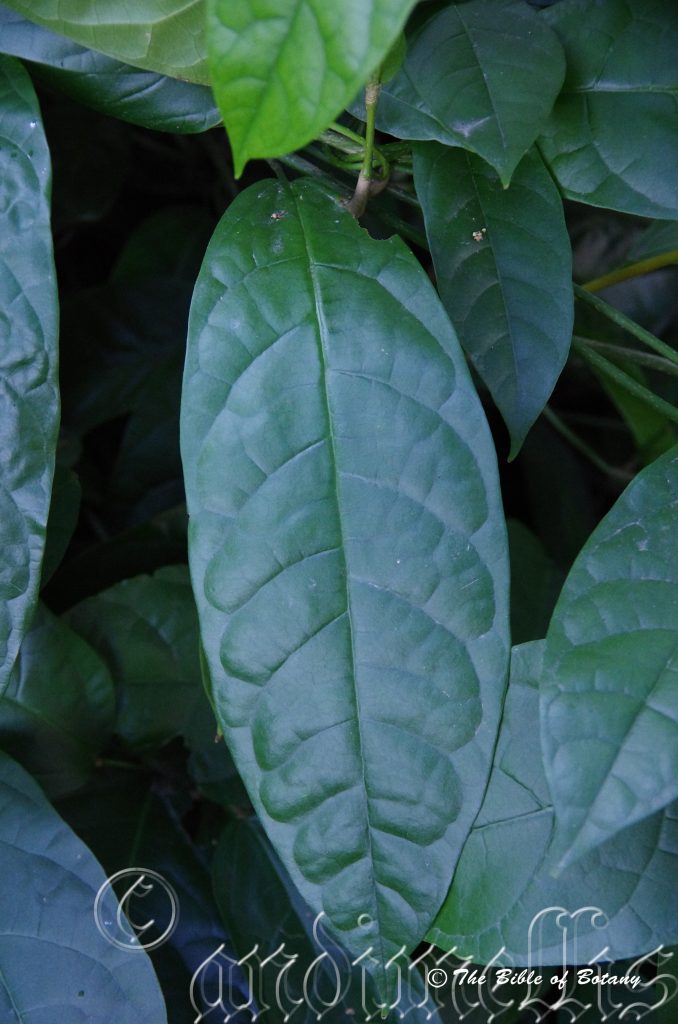
Mount Cootha Botanic Gardens Qld.
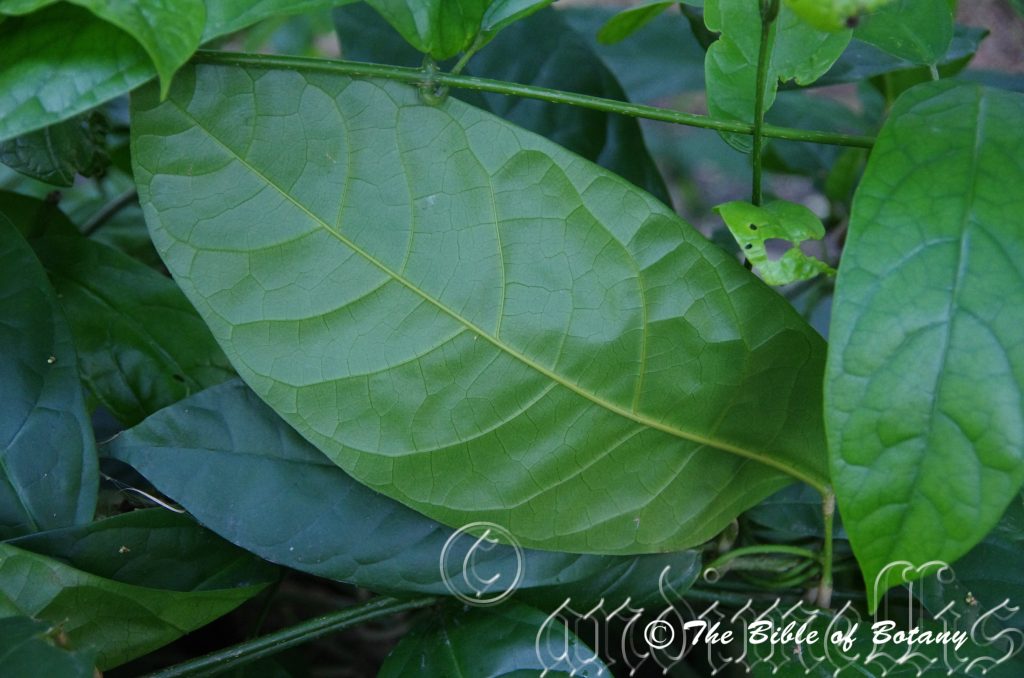
Mount Cootha Botanic Gardens Qld.
Faradaya splendida
Classification:
Unranked: Eudicots
Unranked: Asterids
Order: Lamiales
Family: Lamiaceae
Genus: Is named in honour of Michael Faraday; 1791/4-1867, who was an electromagnetic engineer.
Specie: From Splendens, which is Latin for to glisten or shine. It refers to plants, which have a real shine or are spectacular in flower.
Sub specie:
Common Name: Glory Vine or in a local aboriginal tribe it is known as Pitutu.
Distribution:
Faradaya splendida is found south from the Torres Strait Islands to Ingham in far north coastal Queensland. It also found from New Guinea through to south East Asia.
https://avh.ala.org.au/occurrences/search?taxa=Faradaya+splendida#tab_mapView
Habitat Aspect Climate:
Faradaya splendida prefers full sun to light shade or dappled shade usually starting life in dense shade as an under story plant. It grows adjacent to well-developed lowland rainforests and monsoonal or well-developed mountain rainforests. The altitude ranges from 5 meters to 800 meters ASL.
The temperatures range from 6 degrees in July to 36 degrees in January.
The rainfalls range from lows of 1850mm to 3200mm annually.
Soil Requirements:
Faradaya splendida prefers fertile sandy loams, to light clay loams. The soils have been derived from decomposed basalts or alluvial deposits. The soils pH ranges from 5pH to 6pH. It does not tolerate waterlogged soils. Non saline soils to moderately saline soils are tolerated.
Height & Spread:
Wild Plants: 25m to 30m by 5m to 10m with a stem diameter of 150mm on old plants.
Characteristics:
Faradaya splendida is very large twinning liana which has a rough, granular to slightly, irregular, longitudinal furrowed mid brown bark. The twinning stems are smooth, glabrous and deep grass green with the newest stems being bright line green with paler longitudinal oblong lenticels. The old leaf scars completely encircle the branchlets.
The opposite leaves of Faradaya splendida are ovate to elliptical, and measure 120mm to 250mm in length 60mm to 130mm in width. The terete petioles are able to twist on contact and measure 20mm to 80mm in length. The bases are rounded to broadly cuneate while the apexes are broad acuminate to abruptly acuminate. The discolourous laminas are deep grass-green to sea green, glabrous and semi glossy on the upper laminas while the lower laminas are paler and dull. The flat laminas are strongly convex between the lateral veins and the main vein on the upper lamina while the margins are entire. The mid vein is strongly prominent on the lower lamina while the lateral veins are prominent and the secondary reticulated veins are faintly prominent. The veins are all clearly visible from the upper lamina. There are several flat glands on the lower laminas in the axils of some of the lateral veins and the mid vein when present.
The inflorescences of Faradaya splendida are simple cymes born from the leaf axils. The large white flowers measure 45mm to 50mm in diameter. The grass-green to deep green often with a brownish tinge sepals measure 15mm to 20mm in length.
The white corolla tube has 4 oblong lobes which are slightly decurve at the truncate to deeply emarginate apexes. The lobe margins are entire and undulating. The corolla tube is glabrous and white externally while internally it is pastel lime-green and moderately to densely covered in white canescent hairs. The corolla tube measures 20mm to 40mm in length by 8mm to 15mm in diameter at the mouth. The 4 white corolla lobes measures 15mm to 25mm in length by 15mm to 25mm in diameter. The lobes measure 16mm to 18mm in length by 9mm to 12mm in width.
The 4 filiform exserted white filaments are connected to the middle of the corolla tube, are moderately covered in white canescent hairs at the base. The filaments measure 35mm to 65mm in length. The fawn to pale brown dorsifixed, oblong anthers dehisce longitudinally and measure 3mm to 4mm in length by 1.5mm to 2mm in width.
The filiform, white exserted style tapers near the stigma and has a minute bifid style. The style measures 50mm to 80mm in length. The globose ovary is densely covered in white canescent hairs. There is one locule in each ovary. The flowers are faintly but sweetly scented and appear from September to early January.
Faradaya splendida fruits are ellipsoidal-obovoid fleshy drupes. The drupes measure 60mm to 90m in length by 50mm to 60mm in diameter. The green drupes turn cream to white on ripening. The orbicular seed measures 40mm to 45mm in length by 25mm to 35mm in diameter. The seeds are deeply and irregularly wrinkled.
Wildlife:
Faradaya splendida leaves are the main food source for the Pale Ciliate Blue butterfly (Anthene emolus), Common Tit (Hypolycaena erylus), Common Oakblue (Arhopala micale), and Eone Blue (Pseudodipsas eone) Butterflies. Common & Waterhouse (1981).
Cultivation:
Faradaya splendida is a beautiful large creeper for large gardens in tropical and warm sub-tropical frost free zones. It is suitable for sturdy fences, screens, and pergolas. In cultivation the vine will grow to 5 meters to 12 meters by 5 meters to 12meters in width with full coverage.
It is most attractive when in flower or when the leaf is displayed to perfection. The flowering period is decreased during if shade is increased and the further south the plants are planted. The latter maybe related to temperature. At least 8 hours sunlight is essential for good flower set and prolonged flowering.
The large green leaves will add a tropical look to any scene and are just as much at home in a rainforest scene or adjacent to the forest where several hours of full sun shines. In fact it would be a very strong complementary contrast if red flowering prostrate or smaller shrubs were to flower at the same time in the foreground.
Indoors or potted Plants:
Faradaya splendida is an excellent plant for indoor use for short periods when young. Their only requirement is that they need good light and ventilation without drying breezes or wind. It is best planted in large urns where they will grow for several years.
On patios and verandas, make sure the roots are contained in the pot. This can be achieved by placing the pots or urns in a saucer.
Sawdust or sand mixes are too well draining unless the sawdust has been completely composted, where it exhibits a texture similar plastacine to the touch. Moisture can be squeezed out between the fingers yet it remains moist. I find this a great basis to start with.
Mix equal parts of the well decomposed saw dust with the above feel with perlite and vermiculite. To this add two part sharp clean sand, one part compost and one part good crusher dust from a basalt rock quarries. Preferably black basalt but both are good. Make sure the sand comes from a source that does not contain salt.
The decomposed Sawdust in this condition creates the moisture retention and holds nutrient in. The perlite and vermiculite make the mix neutral and both have great water holing capacity without shrinkage with age. The sand creates good drainage and is good for good healthy root development. The crusher dust adds vital minerals which the plants need.
Before fertilizing wash the saucer and water the plants heavily so the water runs through the pots for a few minutes. This will leach any build-up of toxins and salts from the mix. Allow to drain and fertilize the plants the following day. Repeat on a monthly basis with the formula mentioned under propagation on a rotation basis.
Propagation:
Seeds: Sow fresh Faradaya splendida seeds directly into a seed raising mix in 50mm native tubes using a good organic mix.
Once the seedlings reach 100mm to 150mm in height, nip the tips out and plant them out into their permanent position. Do not allow them to dry out until it is well established.
Fertilize using seaweed, fish emulsion or organic chicken pellets soaked in water on an alternate basis. Fertilize every two months until the plants are established then twice annually in early September or March to maintain health, vitality and better flowering.
Further Comments from Readers:
Hi reader, it seems you use The Bible of Botany a lot. That’s great as we have great pleasure in bringing it to you! It’s a little awkward for us to ask, but our first aim is to purchase land approximately 1,600 hectares to link several parcels of N.P. into one at The Pinnacles NSW Australia, but we need your help. We’re not salespeople. We’re amateur botanists who have dedicated over 30 years to saving the environment in a practical way. We depend on donations to reach our goal. If you donate just $5, the price of your coffee this Sunday, We can help to keep the planet alive in a real way and continue to bring you regular updates and features on Australian plants all in one Botanical Bible. Any support is greatly appreciated. Thank you.
In the spirit of reconciliation we acknowledge the Bundjalung, Gumbaynggirr and Yaegl and all aboriginal nations throughout Australia and their connections to land, sea and community. We pay our respect to their Elders past, present and future for the pleasures we have gained.
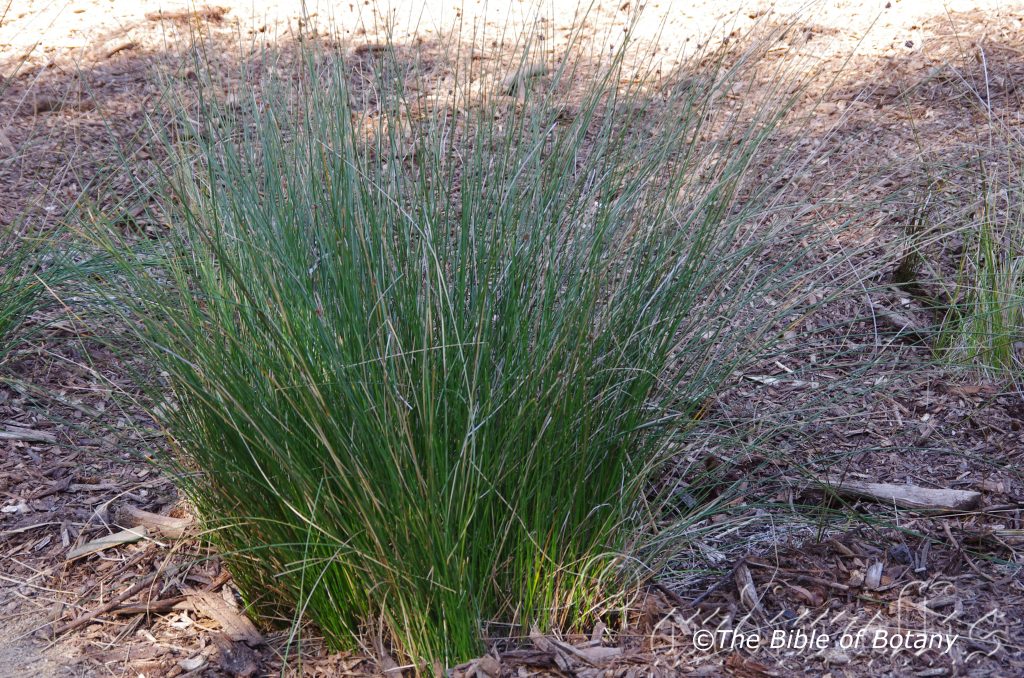
Capalaba Qld,
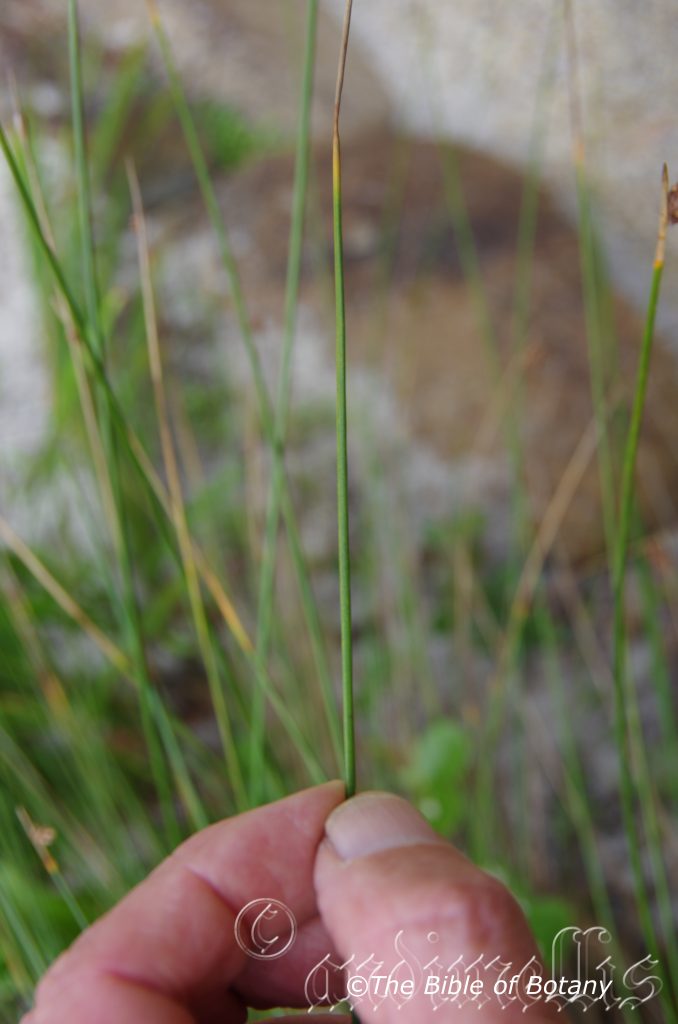
Rosser Gardens Benowa Qld.
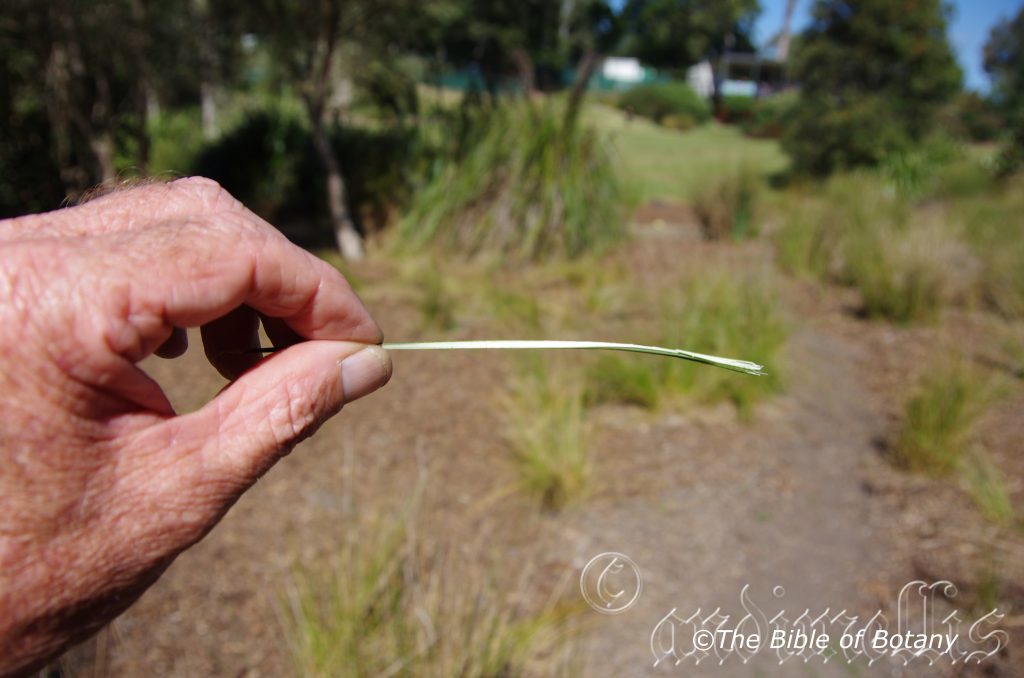
Rosser Gardens Benowa Qld.
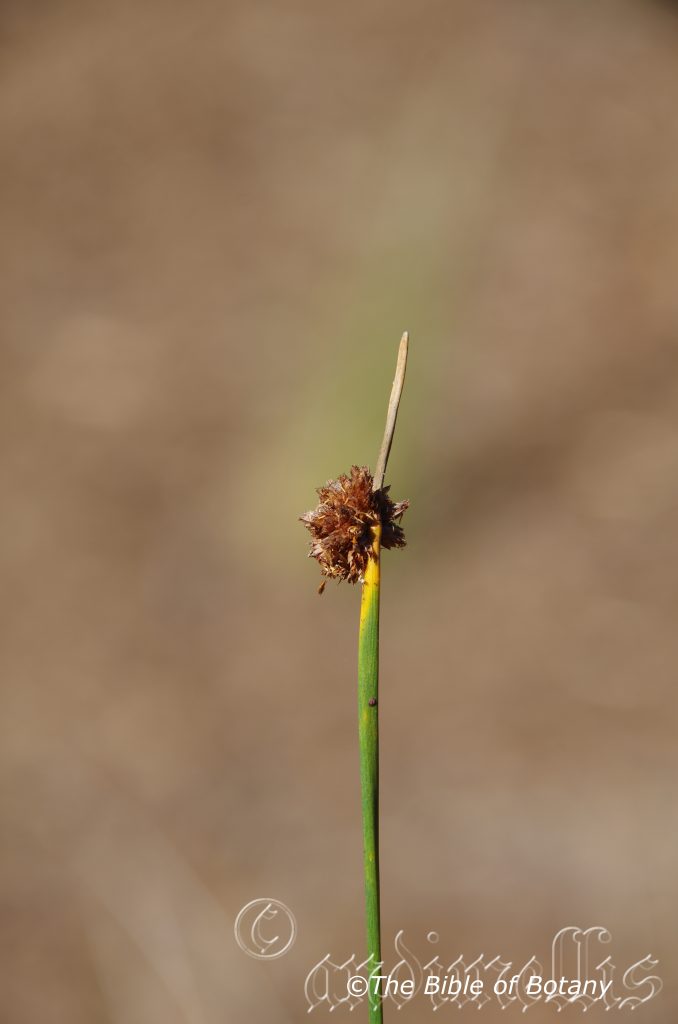
Rosser Gardens Benowa Qld.
Ficinia nodosa
Classification:
Unranked: Monocots
Unranked: Commelinidis
Order: Poales
Family: Cyperaceae
Genus: Is named in honour of Heinrich David August Ficinis; 1782-1857, who was a German botanist.
Specie: From Nodota, which is Latin for a knotted like swelling. It refers to stems which have many swellings or lumps.
Sub species:
Common Name:
Distribution:
Ficinia nodosa is found in 2 distinct disjunct populations. The first in Western Australian extends from Sharks Bay in the north to Israelite Bay with a further population further east at Twilight Cove.
In the east it is found south from Fraser Island in southern coastal Queensland to Moonta, Kangaroo Island and Port Lincoln in South Australia. It also grows on the off shore islands along the coast from Israelite Bay north to Port Lincoln.
It is also found on King Island, Flinders Island and the eastern Islands of Bass Strait while it circumnavigates Tasmania. In Tasmania it is found along the South Esk River to Perth.
https://avh.ala.org.au/occurrences/search?taxa=Ficinia+nodosa#tab_mapView
Habitat Aspect Climate:
Ficinia nodosa prefers full sun to light dappled shade. It mainly grows,
on low frontal dunes, wallums and marshes behind the frontal dunes around lakes, along streams and creeks close to the coast especially just beyond the permanent brackish zones and shallow depressions along the coast.
The noticeable exceptions are found in Victoria where it ventures further inland to near Nhill and in Tasmania along the South Esk River. The altitude ranges from 2 meters ASL to 10 meters ASL except for the populations on the South Esk River in Tasmania which grows to 150 meters ASL.
The temperatures range from minus 2 degrees in August to 40 degrees in January.
The rainfall ranges from lows of 200mm to 2200mm average per annum however ground moisture is more important than actual rainfall.
Soil Requirements:
Ficinia nodosa prefers coarse sands, fine sands, to light gritty or gravelly clays. The soils are usually derived from accumulated sands or at times decomposed sandstones, granites or alluvial deposits. The soils pH ranges from 4.5pH to 7.2pH. It tolerates waterlogged soils with plants often standing in shallow water for months at a time. Non saline soils to extremely saline soils are tolerated.
Height & Spread:
Wild Plants: 0.2m to 1m by 0.1m to 0.3m
Characteristics:
Ficinia nodosa grows as a tufted perennial rush with loosely, erect culms. The culms are deep green and glabrous. The culms usually measure 200mm to 1000mm in height by 1mm to 2.5mm in diameter. The rhizomes are long and stout.
Ficinia nodosa’s leaves are reduced to the orange-brown to reddish-brown sheaths. The margins are entire.
The inflorescences of Ficinia nodosa are dense globose or hemispherical clusters. The clusters measure 9mm to 24mm in length by 9mm to 24mm in width including the anthers. The involucral bract is erect and rigid with a pungent apex. The terete involucral bracts measure 25mm to 50mm in length by 1mm to 2.5mm in diameter.
The spikelets are tight packed and measure 4mm to 9mm in length by 1mm to 1.5mm in width.
The upper and lower reddish-brown glumes are similar and glabrous. The glumes have several irregular nerves that measure 2mm to 2.5mm in length. The keels are usually glabrous or at times scabrous.
The trifid style is white. There are 3 minute filiform white filaments. The oblong anthers measure 0.9mm to 1.5mm in length. The flowers appear from late September to December or as late as mid-January.
Ficinia nodosa’s fruits are plano-convex to unequally trigonous, irregularly ellipsoid nuts. The nuts measure 1mm to 1.4mm in length by 0.7mm to 0.9mm in width. The smooth, glossy, deep brown to black nuts have a small caduceous or persistent hyaline or white lobed disk at the base. The greenish-brown nuts turn reddish-brown when ripe.
Wildlife:
Ficinia nodosa‘s wildlife is unknown to the author.
Cultivation:
Ficinia nodosa is considered poor fodder crop. The culms are eaten along with other pasture crops when growing in the pasture only during drought and when nothing else is available. It has a rapid growth rate from mid-spring after the spring rains to late autumn. It recovers well from a single grazing.
In cultivation the plants usually grow from 900mm to 1000mm in height by 350mm to 500mm in diameter. It is very striking in informal beds beside walls, solid fences, swimming pools, large moist rockeries, open bush gardens or under tall Eucalyptus trees where there is plenty of light reaching the forest floor.
Ficinia nodosa is classified as a weed by gardeners because it often propagates where it is not wanted however in the right area it looks fabulous. It’s potential in large heath scenes or around large water features can be very striking. Imagine stepping out onto a path and there in front of you are 18 to 25 Ficinia nodosa plants planted in a loose informal row between the path and the bush or as a backdrop to a pond, billabong or lake. The heads of delicate flowers wafting in the breeze enticing you to look beyond the path and into the bush or venture to the other side will be enticing.
Picking the flower heads at their peak and bringing their elegance indoors to be placed in a vase or dried flower arrangement can lift a room. Their strong outline means they can be used singularly or just a few in an arrangement with nothing else.
It has good potential as a landscaping rush in medium to large gardens. It recovers quickly when cut back to ground level. Well grown plants offer the landscaper a particularly attractive rush with beautiful grass-green culms and leaves that are easy to maintain.
In cultivation it can be grown on most types of soil to medium better quality clays and podsolic sandy loams. It requires full sun for best results but copes very well in light dappled shade. With a little added mulch and native fertilizer added at the time when it is planted out will maximum colour and vigour. The plants should be cut back hard and divided to allow for better vigour and flowering on a biannual basis.
When you design a heath garden which Ficinia nodosa is well suited to, don’t use contours to display the plants as heath lands are almost always flat or have a slight rise. Heaths are better placed on the downhill side of a path so that you can still look over the tallest plants. On flat ground the flowering annuals, perennials and small shrubs make the heath garden path narrow so you have to feel the plants as you walk through the garden bed. This gives an extra dimension which many people forget about when designing heath gardens. Plants are usually planted close together and be short so you can see over the tallest ones with the exception of one or two plants at the most. These will be feature plants here they can be Ficinia nodosa. In this case where rushes are used I prefer to see a gap left between the plants so you are able to see all the plants with their silhouettes with vertical and horizontal lines. The idea is to achieve a feeling of expansive flatness. This can be achieved with using the Ficinia nodosa’s strong vertical lines. Mix them with other smaller plants; to 500mm in height, so none of them dominate the scene but blend in to give a mosaic of foliage colours that you oversee. Here I immediately think of Actinotis helianthi, Melaleuca pearsonii or other sub shrubs like Chloanthes parviflora, Pelargonium australe or Pelargonium inodorum. Even Hibiscus diversifolia could be pruned and used in the background or allowed to straggle between clumps of Ficinia nodosa in the foreground. Glycyrrhiza acanthocarpa would be something entirely different next to a path where you can walk by and pick a leaf to crush and enjoy the aroma of licorice but remember it is a little taller so will need to be handled carefully.
Propagation:
Seeds: Ficinia nodosa nuts can be sown directly into a seed raising mix after they have been gently rubbed between 2 sheets of fine sand paper. Cover the nuts with 2mm of the mix. Place the trays in a warm position under 20mm or 30mm shade. When the seedlings reach 20mm to 40mm tall, prick them out and plant them into 50mm native tubes using a seed raising mix. Place the 50mm native tubes into a tray of water and return them to the bush house.
Once the seedlings reach 150mm to 200mm in height plant them out into their permanent position. Mass plantings can be achieved by planting them at a minimum of 0.2 meters to 1.5 meter centers.
Fertilize using seaweed, fish emulsion or organic chicken pellets soaked in water on an alternate basis. Fertilize every two months until the plants are established then twice annually in early September or March to maintain health, vitality and better flowering.
Further Comments from Readers:
Hi reader, it seems you use The Bible of Botany a lot. That’s great as we have great pleasure in bringing it to you! It’s a little awkward for us to ask, but our first aim is to purchase land approximately 1,600 hectares to link several parcels of N.P. into one at The Pinnacles NSW Australia, but we need your help. We’re not salespeople. We’re amateur botanists who have dedicated over 30 years to saving the environment in a practical way. We depend on donations to reach our goal. If you donate just $5, the price of your coffee this Sunday, We can help to keep the planet alive in a real way and continue to bring you regular updates and features on Australian plants all in one Botanical Bible. Any support is greatly appreciated. Thank you.
In the spirit of reconciliation we acknowledge the Bundjalung, Gumbaynggirr and Yaegl and all aboriginal nations throughout Australia and their connections to land, sea and community. We pay our respect to their Elders past, present and future for the pleasures we have gained.
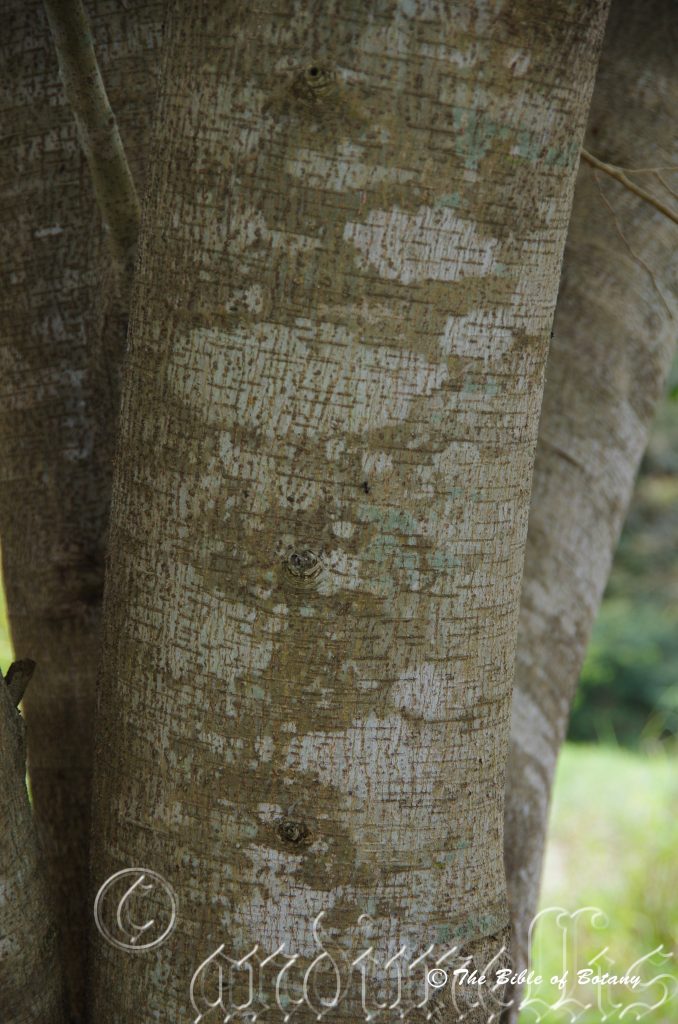
Kedron Brook Qld.
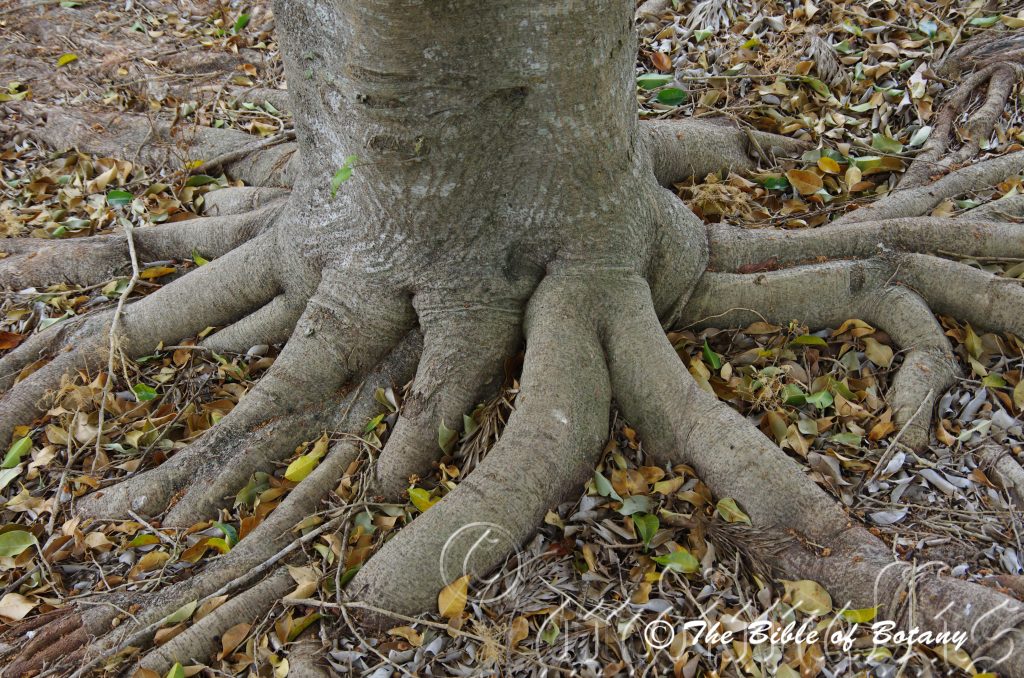
Kedron Brook Qld.
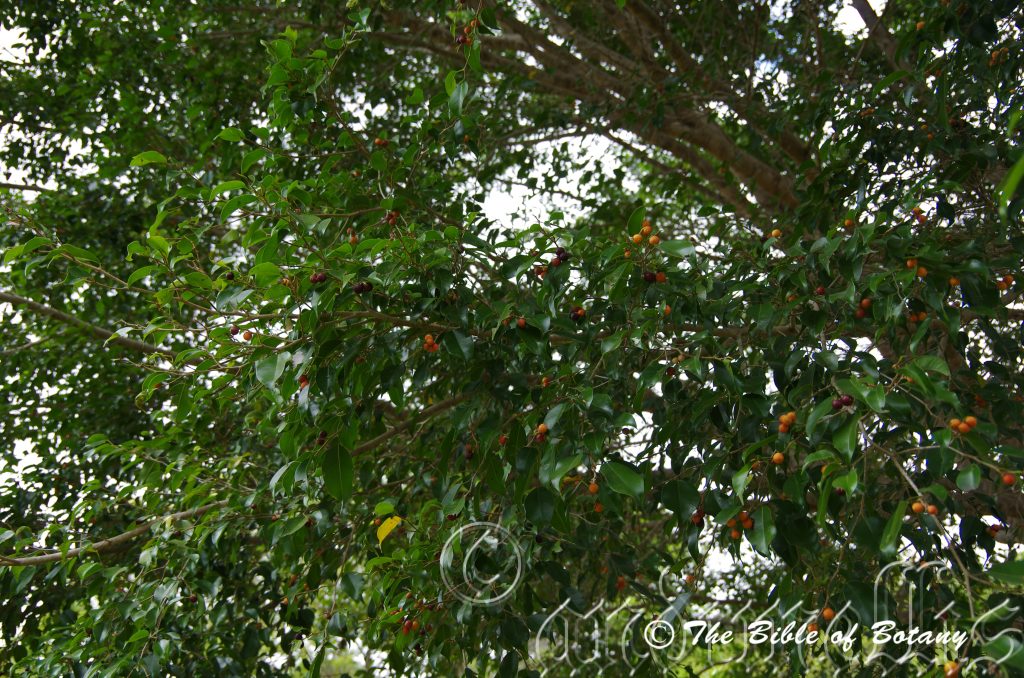
Kedron Brook Qld.
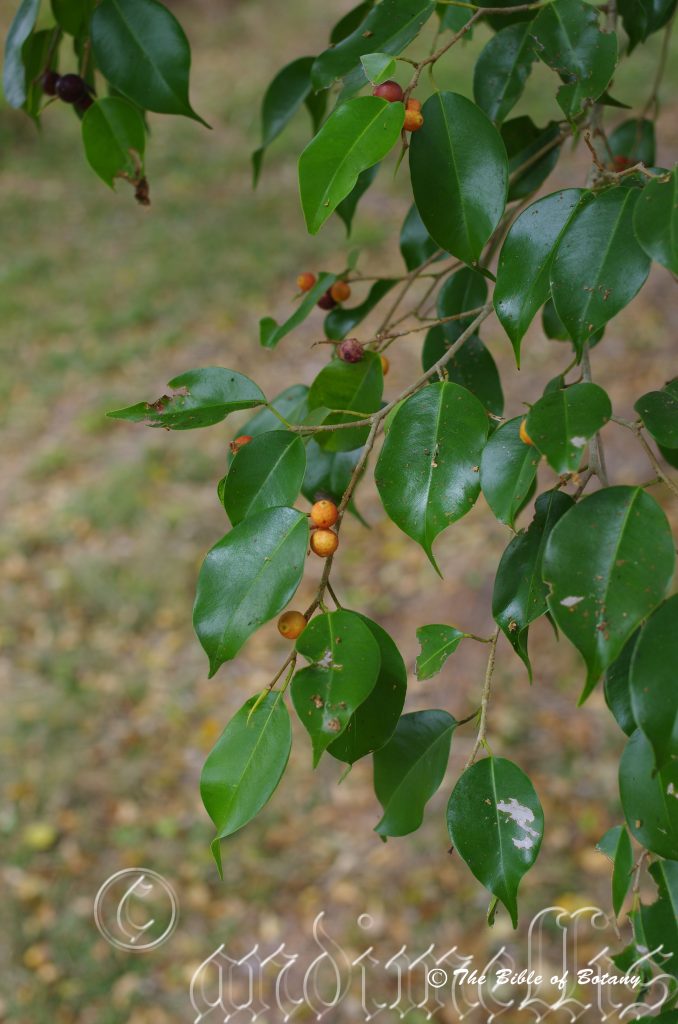
Kedron Brook Qld.
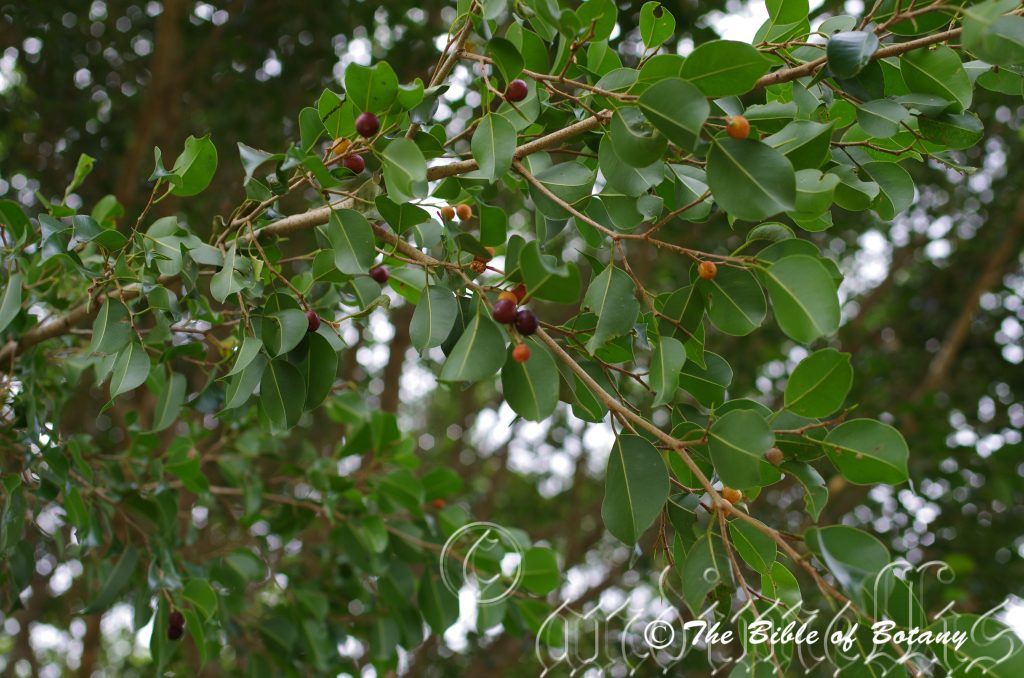
Kedron Brook Qld.
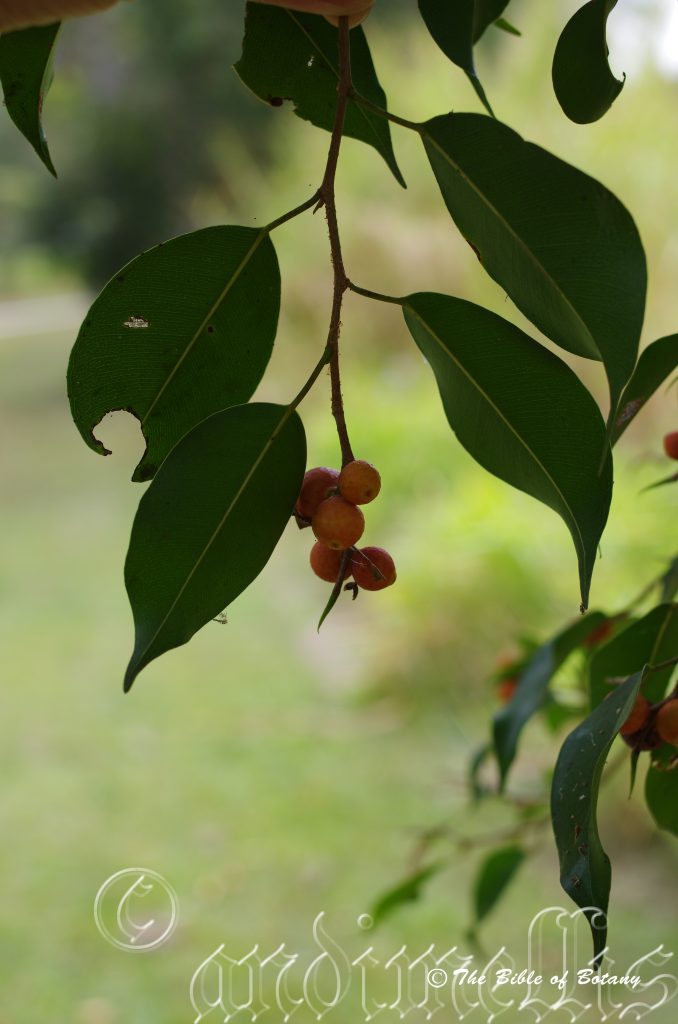
Kedron Brook Qld.
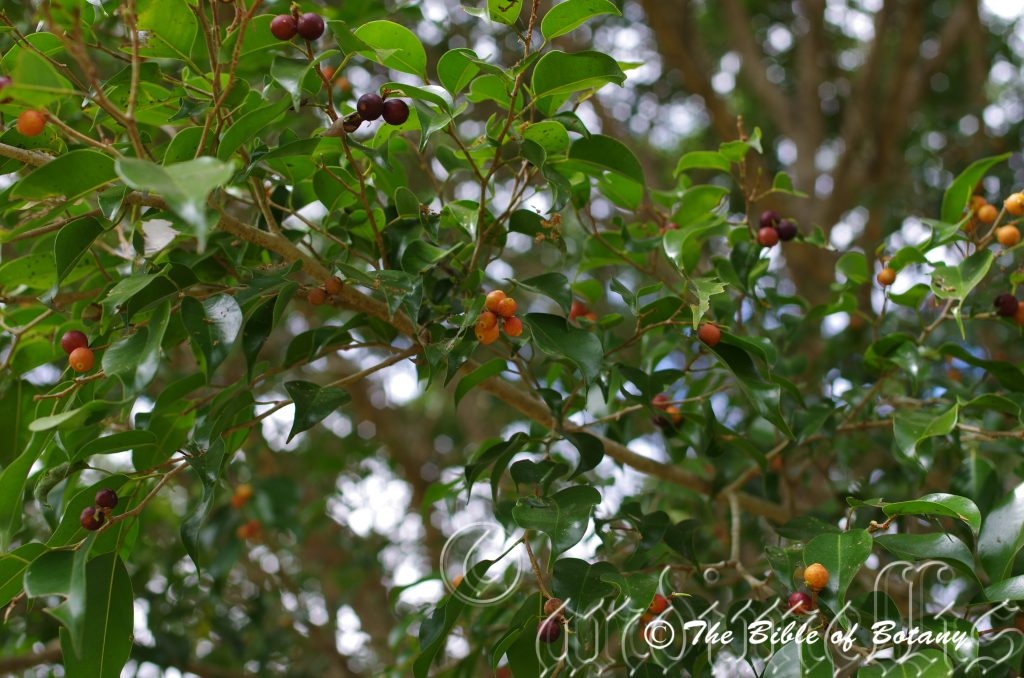
Kedron Brook Qld.
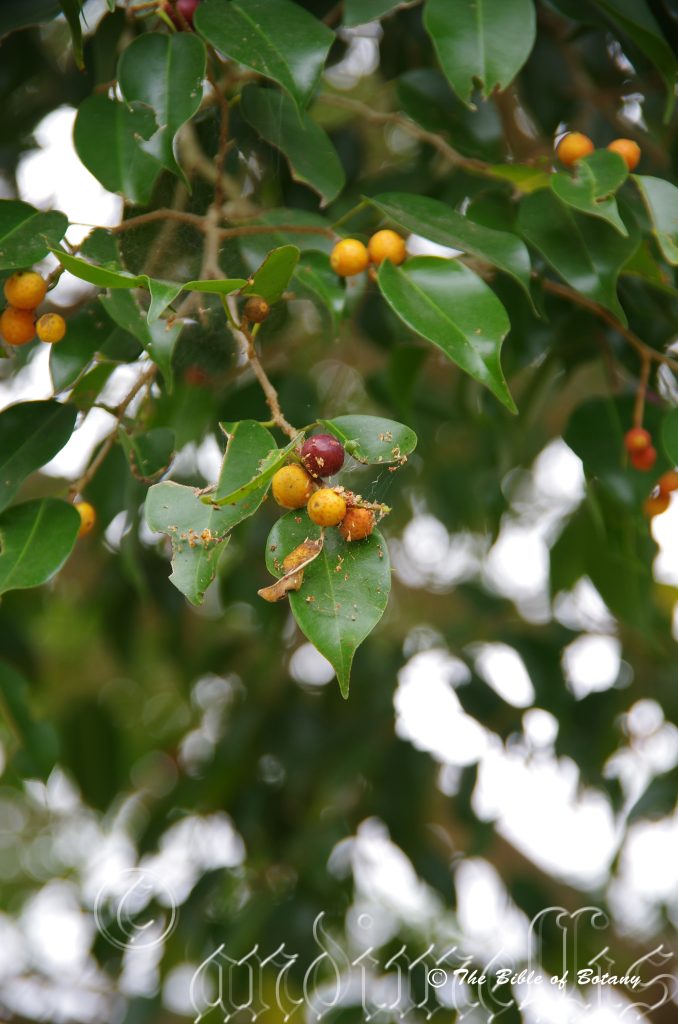
Kedron Brook Qld.
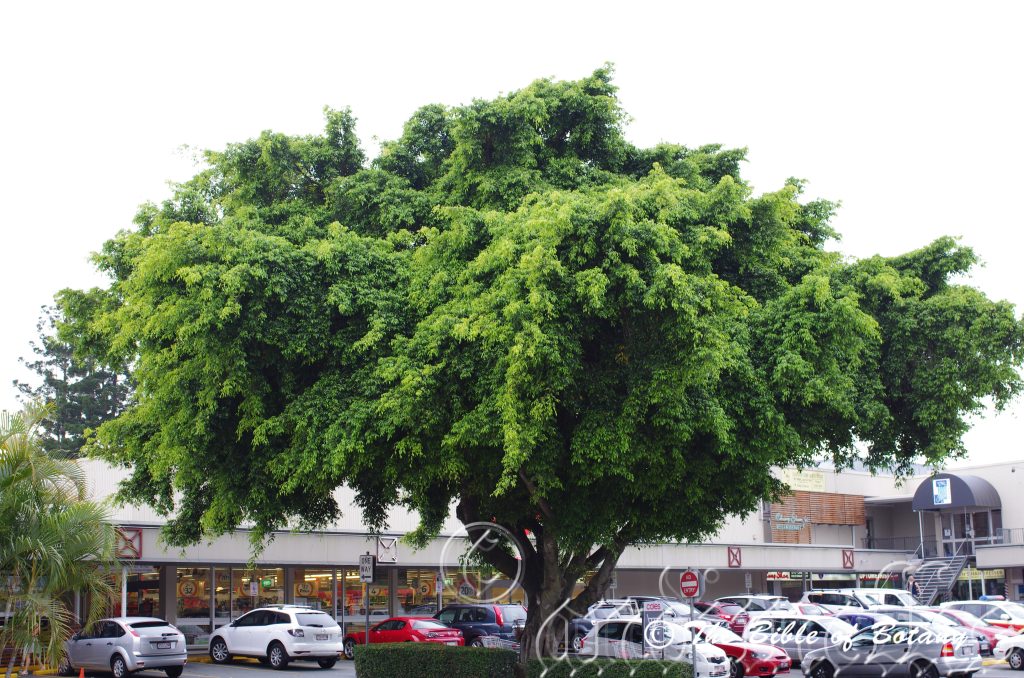
Everton Park Qld.
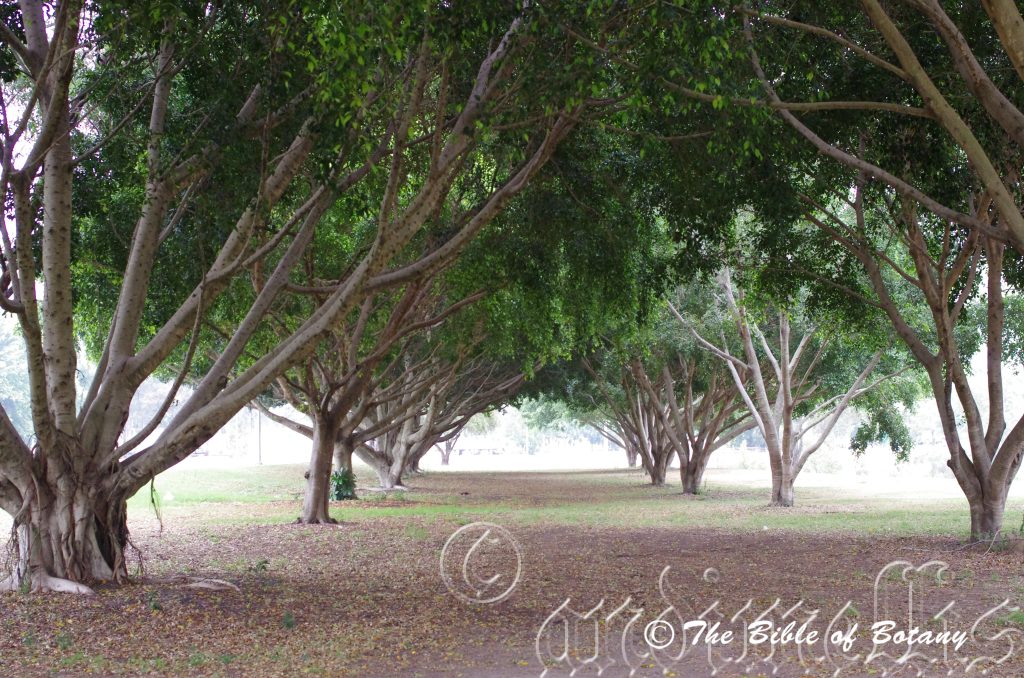
Cooparoo Qld.
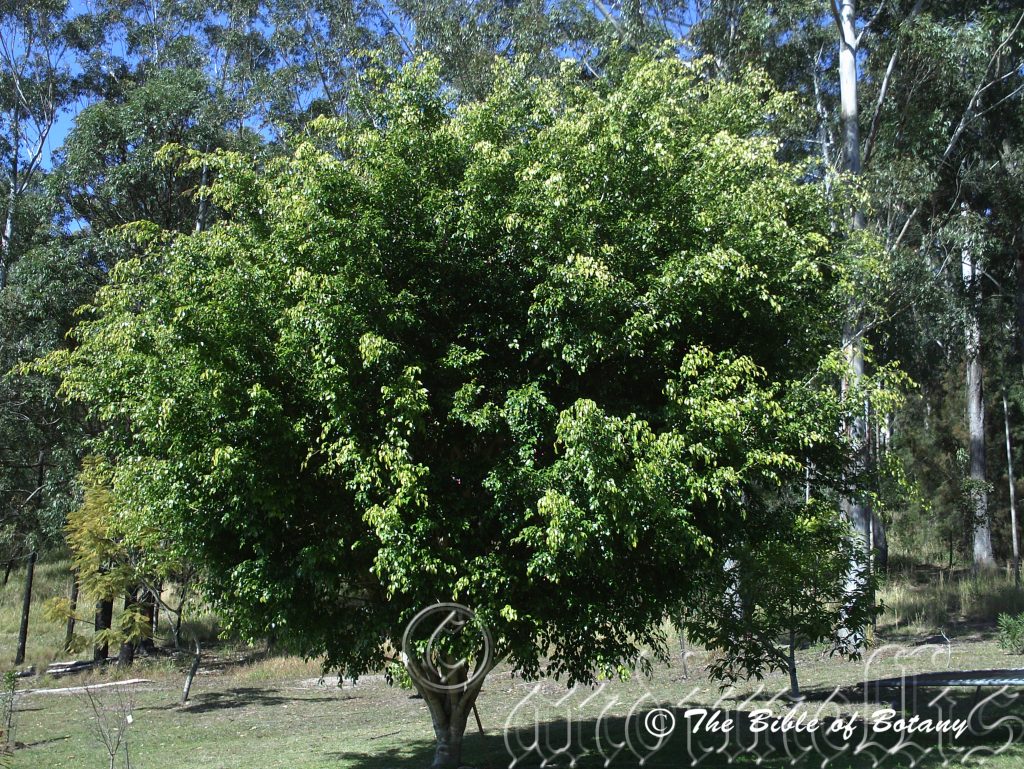
Ficus benjamina
Classification:
Class: Magnoliophyta
Order: Magnoliopsida
Family: Urticales
Subfamily: Moraceae
Genus: From Ficus, which is Latin for the Mediterranean fig tree. It refers to Australian trees, which are related to the European commercial fig trees.
Specie: From Benjan, which is Latinized from the Bengal district in India for the name of the tree there. It refers to plants, which were first discovered in Bengal.
Sub specie:
Common Name: Benjman Fig or Variegated Fig or Weeping Fig.
Distribution:
Ficus benjamina is found in several disjunct populations in northern Australia. It is found east from Bathurst Island, Melville Island then along the coast and coastal rivers from Numbulwar east of Groote Eylandt and south to Kakadu National Park.
In the east it is found south from the Iron Range on Cape York Peninsula to Cleveland east of Brisbane. It is found on and east of the Great Dividing Range.
https://avh.ala.org.au/occurrences/search?taxa=Ficus+benjamina#tab_mapView
Habitat Aspect Climate:
Ficus benjamina prefers full sun to light shade usually starting life in dense shade as an under story plant. It grows adjacent to dry rainforests and monsoonal rainforests. It is a common species along riverine, riparian rain forests and disturbed land. It is a strangler fig. The altitude ranges from 5 meters ASL to 250 meters ASL.
The temperatures range from 10 degrees in July to 39 degrees in January.
The rainfalls range from lows of 800mm to 3200mm annually.
Soil Requirements:
Ficus benjamina prefers rich fertile sandy loams, to light clay loams. The soils are usually derived from decomposed basalts or shale. The soils pH ranges from 5pH through to a 6.5pH. It does not tolerate waterlogged soils. Non saline soils to very saline soils are tolerated.
Height & Spread:
Wild Plants: 25m to 30m by 25m to 30m.
Characteristics:
Ficus benjamina has a slightly scabrous pale grey bark. The branches are slightly scabrous pale grey and often covered in lichens and epiphytes. The branchlets are glabrous sea green and semi glossy. All parts of the tree exude milky latex when damaged.
The adjacent, ovate to oblong, leaves of Ficus benjamina measure 35mm to 110mm in length by 15mm to 50mm in width. The concolourous laminas are deep grass green and glabrous. There are two glabrous, linear stipules at the base of the petiole which measure 10mm to 20mm in length. The petioles measure 8mm to 13mm long. The bases are rounded while the apexes are broadly acuminate. The leaf margins are entire and are flat or curved slightly upwards from the mid vein. The leaves are slightly larger on juvenile trees. The mid vein and lateral veins are strongly prominent on the lower lamina and are distinctly visible on the upper lamina.
Ficus benjamina fruits are an ellipsoidal to globose fleshy syconium. The syconium are produced singularly or in small clusters from the leaf axis or cauliforously, that is along the trunk and branches. The berries turn black or purplish black when ripe. It is covered in fawn to rusty puberulent to hirtellous hairs and measure 18mm to 20mm in length by 14mm to 16mm in diameter. The pedicels measure 5mm to 12mm long. Fruits are born from January to August.
Wildlife:
Ficus benjamina like all figs produce the fruit first and the flower blooms within the fruit. Syconium fruits are those fruits where the flower blooms within the inside of the fruit. Ficus are unique in that each specie has its own Agaonid wasp to play cupid. (Hymneoptera Chalchoidea Agaonidae sp.) Without its own specific little cupid wasp the trees cannot produce seed and consequently without its specific tree the wasp cannot reproduce. It is a very fine balance for fertilization and then later for the distribution of seeds where the trees are very reliant on the movement of pigeons. Ficus benjamina is reliant on the Superb Pigeon, Wompoo Fruit dove and the Emerald fruit dove just to mention three.
Cultivation:
Ficus benjamina is a beautiful large spreading tree for large gardens. It is suitable for animal shelters as it is quick growing. In cultivation the trees will grow from 15 meters to 20 meters by 15 meters to 20 in diameter when grown in the open. The trees are rather messy every year when the fruit is ripening and do attract several native animals so care should be taken in positioning the trees. The roots system is large quite aggressive around sewer lines and foundations. This Ficus is a slower grower than the other species but once they start to fruit can produce large quantities.
Ficus make excellent Bonsai and topiary specimens and this one is no exception.
Propagation:
Seeds: Sow fresh Ficus benjamina seeds into a seed raising mix. When the seedlings are 30mm to 50mm tall, prick them out and plant them into 50mm native tubes using a good organic mix.
Once the seedlings reach 200mm to 250mm in height plant them out into their permanent position. Mass plantings as a tree would need the seedlings to be planted at 12 meters to 15 meters a part. They show potential as a shrub if pruning of branches to prevent any trunk from forming is possible.
Fertilize using seaweed, fish emulsion or organic chicken pellets soaked in water on an alternate basis. Fertilize every two months until the plants are established then twice annually in early September or March to maintain health and vitality.
Cuttings: Use 100mm to 150mm long healthy old wood from the previous season. The material when growing from cuttings should be taken from trees with qualities you prefer. Take them in mid-autumn or early spring.
1 Prepare the cutting mix by adding one third sharp clean river sand, one third peat and one third perlite. These ingredients are sterilize,
2 Select good material from non diseased plants,
3 Select semi green stems for cuttings. Look for a stem with two or three nodes,
4 Place the cutting on a flat, hard surface, and make a clean cut down one side of the cutting at the base for 10mm with a sharp sterile knife or razor blade. – This scarification of the node will increase the chances of roots emerging from this spot. Now remove all but one or two the leaves, leaving the apex leaves in tact. If the leaves are very large in proportion to the stem, cut off the apical halves.
5 Fill a saucer with water, and place a little weak to medium rooting hormone into another container like a milk bottle top. Dip the node end of the cutting into the water and then into the rooting hormone. Tap off any excess hormone,
6 Use a small dipple stick or old pencil to poke a hole into the soilless potting mix. Ensure the hole is slightly larger than the stem diameter and be careful not to wipe the rooting hormone off the cuttings base, place the cuttings in a pattern ensuring the cuttings are not touching each other,
7 I like to place the pots in Plastic bags to help maintain temperature and moisture. Place in a semi shaded place like under 50mm shade cloth.
8 When the cuttings have struck, open the bag to allow air circulation for a few days to a week,
9 Once hardened off remove the cuttings from the bag and allow to further hardening for a few more days,
10 Transplant into a good potting mix to grow on.
Further Comments from Readers:
Hi reader, it seems you use The Bible of Botany a lot. That’s great as we have great pleasure in bringing it to you! It’s a little awkward for us to ask, but our first aim is to purchase land approximately 1,600 hectares to link several parcels of N.P. into one at The Pinnacles NSW Australia, but we need your help. We’re not salespeople. We’re amateur botanists who have dedicated over 30 years to saving the environment in a practical way. We depend on donations to reach our goal. If you donate just $5, the price of your coffee this Sunday, We can help to keep the planet alive in a real way and continue to bring you regular updates and features on Australian plants all in one Botanical Bible. Any support is greatly appreciated. Thank you.
In the spirit of reconciliation we acknowledge the Bundjalung, Gumbaynggirr and Yaegl and all aboriginal nations throughout Australia and their connections to land, sea and community. We pay our respect to their Elders past, present and future for the pleasures we have gained.
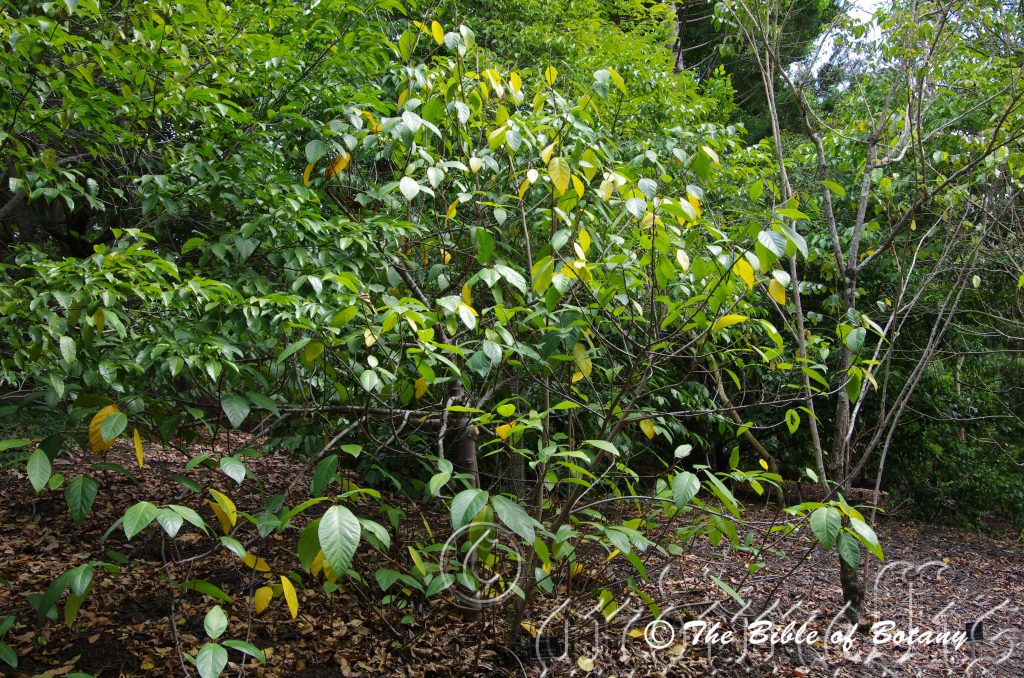
Mount Cootha Botanic Gardens Qld.
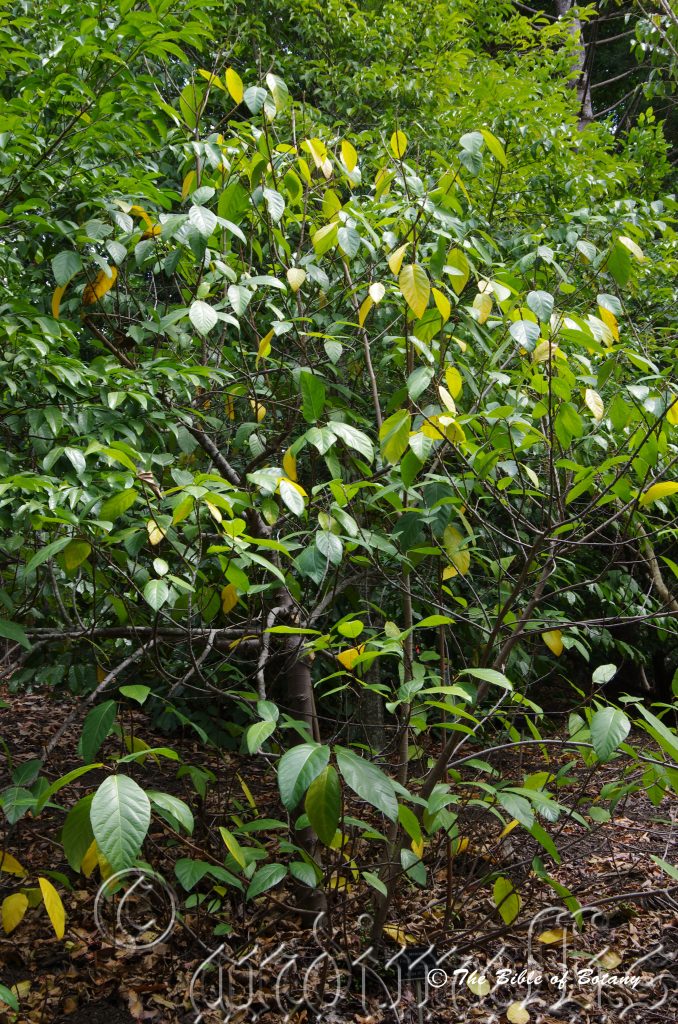
Mount Cootha Botanic Gardens Qld.
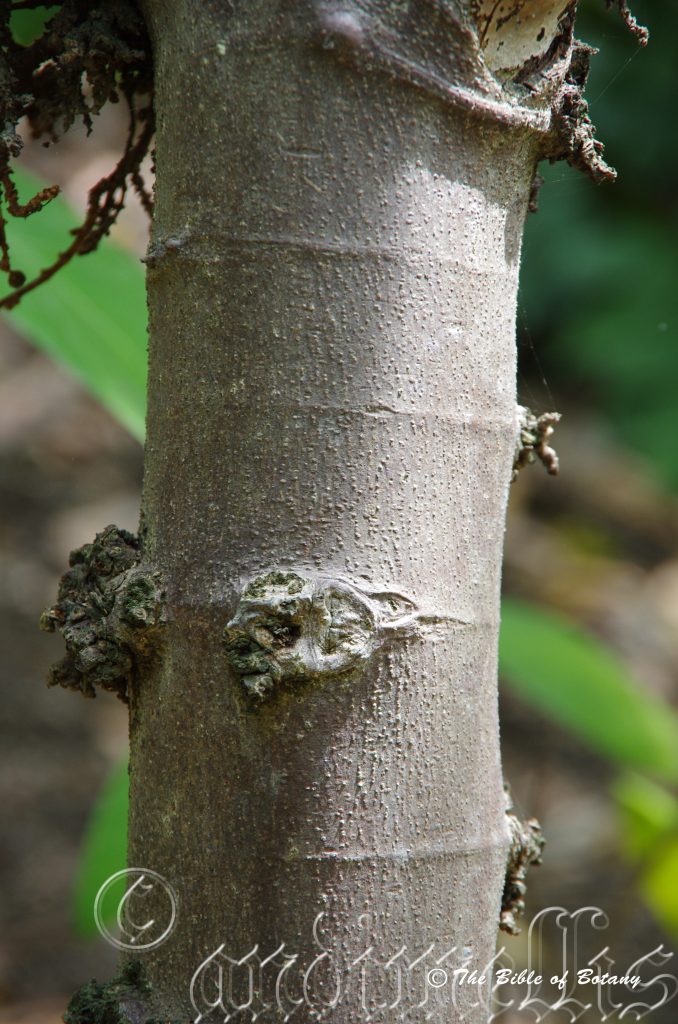
Mount Cootha Botanic Gardens Qld.
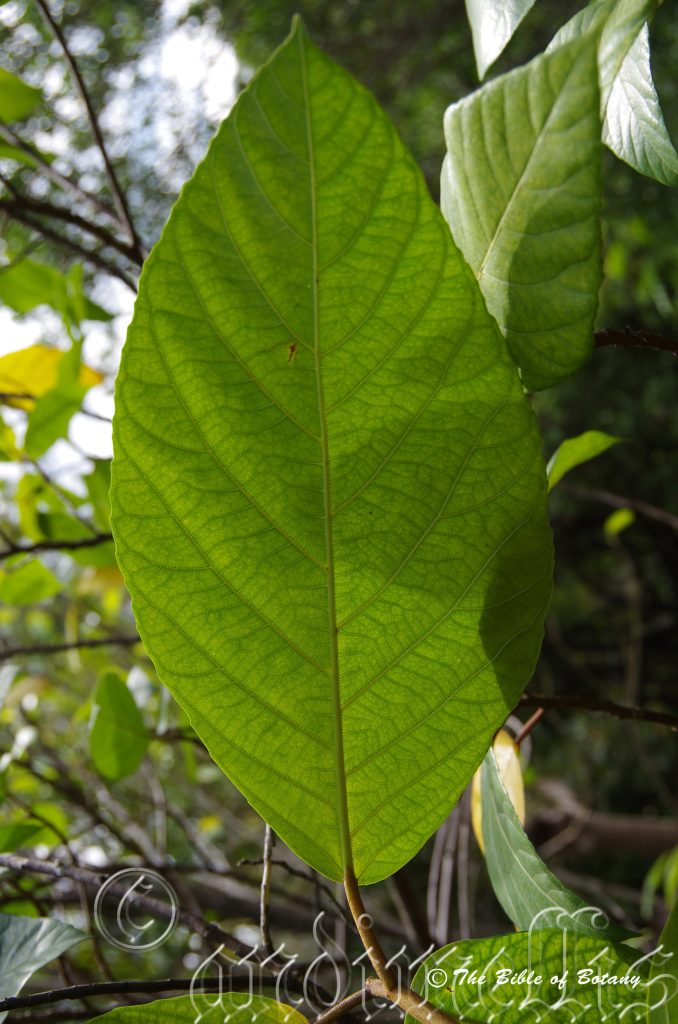
Mount Cootha Botanic Gardens Qld.
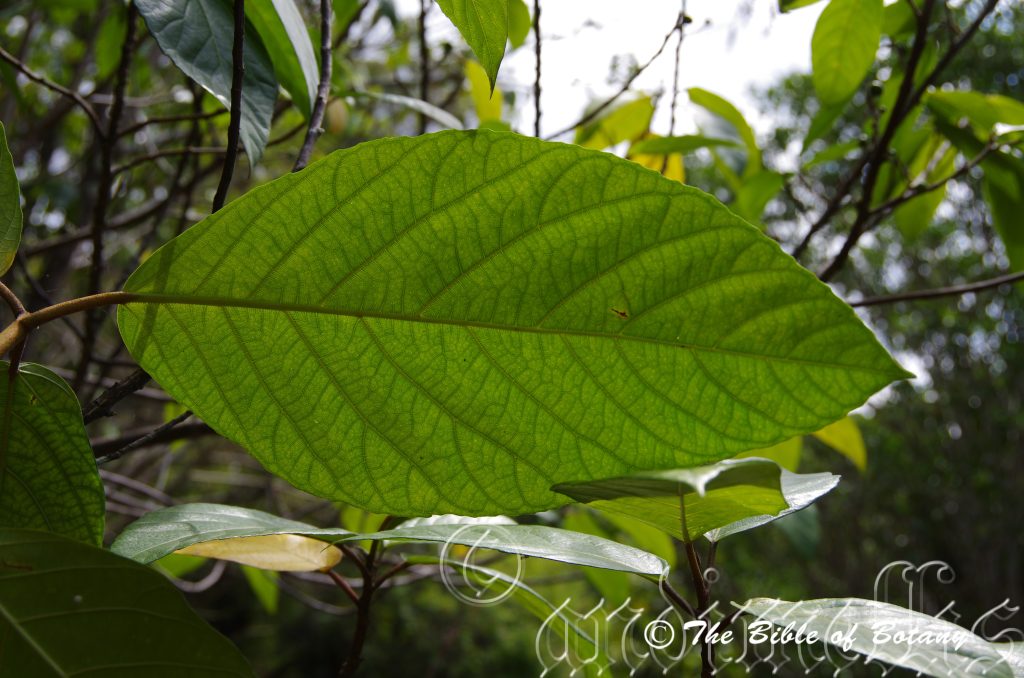
Mount Cootha Botanic Gardens Qld.
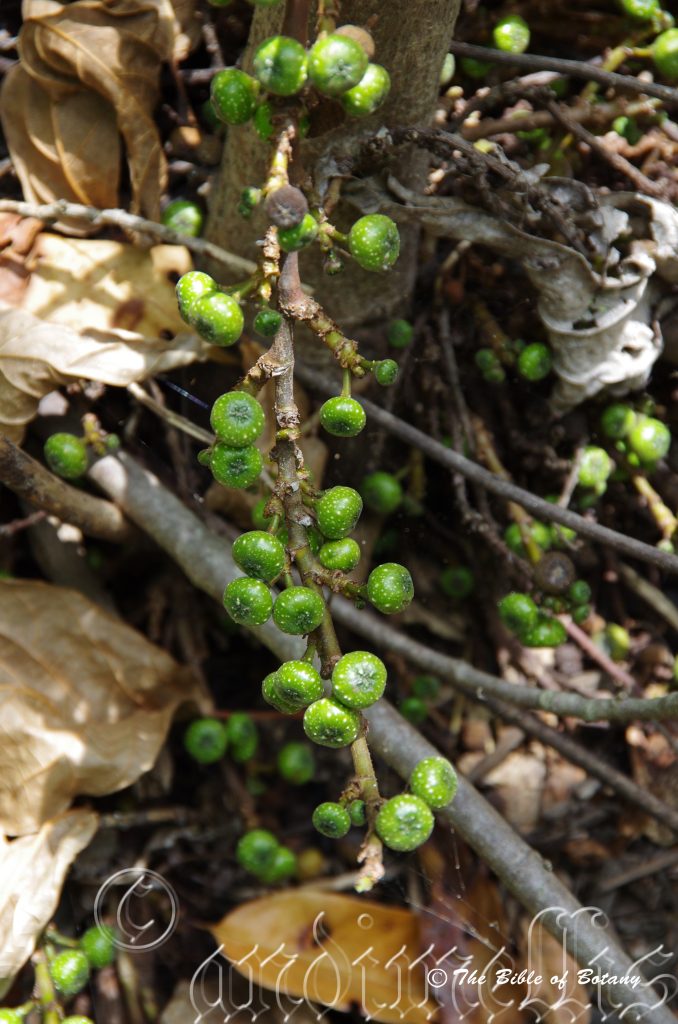
Mount Cootha Botanic Gardens Qld.
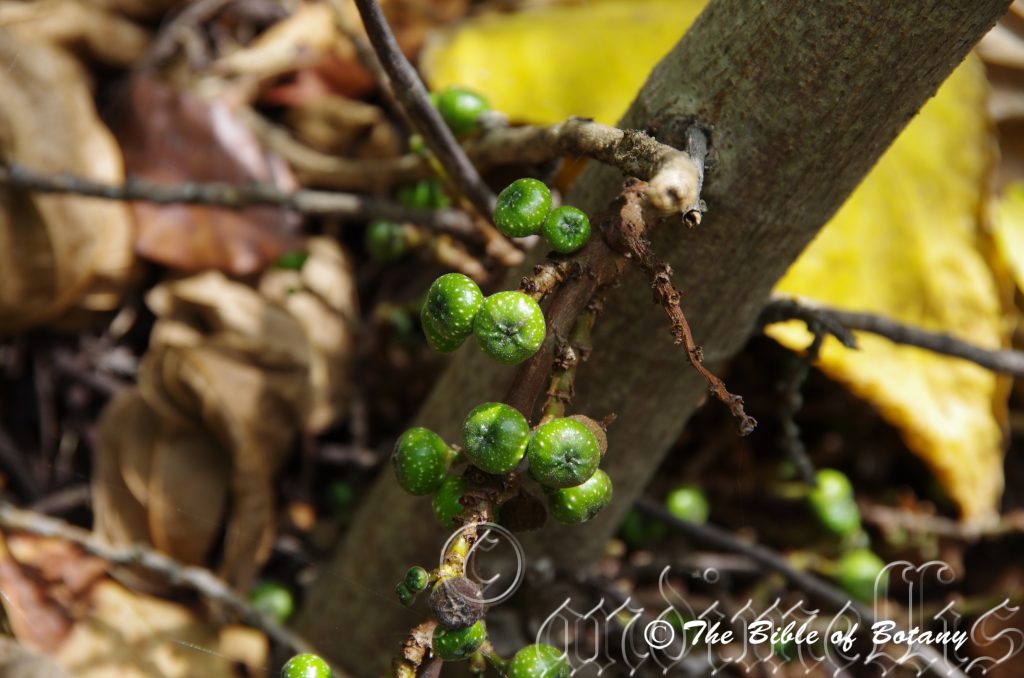
Mount Cootha Botanic Gardens Qld.
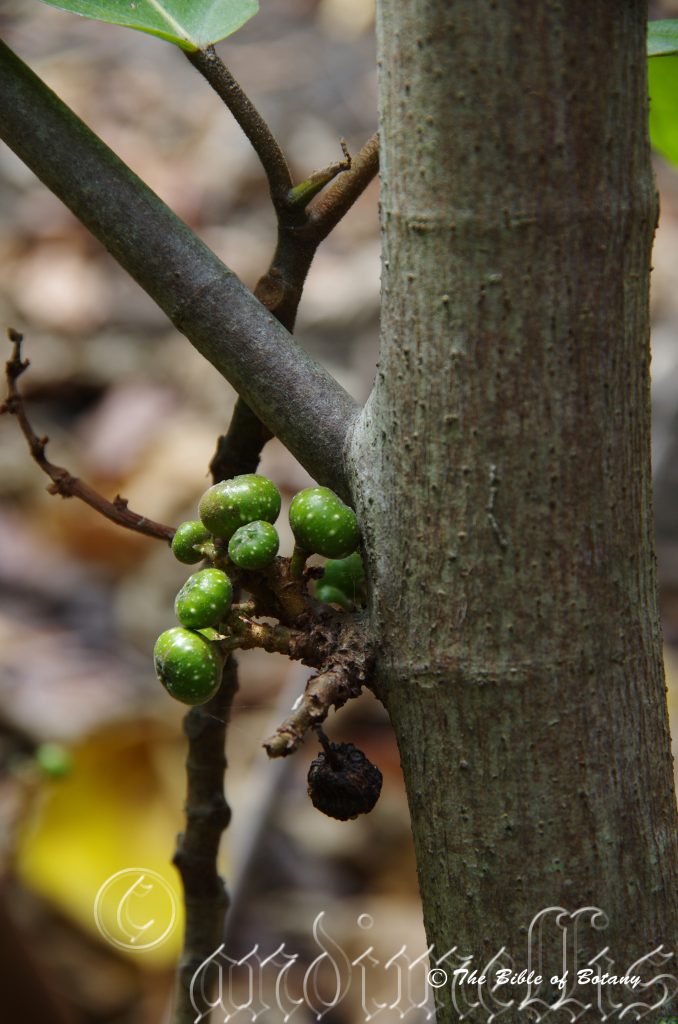
Mount Cootha Botanic Gardens Qld.
Ficus congesta
Classification:
Class: Magnoliophyta
Order: Magnoliopsida
Family: Urticales
Subfamily: Moraceae
Genus: From Ficus, which is Latin for the Mediterranean fig tree. It refers to Australian trees, which are related to the European commercial fig trees.
Specie: From Com/Con, which is Greek/Latin for to come together or with and Genus, which is Latin for a kind or type. It refers to flowers and/or fruits, which are more tightly packed along the spikes than other species in the genus.
Sub specie: Ficus congesta subsp. congesta. From Com/Con, which is Greek/Latin for to come together or with and Genus, which is Latin for a kind or type. It refers to flowers and/or fruits, which are more tightly packed along the spikes than other species in the genus. This is the only subspecies found in Australia.
Common Name: Plentiful Fig or Fig.
Distribution:
Ficus congesta is found along the top end of the Northern Territory to the east coast. In Queensland it is found south from the Torres Strait Islands to near Mackay in far north Queensland.
https://avh.ala.org.au/occurrences/search?taxa=Ficus+congesta#tab_mapView
Habitat Aspect Climate:
Ficus congesta prefers full sun to light shade or dappled shade and usually starts life in light shade preferring disturbed sites or where existing breaks in the canopy occur. It grows in well-developed rain forests, drier seasonal rainforests and monsoonal rainforests. The altitude ranges from 5 meters ASL to 1000 meters ASL.
The temperatures range from 14 degrees in July to 42 degrees in January.
The rainfalls range from lows of 1600mm to 3200mm annually.
Soil Requirements:
Ficus congesta prefers better quality sandy loams to medium clays. The soils are usually derived from decomposed brown basalt, black basalt, metamorphic rocks, sandstone, granite or shale. The soils pH ranges from 5.5pH to 7.5pH are preferred. It does not tolerate waterlogged soils. Non saline soils to moderately saline soils are tolerated.
Height & Spread:
Wild Plants: 15m to 20m by 8m to 12m
Characteristics:
Ficus congesta is not a strangler fig which has a glabrous, mid grey bark and is covered in pustules and horizontal bands. The branches are glabrous grey-brown and often covered in lichens and epiphytes. The branchlets are mid grey-brown and covered in the scars of old leaves and from more recent leaf abscission zones. The hard, smooth bark exudes sticky milky latex. The smaller branches and branchlets are rusty-brown, papery with a scaly texture.
The alternate to sub opposite, crowded leaves of Ficus congesta are ovate to oblong. The leaves measure 120mm to 250mm in length by 80mm to 135mm in width. The lanceolate stipules are sparsely to moderately covered in rusty-brown hirtellous hairs and measure 10mm to 25mm in length. The petioles are covered in minute prickles and produce a watery milky exudate which turns colour similar to the stems and trunk when exposed to the air. The sub oblique bases are rounded while the apexes are acuminate. The discolourous laminas are deep glossy grass-green to sea-green on the upper laminas while the lower laminas are paler and dull. The lamina is flat to slightly raised between some of the veins and recurves upwards slightly from the mid vein to the margins. The leaf margins are entire. The mid vein and lateral veins are strongly prominent on the lower lamina and distinctly visible on the upper lamina.
The syconiums lack external bracts common in most other Ficus species. The male flowers are produced around the ostioles with the perianth fused to form an operculum which ruptures to expose the anther. The style and stigma are bright pinkish-red. There are three bracts at the base of the female flowers.
The fruits of Ficus congesta are depressed globular orange-yellow synconiums that measure 15mm to 15mm in length by 15mm to 20mm in diameter. The fruits are produced cauliforously on the branches and branchlets. The seeds are smooth and glabrous. The orifice is usually closed by the interlocking apical bracts and internal bracts following anthesis.
There are three interlocking external bracts and internal bracts at the ostioles.
Wildlife:
Ficus congesta like all figs produce the fruit first and the flower blooms within the fruit prior to maturation. It needs the services of a small insect usually a minute wasp to enter the fruit through special pores at the apex of the fruit to fertilize them. Many birds like Pigeons, Silver eyes, Honeyeaters, Bower birds and Cat birds frequent the trees for the fruits. At night Possums and Flying foxes join the feast on larger trees. Any fruits that drop to the ground are eagerly sought out by native Mice, Wallabies and Dingoes.
Syconium fruits are those fruits where the flower blooms within the inside of the fruit. Ficus are unique in that each individual specie has its own Agaonid wasp to play cupid. (Hymneoptera Chalchoidea Agaonidae sp.) Without its own specific little cupid wasp the trees cannot produce seed and consequently without its specific tree the wasp cannot reproduce. It is a very fine balance for fertilization and then later for the distribution of seeds where the trees are very reliant on the movement of pigeons. Ficus copiosa is reliant on the several birds which probably include the Superb Pigeon, Compo Fruit dove and the Emerald fruit dove just to mention three.
Cultivation:
Ficus congesta is usually a small tree or multi stemmed large shrub for small gardens. It is suitable for animal shelters as it is very quick growing. The only trees I have seen in cultivation have grown to a maximum of 10 meters in height by 12 meters in diameter. Trees are rather messy every year when the fruit is ripening and do attract several native animals so care should be taken in positioning the trees. The roots system though small compared to other Ficus it is still quite aggressive around sewer lines and foundations. This Ficus is a slower grower than the other species but once they start to fruit can produce large quantities.
I have not had the chance to grow Ficus congesta for the fruit but would assume that given a regular fertilizing regime, mulch and water the trees could become very productive.
Propagation:
Seeds: Sow fresh Ficus congesta seeds into a seed raising mix. When the seedlings are 30mm to 50mm tall, prick them out and plant them into 50mm native tubes using a good organic mix.
Once the seedlings reach 200mm to 250mm in height plant them out into their permanent position. Mass plantings as a tree would need the seedlings to be planted at 12 meters to 15 meters a part. They show potential as a shrub if pruning of branches to prevent any trunk from forming is possible. This will allow better harvesting of fruits in the future though some trees are very cauliferous.
Ficus make excellent Bonsai and topiary specimens and this one is probably no exception.
Fertilize using seaweed, fish emulsion or organic chicken pellets soaked in water on an alternate basis. Fertilize every two months until the plants are established then twice annually in early September or March to maintain health and vitality.
Cuttings: Use 200mm to 250mm long healthy old wood from the previous season. The material when growing from cuttings should be taken from trees with good fruiting habits or qualities you prefer.
Use 100mm to 150mm long healthy old wood from the previous season. The material when growing from cuttings should be taken from trees with qualities you prefer. Take them in mid-autumn or early spring.
1 Prepare the cutting mix by adding one third sharp clean river sand, one third peat and one third perlite. These ingredients are sterilize,
2 Select good material from non diseased plants,
3 Select semi green stems for cuttings. Look for a stem with two or three nodes,
4 Place the cutting on a flat, hard surface, and make a clean cut down one side of the cutting at the base for 10mm with a sharp sterile knife or razor blade. – This scarification of the node will increase the chances of roots emerging from this spot. Now remove all but one or two the leaves, leaving the apex leaves in tact. If the leaves are very large in proportion to the stem, cut off the apical halves.
5 Fill a saucer with water, and place a little weak to medium rooting hormone into another container like a milk bottle top. Dip the node end of the cutting into the water and then into the rooting hormone. Tap off any excess hormone,
6 Use a small dipple stick or old pencil to poke a hole into the soilless potting mix. Ensure the hole is slightly larger than the stem diameter and be careful not to wipe the rooting hormone off the cuttings base, place the cuttings in a pattern ensuring the cuttings are not touching each other,
7 I like to place the pots in Plastic bags to help maintain temperature and moisture. Place in a semi shaded place like under 50mm shade cloth.
8 When the cuttings have struck, open the bag to allow air circulation for a few days to a week,
9 Once hardened off remove the cuttings from the bag and allow to further hardening for a few more days,
10 Transplant into a good potting mix to grow on.
Further Comments from Readers:
Hi reader, it seems you use The Bible of Botany a lot. That’s great as we have great pleasure in bringing it to you! It’s a little awkward for us to ask, but our first aim is to purchase land approximately 1,600 hectares to link several parcels of N.P. into one at The Pinnacles NSW Australia, but we need your help. We’re not salespeople. We’re amateur botanists who have dedicated over 30 years to saving the environment in a practical way. We depend on donations to reach our goal. If you donate just $5, the price of your coffee this Sunday, We can help to keep the planet alive in a real way and continue to bring you regular updates and features on Australian plants all in one Botanical Bible. Any support is greatly appreciated. Thank you.
In the spirit of reconciliation we acknowledge the Bundjalung, Gumbaynggirr and Yaegl and all aboriginal nations throughout Australia and their connections to land, sea and community. We pay our respect to their Elders past, present and future for the pleasures we have gained.
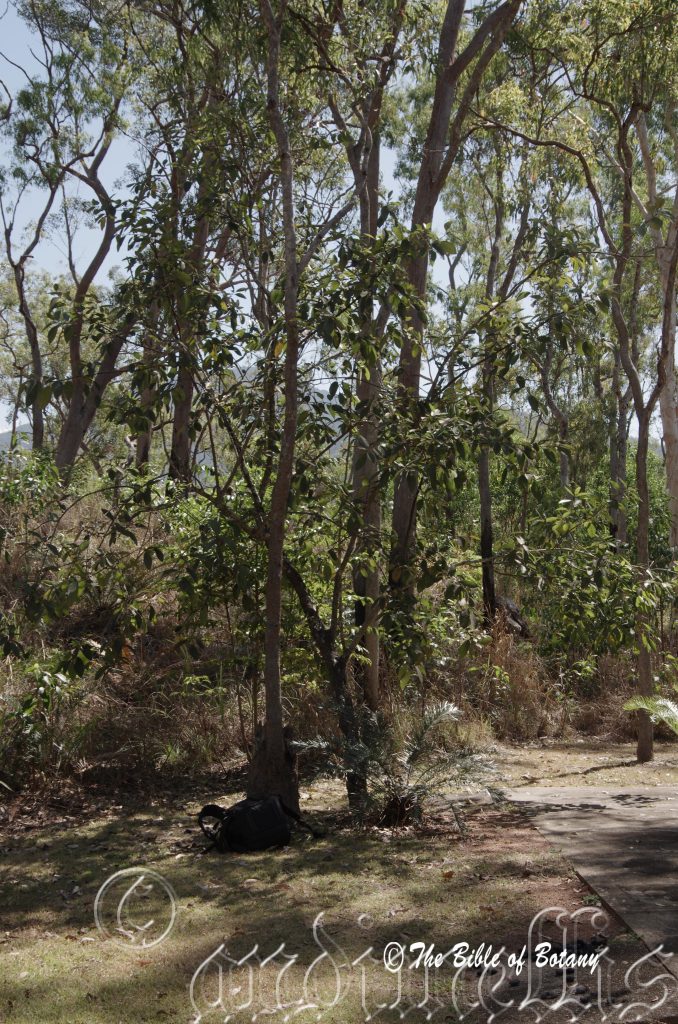
Paluma Range National Park Qld. Mount Cootha Botanic Gardens Qld.
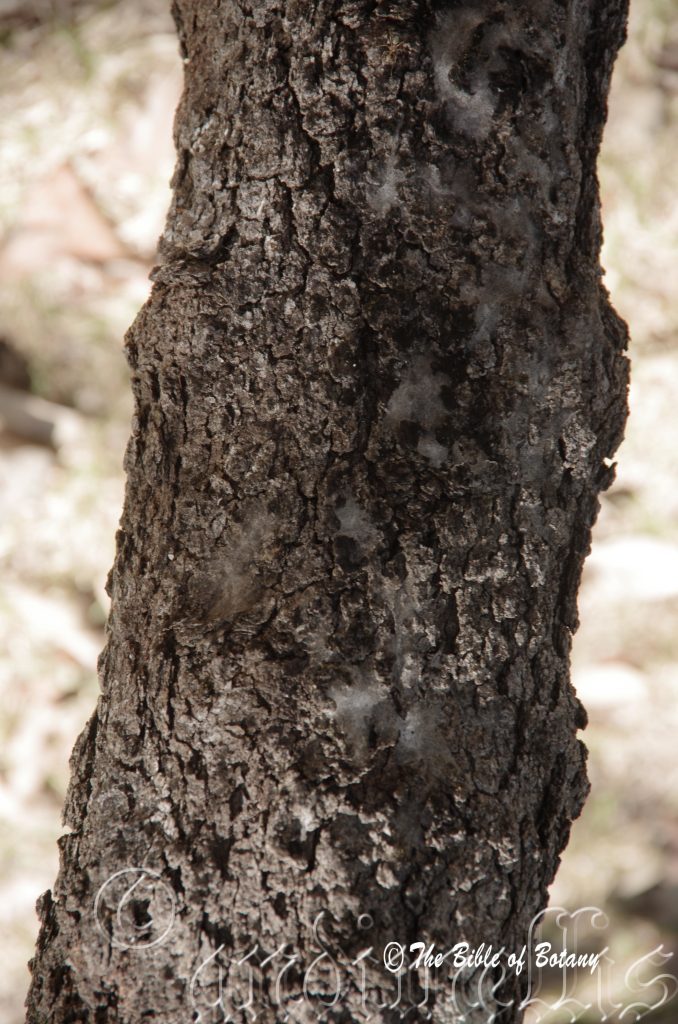
Paluma Range National Park Qld.
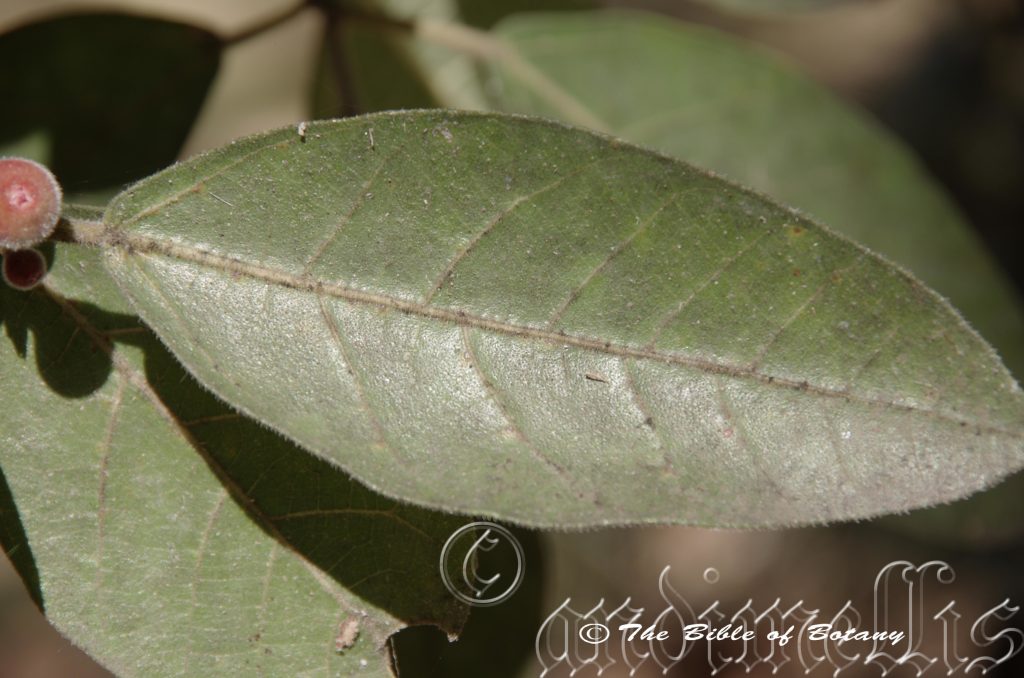
Paluma Range National Park Qld.
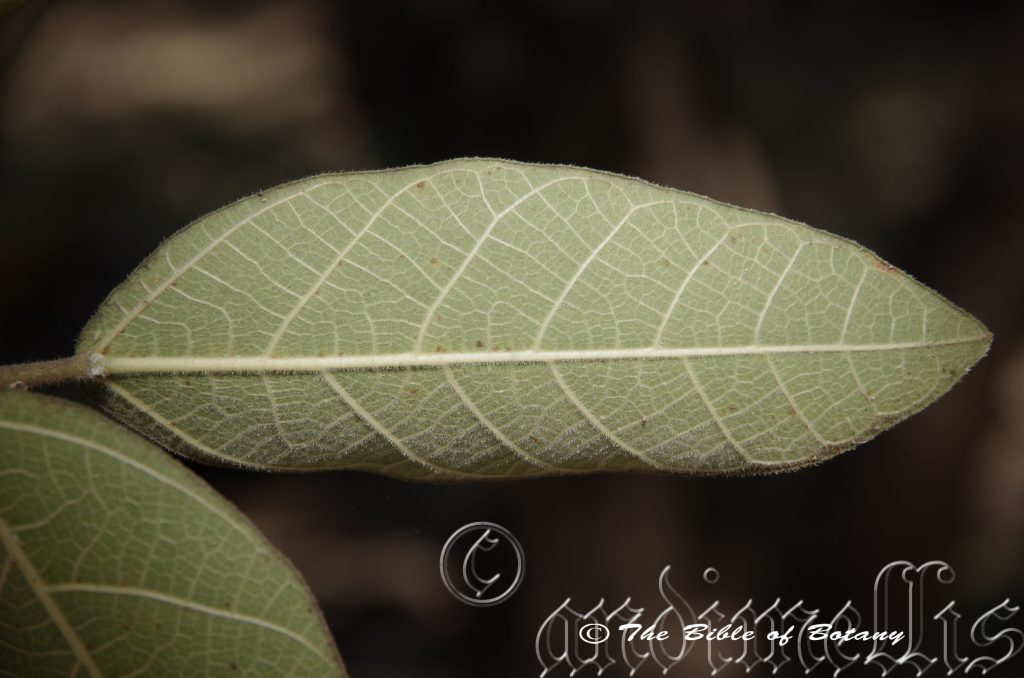
Paluma Range National Park Qld.
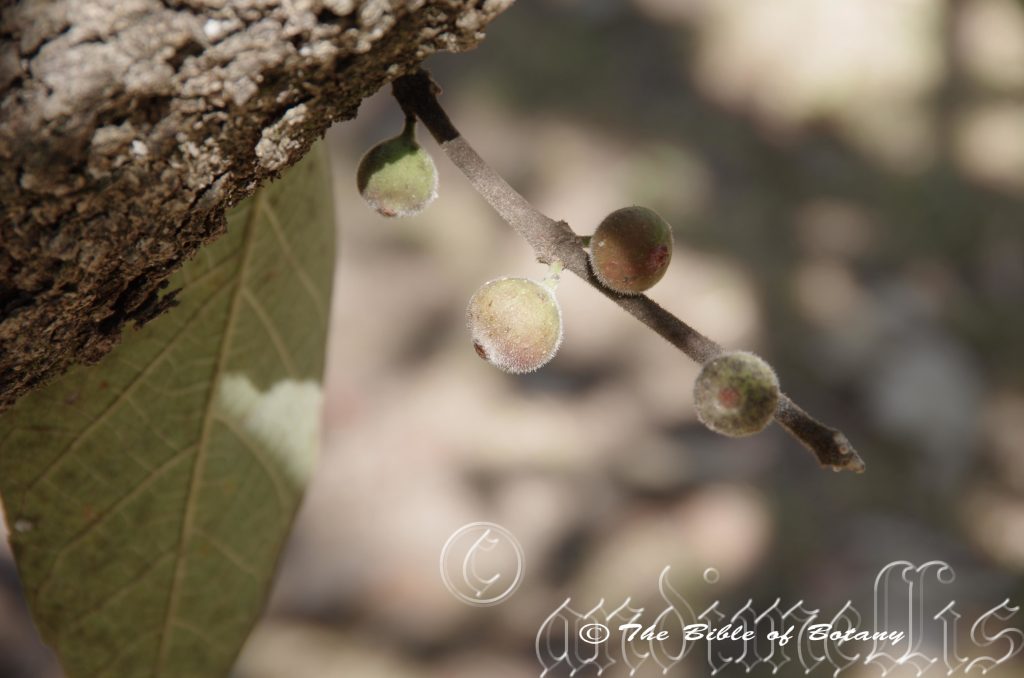
Paluma Range National Park Qld.
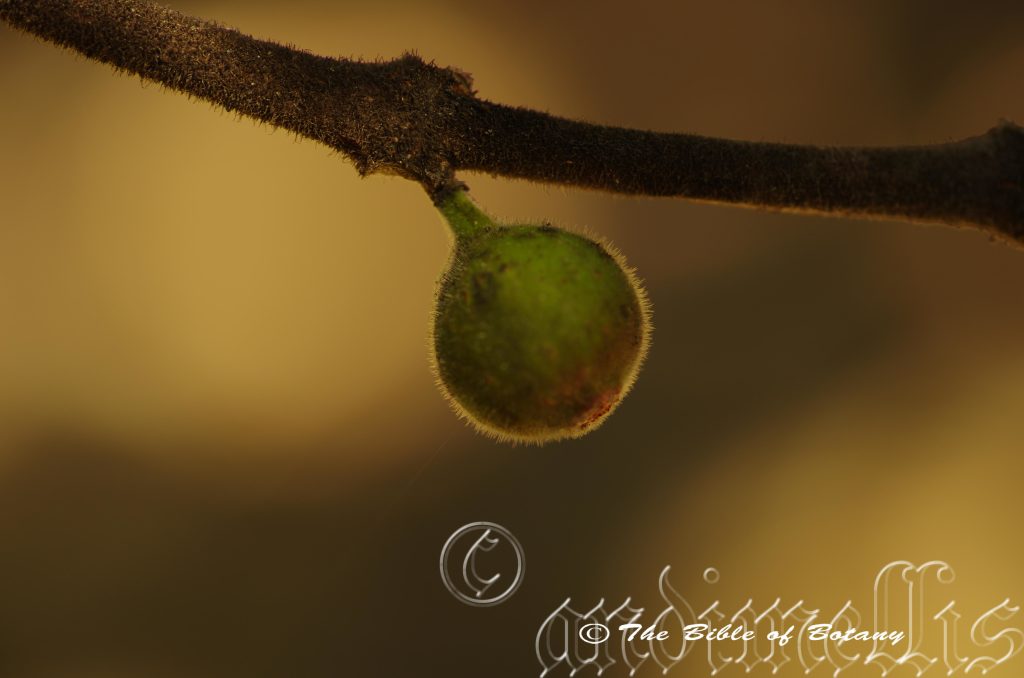
Paluma Range National Park Qld.
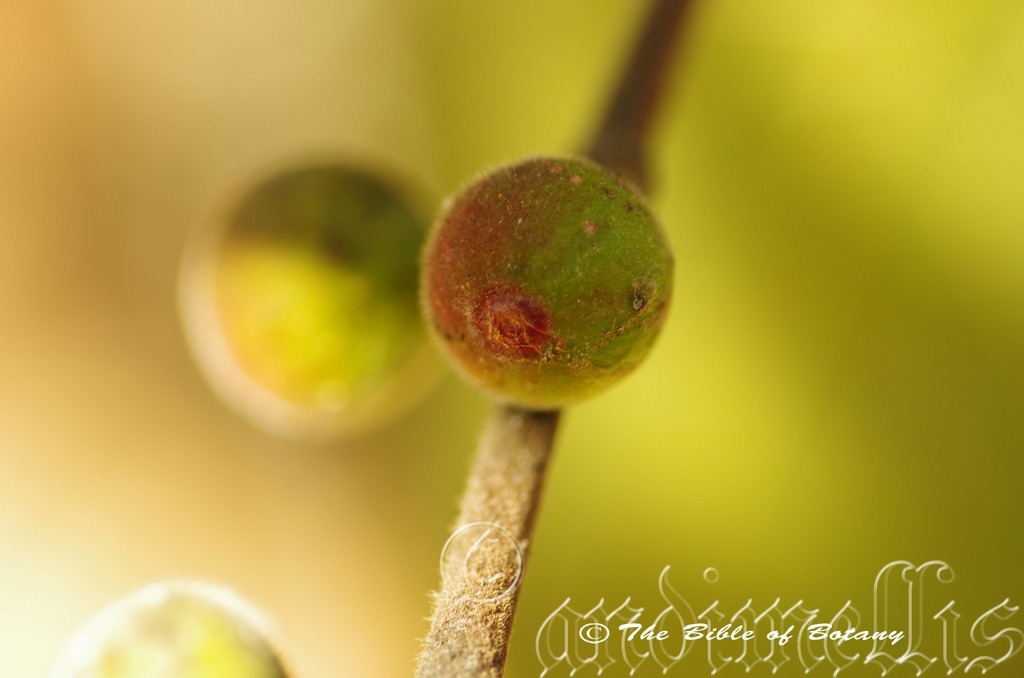
Paluma Range National Park Qld.
Ficus copiosa
Classification:
Class: Magnoliophyta
Order: Urticales
Family: Moraceae
Genus: From Ficus, which is Latin for the Mediterranean fig tree. It refers to Australian trees, which are related to the European commercial fig trees.
Specie: From Copiosus, which is Latin for abundant or plentiful. It refers to the plants, which produced abundantly along the branches and stems.
Sub specie:
Common Name: Plentiful Fig or Fig.
Distribution:
Ficus copiosa is found on and east of the Great Dividing Range in several disjunct populations south from the Steve Irwin Wildlife Reserve to Byfield National Park and some of the off shore Islands in far north Queensland.
https://avh.ala.org.au/occurrences/search?taxa=Ficus+copiosa#tab_mapView
Habitat Aspect Climate:
Ficus copiosa prefers full sun to light shade or dappled shade and usually starts life in dense shade as an understory plant. It grows in well-developed rain forests and drier seasonal rainforests. The altitude ranges from 5 meters ASL to 780 meters ASL.
The temperatures range from 4 degrees in July to 38 degrees in January.
The rainfalls range from lows of 800mm to 3200mm annually.
Soil Requirements:
Ficus copiosa prefers better quality sandy loams to medium clays. The soils are usually derived from decomposed brown basalt, black basalt, metamorphic rocks, sandstone, granite, shale or at times a mixture with accumulated coral sands. The soils pH ranges from 5pH to 7.5pH are preferred. It does not tolerate waterlogged soils. Non saline soils to moderately saline soils are tolerated.
Height & Spread:
Wild Plants: 15m to 20m by 5m to 15m
Characteristics:
Ficus copiosa is not a strangler fig which has a glabrous, mid grey bark. The branches are glabrous grey-brown and often covered in lichens and epiphytes. The branchlets are mid grey-brown and covered in the scars of old leaves and from more recent leaf abscission zones. The bark exudes clear exudates which usually turns brownish-red or pinkish-brown soon after being exposed to the air. The leafy twigs are quite thick measuring 3mm to 10mm in diameter.
The alternate to sub opposite, crowded leaves of Ficus copiosa are ovate to oblong. The leaves measure 100mm to 250mm in length by 50mm to 120mm in width. The stipules measure 5mm to 15mm in length. The petioles are covered in minute prickles and produce a watery milky exudate which turns colour similar to the stems and trunk when exposed to the air. The symmetrical bases are cuneate to broad cuneate while the apexes are acute. The discolourous laminas are deep green to sea-green and are densely covered in minute prickles on the upper lamina while the lower lamina is paler and moderately covered in the minute prickles. The prickles give the laminas a sandpapery texture and feel. The laminas are flat and recurve slightly upwards from the mid vein to the margins and gently decurve downwards from the base to the apex. The mid vein is strongly prominent on the lower lamina while the lateral veins are slightly prominent on the lower lamina. The leaf margins are entire.
The long, narrow tepals are pink when new with long hirtellous hairs on the apical section. The male flowers are produced around the ostioles. The style is pink turning brown immediately following anthesis.
The fruits are depressed globular to oblong syconium that measure 30mm to 42mm in length by 40mm to 52mm in diameter. The fruits are produced cauliforously on the trunk, branches and branchlets. The seeds are smooth and glabrous. The orifice is usually closed by the interlocking apical bracts and internal bracts following anthesis.
Wildlife:
Ficus copiosa like all figs produce the fruit first and the flower blooms within the fruit prior to maturation. It needs the services of a small insect usually a minute wasp to enter the fruit through special pores at the apex of the fruit to fertilize them. Many birds like Pigeons, Silver eyes, Honeyeaters, Bower birds and Cat birds frequent the trees for the fruits. At night Possums and Flying foxes join the feast on larger trees. Any fruits that drop to the ground are eagerly sought out by native Mice, Wallabies and Dingoes.
Syconium fruits are those fruits where the flower blooms within the inside of the fruit. Ficus are unique in that each individual specie has its own Agaonid wasp to play cupid. (Hymneoptera Chalchoidea Agaonidae sp.) Without its own specific little cupid wasp the trees cannot produce seed and consequently without its specific tree the wasp cannot reproduce. It is a very fine balance for fertilization and then later for the distribution of seeds where the trees are very reliant on the movement of pigeons. Ficus copiosa is reliant on the several birds which probably include the Superb Pigeon, Compo Fruit dove and the Emerald fruit dove just to mention three.
Cultivation:
Ficus copiosa is a beautiful tree for small gardens. It is suitable for animal shelters as it is very quick growing. The only trees I have seen in cultivation have grown to a maximum of 10 meters in height by 12 meters in diameter. Trees are rather messy every year when the fruit is ripening and do attract several native animals so care should be taken in positioning the trees. The roots system though small compared to other Ficus it is still quite aggressive around sewer lines and foundations. This Ficus is a slower grower than the other species but once they start to fruit can produce large quantities.
I have not had the chance to grow Ficus copiosa for the fruit but would assume that given a regular fertilizing regime, mulch and water the trees could become very productive.
Propagation:
Seeds: Sow fresh Ficus copiosa seeds into a seed raising mix. When the seedlings are 30mm to 50mm tall, prick them out and plant them into 50mm native tubes using a good organic mix.
Once the seedlings reach 200mm to 250mm in height plant them out into their permanent position. Mass plantings as a tree would need the seedlings to be planted at 12 meters to 15 meters a part. They show potential as a shrub if pruning of branches to prevent any trunk from forming is possible. This will allow better harvesting of fruits in the future though some trees are very cauliferous.
Ficus make excellent Bonsai and topiary specimens and this one is probably no exception.
Fertilize using seaweed, fish emulsion or organic chicken pellets soaked in water on an alternate basis. Fertilize every two months until the plants are established then twice annually in early September or March to maintain health and vitality.
Cuttings: Use 200mm to 250mm long healthy old wood from the previous season. The material when growing from cuttings should be taken from trees with good fruiting habits or qualities you prefer. Take them in mid-autumn or early spring.
1 Prepare the cutting mix by adding one third sharp clean river sand, one third peat and one third perlite. These ingredients are sterilize,
2 Select good material from non diseased plants,
3 Select semi green stems for cuttings. Look for a stem with two or three nodes,
4 Place the cutting on a flat, hard surface, and make a clean cut down one side of the cutting at the base for 10mm with a sharp sterile knife or razor blade. – This scarification of the node will increase the chances of roots emerging from this spot. Now remove all but one or two the leaves, leaving the apex leaves in tact. If the leaves are very large in proportion to the stem, cut off the apical halves.
5 Fill a saucer with water, and place a little weak to medium rooting hormone into another container like a milk bottle top. Dip the node end of the cutting into the water and then into the rooting hormone. Tap off any excess hormone,
6 Use a small dipple stick or old pencil to poke a hole into the soilless potting mix. Ensure the hole is slightly larger than the stem diameter and be careful not to wipe the rooting hormone off the cuttings base, place the cuttings in a pattern ensuring the cuttings are not touching each other,
7 I like to place the pots in Plastic bags to help maintain temperature and moisture. Place in a semi shaded place like under 50mm shade cloth.
8 When the cuttings have struck, open the bag to allow air circulation for a few days to a week,
9 Once hardened off remove the cuttings from the bag and allow to further hardening for a few more days,
10 Transplant into a good potting mix to grow on.
Further Comments from Readers:
Hi reader, it seems you use The Bible of Botany a lot. That’s great as we have great pleasure in bringing it to you! It’s a little awkward for us to ask, but our first aim is to purchase land approximately 1,600 hectares to link several parcels of N.P. into one at The Pinnacles NSW Australia, but we need your help. We’re not salespeople. We’re amateur botanists who have dedicated over 30 years to saving the environment in a practical way. We depend on donations to reach our goal. If you donate just $5, the price of your coffee this Sunday, We can help to keep the planet alive in a real way and continue to bring you regular updates and features on Australian plants all in one Botanical Bible. Any support is greatly appreciated. Thank you.
In the spirit of reconciliation we acknowledge the Bundjalung, Gumbaynggirr and Yaegl and all aboriginal nations throughout Australia and their connections to land, sea and community. We pay our respect to their Elders past, present and future for the pleasures we have gained.
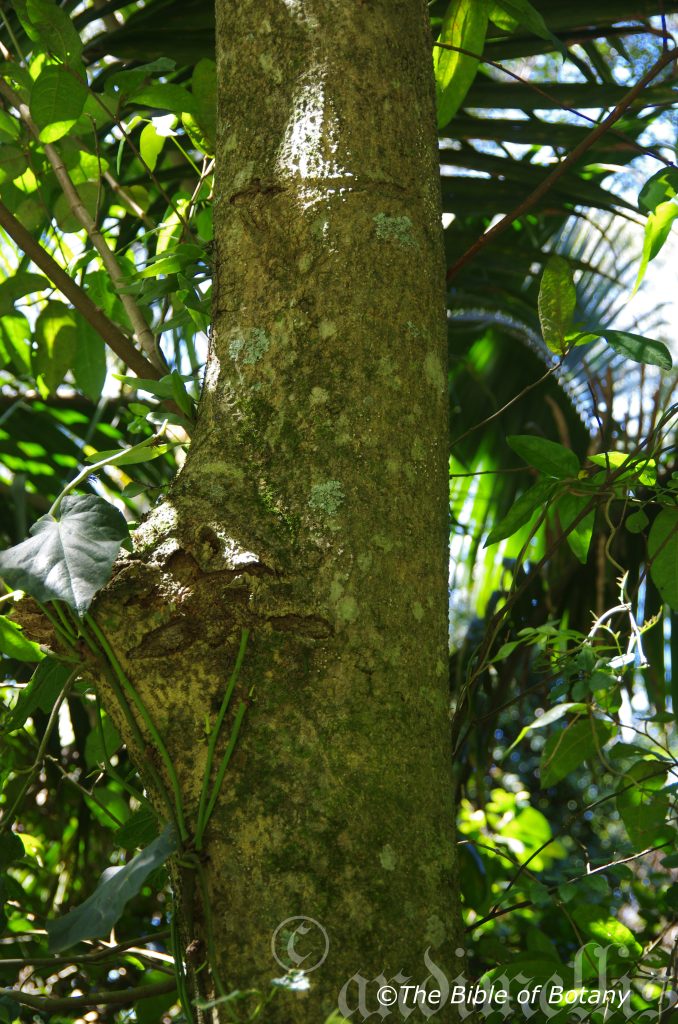
Washpool National Park NSW
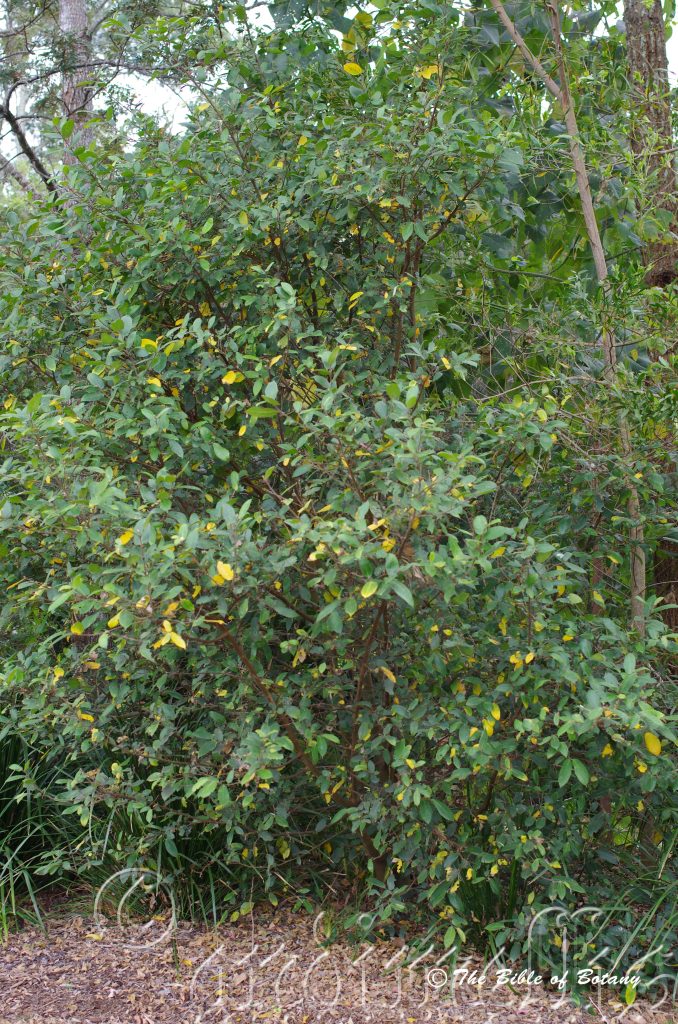
Brookside Qld.
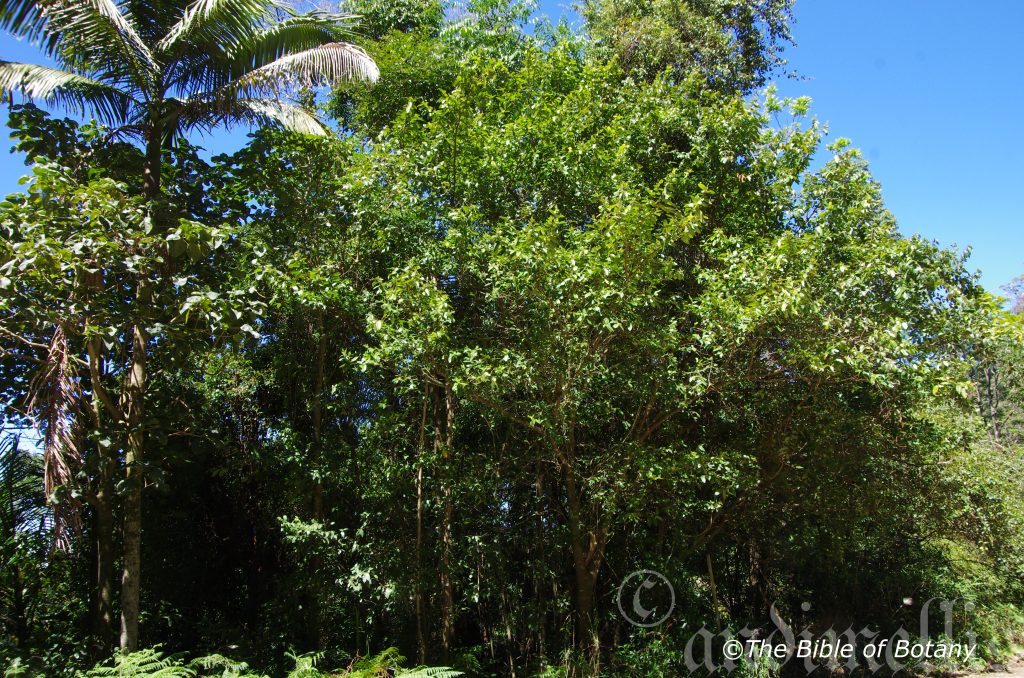
Washpool National Park NSW
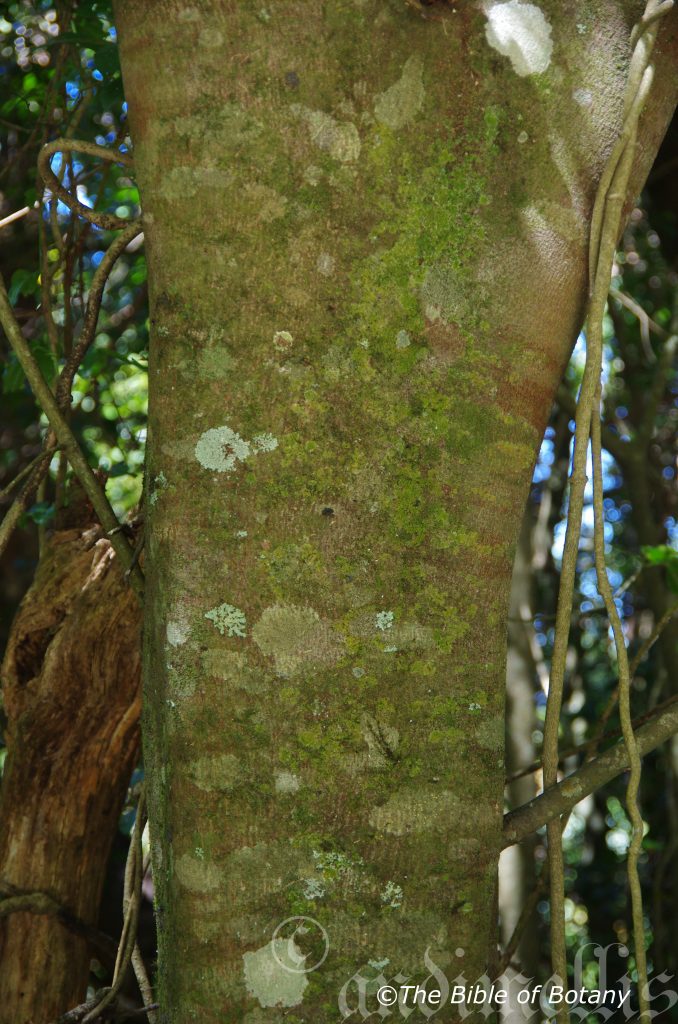
Washpool National Park NSW
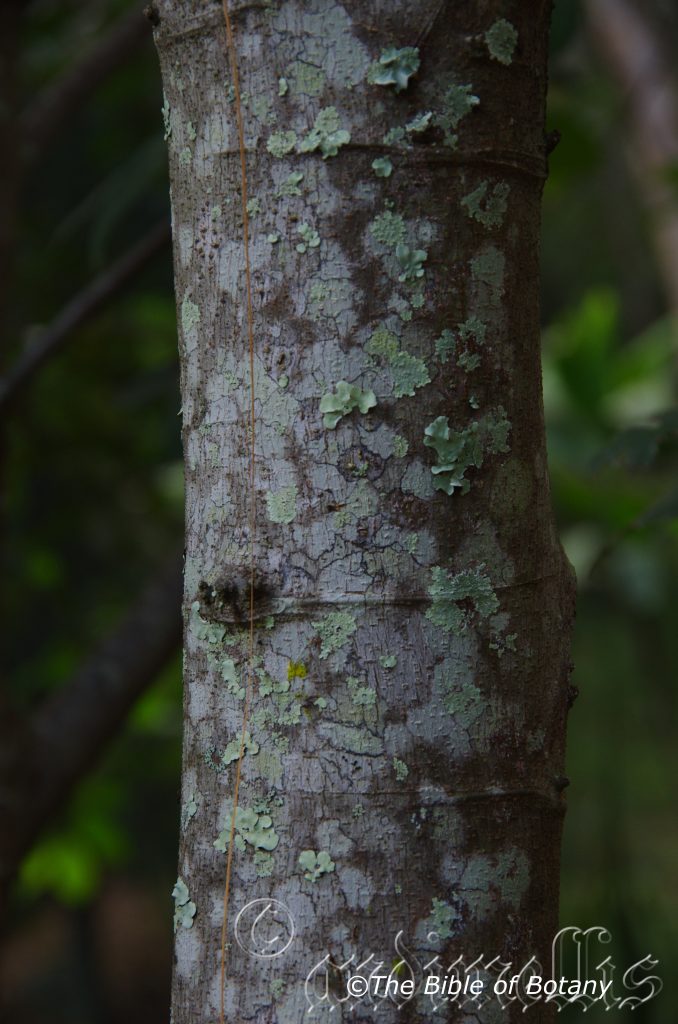
Rosser Gardens Benowa Qld.
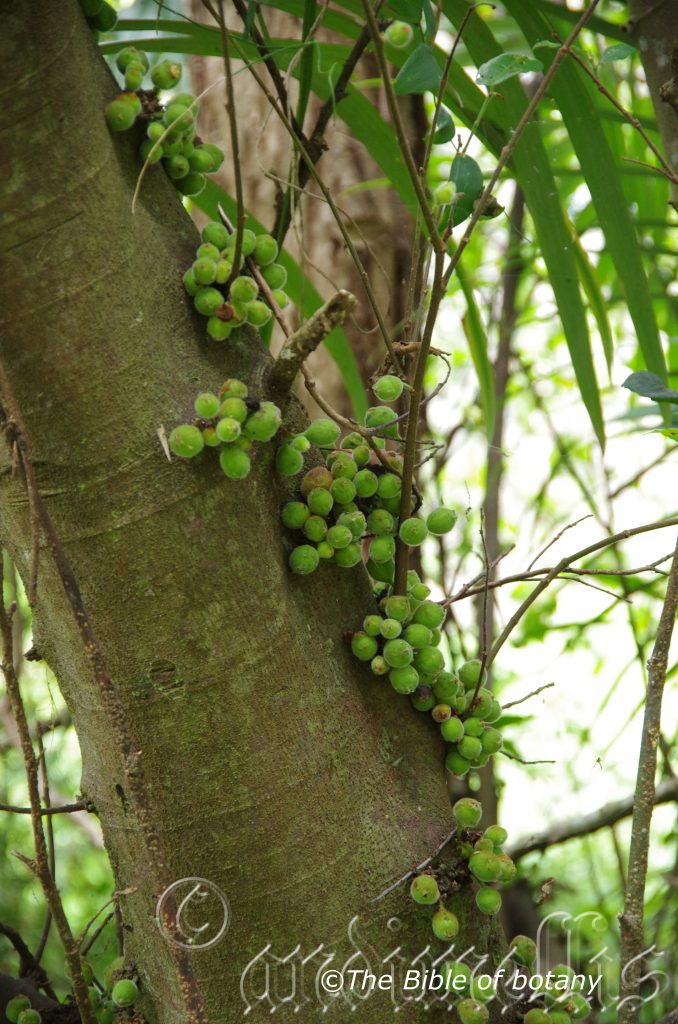
Capalaba Qld.
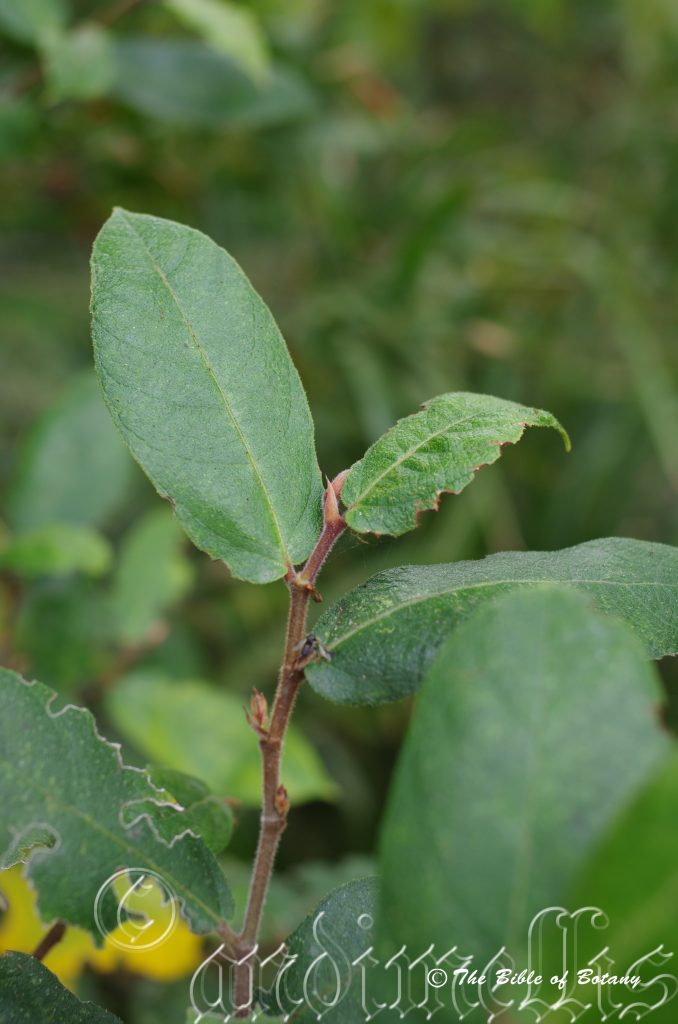
Brookside Qld.
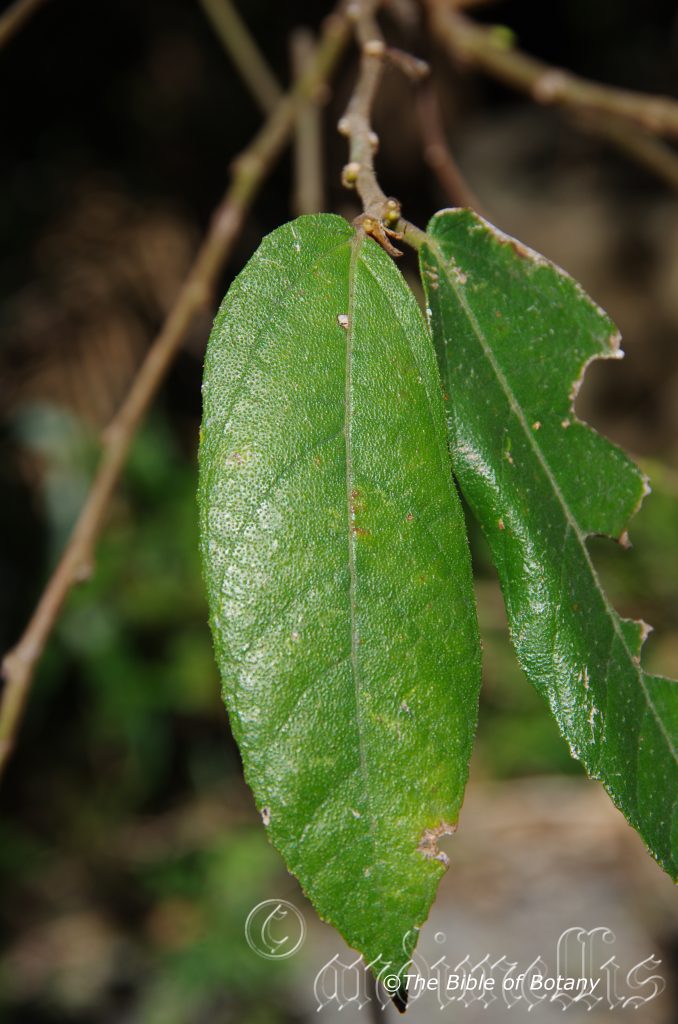
Washpool National Park NSW
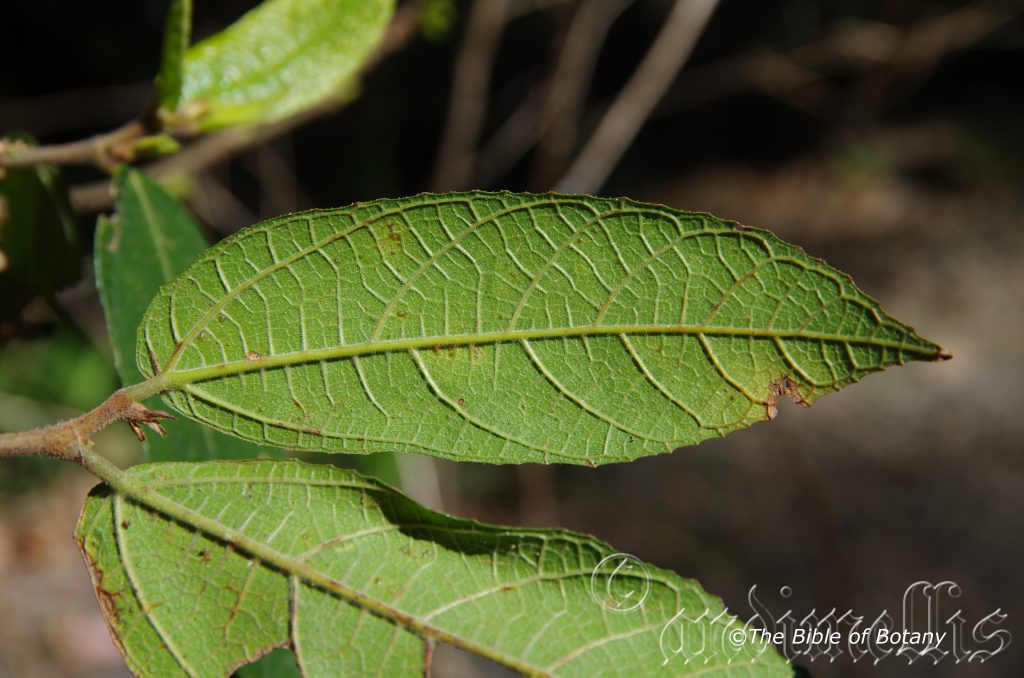
Washpool National Park NSW
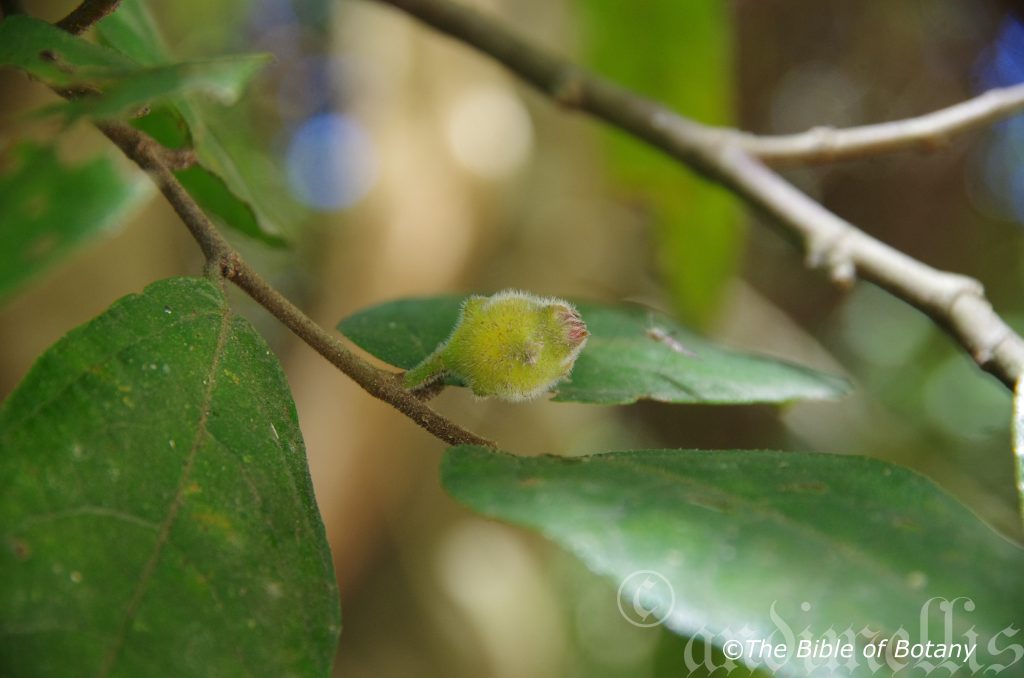
Washpool National Park NSW
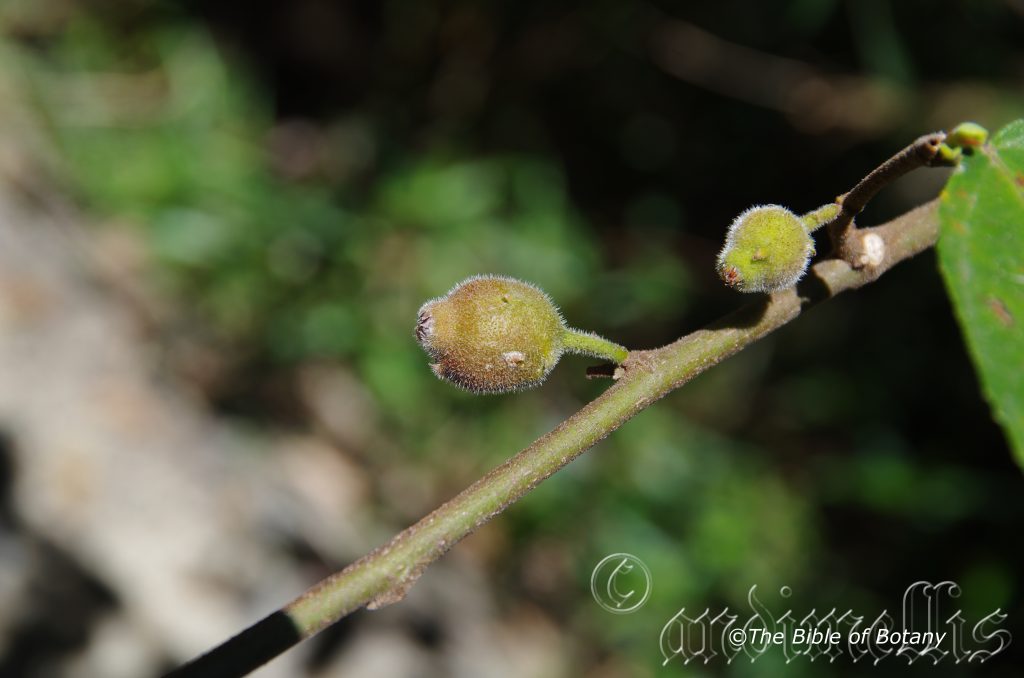
Washpool National Park NSW
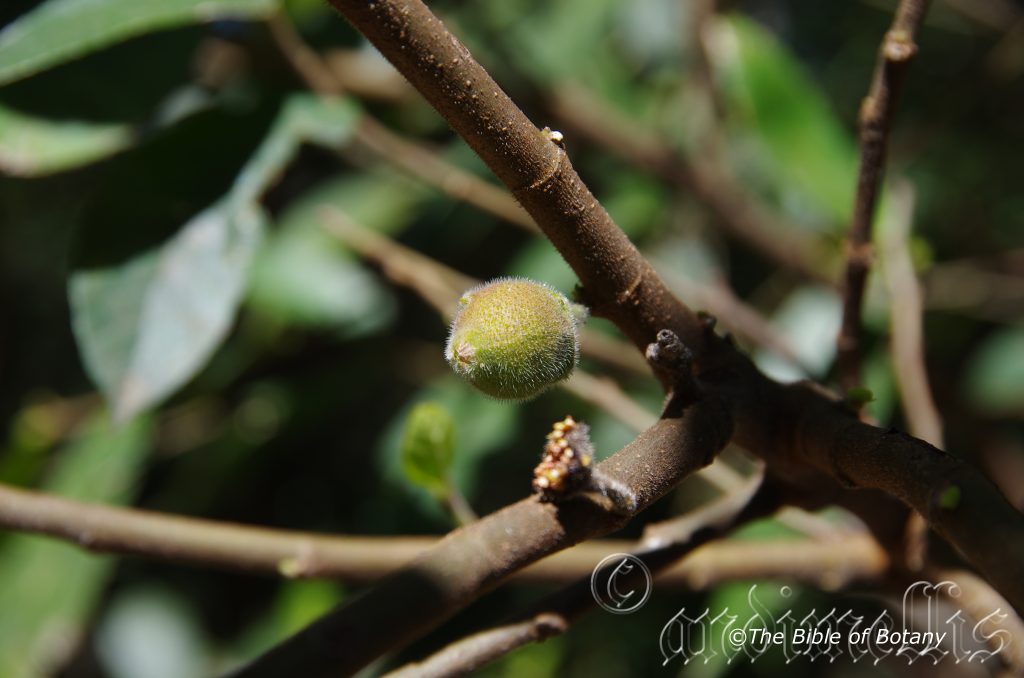
Washpool National Park NSW
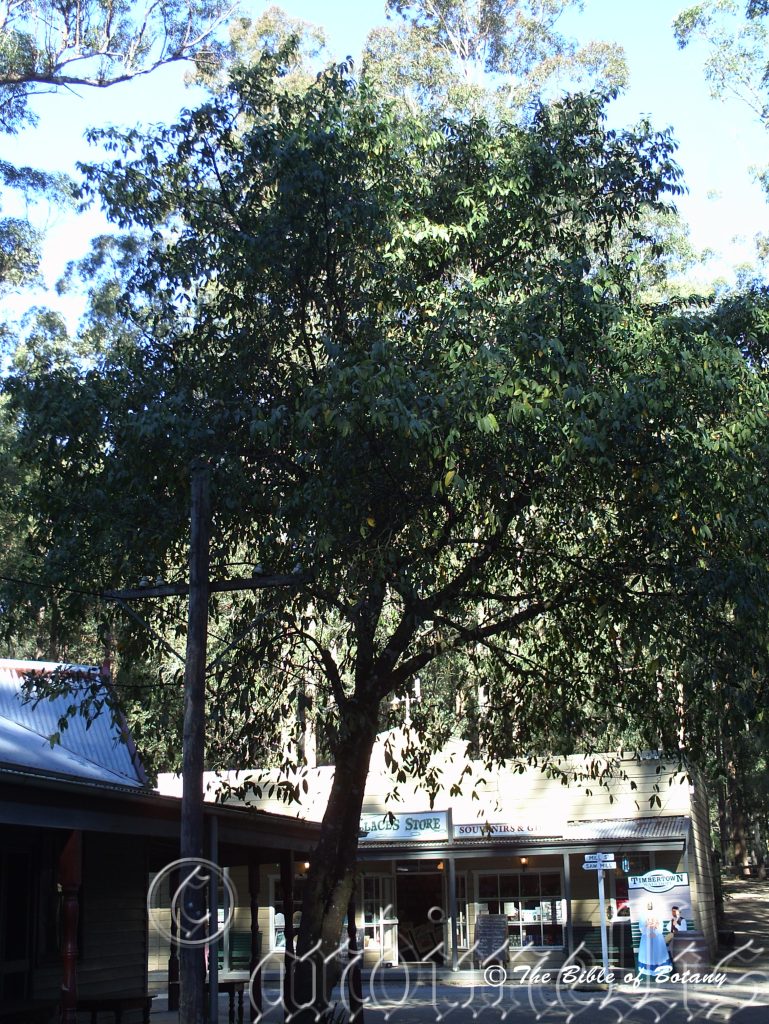
Ficus coronata
Classification:
Class: Magnoliophyta
Order: Magnoliopsida
Family: Urticales
Subfamily: Moraceae
Genus: From Ficus, which is Latin for the Mediterranean fig tree. It refers to Australian trees, which are related to the European commercial fig trees.
Specie: From Coronatum, which is Latin fora crown or small garland. It refers to a description of a plant which has the flowers forming a crown around the apex of the stems or being persistent as a ring around the apex of the fruits.
Common Name: Sandpaper Fig or Creek Fig.
In the Gumbaynggirr Aboriginal language it is known as Gaagunyga.
Distribution:
Ficus coronata is mainly found on and east of the Great Dividing Range south from Townsville in far north Queensland to Malacoota in Victoria.
It is also found north east from Kakadu National Park and Katherine Gorge in the Northern Territory to the mouth of the Roper River. It could be more widespread in the Northern Territory and northern Queensland than has been reported.
https://avh.ala.org.au/occurrences/search?taxa=Ficus+coronata#tab_mapView
Habitat Aspect Climate:
Ficus coronata prefers full sun to light shade or dappled sun light and usually starts life in dense shade as an understory plant. It grows adjacent to dry rainforests or wet Eucalyptus forests in openings along riverine and riparian rain forests and disturbed land. The altitude ranges from 5 meters ASL to 350 meters ASL.
The temperatures range from 0 degrees in July to 38 degrees in January.
The rainfalls range from lows of 800mm to 3200mm annually.
Soil Requirements:
Ficus coronata prefers rich fertile sandy loams, to light clay loams. The soils are usually derived from decomposed brown basalt, black basalt, metamorphic rocks, sandstone or shale. The soils pH ranges from 5pH to 6pH are preferred. It does not tolerate waterlogged soils. Non saline soils to moderately saline soils are tolerated.
Height & Spread:
Wild Plants: 15m to 20m by 5m to 7m.
Characteristics:
Ficus coronata has a scabrous, deep grey-brown bark. The branches are scabrous deep grey-brown and often covered in lichens and epiphytes. The branchlets are similar to the branches however it is densely covered in brown hairs puberulent hairs.
The alternate to sub opposite, ovate to oblong, leaves of Ficus coronata measure 50mm to 100mm in length by 20mm to 50mm in width. The discolourous laminas are deep sea green and strongly scabrous on the upper lamina while the lower lamina is pale green to almost creamy green and sparsely to moderately covered in rusty pubescent hairs. The mid vein and lateral veins are strongly prominent on the lower lamina. The bases are rounded, symmetrical or oblique while the apexes are broadly acuminate, apiculate or obtuse. The leaf margins are entire or finely toothed and maybe slightly lobed. The leaves are larger and more often lobed on juvenile trees. The petioles are covered in rusty hirsute hairs and measure 5mm to 10mm long. There are two linear stipules at the base of the petiole which measure 8mm to 10mm in length. The stipules are covered in rusty hirsute hairs
Ficus coronata fruits are an ellipsoidal to globose fleshy berries. The berries are produced singularly or in small clusters from the leaf axis or Cauliforously, that is along the trunk and branches. The berries turn black or purplish black when ripe. It is covered in fawn to rusty puberulent to hirtellous hairs and measure 18mm to 20mm in length by 14mm to 16mm in diameter. The pedicels measure 5mm to 12mm long. Fruits are born from January to August.
Wildlife:
Ficus coronata like all figs produce the fruit first and the flower blooms within the fruit. It needs the services of a small insect usually a minute wasp to enter the fruit through special pores at the apex of the fruit to fertilize them. Many birds like Pigeons, Silver eyes, Honeyeaters, Bower birds and Cat birds frequent the trees for the fruits. At night Possums and Flying foxes join the feast on larger trees. Any fruits that drop to the ground are eagerly sought out by native Mice, Wallabies and Dingoes.
Like all figs produce the fruit first and the flower blooms within the fruit. Syconium fruits are those fruits where the flower blooms within the inside of the fruit. Ficus are unique in that each individual specie has its own Agaonid wasp to play cupid. (Hymneoptera Chalchoidea Agaonidae sp. Without its own specific little cupid wasp the trees cannot produce seed and consequently without its specific tree the wasp cannot reproduce. It is a very fine balance for fertilization and then later for the distribution of seeds where the trees are very reliant on the movement of pigeons. Ficus benjamina is reliant on the Superb Pigeon, Compo Fruit dove and the Emerald fruit dove just to mention three.
Cultivation:
Ficus coronata is a beautiful tree for small gardens. It is suitable for animal shelters as it is very quick growing. In cultivation the trees will grow to a maximum of 12 meters by 10 meters wide but usually it is much smaller to around 5 meters by 5 meters when grown in the open as a fruit tree. Trees are rather messy every year when the fruit is ripening and do attract several native animals so care should be taken in positioning the trees. The roots system though small compared to other Ficus it is still quite aggressive around sewer lines and foundations. This Ficus is a slower grower than the other species but once they start to fruit can produce large quantities.
I have not had the chance to grow Ficus coronata for the fruit but would assume that given a regular fertilizing regime, mulch and water the trees could become very productive.
Propagation:
Seeds: Sow fresh Ficus coronata seeds into a seed raising mix. When the seedlings are 30mm to 50mm tall, prick them out and plant them into 50mm native tubes using a good organic mix.
Once the seedlings reach 200mm to 250mm in height plant them out into their permanent position. Mass plantings as a tree would need the seedlings to be planted at 12 meters to 15 meters a part. They show potential as a shrub if pruning of branches to prevent any trunk from forming is possible. This will allow better harvesting of fruits in the future though some trees are very cauliferous.
Ficus make excellent Bonsai and topiary specimens and this one is no exception.
Fertilize using seaweed, fish emulsion or organic chicken pellets soaked in water on an alternate basis. Fertilize every two months until the plants are established then twice annually in early September or March to maintain health and vitality.
Cuttings: Use 200mm to 250mm long healthy old wood from the previous season. The material when growing from cuttings should be taken from trees with good fruiting habits or qualities you prefer. Take them in mid-autumn or early spring.
1 Prepare the cutting mix by adding one third sharp clean river sand, one third peat and one third perlite. These ingredients are sterilize,
2 Select good material from non diseased plants,
3 Select semi green stems for cuttings. Look for a stem with two or three nodes,
4 Place the cutting on a flat, hard surface, and make a clean cut down one side of the cutting at the base for 10mm with a sharp sterile knife or razor blade. – This scarification of the node will increase the chances of roots emerging from this spot. Now remove all but one or two the leaves, leaving the apex leaves in tact. If the leaves are very large in proportion to the stem, cut off the apical halves.
5 Fill a saucer with water, and place a little weak to medium rooting hormone into another container like a milk bottle top. Dip the node end of the cutting into the water and then into the rooting hormone. Tap off any excess hormone,
6 Use a small dipple stick or old pencil to poke a hole into the soilless potting mix. Ensure the hole is slightly larger than the stem diameter and be careful not to wipe the rooting hormone off the cuttings base, place the cuttings in a pattern ensuring the cuttings are not touching each other,
7 I like to place the pots in Plastic bags to help maintain temperature and moisture. Place in a semi shaded place like under 50mm shade cloth.
8 When the cuttings have struck, open the bag to allow air circulation for a few days to a week,
9 Once hardened off remove the cuttings from the bag and allow to further hardening for a few more days,
10 Transplant into a good potting mix to grow on.
Further Comments from Readers:
Hi reader, it seems you use The Bible of Botany a lot. That’s great as we have great pleasure in bringing it to you! It’s a little awkward for us to ask, but our first aim is to purchase land approximately 1,600 hectares to link several parcels of N.P. into one at The Pinnacles NSW Australia, but we need your help. We’re not salespeople. We’re amateur botanists who have dedicated over 30 years to saving the environment in a practical way. We depend on donations to reach our goal. If you donate just $5, the price of your coffee this Sunday, We can help to keep the planet alive in a real way and continue to bring you regular updates and features on Australian plants all in one Botanical Bible. Any support is greatly appreciated. Thank you.
In the spirit of reconciliation we acknowledge the Bundjalung, Gumbaynggirr and Yaegl and all aboriginal nations throughout Australia and their connections to land, sea and community. We pay our respect to their Elders past, present and future for the pleasures we have gained.
Ficus crassipes
Classification:
Class: Magnoliophyta
Order: Magnoliopsida
Family: Urticales
Subfamily: Moraceae
Genus: From Ficus, which is Latin for the Mediterranean fig tree. It refers to Australian trees, which are related to the European commercial fig trees.
Specie: From Crassum, which is Latin for thick, dense or plump and Pous/Podion, which is Ancient Greek for a foot or feet. It refers to pedicels, which are much thicker in this species than other species in the genus.
Sub specie:
Common Name: Banana Fig or Round Leaf Banana Fig.
Distribution:
Ficus crassipes is found on and east of the Great Dividing Range south from Three Jims Creek to Eacham in far north Queensland.
https://avh.ala.org.au/occurrences/search?taxa=Ficus+crassipes#tab_mapView
Habitat Aspect Climate:
Ficus crassipes prefers full sun to light shade or dappled sun light and usually starts life in dense shade as an understory plant. It grows in well-developed rainforests in mountains or at times in lowland rainforests. The altitude ranges from 100 meters ASL to 1000 meters ASL.
The temperatures range from 6 degrees in July to 36 degrees in January.
The rainfalls range from lows of 1600mm to 3200mm annually.
Soil Requirements:
Ficus crassipes prefers rich fertile sandy loams, to light clay loams. The soils are usually derived from decomposed brown basalt, black basalt, metamorphic rocks. The soils pH ranges from 5pH to 7pH are preferred. It does not tolerate waterlogged soils. Non saline soils to moderately saline soils are tolerated.
Height & Spread:
Wild Plants:15m to 20m by 5m to 12m.
Characteristics:
Ficus crassipes is a strangler fig which has a glabrous, mid grey bark. The branches are glabrous grey-brown and often covered in lichens and epiphytes. The branchlets are mid grey-brown and covered in the scars of old leaves and protrusions from more recent leaf abscission zones and are also sparsely covered in grey hirsute hairs. The bark exudes milky exudates which usually turns creamy-yellow soon after being exposed to the air. The leafy twigs are quite thick measuring 10mm to 15mm in diameter.
The thick coriaceous, alternate to sub opposite leaves of Ficus crassipes are oblong. The leaves measure 100mm to 170mm in length by 70mm to 130mm in width. The stipules are densely covered in grey appressed hairs. The stipules measure 45mm to 125mm in length. The petioles are covered in grey appressed hairs and produce a milky exudate which turns colour similar to that of the stems and trunk when exposed to the air. The symmetrical bases are broad tapering while the apexes are obtuse apiculate to obtuse cuspidate. The discolourous laminas are deep green to sea-green and are sparsely covered in grey erect hirsute or appressed hairs on the upper lamina while the lower lamina is paler. The laminas are flat and recurve slightly upwards from the mid vein to the margins and gently decurve downwards close to the apex. The yellowish mid vein is strongly prominent on the lower lamina while there are 20 to 30 opposite to subopposita lateral veins which are faintly to slightly prominent on the lower lamina. The leaf margins are entire.
Ficus crassipes male flowers are dispersed among the fruitlets in the ripe fig and have reniform anthers.
The fruits are compressed globular to oblong syconium that measure 40mm to 70mm in length by 13mm to 30mm in diameter with a 4mm to 7mm rostra. The fruits are produced axillary along the branchlets. The seeds are smooth and glabrous.
Ficus crassipes fruits are ellipsoidal fleshy synconiums are produced singularly or in small clusters from the leaf axis. The synconiums turn black or purplish black when ripe.
The orifice’s apex is a triradiate slit enclosed internally by 3 inflexed, but not interlocking bracts which protects the fruit. The seeds are large for an Australian fig and measure 3mm to 4mm by 2mm in diameter.
Wildlife:
Ficus crassipes like all figs produce the fruit first and the flower blooms within the fruit. It needs the services of a small insect usually a minute wasp to enter the fruit through special pores at the apex of the fruit to fertilize them. Many birds like Pigeons, Silver eyes, Honeyeaters, Bower birds and Cat birds frequent the trees for the fruits. At night Possums and Flying foxes join the feast on larger trees. Any fruits that drop to the ground are eagerly sought out by native Mice, Wallabies and Dingoes.
Syconium fruits are those fruits where the flower blooms within the inside of the fruit. Ficus are unique in that each individual specie has its own Agaonid wasp (Pleistodontes addicotti) to play cupid. Without its own specific little cupid wasp the trees cannot produce seed and consequently without its specific tree the wasp cannot reproduce. It is a very fine balance for fertilization and then later for the distribution of seeds where the trees are very reliant on the movement of pigeons. Ficus benjamina is reliant on the Superb Pigeon, Compo Fruit dove and the Emerald fruit dove just to mention three.
The fruits are rather dry, uninteresting and unlikely to attract a market despite their good size colour and shelf life.
Cultivation:
Ficus crassipes is a beautiful tree for small gardens. It is suitable for animal shelters as it is very quick growing. In cultivation the trees will grow to a maximum of 12 meters to 15 meters in height by 10 meters to 15 meters in diameter but takes many years to reach these dimensions. Trees are rather messy every year when the fruits are ripening and do attract several native animals so care should be taken in positioning the trees. The roots system though small compared to other Figs, are still quite aggressive around sewer lines and foundations. This Ficus is a slower grower than the other species but once they start to fruit can produce large quantities.
I have not had the chance to grow Ficus coronata for the fruit but would assume that given a regular fertilizing regime, mulch and water the trees could become very productive.
Ficus make excellent Bonsai and topiary specimens and this one is no exception.
Propagation:
Seeds: Sow fresh Ficus crassipes seeds into a seed raising mix. When the seedlings are 30mm to 50mm tall, prick them out and plant them into 50mm native tubes using a good organic mix.
Once the seedlings reach 200mm to 250mm in height plant them out into their permanent position.
Fertilize using seaweed, fish emulsion or organic chicken pellets soaked in water on an alternate basis. Fertilize every two months until the plants are established then twice annually in early September or March to maintain health and vitality.
Cuttings: Use 200mm to 250mm long healthy old wood from the previous season. The material when growing from cuttings should be taken from trees with good fruiting habits or qualities you prefer. Take them in mid-autumn or early spring.
1 Prepare the cutting mix by adding one third sharp clean river sand, one third peat and one third perlite. These ingredients are sterilize,
2 Select good material from non diseased plants,
3 Select semi green stems for cuttings. Look for a stem with two or three nodes,
4 Place the cutting on a flat, hard surface, and make a clean cut down one side of the cutting at the base for 10mm with a sharp sterile knife or razor blade. – This scarification of the node will increase the chances of roots emerging from this spot. Now remove all but one or two the leaves, leaving the apex leaves in tact. If the leaves are very large in proportion to the stem, cut off the apical halves.
5 Fill a saucer with water, and place a little weak to medium rooting hormone into another container like a milk bottle top. Dip the node end of the cutting into the water and then into the rooting hormone. Tap off any excess hormone,
6 Use a small dipple stick or old pencil to poke a hole into the soilless potting mix. Ensure the hole is slightly larger than the stem diameter and be careful not to wipe the rooting hormone off the cuttings base, place the cuttings in a pattern ensuring the cuttings are not touching each other,
7 I like to place the pots in Plastic bags to help maintain temperature and moisture. Place in a semi shaded place like under 50mm shade cloth.
8 When the cuttings have struck, open the bag to allow air circulation for a few days to a week,
9 Once hardened off remove the cuttings from the bag and allow to further hardening for a few more days,
10 Transplant into a good potting mix to grow on.
Further Comments from Readers:
Hi reader, it seems you use The Bible of Botany a lot. That’s great as we have great pleasure in bringing it to you! It’s a little awkward for us to ask, but our first aim is to purchase land approximately 1,600 hectares to link several parcels of N.P. into one at The Pinnacles NSW Australia, but we need your help. We’re not salespeople. We’re amateur botanists who have dedicated over 30 years to saving the environment in a practical way. We depend on donations to reach our goal. If you donate just $5, the price of your coffee this Sunday, We can help to keep the planet alive in a real way and continue to bring you regular updates and features on Australian plants all in one Botanical Bible. Any support is greatly appreciated. Thank you.
In the spirit of reconciliation we acknowledge the Bundjalung, Gumbaynggirr and Yaegl and all aboriginal nations throughout Australia and their connections to land, sea and community. We pay our respect to their Elders past, present and future for the pleasures we have gained.
Ficus fraseri
Classification:
Class: Magnoliophyta
Order: Magnoliopsida
Family: Urticales
Subfamily: Moraceae
Genus: From Ficus, which is Latin for the Mediterranean fig tree. It refers to Australian trees, which are related to the European commercial fig trees.
Specie: Is named in honour of Charles Fraser; 1787-1831, who was an Australian botanist and horticulturalist who was sent to Brisbane to collect vegetable products of the land.
Sub specie:
Common Name: Sandpaper Fig.
Distribution:
Ficus fraseri is found on and east of the Great Dividing Range. It is found south from Cooktown far north Queensland to Tuggerah Lake in New South Wales. It is also found on the Islands off the east coast from Cape York Peninsula in the north to Stradbroke Island in the south.
https://avh.ala.org.au/occurrences/search?taxa=Ficus+fraseri#tab_mapView
Habitat Aspect Climate:
Ficus fraseri prefers full sun to light shade or dappled sunlight usually starting life in dense shade as an under story plant. It grows adjacent to rainforests, wet Eucalyptus forests, monsoonal vine forests, littoral rain forests or in openings along riverine rain forests and disturbed land. The altitude ranges from 5 meters ASL to 800 meters ASL.
The temperatures range from 0 degrees in July to 39 degrees in January.
The rainfalls range from lows of 800mm to 3200mm annually.
Soil Requirements:
Ficus fraseri prefers rich fertile sandy loams, to light clay loams. The soils are derived from decomposed brown basalt, black basalt, metamorphic rocks, sandstone or shale. The soils pH ranges from 5pH to 6pH are preferred. It does not tolerate waterlogged soils. Non saline soils to moderately saline soils are tolerated.
Height & Spread:
Wild Plants: 15m to 20m by 5m to 7m.
Characteristics:
Ficus fraseri has a brown grey bark which is often sparsely covered in lichens especially when it is growing in more protected sites. Branchlets similar to the trunk however it is scabrous.
The alternate to sub opposite, ovate to elliptical leaves measure 60mm to 160mm in length 65mm to 50mm in width. The petioles have two small linear stipules that are covered in sericeous hairs and measure 0.3mm to 0.5mm in length. The petioles measure 10mm to 20mm in length. The bases are cuneate while the apexes are broadly acute, broadly acuminate to obtuse. The discolourous laminas are deep green and strongly scabrous on the upper lamina while the lower lamina is slightly paler. The mid vein is strongly prominent on the lower lamina as are the lateral veins. The leaf margins are entire or finely lobed. This is more apparent with larger leaves on juvenile trees. The margins curve slightly upwards from the mid vein. The mid vein and lateral veins are prominent on the lower lamina and are distinctly visible from the upper lamina.
Ficus fraseri‘s fruits are ellipsoidal fleshy syconium. The syconiums are produced singularly or in small clusters from the leaf axils or cauliforously that is along the branches. The syconiums turn yellow to orange-red when ripe. They covered in short soft sericeous hairs. They measure 10mm to 18mm in length by 5 to 12 in diameter. The pedicels measure 5mm to 10mm in length. The fruits ripen from May to February.
Wildlife:
Ficus fraseri like all figs produce the fruit first and the flower blooms within the fruit. It needs the services of a small insect usually a minute wasp to enter the fruit through a special opening to fertilize it. Many birds like Pigeons, Silver eyes, Honeyeaters, Bower birds and Cat birds frequent the trees for the fruits. At night Possums and Flying foxes join the feast to be had and any fruits that hit the ground are eagerly sought out by native Mice, Wallabies and Dingoes.
Like all figs produce the fruit first and the flower blooms within the fruit. Syconium fruits are those fruits where the flower blooms within the inside of the fruit. Ficus are unique in that each specie has its own Agaonid wasp to play cupid. (Hymneoptera Chalchoidea Agaonidae sp.) Without its own specific little cupid wasp the trees cannot produce seed and consequently without its specific tree the wasp cannot reproduce. It is a very fine balance for fertilization and then later for the distribution of seeds where the trees are very reliant on the movement of pigeons. Ficus benjamina is reliant on the Superb Pigeon, Wompoo Fruit dove and the Emerald fruit dove just to mention three.
Cultivation:
Ficus fraseri is a beautiful tree for small gardens. It is suitable for animal shelters as it is very quick growing. In cultivation the trees will grow from 10 meters to 12 meters by 8 meters to 10 meters in diameter when grown in the open as a fruit tree. Trees are rather messy every year when the fruit is ripening and do attract several native animals so care should be taken in positioning the trees. The roots system though small compared to other Ficus it is still quite aggressive around sewer lines and foundations. This Ficus is a slower grower than the other species but once they start to fruit can produce large quantities.
I have not had the chance to grow Ficus fraseri for the fruit but would assume that given a regular fertilizing regime, mulch and water the trees could become very productive.
Ficus make excellent Bonsai and topiary specimens and this one is no exception.
Propagation:
Seeds: Sow fresh Ficus fraseri seeds into a seed raising mix. When the seedlings are 30mm to 50mm tall, prick them out and plant them into 50mm native tubes using a good organic mix.
Once the seedlings reach 200mm to 250mm in height plant them out into their permanent position. Mass plantings as a tree would need the seedlings to be planted at 12 meters to 15 meters a part. It shows some potential as a shrub if pruning of branches is done to prevent any trunk from forming. This will allow better harvesting of fruits in the future though some trees are very cauliferous.
Fertilize using seaweed, fish emulsion or organic chicken pellets soaked in water on an alternate basis. Fertilize every two months until the plants are established then twice annually in early September or March to maintain health and vitality.
Cuttings: Use 200mm to 250mm long healthy old wood from the previous season. The material when growing from cuttings should be taken from trees with good fruiting habits or qualities you prefer. Take them in mid-autumn or early spring.
1. Prepare the cutting mix by adding one third sharp clean river sand, one third peat and one third perlite. These ingredients are sterilize,
2. Select good material from non diseased plants,
3. Select semi green stems for cuttings. Look for a stem with two or three nodes,
4. Place the cutting on a flat, hard surface, and make a clean cut down one side of the cutting at the base for 10mm with a sharp sterile knife or razor blade. – This scarification of the node will increase the chances of roots emerging from this spot. Now remove all but one or two the leaves, leaving the apex leaves in tact. If the leaves are very large in proportion to the stem, cut off the apical halves.
5. Fill a saucer with water, and place a little weak to medium rooting hormone into another container like a milk bottle top. Dip the node end of the cutting into the water and then into the rooting hormone. Tap off any excess hormone,
6. Use a small dipple stick or old pencil to poke a hole into the soilless potting mix. Ensure the hole is slightly larger than the stem diameter and be careful not to wipe the rooting hormone off the cuttings base, place the cuttings in a pattern ensuring the cuttings are not touching each other,
7. I like to place the pots in Plastic bags to help maintain temperature and moisture. Place in a semi shaded place like under 50mm shade cloth.
8. When the cuttings have struck, open the bag to allow air circulation for a few days to a week,
9. Once hardened off remove the cuttings from the bag and allow to further hardening for a few more days,
10. Transplant into a good potting mix to grow on.
Further Comments from Readers:
Hi reader, it seems you use The Bible of Botany a lot. That’s great as we have great pleasure in bringing it to you! It’s a little awkward for us to ask, but our first aim is to purchase land approximately 1,600 hectares to link several parcels of N.P. into one at The Pinnacles NSW Australia, but we need your help. We’re not salespeople. We’re amateur botanists who have dedicated over 30 years to saving the environment in a practical way. We depend on donations to reach our goal. If you donate just $5, the price of your coffee this Sunday, We can help to keep the planet alive in a real way and continue to bring you regular updates and features on Australian plants all in one Botanical Bible. Any support is greatly appreciated. Thank you.
In the spirit of reconciliation we acknowledge the Bundjalung, Gumbaynggirr and Yaegl and all aboriginal nations throughout Australia and their connections to land, sea and community. We pay our respect to their Elders past, present and future for the pleasures we have gained.
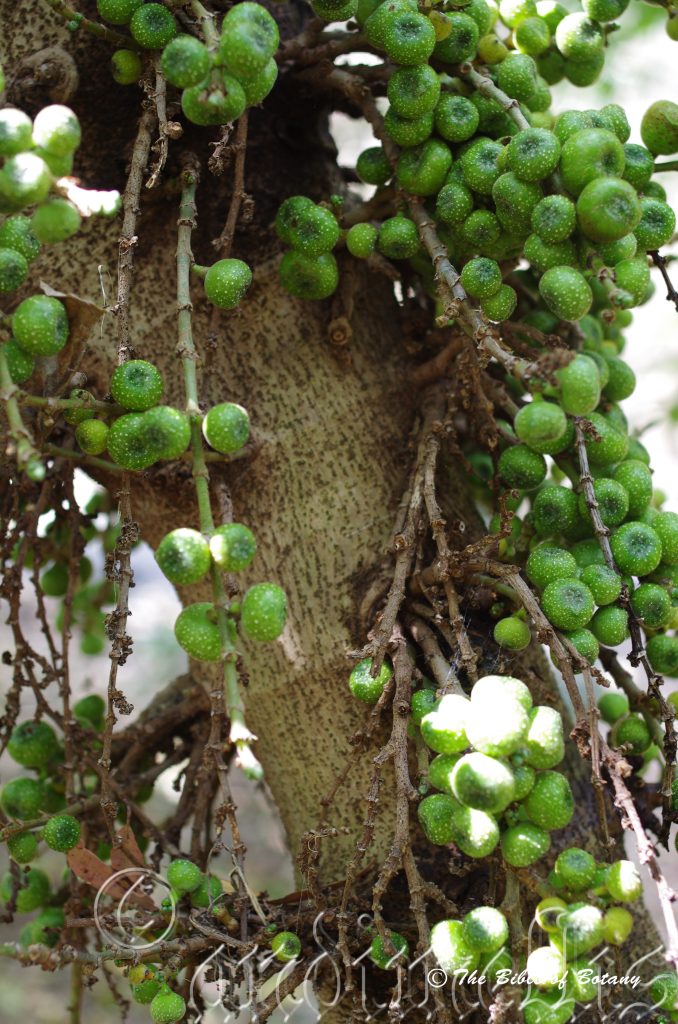
Mount Cootha Botanic Gardens Qld.
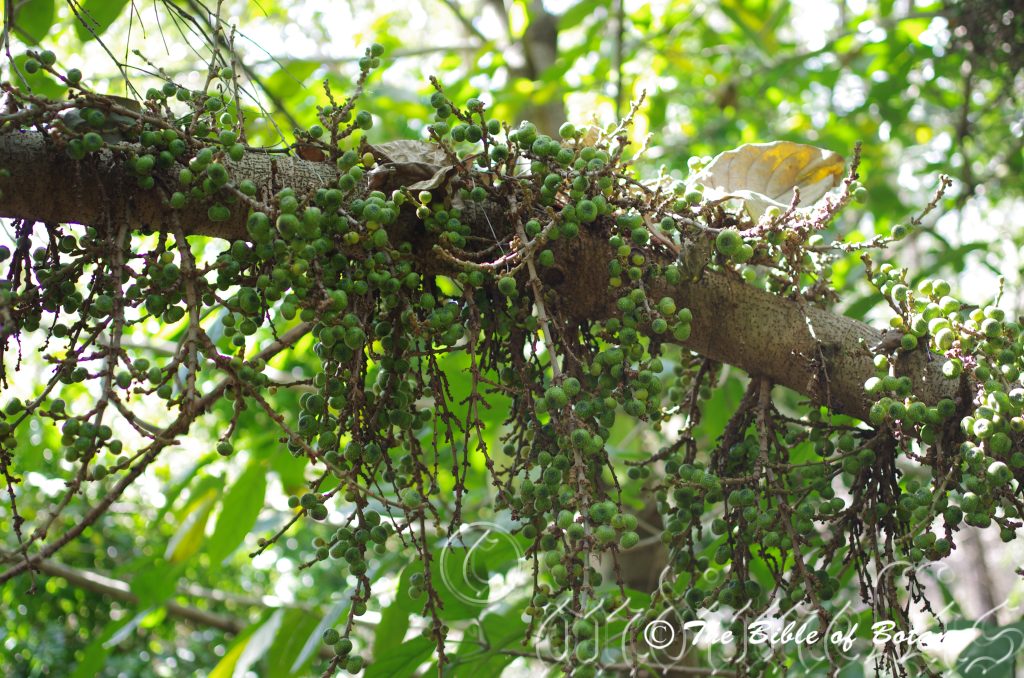
Mount Cootha Botanic Gardens Qld.
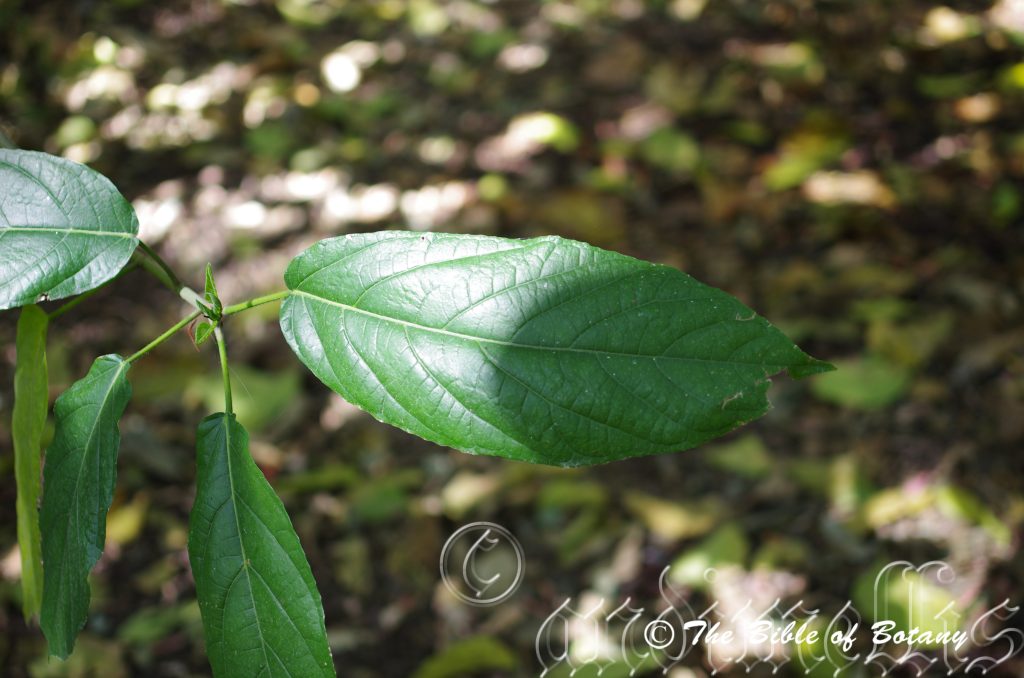
Mount Cootha Botanic Gardens Qld.
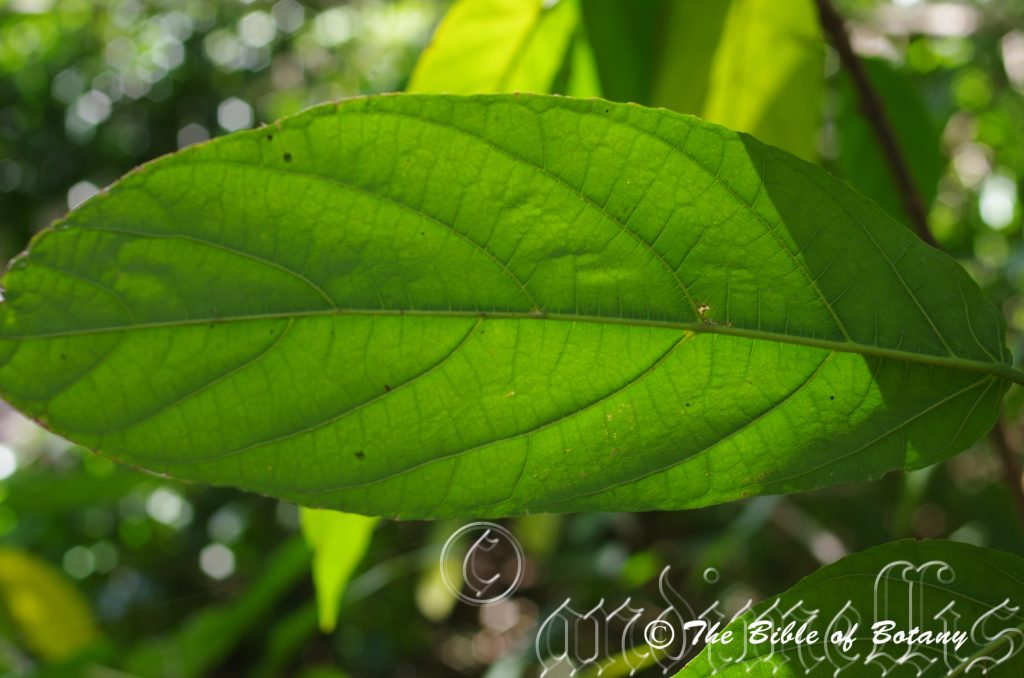
Mount Cootha Botanic Gardens Qld.
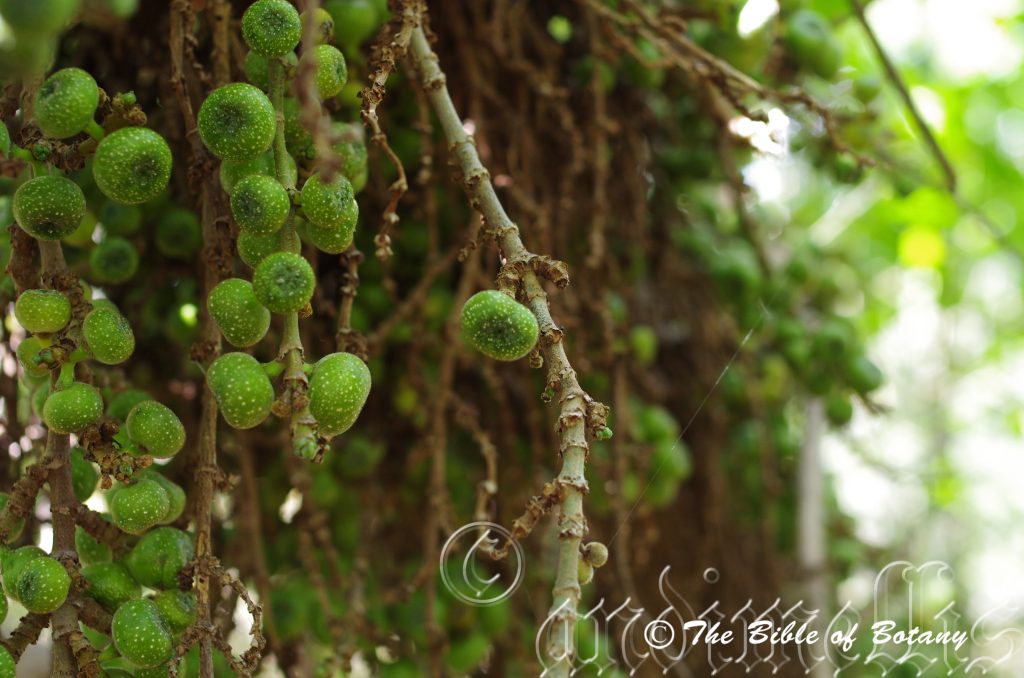
Mount Cootha Botanic Gardens Qld.
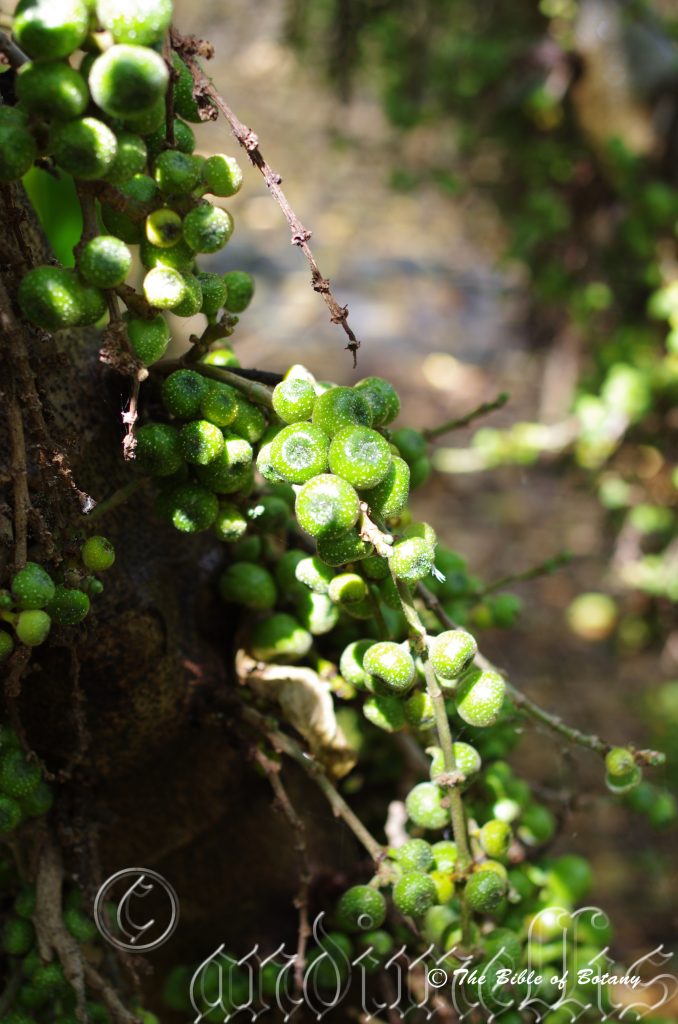
Mount Cootha Botanic Gardens Qld.
Ficus hispida
Classification:
Class: Magnoliophyta
Order: Magnoliopsida
Family: Urticales
Subfamily: Moraceae
Genus: From Ficus, which is Latin for the Mediterranean fig tree. It refers to Australian trees, which are related to the European commercial fig trees.
Specie: From Hispidus, which is Latin for short, bristly, course hairs. It refers to a structure or organ, which has short, bristly course hairs.
Sub specie:
Common Name: Sandpaper Fig.
Distribution:
Ficus hispida is found on the northern third of Australia. In Western Australia it is found from Wyndham in the north to Halls Creek in the south.
In the Northern Territory is found east from Cape Doomben along the coast to Groote Eyelandt including Bathurst and Melville Islands and the off shore islands to the north. It ventures further inland at Timber Creek, Bulman Gorge from the coast to Wapada in the north east of the territory.
In Queensland it is found from the tip of Cape York Peninsula south to Sarina and Middle Percy Island.
https://avh.ala.org.au/occurrences/search?taxa=Ficus+hispida#tab_mapView
Habitat Aspect Climate:
Ficus hispida prefers full sun to medium shade or dappled sunlight. It grows in littoral rainforests, well developed lowland rainforest gallery forests, monsoonal vine forests and mountain rainforest. The altitude ranges from 5 meters ASL to 800 meters ASL.
The temperatures range from 6 degrees in July to 42 degrees in January.
The rainfalls range from lows of 1000mm to 3200mm annually.
Soil Requirements:
Ficus hispida prefers rich fertile sandy loams, to light clay loams. The soils are derived from decomposed brown basalt, black basalt, sandstones granite or shale. The soils pH ranges from 5pH to 6pH are preferred. It does not tolerate waterlogged soils. Non saline soils to moderately saline soils are tolerated.
Height & Spread:
Wild Plants: 6m to 10m by 6m to 10m.
Characteristics:
Ficus hispida is one of the sandpaper figs which have a brown to brown-grey bark which is often densely covered in lichens especially when it is growing in more protected humid sites. The branchlets are brown turning grass-green to emerald-green where the leaves are and are covered in longitudinal lenticels which tend to be in l lines. It is not a strangling fig but has a single trunk. The bark exudes a pale brown or clear, turning pink and then pale brown latex on exposure to the air.
The decussate, broad ovate to oblong-ovate leaves of Ficus hispida measure 150mm to 350mm in length 65mm to 200mm in width. The triangular stipules are sparsely covered in fawn hispid hairs and measure 6mm to10mm in length. The petioles are sparsely covered in fawn hispid hairs and measure 20mm to30mm in length.
The base is slightly oblique, asymmetrical and cuneate while the apex is asymmetrical and caudate. The discolourous laminas are deep grass-green and strongly scabrous due to a moderately to densely covered of fawn, rigid hispid hairs on the upper lamina while the lower lamina is slightly paler. The laminas are also sparsely covered in minute oils glands. The laminas recurve from the mid vein to the margins while the mid vein and lateral veins are strongly prominent on the lower lamina and are clearly visible from the upper laminas. The leaf margins are widely and shallowly crenate and are irregularly double serrated. The flat glands when present are on the lower laminas in the axils of the mid vein and the lateral veins.
Ficus hispida fruits are depressed globose tending to be discoid fleshy syconium. The syconiums are produced in small clusters, cauliforously or on special thickened racemes born cauliforously from the trunk and branches. The grass-green syconiums turn yellow to orange-red when ripe. The glabrous fruits measure 15mm to 30mm in length by 25mm to 35mm in diameter. The 3 bracts are at the base of the fig. The lateral bracts are usually present on the outside of the fig body. The pedicels measure 8mm to 18mm in length. The fruits ripen from May to February.
The orifice is closed by interlocking apical and internal bracts.
Wildlife:
Ficus hispida like all figs produce the fruit first and the flower blooms within the fruit. Many birds like the Cassowaries (Cassowary disambiguation) and the Double-eyed Fig Parrots (Cyclopsitta diophthalma), which frequent the trees for the ripe fruits. At night Possums and Flying foxes join the feast to be had and any fruits that hit the ground are eagerly sought out by native Mice, Wallabies and Dingoes.
Like all figs produce the fruit first and the flower blooms within the fruit. Syconium fruits are those fruits where the flower blooms within the inside of the fruit. Ficus are unique in that each individual specie has its own Agaonid wasp to play cupid. (Hymneoptera Chalchoidea Agaonidae sp.) Without its own specific little cupid wasp the trees cannot produce seed and consequently without its specific tree the wasp cannot reproduce. It is a very fine balance for fertilization and then later for the distribution of seeds where the trees are very reliant on the movement of pigeons. Ficus benjamina is reliant on the Superb Pigeon, Wompoo Fruit dove and the Emerald fruit dove just to mention three.
The fruits are large and edible but somewhat dry.
Cultivation:
Ficus hispida is a beautiful small tree for medium gardens. It is suitable for animal shelters as it is very quick growing must be protected in the early years as stock will find them palatable. In cultivation the trees will grow to a maximum of 10 meters by 10 meters wide but usually it is much smaller to around 8 meters by 8 meters when grown in the open as a fruit tree. Trees are rather messy every year when the fruit is ripening and do attract several native animals so care should be taken in positioning the trees. The roots system though small compared to other Ficus it is still quite aggressive around sewer lines and foundations. This Ficus produces large quantities of edible fruits.
I have not grown Ficus hispida for the fruit but would assume that given a regular native fertilizing regime, mulch and adequate soil moisture the trees could become very productive in tropical and subtropical areas where frosts are not a problem. Flying foxes and possums could prove to be a major problem with growing the plants out doors in the open and will most likely have to be grown beneath 20mm to 30mm shade cloth. This would actually benefit the trees long term as it is rain forest plants and the shade would give the some protection against the elements.
Propagation:
Seeds: Sow fresh Ficus hispida seeds into a seed raising mix. Place the trays beneath 30mm shade cloth and keep moist. When the seedlings are 30mm to 50mm tall, prick them out and plant them into 50mm native tubes using a good organic mix.
Once the seedlings reach 150mm to 200mm in height plant them out into their permanent position. Mass plantings of the trees should be planted at 12 meters to 15 meters a part for a park scene or in 10 meter rows and 10 meters apart for fruit trees. They show potential as a smaller tree if pruning of upper branches is done to promote multi stems and to prevent a single trunk from forming. This will allow better harvesting of fruits in the future with some trees are very cauliferous.
Fertilize using seaweed, fish emulsion or organic chicken pellets soaked in water on an alternate basis. Fertilize every two months until the plants are established then twice annually in early September or March to maintain health and vitality.
Cuttings: Use 200mm to 250mm long healthy old wood from the previous season. The material when growing from cuttings should be taken from trees with good fruiting habits or qualities you prefer. Take them in mid-autumn or early spring.
1 Prepare the cutting mix by adding one third sharp clean river sand, one third peat and one third perlite. These ingredients are sterilize,
2 Select good material from non diseased plants,
3 Select semi green stems for cuttings. Look for a stem with two or three nodes,
4 Place the cutting on a flat, hard surface, and make a clean cut down one side of the cutting at the base for 10mm with a sharp sterile knife or razor blade. – This scarification of the node will increase the chances of roots emerging from this spot. Now remove all but one or two the leaves, leaving the apex leaves in tact. If the leaves are very large in proportion to the stem, cut off the apical halves.
5 Fill a saucer with water, and place a little weak to medium rooting hormone into another container like a milk bottle top. Dip the node end of the cutting into the water and then into the rooting hormone. Tap off any excess hormone,
6 Use a small dipple stick or old pencil to poke a hole into the soilless potting mix. Ensure the hole is slightly larger than the stem diameter and be careful not to wipe the rooting hormone off the cuttings base, place the cuttings in a pattern ensuring the cuttings are not touching each other,
7 I like to place the pots in Plastic bags to help maintain temperature and moisture. Place in a semi shaded place like under 50mm shade cloth.
8 When the cuttings have struck, open the bag to allow air circulation for a few days to a week,
9 Once hardened off remove the cuttings from the bag and allow to further hardening for a few more days,
10 Transplant into a good potting mix to grow on.
Further Comments from Readers:
Hi reader, it seems you use The Bible of Botany a lot. That’s great as we have great pleasure in bringing it to you! It’s a little awkward for us to ask, but our first aim is to purchase land approximately 1,600 hectares to link several parcels of N.P. into one at The Pinnacles NSW Australia, but we need your help. We’re not salespeople. We’re amateur botanists who have dedicated over 30 years to saving the environment in a practical way. We depend on donations to reach our goal. If you donate just $5, the price of your coffee this Sunday, We can help to keep the planet alive in a real way and continue to bring you regular updates and features on Australian plants all in one Botanical Bible. Any support is greatly appreciated. Thank you.
In the spirit of reconciliation we acknowledge the Bundjalung, Gumbaynggirr and Yaegl and all aboriginal nations throughout Australia and their connections to land, sea and community. We pay our respect to their Elders past, present and future for the pleasures we have gained.
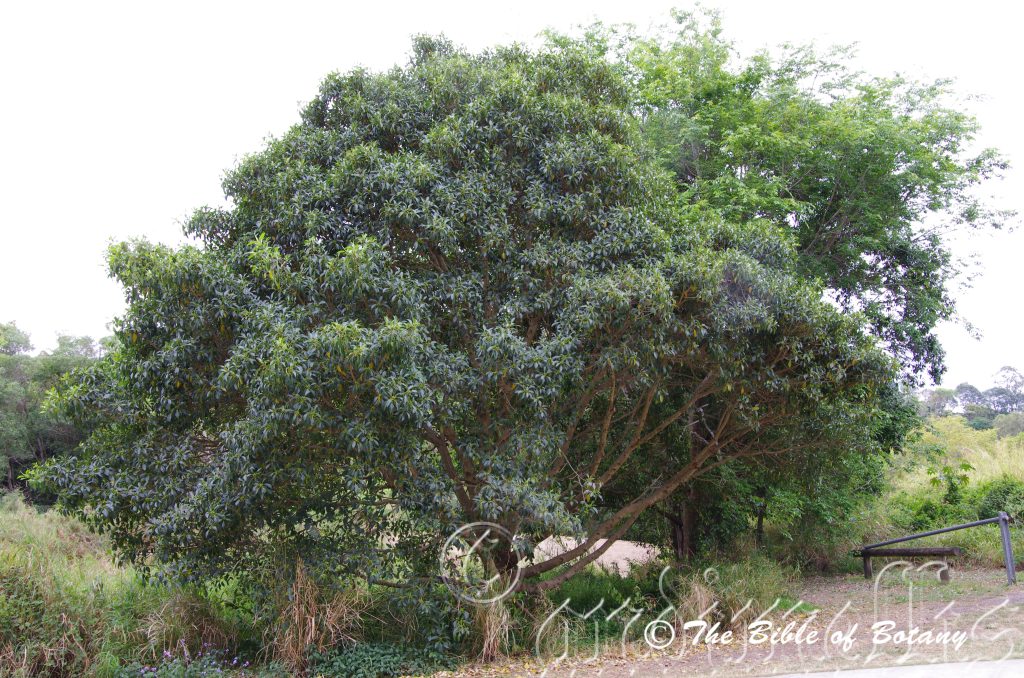
Kedron Brook Qld.
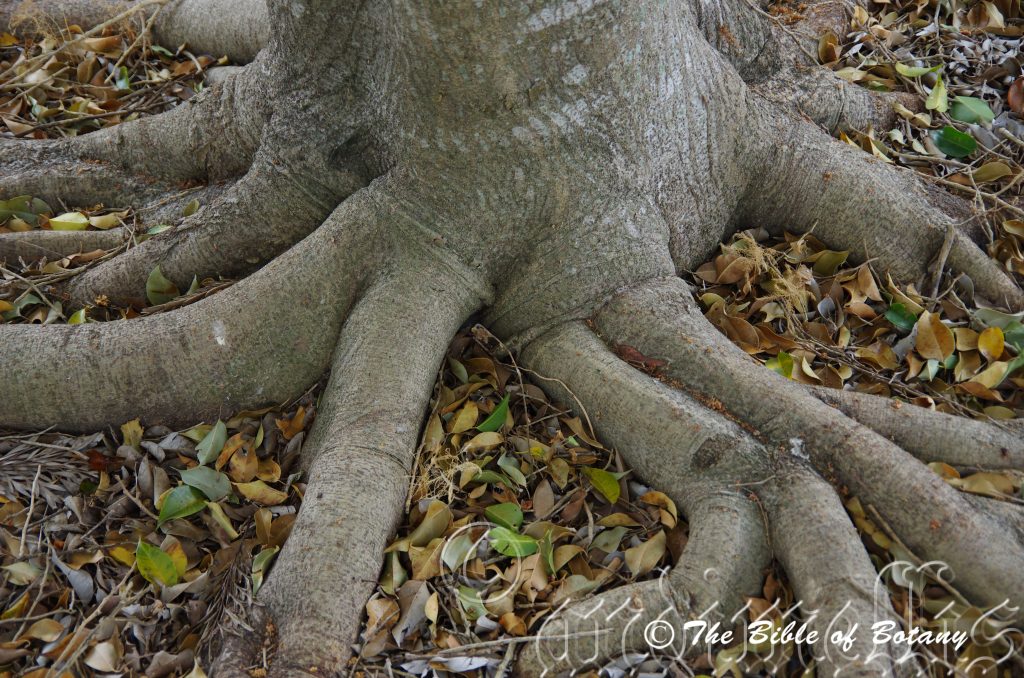
Kedron Brook Qld.
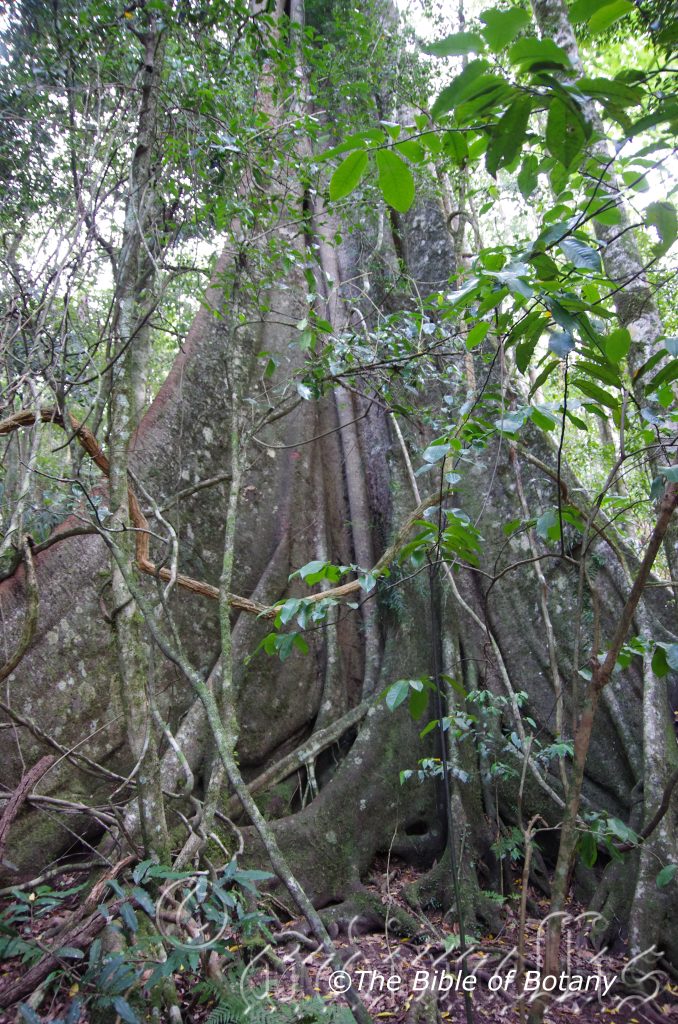
Border Ranges National Park NSW
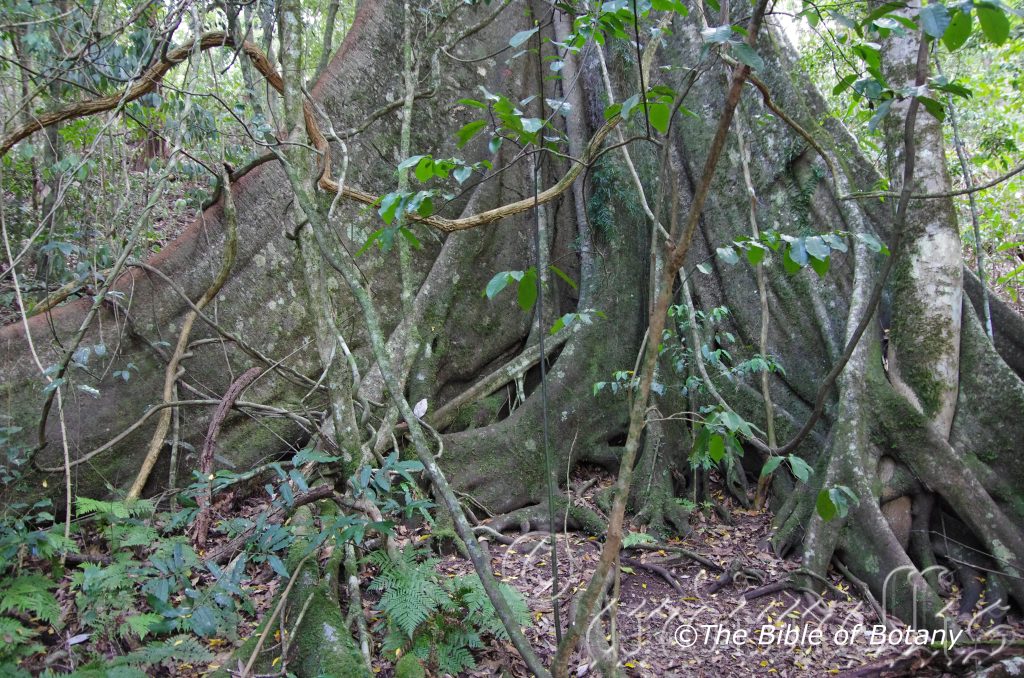
Border Ranges National Park NSW
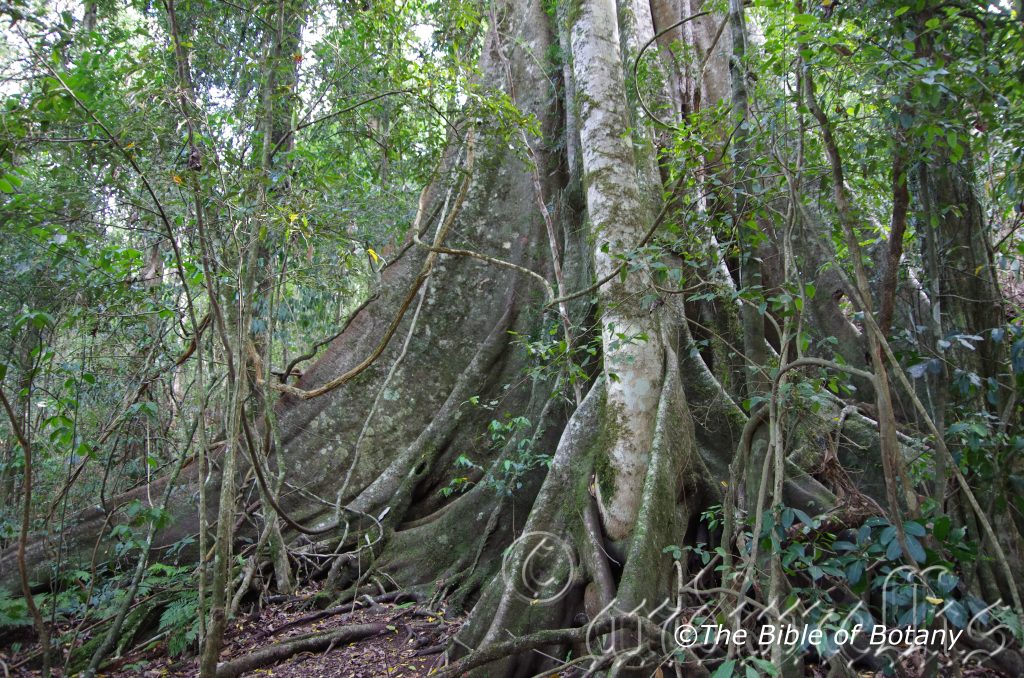
Border Ranges National Park NSW
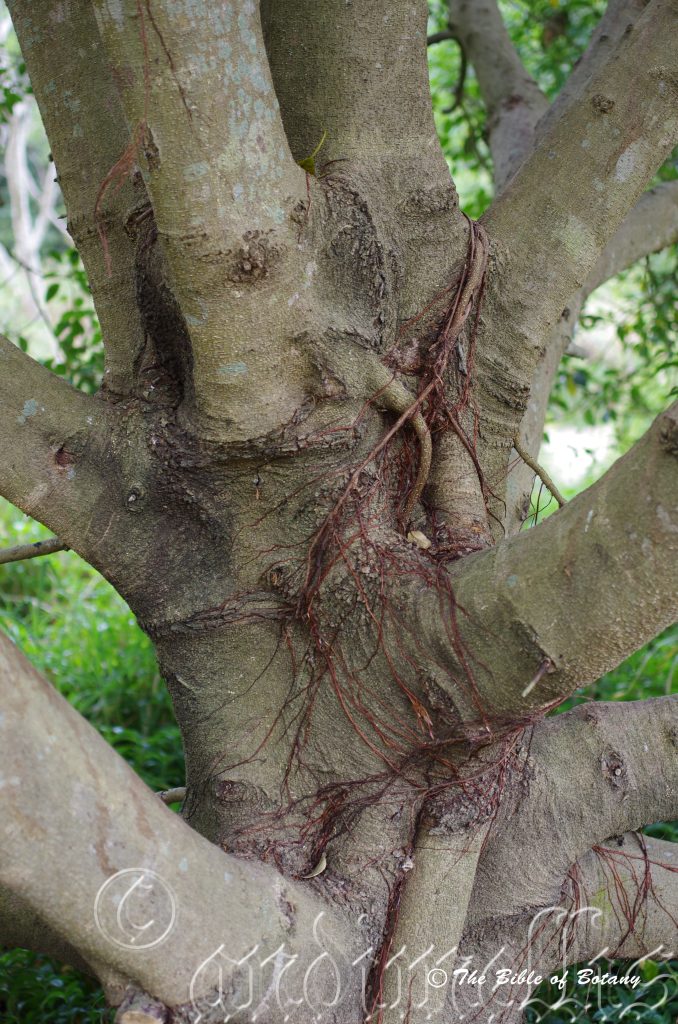
Kedron Brook Qld.
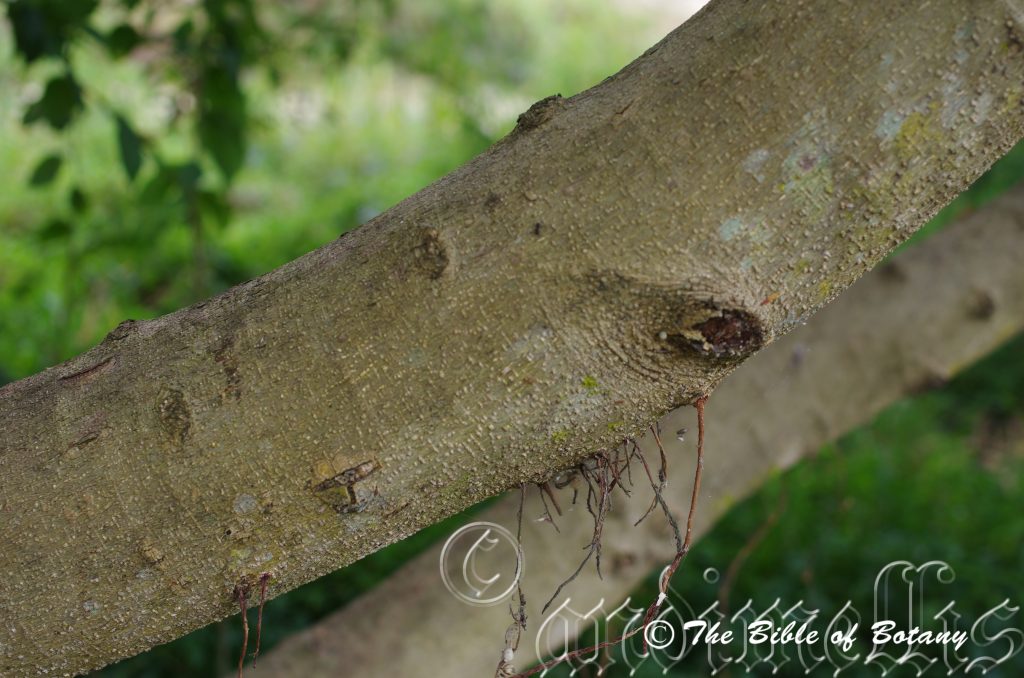
Kedron Brook Qld.
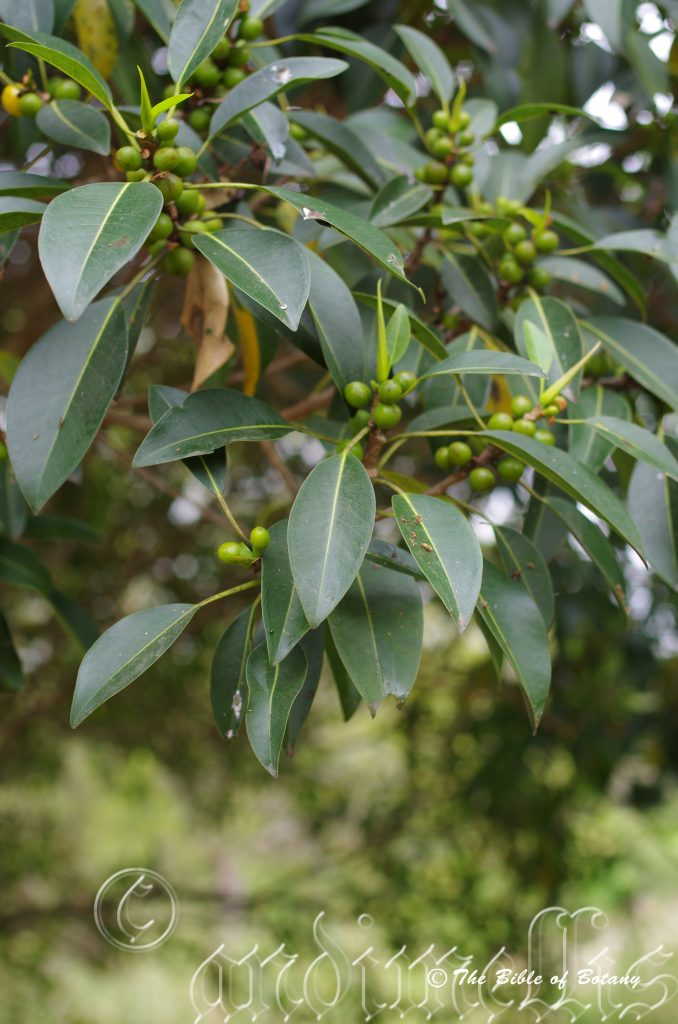
Kedron Brook Qld.
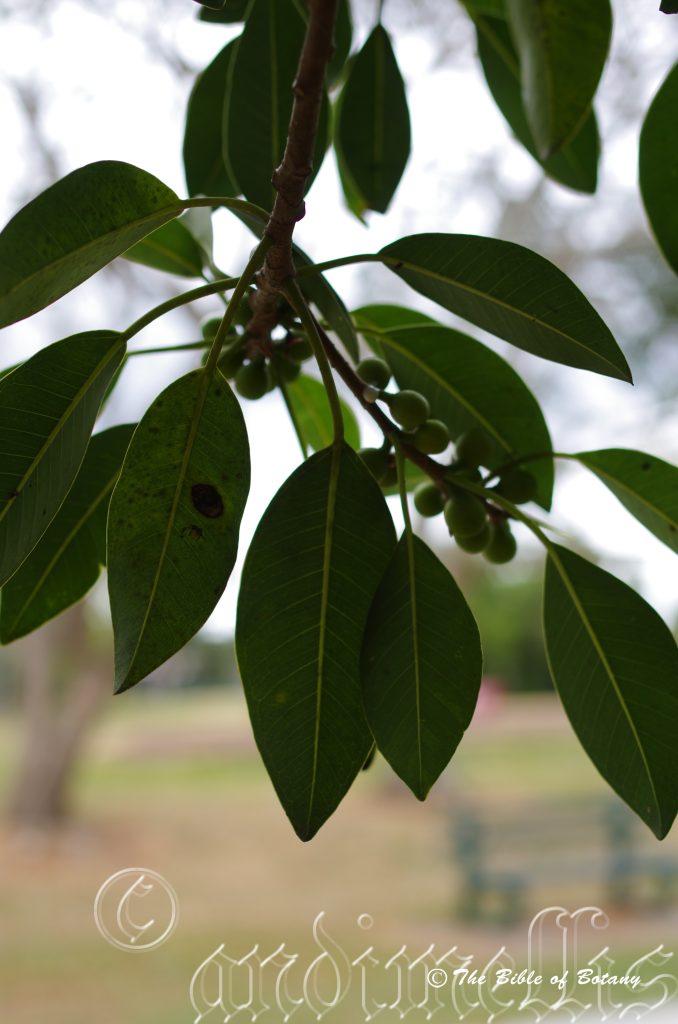
Kedron Brook Qld.
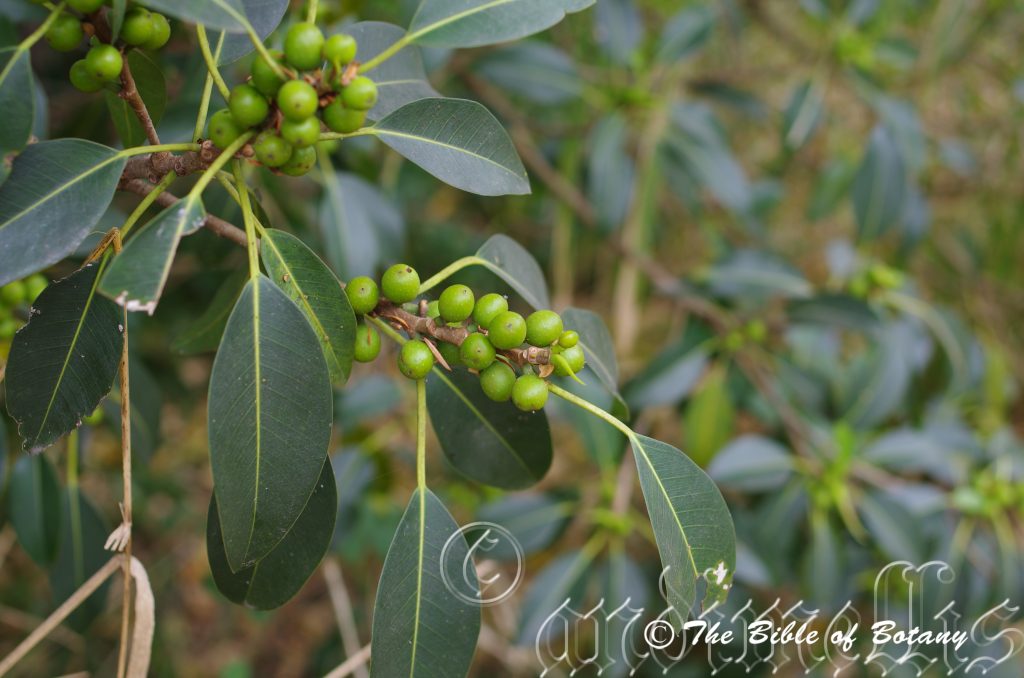
Kedron Brook Qld.
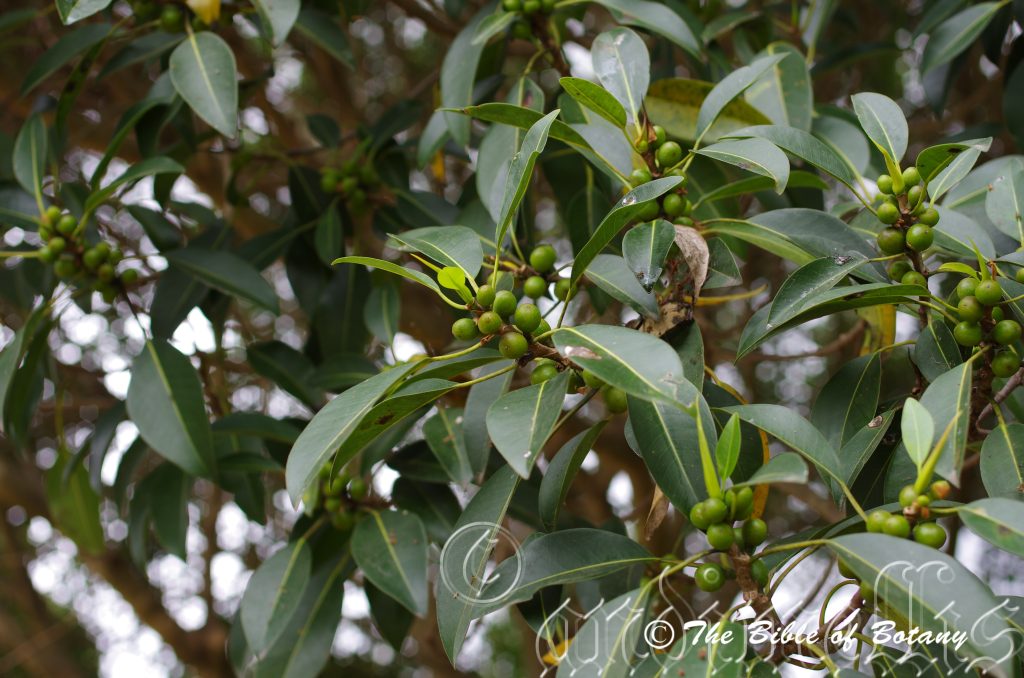
Kedron Brook Qld.
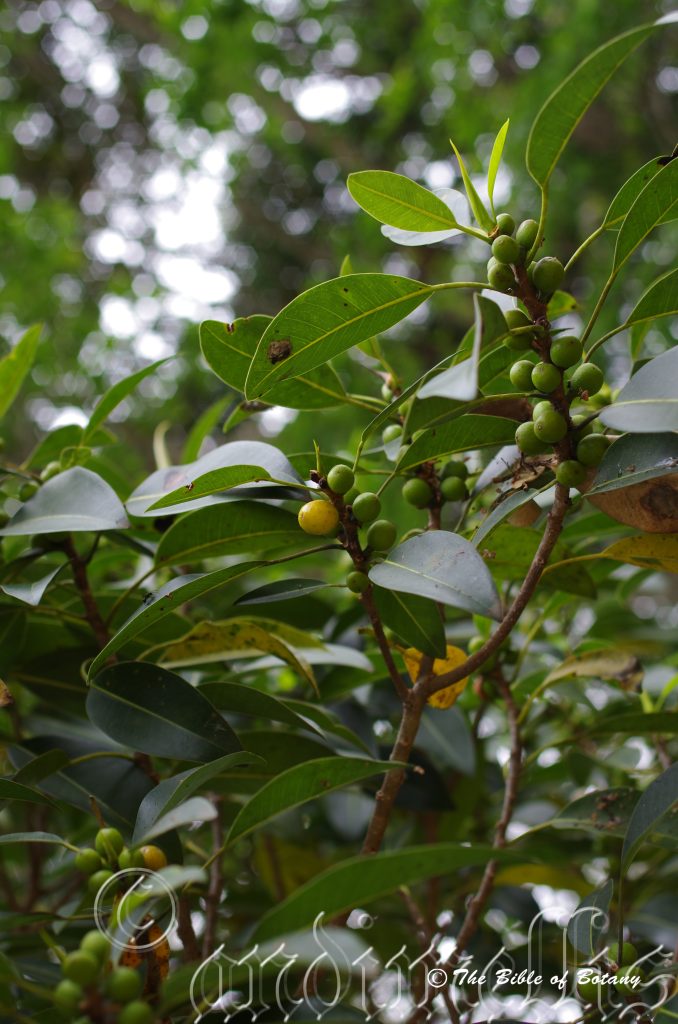
Kedron Brook Qld.
Ficus macrophylla
Classification:
Class: Magnoliophyta
Order: Magnoliopsida
Family: Urticales
Subfamily: Moraceae
Genus: From Ficus, which is Latin for the Mediterranean fig tree. It refers to Australian trees, which are related to the European commercial fig trees.
Specie: From Makros which is Ancient Greek for large and Phullon/Phyllon, which is Ancient Greek for a leaf. It refers to leaves, which are a lot larger than other species in the genus.
Sub specie:
Common Name: M Morton Bay Fig.
In the Gumbaynggirr language it is known as Guwanggaga.
Distribution:
Ficus macrophylla is found on and east of the Great Dividing Range south from Childers in southern coastal Queensland to the Shoal Haven River in central coastal New South Wales.
https://avh.ala.org.au/occurrences/search?taxa=Ficus+macrophylla#tab_mapView
Habitat Aspect Climate:
Ficus macrophylla prefers full sun to light shade or dappled sunlight usually starting life in dense shade as an understory plant. It grows adjacent to rainforests, wet Eucalyptus forests or littoral rainforests. The altitude ranges from 2 meters ASL to 700 meters ASL.
The temperatures range from 2 degrees in July to 36 degrees in January.
The rainfalls range from lows of 850mm to 3000mm annually.
Soil Requirements:
Ficus macrophylla prefers rich fertile sandy loams, to light clay loams. The soils are derived from decomposed brown basalt, black basalt, metamorphic rocks, sandstones, shale or accumulated beach sands. The soils pH ranges from 5pH to 6.5pH are preferred. It does not tolerate waterlogged soils. Non saline soils to very saline soils are tolerated.
Height & Spread:
Wild Plants: 25m to 30m by 25m to 35m.
Characteristics:
Ficus macrophylla has a glabrous to slightly scabrid, grey bark which is often covered in lichens. Branchlets similar to the trunk however it is glabrous towards the apexes. The trunks are very large with very large spreading buttress on old trees.
The opposite, ovate of elliptical or sometimes oblong leaves measure 100mm to 250mm in length 70mm to 100mm in width. The petioles have two large thin elliptical pink to red-green coloured stipules that measure 30mm to 100mm in length. The petioles measure 50mm to 100mm in length. The discolourous laminas are deep sea green, glossy and glabrous on the upper lamina while the lower lamina is deep sea green however it is covered in loose rusty scales giving a rusty green colour. The base is rounded to rounded-cuneate while the apex is broadly acuminate. The leaf margins are entire and curve slightly upwards from the mid vein. The mid vein is strongly prominent on the lower lamina and is pale yellow-green on the upper lamina.
Ficus macrophylla fruit is a globose fleshy syconium. The syconiums are produced singularly or in pairs from the leaf axis close to the apex. It is 20mm to 25m in diameter. The syconiums turn orange then purple orange when ripe. The pedicels measure 10mm to 20mm in length. Fruits ripen throughout the year in line with leaf growth.
Wildlife:
Ficus macrophylla like all figs produce the fruit first and the flower blooms within the fruit. It needs the services of a small insect usually a minute wasp to enter the fruit through a special opening to fertilize it. Many birds like Pigeons, Silver eyes, Honeyeaters, Bower birds and Cat birds frequent the trees for the fruits. Pigeons are particularly fond of the fruits. At night Possums and Flying foxes join the feast to be had and any fruits that hit the ground are eagerly sought out by native Mice and Wallabies.
Like all figs produce the fruit first and the flower blooms within the fruit. Syconium fruits are those fruits where the flower blooms within the inside of the fruit. Ficus are unique in that each specie has its own Agaonid wasp to play cupid. (Hymneoptera Chalchoidea Agaonidae sp.) Without its own specific little cupid wasp the trees cannot produce seed and consequently without its specific tree the wasp cannot reproduce. It is a very fine balance for fertilization and then later for the distribution of seeds where the trees are very reliant on the movement of pigeons.
Cultivation:
Ficus macrophylla is a beautiful large tree suitable only for the largest gardens. It is suitable for animal shelter as it has a very dense canopy. In cultivation the trees will grow to a more than 20 meters by 25 meters in diameter. Trees are rather messy when the fruit is ripening and do attract several native animals so care should be taken in positioning the trees. The roots system of Ficus macrophylla is very aggressive around sewer lines and foundations so care should be taken when positioning the trees. This Ficus is a slower grower than the other species but once they start to fruit can produce large quantities over the year.
Trees that were growing naturally on our property at Nana Glen on the edge of the forest took some 15 years to attain a height of just 3 meters by 1 meter being cut back by severe frosts annually. The following 2 years with only very mild frosts the trees grew another 8 meters to 9 meters by 5 meters. Some of this rapid growth would be contributed to the fact that it would have had a good strong root system there were good rains and the surrounding canopy may have provided more protection. Another tree that started its life in a Melaleuca saligna within our forest in Nana Glen grew just 300mm in 15 years. Its roots had to travel 4 meters to the ground. In the following 2 years it grew nearly 4 meters with aerial roots developing along the trunk especially during the wet season.
Because of their hardiness and their ability to grow as a strangler fig if necessary, makes this tree a very good specimen for bonsai and topiary. The above examples in nature are testament to it surviving in a static position for so long without dying through drought and cold. When indoors ensure it is out of draughts and away from central heating as this will cause leaf drop on the plants.
Ficus macrophylla is an excellent plant for epiphytic plants which like darker conditions.
Indoors or Potted Plants:
Ficus macrophylla is an excellent plant for indoor use however they need good light and ventilation without drying breezes or wind. It is best planted in large urns where they will grow for many years.
On patios and verandas make sure the roots are contained in the pot. This can be achieved by placing the pots or urns in a saucer.
Sawdust or sand mixes are too well draining unless the sawdust has completely composted down where it exhibits a texture like plastacine to the touch. Moisture can be squeezed out between the fingers yet it remains moist. I find this a great basis to start with.
Mix equal parts of the well decomposed saw dust with the above feel with perlite and vermiculite. To this add two part sharp clean sand, one part compost and one part good crusher dust from a basalt rock quarries. Preferably black basalt but both are good. Make sure the sand comes from a source that does not contain salt.
The decomposed Sawdust in this condition creates the moisture retention and holds nutrient in. The perlite and vermiculite make the mix neutral and both have great water holing capacity without shrinkage with age. The sand creates good drainage and is good for good healthy root development. The crusher dust adds vital minerals which the plants need.
Before fertilizing wash the saucer and water the plants heavily so the water runs through the pots for a few minutes. This will leach any build-up of toxins and salts from the mix. Allow to drain and fertilize the plants the following day. Repeat on a monthly basis with the formula mentioned under propagation on a rotation basis.
Propagation:
Seeds: Sow fresh Ficus macrophylla seeds into a seed raising mix. When the seedlings are 30mm to 50mm tall, prick them out and plant them into 50mm native tubes using a good organic mix.
Once the seedlings reach 200mm to 250mm in height plant them out into their permanent position. Mass plantings as a tree would need the seedlings to be planted at 12 meters to 15 meters a part. They show potential as a shrub if pruning of branches to prevent any trunk from forming is possible. This will allow better harvesting of fruits in the future though some trees are very cauliferous.
Fertilize using seaweed, fish emulsion or organic chicken pellets soaked in water on an alternate basis. Fertilize every two months until the plants are established then twice annually in early September or March to maintain health and vitality.
Cuttings: Use 200mm long old wood material when growing from Cuttings. The material when growing from cuttings should be taken from trees with good fruiting habits or qualities you prefer. Take them in mid-autumn or early spring.
1 Prepare the cutting mix by adding one third sharp clean river sand, one third peat and one third perlite. These ingredients are sterilize,
2 Select good material from non diseased plants,
3 Select semi green stems for cuttings. Look for a stem with two or three nodes,
4 Place the cutting on a flat, hard surface, and make a clean cut down one side of the cutting at the base for 10mm with a sharp sterile knife or razor blade. – This scarification of the node will increase the chances of roots emerging from this spot. Now remove all but one or two the leaves, leaving the apex leaves in tact. If the leaves are very large in proportion to the stem, cut off the apical halves.
5 Fill a saucer with water, and place a little weak to medium rooting hormone into another container like a milk bottle top. Dip the node end of the cutting into the water and then into the rooting hormone. Tap off any excess hormone,
6 Use a small dipple stick or old pencil to poke a hole into the soilless potting mix. Ensure the hole is slightly larger than the stem diameter and be careful not to wipe the rooting hormone off the cuttings base, place the cuttings in a pattern ensuring the cuttings are not touching each other,
7 I like to place the pots in Plastic bags to help maintain temperature and moisture. Place in a semi shaded place like under 50mm shade cloth.
8 When the cuttings have struck, open the bag to allow air circulation for a few days to a week,
9 Once hardened off remove the cuttings from the bag and allow to further hardening for a few more days,
10 Transplant into a good potting mix to grow on.
Further Comments from Readers:
Hi reader, it seems you use The Bible of Botany a lot. That’s great as we have great pleasure in bringing it to you! It’s a little awkward for us to ask, but our first aim is to purchase land approximately 1,600 hectares to link several parcels of N.P. into one at The Pinnacles NSW Australia, but we need your help. We’re not salespeople. We’re amateur botanists who have dedicated over 30 years to saving the environment in a practical way. We depend on donations to reach our goal. If you donate just $5, the price of your coffee this Sunday, We can help to keep the planet alive in a real way and continue to bring you regular updates and features on Australian plants all in one Botanical Bible. Any support is greatly appreciated. Thank you.
In the spirit of reconciliation we acknowledge the Bundjalung, Gumbaynggirr and Yaegl and all aboriginal nations throughout Australia and their connections to land, sea and community. We pay our respect to their Elders past, present and future for the pleasures we have gained.
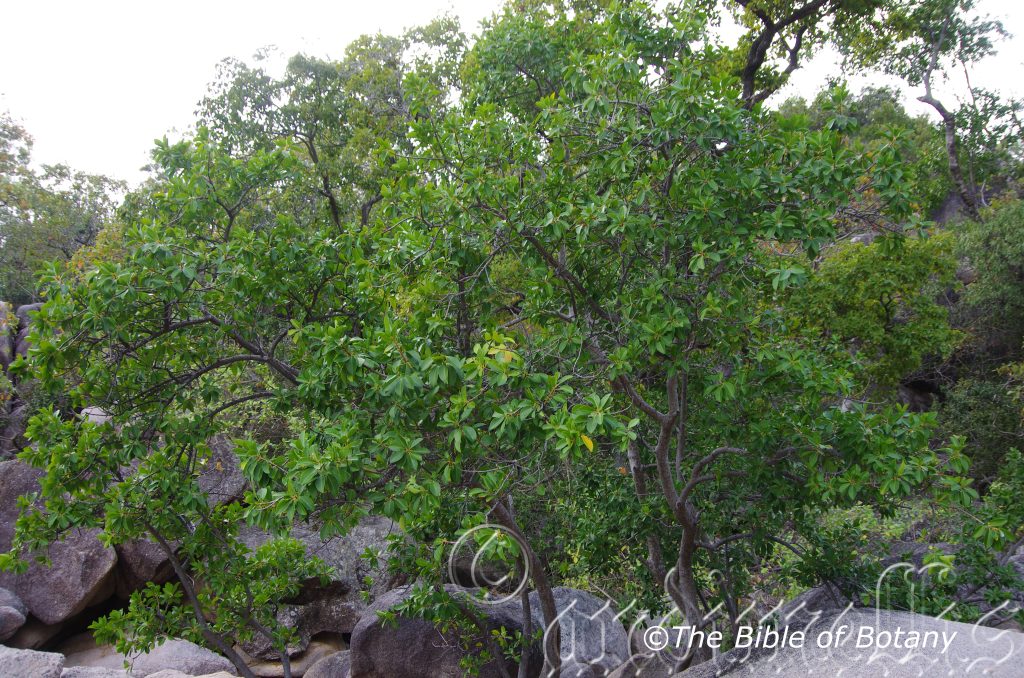
Magnetic Island Qld.
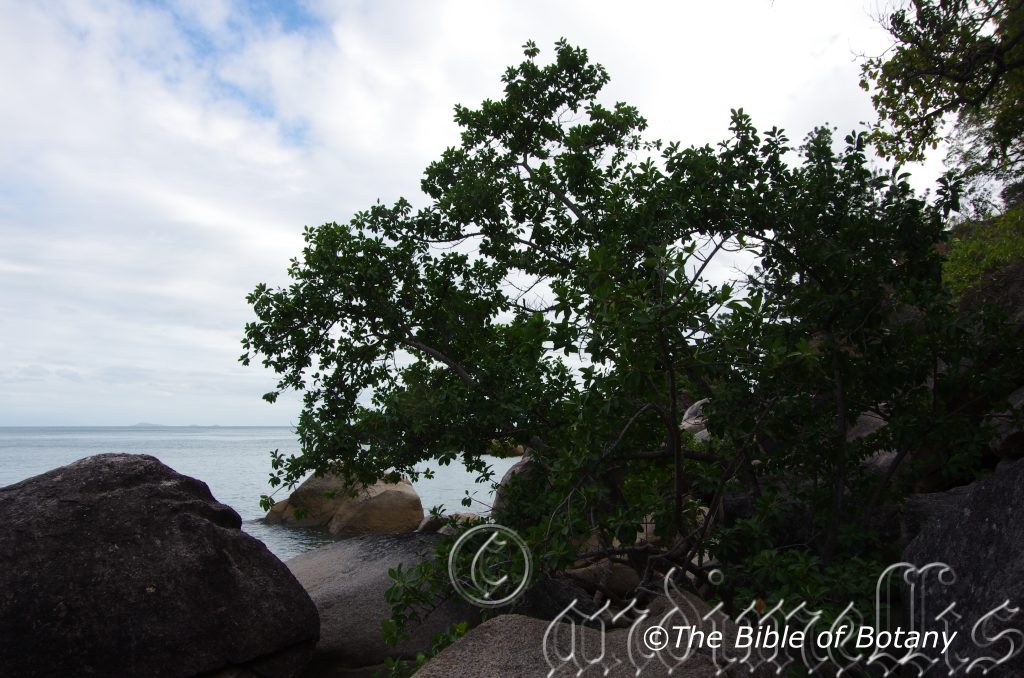
Magnetic Island Qld.
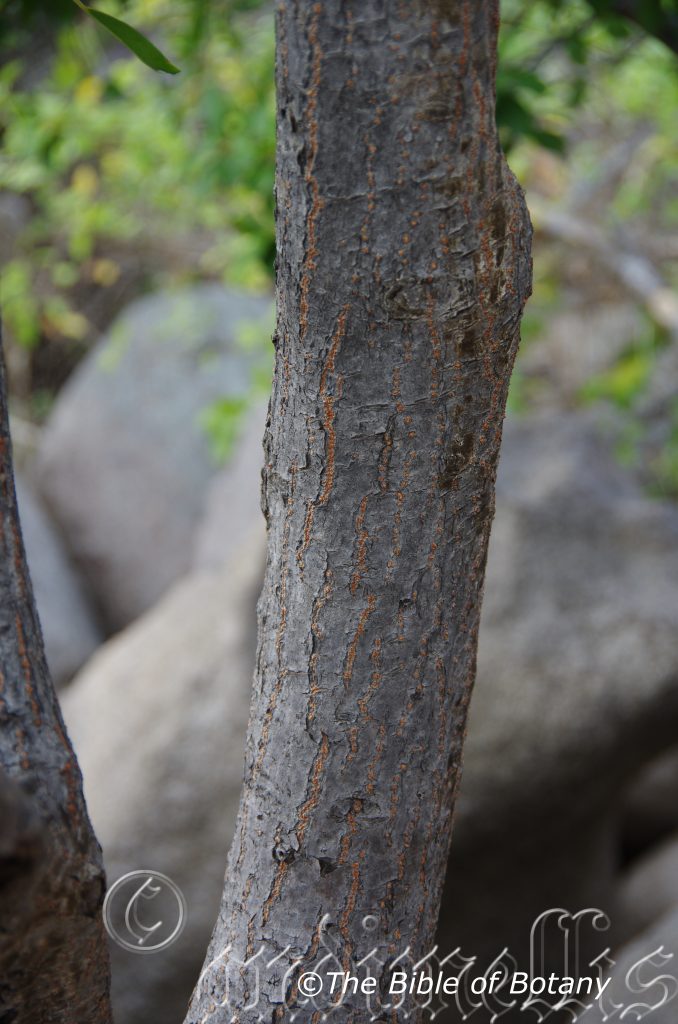
Magnetic Island Qld.
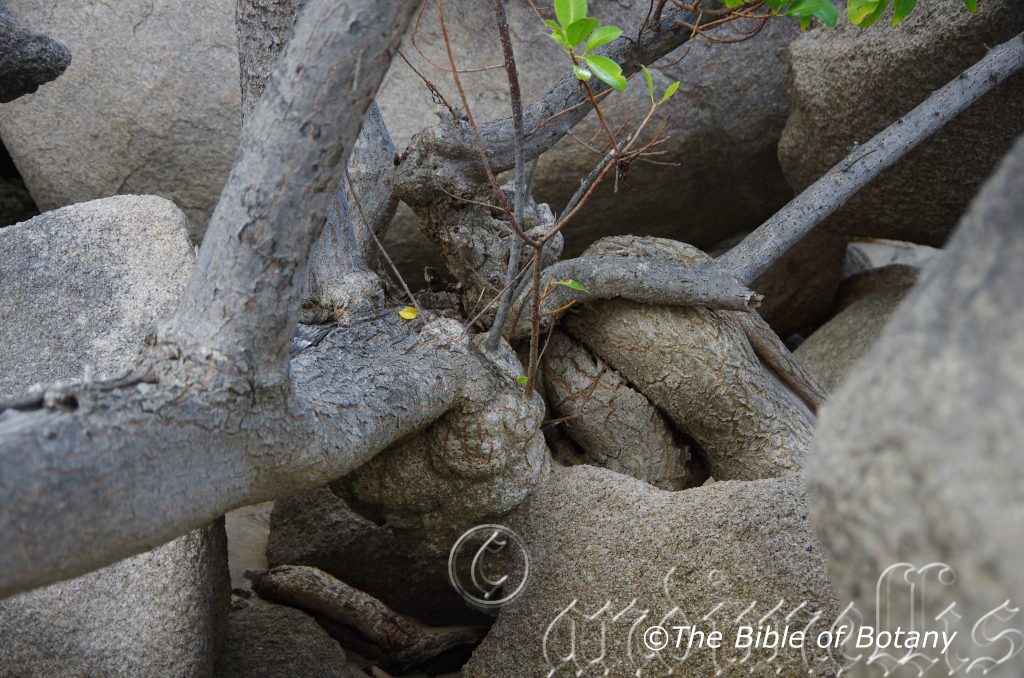
Magnetic Island Qld.
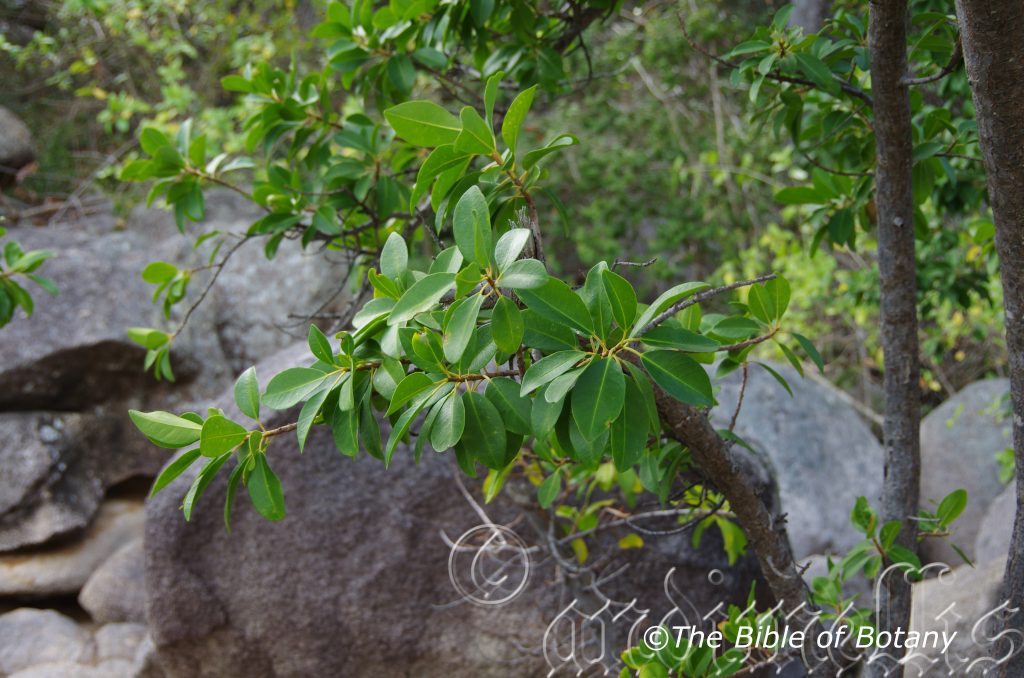
Magnetic Island Qld.
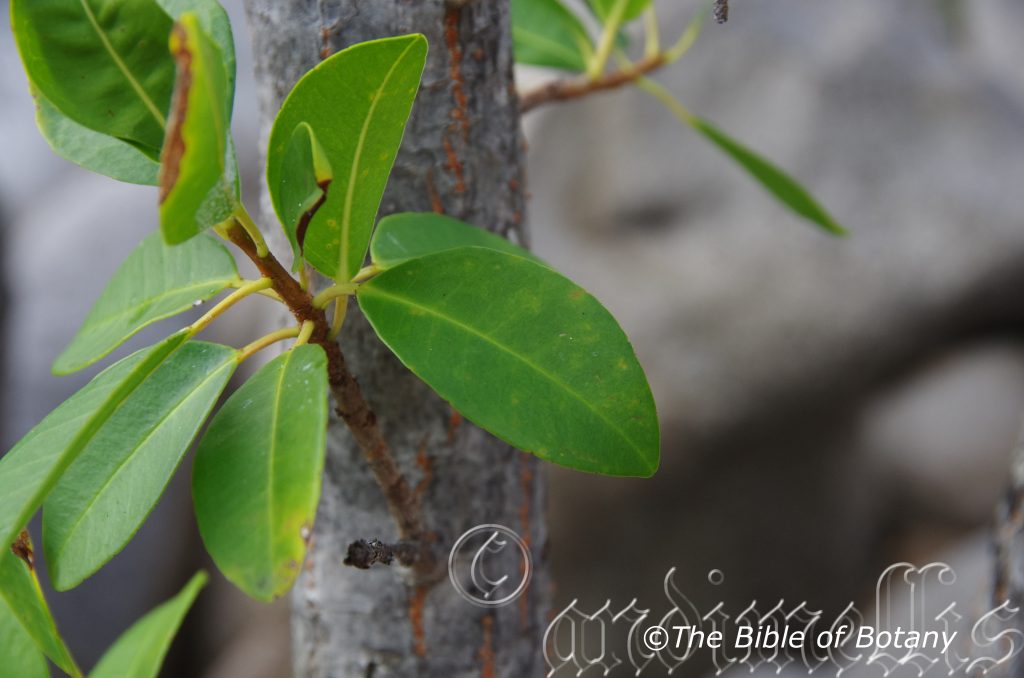
Magnetic Island Qld.
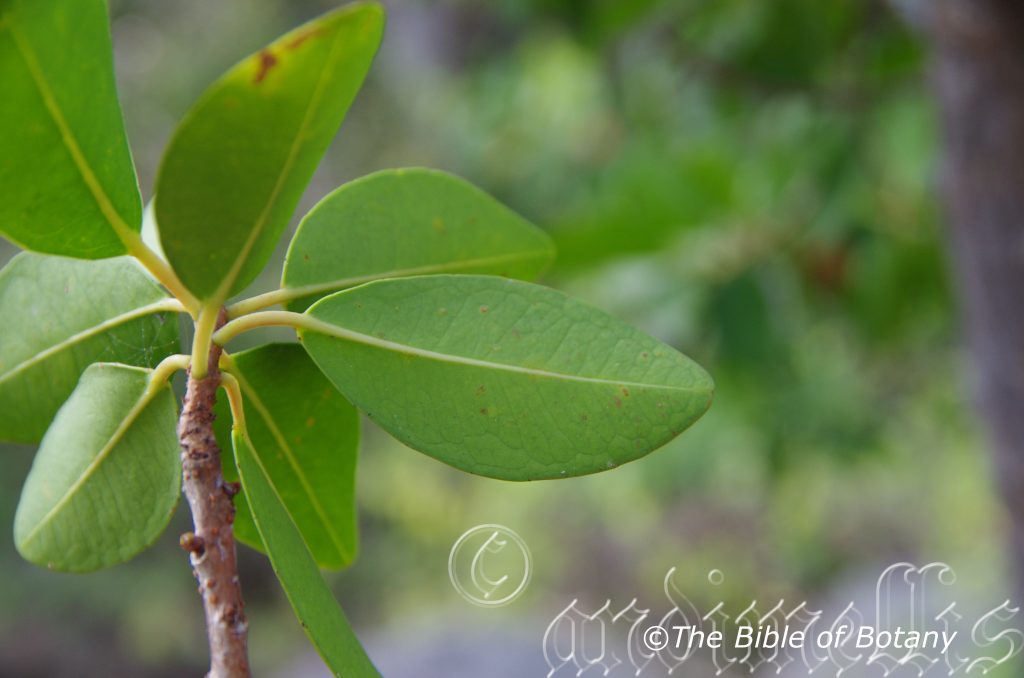
Magnetic Island Qld.
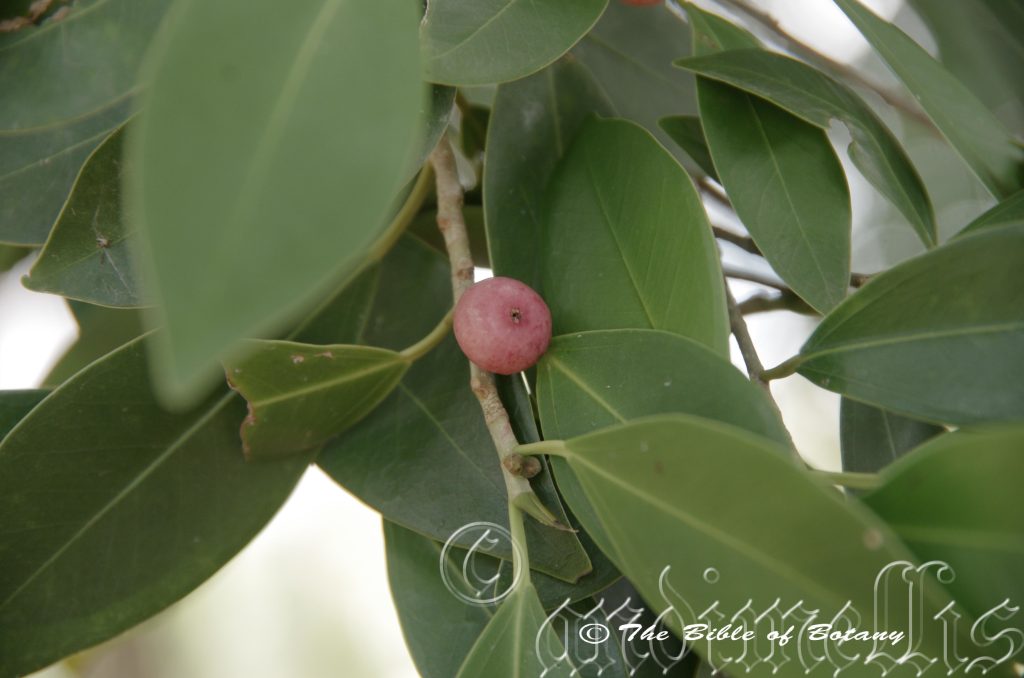
Townsville Qld.
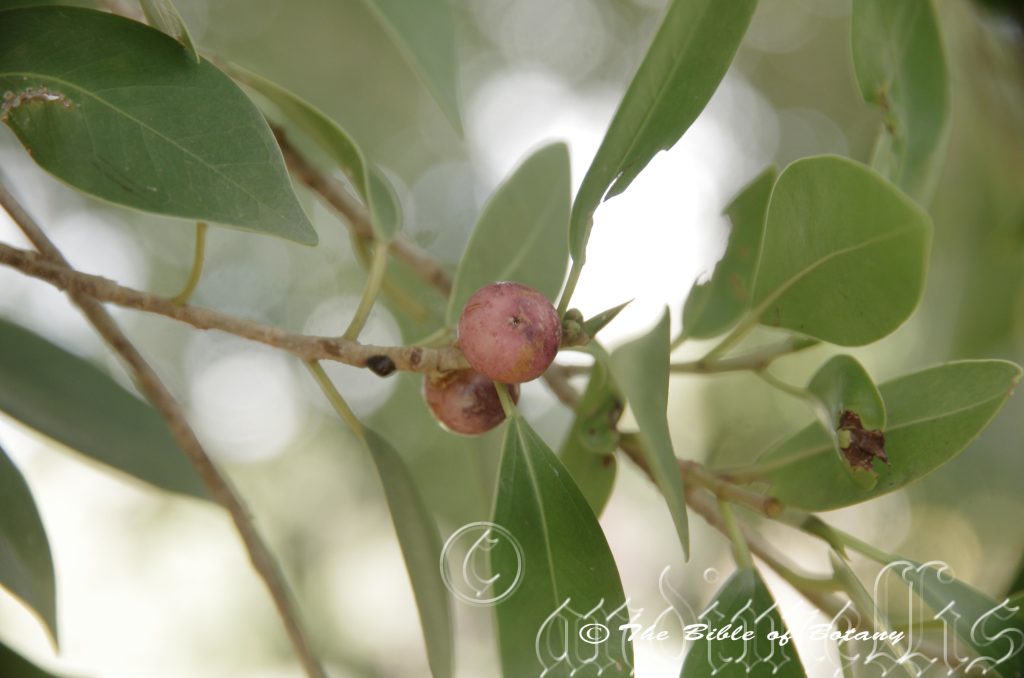
Townsville Qld.
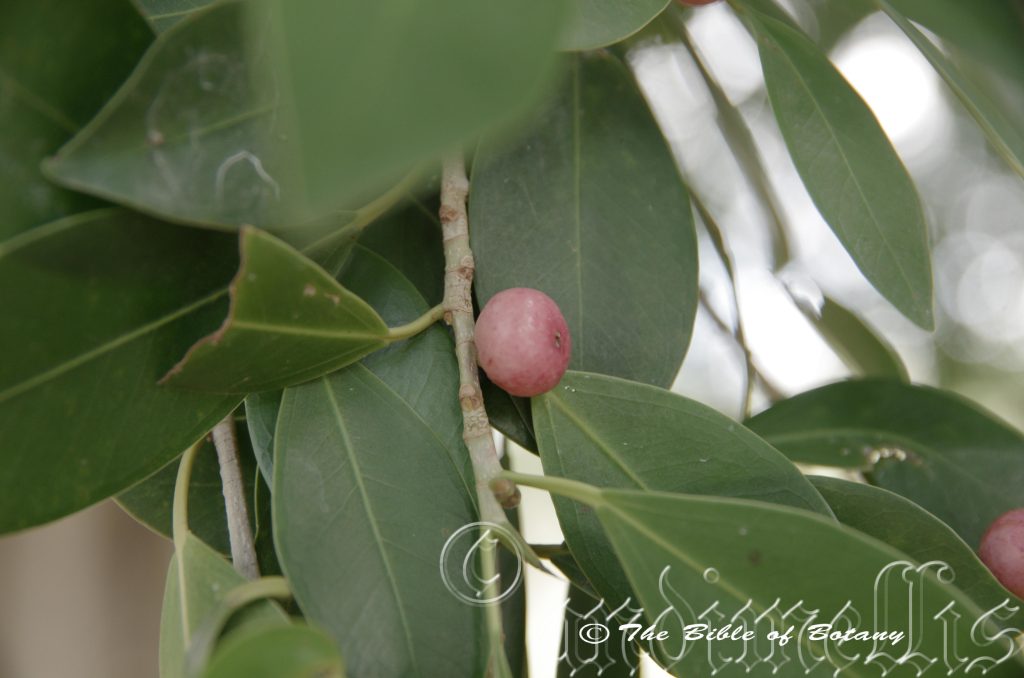
Townsville Qld.
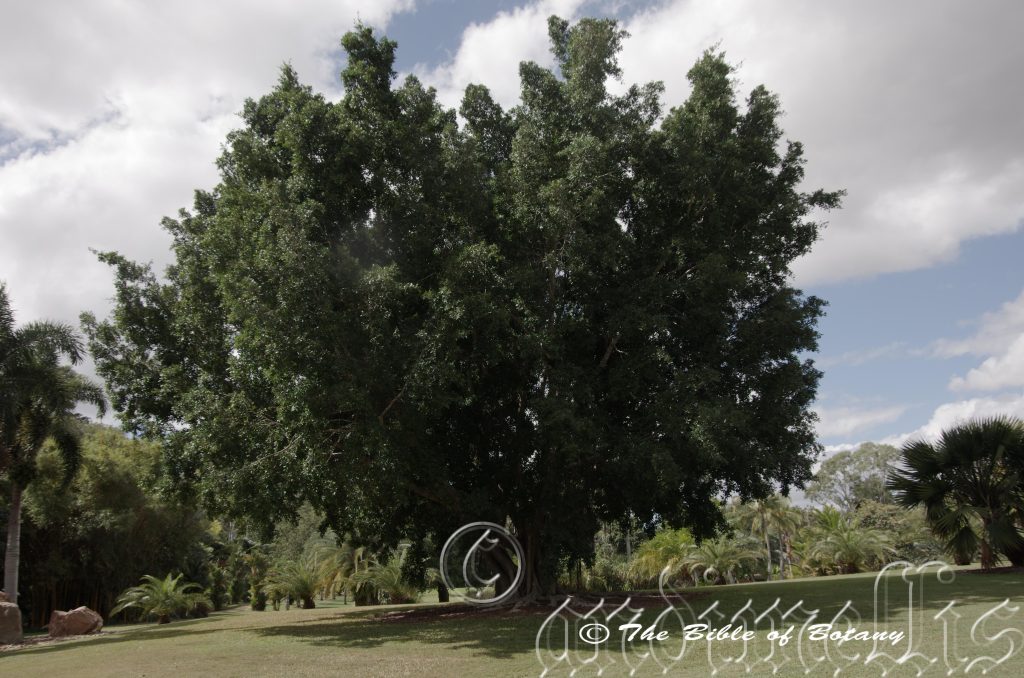
Townsville Qld.
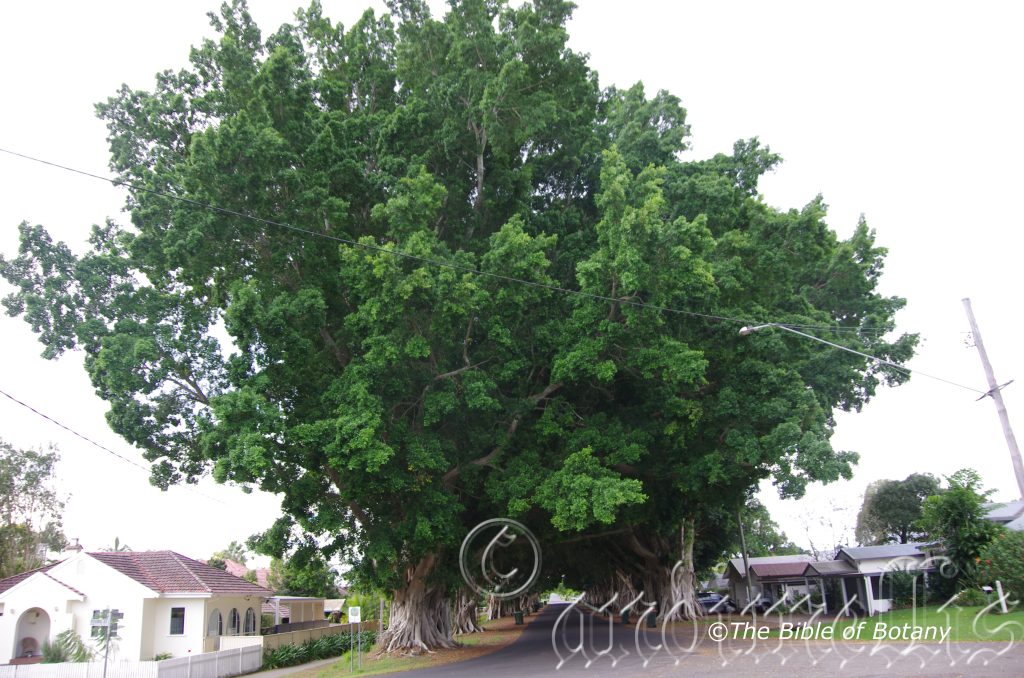
Grafton NSW
Ficus microcarpa
Classification:
Class: Magnoliophyta
Order: Magnoliopsida
Family: Urticales
Genus: From Ficus, which is Latin for the Mediterranean fig tree. It refers to Australian trees, which are related to the European commercial fig trees.
Specie: From Mikros, which is Ancient Greek for small or very small and Karpos, which is Ancient Greek for a fruit. It refers to fruits, which are rather small compared to other species in the genus.
Variety: Ficus microcarpa var. hillii Is named in honour of Leslie J. Hill; 1908-2003, who was a botanical philanthropist and collector of South African succulents.
Common Name: Hills Fig or Small Fruited Fig.
Distribution:
Ficus microcarpa var. hillii is found on and east of the Great Dividing Range in 4 disjunct localities. The northern population in found south from the western tip of Cape York Peninsula to Rockhampton in Queensland. There is a report by the Australian Virtual Herbarium that a small population exists just north of Brisbane.
It is feasible that Ficus microphylla subsp. hillii is found on the Torres Strait Islands as it is widespread in New Guinea.
There is another small outlying population is found on the southern section of the Kimberleys in Western Australia.
https://avh.ala.org.au/occurrences/search?taxa=Ficus+microcarpa#tab_mapView
Habitat Aspect Climate:
Ficus microcarpa var. hillii prefers full sun and light shade or dappled sunlight usually starting life in dense shade as an understory plant. It grows in well-developed rainforests, seasonally wet rainforests or wet Eucalyptus forests adjacent to well-developed rainforests. The altitude ranges from 5 meters ASL to 450 meters ASL.
The temperatures range from 6 degrees in July to 40 degrees in January.
The rainfalls range from lows of 950mm to 3000mm annually.
Soil Requirements:
Ficus microcarpa var. hillii prefers rich fertile sandy loams, to light clay loams. The soils are derived from decomposed brown basalt, black basalt, sandstones, shale or granites. The soils pH ranges from 5pH to 6pH are preferred. It does not tolerate waterlogged soils. Non saline soils to very saline soils are tolerated.
Height & Spread:
Wild Plants: 15m to 30m to 15m x 30m.
Characteristics:
Ficus microcarpa var. hillii has a glabrous, light grey bark which is often covered in lichens and epiphytes. The trunk also forms huge buttresses. The large branches closer to the ground will grow horizontal and send down adventitious roots forming huge curtains. The branchlets similar to the trunk however it is glabrous and pale green at the apexes. The leaf bearing branchlets are somewhat flattened or triangular in cross section.
The adjacent, elliptical to narrow obovate leaves measure 30mm to 110mm in length 15mm to 80mm in width. The variety hillii has leaves which measure 30mm to 40mm in length by 15mm to 20mm in width. The leaves are concolourous with the laminas being bright, pale, glossy green. The base is broadly cuneate while the apex is broadly acuminate. The leaf margins are entire, flat, curve slightly upwards or curve slightly downwards from the mid vein. The mid vein is prominent on the lower lamina and is slightly depressed on the upper lamina where the laminas are flat or concave. The petioles are channelled on the upper surface and measure 4mm to 10mm in length.
Ficus microcarpa var. hillii are depressed pyriform fleshy syconium. The fruits are produced singularly or in small clusters from the leaf axils. They measure 8mm to 10mm in length by 10mm to 12mm in diameter. Pedicels are sessile to 0.2mm long. The pore can be closed by internal bracts on the fruit. Fruits are born from March to April.
Wildlife:
Ficus microcarpa var. hillii like all figs produce the fruit first and the flower blooms within the fruit. It needs the services of a small insect usually a minute wasp to enter the fruit through a special opening to fertilize it. Many birds like Pigeons, Silver eyes, Honeyeaters, Bower birds and Cat birds frequent the trees for the fruits. Pigeons are particularly attracted to the fruits. At night Possums and Flying foxes join the feast to be had and any fruits that hit the ground are eagerly sought out by native Mice and Wallabies.
Like all figs produce the fruit first and the flower blooms within the fruit. Syconium fruits are those fruits where the flower blooms within the inside of the fruit. Ficus are unique in that each specie has its own Agaonid wasp to play cupid. (Hymneoptera Chalchoidea Agaonidae sp.) Without its own specific little cupid wasp the trees cannot produce seed and consequently without its specific tree the wasp cannot reproduce. It is a very fine balance for fertilization and then later for the distribution of seeds where the trees are very reliant on the movement of pigeons.
Cultivation:
Ficus microcarpa var. hillii is a beautiful large spreading tree for larger gardens. It is suitable for animal shelters because of its bushiness. In cultivation the trees will grow from 20 meters to 25 meters in height by 25 meters to 40 meters in diameter. Trees are rather messy every year when the fruit is ripe and do attract several native animals so care should be taken in positioning the trees. The root systems of Ficus microcarpa like other Ficus are quite aggressive around sewer lines and foundations. This Ficus is a slower grower than the other species but once they start to fruit can produce large quantities.
This species is very hardy and makes an excellent bonsai or topiary plants. It also makes a good indoor plants when young. When indoors ensure it is out of draughts and away from central heating as this will cause leaf drop on the plants.
There are some beautiful variegated leaf forms around in nurseries at the moment. These must be propagated from cuttings if it is to be maintained. Trees have a tendency to revert to the normal green foliage as they mature.
As the crown develops it is excellent good for growing epiphytic orchids and ferns particularly Platycerium superbum and Platycerium bifurcatum.
Indoors or Potted Plants:
Ficus microcarpa var. hillii is an excellent plant for indoor use however they need good light and ventilation without drying breezes or wind. It is best planted in large urns where they will grow for many years.
On patios and verandas make sure the roots are contained in the pot. This can be achieved by placing the pots or urns in a saucer.
Sawdust or sand mixes are too well draining unless the sawdust has completely composted down where it exhibits a texture like plastacine to the touch. Moisture can be squeezed out between the fingers yet it remains moist. I find this a great basis to start with.
Mix equal parts of the well decomposed saw dust with the above feel with perlite and vermiculite. To this add two part sharp clean sand, one part compost and one part good crusher dust from a basalt rock quarries. Preferably black basalt but both are good. Make sure the sand comes from a source that does not contain salt.
The decomposed Sawdust in this condition creates the moisture retention and holds nutrient in. The perlite and vermiculite make the mix neutral and both have great water holing capacity without shrinkage with age. The sand creates good drainage and is good for good healthy root development. The crusher dust adds vital minerals which the plants need.
Before fertilizing wash the saucer and water the plants heavily so the water runs through the pots for a few minutes. This will leach any build-up of toxins and salts from the mix. Allow to drain and fertilize the plants the following day. Repeat on a monthly basis with the formula mentioned under propagation on a rotation basis.
Two fine examples of Ficus microcarpa var. hillii used in Bonsai and Topiary
Propagation:
Seeds: Because of the methods required to pollinate Ficus seed is near 99mm safe to propagate from, as the seedlings will have the characteristics of the parent plant. Sow fresh Ficus microcarpa var. hillii seeds into a seed raising mix. When the seedlings are 30mm to 50mm tall, prick them out and plant them into 50mm native tubes using a good organic mix.
Once the seedlings reach 200mm to 250mm in height plant them out into their permanent position. Mass plantings as a tree would need the seedlings to be planted at 15 meters a part.
Fertilize using seaweed, fish emulsion or organic chicken pellets soaked in water on an alternate basis. Fertilize every two months until the plants are established then twice annually in early September or March to maintain health and vitality.
Cuttings: Use 200mm long old wood material when growing from Cuttings. The material when growing from cuttings should be taken from trees with good fruiting habits or qualities you prefer. Take them in mid-autumn or early spring.
1 Prepare the cutting mix by adding one third sharp clean river sand, one third peat and one third perlite. These ingredients are sterilize,
2 Select good material from non diseased plants,
3 Select semi green stems for cuttings. Look for a stem with two or three nodes,
4 Place the cutting on a flat, hard surface, and make a clean cut down one side of the cutting at the base for 10mm with a sharp sterile knife or razor blade. – This scarification of the node will increase the chances of roots emerging from this spot. Now remove all but one or two the leaves, leaving the apex leaves in tact. If the leaves are very large in proportion to the stem, cut off the apical halves.
5 Fill a saucer with water, and place a little weak to medium rooting hormone into another container like a milk bottle top. Dip the node end of the cutting into the water and then into the rooting hormone. Tap off any excess hormone,
6 Use a small dipple stick or old pencil to poke a hole into the soilless potting mix. Ensure the hole is slightly larger than the stem diameter and be careful not to wipe the rooting hormone off the cuttings base, place the cuttings in a pattern ensuring the cuttings are not touching each other,
7 I like to place the pots in Plastic bags to help maintain temperature and moisture. Place in a semi shaded place like under 50mm shade cloth.
8 When the cuttings have struck, open the bag to allow air circulation for a few days to a week,
9 Once hardened off remove the cuttings from the bag and allow to further hardening for a few more days,
10 Transplant into a good potting mix to grow on.
Further Comments from Readers:
Hi reader, it seems you use The Bible of Botany a lot. That’s great as we have great pleasure in bringing it to you! It’s a little awkward for us to ask, but our first aim is to purchase land approximately 1,600 hectares to link several parcels of N.P. into one at The Pinnacles NSW Australia, but we need your help. We’re not salespeople. We’re amateur botanists who have dedicated over 30 years to saving the environment in a practical way. We depend on donations to reach our goal. If you donate just $5, the price of your coffee this Sunday, We can help to keep the planet alive in a real way and continue to bring you regular updates and features on Australian plants all in one Botanical Bible. Any support is greatly appreciated. Thank you.
In the spirit of reconciliation we acknowledge the Bundjalung, Gumbaynggirr and Yaegl and all aboriginal nations throughout Australia and their connections to land, sea and community. We pay our respect to their Elders past, present and future for the pleasures we have gained.
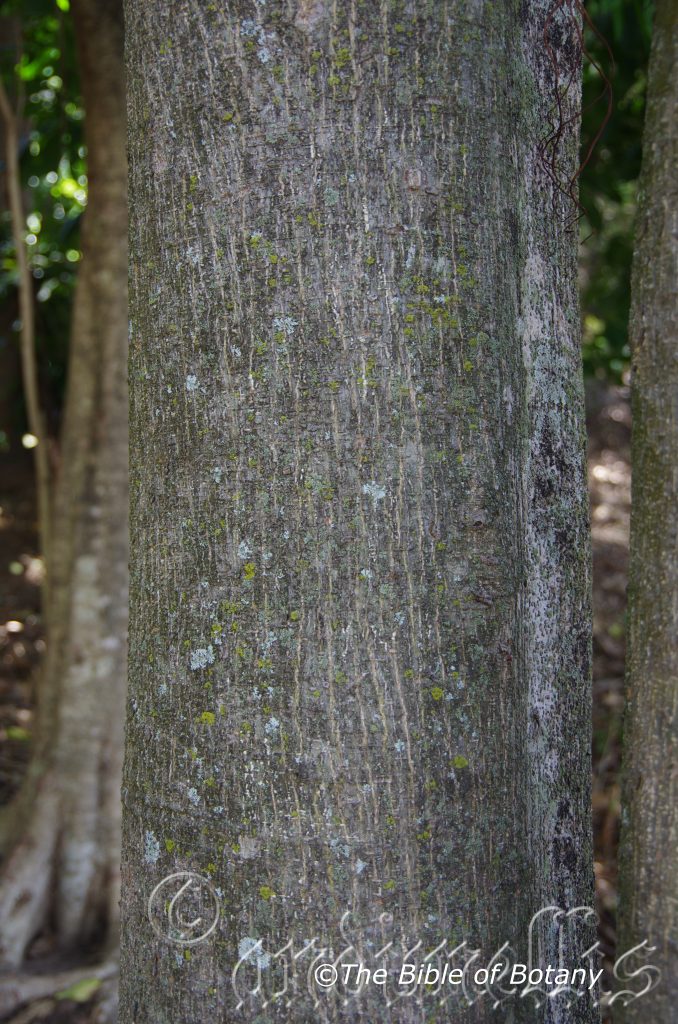
South Bank Brisbane River Brisbane Qld.
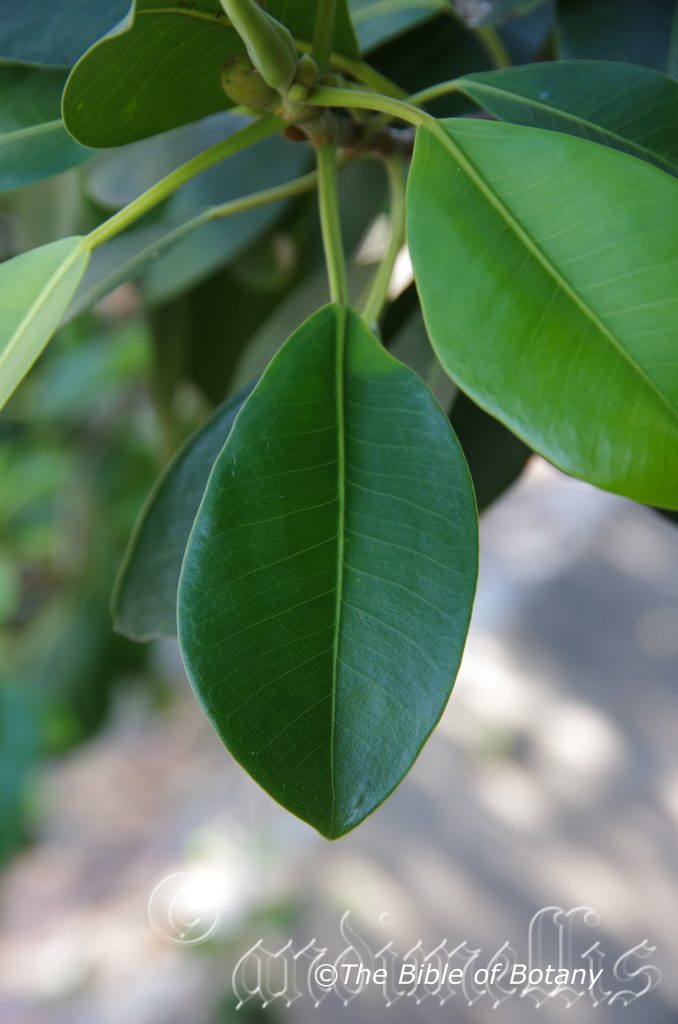
South Bank Brisbane River Brisbane Qld.
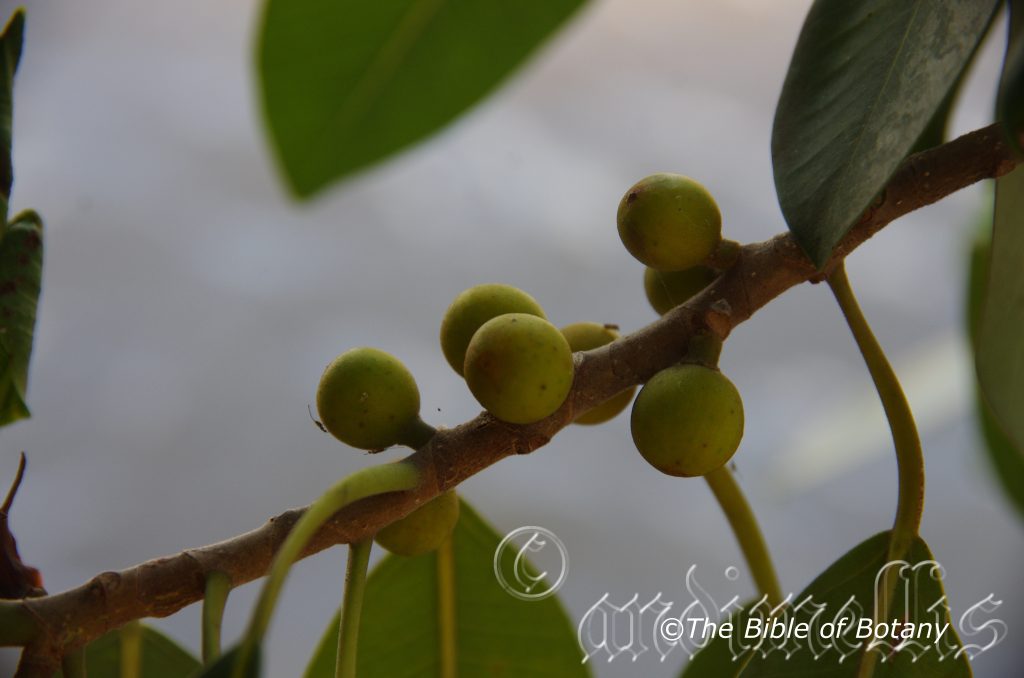
South Bank Brisbane River Brisbane Qld.
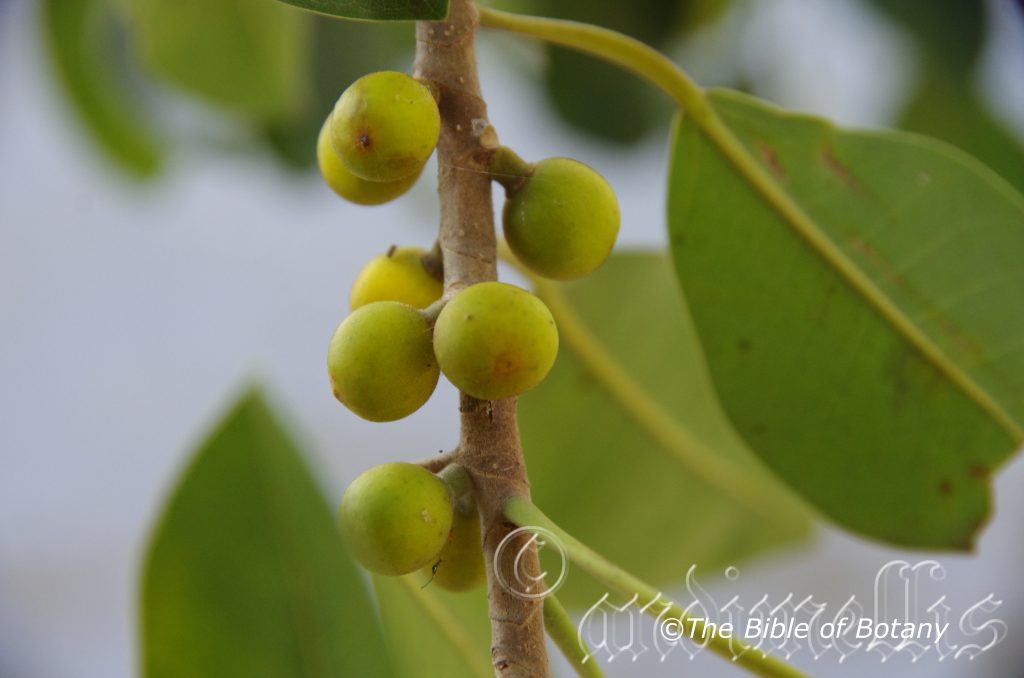
South Bank Brisbane River Brisbane Qld.
Ficus obliqua
Classification:
Class: Magnoliophyta
Order: Magnoliopsida
Family: Urticales
Subfamily: Moraceae
Genus: From Ficus, which is Latin for the Mediterranean fig tree. It refers to Australian trees, which are related to the European commercial fig trees.
Specie: From Obliquus, which is Latin for a slant or to slant. It refers to the base of leaves, which are at different distances from the stem along the stem. That is to have the two sides of the same leaf near the base at different positions.
Sub specie: Ficus obliqua subsp. obliqua. From Obliquus, which is Latin for a slant or to slant. It refers to the base of leaves, which are at different distances from the stem along the stem. That is to have the two sides of the same leaf near the base at different positions.
Sub specie: Ficus obliqua subsp. petiolaris & Ficus obliqua subsp. puberula had already classified as separate species which are now known as Ficus rubiginosa and Ficus brachypoda respectively.
Common Name: Small Leaf Fig.
Distribution:
Ficus obliqua subsp. obliqua is found south from the tip of Cape York Peninsula in far north Queensland to the Tilba coast in southern New South Wales. It is mainly found on and east of the Great Dividing Range.
https://avh.ala.org.au/occurrences/search?taxa=Ficus+obliqua#tab_mapView
Habitat Aspect Climate:
Ficus obliqua prefers full sun to medium shade or dappled sunlight. It grows in warm sub-tropical rainforests to tropical rainforests which comprise of littoral rainforests, well developed lowland rainforest, gallery forests and upland rain forest and at times wet schlerophyll forests adjoining rainforests. The altitude ranges from 5 meters ASL
to 1000 meters ASL.
The temperatures range from minus 2 degrees in July to 38 degrees in January.
The rainfalls range from lows of 950mm to 3200mm annually.
Soil Requirements:
Ficus obliqua prefers rich fertile sandy loams, to light clay loams. The soils are derived from decomposed brown basalt, black basalt, metamorphic rocks, sandstone or shale. The soils pH ranges from 5pH to 6pH are preferred. It does not tolerate waterlogged soils. Non saline soils to moderately saline soils are tolerated.
Height & Spread:
Wild Plants: 30m to 60m by 30m to 60m or more in diameter.
Characteristics:
Ficus obliqua is a medium size to large strangling fig with huge trunks of coalesced roots. The brown grey bark is often covered in lichens especially when it is growing in more protected sites. Branches similar to the trunk while the branchlets are pale grey and glabrous. All parts of the tree exude copious quantities of white milky latex.
The alternate, ovate, oblong-elliptical, narrow elliptical, elliptical or oblong-lanceolate leaves of Ficus obliqua measure 30mm to 130mm in length 15mm to 60mm in width. The glabrous stipules measure 1.5mm to 3mm in length. The petioles are grooved on the upper surface and measure 10mm to 15mm in length.
The bases are cuneate, broad cuneate to rounded while the apexes are symmetrical or at times slightly oblique, broadly acute, acuminate to obtuse or at times retuse. The coriaceous, discolourous laminas are deep green and glabrous on the upper lamina while the lower lamina is paler. The laminas are flat or slightly recurve from the mid vein to the margins. The mid vein is strongly prominent on the lower lamina while the 8 to 12 pairs of lateral veins are slightly prominent. The leaf margins are entire. The lateral veins form an intramarginal vein well inside the margins.
The perianths are entire without lobes. The tepals are glabrous. The stigma is cylindrical, papillose often slightly coiled. The 2 bracts are at the base of the figs while the lateral bracts are not present on the outside of the fig body. The cylindrical style is covered in minute soft fawn papillose hairs on the upper half while the stigma is swollen. The orifice is triradiate and closes by inflexed internal bracts.
Ficus obliqua fruits are ellipsoidal fleshy syconium. The syconiums are produced singularly or in pairs from the leaf axils. The green syconiums turn yellow to orange with fine deep red spots when ripe. They measure 6mm to 10mm in length by 6mm to 10mm in diameter.
The pedicels of Ficus obliqua subsp. obliqua measure 1mm to 2mm in length. The fruits ripen from April to June.
The pedicels of Ficus obliqua subsp. petiolaris measure 3mm to 5mm in length.
Wildlife:
Ficus obliqua like all figs produce the fruit first and the flower blooms within the fruit. This tree is one of the most important food sources for Australian fruit eating birds due to the large numbers of fruit produced, the small size of the fruit which means it is available to all native fruit eating birds and it produces fruit over a long period. Many birds like Pigeons, Silver eyes, Honeyeaters, Bower birds and Cat birds frequent the trees for the fruits. At night Possums and Flying foxes join the feast to be had and any fruits that hit the ground are eagerly sought out by native Mice, Wallabies and Dingoes and the Cassowaries.
The trees leaves are also the food source for the larval stages of the Australian Crow (Euploea core) and Eichhorn’s Crow (Euploea alcatho) Butterflies. Common & Waterhouse (1981).
Like all figs produce the fruit first and the flower blooms within the fruit. Syconium fruits are those fruits where the flower blooms within the inside of the fruit. It needs the services of a small insect usually a minute wasp to enter the fruit through a special opening to fertilize it. Ficus are unique in that each specie has its own Agaonid wasp to play cupid. (Hymneoptera Chalchoidea Agaonidae sp…….. Without its own specific little cupid wasp the trees cannot produce seed and consequently without its specific tree the wasp cannot reproduce. It is a very fine balance for fertilization and then later for the distribution of seeds where the trees are very reliant on the movement of pigeons. Ficus benjamina is reliant on the Superb Pigeon, Wompoo Fruit dove and the Emerald fruit dove just to mention three.
Cultivation:
Ficus obliqua is a beautiful large tree for large gardens and parks. It is suitable for animal shelters as it is very quick growing. In cultivation the trees will grow to a maximum of 20 meters to 40 meters in height by30 meters to 60 meters in diameter when grown in the open. The trees are rather messy every year when the fruit is ripening and do attract hundreds of birds and several native animals so care should be taken in positioning the trees even in a large garden. The roots system is quite aggressive around sewer lines, foundations and paths. This Ficus is a slower grower than the other species but once they start to fruit can produce large quantities.
Ficus obliqua make excellent Bonsai specimens and this one is no exception.
Propagation:
Seeds: Sow fresh Ficus obliqua seeds into a seed raising mix. When the seedlings are 30mm to 50mm tall, prick them out and plant them into 50mm native tubes using a good organic mix.
Once the seedlings reach 200mm to 250mm in height plant them out into their permanent position. Mass plantings as a tree would need the seedlings to be planted at 12 meters to 15 meters a part. They show potential as a shrub if pruning of branches to prevent any trunk from forming is possible. This will allow better harvesting of fruits in the future though some trees are very cauliferous.
Fertilize using seaweed, fish emulsion or organic chicken pellets soaked in water on an alternate basis. Fertilize every two months until the plants are established then twice annually in early September or March to maintain health and vitality.
Cuttings: Use 200mm to 250mm long healthy old wood from the previous season. The material when growing from cuttings should be taken from trees with good fruiting habits or qualities you prefer. 1 Prepare the cutting mix by adding one third sharp clean river sand, one third peat and one third perlite. These ingredients are sterilize,
2 Select good material from non diseased plants,
3 Select semi green stems for cuttings. Look for a stem with two or three nodes,
4 Place the cutting on a flat, hard surface, and make a clean cut down one side of the cutting at the base for 10mm with a sharp sterile knife or razor blade. – This scarification of the node will increase the chances of roots emerging from this spot. Now remove all but one or two the leaves, leaving the apex leaves in tact. If the leaves are very large in proportion to the stem, cut off the apical halves.
5 Fill a saucer with water, and place a little weak to medium rooting hormone into another container like a milk bottle top. Dip the node end of the cutting into the water and then into the rooting hormone. Tap off any excess hormone,
6 Use a small dipple stick or old pencil to poke a hole into the soilless potting mix. Ensure the hole is slightly larger than the stem diameter and be careful not to wipe the rooting hormone off the cuttings base, place the cuttings in a pattern ensuring the cuttings are not touching each other,
7 I like to place the pots in Plastic bags to help maintain temperature and moisture. Place in a semi shaded place like under 50mm shade cloth.
8 When the cuttings have struck, open the bag to allow air circulation for a few days to a week,
9 Once hardened off remove the cuttings from the bag and allow to further hardening for a few more days,
10 Transplant into a good potting mix to grow on.
Further Comments from Readers:
Hi reader, it seems you use The Bible of Botany a lot. That’s great as we have great pleasure in bringing it to you! It’s a little awkward for us to ask, but our first aim is to purchase land approximately 1,600 hectares to link several parcels of N.P. into one at The Pinnacles NSW Australia, but we need your help. We’re not salespeople. We’re amateur botanists who have dedicated over 30 years to saving the environment in a practical way. We depend on donations to reach our goal. If you donate just $5, the price of your coffee this Sunday, We can help to keep the planet alive in a real way and continue to bring you regular updates and features on Australian plants all in one Botanical Bible. Any support is greatly appreciated. Thank you.
In the spirit of reconciliation we acknowledge the Bundjalung, Gumbaynggirr and Yaegl and all aboriginal nations throughout Australia and their connections to land, sea and community. We pay our respect to their Elders past, present and future for the pleasures we have gained.
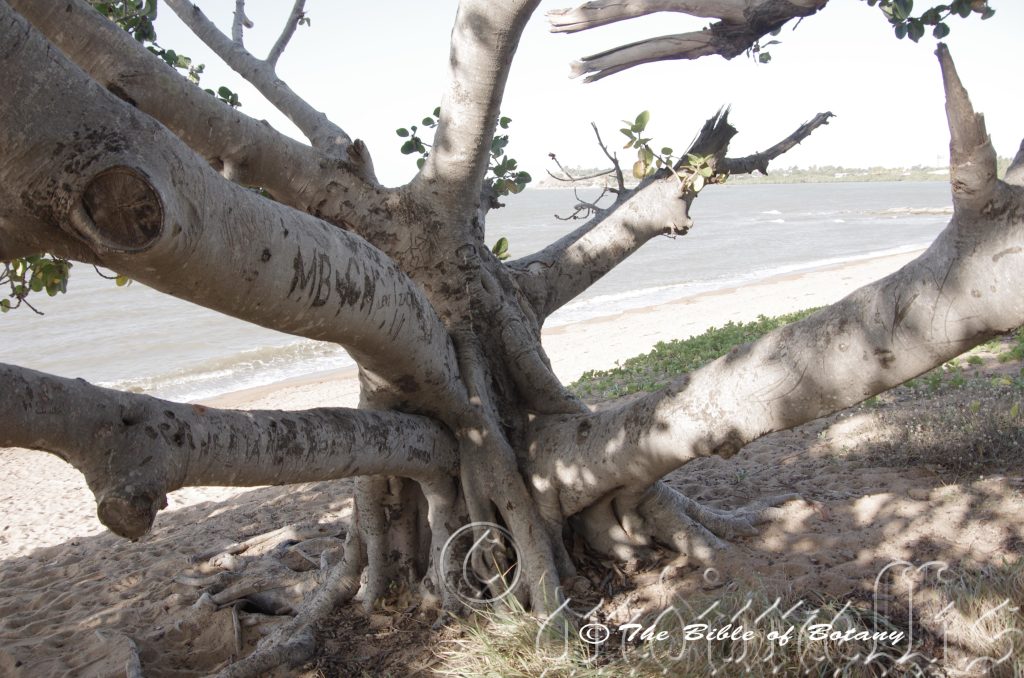
Palarenda Beach Townsville Qld.
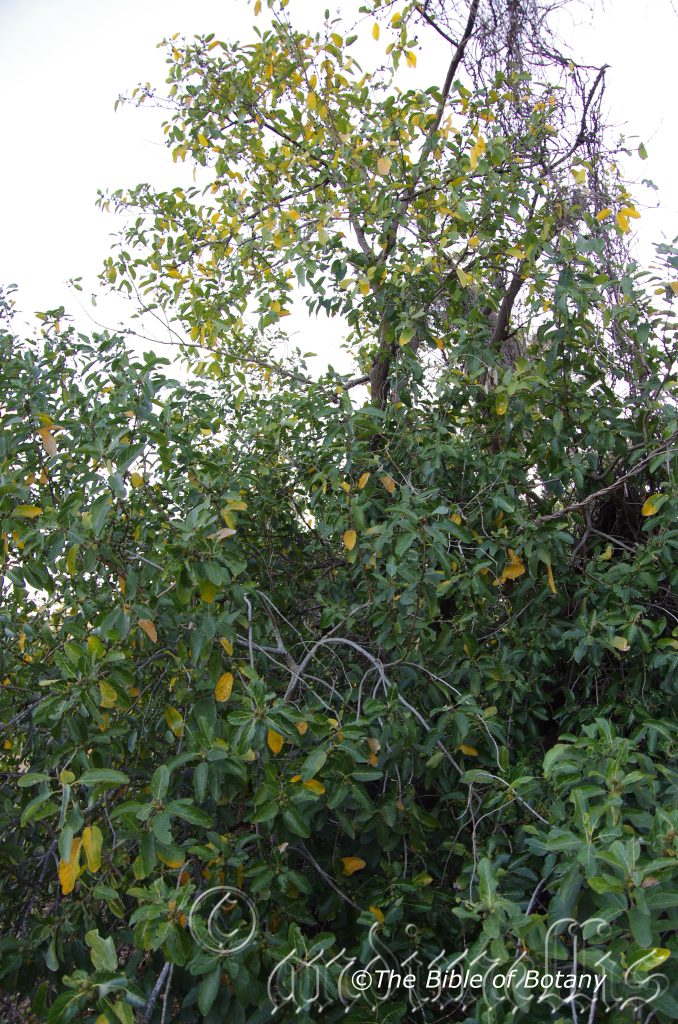
Ross River Townsville Qld.
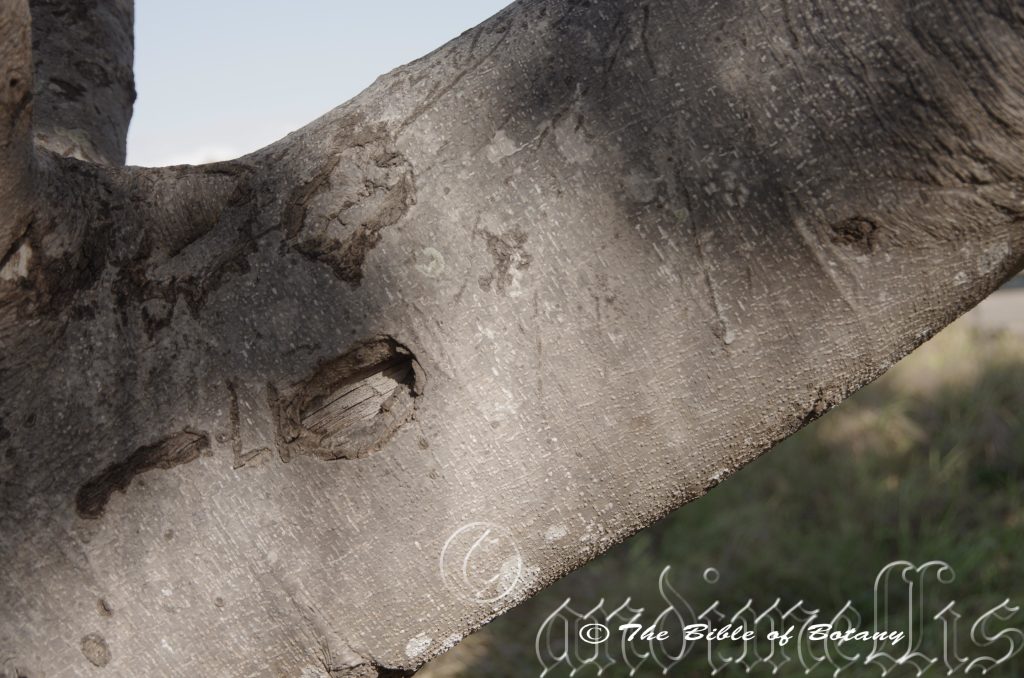
Palarenda Beach Townsville Qld.
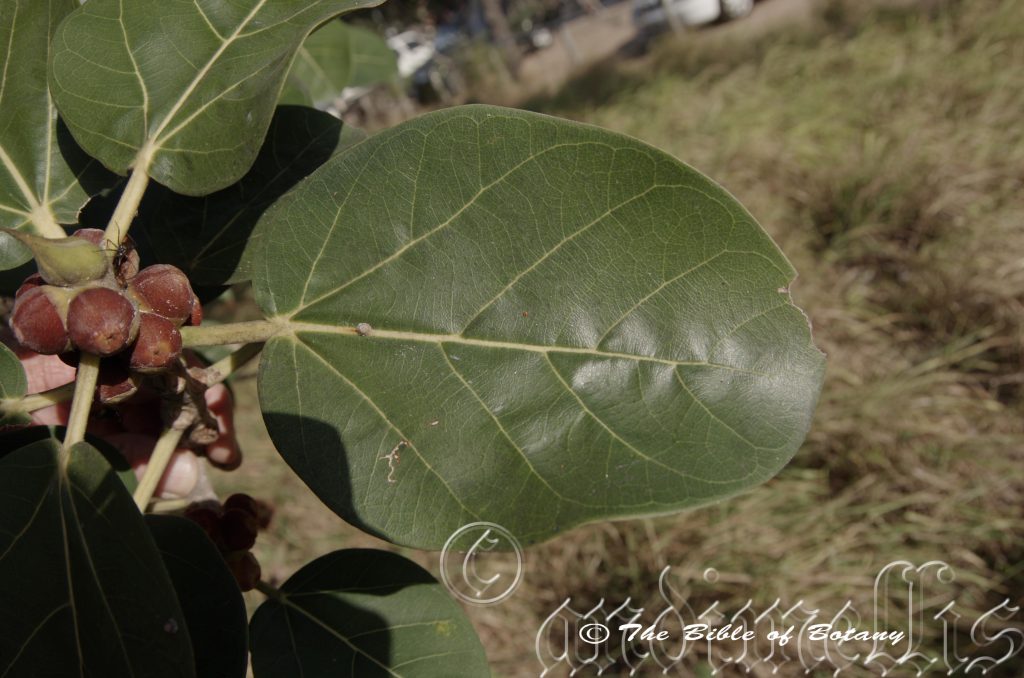
Palarenda Beach Townsville Qld.
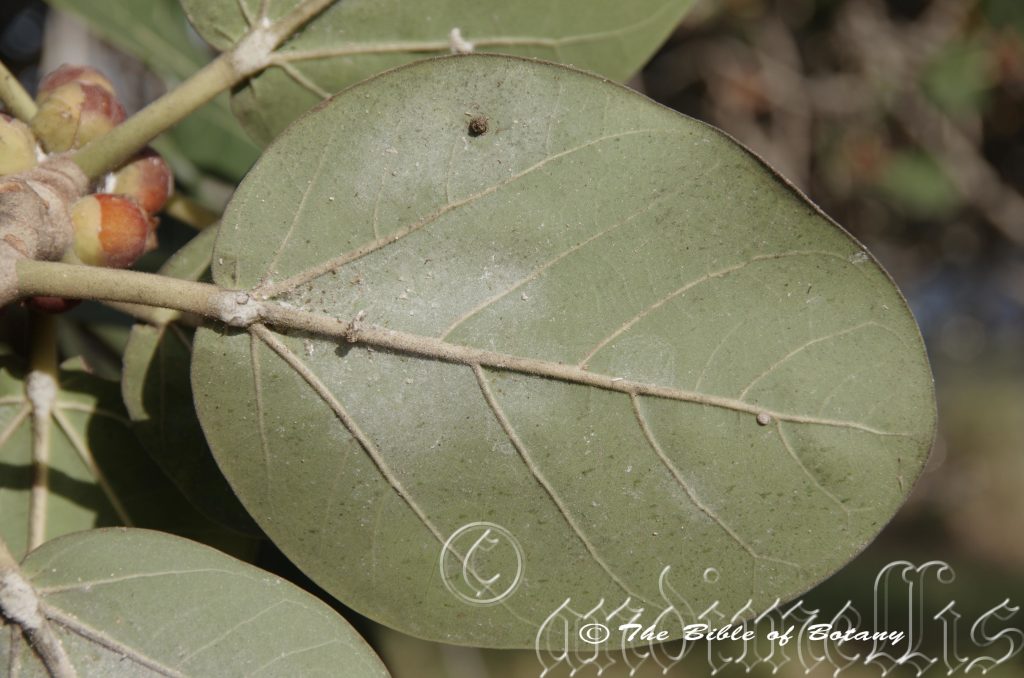
Palarenda Beach Townsville Qld.
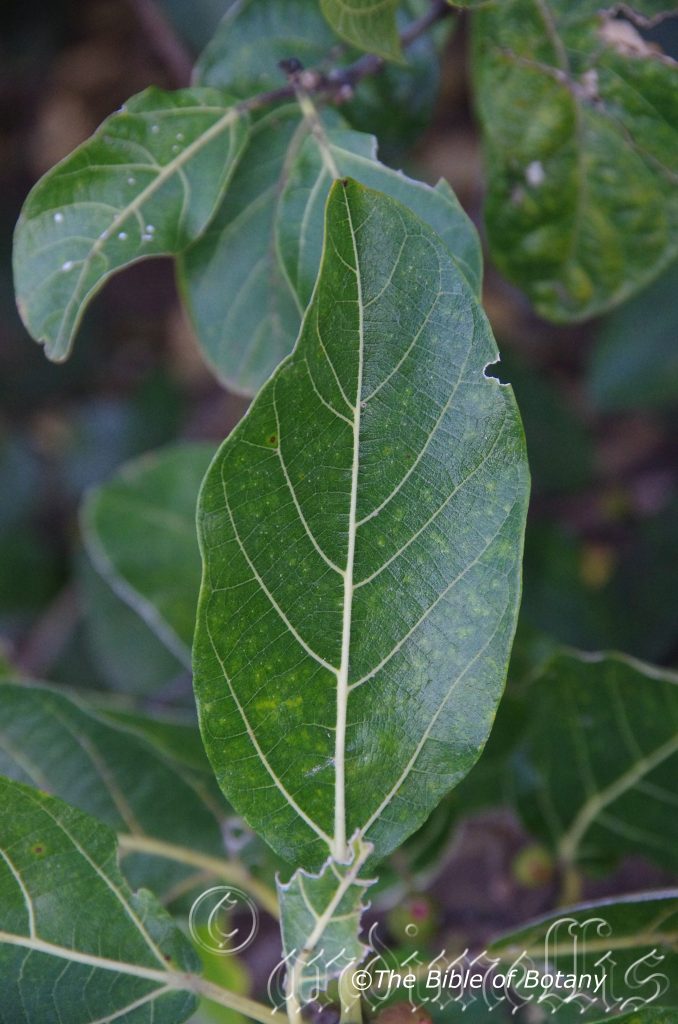
Ross River Townsville Qld.
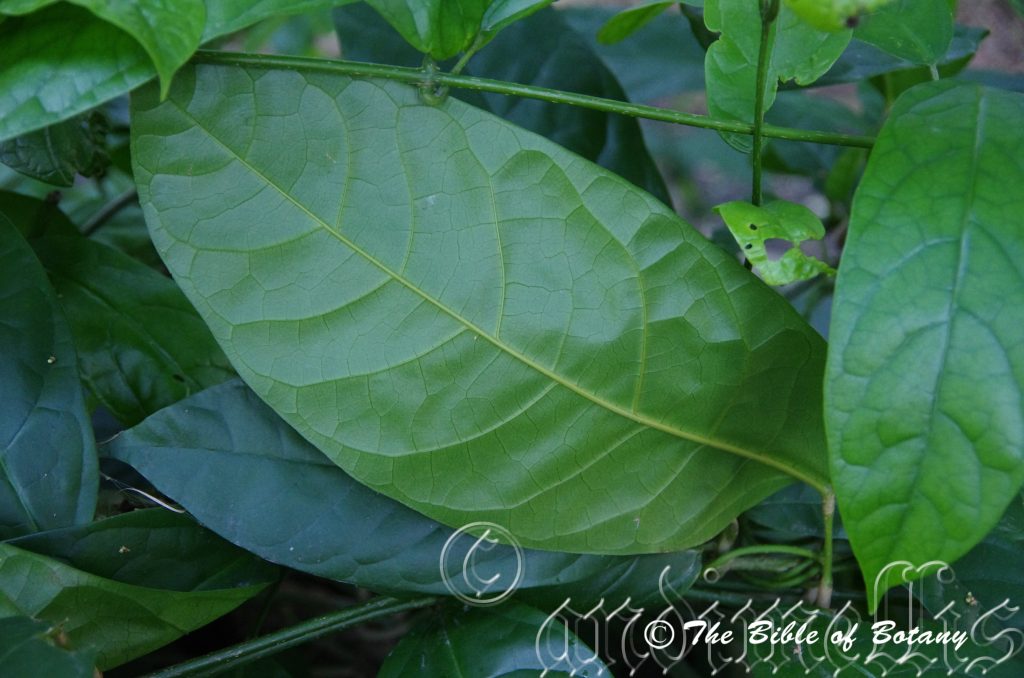
Ross River Townsville Qld.
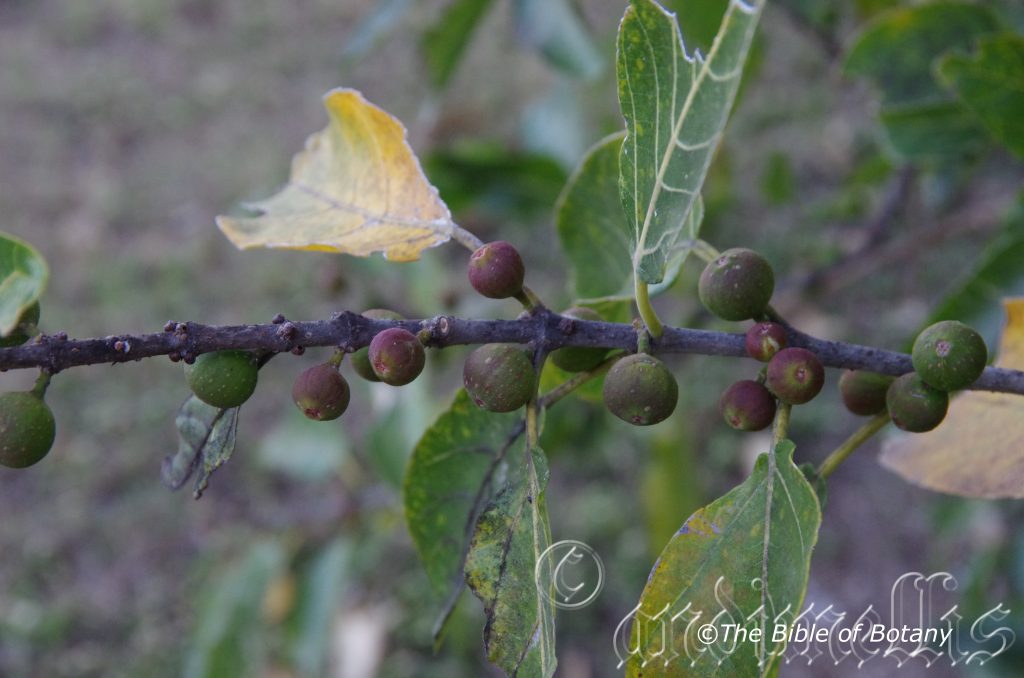
Ross River Townsville Qld.

Ross River Townsville Qld.
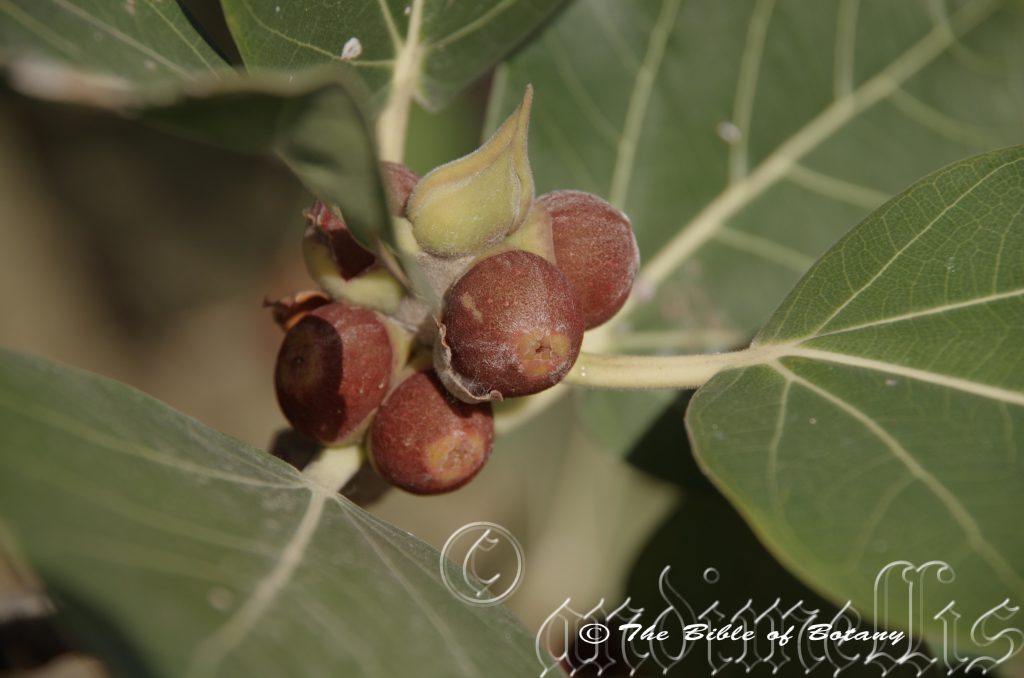
Palarenda Beach Townsville Qld.
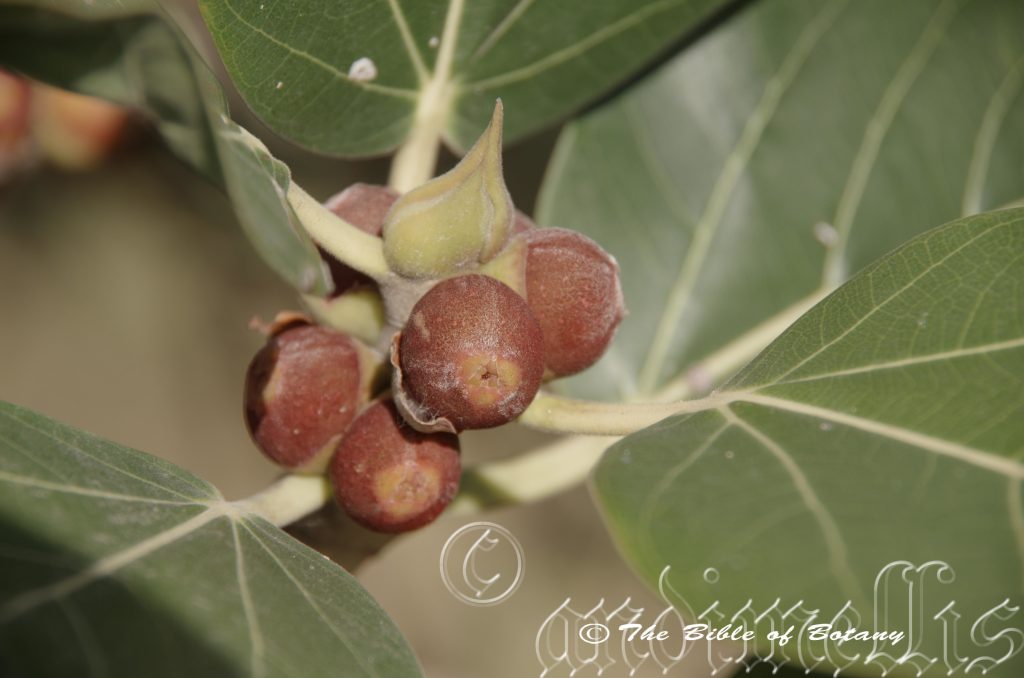
Palarenda Beach Townsville Qld.
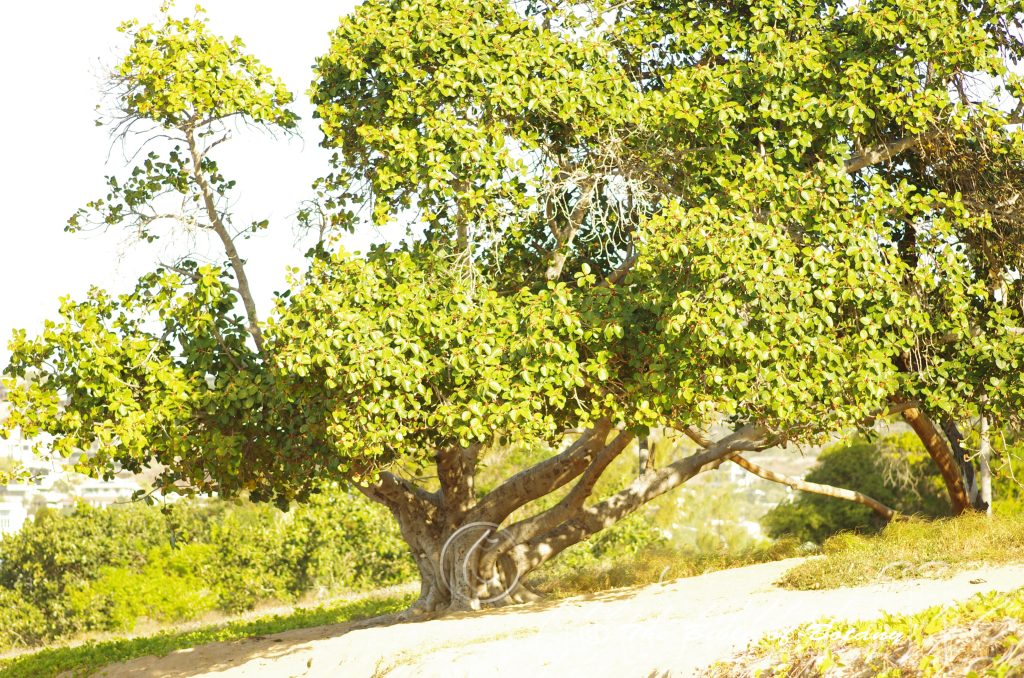
Palarenda Beach Townsville Qld.
Ficus opposita
Classification:
Class: Magnoliophyta
Order: Magnoliopsida
Family: Urticales
Subfamily: Moraceae
Genus: From Ficus, which is Latin for the Mediterranean fig tree. It refers to Australian trees, which are related to the European commercial fig trees.
Specie: From Oppositus, which is Latin for being on the other side. It refers to the leaves, which appear at 180 degrees to each other on the same axis.
Sub specie:
Common Name: Sandpaper Fig or Sweet Fig.
Distribution:
Ficus opposita is found in several disjunct populations along the Western Australian coast south from between Broome and Derby to Chichester National Park.
It is also found in several disjunct populations in central Australia and becomes more common as it extends east. It is found in a line north from Darwin in the north west coast of the Northern Territory to Mount Isa then to Redland Bay in south eastern coastal Queensland. There is an old record from near Copmanhurst in New South Wales from the late 1850s. It is most likely extinct in that state now.
https://avh.ala.org.au/occurrences/search?taxa=Ficus+opposita#tab_mapView
Habitat Aspect Climate:
Ficus opposita prefers full sun to light shade or dappled sun light. It grows in monsoonal rainforests, lowland rainforests riverine forests inland, open moist Eucalyptus forests and open littoral rainforests. The altitude ranges from 5 meters ASL to 740 meters ASL.
The temperatures range from minus 1 degree in July to 42 degrees in January.
The rainfalls range from lows of 400mm to 3200mm annually.
Soil Requirements:
Ficus opposita prefers sand, sandy loams, to medium clay loams including podsolic soils and light to heavy silts. The soils are usually derived from decomposed sandstone, granites, metamorphic rocks, alluvial deposits and accumulated peaty beach sands. The soils pH ranges from 4pH to 7.5pH are preferred. It does not tolerate waterlogged soils though seasonal high water tables are acceptable for short periods. Non saline soils to the high end of moderately saline soils are tolerated as are salt laden winds.
Height & Spread:
Wild Plants: 4m to 15m by 4m to 12m.
Characteristics:
Ficus opposita is a not a strangler fig which has a glabrous, mid grey bark. The branches are glabrous grey-brown and often covered in lichens and epiphytes. The branchlets are mid grey-brown and covered in the scars of old leaves and protrusions from more recent leaf abscission zones and are also sparsely covered in grey hirsute hairs. The bark exudes milky exudates which usually turns clear or creamy-yellow after being exposed to the air. The leafy twigs are slender and sparsely covered in white hirsute hairs.
The chartaceous, opposite leaves of Ficus opposita are ovate. The leaves measure 60mm to 140mm in length by 40mm to 70mm in width. The stipules are moderately covered in soft, white appressed hairs externally. The stipules measure 4mm to 15mm in length. The petioles are sparsely covered in soft, white appressed hairs and produce a milky exudate which turns clear similar to that of the stems and trunk when exposed to the air. The petioles measure 15mm to 24mm in length. The symmetrical bases are slightly cordate while the apexes are obtuse broad acuminate or mucronate. The discolourous laminas are deep green to deep olive-green and are moderately covered in short prickles on the upper laminas giving them a sandpapery texture and feel while the lower laminas are paler and glabrous. The laminas are flat to slightly undulating and recurve slightly upwards from the mid vein to the margins and gently decurve downwards near the apex. The yellowish to creamy-yellow mid vein is strongly prominent on the lower lamina while the 14 to 16 usually sub opposite lateral veins are faintly to slightly prominent on the lower lamina. The mid vein is usually glabrous or at times may be sparsely covered in short prickles. The leaf margins are entire.
Ficus opposita male flowers are produced around the ostiole. Bristles produced between the female and gall flowers.
The pedunculate fruits are slightly compressed spherical syconiums that measure 13mm to 18mm in length by 15mm to 22mm in diameter. The fruits are produced from the leaf axis. The seeds are smooth and glabrous.
The tepals in both the male and female flowers are glabrous but are sparsely covered in hirsute hairs near the apexes of the gall flowers. The female flowers stigma is cylindrical and covered in papillose lumps. The style is sparsely covered in hirsute hairs on the apical half. There are 3 bracts at the base of the fruit.
Ficus opposita fruits are ellipsoidal fleshy syconiums that are usually produced singularly or rarely in small clusters from the leaf axis. The outer surface is covered in white pubescent and hirsute hairs. The green figs turn deep red or deep maroon-red or at times black and glossy when ripe. The orifice is closed by interlocking apical and internal bracts.
Wildlife:
Ficus opposita like all figs produce the fruit first and the flower blooms within the fruit. It needs the services of a small insect usually a minute wasp to enter the fruit through special pores at the apex of the fruit to fertilize them. Many birds like Pigeons, Silver eyes, Honeyeaters, Bower birds and Cat birds frequent the trees for the fruits. At night Possums and Flying foxes join the feast on larger trees. Any fruits that drop to the ground are eagerly sought out by native Mice, Wallabies and Dingoes.
Syconium fruits are those fruits where the flower blooms within the inside of the fruit. Ficus are unique in that each individual specie has its own Agaonid wasp (Pleistodontes addicotti) to play cupid. Without its own specific little cupid wasp the trees cannot produce seed and consequently without its specific tree the wasp cannot reproduce. It is a very fine balance for fertilization and then later for the distribution of seeds where the trees are very reliant on the movement of pigeons. Ficus benjamina is reliant on the Superb Pigeon, Compo Fruit dove and the Emerald fruit dove just to mention three.
The fruits are rather dry, uninteresting and unlikely to attract a market despite their good size colour and shelf life.
Cultivation:
Ficus opposita is a beautiful tree for small gardens. It is suitable for animal shelters as it is very quick growing. In cultivation the trees will grow to a maximum of 12 meters to 15 meters in height by 10 meters to 15 meters in diameter but takes many years to reach these dimensions. Trees are rather messy every year when the fruits are ripening and do attract several native animals so care should be taken in positioning the trees. The roots system though small compared to other Figs, are still quite aggressive around sewer lines and foundations. This Ficus is a slower grower than the other species but once they start to fruit can produce large quantities.
I have not had the chance to grow Ficus coronata for the fruit but would assume that given a regular fertilizing regime, mulch, water and good fruiting strains the trees could become very productive.
Ficus make excellent Bonsai and topiary specimens and this one is no exception.
Propagation:
Seeds: Sow fresh Ficus opposita seeds into a seed raising mix. When the seedlings are 30mm to 50mm tall, prick them out and plant them into 50mm native tubes using a good organic mix.
Once the seedlings reach 200mm to 250mm in height plant them out into their permanent position.
Fertilize using seaweed, fish emulsion or organic chicken pellets soaked in water on an alternate basis. Fertilize every two months until the plants are established then twice annually in early September or March to maintain health and vitality.
Cuttings: Use 200mm to 250mm long healthy old wood from the previous season. The material when growing from cuttings should be taken from trees with good fruiting habits or qualities you prefer. 1 Prepare the cutting mix by adding one third sharp clean river sand, one third peat and one third perlite. These ingredients are sterilize,
2 Select good material from non diseased plants,
3 Select semi green stems for cuttings. Look for a stem with two or three nodes,
4 Place the cutting on a flat, hard surface, and make a clean cut down one side of the cutting at the base for 10mm with a sharp sterile knife or razor blade. – This scarification of the node will increase the chances of roots emerging from this spot. Now remove all but one or two the leaves, leaving the apex leaves in tact. If the leaves are very large in proportion to the stem, cut off the apical halves.
5 Fill a saucer with water, and place a little weak to medium rooting hormone into another container like a milk bottle top. Dip the node end of the cutting into the water and then into the rooting hormone. Tap off any excess hormone,
6 Use a small dipple stick or old pencil to poke a hole into the soilless potting mix. Ensure the hole is slightly larger than the stem diameter and be careful not to wipe the rooting hormone off the cuttings base, place the cuttings in a pattern ensuring the cuttings are not touching each other,
7 I like to place the pots in Plastic bags to help maintain temperature and moisture. Place in a semi shaded place like under 50mm shade cloth.
8 When the cuttings have struck, open the bag to allow air circulation for a few days to a week,
9 Once hardened off remove the cuttings from the bag and allow to further hardening for a few more days,
10 Transplant into a good potting mix to grow on.
Further Comments from Readers:
Hi reader, it seems you use The Bible of Botany a lot. That’s great as we have great pleasure in bringing it to you! It’s a little awkward for us to ask, but our first aim is to purchase land approximately 1,600 hectares to link several parcels of N.P. into one at The Pinnacles NSW Australia, but we need your help. We’re not salespeople. We’re amateur botanists who have dedicated over 30 years to saving the environment in a practical way. We depend on donations to reach our goal. If you donate just $5, the price of your coffee this Sunday, We can help to keep the planet alive in a real way and continue to bring you regular updates and features on Australian plants all in one Botanical Bible. Any support is greatly appreciated. Thank you.
In the spirit of reconciliation we acknowledge the Bundjalung, Gumbaynggirr and Yaegl and all aboriginal nations throughout Australia and their connections to land, sea and community. We pay our respect to their Elders past, present and future for the pleasures we have gained.
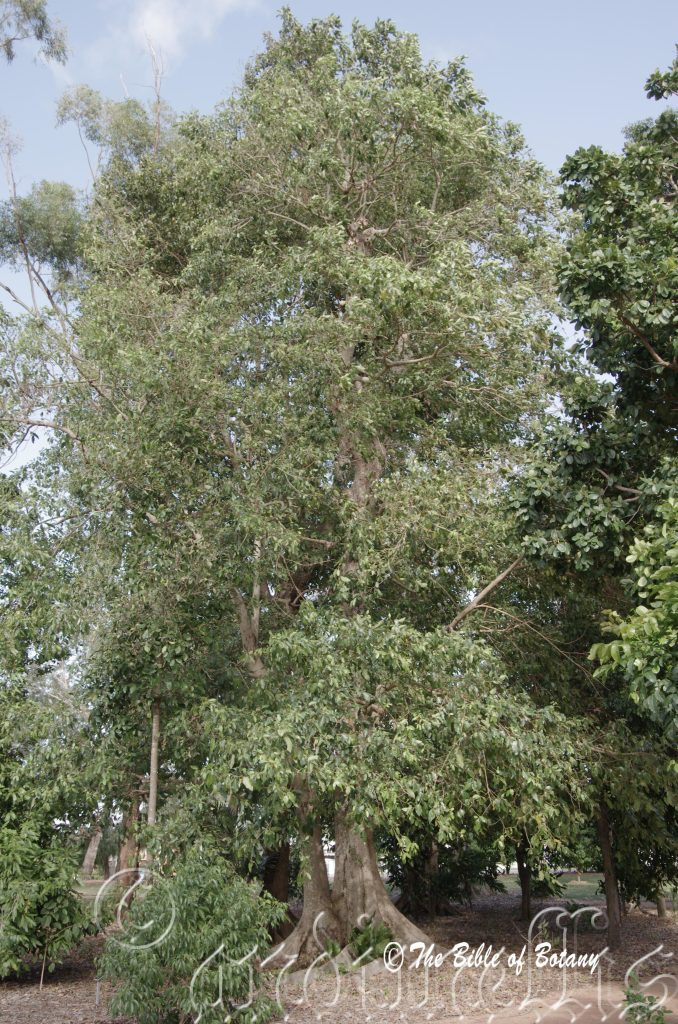
Anderson Gardens Townsville Qld.
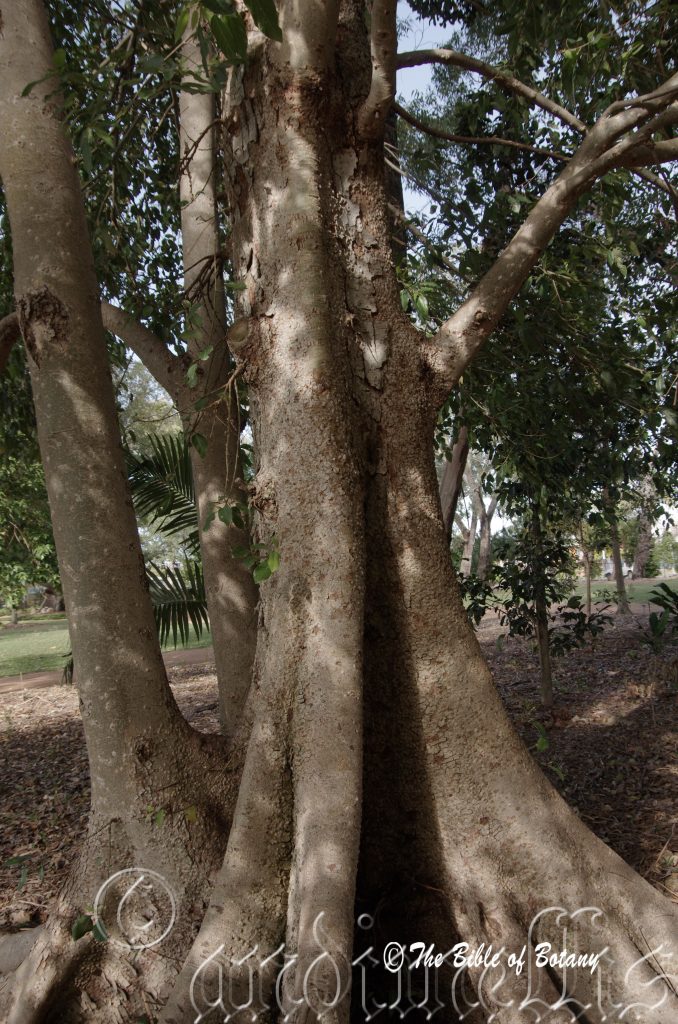
Anderson Gardens Townsville Qld.
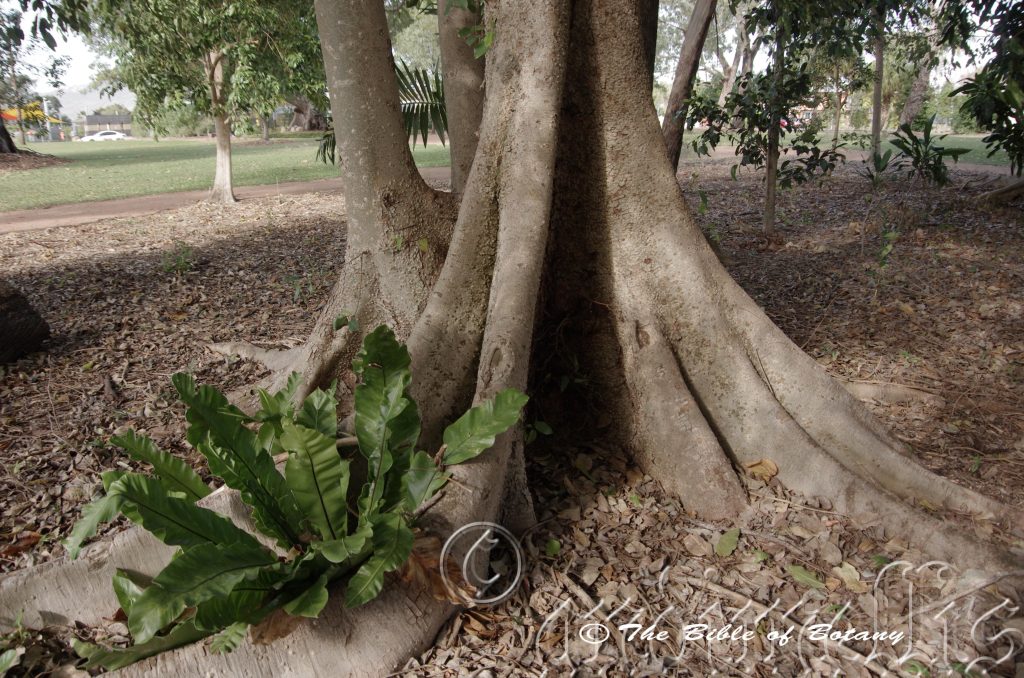
Anderson Gardens Townsville Qld.
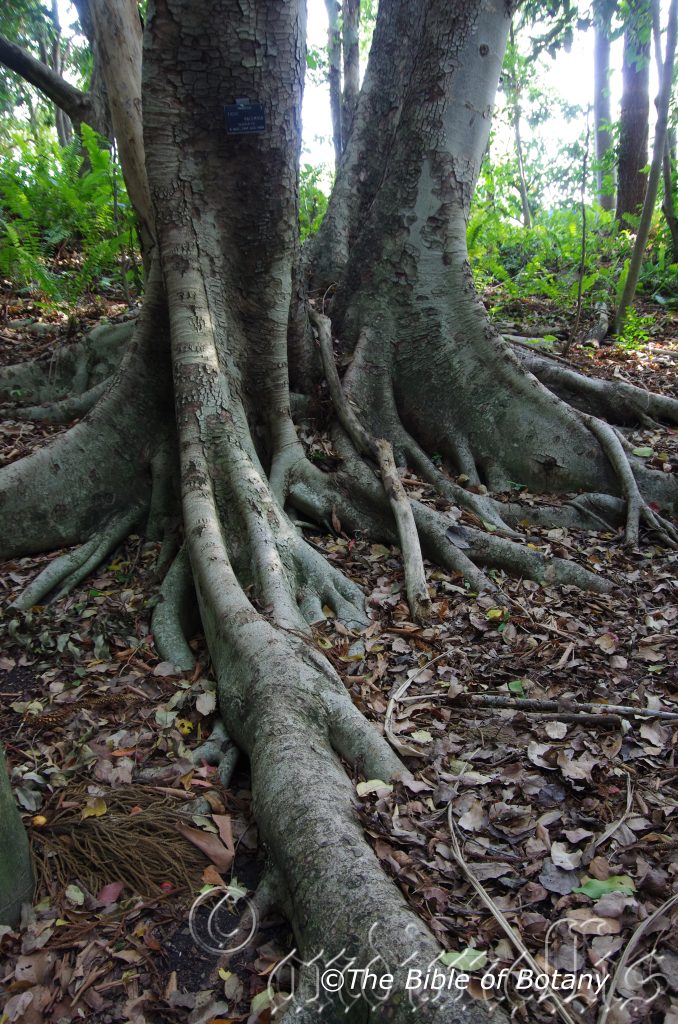
Mount Cootha Botanic Gardens Qld.
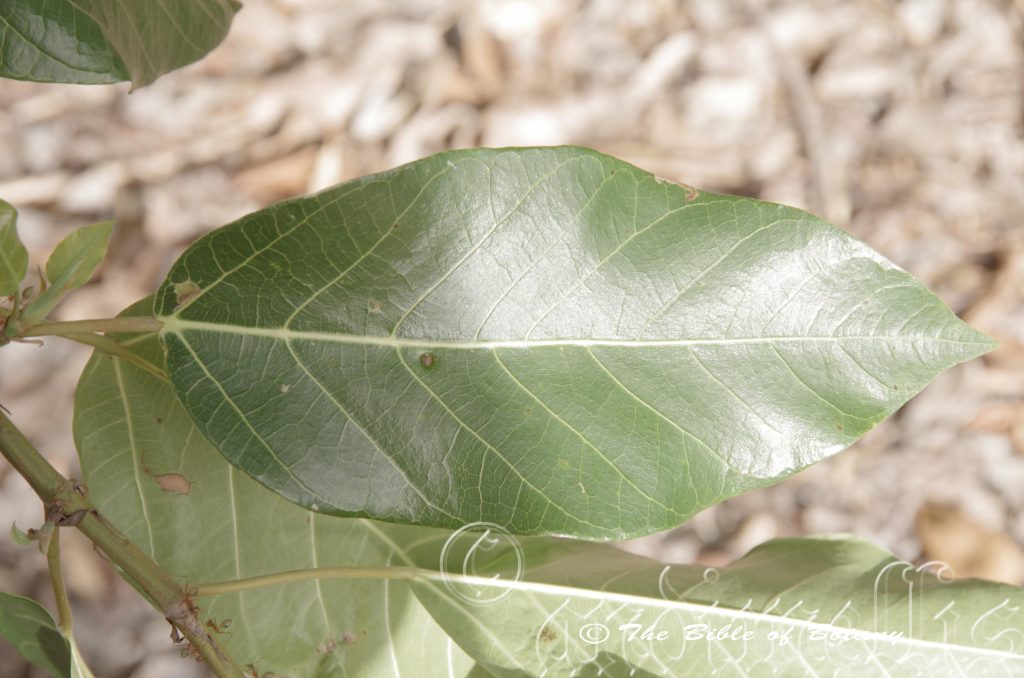
Anderson Gardens Townsville Qld.
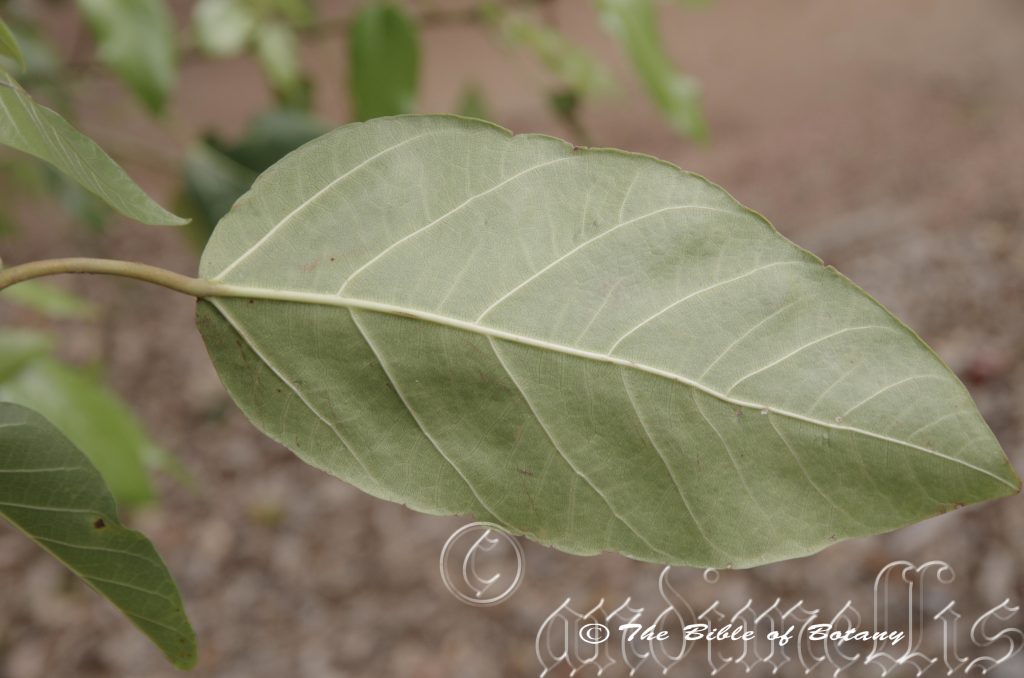
Anderson Gardens Townsville Qld.
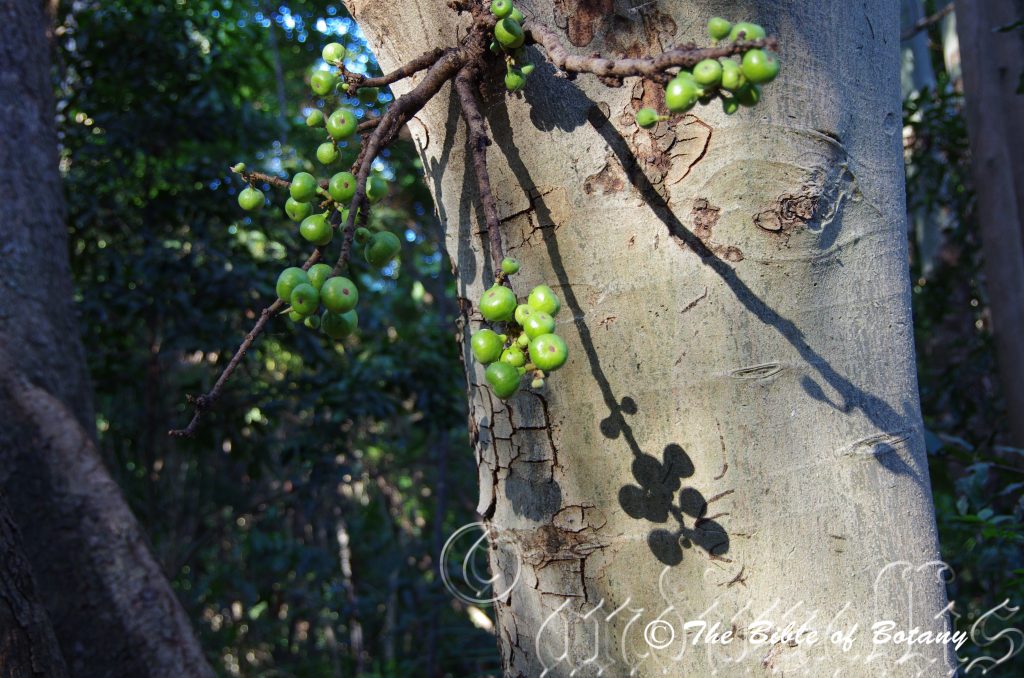
Mount Cootha Botanic Gardens Qld.
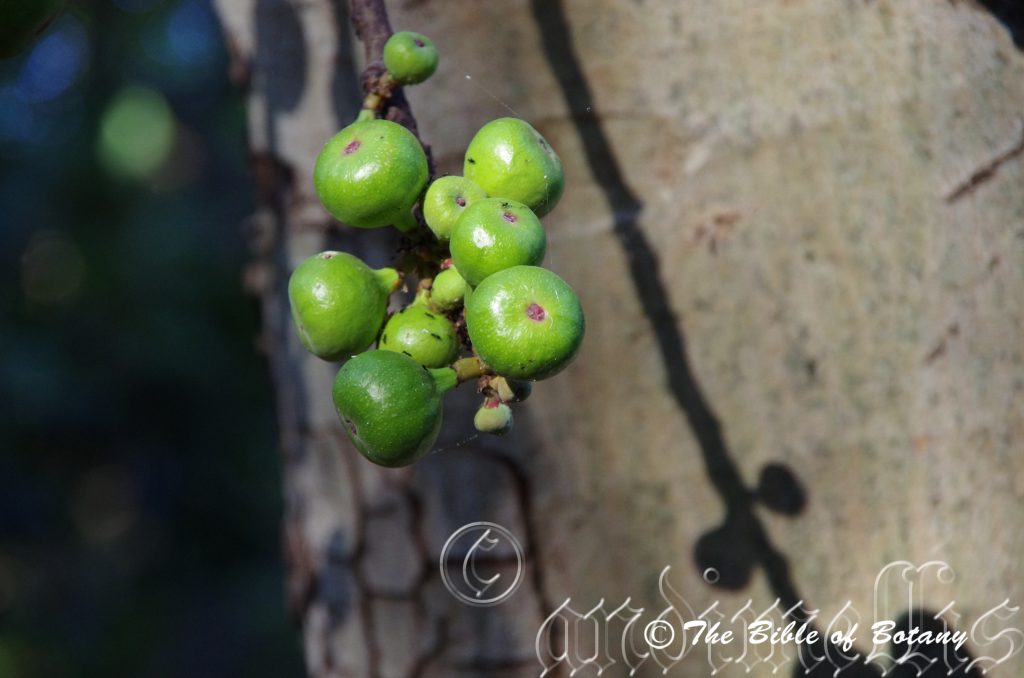
Mount Cootha Botanic Gardens Qld.
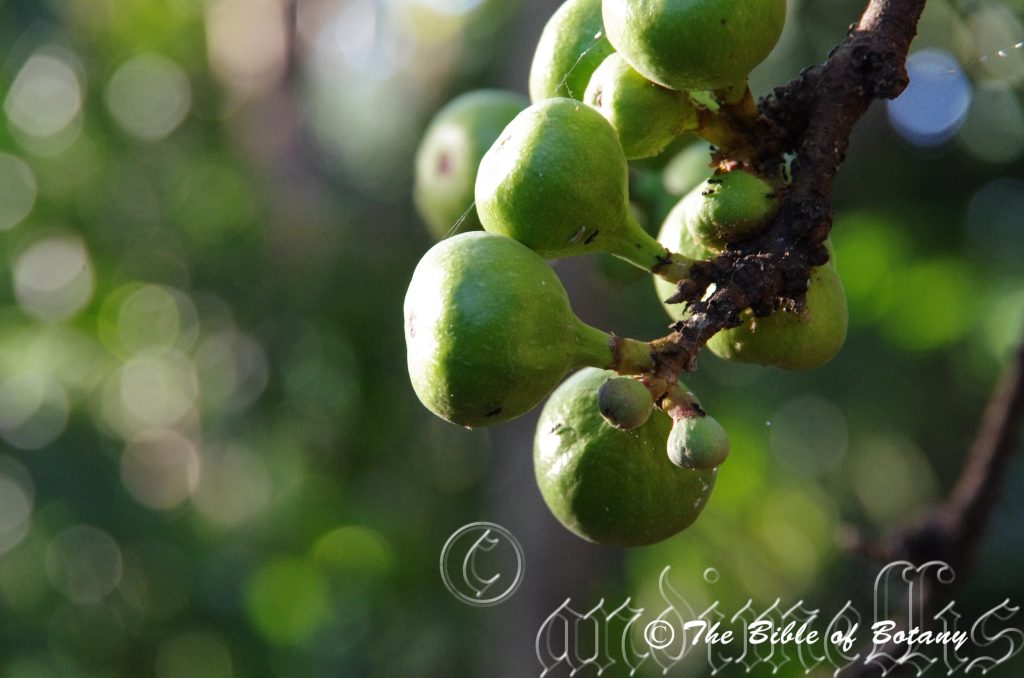
Mount Cootha Botanic Gardens Qld.
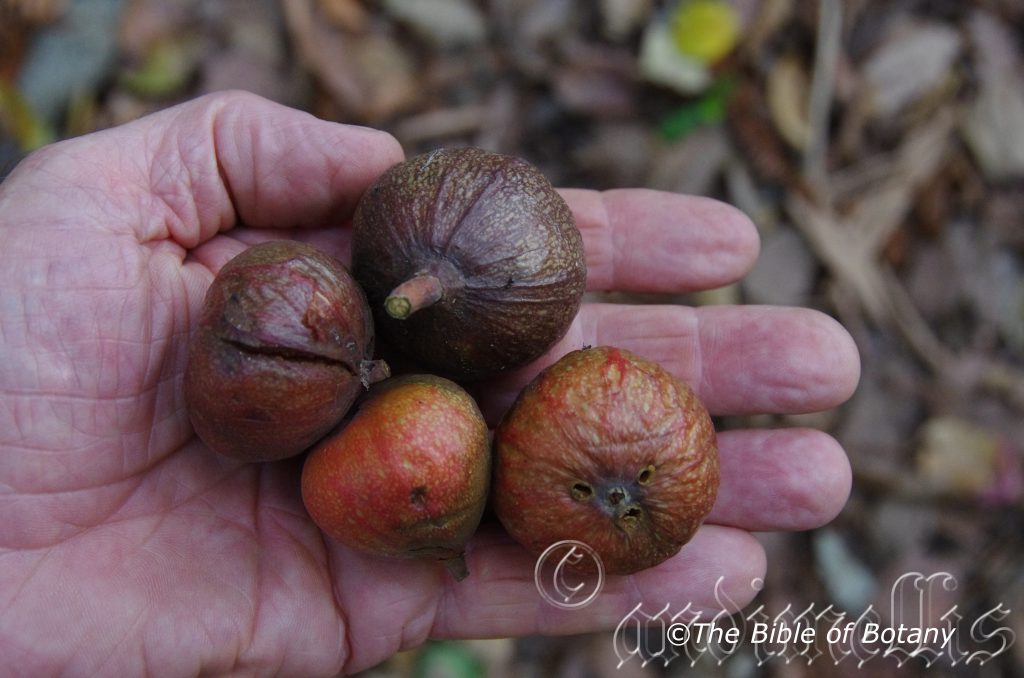
Mount Cootha Botanic Gardens Qld.
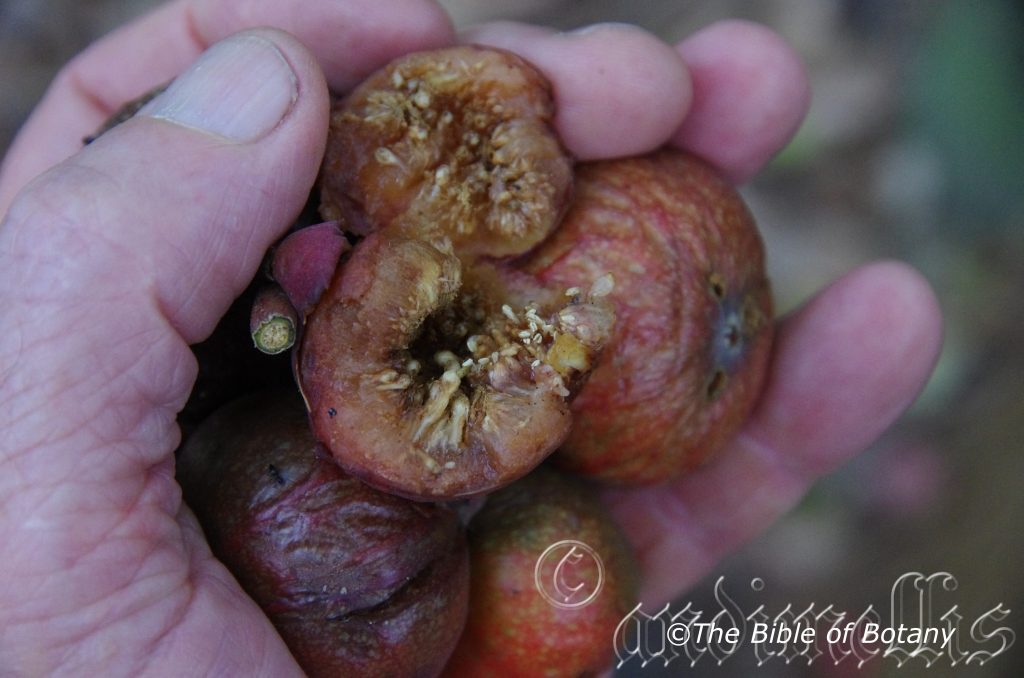
Mount Cootha Botanic Gardens Qld.
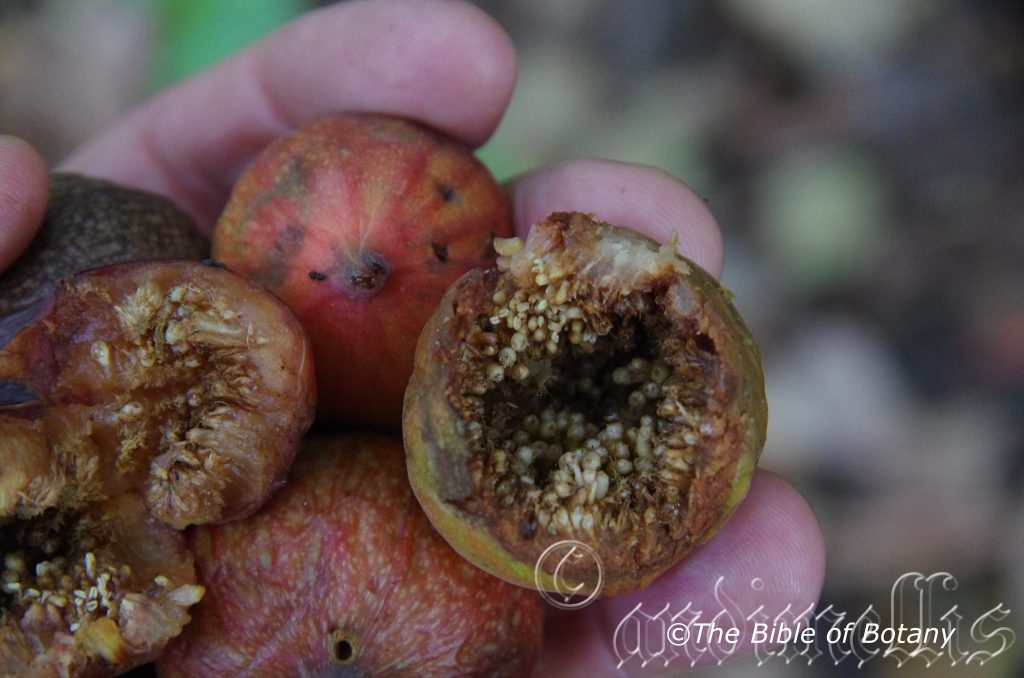
Mount Cootha Botanic Gardens Qld.
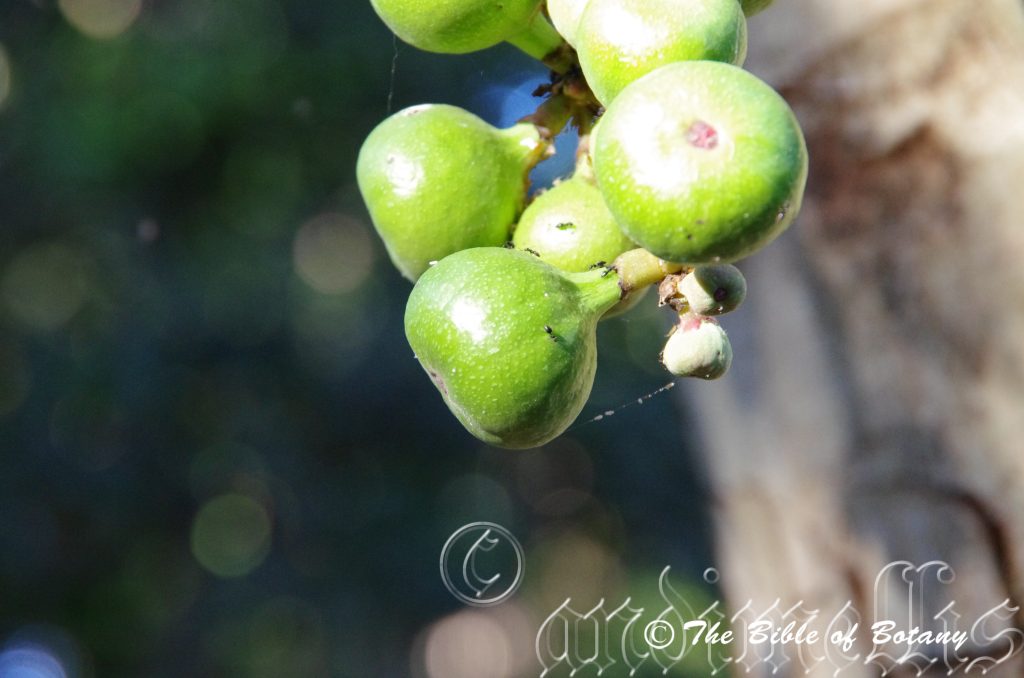
Mount Cootha Botanic Gardens Qld.
Ficus racemosa
Classification:
Class: Magnoliophyta
Order: Magnoliopsida
Family: Urticales
Subfamily: Moraceae
Genus: From Ficus, which is Latin for the Mediterranean fig tree. It refers to Australian trees, which are related to the European commercial fig trees.
Specie: From Racemosa, which is Latin for a cluster. It refers to flowers, which are born on densely packed racemes.
Sub specie:
Common Name:
Distribution:
Ficus racemosa is found in 3 disjunct populations in the northern third of Australia. It may be even more widespread than described with the 3 regions actually being connected near the coastline.
In Western Australia and the Northern Territory it is found east from Derby, Fitzroy Crossing, Saw Pit Gorge on Halls Creek, The Victoria River, Cannon Hill in far north eastern Arnhem Land to Groote Eyelandt.
In the east it is found from Malapunya station and Kajabbi on the Leichardt River and from Burketown on the Gulf Coast.
In the east it is found south from the Pascoe River and Big Lake on Cape York Peninsula to the Edward River community, Hughenden, Charters Towers then to Carnarvon Gorge National Park.
https://avh.ala.org.au/occurrences/search?taxa=Ficus+racemosa#tab_mapView
Habitat Aspect Climate:
Ficus racemosa prefers full sun to medium shade or dappled sunlight. It grows in dry rain forest, littoral rainforest, monsoonal rainforests, gallery forests and at times in areas that are quite dry and not conducive to rain forest development. The altitude ranges from 5 meters ASL to 550 meters ASL.
The temperatures range from minus 2 degrees in July to 42 degrees in January.
The rainfalls range from lows of 500mm to 3200mm annually.
Soil Requirements:
Ficus racemosa prefers rich fertile sandy loams, to light clay loams. The soils are derived from decomposed brown basalt, black basalt, metamorphic rocks, sandstones or shale. The soils pH ranges from 5pH to 6pH are preferred. It does not tolerate waterlogged soils. Non saline soils to moderately saline soils are tolerated.
Height & Spread:
Wild Plants: 25m to 30m by 25m to 30m.
Characteristics:
Ficus racemosa is not a strangling fig that has pale grey-brown, glabrous, bark which is often covered in lichens especially when it is growing in more protected sites. The branchlets are olive-green to olive-brown and sparsely covered in caduceous fawn puberulent hairs. All parts of the tree exude milky latex that turns brown or brownish on exposure to the elements.
The trees are deciduous for a short period in August or September each year. The alternate, oblong-elliptical to broad elliptical leaves of Ficus racemosa measure 60mm to 200mm in length 40mm to 90mm in width. The caduceous ovate-lanceolate stipules remain attached to the stems until the leaf fully expands. The stipules are covered in fine fawn puberulent hairs and measure 5mm to 20mm in length. The petioles measure 15mm to 30mm in length.
The base is cuneate to obtuse while the apex is broadly acute, broadly acuminate to obtuse. The discolourous laminas are grass-green and glabrous on the upper lamina while the lower laminas are much paler. The laminas recurve strongly at first slowly becoming flat while the upper lamina is convex between the lateral veins and the mid vein. The mid vein is strongly prominent while the 4 to 8 pairs of lateral veins are moderately prominent on the lower lamina and are clearly visible from the upper laminas. The leaf margins are entire. This is more apparent with larger leaves on juvenile trees.
The tepals are glabrous, lobed or lacinate to denticulate in the female flowers and are entire in the male flowers. The male sessile parts are produced around the ostiole. The male calyx’s have 3 or 4 lobes and 2 stamens. The female flowers are pedicillate with the linear calyx lobes apex’s having 3 or 4 minute teeth. The lateral style has a clavate stigma. The style is covered in minute soft fawn papillose hairs on the upper half while the stigma is swollen. The 3 bracts at the base of the fig are persistent in ripe fruits while the lateral bracts not present on the outside of the fig body.
Ficus racemosa fruits are ellipsoidal fleshy syconium. The syconiums are produced on thick raceme like branchlets from the trunk and main branches. The globular or depressed or pyriform syconiums are glabrous, pendulant and measure 20mm to 35mm by 35mm in length to 40mm in diameter. The orifice closes by interlocking and inflexed bracts. The green figs turn orange to orange-red when ripe. The fruits are produced twice a year with the first; the breba crop, appears from early October to early November while the main crop is produced from late early May to July.
Wildlife:
Ficus racemosa like all figs produce the fruit first and the flower blooms within the fruit. It needs the services of a small insect usually a minute wasp to enter the fruit through a special opening to fertilize it. This tree is one of the most important food sources for Australian fruit eating birds due to the large numbers of fruit produced over a long period. Many birds like Pigeons, Silver eyes, Honeyeaters, Bower birds and Cat birds frequent the trees for the fruits. At night Possums and Flying foxes join the feast to be had and any fruits that hit the ground are eagerly sought out by native Mice, Wallabies, Dingoes and Cassowaries.
This is the food source for the larval stages of the Two-brand Crow Butterfly (Euploea sylveste). Common & Waterhouse (1981).
Like all figs produce the fruit first and the flower blooms within the fruit. Syconium fruits are those fruits where the flower blooms within the inside of the fruit. Ficus are unique in that each specie has its own Agaonid wasp to play cupid. (Hymneoptera Chalchoidea Agaonidae sp. Without its own specific little cupid wasp the trees cannot produce seed and consequently without its specific tree the wasp cannot reproduce. It is a very fine balance for fertilization and then later for the distribution of seeds where the trees are very reliant on the movement of pigeons. Ficus benjamina is reliant on the Superb Pigeon, Wompoo Fruit dove and the Emerald fruit dove just to mention three.
Cultivation:
Ficus racemosa is a beautiful tree for large gardens. It is suitable for animal shelters as it is very quick growing. In cultivation the trees will grow to around 20 meters by 25 meters in height by 20 meters to 25 meters in diameter but usually it is much smaller to around 15 meters by 15 meters when grown in the open. Trees are rather messy every year when the fruit is ripening and do attract several native animals so care should be taken in positioning the trees. The roots system though small compared to other Ficus are still quite aggressive around sewer lines and foundations. This Ficus is a slower grower than the other species but once they start to fruit can produce large quantities.
Ficus make excellent Bonsai and topiary specimens and this one is no exception.
Propagation:
Seeds: Sow fresh Ficus racemosa seeds into a seed raising mix. When the seedlings are 30mm to 50mm tall, prick them out and plant them into 50mm native tubes using a good organic mix.
Once the seedlings reach 200mm to 250mm in height plant them out into their permanent position. Mass plantings as a tree would need the seedlings to be planted at 12 meters to 15 meters a part. They show potential as a shrub if pruning of branches to prevent any trunk from forming is possible. This will allow better harvesting of fruits in the future though some trees are very cauliferous.
Fertilize using seaweed, fish emulsion or organic chicken pellets soaked in water on an alternate basis. Fertilize every two months until the plants are established then twice annually in early September or March to maintain health and vitality.
Cuttings: Use 200mm to 250mm long healthy old wood from the previous season. The material when growing from cuttings should be taken from trees with good fruiting habits or qualities you prefer. Take them in mid-autumn or early spring. Take a 10mm to 15mm slice off the bark from the bottom on one side. Using a weak rooting hormone, dip the cutting in and place it in a sterile seed raising mix in a 50mm native tube. Place the tubes in a warm shady position and keep them moist not wet. I like to place the tubes inside a large plastic bag to slow transpiration and evaporation down as well to ensure the mix remains sterile. When the cuttings have obviously struck and have developed good roots slowly expose them to the outside elements. Treat them as for seedlings and plant them into their permanent positions once they have hardened off.
Further Comments from Readers:
Hi reader, it seems you use The Bible of Botany a lot. That’s great as we have great pleasure in bringing it to you! It’s a little awkward for us to ask, but our first aim is to purchase land approximately 1,600 hectares to link several parcels of N.P. into one at The Pinnacles NSW Australia, but we need your help. We’re not salespeople. We’re amateur botanists who have dedicated over 30 years to saving the environment in a practical way. We depend on donations to reach our goal. If you donate just $5, the price of your coffee this Sunday, We can help to keep the planet alive in a real way and continue to bring you regular updates and features on Australian plants all in one Botanical Bible. Any support is greatly appreciated. Thank you.
In the spirit of reconciliation we acknowledge the Bundjalung, Gumbaynggirr and Yaegl and all aboriginal nations throughout Australia and their connections to land, sea and community. We pay our respect to their Elders past, present and future for the pleasures we have gained.
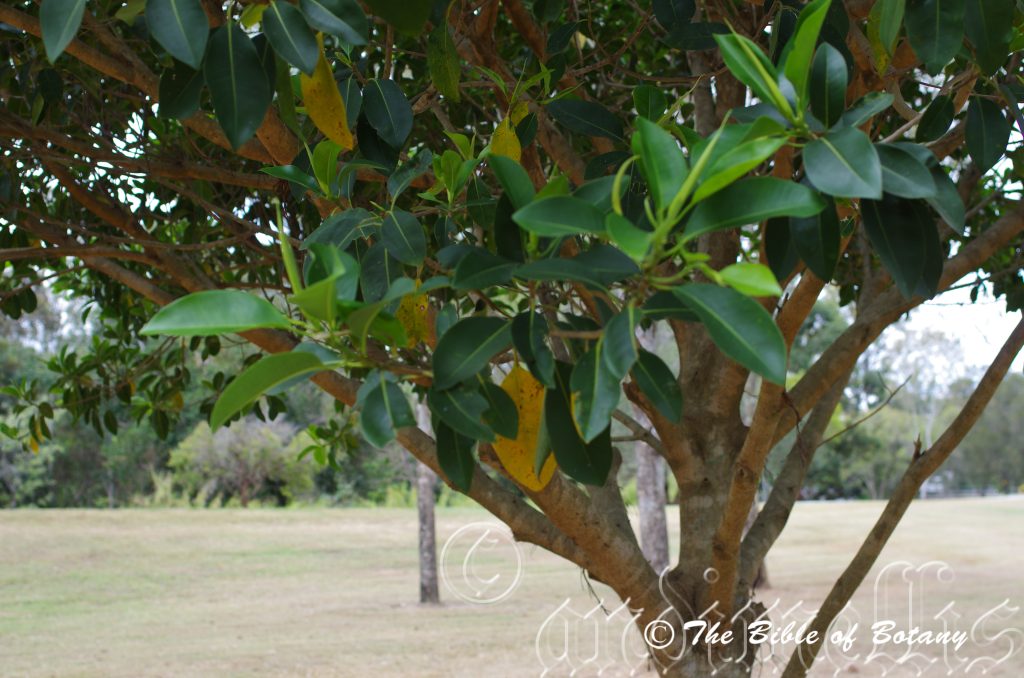
Kedron Brook Qld.
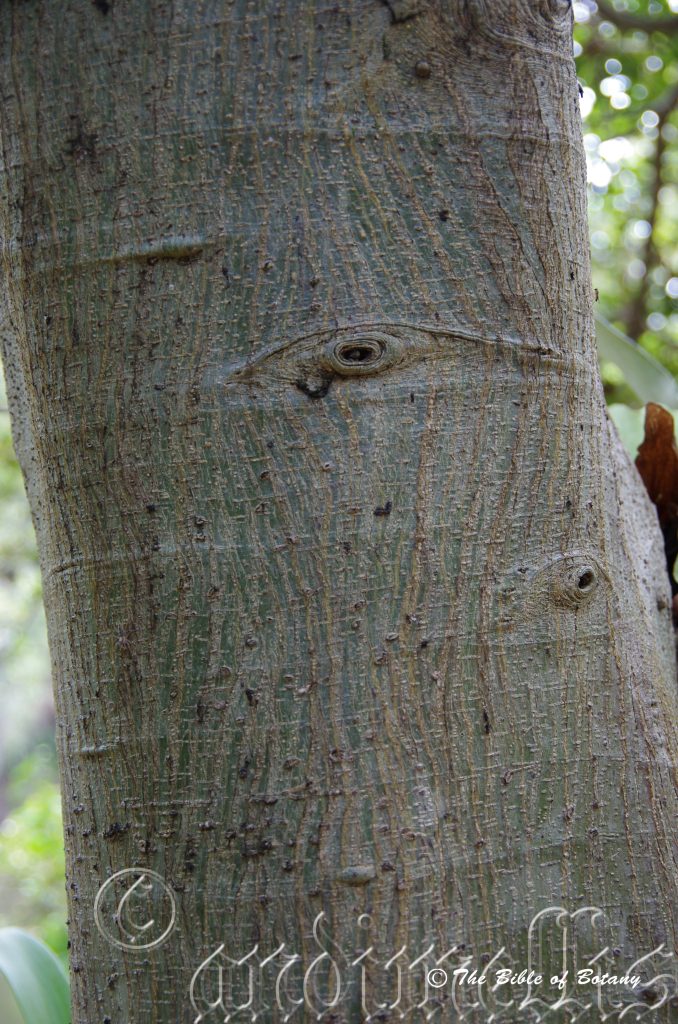
Mount Cootha Botanic Gardens Qld.
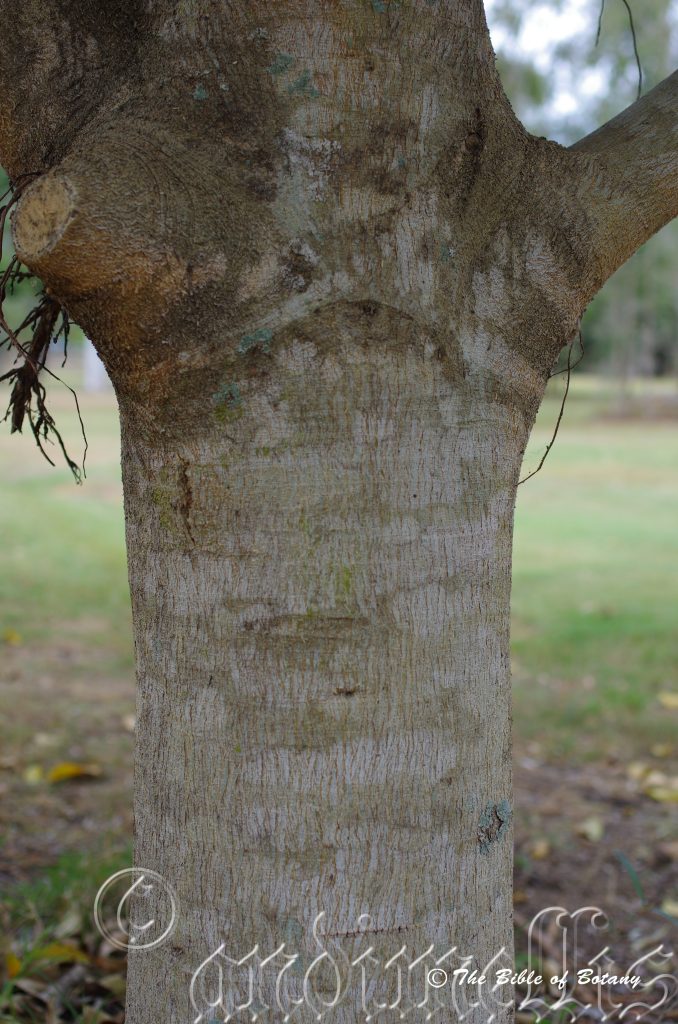
Kedron Brook Qld.
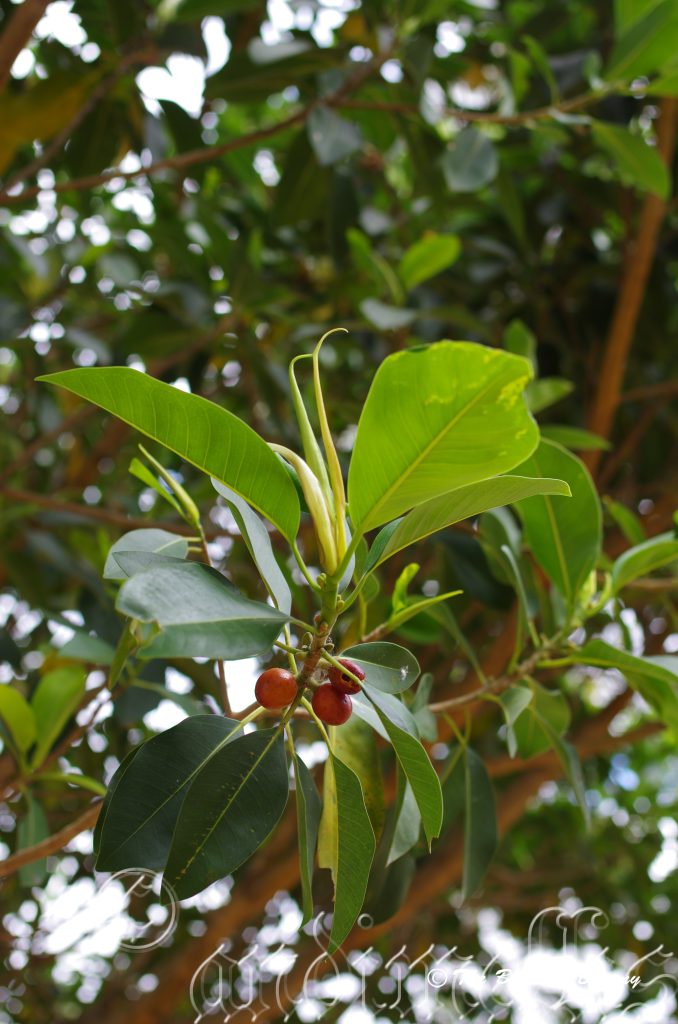
Kedron Brook Qld.
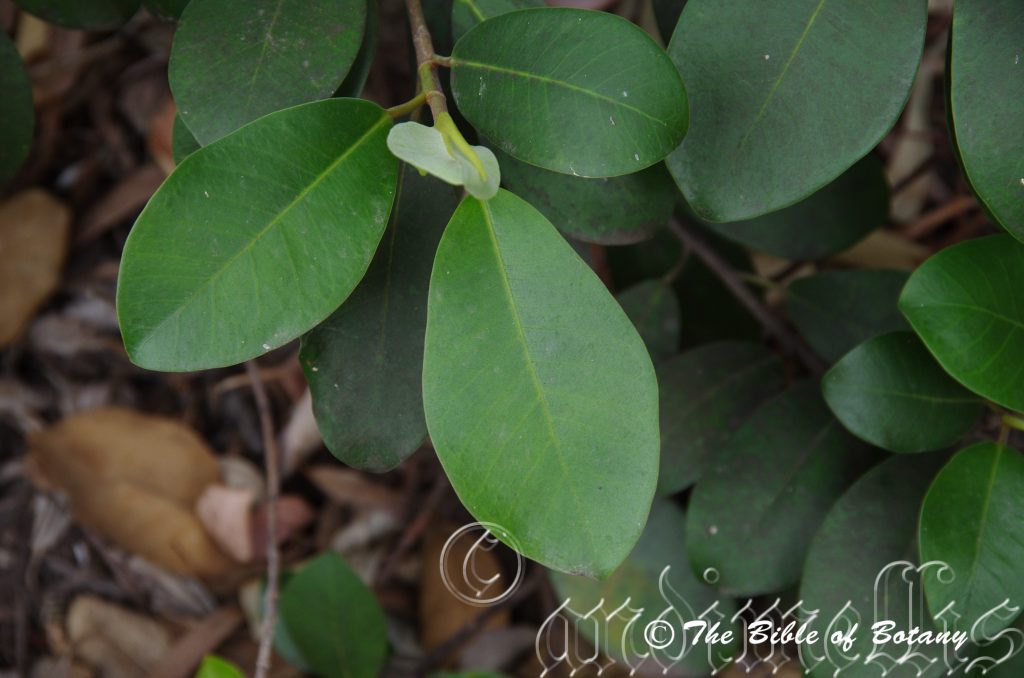
Mount Cootha Botanic Gardens Qld.

Mount Cootha Botanic Gardens Qld.
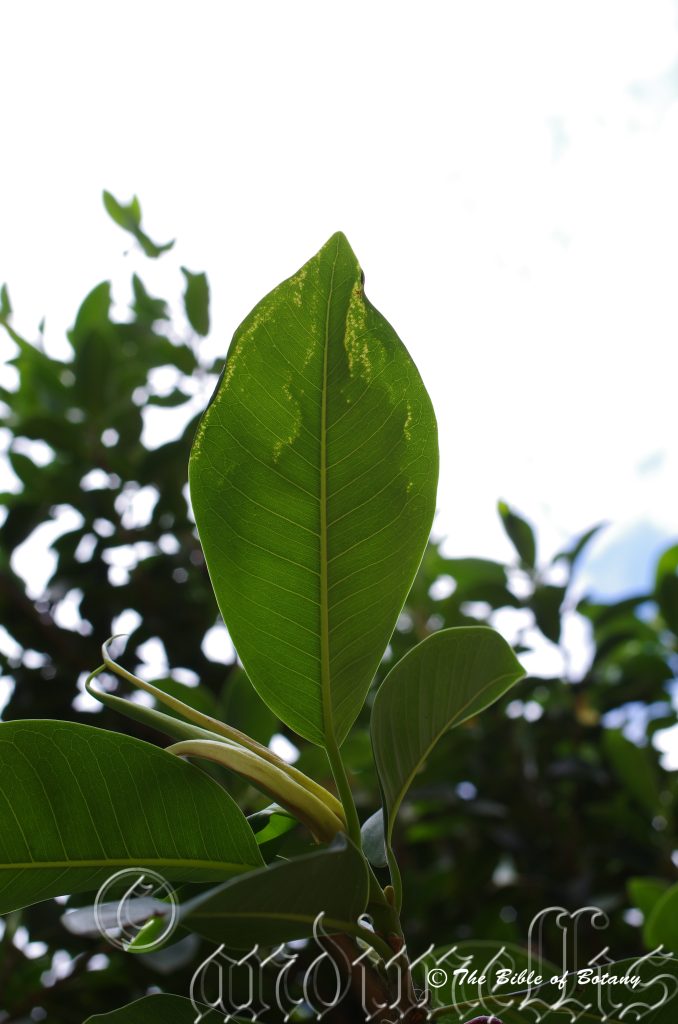
Kedron Brook Qld.
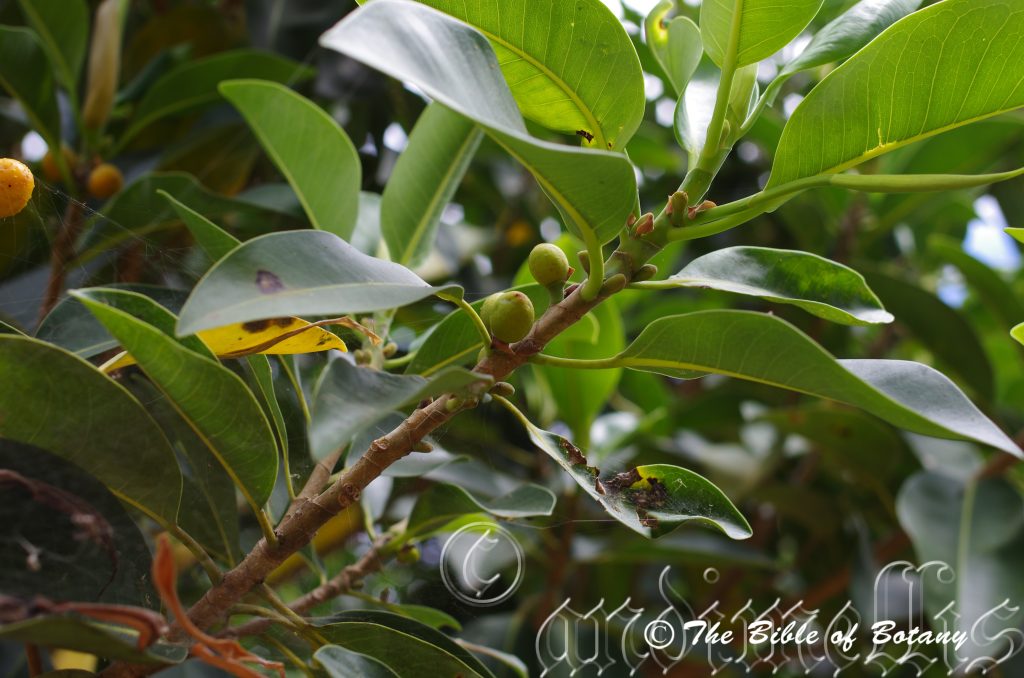
Kedron Brook Qld.
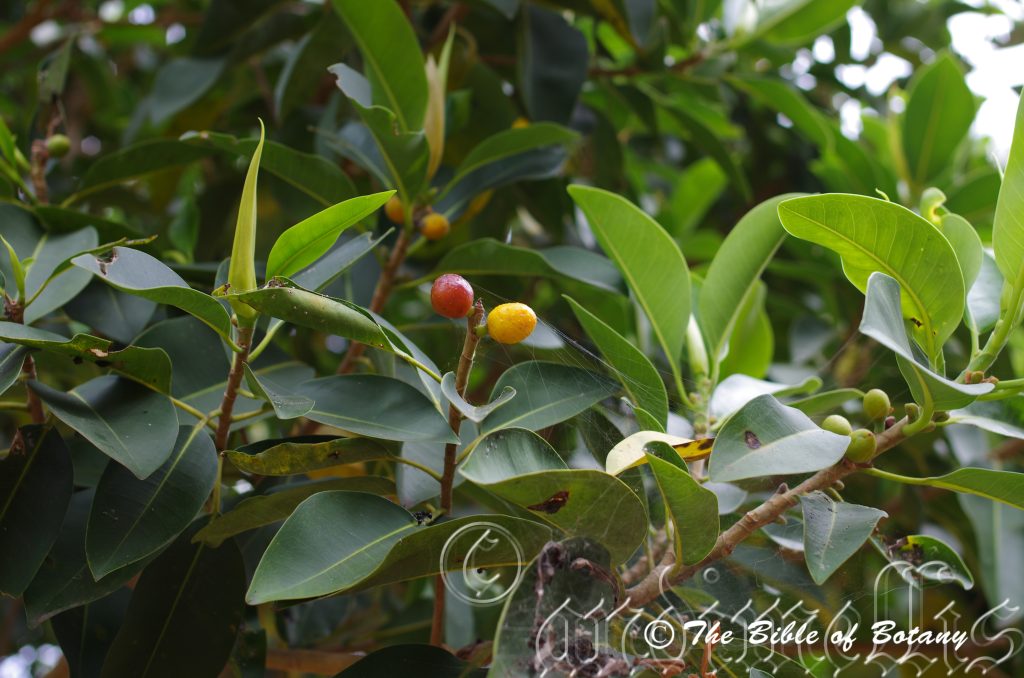
Kedron Brook Qld.
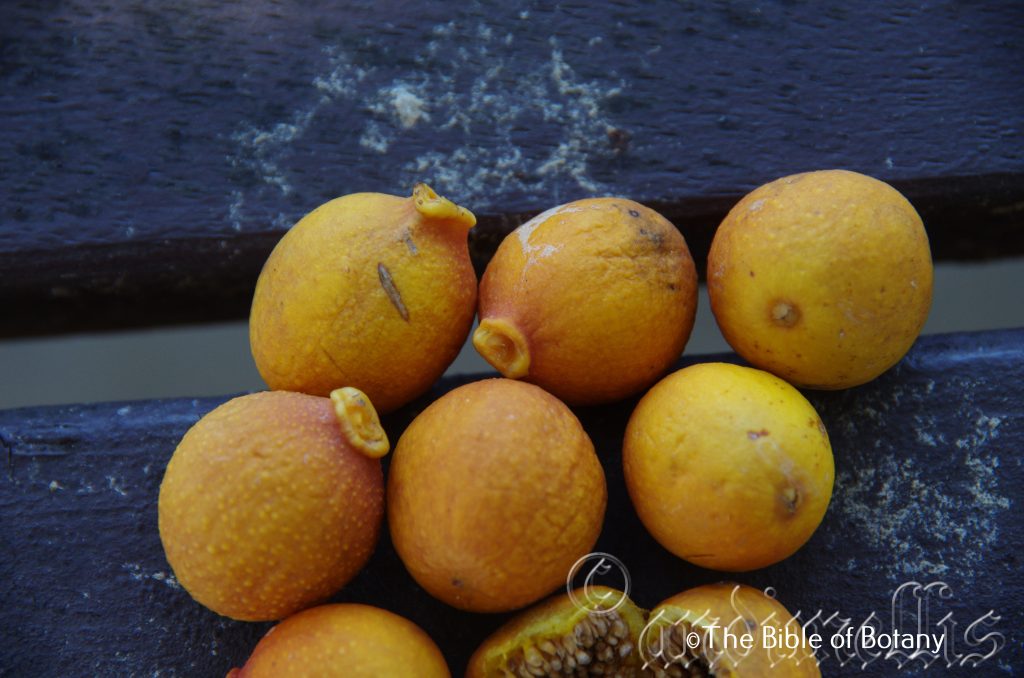
Clarence River Grafton NSW
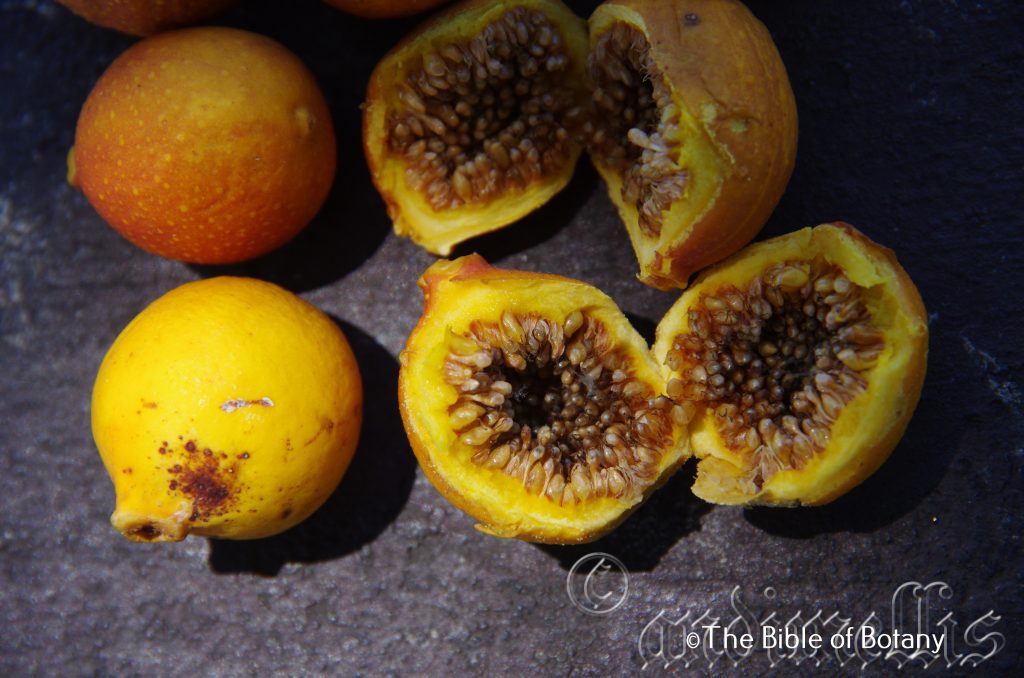
Clarence River Grafton NSW
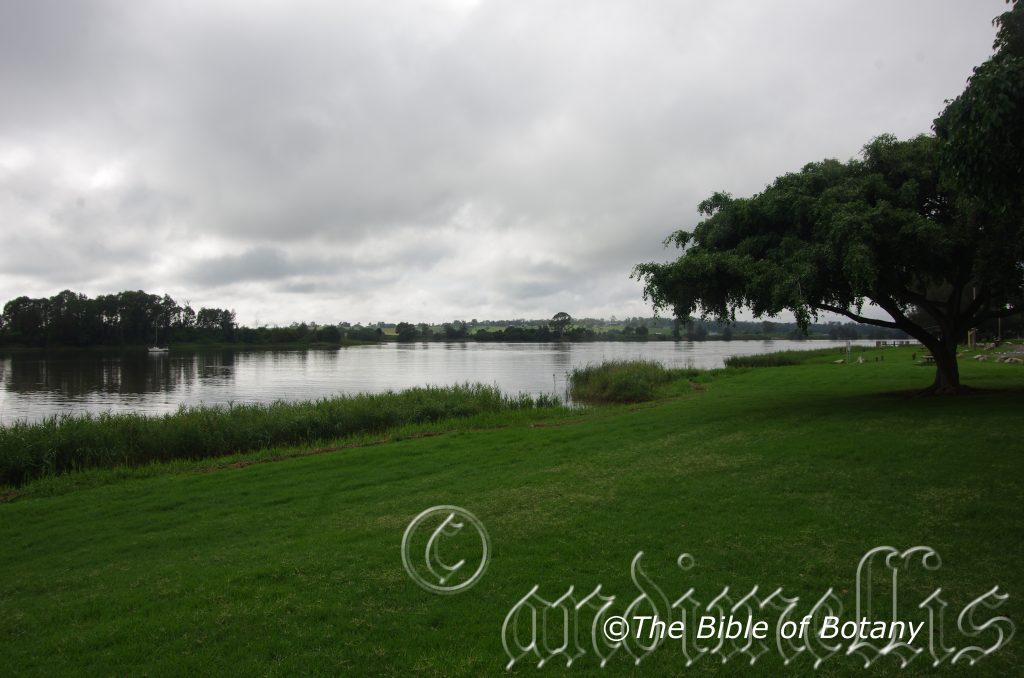
Clarence River Grafton NSW
Ficus rubiginosa
Classification:
Class: Magnoliophyta
Order: Magnoliopsida
Family: Urticales
Subfamily: Moraceae
Genus: From Ficus, which is Latin for the Mediterranean fig tree. It refers to Australian trees, which are related to the European commercial fig trees.
Specie: From Rubiginosus, which is Latin for rusty-red. It refers to an organ usually the leaves, stems or fruits which have a rusty-red colour.
Sub specie:
Common Name: Port Jackson Fig.
Distribution:
Ficus rubiginosa is mainly found on the Western Slopes, on and east of the Great Dividing Range and a few inland rivers. It is found east from near the Northern Territory border with Queensland near Camooweal to the tip of Cape York Peninsula far northern Queensland south to Eden in southern New South Wales.
https://avh.ala.org.au/occurrences/search?taxa=Ficus+rubiginosa#tab_mapView
Habitat Aspect Climate:
Ficus rubiginosa prefers full sun to light shade or dappled sunlight usually starting life in dense shade as an understory plant. It grows adjacent to littoral rainforests in wet Eucalyptus forests or can be the basis for littoral rainforests along the coast. The altitude ranges from 5 meters ASL to 900 meters ASL.
The temperatures range from 0 degrees in July to 40 degrees in January.
The rainfalls range from lows of 400mm to 3000mm annually.
Soil Requirements:
Ficus rubiginosa prefers rich fertile sandy loams, to light clay loams. The soils are usually derived from accumulated sands or decomposed sandstone. The soils pH ranges from 5pH to 6pH are preferred. It does not tolerate waterlogged soils. Non saline soils to very saline soils are tolerated.
Height & Spread:
Wild Plants: 15m to 30m by 15m to 20m.
Characteristics:
Ficus rubiginosa has a glabrous, light grey bark which is often covered in lichens and epiphytes especially closer to the coast and in higher rainfall areas. The branchlets pale green and sparsely to densely or unevenly covered in rusty canescent hairs. The trunk forms a buttress on large trees. The trees often send down roots from horizontal to the ground.
The leaves of Ficus rubiginosa are opposite, obovate, ovate or elliptical and measure 70mm to 100mm in length by 50mm to 60mm in width. There is a form that has oblong leaves which measure 180mm to 200mm in length by 10mm to 12mm in width. I am not sure whether this oblong leaf form originates from Australia or South East Asia. The discolourous laminas are deep grass green to deep sea green and glabrous on the upper lamina while the lower lamina is paler and is sparsely to densely or unevenly covered in rusty canescent hairs. The base are rounded-cuneate while the apex are obtuse to broadly acute. The leaf margins are entire flat to slightly curve upwards from the mid vein. The mid vein is strongly prominent on the lower lamina and is distinctly visible from the upper lamina being pale green to almost white. The petioles measure 10mm to 30mm in length by 2.5mm to 3.5mm in diameter. The ovate-elliptical stipules measure 15mm to 30mm in length. The stipules are glabrous or more often sparsely to densely or unevenly covered in rusty canescent hairs.
Ficus rubiginosa fruits are globose fleshy syconiums. The syconiums are produced singularly or in small clusters from the leaf axis close to the apexes. The syconiums measure 10mm to 20mm in diameter. Pedicels measure 2mm to 5mm in length. The syconiums turn yellow then to red or deep red-purple when ripe. It is sparsely covered in fine tuberculate lumps. The fruits are born from January to July.
Wildlife:
Ficus rubiginosa fruits are eaten by many birds like Pigeons, Silver eyes, Honeyeaters, Bower birds and Cat birds frequent the trees for the fruits. At night Possums and Flying foxes join the feast to be had and any fruits that hit the ground are eagerly sought out by native Mice and Wallabies.
Like all figs produce the fruit first and the flower blooms within the fruit. Syconium fruits are those fruits where the flower blooms within the inside of the fruit. Ficus are unique in that each specie has its own Agaonid wasp to play cupid. (Hymneoptera Chalchoidea Agaonidae sp. Without its own specific little cupid wasp the trees cannot produce seed and consequently without its specific tree the wasp cannot reproduce. It is a very fine balance for fertilization and then later for the distribution of seeds where the trees are very reliant on the movement of pigeons.
Cultivation:
Ficus rubiginosa‘s fruits make an excellent fig jam, which in my opinion is far superior in flavour to the exotic fig. It has good colour and texture as well.
Ficus rubignosa is a beautiful smaller Ficus for larger gardens. It is suitable for animal shelters because of its bushy canopy. In cultivation the trees will grow from 12 meters to 15 meters in height by 12 meters to 15 meters in diameter. Trees are rather messy every year when the fruit is ripe and do attract several native animals so care should be taken in positioning the trees. The root system like, other Ficus are quite aggressive around sewer lines and foundations. When this Ficus start to fruit they can produce very large quantities.
This fig makes an excellent indoor plant and there are several cultivars on the market including forms with variegated leaves and very long oblong leaves. All the different forms are excellent in bonsai gardens and are easy to work. The variegated forms are slower in growth and not as vigorous and usually won’t grow as tall or wide as the green leaf forms. It does have a tendency to revert back to the green leaf as they mature. If new shoots are green and the variegation is wanted then these stems must be pruned out immediately or else they will dominate the tree very quickly.
Ficus rubiginosa also make excellent bonsai and topiary plants. It also makes good indoor plants when young especially the variegated form and the oblong leaf form which are much slower growing. When indoors ensure it is out of draughts and away from central heating as this will cause leaf drop on the plants.
As they develop a crown it is particularly good for growing epiphytic orchids and ferns particularly stags and elk horns.
Indoor and Potted Plants:
Ficus rubiginosa is an excellent plant for indoor use however they need good light and ventilation without drying breezes or wind. It is best planted in large urns where they will grow for many years.
On patios and verandas make sure the roots are contained in the pot. This can be achieved by placing the pots or urns in a saucer.
Sawdust or sand mixes are too well draining unless the sawdust has completely composted down where it exhibits a texture like plastacine to the touch. Moisture can be squeezed out between the fingers yet it remains moist. I find this a great basis to start with.
Mix equal parts of the well decomposed saw dust with the above feel with perlite and vermiculite. To this add two part sharp clean sand, one part compost and one part good crusher dust from a basalt rock quarry. Preferably black basalt but both are good. Make sure the sand comes from a source that does not contain salt.
The decomposed Sawdust in this condition creates the moisture retention and holds nutrient in. The perlite and vermiculite make the mix neutral and both have great water holing capacity without shrinkage with age. The sand creates good drainage and is good for good healthy root development. The crusher dust adds vital minerals which the plants need.
Before fertilizing wash the saucer and water the plants heavily so the water runs through the pots for a few minutes. This will leach any build-up of toxins and salts from the mix. Allow to drain and fertilize the plants the following day. Repeat on a monthly basis with the formula mentioned under propagation on a rotation basis.
Because of their hardiness and their ability to grow with restrictions on the roots if necessary, makes this tree a very good specimen for bonsai.
Propagation:
Seeds: Because of the methods required to pollinate Ficus seed is near 99mm safe to propagate from as seedlings will have the characteristics of the parent plant.
Sow fresh Ficus rubiginosa seeds into a seed raising mix. When the seedlings are 30mm to 50mm tall, prick them out and plant them into 50mm native tubes using a good organic mix.
Once the seedlings reach 200mm to 250mm in height plant them out into their permanent position. Mass plantings as a tree would need the seedlings to be planted at 15 meters a part.
Fertilize using seaweed, fish emulsion or organic chicken pellets soaked in water on an alternate basis. Fertilize every two months until the plants are established then twice annually in early September or March to maintain health and vitality.
Cuttings: Variegated forms must be grown from cuttings as does the oblong leaf form. Use 200mm long old wood material when growing from cuttings.
1 Prepare the cutting mix by adding one third sharp clean river sand, one third peat and one third perlite. These ingredients are sterilize,
2 Select good material from non diseased plants,
3 Select semi green stems for cuttings. Look for a stem with two or three nodes,
4 Place the cutting on a flat, hard surface, and make a clean cut down one side of the cutting at the base for 10mm with a sharp sterile knife or razor blade. – This scarification of the node will increase the chances of roots emerging from this spot. Now remove all but one or two the leaves, leaving the apex leaves in tact. If the leaves are very large in proportion to the stem, cut off the apical halves.
5 Fill a saucer with water, and place a little weak rooting hormone into another container like a milk bottle top. Dip the node end of the cutting into the water and then into the rooting hormone. Tap off any excess hormone,
6 Use a small dipple stick or old pencil to poke a hole into the soilless potting mix. Ensure the hole is slightly larger than the stem diameter and be careful not to wipe the rooting hormone off the cuttings base, place the cuttings in a pattern ensuring the cuttings are not touching each other,
7 I like to place the pots in Plastic bags to help maintain temperature and moisture. Place in a semi shaded place like under 50mm shade cloth.
8 When the cuttings have struck, open the bag to allow air circulation for a few days to a week,
9 Once hardened off remove the cuttings from the bag and allow to further hardening for a few more days,
10 Transplant into a good potting mix to grow on.
Further Comments from Readers:
Hi reader, it seems you use The Bible of Botany a lot. That’s great as we have great pleasure in bringing it to you! It’s a little awkward for us to ask, but our first aim is to purchase land approximately 1,600 hectares to link several parcels of N.P. into one at The Pinnacles NSW Australia, but we need your help. We’re not salespeople. We’re amateur botanists who have dedicated over 30 years to saving the environment in a practical way. We depend on donations to reach our goal. If you donate just $5, the price of your coffee this Sunday, We can help to keep the planet alive in a real way and continue to bring you regular updates and features on Australian plants all in one Botanical Bible. Any support is greatly appreciated. Thank you.
In the spirit of reconciliation we acknowledge the Bundjalung, Gumbaynggirr and Yaegl and all aboriginal nations throughout Australia and their connections to land, sea and community. We pay our respect to their Elders past, present and future for the pleasures we have gained.
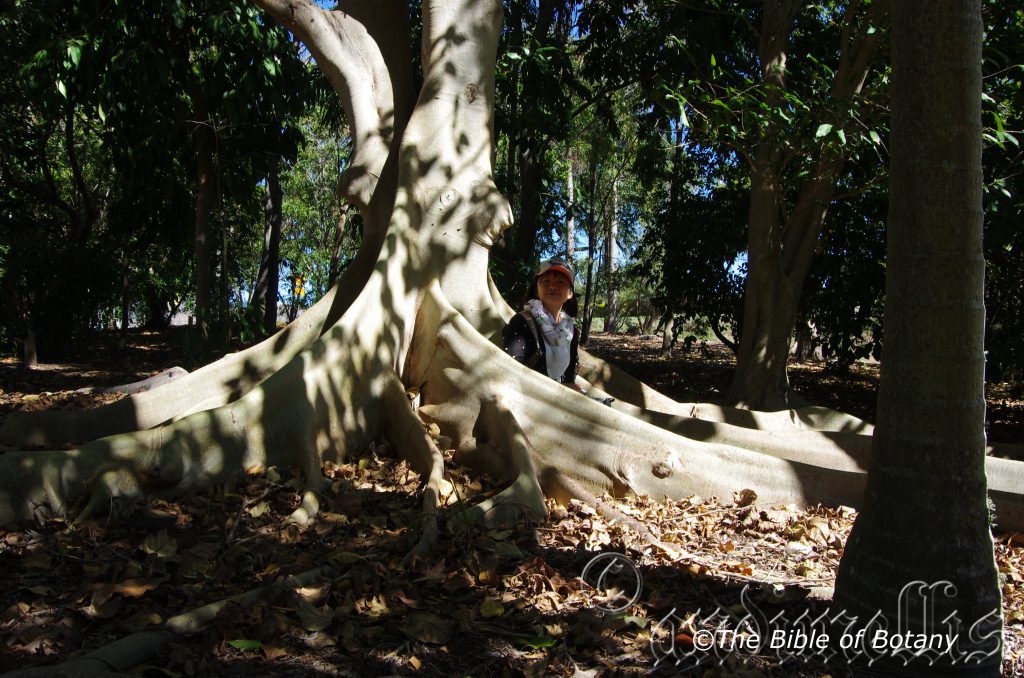
Townsville Qld.
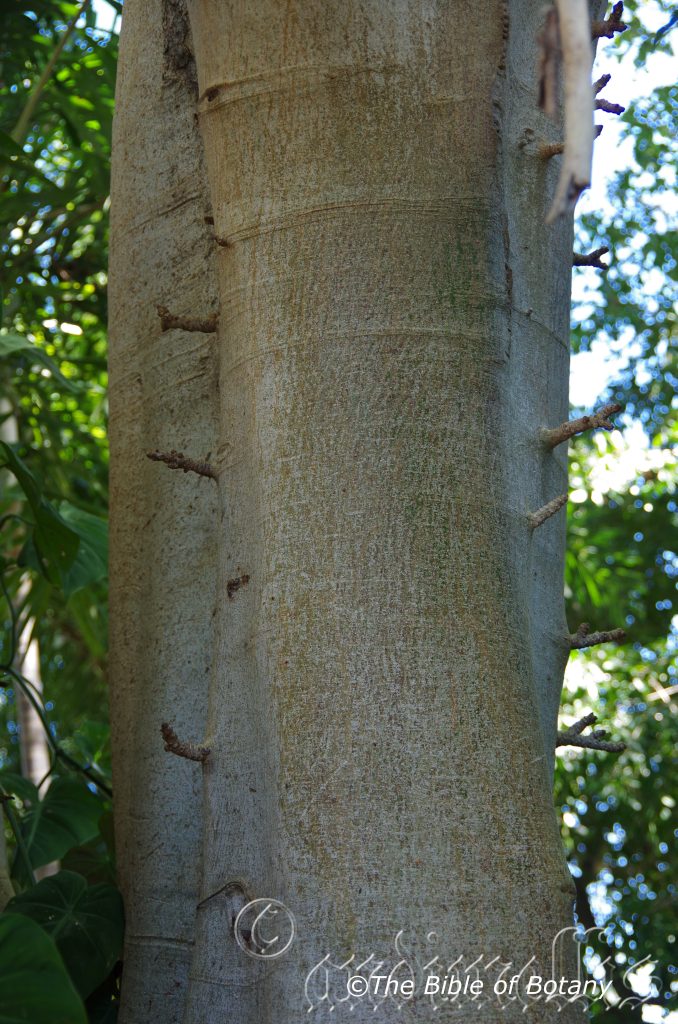
Townsville Qld.
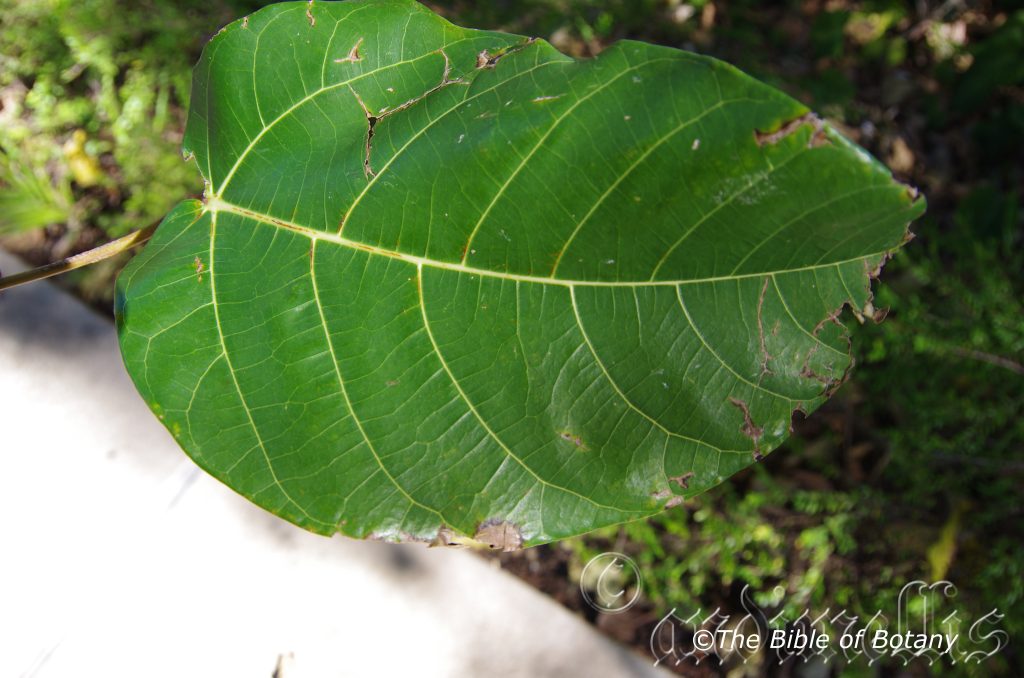
Townsville Qld.
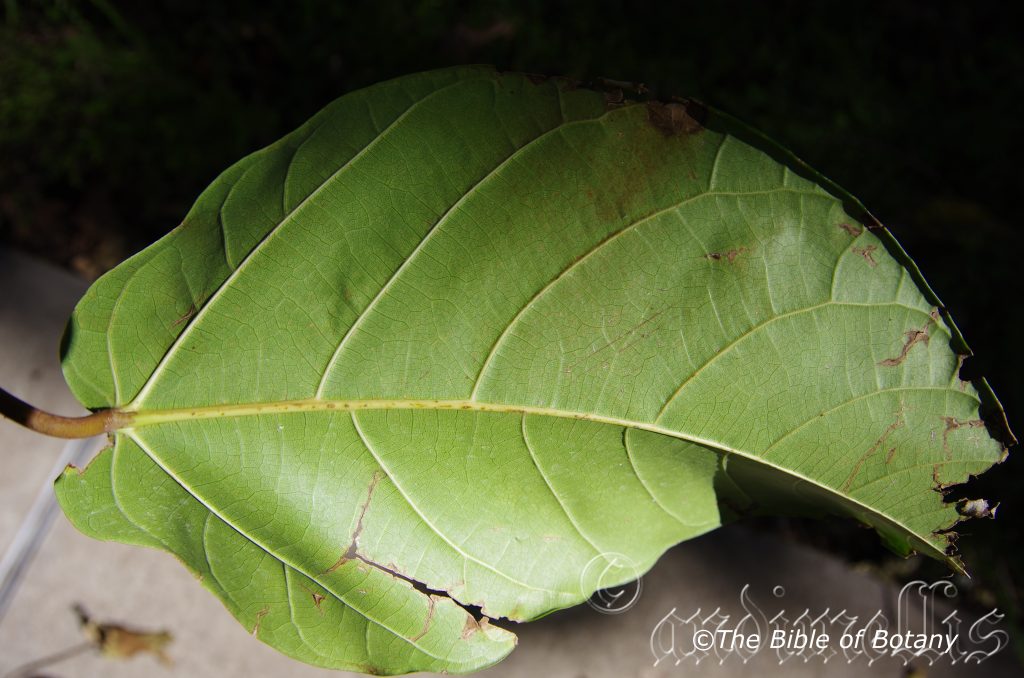
Townsville Qld.
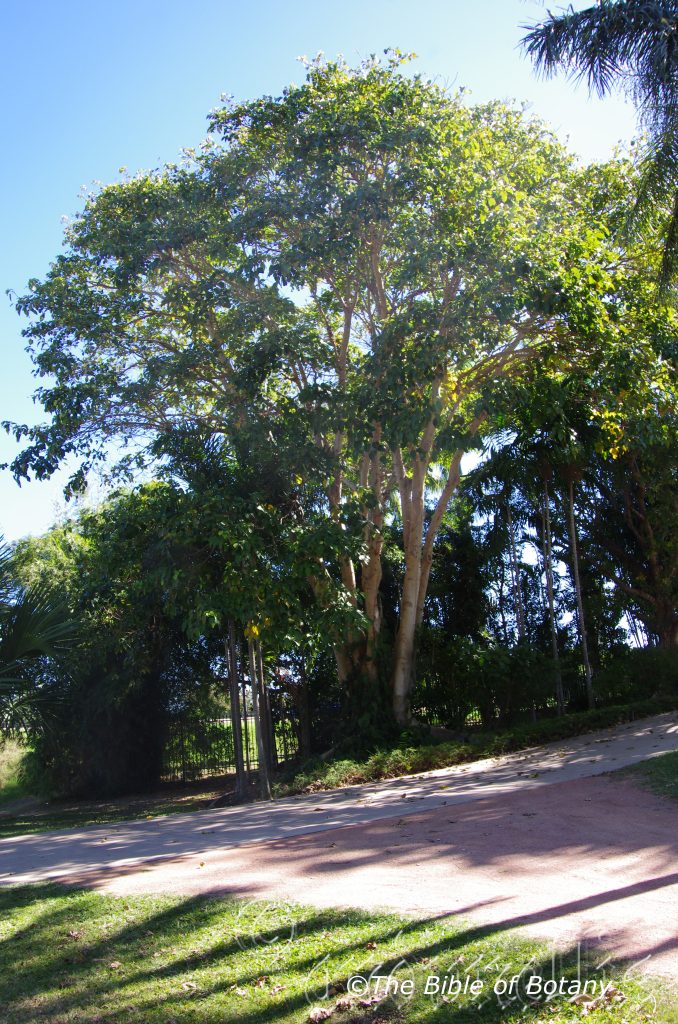
Townsville Qld.
Ficus variegata
Classification:
Class: Magnoliophyta
Order: Magnoliopsida
Family: Urticales
Subfamily: Moraceae
Genus: From Ficus, which is Latin for the Mediterranean fig tree. It refers to Australian trees, which are related to the European commercial fig trees.
Specie: From Variegata, which is Latin for to make varied in appearance by adding different colours. It refers to leaves, which have two or more distinct colour patterns. In Australia it usually refers to plants, which are bred for the variation in colour as a hybrid or varietal form.
Sub specie:
Common Name: Variegated Ficus.
Distribution:
Ficus variegata is found along the coast strip south from n the tip of Cape York Peninsula to Rockhampton.
https://avh.ala.org.au/occurrences/search?taxa=Ficus+variegata#tab_mapView
Habitat Aspect Climate:
Ficus variegata prefer full sun and light shade or dappled sunlight. It grows in well-developed rainforests and moist gallery forests adjacent to the coastal beaches. The altitude ranges from 5 meters ASL to 300 meters ASL.
The temperatures range from 7 degrees in July to 42 degrees in January.
The rainfalls range from lows of 750mm to 3000mm annually.
Soil Requirements:
Ficus variegata prefers rich fertile sandy loams, to light clay loams. The soils are derived from decomposed brown basalt, black basalt, metamorphic rocks, sandstone or shale. The soils pH ranges from 5pH to 6pH are preferred. It does not tolerate waterlogged soils. Non saline soils to moderately saline soils are tolerated.
Height & Spread:
Wild Plants: 15m to 30m by 15m to 20m.
Characteristics:
Ficus variegata has a glabrous, scabrous, pale grey to pale fawn bark which is often sparsely covered in lichens. Branchlets similar to the trunk however it is glabrous to scabrous and red or maroon towards the apex where the leaves are. The trunk forms an impressive buttress on large trees. All parts of the tree exude a watery, milky liquid when damaged.
Ficus variegata’s opposite, elliptical leaves measure 150mm to 220mm in length by 90mm to 135mm in width. The concolourous laminas are olive green to deep olive green and glabrous. The bases are rounded, symmetrical and slightly oblique while the apex are acuminate. The leaf margins are entire even or slightly undulating and curve upwards from the mid vein. The mid vein is strongly prominent while the lateral veins are slightly prominent on the lower lamina. The mid vein, lateral veins and reticulate veins are all clearly visible on the upper lamina being creamy yellow to pale green in colour. The petioles measure 35mm to 70mm in length while the glabrous stipules measure 10mm to 16mm in length. This is the only native Ficus I know that is deciduous at the end of the dry season. The new growth is red to maroon-red. The leaves are not as leathery as in other Ficus specie.
The caduceous bracts are green.
Ficus variegata fruits are globose, depressed globular or depressed pyriform fleshy Syconiums. The Syconiums are produced cauliflorous, in small clusters of 3 to 9 from the old leaf axis, along the branches and down onto the trunk. The syconiums measure 30mm to 40mm in length by 30mm to 40mm in diameter. The pedicels measure 30mm to 50mm in length. In good seasons the trees can be totally covered in fruit. The lime green fruits turn orange-yellow, orange, orange-brown or orange-red. There are 4 interlocking bracts at the orifice or pore which only allows its Agoani wasp to enter. The pedicels turn deep red-maroon as the fruits ripen. Fruits are born from June to August.
Wildlife:
Ficus variegata like all figs produce the fruit first and the flower blooms within the fruit. It needs the services of a small insect usually a minute wasp to enter the fruit through a special opening to fertilize it. Many birds like Pigeons, Silver eyes, Honeyeaters, Bower birds and Cat birds frequent the trees for the fruits. At night Possums and Flying foxes join the feast to be had and any fruits that hit the ground are eagerly sought out by native Mice and Wallabies. The Cassowary is known to eat the fruits in large quantities.
Personally one has to be rather hungry before a feast can be really had of the fruits. Because of the large quantities of large fruit this tree should be investigated further on how to prepare the fruits as a special cuisine as there are a lot of upside to fruit production on a large scale.
Like all figs produce the fruit first and the flower blooms within the fruit. Syconium fruits are those fruits where the flower blooms within the inside of the fruit. Ficus are unique in that each specie has its own Agaonid wasp to play cupid. (Hymneoptera Chalchoidea Agaonidae sp.) Without its own specific little cupid wasp the trees cannot produce seed and consequently without its specific tree the wasp cannot reproduce. It is a very fine balance for fertilization and then later for the distribution of seeds where the trees are very reliant on the movement of pigeons.
Cultivation:
Ficus variegata is a beautiful large tree for larger gardens. It is suitable for animal shelters because of its bushy canopy. In cultivation the trees will grow from of 20 meters to 25 meters in height by 25 meters to 30 meters in diameter. Trees are rather messy every year when the fruit are ripe however they give a great display of colour before the fruits are discarded. They attract several native animals and birds so care should be taken in positioning the trees. The root system like, other Ficus are quite aggressive around sewer lines and foundations. This Ficus once they start to fruit can produce large quantities.
Ficus variegata make very good bonsai plants. They also make good indoor plants when young. When indoors ensure it is out of draughts and away from central heating as this will cause leaf drop on the plants.
Because of their hardiness and their ability to grow with restrictions on the roots if necessary, makes this tree a very good specimen for bonsai.
Propagation:
Seeds: Sow fresh Ficus variegata seeds into a seed raising mix. When the seedlings are 30mm to 50mm tall, prick them out and plant them into 50mm native tubes using a good organic mix.
Fertilize using Seaweed, fish emulsion or organic chicken pellets soaked in water and apply the liquid on an alternate basis. Fertilize every two months.
Once the seedlings reach 200mm to 250mm in height plant them out into their permanent position. Mass plantings as a tree would need the seedlings to be planted at 15 meters a part.
Cuttings:
Take 150mm to 200mm cuttings in Spring to early Autumn.
1 Prepare the cutting mix by adding one third sharp clean river sand, one third peat and one third perlite. These ingredients are sterilize,
2 Select good material from non diseased plants,
3 Select semi green stems for cuttings. Look for a stem with two or three nodes,
4 Place the cutting on a flat, hard surface, and make a clean cut down one side of the cutting at the base for 10mm with a sharp sterile knife or razor blade. – This scarification of the node will increase the chances of roots emerging from this spot. Now remove all but one or two the leaves, leaving the apex leaves in tact. If the leaves are very large in proportion to the stem, cut off the apical halves.
5 Fill a saucer with water, and place a little weak rooting hormone into another container like a milk bottle top. Dip the node end of the cutting into the water and then into the rooting hormone. Tap off any excess hormone,
6 Use a small dipple stick or old pencil to poke a hole into the soilless potting mix. Ensure the hole is slightly larger than the stem diameter and be careful not to wipe the rooting hormone off the cuttings base, place the cuttings in a pattern ensuring the cuttings are not touching each other,
7 I like to place the pots in Plastic bags to help maintain temperature and moisture. Place in a semi shaded place like under 50mm shade cloth.
8 When the cuttings have struck, open the bag to allow air circulation for a few days to a week,
9 Once hardened off remove the cuttings from the bag and allow to further hardening for a few more days,
10 Transplant into a good potting mix to grow on.
Further Comments from Readers:
Hi reader, it seems you use The Bible of Botany a lot. That’s great as we have great pleasure in bringing it to you! It’s a little awkward for us to ask, but our first aim is to purchase land approximately 1,600 hectares to link several parcels of N.P. into one at The Pinnacles NSW Australia, but we need your help. We’re not salespeople. We’re amateur botanists who have dedicated over 30 years to saving the environment in a practical way. We depend on donations to reach our goal. If you donate just $5, the price of your coffee this Sunday, We can help to keep the planet alive in a real way and continue to bring you regular updates and features on Australian plants all in one Botanical Bible. Any support is greatly appreciated. Thank you.
In the spirit of reconciliation we acknowledge the Bundjalung, Gumbaynggirr and Yaegl and all aboriginal nations throughout Australia and their connections to land, sea and community. We pay our respect to their Elders past, present and future for the pleasures we have gained.
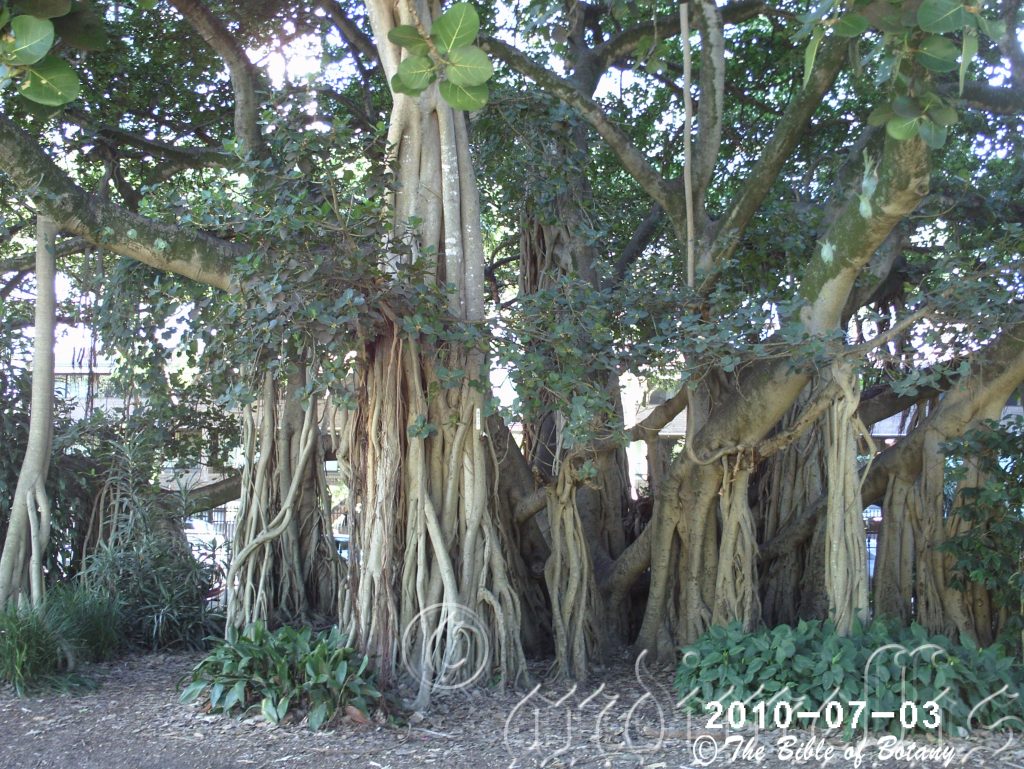

Grafton NSW
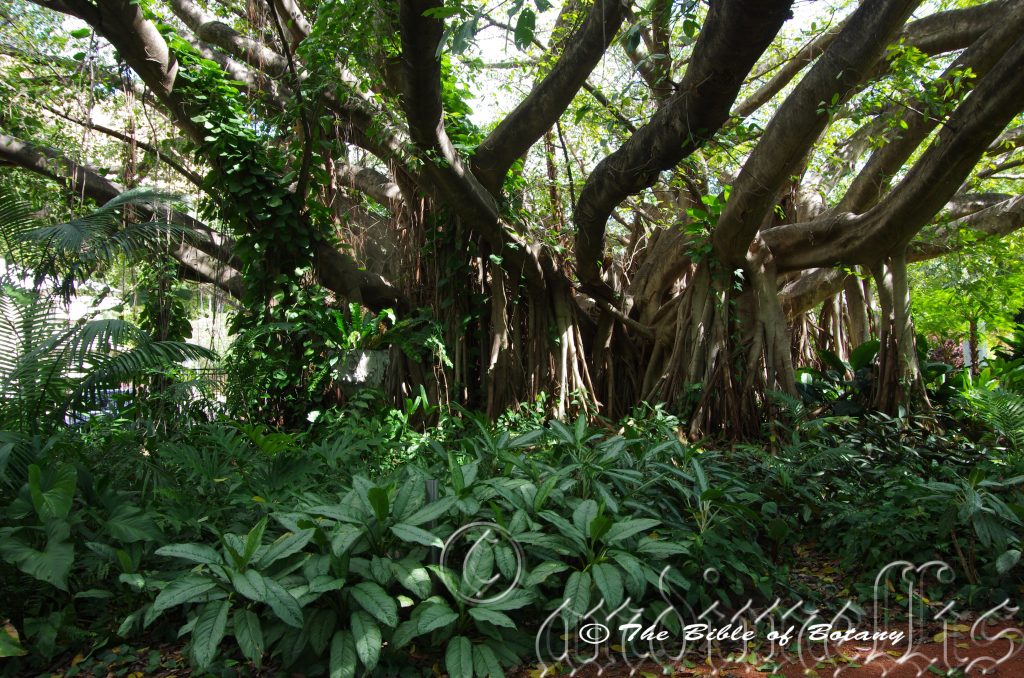
Townsville Qld.
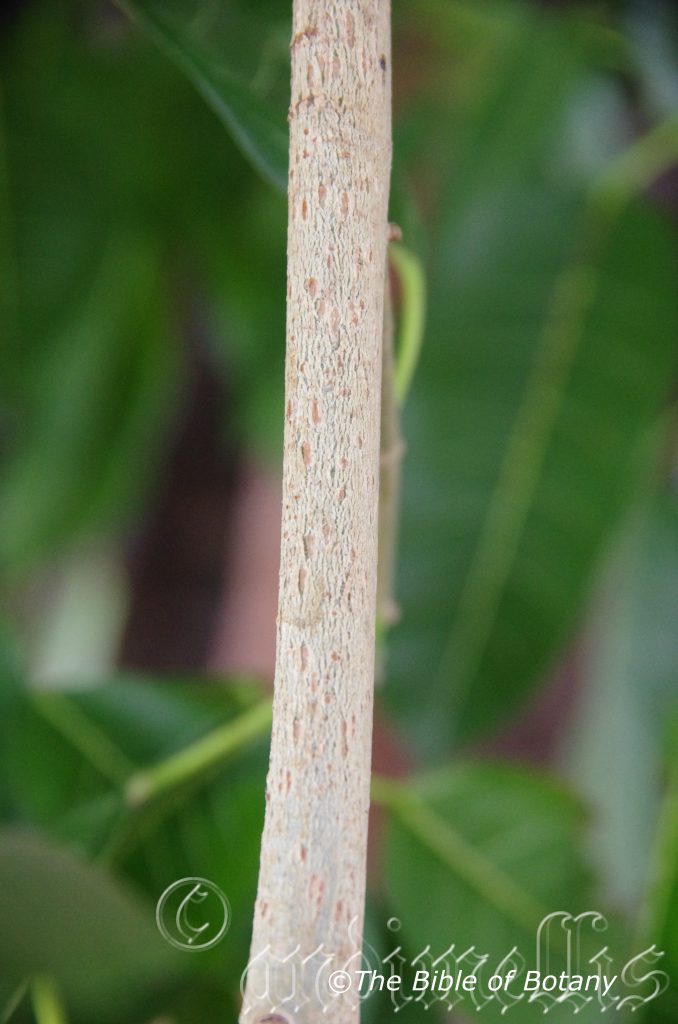
Grafton NSW
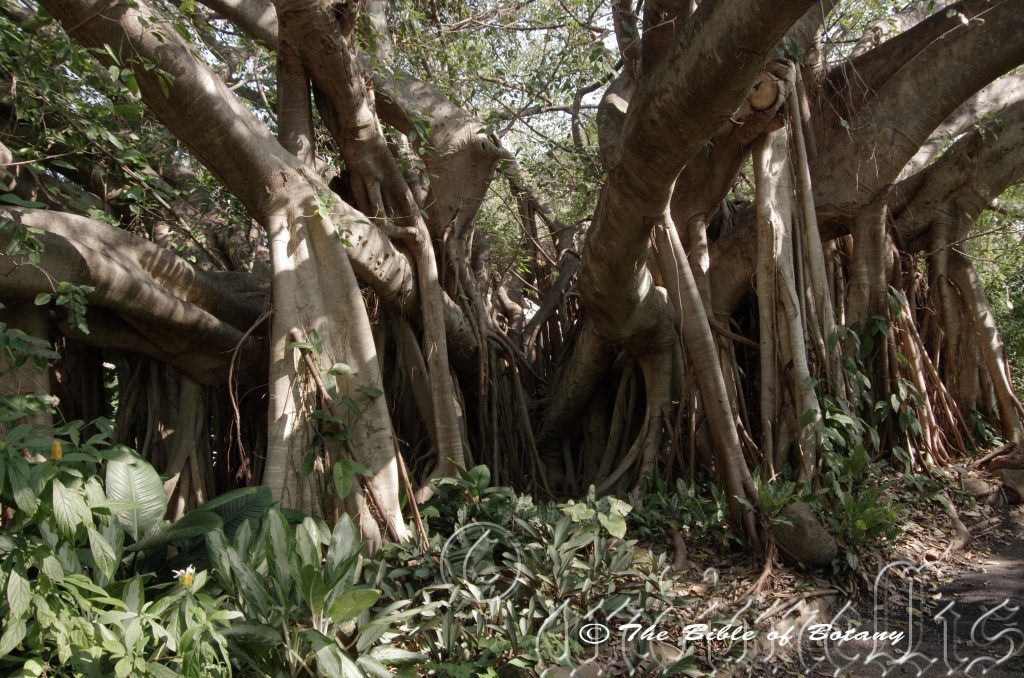
Townsville Qld.
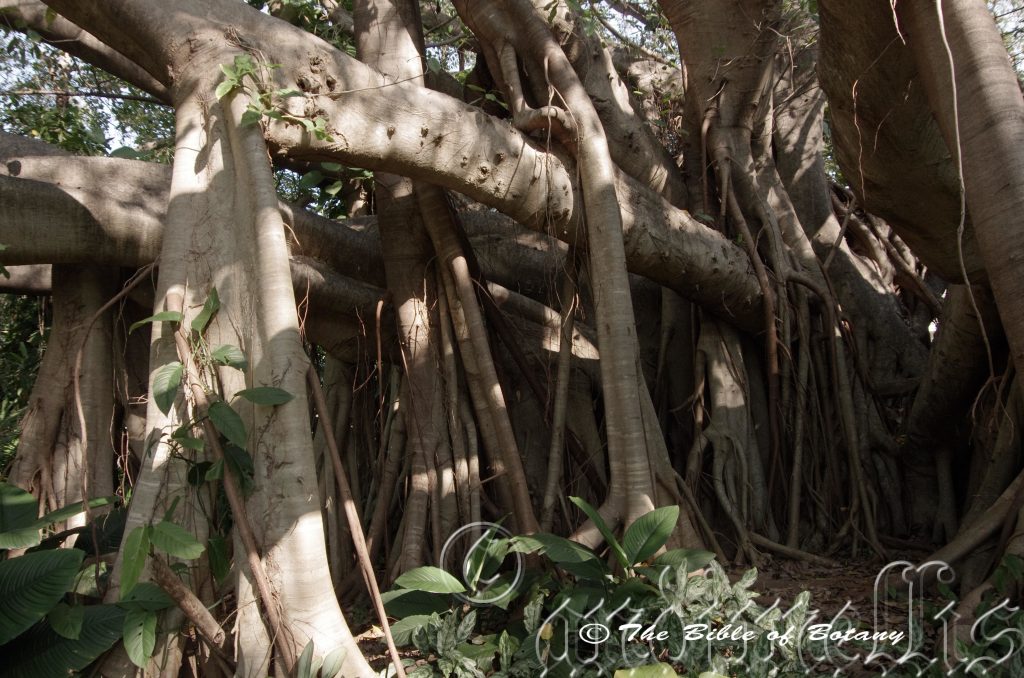
Townsville Qld.
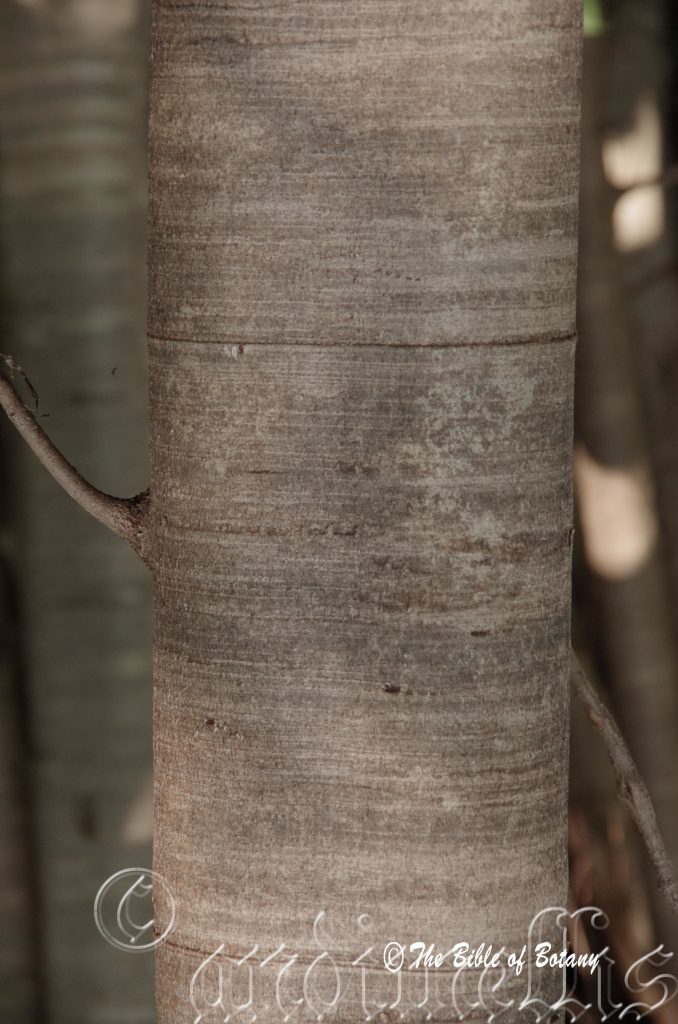
Townsville Qld.
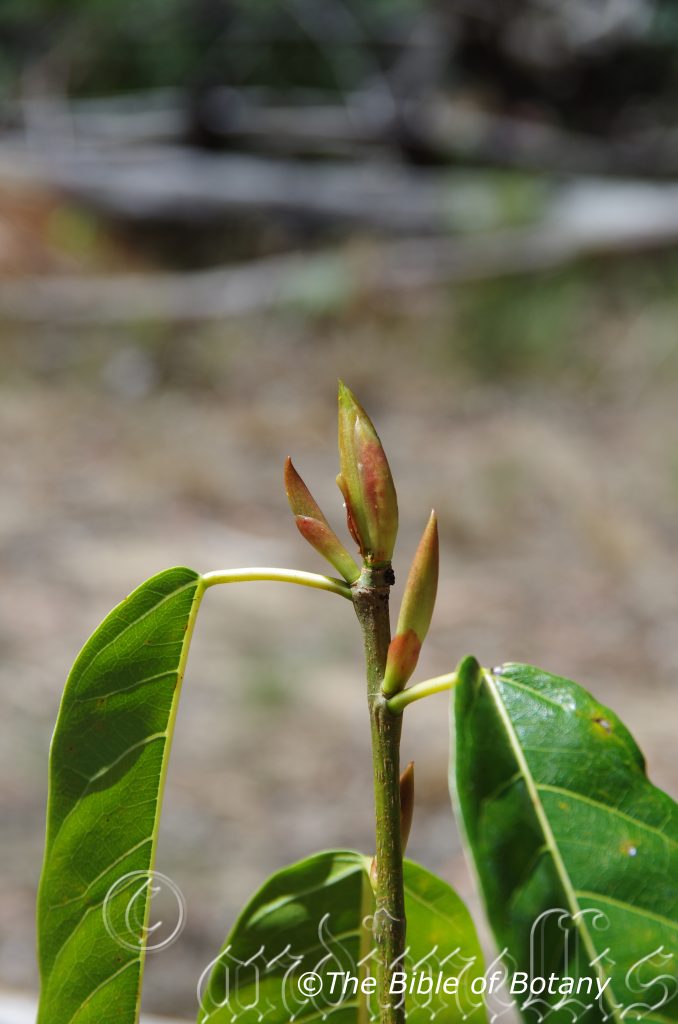
Author’s Garden The Pinnacles NSW

Author’s Garden The Pinnacles NSW
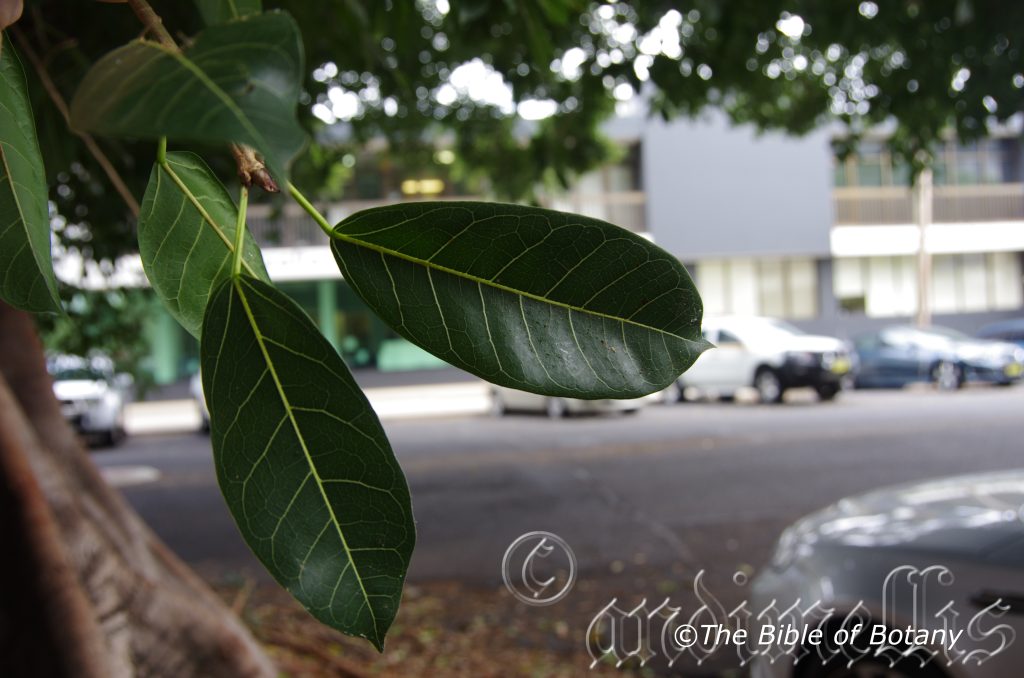
Grafton NSW
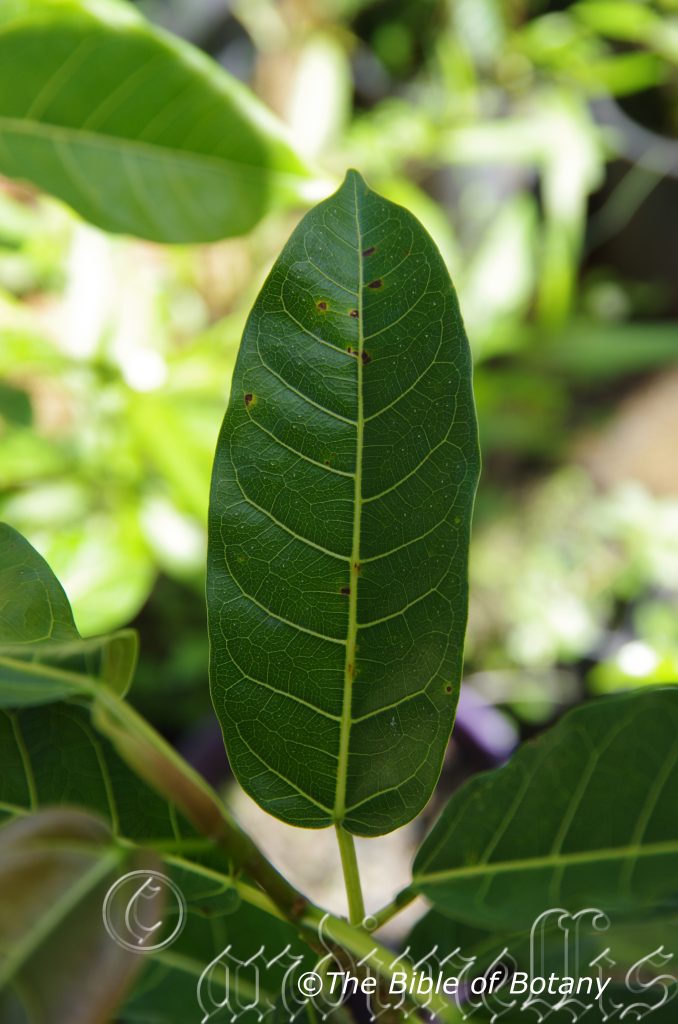
Author’s Garden The Pinnacles NSW
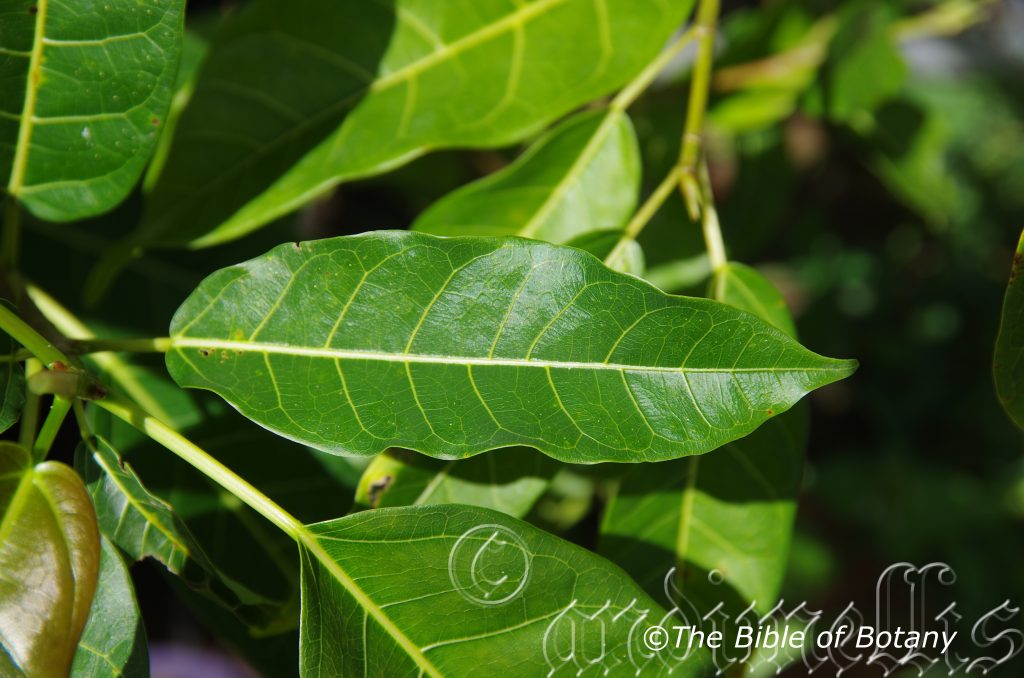
Author’s Garden The Pinnacles NSW
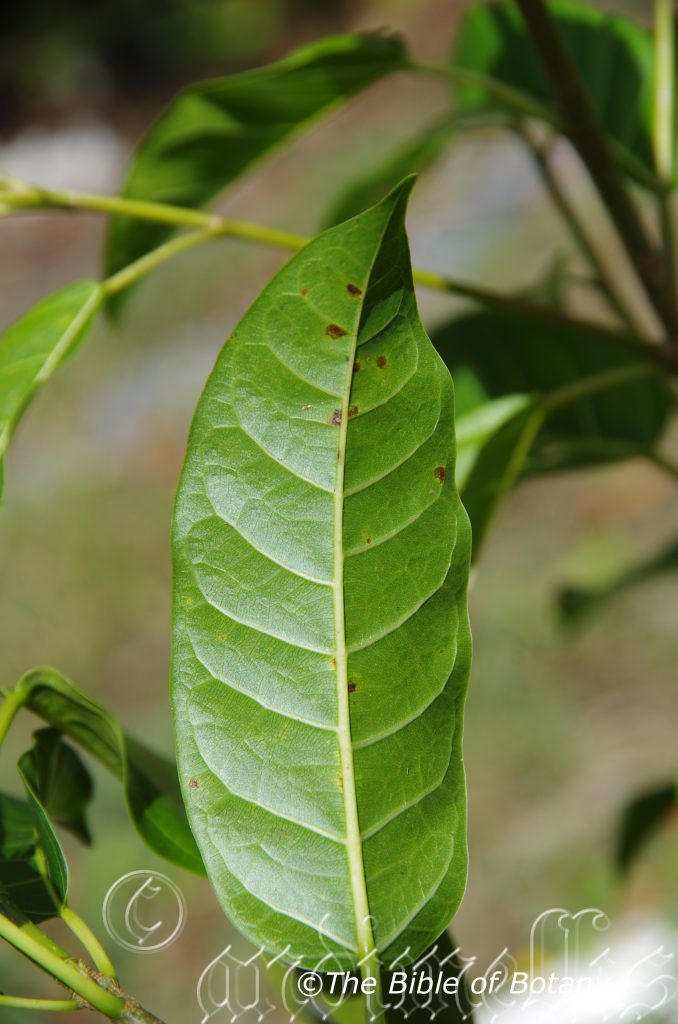
Author’s Garden The Pinnacles NSW

Grafton NSW
Ficus virens
Classification:
Class: Magnoliophyta
Order: Magnoliopsida
Family: Urticales
Subfamily: Moraceae
Genus: From Ficus, which is Latin for the Mediterranean fig tree. It refers to Australian trees, which are related to the European commercial fig trees.
Specie: From Virens, which is Latin for to become bright green. It refers to structures or organs usually the leaves, which are a brighter green than other species in the genus.
Sub specie: Ficus virens subsp. sublanceolata From Virens, which is Latin for to become bright green. It refers to structures or organs usually the leaves, which are a brighter green than other species in the genus.
Sub specie: Ficus virens subsp. virens From Virens, which is Latin for to become bright green. It refers to structures or organs usually the leaves, which are a brighter green than other species in the genus.
Common Name: Curtain Fig.
Distribution:
Ficus virens subsp. virens is found north and east from Exmouth to Katharra then from the Kimberley Ranges to the northern coast of the Northern Territory and across to Cape York Peninsula including most of the off shore islands. In the east it is found south to Rockhampton.
Ficus virens subsp. sublanceolata is found further south from near Kin Kin in southern Queensland to the northernsections of the Washpool National Park along the Clarence River in northern New South Wales.
It is also found from India, Indonesia, Malaysia, New Guinee, Philippines, southern China, Thailand and Vietnam
https://avh.ala.org.au/occurrences/search?taxa=Ficus+virens#tab_mapView
Habitat Aspect Climate:
Ficus virens prefers full sun and light shade or dappled sunlight usually starting life in dense shade as an understory plant. It grows adjacent to wet rainforests, in dry Rainforests and wet Eucalyptus forests mainly on the lower slopes and ridges. The altitude ranges from 10 meters ASL to 1150 meters ASL.
The temperatures range from 0 degrees in July to 42 degrees in January.
The rainfalls range from lows of 800mm to 3000mm annually.
Soil Requirements:
Ficus virens prefers rich fertile sandy loams, to medium clay loams. The soils are usually derived from decomposed brown basalt, black basalt, metamorphic rocks, sandstone or shale. The soils pH ranges from 5pH to 6pH are preferred. It does not tolerate waterlogged soils. Non saline soils to moderately saline soils are tolerated.
Height & Spread:
Wild Plants: 15m to 30m by 15m to 20m.
Characteristics:
Ficus virens has a glabrous to slightly scabrous, pale grey bark which Ficus virens has a glabrous to slightly scabrous, pale grey bark which is often heavily covered in lichens. Branchlets similar to the trunk however are glabrous and green towards the apex. The trunk forms a buttress on large trees. The main feature is the way the roots hang down from the branches to form massive curtains of roots in very old trees. Some of these roots develop into a new tree.
The opposite leaves of Ficus virens are oblong-elliptical, ovate or broad lanceolate and measure 50mm to 200mm in length by 25mm to 60mm in width. The leaves are concolourous with the laminas being deep green and glabrous. The base is slightly cordate to truncate or usually somewhat obtusely cordate, while the apex is broadly-acuminate. The leaf margins are entire and curve upwards from the mid vein. The yellow mid vein, lateral veins and reticulate veins are all prominent on both laminas while the mid vein on the lower lamina is flanked with short, fawn to rusty-brown velutinous hairs. The petioles measure 25mm to 60mm in length while the stipules measure 5mm to 10mm in length.
Ficus virens fruits are globose fleshy syconiums. The syconiums are produced in pairs from the leaf axis amongst the leaves to just behind the oldest pair of leaves. They measure 10mm to 13mm in length by 7mm to 12mm in diameter. The pedicels are sessile to 6mm in length. The syconiums are born from June to August.
Wildlife:
Ficus virens like all figs produce the fruit first and the flower blooms within the fruit. It needs the services of a small insect usually a minute wasp to enter the fruit through a special opening to fertilize it. Many birds like Pigeons, Silver eyes, Honeyeaters, Bower birds and Cat birds frequent the trees for the fruits. The Channel billed cuckoo Scythrops novaehollandiae and the rose crowned fruit dove Ptilinopus regina have been observed eating o the fruits. At night Possums and Flying foxes join the feast to be had and any fruits that hit the ground are eagerly sought out by native Mice and Wallabies. In fact strangler figs like Ficus virens play an ecologically important role in tropical tropical forests, as the hollow centres and chambers between the arial roots and stems provide shelter and breeding sites for masny micro bats, birds, and other animals seeking dark cool areas to hide.
Like all figs, it produces the fruit first and the flowers bloom within the fruit. Syconium fruits are those fruits where the flower blooms within the inside of the fruit. Ficus are unique in that each specie has its own Agaonid wasp to play cupid. (Hymneoptera Chalchoidea & Agaonidae sp. Without its own specific little cupid wasp the trees cannot produce seed and consequently without its specific tree the wasp cannot reproduce. It is a very fine balance for fertilization and then later for the distribution of seeds where the trees are very reliant on the movement of pigeons.
Cultivation:
Ficus virens is a beautiful tree for larger gardens. It is suitable for animal shelters because of its bushy canopy. In cultivation the trees will grow to a maximum of 20 meters by 25 meters wide. Trees are rather messy every year when the fruit is ripe and do attract several native animals so care should be taken in positioning the trees. The root system like, other Ficus are quite aggressive around sewer lines and foundations. This Ficus once they start to fruit can produce large quantities.
Ficus virens make very good bonsai plants. They also make good indoor plants when young. When indoors ensure it is out of draughts and away from central heating as this will cause leaf drop on the plants.
As they develop a crown it is particularly good for growing epiphytic orchids and ferns, especially stags and elk horns along with Drynaria and Davallia specie.
Indoors or Potted Plants:
Ficus virens is an excellent plant for indoor use however they need good light and ventilation without drying breezes or wind. It is best planted in large urns where they will grow for many years.
On patios and verandas make sure the roots are contained in the pot. This can be achieved by placing the pots or urns in a saucer.
Sawdust or sand mixes are too well draining unless the sawdust has completely composted down where it exhibits a texture like plastacine to the touch. Moisture can be squeezed out between the fingers yet it remains moist. I find this a great basis to start with.
Mix equal parts of the well decomposed saw dust with the above feel with perlite and vermiculite. To this add two part sharp clean sand, one part compost and one part good crusher dust from a basalt rock quarry. Preferably black basalt but both are good. Make sure the sand comes from a source that does not contain salt.
The decomposed Sawdust in this condition creates the moisture retention and holds nutrient in. The perlite and vermiculite make the mix neutral and both have great water holing capacity without shrinkage with age. The sand creates good drainage and is good for good healthy root development. The crusher dust adds vital minerals which the plants need.
Before fertilizing wash the saucer and water the plants heavily so the water runs through the pots for a few minutes. This will leach any build-up of toxins and salts from the mix. Allow to drain and fertilize the plants the following day. Repeat on a monthly basis with the formula mentioned under propagation on a rotation basis.
Because of their hardiness and their ability to grow with restrictions on the roots if necessary, makes this tree a very good specimen for bonsai.
Propagation:
Seeds: Sow fresh Ficus virens seeds into a seed raising mix. When the seedlings are 30mm to 50mm tall, prick them out and plant them into 50mm native tubes using a good organic mix.
Once the seedlings reach 200mm to 250mm in height plant them out into their permanent position. Mass plantings as a tree would need the seedlings to be planted at 15 meters a part.
Fertilize using seaweed, fish emulsion or organic chicken pellets soaked in water on an alternate basis. Fertilize every two months until the plants are established then twice annually in early September or March to maintain health and vitality.
Further Comments from Readers:
Hi reader, it seems you use The Bible of Botany a lot. That’s great as we have great pleasure in bringing it to you! It’s a little awkward for us to ask, but our first aim is to purchase land approximately 1,600 hectares to link several parcels of N.P. into one at The Pinnacles NSW Australia, but we need your help. We’re not salespeople. We’re amateur botanists who have dedicated over 30 years to saving the environment in a practical way. We depend on donations to reach our goal. If you donate just $5, the price of your coffee this Sunday, We can help to keep the planet alive in a real way and continue to bring you regular updates and features on Australian plants all in one Botanical Bible. Any support is greatly appreciated. Thank you.
In the spirit of reconciliation we acknowledge the Bundjalung, Gumbaynggirr and Yaegl and all aboriginal nations throughout Australia and their connections to land, sea and community. We pay our respect to their Elders past, present and future for the pleasures we have gained.
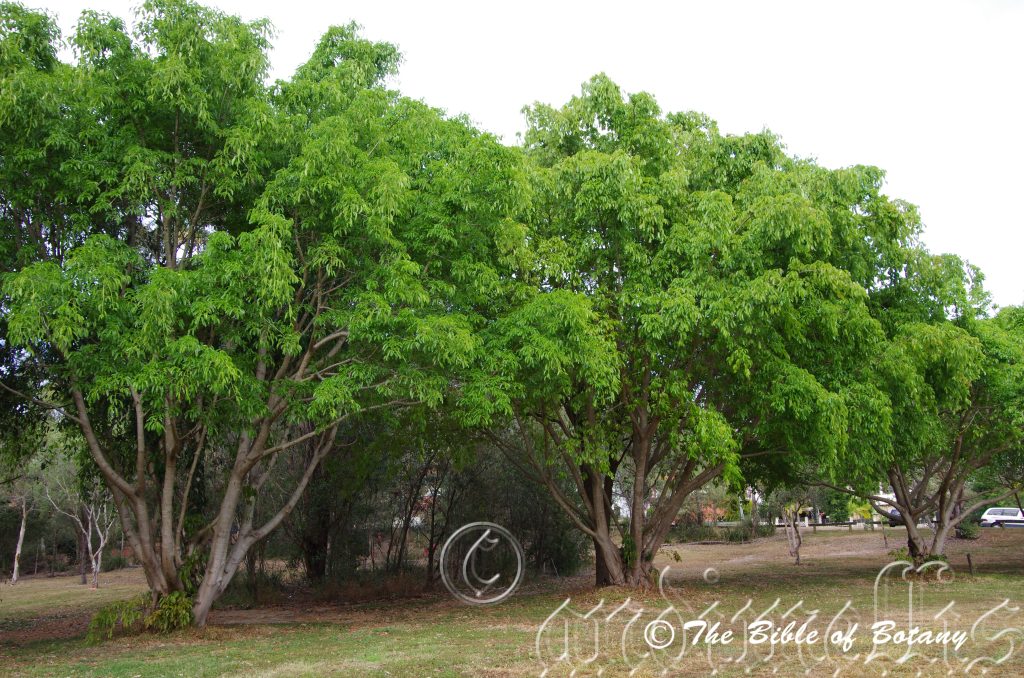
Kedron Brook Qld.
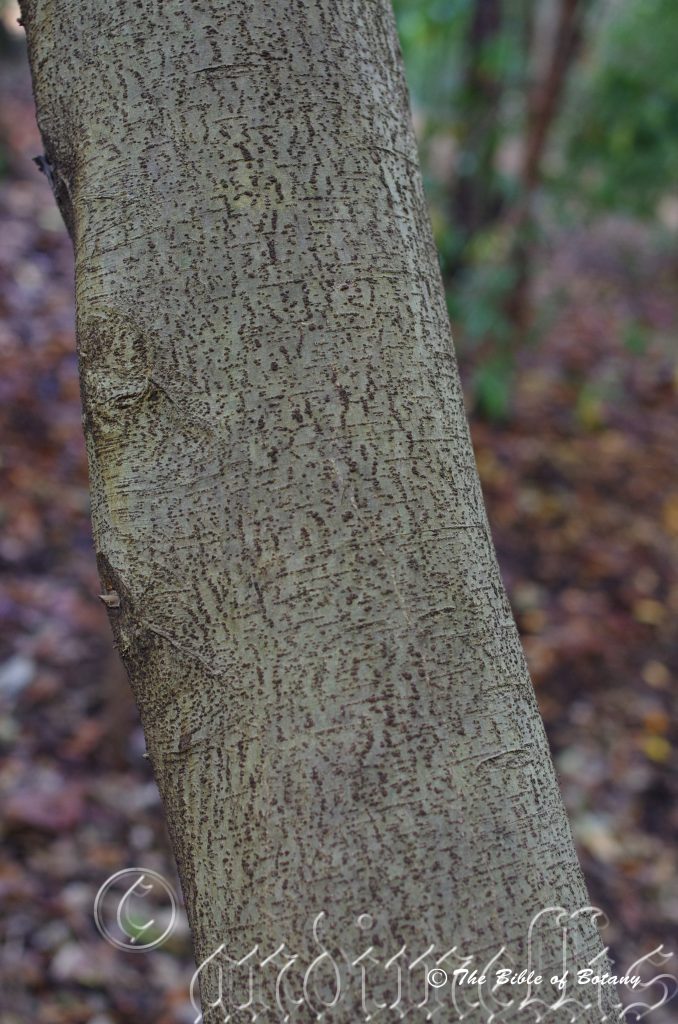
Mount Cootha Botanic Gardens Qld.
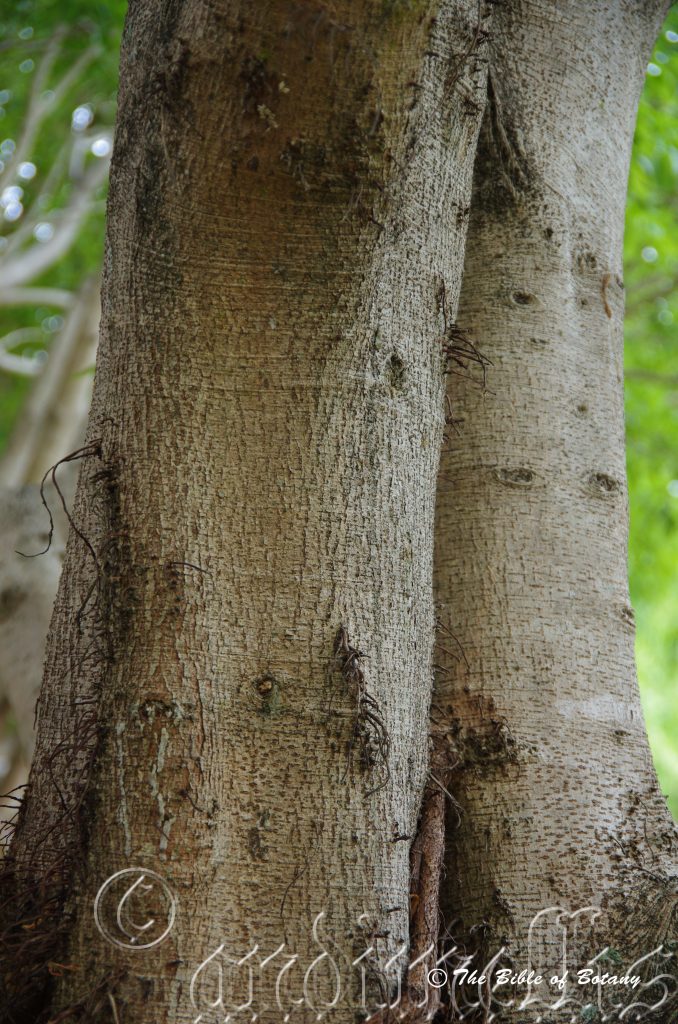
Kedron Brook Qld.
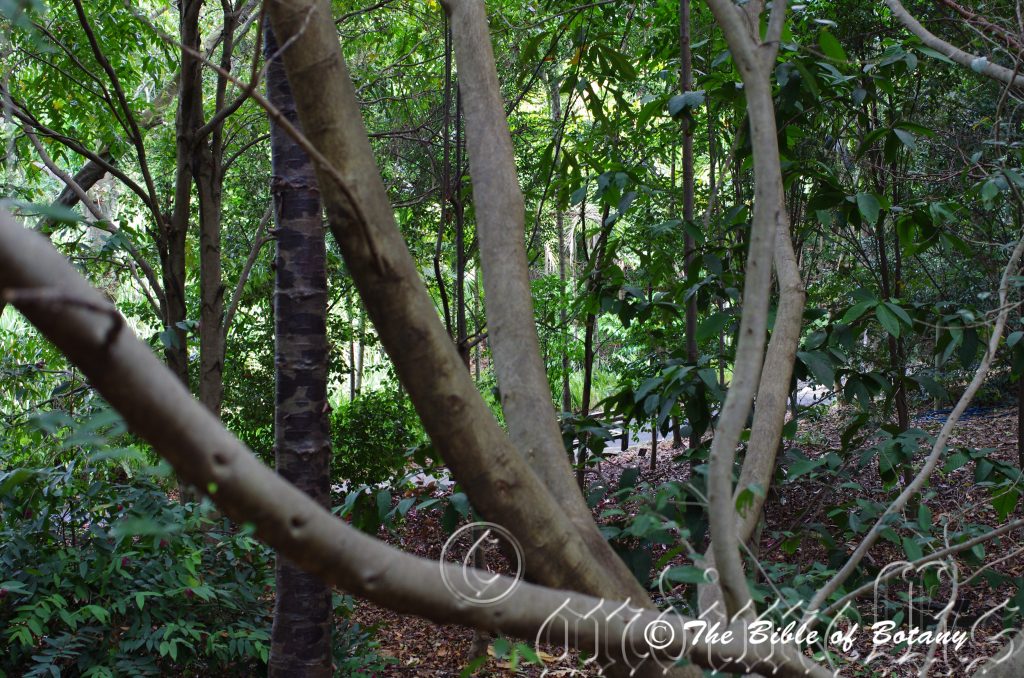
Mount Cootha Botanic Gardens Qld.
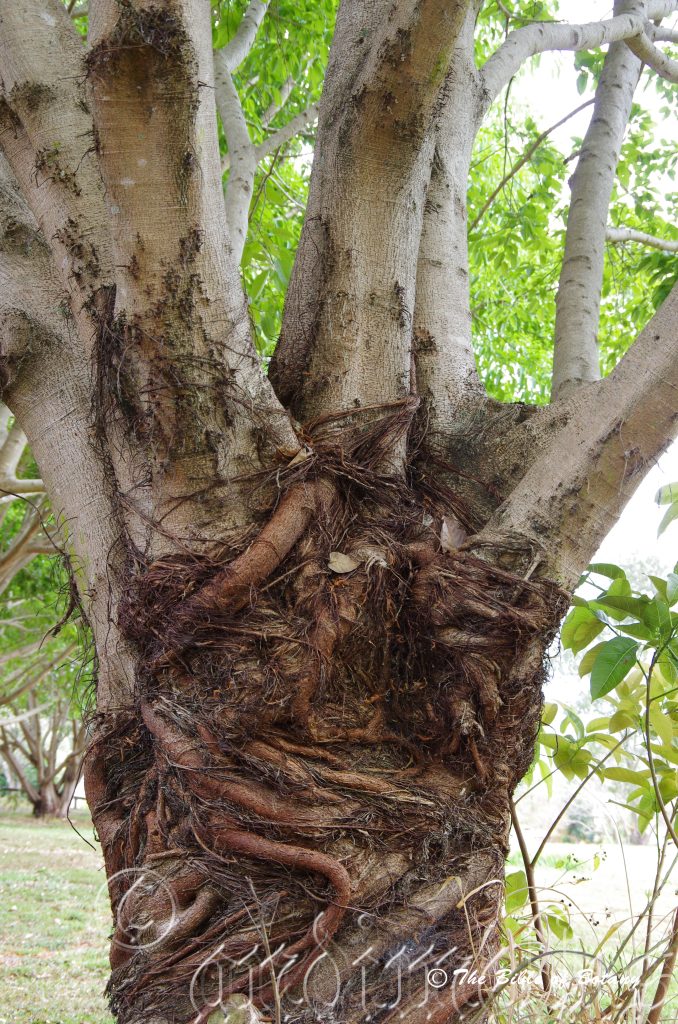
Kedron Brook Qld.
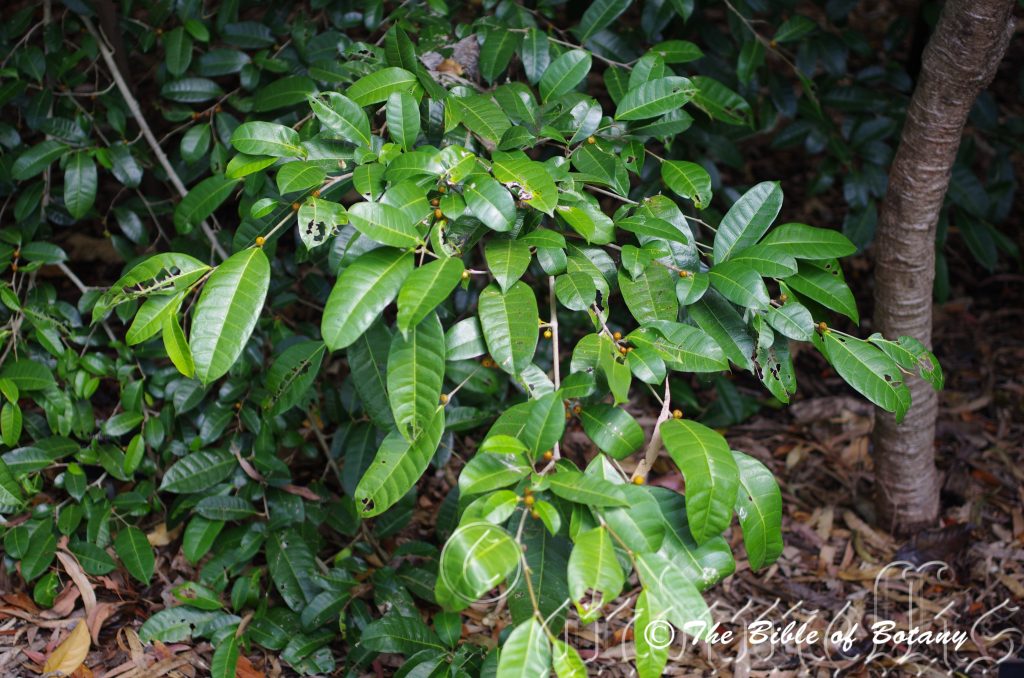
Mount Cootha Botanic Gardens Qld.
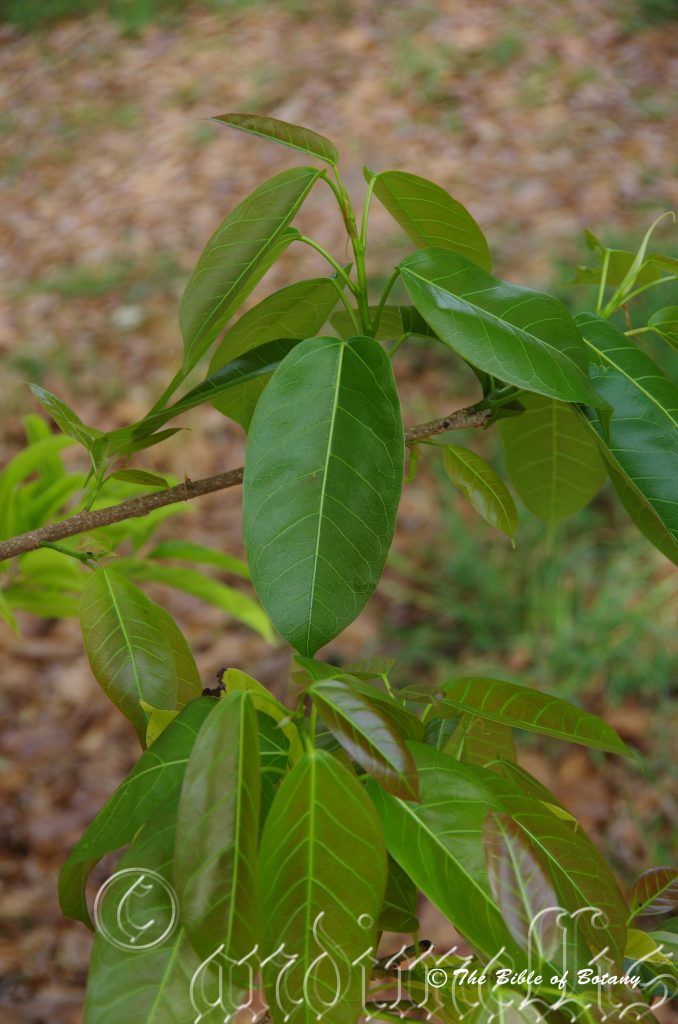
Kedron Brook Qld.
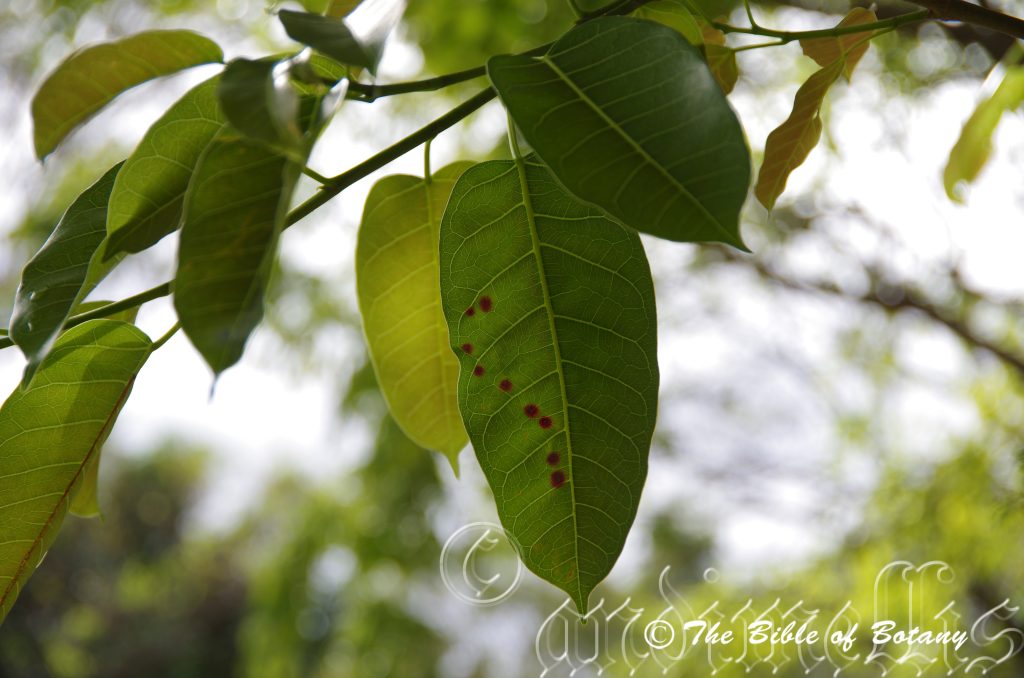
Kedron Brook Qld.
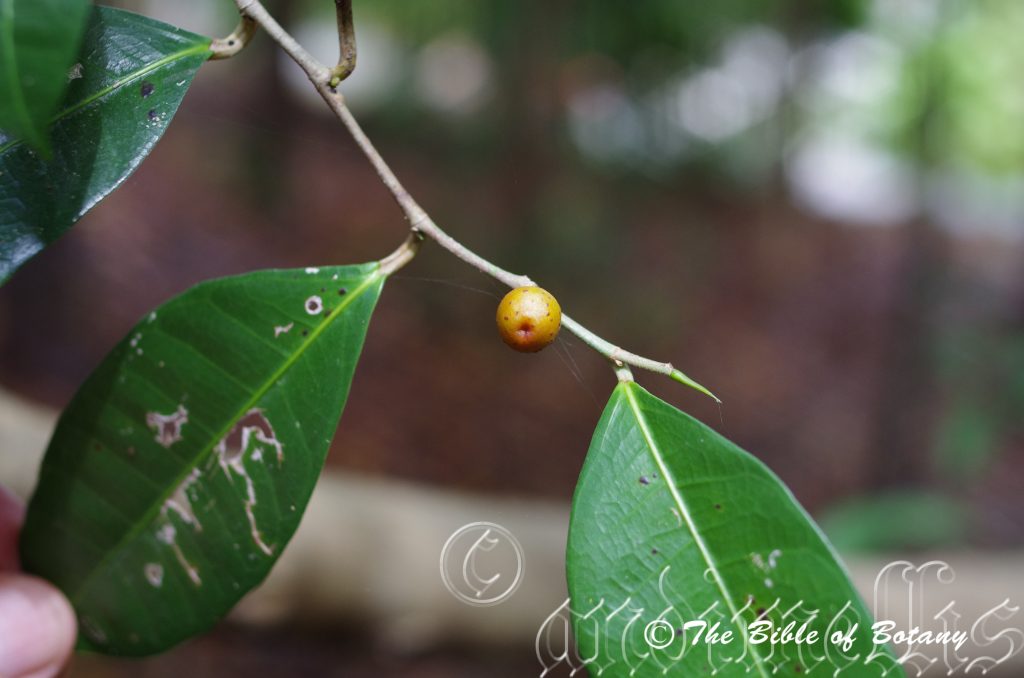
Mount Cootha Botanic Gardens Qld.
Ficus virgata
Classification:
Class: Magnoliophyta
Order: Magnoliopsida
Family: Urticales
Subfamily: Moraceae
Genus: From Ficus, which is Latin for the Mediterranean fig tree. It refers to Australian trees, which are related to the European commercial fig trees.
Specie: From Virgatum, which is Latin for a wand or stick. It refers to stems, which are straight and narrow like a wand.
Sub specie:
Common Name:
Distribution:
Ficus virgata is found in north eastern Queensland from the Torres Strait Islands to the Paluma National Park.
https://avh.ala.org.au/occurrences/search?taxa=Ficus+virgata#tab_mapView
Habitat Aspect Climate:
Ficus virgata prefers full sun to medium shade or dappled sunlight usually starting life in dense shade as an understory plant. It grows in well-developed rainforests gallery forests. The altitude ranges from 5 meters ASL to 400 meters ASL.
The temperatures range from 10 degrees in July to 40 degrees in January.
The rainfalls range from lows of 1600mm to 3200mm annually.
Soil Requirements:
Ficus virgata prefers rich fertile sandy loams, to medium clay loams. The soils are usually derived from decomposed brown basalt, black basalt, metamorphic rocks, sandstone or shale. The soils pH ranges from 5pH to 6pH are preferred. It does not tolerate waterlogged soils. Non saline soils to moderately saline soils are tolerated.
Height & Spread:
Wild Plants: 15m to 20m by 10m to 15m.
Characteristics:
Ficus virgata has a glabrous to slightly scabrous, pale grey bark which is often heavily covered in lichens. Branchlets similar to the trunk however it is glabrous and green towards the apex. The trunk on this strangler fig forms a buttress on large trees. The main feature is the way the roots hang down from the branches to form massive curtains of roots. Some of these roots are able to grow into a new tree. The exudate is rather slow to appear, watery at first before turning pale brown on exposure.
The stipules measure 5mm to 20mm in length. The opposite leaves of Ficus virgata are thick and leathery oblong-elliptical to ovate-elliptical and measure 100mm to 200mm in length by 45mm to 70mm in width. The petioles measure 12mm to 16mm in length. The bases are broad rounded while the apexes are acuminate. The concolourous laminas are deep grass-green and semi glossy. The leaf margins are entire and gently recurve upwards from the mid vein and strongly downwards at the apex. The mid vein and lateral veins are prominent on the lower lamina. There is a single pale green flat gland visible on the underside of the leaf blade, in the fork at the junction of the first lateral vein and the midrib. Small oil dots are visible with a lens on both the upper and lower surfaces of the leaf blade.
The lateral bracts are absent at the base of this Ficus. There are numerous stiff bristle like hirsute hairs present between the male and female flowers. The tepals are covered in grey pubescent hairs abaxially. The male flowers are produced around the ostiole. There are three bracts at the base of the female flowers.
Ficus virgata fruits are globular fleshy syconiums. The syconiums are produced singularly or in pairs from the leaf axis on the branchlets. The syconiums measure 10mm to 13mm in length by 7mm to 14mm in diameter. The pedicels measure 8mm to 10mm in length. The orifice is closed after anthesis by interlocking apical bracts and reflexed internal bracts. The syconiums are born from June to August.
Wildlife:
Ficus virgata like all figs produce the fruit first and the flower blooms within the fruit. It needs the services of a small insect usually a minute wasp to enter the fruit through a special opening to fertilize it. Many birds like Pigeons, Silver eyes, Honeyeaters, Bower birds and Cat birds frequent the trees for the fruits. At night Possums and Flying foxes join the feast to be had and any fruits that hit the ground are eagerly sought out by native Mice and Wallabies.
Like all figs produce the fruit first and the flower blooms within the fruit. Syconium fruits are those fruits where the flower blooms within the inside of the fruit. Ficus are unique in that each specie has its own Agaonid wasp to play cupid. (Hymneoptera Chalchoidea, Agaonidae specie). Without its own specific little cupid wasp the trees cannot produce seed and consequently without its specific tree the wasp cannot reproduce. It is a very fine balance for fertilization and then later for the distribution of seeds where the trees are very reliant on the movement of pigeons.
Cultivation:
Ficus virgata is a beautiful tree for larger gardens. It is suitable for animal shelters because of its bushy canopy. In cultivation the trees will grow to a around 12 meters to 15 meters in height by 15 meters wide. The trees are rather messy every year when the fruit is ripe and do attract several native animals so care should be taken in positioning the trees. The root system like, other Ficus are quite aggressive around sewer lines and foundations. This Ficus once they start to fruit can produce large quantities.
Ficus virgata make very good bonsai plants. It also makes good indoor plants when young. When indoors ensure it is out of draughts and away from central heating as this will cause leaf drop on the plants.
As it develops a crown it is particularly good for growing epiphytic orchids and ferns, especially stags and elk horns along with Drynaria and Davallia specie.
Indoors or Potted Plants:
Ficus virgata is an excellent plant for indoor use however they need good light and ventilation without drying breezes or wind. It is best planted in large urns where they will grow for many years.
On patios and verandas make sure the roots are contained in the pot. This can be achieved by placing the pots or urns in a saucer.
Sawdust or sand mixes are too well draining unless the sawdust has completely composted down where it exhibits a texture like plastacine to the touch. Moisture can be squeezed out between the fingers yet it remains moist. I find this a great basis to start with.
Mix equal parts of the well decomposed saw dust with the above feel with perlite and vermiculite. To this add two part sharp clean sand, one part compost and one part good crusher dust from a basalt rock quarry. Preferably black basalt but both are good. Make sure the sand comes from a source that does not contain salt.
The decomposed Sawdust in this condition creates the moisture retention and holds nutrient in. The perlite and vermiculite make the mix neutral and both have great water holing capacity without shrinkage with age. The sand creates good drainage and is good for good healthy root development. The crusher dust adds vital minerals which the plants need.
Before fertilizing wash the saucer and water the plants heavily so the water runs through the pots for a few minutes. This will leach any build-up of toxins and salts from the mix. Allow to drain and fertilize the plants the following day. Repeat on a monthly basis with the formula mentioned under propagation on a rotation basis.
Because of their hardiness and their ability to grow with restrictions on the roots if necessary, makes this tree a very good specimen for bonsai.
Propagation:
Seeds: Sow fresh Ficus virgata seeds into a seed raising mix. When the seedlings are 30mm to 50mm tall, prick them out and plant them into 50mm native tubes using a good organic mix.
Once the seedlings reach 200mm to 250mm in height plant them out into their permanent position. Mass plantings as a tree would need the seedlings to be planted at 15 meters a part.
Fertilize using seaweed, fish emulsion or organic chicken pellets soaked in water on an alternate basis. Fertilize every two months until the plants are established then twice annually in early September or March to maintain health and vitality.
Further Comments from Readers:
Hi reader, it seems you use The Bible of Botany a lot. That’s great as we have great pleasure in bringing it to you! It’s a little awkward for us to ask, but our first aim is to purchase land approximately 1,600 hectares to link several parcels of N.P. into one at The Pinnacles NSW Australia, but we need your help. We’re not salespeople. We’re amateur botanists who have dedicated over 30 years to saving the environment in a practical way. We depend on donations to reach our goal. If you donate just $5, the price of your coffee this Sunday, We can help to keep the planet alive in a real way and continue to bring you regular updates and features on Australian plants all in one Botanical Bible. Any support is greatly appreciated. Thank you.
In the spirit of reconciliation we acknowledge the Bundjalung, Gumbaynggirr and Yaegl and all aboriginal nations throughout Australia and their connections to land, sea and community. We pay our respect to their Elders past, present and future for the pleasures we have gained.
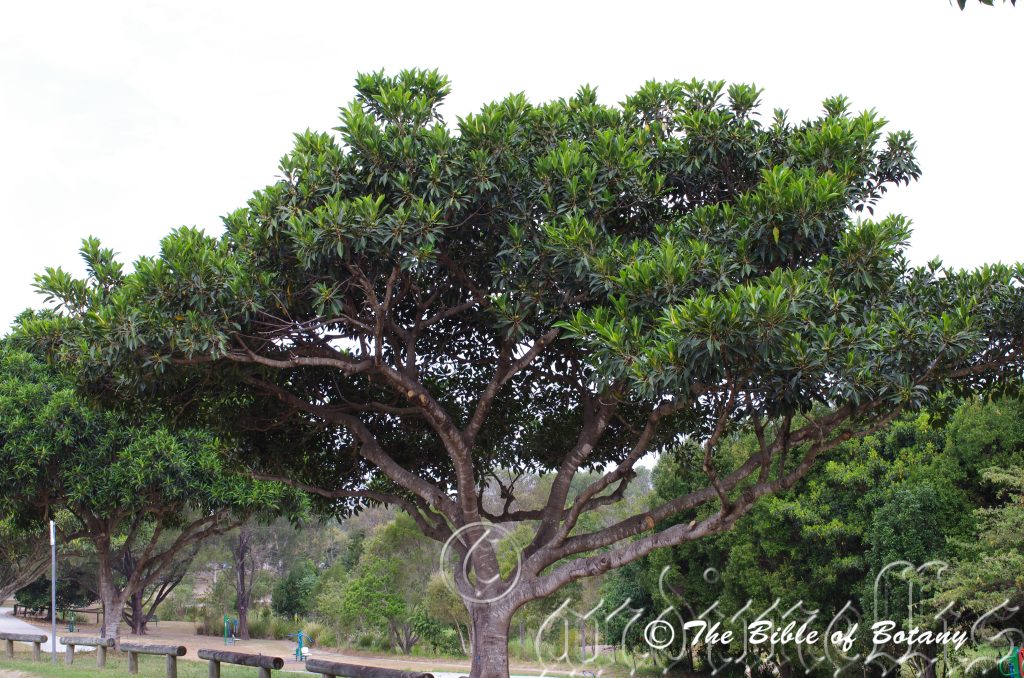
Brookside Qld.
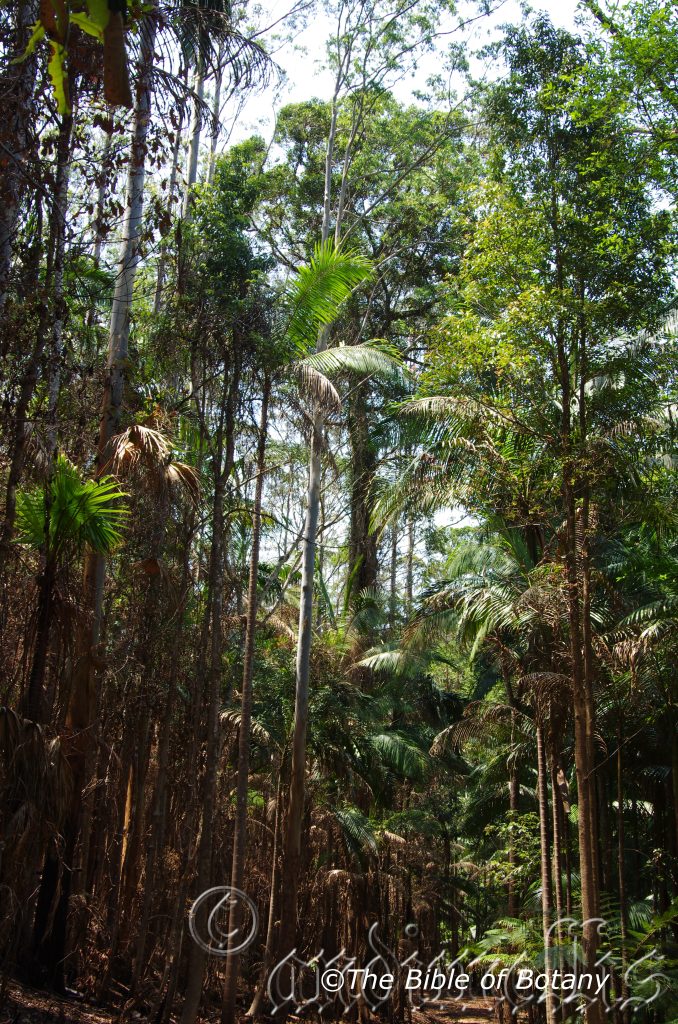
Erwinger State Forest in section that survived wild Fire NSW
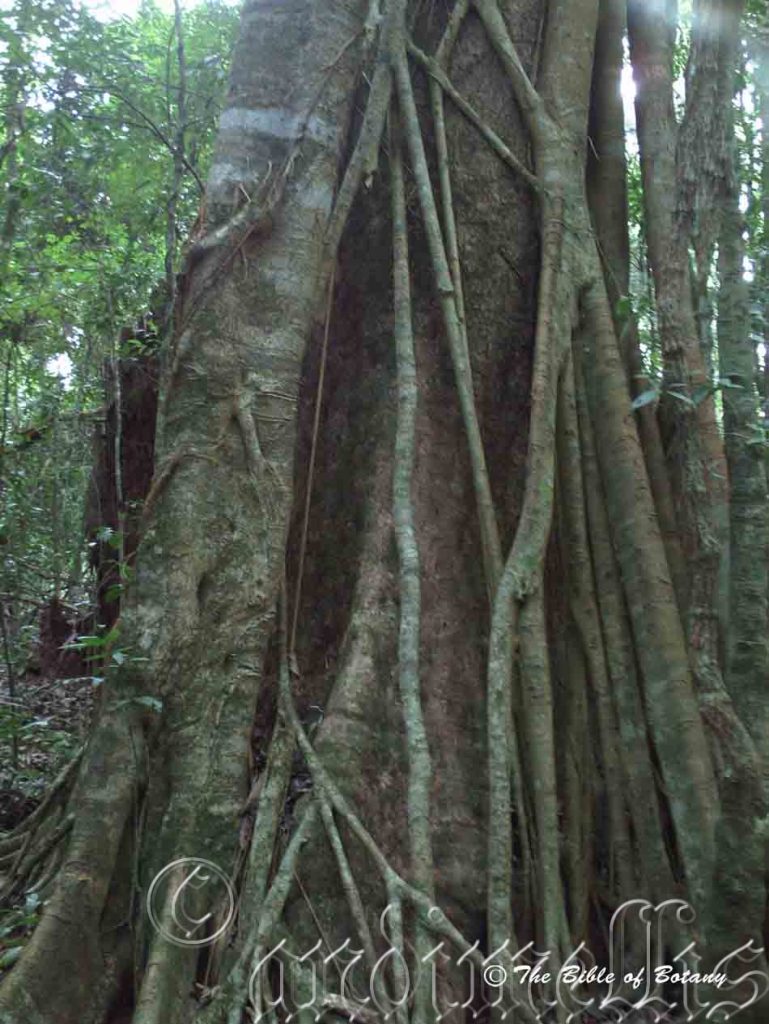
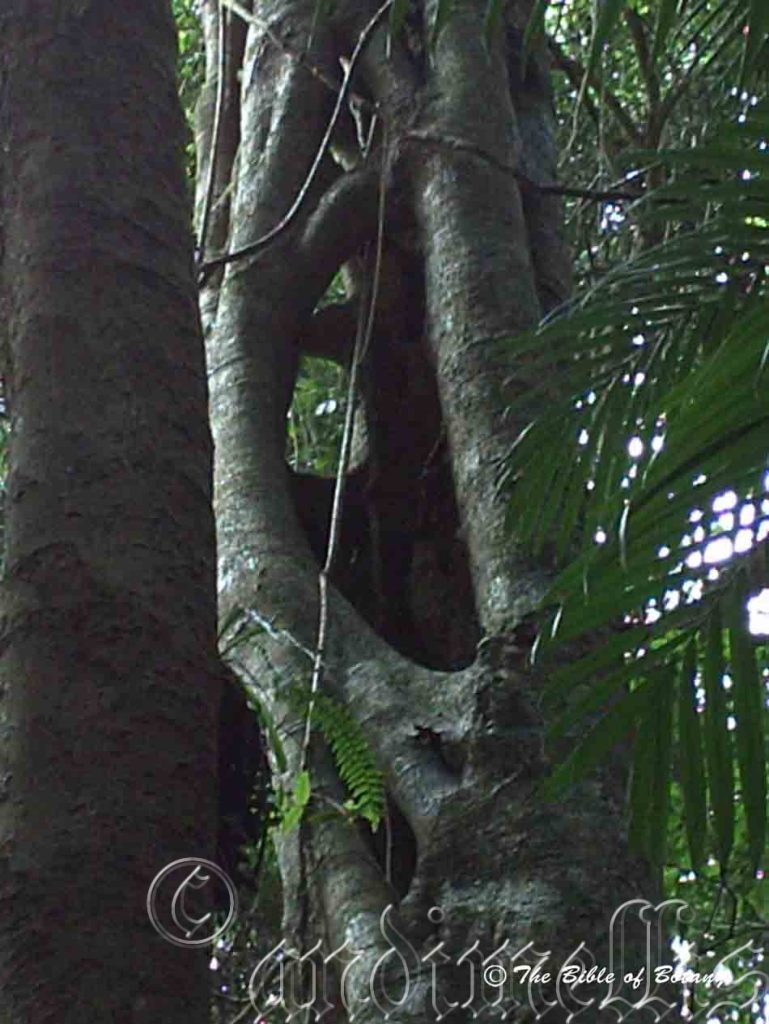
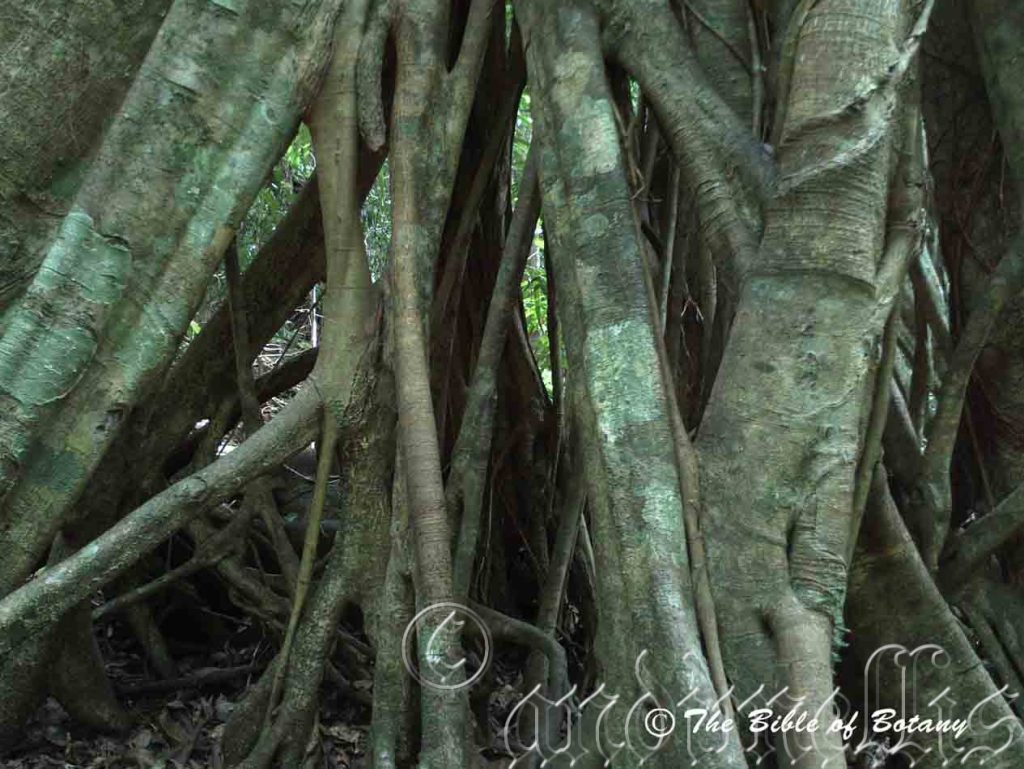
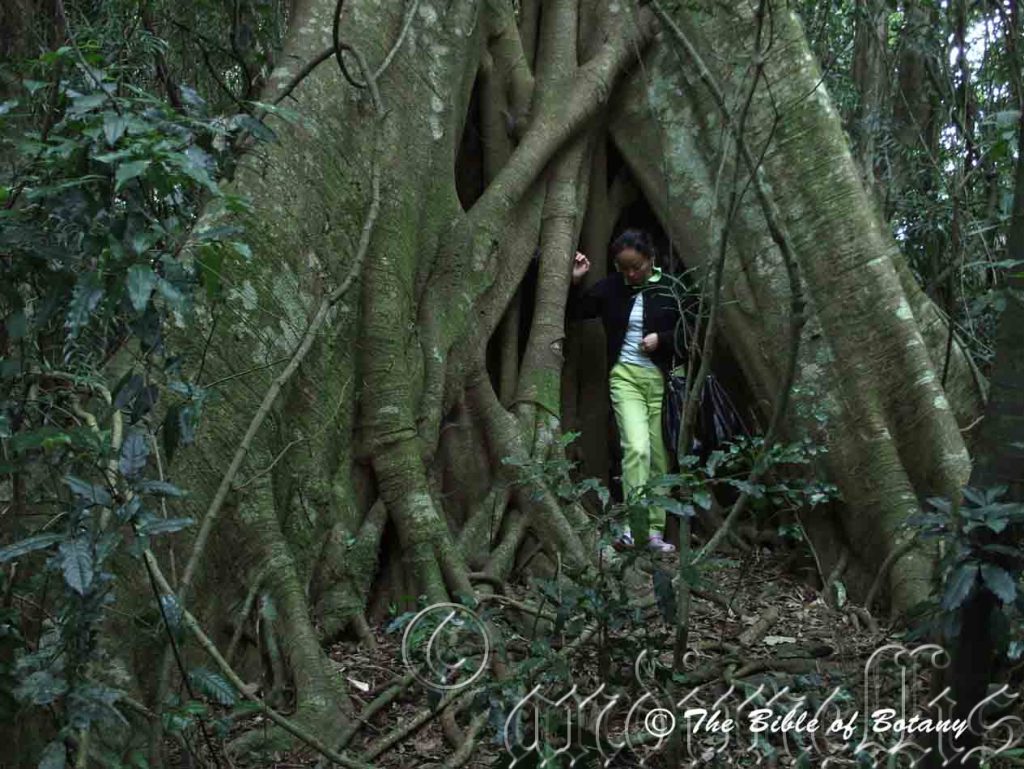
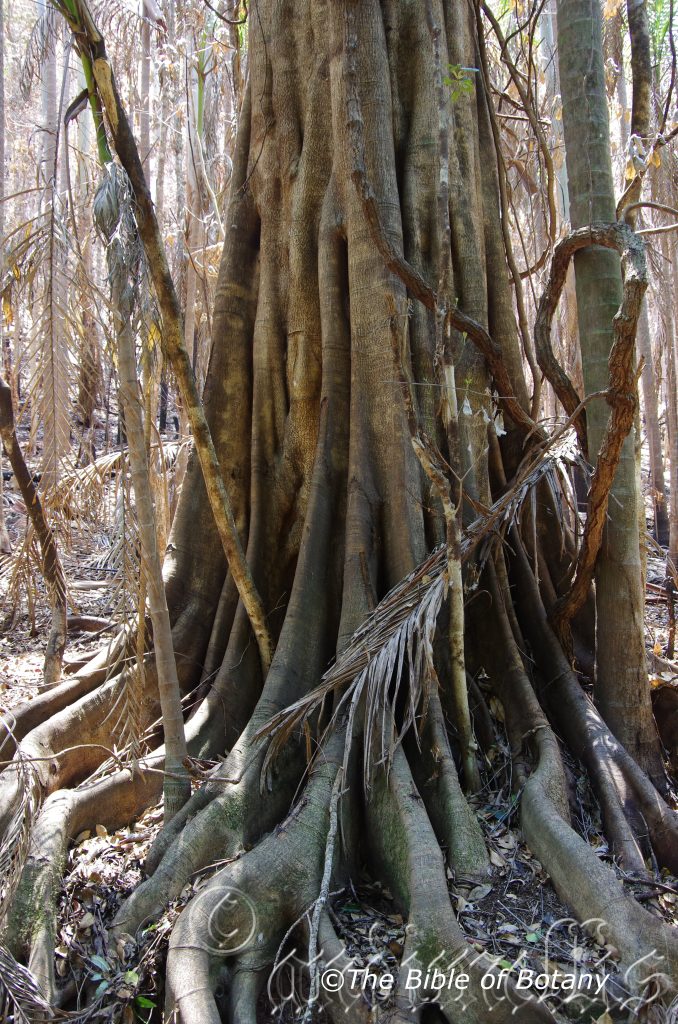
Erwinger State Forest in section that burnt in the wild Fire NSW The tree had new growth high up.
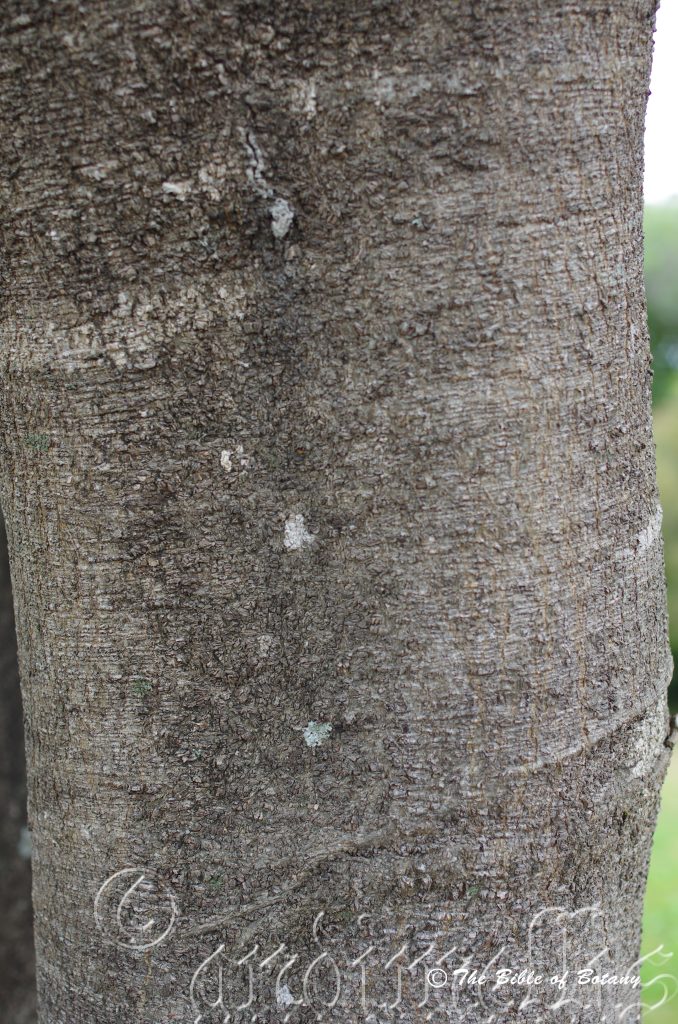
Brookside Qld.

Brookside Qld.
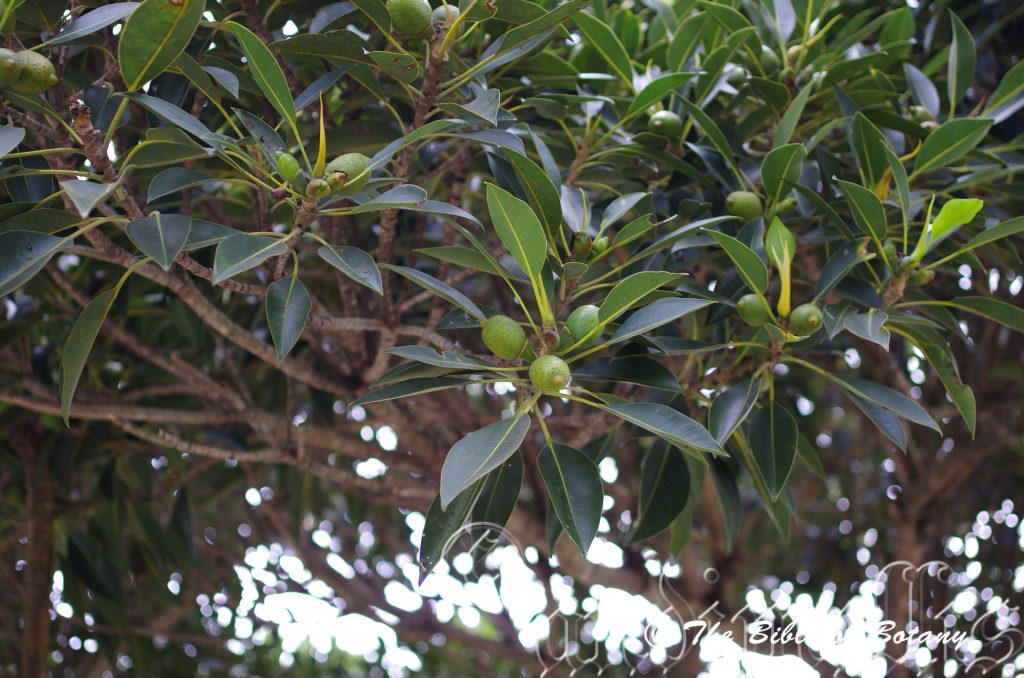
Brookside Qld.
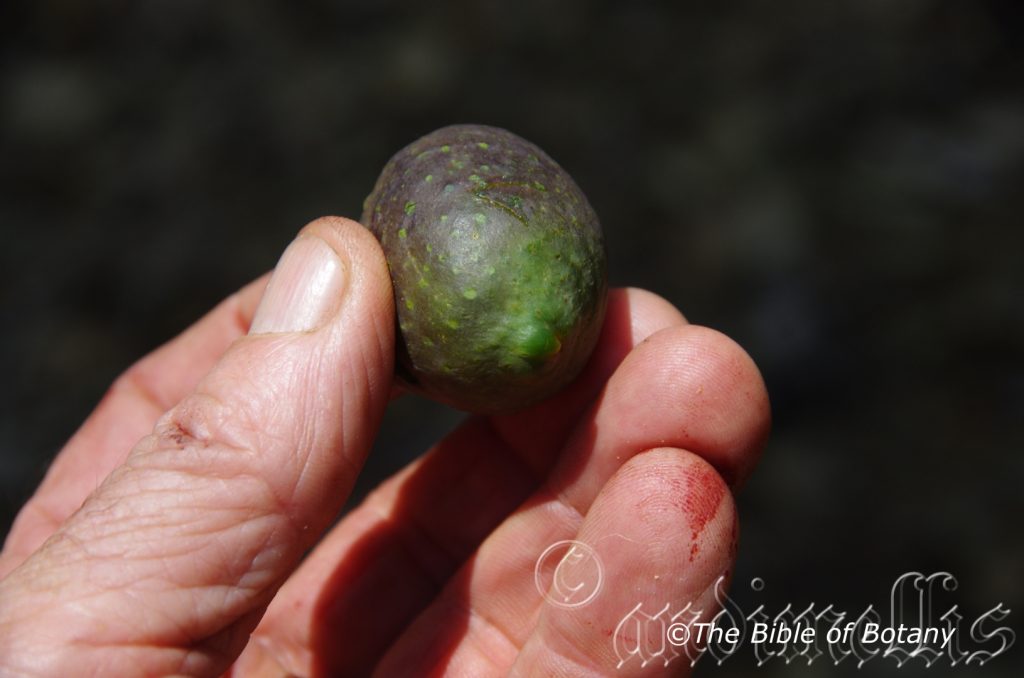
Erwinger State Forest NSW
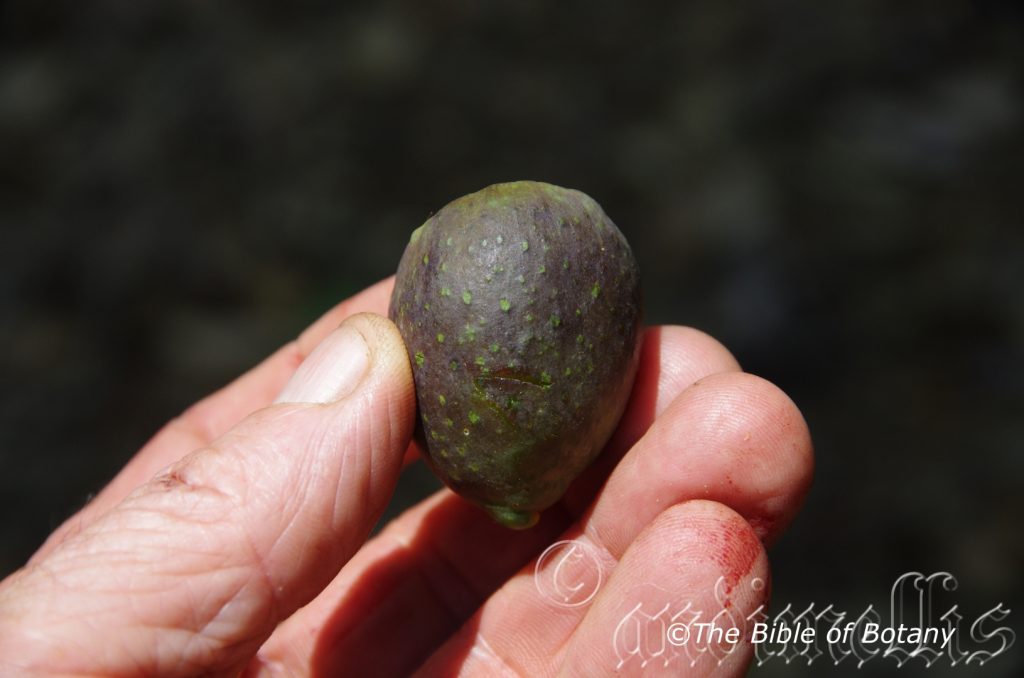
Erwinger State Forest NSW
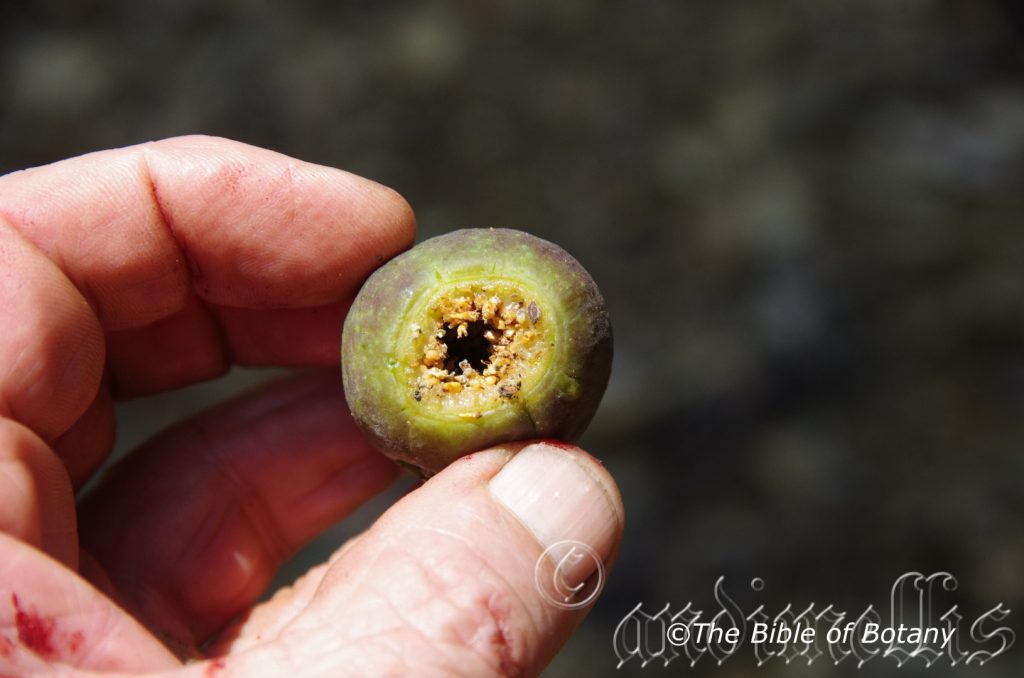
Erwinger State Forest NSW
Ficus watkinsiana
Classification:
Class: Magnoliophyta
Order: Magnoliopsida
Family: Urticales
Subfamily: Moraceae
Genus: From Ficus, which is Latin for the Mediterranean fig tree. It refers to Australian trees, which are related to the European commercial fig trees.
Specie: Is named in honour of George Watkins; 1848-1916, who was a British born Australian pharmacist and amateur botanist who had a keen interest in the flora of Stradbroke Island, the aboriginal lifestyles on the Island and, foundation member of the Queensland Philosophical Society and joint member of the Field Naturalist Society.
Sub specie:
Common Name: Watkins Fig or Strangler Fig.
Distribution:
Ficus watkinsiana is found on and east of the Great Dividing Range. It is found south from Cairns in far north Queensland to the western Rim on Mount Warning National Park and the Clarence River.
https://avh.ala.org.au/occurrences/search?taxa=Ficus+watkinsiana#tab_mapView
Habitat Aspect Climate:
Ficus watkinsiana prefers full sun to light shade or dappled sunlight usually starting life in dense shade as an understory plant. It grows adjacent to rainforests and wet Eucalyptus forests or deep within the rainforests. The altitude ranges from 50 meters ASL to 1100 meters ASL.
The temperatures range from 4 degrees in July to 40 degrees in January.
The rainfalls range from lows of 950mm to 3000mm annually.
Soil Requirements:
Ficus watkinsiana prefers rich fertile sandy loams, to medium clay loams. The soils are usually derived from decomposed brown basalt, black basalt, metamorphic rocks, sandstone or shale. The soils pH ranges from 5pH to 6pH are preferred. It does not tolerate waterlogged soils. Non saline soils to moderately saline soils are tolerated.
Height & Spread:
Wild Plants: 20m to 45m by 15m to 20m.
Characteristics:
Ficus watkinsiana has a slightly scabrous, pale grey bark which is often prolifically covered in lichens. The branchlets are similar to the trunk however it is glabrous and deep green near the apex. The trunk forms a buttress on large trees. The main feature is the way the roots hang down from the branches to form massive hollows where the trunk of the original host plant was. The trunk is widely buttressed and the roots of very old trees may also become buttressed near the ground. Trees are often seen with giant hollows where the host trees have died or growing on weird angles where the host tree has succumbed and fallen under the weight of the Ficus watkinsiana. The bark exudes a translucent fluid when damaged.
The opposite leaves of Ficus watkinsiana have adjacent, elliptical measure 90mm to 240mm in length by 30mm to 70mm in width. The glabrous stipules measure 30mm to 60mm in length. The petioles measure 40mm to 70mm in length. The base is cuneate while the apex is broadly acute to broadly acuminate. The discolourous laminas are deep sea green to deep olive green, glabrous and glossy on the upper lamina while the lower lamina is slightly paler. The leaf margins are entire and curve slightly upwards from the mid vein. The mid vein is prominent below and distinctly visible above being yellow. The petioles and leaves exude a milky liquid when damaged.
The fruits of Ficus watkinsiana are globose fleshy syconiums with a distinctly prominent apical nipple. The syconiums are produced in pairs from the leaf axis close to the apexes. They measure 25mm to 40mm in length by 16mm to 35mm in diameter. The pedicels measure 10mm to 20mm in length. Fruits are born from September to April.
Wildlife:
Ficus watkinsiana like all figs produce the fruit first and the flower blooms within the fruit. It needs the services of a small insect usually a minute wasp to enter the fruit through a special opening to fertilize it. Many birds like Pigeons, Silver eyes, Honeyeaters, Bower birds and Cat birds frequent the trees for the fruits. Pigeons are particularly fond of the fruits. At night Possums and Flying foxes with tree kangaroos in the north join the feast to be had and any fruits that hit the ground are eagerly sought out by native Mice and Wallabies.
Like all figs produce the fruit first and the flower blooms within the fruit. Syconium fruits are those fruits where the flower blooms within the inside of the fruit. Ficus are unique in that each specie has its own Agaonid wasp to play cupid. (Hymneoptera Chalchoidea Agaonidae sp. Without its own specific little cupid wasp the trees cannot produce seed and consequently without its specific tree the wasp cannot reproduce. It is a very fine balance for fertilization and then later for the distribution of seeds where the trees are very reliant on the movement of pigeons.
Cultivation:
Ficus watkinsiana is a beautiful tree for larger gardens. It is suitable for animal shelters because of its bushy canopy. In cultivation the trees will grow from 25 meters to 30 meters in height by 30 meters to 35 meters in diameter. The root system, like other Ficus are quite aggressive around sewer lines and foundations.
Trees are rather messy every year when the fruit is ripe and do attract several native animals so care should be taken in positioning the trees. This Ficus once it starts to fruit can produce large quantities.
As they develop a crown it is particularly good for growing epiphytic orchids and ferns particularly stags and elk horns.
This is one of the best know strangler figs in Australia.
Indoors or Potted Plants:
Ficus watkinsiana is an excellent plant for indoor use however they need good light and ventilation without drying breezes or wind. It is best planted in large urns where they will grow for many years.
They also make very good bonsai plants. Because Ficus watkinsiana is very of hardy and their ability to grow with restrictions on the roots if necessary, makes this tree a very good specimen for bonsai. The aerial roots also make a great display.
On patios and verandas make sure the roots are contained in the pot. This can be achieved by placing the pots or urns in a saucer.
Sawdust or sand mixes are too well draining unless the sawdust has completely composted down where it exhibits a texture like plastacine to the touch. Moisture can be squeezed out between the fingers yet it remains moist. I find this a great basis to start with.
Mix equal parts of the well decomposed saw dust with the above feel with perlite and vermiculite. To this add two part sharp clean sand, one part compost and one part good crusher dust from a basalt rock quarry. Preferably black basalt but both are good. Make sure the sand comes from a source that does not contain salt.
The decomposed Sawdust in this condition creates the moisture retention and holds nutrient in. The perlite and vermiculite make the mix neutral and both have great water holing capacity without shrinkage with age. The sand creates good drainage and is good for good healthy root development. The crusher dust adds vital minerals which the plants need.
Use rain water wherever possible to reduce the salt accumulation in the pot and mix. If this is not practical then before fertilizing wash the saucer and water the plants heavily so the water runs through the pots for a few minutes. This will leach any build-up of toxins and salts from the mix. Allow to drain and fertilize the plants the following day. Repeat on a bimonthly basis with the formula mentioned under propagation on a rotation basis.
Because of their hardiness and their ability to grow with restrictions on the roots if necessary, makes this tree a very good specimen for bonsai.
Propagation:
Seeds: Sow fresh Ficus watkinsiana seeds into a seed raising mix. When the seedlings are 30mm to 50mm tall, prick them out and plant them into 50mm native tubes using a good organic mix.
Once the seedlings reach 200mm to 250mm in height plant them out into their permanent position. Mass plantings as a tree would need the seedlings to be planted at 15 meters a part.
Fertilize using seaweed, fish emulsion or organic chicken pellets soaked in water on an alternate basis. Fertilize every two months until the plants are established then twice annually in early September or March to maintain health and vitality.
Further Comments from Readers:
Hi reader, it seems you use The Bible of Botany a lot. That’s great as we have great pleasure in bringing it to you! It’s a little awkward for us to ask, but our first aim is to purchase land approximately 1,600 hectares to link several parcels of N.P. into one at The Pinnacles NSW Australia, but we need your help. We’re not salespeople. We’re amateur botanists who have dedicated over 30 years to saving the environment in a practical way. We depend on donations to reach our goal. If you donate just $5, the price of your coffee this Sunday, We can help to keep the planet alive in a real way and continue to bring you regular updates and features on Australian plants all in one Botanical Bible. Any support is greatly appreciated. Thank you.
In the spirit of reconciliation we acknowledge the Bundjalung, Gumbaynggirr and Yaegl and all aboriginal nations throughout Australia and their connections to land, sea and community. We pay our respect to their Elders past, present and future for the pleasures we have gained.
Fieldia australis
Classification:
Unranked: Asterids
Order: Laminales
Family: Gesneriaceae
Genus: Is named in honour of Barron Field; 1786-1846, who was a German botanist.
Specie: From Terra Australis, which is Latin for land of the south. It refers to plants, which were first discovered from the land down under.
Sub specie:
Common Name:
Distribution:
Fieldia australis is found south from the Macpherson Ranges in far south east Queensland to Wilsons Promontory in southern Victoria. It is mainly found on and east of the Great Dividing Range at lower altitudes
https://avh.ala.org.au/occurrences/search?taxa=Fieldia+australis#tab_mapView
Habitat Aspect Climate:
Fieldia australis prefers full sun to medium shade or dappled sunlight. It grows in dry rain forest, littoral rainforest, monsoonal rainforests, gallery forests and at times in areas that are quite dry and not conducive to rain forest development. The altitude ranges from 450 meters ASL to 950 meters ASL.
The temperatures range from minus 2 degrees in July to 36degrees in January.
The rainfalls range from lows of 700mm to 2000mm annually often with additional orographic precipitation.
Soil Requirements:
Fieldia australis grows as an epiphyte on the trunks of trees or as a lithophyte on rocks. The soils are usually derived from decomposed black basalt, brown basalt or granite. The rocks and tree litters pH ranges from 5PH to 6.5PH. It does not tolerate waterlogged soils. Only non-saline soils to slightly saline soils are tolerated.
Height & Spread:
Wild Plants: 0.15m to 3m by 1m to 3m.
Characteristics:
Fieldia australis stems have pale brown-grey bark which is covered in straight, white, articulate hairs. The stems adhere to the trunks and rocks by adventitious roots from the stems.
The dimorphic, opposite leaves of Fieldia australis are obovate, elliptical to elliptical-oblong. The larger leaf measures 30mm to 70mm in length 10mm to 30mm in width while the smaller leaf measures 10mm to 30mm in length by 5mm to 15mm in width. The petioles measure 0mm to 8mm in length.
The base is cuneate while the apexes are acute. The discolourous laminas are grass-green to sea green and are moderately covered in straight, white, articulate hairs on the upper lamina while the lower lamina is paler to glaucous. The laminas are flat and decurve slightly downwards near the apex. The mid vein and lateral veins are prominent on the lower lamina and are visible from the upper lamina. The leaf margins are coarsely toothed on the apical two thirds.
The inflorescences of Fieldia australis are born singularly or in pairs from the leaf axils. The pedicels measures 9mm to 25mm in length.
The 4 or 5 dimorphic linear bracteoles are united near the base and are covered in white articulate hairs externally. They measure 5mm to 12mm in length. The pale green calyxes are covered in straight, white articulate hairs and measure 2mm to 6mm in length while the 5 lobes measure 4mm to 9mm in length. The pastel yellow, cream or white
Corolla is sparsely covered in straight, white, articulate hairs and measures 25mm to 35mm in length by 7mm to 9mm in diameter.
The 5 white slightly exserted filaments are opposite the petals and bear fawn anthers. The style is enclosed in the corolla. The flowers appear from December to February.
Fieldia australis fruits are oblong to ovoidal, fleshy berries. The berries measure 10mm to 30mm in length by 10mm to 12mm in diameter. The green off white, lilac to pale purple-grey and are sparsely covered in deeper base colour markings when ripe. The fruits ripen from May to February.
Wildlife:
Fieldia australis‘s wildlife is unknown to the author however I would suspect the berries are eaten by birds like the Satin Bower Bird. (Ptilonorhynchus violaceus)
Cultivation:
Fieldia australis is a beautiful addition to the home gardener’s rainforest section in the garden. In the bush house it could be tried as a hanging basket plant.
Place it near old stumps or boulders in the shade to make the stumps come alive. The deep greys and blacks against the creamy grey stems will contrast both the finesse of the shrub and the coarseness of the stumps or boulders. Sparingly use other plants in the vicinity if you want to high light Fieldia australis or place vertical shrubs like the Cordyline including red and pink Cordyline terminalis if you want it to blend into the scene.
In a shaded water feature use a billabong or a water hole in a meandering dry creek bed. When using Fieldia australis as a feature only grow small plants that do not reach more than 400mm in height and have a compact habit with either blue or grey leaves. Many of the small rainforest ferns would make an ideal scene look natural without stealing the lime light.
Propagation:
Seeds: Sow fresh Fieldia australis seeds into a seed raising mix. Place the trays beneath 50mm shade cloth and keep moist. When the seedlings are 30mm to 50mm tall, prick them out and plant them into 50mm native tubes using a good organic mix.
Once the seedlings reach 200mm to 250mm in height plant them out into their permanent position adjacent to a tree with non-decorticating bark.
Fertilize using seaweed, fish emulsion or organic chicken pellets soaked in water on an alternate basis. Fertilize every two months until the plants are established then twice annually in early September or March to maintain health, vitality and better flowering.
Further Comments from Readers:
Hi reader, it seems you use The Bible of Botany a lot. That’s great as we have great pleasure in bringing it to you! It’s a little awkward for us to ask, but our first aim is to purchase land approximately 1,600 hectares to link several parcels of N.P. into one at The Pinnacles NSW Australia, but we need your help. We’re not salespeople. We’re amateur botanists who have dedicated over 30 years to saving the environment in a practical way. We depend on donations to reach our goal. If you donate just $5, the price of your coffee this Sunday, We can help to keep the planet alive in a real way and continue to bring you regular updates and features on Australian plants all in one Botanical Bible. Any support is greatly appreciated. Thank you.
In the spirit of reconciliation we acknowledge the Bundjalung, Gumbaynggirr and Yaegl and all aboriginal nations throughout Australia and their connections to land, sea and community. We pay our respect to their Elders past, present and future for the pleasures we have gained.
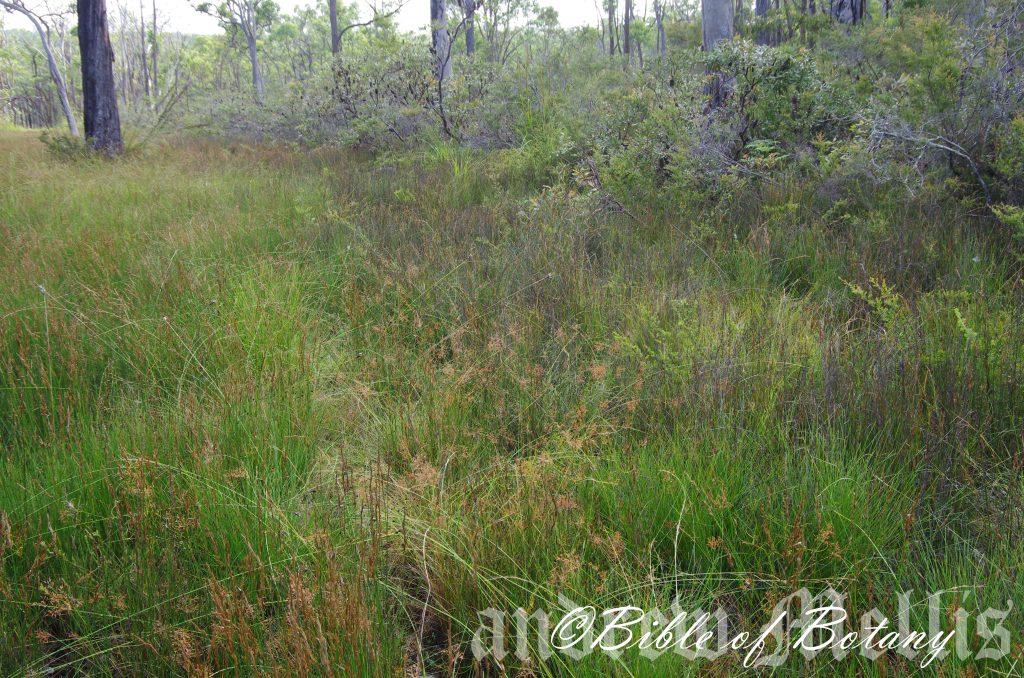
The Pinnacles NSW
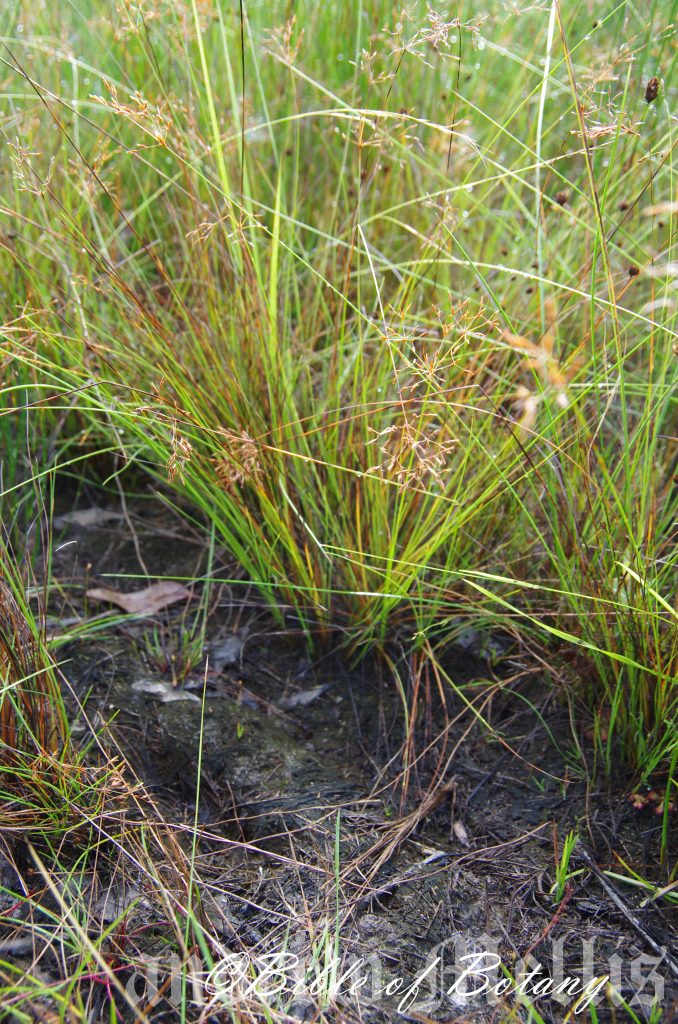
The Pinnacles NSW
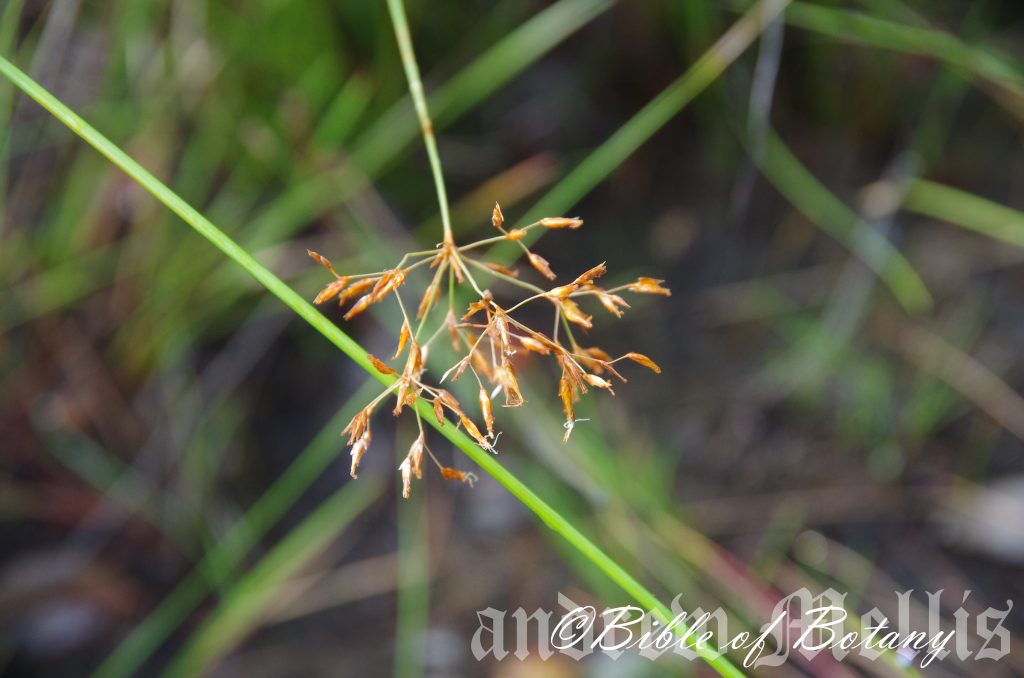
The Pinnacles NSW
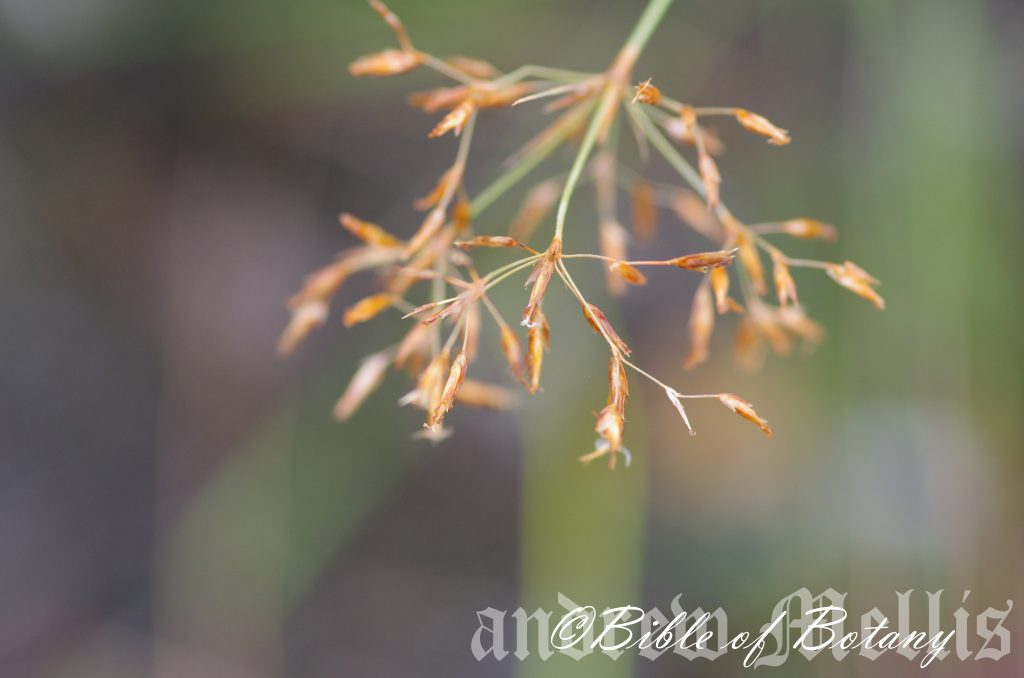
The Pinnacles NSW
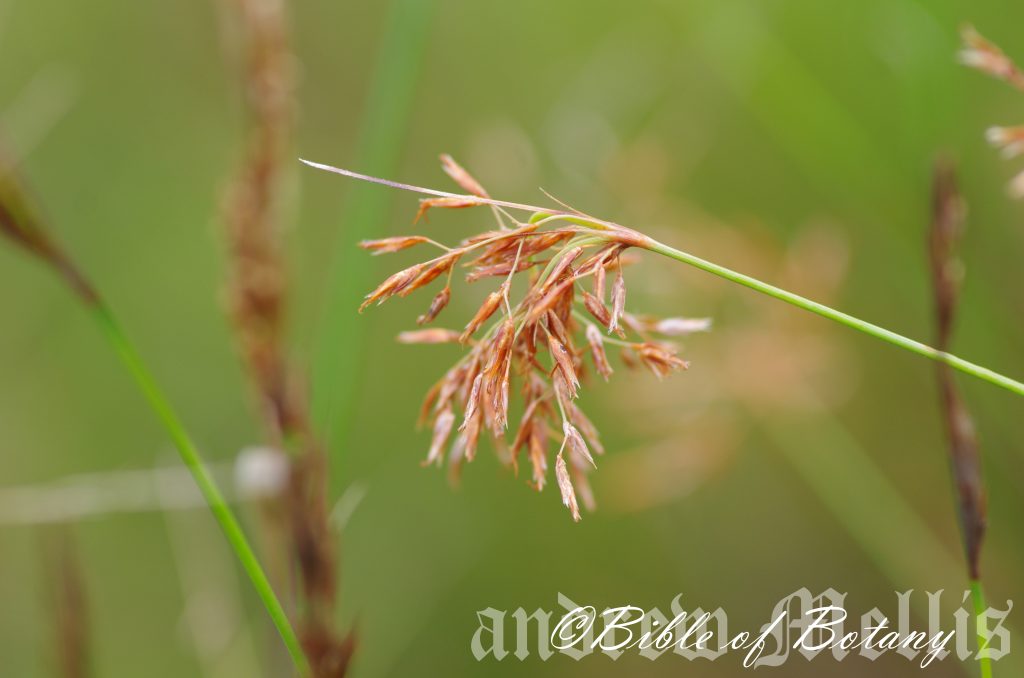
The Pinnacles NSW
Fimbristylis cinnamometorum
Classification:
Unranked: Monocots
Unranked: Commelinidis
Superorder: Lilianales
Order: Poales
Family: Cyperaceae
Genus: From Fimbriatum, which is Latin for a fringe and Stylos, which is Ancient Greek for a column or the female reproductive organ on a flower. It refers to the styles, which have a sparse ciliate fringe.
Specie: From Kinnamomon, which is Ancient Greek for the Cinnamon tree and spice and Aroma, which is Ancient Greek for an aroma or scent. It refers to the cinnamon aroma being similar to that of Cinnamomum verum.
Sub species:
Common Name:
Distribution:
Fimbristylis cinnamometorum is found in 3 distinct disjunct populations. In Western Australian it is found in a line north from Hidden Island south east to Halls Creek before turning north east to the headwaters of the Wilton River and to the Gulf of Carpentaria in the Northern Territory.
The second is from Groote Eyelandt to the head waters of the Natan River on the mainland to Wollogorang Banyan Gorge and north to the coast. The noticeable exception is a population found in the Winnecke Hills Gorge and north and south of the gorge in the Tanami district in central Northern Territory.
In the east it is found from the Torres Strait Islands on the western side of Cape York Peninsula to Merluna south while the on and eastern side it is found south to Wauchope and Port Macquarrie.
https://avh.ala.org.au/occurrences/search?taxa=Fimbristylis+cinnamometorrum#tab_mapView
Habitat Aspect Climate:
Fimbristylis cinnamometorum prefers full sun to light dappled sunlight. It mainly grows in open moist woodlands, wet grasslands, moist monsoonal forests and at times in moist open forests. It grows on gentle slopes in drainage lines, flats where moisture is retained for a period of time after rain like in shallow depressions, clay pans and dry creek riparian zones or riverine gullies. The altitude ranges from 1 meter ASL to 500 meters ASL.
The temperatures range from minus 4 degrees in August to 44 degrees in January.
The rainfall ranges from lows of 300mm to 3000mm average per annum however ground moisture is more important than actual rainfall.
Soil Requirements:
Fimbristylis cinnamometorum prefers white peaty sands, grey, red or orange sands, quartzite, to light gritty, gravelly clays or podsolic soils. The soils are usually derived from accumulated sands, decomposed sandstones, granites or alluvial deposits. The soils pH ranges from 4.5pH to 6pH. It does not tolerate waterlogged soils. Non saline soils to moderately saline soils are tolerated.
Height & Spread:
Wild Plants: 0.25m to 0.5m by 0.2m to 0.3m
Characteristics:
Fimbristylis cinnamometorum grows as a small, slender, tufted, perennial rush with erect culms. The rhizomes are very short. The culms are pale grass-green to mid grass-green and glabrous. The culms usually measure 300mm to 500mm in height by 0.5mm to 1mm in diameter.
Fimbristylis cinnamometorum‘s linear leaves measure 150mm to 420mm by 0.3mm to 0.5mm in width. The sheath margins are covered in long white ciliate hairs to 0.5mm in length. The ligule is present or is scattered white hairs. The concolourous laminas are grass-green and glabrous. The laminas are flat.
The inflorescences of Fimbristylis cinnamometorum are loose compound or decompounded panicles with many solitary spikelets. The panicles are globose and measure 40mm to 80mm in length by 30mm to 80mm in width while the branches measure 15mm to 40mm in length. The rachises are initially erect with the lower branches becoming divaricate. The branches are smooth and glabrous. The grass-green peduncles, peduncules and pedicels are pale grass-green to mid grass-green and glabrous. The pedicels measure The1 or 2 leaf like involucral bracts measure 20mm to 42mm in length.
The oblong to linear-oblong spikelets are tight compressed along the pedicel. The spikelets measure 4mm to 5.5mm in length by 1mm to 2.1mm in diameter.
The upper and lower glumes are similar, pale brown and densely covered in minute red spots, semi glossy and slightly scabrous. The glumes are elliptical, membranous with an acute apex and have a 3 nerved midrib. The glumes measure 2.7mm to 4mm in length. The keels are usually glabrous or at times scabrous.
There are 3 white, filiform filaments with oblong anthers which measure 1mm to 2mm in length. The white, trifid style measures 3mm to 4mm in length while the stigmas measure 4mm to 5mm in length. The styles bases are covered in short, white puberulent hairs. The flowers appear from September to February.
The fruits of Fimbristylis cinnamometorum are trigonous nuts with slightly raised convex sides. The ellipsoidal to obovoidal nuts measure 0.7mm to 0.9mm in length by 0.4mm to 0.7mm in diameter. The green seeds turn pale glossy, creamy yellow-fawn when ripe.
Wildlife:
Fimbristylis cinnamometorum‘s wildlife is unknown to the author however the genus Fimbristylis is well known and recorded for its control of soil erosion, wildlife habitat especially amongst the amphibian class of animals and water purification.
Cultivation:
Fimbristylis cinnamometorum is considered to be a poor to intermediate fodder crop. The leaves and stems are eaten along with other pasture crops when growing in the pasture. It is not known to the author whether cattle and sheep seek it out, good pasture management is too competitive or degraded land management causes the plant decline. It has a rapid growth rate from mid-spring after the spring rains to late autumn. It recovers well from moderate grazing and is best managed by allowing a free period between grazing.
In cultivation the plants usually grow from 300mm to 600mm in height by 200mm to 300mm in diameter.
Propagation:
Seeds: Fimbristylis cinnamometorum seeds can be sown directly into a seed raising mix. Cover the seeds with 2mm of the mix. Place the trays in a warm position under 20mm or 30mm shade. When the seedlings reach 20mm to 40mm tall, prick them out and plant them into 50mm native tubes using a seed raising mix. Place the 50mm native tubes into a tray of water and return them to the bush house.
Once the seedlings reach 150mm to 200mm in height plant them out into their permanent position. Mass plantings can be achieved by planting them at a minimum of 0.2 meters to 1.5 meter centers.
Fertilize using seaweed, fish emulsion or organic chicken pellets soaked in water on an alternate basis. Fertilize every two months until the plants are established then twice annually in early September or March to maintain health, vitality and better flowering.
Further Comments from Readers:
Hi reader, it seems you use The Bible of Botany a lot. That’s great as we have great pleasure in bringing it to you! It’s a little awkward for us to ask, but our first aim is to purchase land approximately 1,600 hectares to link several parcels of N.P. into one at The Pinnacles NSW Australia, but we need your help. We’re not salespeople. We’re amateur botanists who have dedicated over 30 years to saving the environment in a practical way. We depend on donations to reach our goal. If you donate just $5, the price of your coffee this Sunday, We can help to keep the planet alive in a real way and continue to bring you regular updates and features on Australian plants all in one Botanical Bible. Any support is greatly appreciated. Thank you.
In the spirit of reconciliation we acknowledge the Bundjalung, Gumbaynggirr and Yaegl and all aboriginal nations throughout Australia and their connections to land, sea and community. We pay our respect to their Elders past, present and future for the pleasures we have gained.
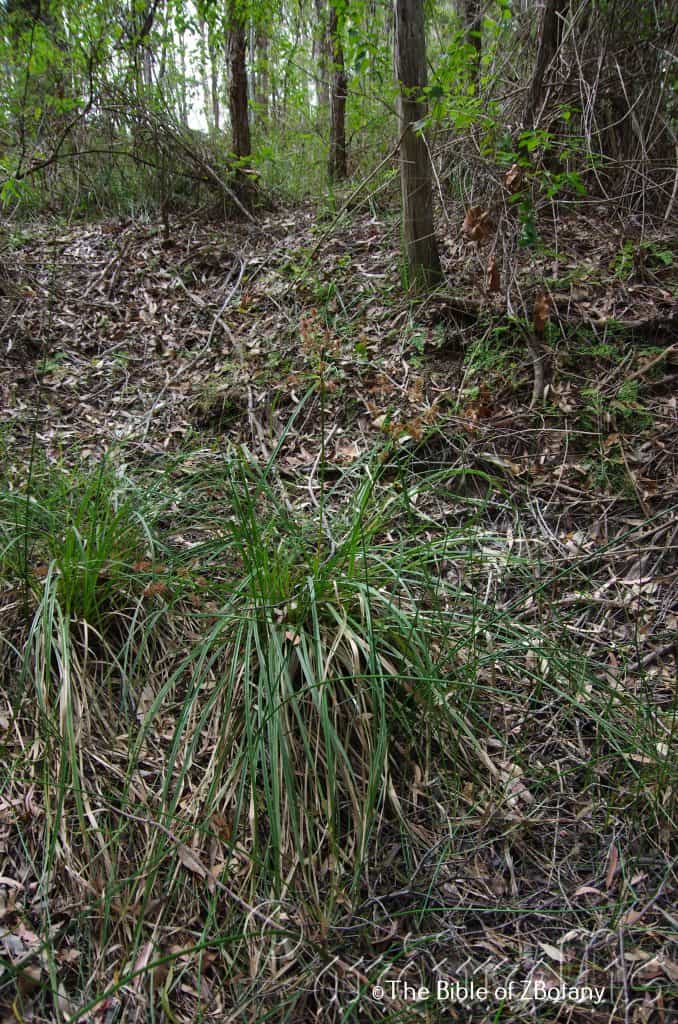
The Pinnacles NSW
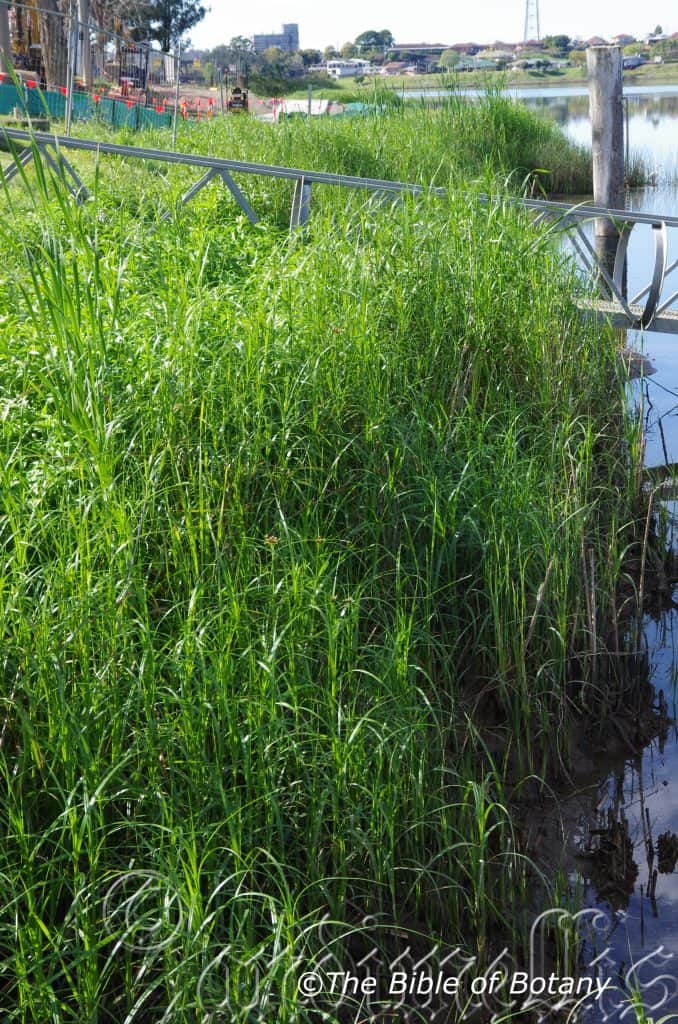
Clarence River Grafton NSW
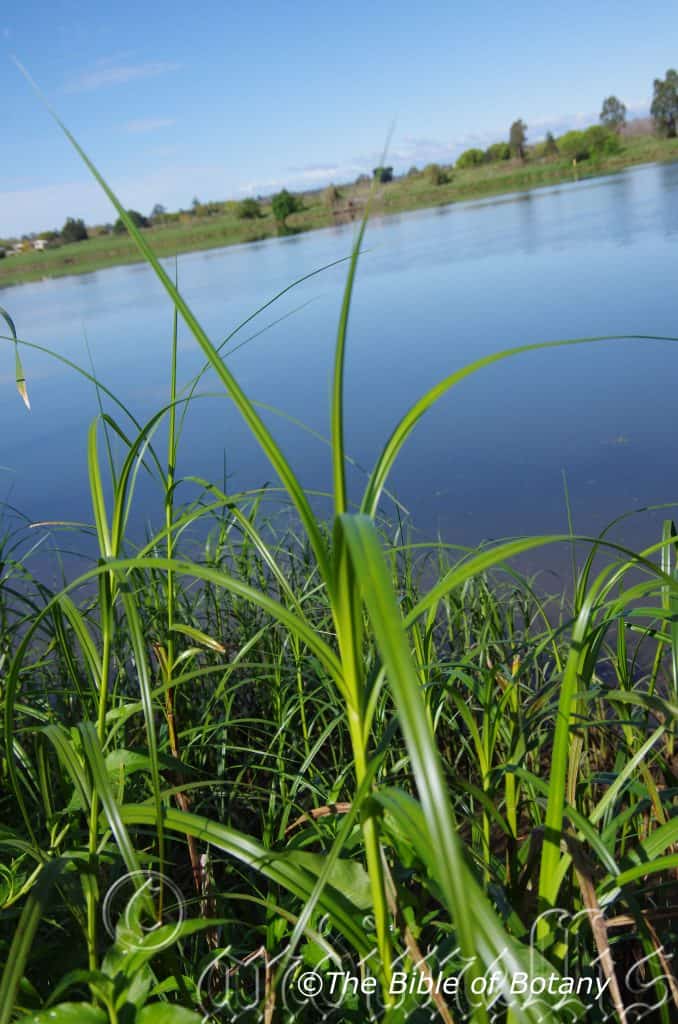
Clarence River Grafton NSW
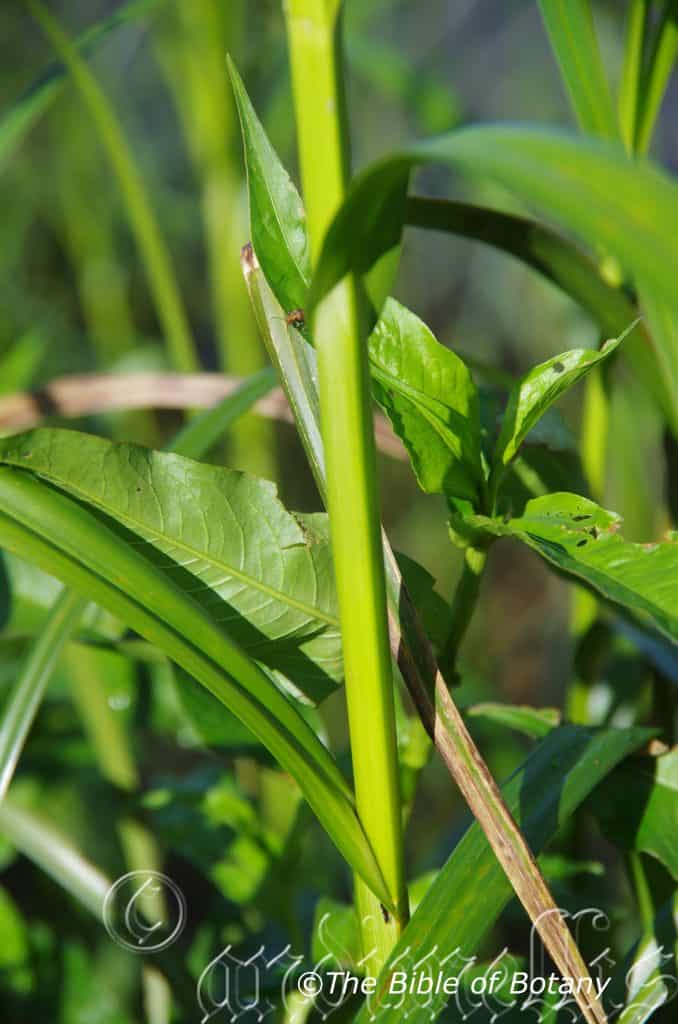
Clarence River Grafton NSW
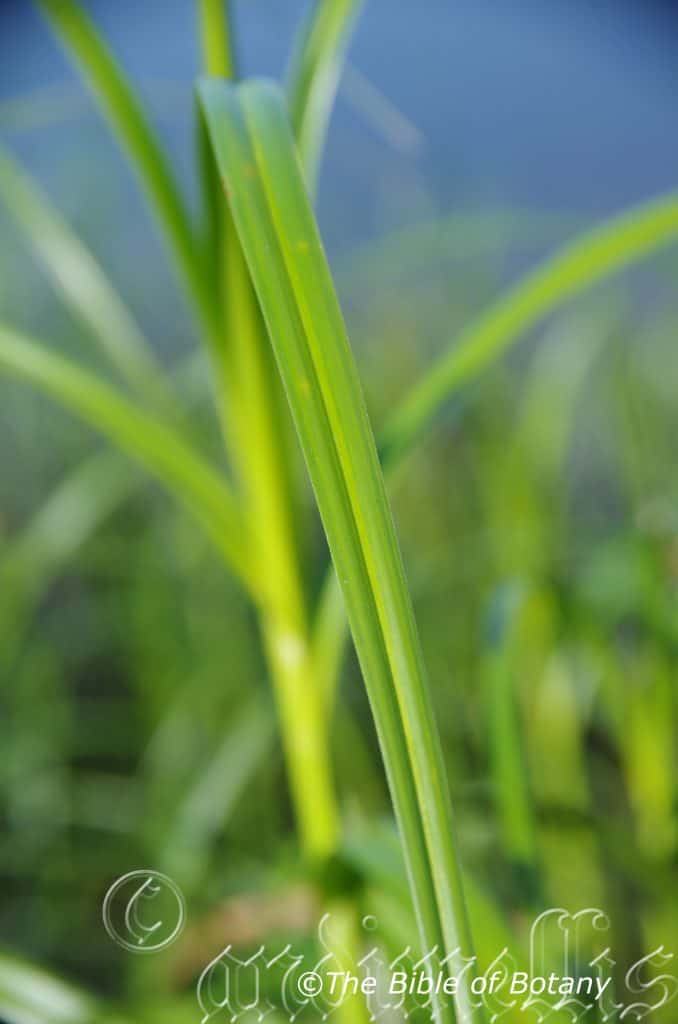
Clarence River Grafton NSW
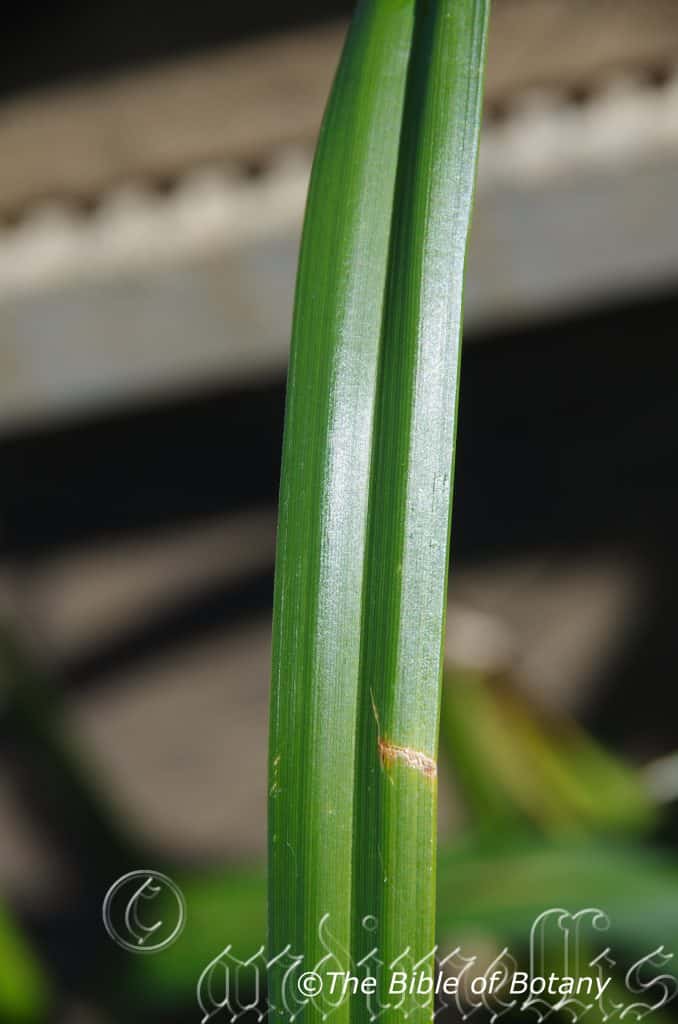
Clarence River Grafton NSW
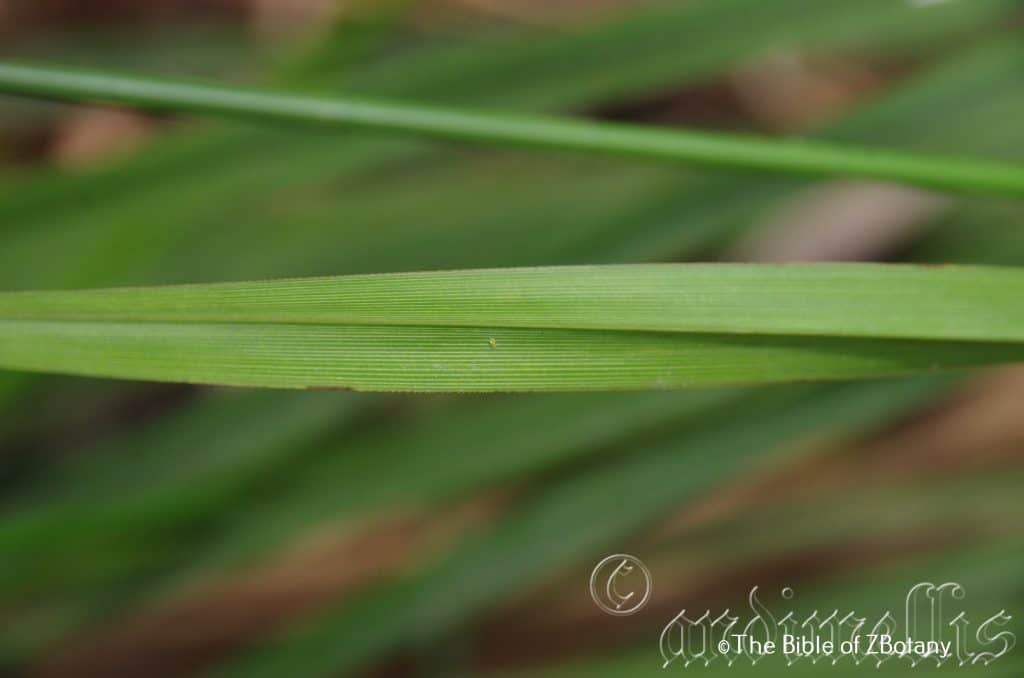
Clarence River Grafton NSW
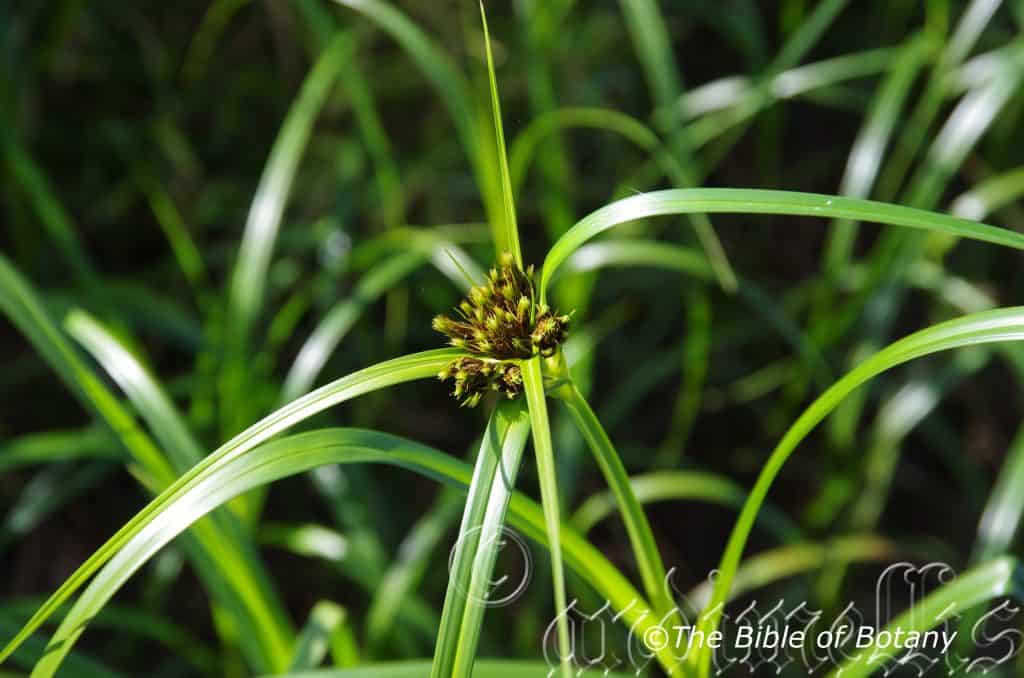
Clarence River Grafton NSW
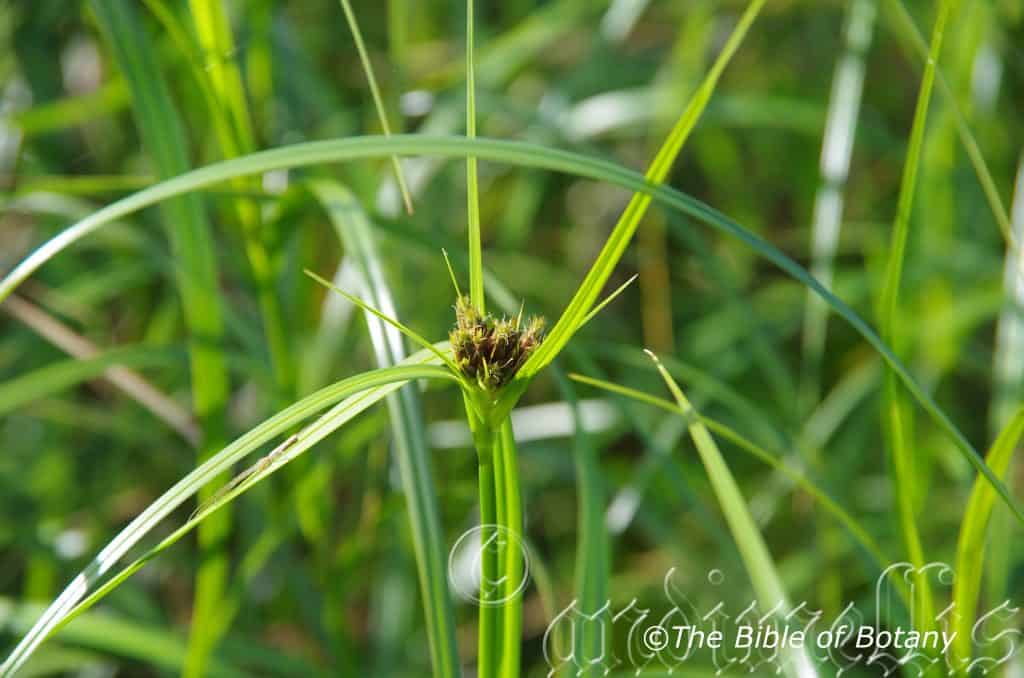
Clarence River Grafton NSW
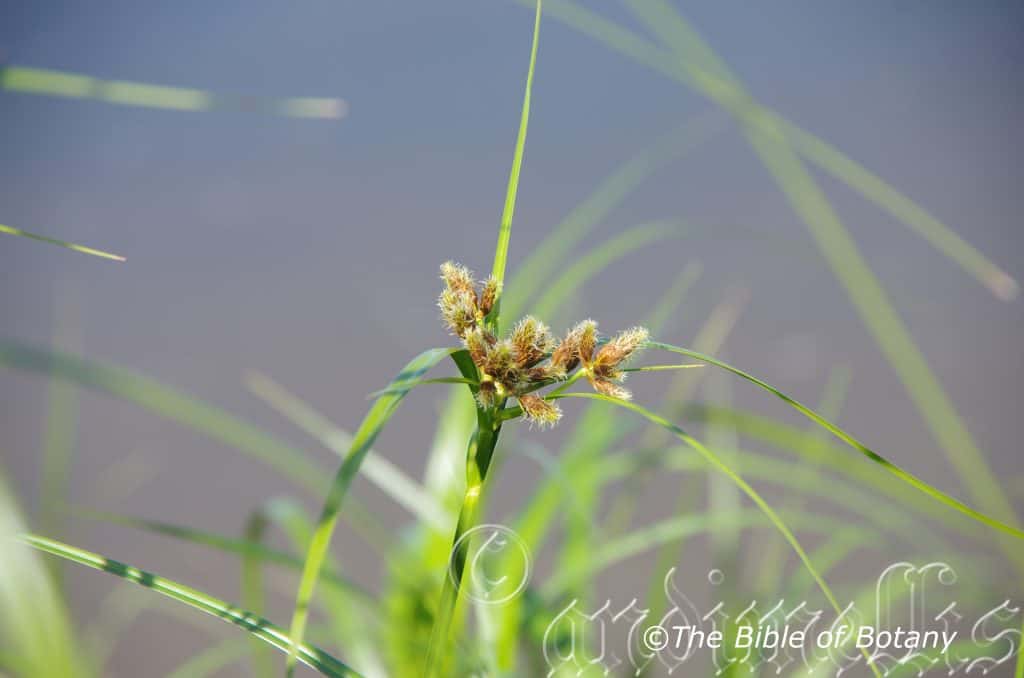
Clarence River Grafton NSW
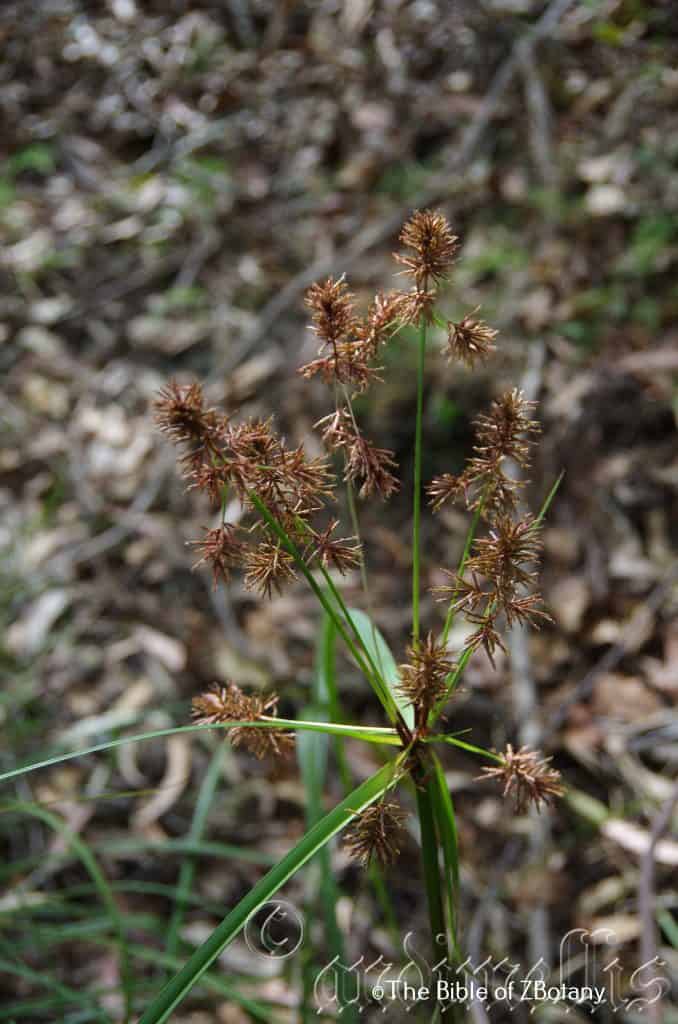
Clarence River Grafton NSW
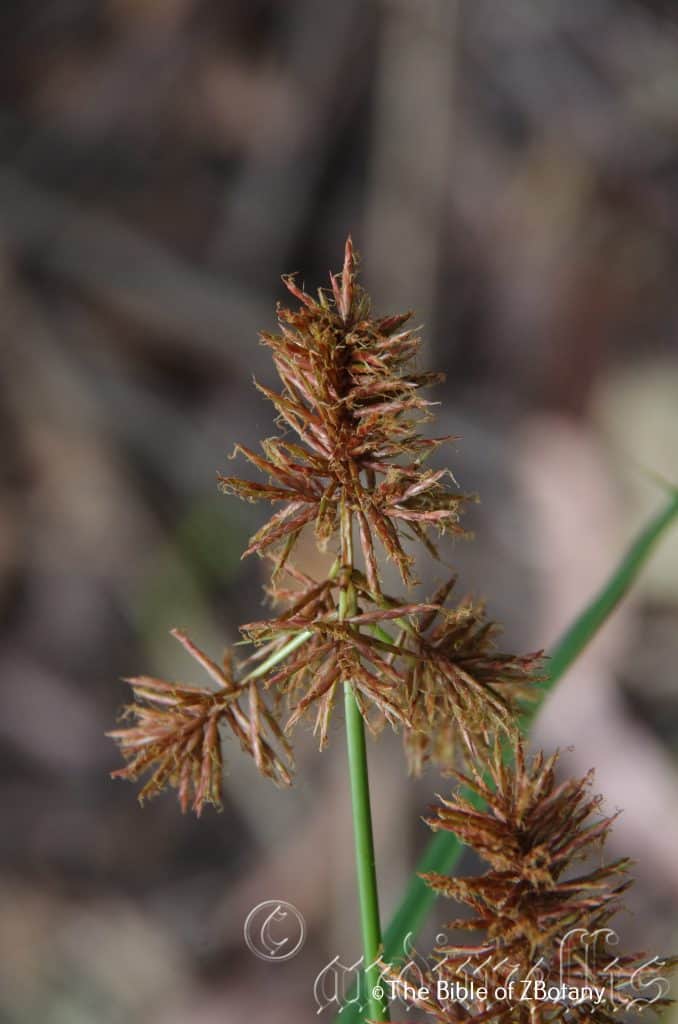
Clarence River Grafton NSW
Fimbristylis dichotoma
Classification:
Unranked: Monocots
Unranked: Commelinidis
Superorder: Lilianales
Order: Poales
Family: Cyperaceae
Genus: From Fimbriatum, which is Latin for a fringe and Stylos, which is Ancient Greek for a column or the female reproductive organ on a flower. It refers to the styles, which have a sparse ciliate fringe.
Specie: From Dikos, which is Ancient Greek for double and Khotomos which is Ancient Greek or Chotomos which is Latin for to fork. It refers branches which divide like the prongs on a fork, equally two at a time.
Sub species:
Common Name: Common Fringe Sedge.
Distribution:
Fimbristylis dichotoma is found in the northern nine tenths of mainland Australia including most of the off shore islands.
https://avh.ala.org.au/occurrences/search?taxa=Fimbristylis+dichotoma#tab_mapView
Habitat Aspect Climate:
Fimbristylis dichotoma prefers full sun to light dappled sunlight. It grows behind the frontal dunes to high in the mountains, in temperate zones, tropical, sub-tropical arid, semiarid, and monsoonal, on flats, slopes and ridges. The altitude ranges from 5 meters BSL to 1500 meters ASL.
The temperatures range from minus 2 degrees in August to 44 degrees in January.
The rainfall ranges from lows of 200mm to 2200mm average per annum however ground moisture is more important than actual rainfall.
Soil Requirements:
Fimbristylis dichotoma prefers a wide range of soils from sandy loams to heavy clays and heavy silts. The soils are derived from all known rock sources. The soils pH ranges from 4pH to 7.6pH. It tolerates waterlogged soils with plants often standing in shallow water for months at a time to those that are just moist enough to sustain life. Non saline soils to extremely saline soils are tolerated.
Height & Spread:
Wild Plants: 0.1m to 0.8m by 0.1m to 0.3m
Characteristics:
Fimbristylis dichotoma grows as a tufted perennial grass with loosely, erect or decumbent culms. The culms are grass-green and glabrous. The slender to stout culms usually measure 100mm to 750mm in height but can reach 1000mm in height by 1mm to 2mm in diameter. The rhizomes are very short.
Fimbristylis dichotoma‘s linear leaves measure 60mm to 700mm by 2mm to 5mm in width. The ligule is a dense fringe of short, white hairs. The concolourous laminas are grass-green and glabrous.
The inflorescences of Fimbristylis dichotoma are compound or decompounded panicles with few to numerous spikelets. The spikelets are single or clustered on the branches. The elliptical spikes measure 30mm to 60mm in length by 10mm to 50mm in diameter while the branches measure 40mm to 100mm in length. The rachises are erect and glabrous. The grass-green peduncles, peduncules and pedicels are glabrous. There are 1 to 3, leaf like, involucral bracts which measure 12mm to 60mm in length by 2mm to 5mm in width.
The spikelets are tightly compressed on the stem. The spikelets usually measure 5mm to 10mm in length by 2.5mm to 3mm in diameter but have been recorded at 20mm in length by 5mm in diameter.
The upper and lower glumes are similar orange-brown and glabrous. The spiralling chartaceous glumes are usually obtuse or often mucronate with a 3 nerved keel and with 2 to 4 faint nerves either side. The glumes measure 2mm to 4.5mm in length.
There are 1 to 3 filiform, white filaments, anthers measure 1.3mm to 2mm in length. The style is bifid and is covered in white ciliate hairs often only on the apical half. The flowers appear from September to November or as late as early December.
The fruits of Fimbristylis dichotoma are biconvex nuts. The obovoid or broad-obovoid, shortly stipitate, nuts measure 0.7mm to 1.3mm in length by 0.6mm to 1mm in diameter. The smooth or sparsely verruculose nuts are conspicuously trabeculae with 5 to 10 faint longitudinal ribs on either face and numerous interconnecting horizontal lines. The green nuts turn pale glossy, creamy yellow to pale yellow when ripe.
Wildlife:
Fimbristylis dichotoma‘s is suitable for erosion control in exposed moist saline situations or areas known to be occupied by Wombats.
It is considered to be an excellent grazing rush, and is an essential food source and nutrition for all our wombats. (Vombatus ursinus, Lasiorhinus latifrons & Lasiorhinus krefftii)
The genus Fimbristylis is well known and recorded for its control of soil erosion, wildlife habitat especially amongst the amphibian class of animals and water purification.
Cultivation:
Fimbristylis dichotoma is considered to be a good fodder crop but is not the most palatability to stock. The leaves and stems are eaten along with other pasture crops when growing in the pasture to the extent it will soon be eliminated from the pastures. It has a rapid growth rate from mid-spring after the spring rains to late autumn. It recovers well from moderate grazing and is best managed by allowing a free period between grazing. Over grazing especially in areas where wombats exist is a serious problem for the animal’s future existence.
Fimbristylis dichotoma is classified as a weed by gardeners because of its open habit of growth and being a grass. Its potential in bush gardens can be very striking in riparian zones or low depressions surrounded by native annuals, perennials or low shrubs. Imagine stepping out onto a path and there in the mid ground are 18 to 25 Fimbristylis dichotoma plants planted in a tightly massed clump or in an informal row between the path and the bush. The heads of delicate rusty brown flowers wafting in the breeze enticing you to look beyond the path and into the bush but you are transfixed on this unusual beautiful display that people avoid because a single plant looks weedy and uninviting. It is because of their tall vertical nature with long erect panicles that you stop and look twice.
It yields good quantities of trash for mulch. It recovers quickly when cut back to ground level. Well grown plants offer the landscaper a particularly attractive tall rush with beautiful grass-green culms and leaves that are easy to maintain.
In cultivation it can be grown on most types of soil even heavy better quality clay and podsolics sandy loams. It requires full sun for best results but copes very well in light dappled shade. With a little added moisture, mulch or native fertilizer added at the time when it is planted out will maximum colour and vigour. The plants should be cut back hard immediately after flowering leaving one or 2 stems if seeds are required for the following season.
In cultivation the plants usually grow from 600mm to 700mm in height including the panicles by 150mm to 200mm in diameter.
Propagation:
Seeds: Fimbristylis dichotoma seeds can be sown directly into a seed raising mix. Cover the seeds with 2mm of the mix. Place the trays in a warm position under 20mm or 30mm shade. When the seedlings reach 20mm to 40mm tall, prick them out and plant them into 50mm native tubes using a seed raising mix. Place the 50mm native tubes into a tray of water and return them to the bush house.
Once the seedlings reach 150mm to 200mm in height plant them out into their permanent position. Mass plantings can be achieved by planting them at a minimum of 0.2 meters to 1.5 meter centers.
Fertilize using seaweed, fish emulsion or organic chicken pellets soaked in water on an alternate basis. Fertilize every two months until the plants are established then twice annually in early September or March to maintain health, vitality and better flowering.
Further Comments from Readers:
Hi reader, it seems you use The Bible of Botany a lot. That’s great as we have great pleasure in bringing it to you! It’s a little awkward for us to ask, but our first aim is to purchase land approximately 1,600 hectares to link several parcels of N.P. into one at The Pinnacles NSW Australia, but we need your help. We’re not salespeople. We’re amateur botanists who have dedicated over 30 years to saving the environment in a practical way. We depend on donations to reach our goal. If you donate just $5, the price of your coffee this Sunday, We can help to keep the planet alive in a real way and continue to bring you regular updates and features on Australian plants all in one Botanical Bible. Any support is greatly appreciated. Thank you.
In the spirit of reconciliation we acknowledge the Bundjalung, Gumbaynggirr and Yaegl and all aboriginal nations throughout Australia and their connections to land, sea and community. We pay our respect to their Elders past, present and future for the pleasures we have gained.
Fimbristylis ferruginea
Classification:
Unranked: Monocots
Unranked: Commelinidis
Superorder: Lilianales
Order: Poales
Family: Cyperaceae
Genus: From Fimbriatum, which is for a fringe and Stylos, which is Ancient Greek for a column or the female reproductive organ on a flower. It Latin refers to the styles, which have a sparse ciliate fringe.
Specie: From Ferrugineus, which is Latin for rusty iron coloured. It refers to the colour of the leaves, hairs or other physical properties of a plant, which have a rusty iron colour.
Sub species:
Common Name:
Distribution:
Fimbristylis ferruginea is found circumnavigating the Australian coastline from Broome in central coastal Western Australia north around to Botany Bay in central coastal New South Wales. It is also found inland where most brackish water swamps and marshes occur.
https://avh.ala.org.au/occurrences/search?taxa=Fimbristylis+ferruginea#tab_mapView
Habitat Aspect Climate:
Fimbristylis ferruginea prefers full sun to light dappled sunlight. It mainly grows behind the frontal dunes, along estuaries, in brackish swamps, brackish estuaries, behind mangroves in brackish marshes and inland marshes where the water has a tendency to be more saline. It also grows in fresh water wallums on the Great Dividing Range. The altitude ranges from 5 meters BSL adjacent to the inland lakes of South Australia to 470 meters ASL.
The temperatures range from minus 2 degrees in August to 38 degrees in January.
The rainfall ranges from lows of 350mm to 3000mm average per annum however ground moisture is more important than actual rainfall.
Soil Requirements:
Fimbristylis ferruginea prefers white coarse sands, fine sands, to light gritty or gravelly clays. The soils are usually derived from accumulated sands or at times decomposed sandstones, granites or alluvial deposits. The soils pH ranges from 4.5pH to 7.2pH. It tolerates waterlogged soils with plants often standing in shallow water for months at a time. Non saline soils to extremely saline soils are tolerated.
Height & Spread:
Wild Plants: 0.2m to 0.8m by 0.3m to 1m
Characteristics:
Fimbristylis ferruginea grows as a compact, tufted perennial rush with densely, erect or cascading culms. The culms are deep grass-green and glabrous. The culms usually measure 200mm to 600mm in height by 1.5mm to 3mm in diameter.
Fimbristylis ferruginea‘s lower leaves are reduced to the sheaths while the upper leaves measure 20mm to 100mm by 0.5mm to 1.5mm in width. The ligule is reduced to a dense fringe of white ciliate hairs. The concolourous laminas are mid grass-green to deep grass-green and glabrous. The laminas are flat or convolute.
The inflorescences of Fimbristylis ferruginea are simple or small head like clusters usually with 1 to 10 or at times up to 25 solitary spikes. The branches measure 10mm to 30mm in length. The single, erect, leaf life, involucral bracts are usually shorter than inflorescence and measure 9mm to 65mm in length.
The spikelets are tightly compressed and regularly arranged along the spike. The terete peduncles measure 3mm to 20mm in length. The ovoidal to oblong-ovoidal spikelets measure 5mm to 20mm in length by 3mm to 4.5mm in width.
The upper and lower glumes are similar, pale reddish-brown to tan and subglabrous or sparsely covered in white puberulent hairs on the apical half. The chartaceous glumes are spirally arranged on the peduncle and have a single nerve on the faint keel. The obtuse glumes are membranous and measure 3mm to 4.5mm in length. The keels are usually glabrous or at times scabrous.
There are 3 white, filiform filaments with yellow anthers which measure 2.5mm to 4.5mm in length by 0.8mm to 1mm in diameter. The dorsifixed anthers dehisce longitudinally. The style is bifid and densely ciliate.
The flowers appear from September to November or as late as early December.
The fruits of Fimbristylis ferruginea are obovoidal, biconvex, shortly stipulated nuts. The nuts measure 1mm to 1.2mm in length by 0.7mm to 1mm in diameter. The glabrous, green nuts turn pale brown to deep brown, glossy when ripe.
Wildlife:
Fimbristylis ferruginea‘s wildlife is unknown to the author however the genus Fimbristylis is well known and recorded for its control of soil erosion, wildlife habitat especially amongst the amphibian class of animals and water purification.
Cultivation:
Fimbristylis ferruginea is not considered to be a good fodder crop. The leaves and stems are eaten along with other pasture crops when growing in the pasture to the extent it will soon be eliminated from the pastures. It has a rapid growth rate from mid-spring after the spring rains to late autumn. It recovers well from moderate grazing and is best managed by allowing a free period between grazing and because of its palatability Fimbristylis ferruginea will often overtake an area.
Fimbristylis ferruginea is classified as a weed by gardeners because of its open habit of growth and being a rush. Its potential in large rockeries or an introduction to a bush garden can be very striking where saline soils exist. It is because of their tall dense nature with long erect culms that you stop and look twice.
It gives poor quantities of trash for mulch. Well grown plants offer the landscaper a particularly attractive rush with beautiful grass-green culms and leaves that are easy to maintain.
In cultivation it can be grown on most types of soil even heavy better quality clay and podsolics sandy loams. It requires full sun for best results but copes very well in light dappled shade. With a little added moisture, mulch or native fertilizer added at the time when it is planted out will maximum colour and vigour. The plants should be cut back hard immediately after flowering leaving one or 2 culms if seeds are required for the following season.
In cultivation the plants usually grow from 700mm to 800mm in height by 800mm to 1000mm in diameter. It is very striking in informal beds along walls, beside swimming pools, small moist rockeries, and open bush gardens, under a tall Eucalyptus tree or Acacia tree where there is plenty of light reaching the forest floor.
Propagation:
Seeds: Fimbristylis ferruginea seeds can be sown directly into a seed raising mix. Cover the seeds with 2mm of the mix. Place the trays in a warm position under 20mm or 30mm shade. When the seedlings reach 20mm to 40mm tall, prick them out and plant them into 50mm native tubes using a seed raising mix. Place the 50mm native tubes into a tray of water and return them to the bush house.
Once the seedlings reach 150mm to 200mm in height plant them out into their permanent position. Mass plantings can be achieved by planting them at a minimum of 0.2 meters to 1.5 meter centers depending on the affect you require in the garden.
Fertilize using seaweed, fish emulsion or organic chicken pellets soaked in water on an alternate basis. Fertilize every two months until the plants are established then twice annually in early September or March to maintain health, vitality and better flowering.
Further Comments from Readers:
Hi reader, it seems you use The Bible of Botany a lot. That’s great as we have great pleasure in bringing it to you! It’s a little awkward for us to ask, but our first aim is to purchase land approximately 1,600 hectares to link several parcels of N.P. into one at The Pinnacles NSW Australia, but we need your help. We’re not salespeople. We’re amateur botanists who have dedicated over 30 years to saving the environment in a practical way. We depend on donations to reach our goal. If you donate just $5, the price of your coffee this Sunday, We can help to keep the planet alive in a real way and continue to bring you regular updates and features on Australian plants all in one Botanical Bible. Any support is greatly appreciated. Thank you.
In the spirit of reconciliation we acknowledge the Bundjalung, Gumbaynggirr and Yaegl and all aboriginal nations throughout Australia and their connections to land, sea and community. We pay our respect to their Elders past, present and future for the pleasures we have gained.
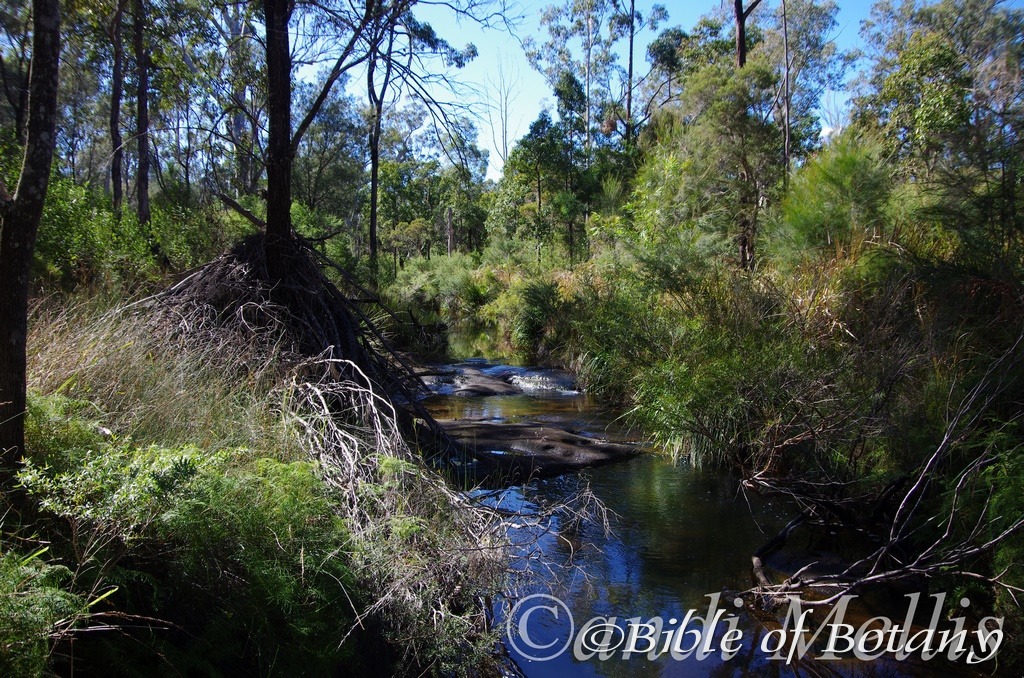
Banyabba National Park NSW
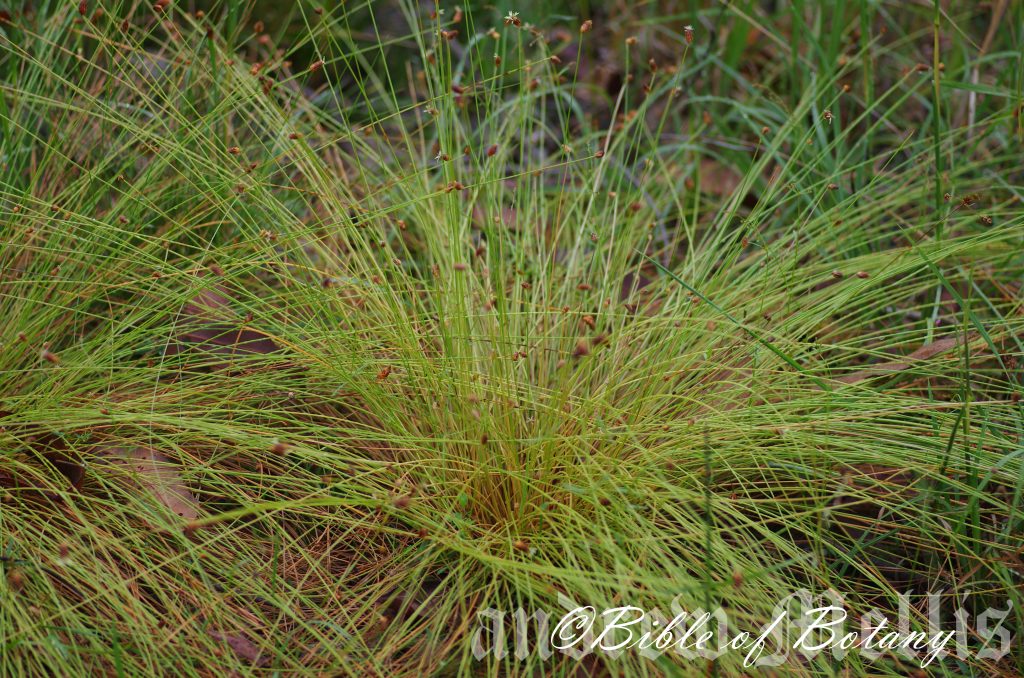
The Pinnacles NSW
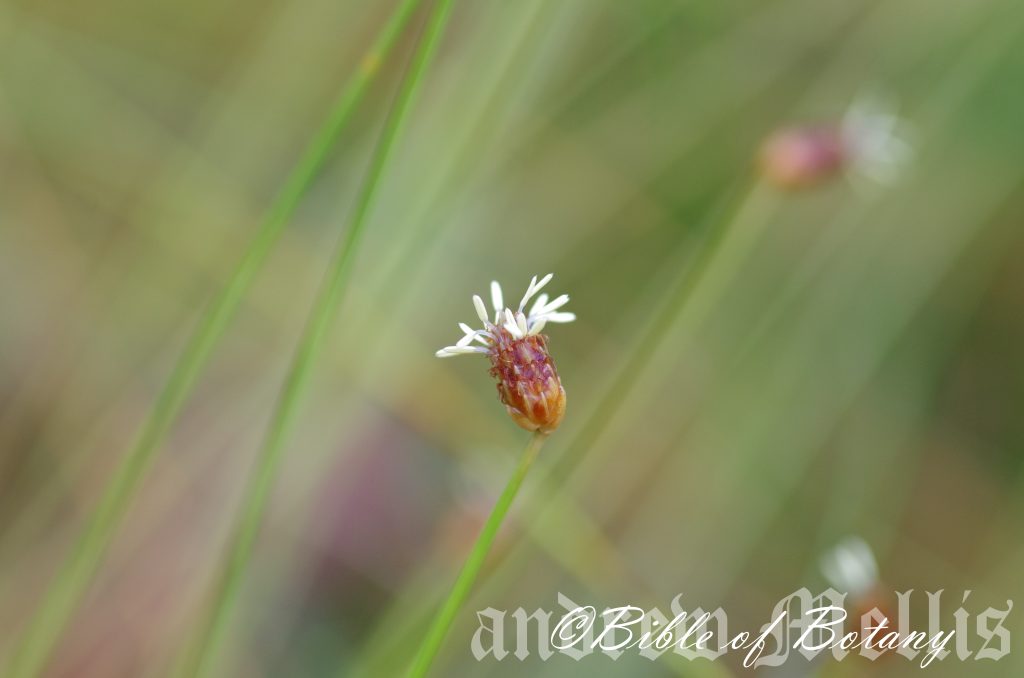
The Pinnacles NSW
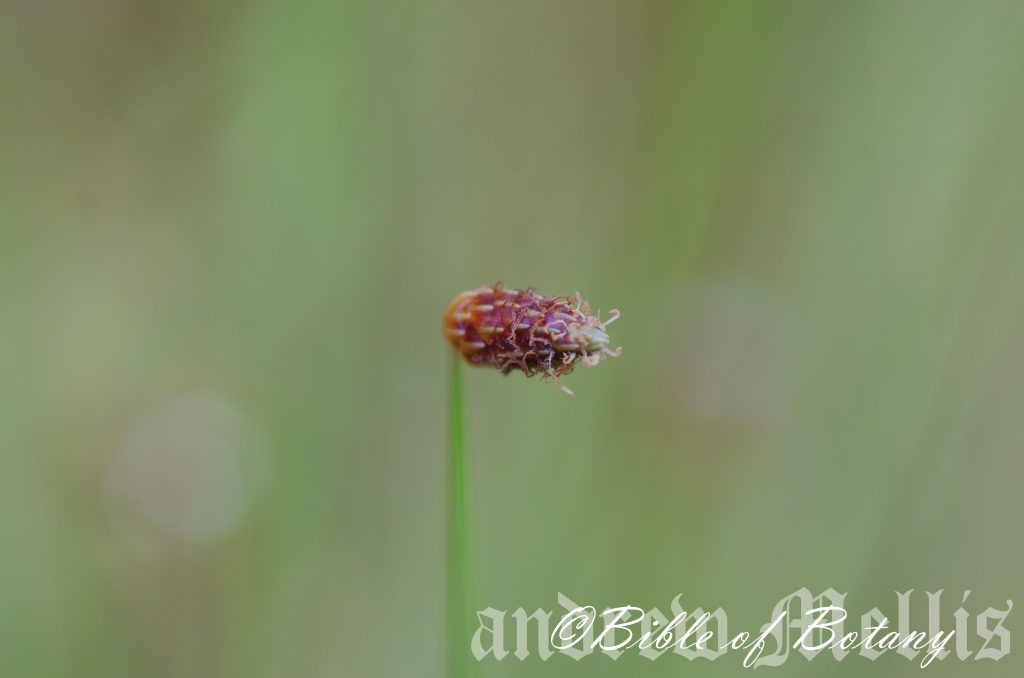
The Pinnacles NSW
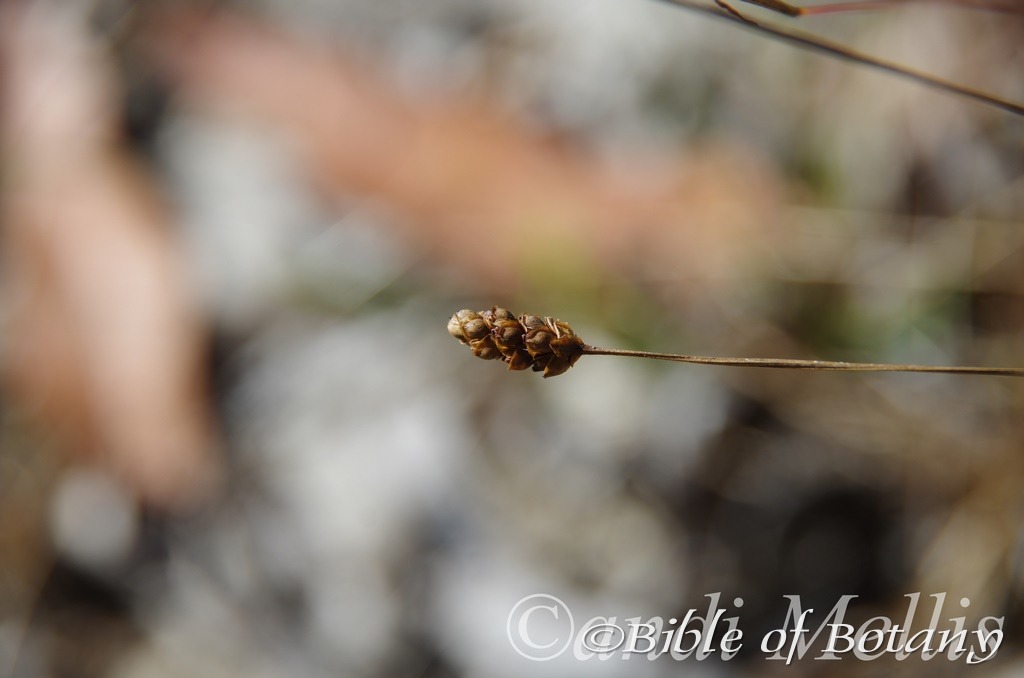
Banyabba National Park NSW
Fimbristylis nutans
Classification:
Unranked: Monocots
Unranked: Commelinidis
Superorder: Lilianales
Order: Poales
Family: Cyperaceae
Genus: From Fimbriatum, which is Latin for a fringe and Stylos, which is Ancient Greek for a column or the female reproductive organ on a flower. It refers to the styles, which have a sparse ciliate fringe.
Specie: From Nutans, which is Latin for nodding or pendant. It usually refers to flowers or the fruiting body, which hang down.
Sub species:
Common Name:
Distribution:
Fimbristylis nutans is found in a line north and east from Hidden Island to Halls Creek in Western Australia then north east to Edith Falls in the Northern Territory then south east to Bowthorn Station on the Northern Territory-Queensland border then east to Nara Spring south of Richmond and finally south’south-east to between Hat head and Crescent Heads on the New South Wales coast.
There are 2 isolated populations in central Australia at Vaughan Springs within the Tanami region and at Ulambaura Springs west of the MacDonald ranges.
https://avh.ala.org.au/occurrences/search?taxa=Fimbristylis+nutans#tab_mapView
Habitat Aspect Climate:
Fimbristylis nutans prefers full sun to light dappled shade. It mainly grows adjacent to swamps, marshes and wallums or in moist shallow depressions and drainage lines. The altitude ranges from 3 meters ASL to 570 meters ASL.
The temperatures range from minus 4 degrees in August to 44 degrees in January.
The rainfall ranges from lows of 200mm to 2200mm average per annum however ground moisture is more important than actual rainfall.
Soil Requirements:
Fimbristylis nutans prefers yellow, grey, or reddish-brown sands to muddy brown clays. The soils are usually derived from decomposed sandstone, metamorphic rocks lateritic clays or accumulated peaty beach sands along the coast. The soils pH ranges from 4.5pH to 6.5pH. It tolerates waterlogged soils with plants often standing in shallow water for long periods following rain and seasonal high water tables. Non saline soils to moderately saline soils are tolerated.
Height & Spread:
Wild Plants: 0.15m to 0.7m by 0.25m to 0.7m
Characteristics:
Fimbristylis nutans grows as a densely tufted perennial rush with loosely, pendent culms. The culms are grass-green and glabrous. The compressed to angulated culms usually measure 150mm to 400mm in height but have been recorded at 700mm in height by 0.3mm to 1mm in diameter. The very short rhizome are rusty-brown.
Fimbristylis nutans‘s leaves are reduced to the sheaths or very short appressed blades that measure 1mm to 10mm in length. The sheath margins are entire.
The inflorescences of Fimbristylis nutansis a terminal spike. The elliptical spikes measure 5mm to 15mm in length by 3mm to 5mm in diameter. The single glume like involucral bract is shorter than inflorescence, is strongly keeled and measures 3mm to 5.5mm in length by 3mm to 4mm in width. The rusty brown bract has a white to cream keel and paler rusty-brown margins.
The spikelets are very tight packed on the spike. The spikelets measure 5mm to 15mm in length by 3mm to 5mm in diameter. The erect to divaricate spikes are rusty-brown. The ovoid to broad-ovoid spikelets are terete, obtuse to obtuse-acute with many-flowered.
The upper and lower glumes are similar, orange-brown to rusty-brown, glabrous and semi glossy to glossy. The ovate glumes are arranged spirally are membranous with a single keel and 3 to 9 nerves close to the keel. The glumes measure 3.5mm to 4.5mm in length by 3mm to 3.5mm in width. The keels are usually glabrous or at times scabrous.
The 3, thick, hyaline filaments measure 1.5mm to 2mm in length while the yellow basifixed, narrow lanceolate anthers measure 1.5mm to 2mm in length. The bifid style is broad and covered in short white ciliate hairs on the apical half. The flowers appear from January to February or May to July.
Fimbristylis nutans’ fruits are biconvex, broadly, obovoid with obtuse angled nuts. The short, broadly stipitate nuts measure 1.2mm to 1.6mm in length by 1mm to 1.3mm in diameter. The green nuts turn pale rusty-brown with tuberculate towards margins or throughout, with 3 to 5 transverse wavy ridges when ripe.
Wildlife:
Fimbristylis nutans‘s wildlife is unknown to the author however the genus Fimbristylis is well known and recorded for its control of soil erosion, wildlife habitat especially amongst the amphibian class of animals and water purification.
Cultivation:
Fimbristylis nutans is not considered to be a good fodder crop. The leaves and stems are eaten along with other pasture crops when growing in the pasture to the extent it will soon be eliminated from the pastures. It has a rapid growth rate from mid-spring after the spring rains to late autumn. It recovers well from moderate grazing and is best managed by allowing a free period between grazing and because of its palatability Fimbristylis nutans will often overtake an area.
Fimbristylis nutans is classified as a weed by gardeners because of its open habit of growth and being a rush. Its potential in large rockeries or an introduction to a bush garden can be very striking where saline soils exist. It is because of their tall dense nature with long erect culms that you stop and look twice.
It is an excellent feature plant around medium size water features like fish ponds, frog ponds and cascades.
In cultivation it can be grown on most types of soil even heavy better quality clay and podsolics sandy loams. It requires full sun for best results but copes very well in light dappled shade. With a little added moisture, mulch or native fertilizer added at the time when it is planted out will maximum colour and vigour. The plants should be cut back hard immediately after flowering leaving one or 2 culms if seeds are required for the following season.
In cultivation the plants usually grow from 500mm to 600mm in height by 500mm to 600mm in diameter. It is very striking in informal beds along walls, beside swimming pools, small moist rockeries, and open bush gardens, under a tall Eucalyptus tree or Acacia tree where there is plenty of light reaching the forest floor.
Propagation:
Seeds: Fimbristylis nutans seeds can be sown directly into a seed raising mix. Cover the seeds with 2mm of the mix. Place the trays in a warm position under 20mm or 30mm shade. When the seedlings reach 20mm to 40mm tall, prick them out and plant them into 50mm native tubes using a seed raising mix. Place the 50mm native tubes into a tray of water and return them to the bush house.
Once the seedlings reach 150mm to 200mm in height plant them out into their permanent position. Mass plantings can be achieved by planting them at a minimum of 0.2 meters to 1.5 meter centers.
Fertilize using seaweed, fish emulsion or organic chicken pellets soaked in water on an alternate basis. Fertilize every two months until the plants are established then twice annually in early September or March to maintain health, vitality and better flowering.
Further Comments from Readers:
Hi reader, it seems you use The Bible of Botany a lot. That’s great as we have great pleasure in bringing it to you! It’s a little awkward for us to ask, but our first aim is to purchase land approximately 1,600 hectares to link several parcels of N.P. into one at The Pinnacles NSW Australia, but we need your help. We’re not salespeople. We’re amateur botanists who have dedicated over 30 years to saving the environment in a practical way. We depend on donations to reach our goal. If you donate just $5, the price of your coffee this Sunday, We can help to keep the planet alive in a real way and continue to bring you regular updates and features on Australian plants all in one Botanical Bible. Any support is greatly appreciated. Thank you.
In the spirit of reconciliation we acknowledge the Bundjalung, Gumbaynggirr and Yaegl and all aboriginal nations throughout Australia and their connections to land, sea and community. We pay our respect to their Elders past, present and future for the pleasures we have gained.
Fimbristylis polytrichoides
Classification:
Unranked: Monocots
Unranked: Commelinidis
Superorder: Lilianales
Order: Poales
Family: Cyperaceae
Genus: From Fimbriatum, which is Latin for a fringe and Stylos, which is Ancient Greek for a column or the female reproductive organ on a flower. It refers to the styles, which have a sparse ciliate fringe.
Specie: From Polús, which is Ancient Greek for many, TrÃchÅma, which is Ancient Greek for a hair and Eîdos/Oides, which is Ancient Greek for alike or similar to. It refers to grasses seed heads, which resemble the Polytrichum genus.
Sub species:
Common Name:
Distribution:
Fimbristylis polytrichoides is found circumnavigating the Australian coastline from Broome in Western Australia to King Edward River near Kalaburu. In Western Australia it is found inland as far as the Osmond Creek and Buchanan Creek junction and Diamond Gorge on the Kymberley.
https://avh.ala.org.au/occurrences/search?taxa=Fimbristylis+polytrichoides#tab_mapView
Habitat Aspect Climate:
Fimbristylis polytrichoides prefers full sun to light dappled shade. It usually grows on coastal salt marshes or at times along brackish estuaries. The altitude ranges from 5 meters ASL to 40 meters ASL.
The temperatures range from 2 degrees in August to 40 degrees in January.
The rainfall ranges from lows of 600mm to 3300mm average per annum however ground moisture is more important than actual rainfall.
Soil Requirements:
Fimbristylis polytrichoides prefers white coarse sands, fine sands to light gritty clays or gravelly clays. The soils are usually derived from accumulated sands or at times decomposed sandstone and or sandy alluvial deposits. The soils pH ranges from 5.5pH to 7.5pH. It tolerates waterlogged soils with plants often standing in shallow water for short periods following rain. Non saline soils to extremely saline soils are tolerated.
Height & Spread:
Wild Plants: 0.1m to 0.3m by 0.2m to 0.5m
Characteristics:
Fimbristylis polytrichoides grows as a densely tufted perennial rush with loosely, erect or decumbent culms. The culms are grass-green and glabrous with 3 to 4 nodes. The culms usually measure 50mm to 350mm in height by 0.5mm to 1mm in diameter.
Fimbristylis polytrichoides’s linear leaves measure 30mm to 300mm by 0.5mm to 1mm in width. The sheath margins are entire. The ligule is a row of short ciliate hairs. The concolourous laminas are grass-green to golden-green and glabrous. The laminas are flat.
The inflorescences of Fimbristylis polytrichoides is an erect, single terminal or pseudo lateral spikelet, rarely with 1 or 2 branched spikelets. The branches measure 10mm to 20mm in length. The spikes measure 5mm to 15mm in length by 2mm to 3mm in diameter. The single leaf like involucral bract is pale grass-green and measures 5mm to17mmin length.
The erect spikelets are tight packed on the spike. The spikelets measure 5mm to 15mm in length by 2mm to 3mm in 3.The spikelets are many flowered and comprise of 20 to 40 fertile florets.
The upper and lower glumes are similar, glabrous and are loosely spiralled on the spike. The elliptical membranous glumes apexes are obtuse, muticus or mucronate. The single faint keel is nerveless. The pale reddish-brown, glabrous glumes measure 2.5mm to 3mm in length.
There is 1 or 2 thick, hyaline filaments measure 0.8mm to 1.2mm in length while the pale yellow, linear basifixed anthers measure 0.7mm to 1mm in length. The white, bifid style is sparsely ciliate on the apical half. The flowers appear from September to February.
Fimbristylis polytrichoides’ fruits are biconvex, acute angled, obovoid, shortly stipitate, smooth or verruculose nuts. There are about 30 elliptic or oblong epidermal cells on each surface. The nuts measure 1mm to 1.2mm in length by 0.5mm to 0.7mm in diameter. The green seeds turn deep grey to deep chocolate brown when ripe.
Wildlife:
Fimbristylis polytrichoides‘s wildlife is unknown to the author however the genus Fimbristylis is well known and recorded for its control of soil erosion, wildlife habitat especially amongst the amphibian class of animals and water purification.
Cultivation:
Fimbristylis polytrichoides is considered to an intermediate fodder crop. The leaves and stems are eaten along with other pasture crops when growing in the pasture to the extent it will soon be eliminated from the pastures. It has a rapid growth rate from mid-spring after the spring rains to late autumn. It recovers well from moderate grazing and is best managed by allowing a free period between grazing.
Fimbristylis polytrichoides is classified as a weed by most gardeners because of its open habit of growth and being a rush. Its potential in medium rockeries or an introduction to a bush garden can be very striking where saline soils exist. It is because of their habit of growth and small size that the plants should be considered when landscaping is being carried out.
In cultivation it can be grown on most types of soil even heavy better quality clays and heavy silts which have salinity problems. Heavy podsolics soils can be cultivated with few problems. It requires full sun for best results but copes very well in light dappled shade. With a little added moisture, mulch or native fertilizer added at the time when it is planted out will maximum colour and vigour. The plants should be cut back hard immediately after flowering leaving half a dozen culms if seeds are required for the following season.
In cultivation the plants usually grow from 250mm to 300mm in height by 400mm to 450mm in diameter. It is very striking in informal beds along walls, beside swimming pools, small moist rockeries, and open bush gardens, under a tall Eucalyptus tree or Acacia tree where there is plenty of light reaching the forest floor.
It is an excellent small feature plant around small and medium size water features like fish ponds, frog ponds and even cascades. Sunny courtyards or foyers scattered with logs, boulders along with annuals for colour can be places to try your artistic skills.
When you design a miniature wallum or garden; which Fimbristylis polytrichoides is highly suitable, use contours to display the plants to their best. Use one or two taller rushes like Fimbristylis ferruginea to give a stronger more vertical break to the sides which will help frame the center. Small Grevillea like Grevillea centristigma or Grevillea masonii or use annuals to help contrast the rushes like Hibbertia diffusa.
Place them near old stumps and roots to make the stumps or roots look larger. Select an area of ground and let your hair down and be imaginative and this is the plant that may just change your life. Remember to plant sparingly leaving large gaps between the plants to allow the mulch to be seen. Mulches should consist of fine pebbles to give a more expansive barren look in a desert garden or seaweed or fine pine bark to give the coastal wallum look. What does really look great as mulch is the culms of medium to large rushes cut not thrashed at various lengths laid out between the plants. The culms of rushes do not break down quickly and give a totally different texture to the ground compared to bark or pebbles. A billabong affect is the go, not a waterfall or cascades and keep it in harmony with the scene by not making it too large or placing it in the center unless a totally formal look is required.
It could prove itself as a useful plant in tropical fish aquariums.
Propagation:
Seeds: Fimbristylis polytrichoides seeds can be sown directly into a seed raising mix. Cover the seeds with 2mm of the mix. Place the trays in a warm position under 20mm or 30mm shade and keep them moist at all times. When the seedlings reach 20mm to 40mm tall, prick them out and plant them into 50mm native tubes using a seed raising mix. Place the 50mm native tubes into a tray of water and return them to the bush house.
Once the seedlings reach 150mm to 200mm in height plant them out into their permanent position. Mass plantings can be achieved by planting them at a minimum of 0.2 meters to 1.5 meter centers.
Fertilize using seaweed, fish emulsion or organic chicken pellets soaked in water on an alternate basis. Fertilize every two months until the plants are established then twice annually in early September or March to maintain health, vitality and better flowering.
Further Comments from Readers:
Hi reader, it seems you use The Bible of Botany a lot. That’s great as we have great pleasure in bringing it to you! It’s a little awkward for us to ask, but our first aim is to purchase land approximately 1,600 hectares to link several parcels of N.P. into one at The Pinnacles NSW Australia, but we need your help. We’re not salespeople. We’re amateur botanists who have dedicated over 30 years to saving the environment in a practical way. We depend on donations to reach our goal. If you donate just $5, the price of your coffee this Sunday, We can help to keep the planet alive in a real way and continue to bring you regular updates and features on Australian plants all in one Botanical Bible. Any support is greatly appreciated. Thank you.
In the spirit of reconciliation we acknowledge the Bundjalung, Gumbaynggirr and Yaegl and all aboriginal nations throughout Australia and their connections to land, sea and community. We pay our respect to their Elders past, present and future for the pleasures we have gained.
Fimbristylis tristachya
Classification:
Unranked: Monocots
Unranked: Commelinidis
Superorder: Lilianales
Order: Poales
Family: Cyperaceae
Genus: From Fimbriatum, which is Latin for a fringe and Stylos, which is Ancient Greek for a column or the female reproductive organ on a flower. It refers Latin to the styles, which have a sparse ciliate fringe.
Specie: From Tristis, which is Latin for dull and Stakhus, which is Ancient Greek for a spike. It refers to flowering spikes which are very flat and dull in appearance.
Sub species:
Common Name:
Distribution:
Fimbristylis tristachya is found in disjunct populations on the coastal side of a line from the Mandora Marsh in the Great Sandy Desert in Western Australia to Mataranka in the Northern Territory, Seven Miles Spring on the western Barkley Tablelands and to Forsayth in northern Queensland.
In the east it is found on and east of the Great Dividing Range south from Ingham in far north eastern Queensland to Lake Cathie in northern coastal New South Wales. There is an isolated population near Tennant Creek in the Northern Territory.
https://avh.ala.org.au/occurrences/search?taxa=Fimbristylis+tristachya#tab_mapView
Habitat Aspect Climate:
Fimbristylis tristachya prefers dappled shade to full sun. It mainly grows in the riparian zones along rills, creeks, streams and sometimes rivers amongst taller trees in open or closed Eucalyptus forests open woodlands savannah woodlands or savannah grasslands. The altitude ranges from 3 meters ASL to 320 meters ASL.
The temperatures range from minus 2 degrees in August to 40 degrees in January.
The rainfall ranges from lows of 300mm to 3200mm average per annum however ground moisture is more important than actual rainfall.
Soil Requirements:
Fimbristylis tristachya prefers white coarse sands, fine sands to light gritty clays or gravelly clays. The soils are usually derived from accumulated peaty beach sands, decomposed sandstones or granites. The soils pH ranges from 4.5pH to 7.2pH. It tolerates waterlogged soils with plants often standing in shallow water for months at a time. Non saline soils to extremely saline soils are tolerated.
Height & Spread:
Wild Plants: 0.2m to 0.7m by 0.1m to 0.3m
Characteristics:
Fimbristylis tristachya grows as a tufted perennial rush with loosely, erect or decumbent culms. The culms are grass-green and glabrous. The compressed culms are grooved or angular and usually measure 400mm to 650mm in height by 1mm to 2mm in width. The reddish-brown rhizomes are short.
Fimbristylis tristachya‘s linear leaves measure 150mm to 350mm by 0.5mm to 1.5mm in width. The sheath margins are entire. The ligule is a hyaline, rim of dense, white, ciliate hairs. The concolourous laminas are grass-green and glabrous. The laminas are flat.
The inflorescences of Fimbristylis tristachya are usually 3 to 7 branched tightly compact simple spikelets or at times up to 11 or rarely single. The branches measure 20mm to 40mm in length. The elliptical spikelets measure 15mm to 20mm in length by 7mm to 9mm in diameter. The 1 to 3 erect leaf life involucral bracts measure 10 to 30mm in length.
The spikelets are tightly compact, broad lanceolate and measure 8mm to 25mm in length by 4mm to 6mm in diameter.
The upper and lower glumes are similar, chartaceous, glabrous and are spirally arranged. The oblong glumes apexes are ovate and mucronate with a single faint keel and 4 to 6 nerves. The orange-brown to rusty-brown, glabrous glumes measure 4mm to 6mm in length by 3mm to 4.5mm in width.
There are 3 pastel yellow filaments measure 1.5mm to 2.5mm in length while the pale yellow anthers measure 1.5mm to 5mm in length. The white, bifid style is covered in fine white ciliate hairs and measures 6mm to 9mm in length. The flowers appear from May to June.
Fimbristylis tristachya‘s fruits are obovoid, biconvex nuts. The distinctly stipitate nuts measure 1.1mm to 1.8mm in length by 0.7mm to 1.3mm in diameter. The glabrous, smooth nuts are obscurely reticulate by the minutely isodiametric epidermal cells. The green seeds turn pale creamy khaki to mid-brown when ripe.
Wildlife:
Fimbristylis tristachya‘s wildlife is unknown to the author however the genus Fimbristylis is well known and recorded for its control of soil erosion, wildlife habitat especially amongst the amphibian class of animals and water purification.
Cultivation:
Fimbristylis tristachya is considered a poor to intermediate fodder crop. The leaves and stems are eaten along with other pasture crops when growing in the pasture to the extent it will soon be eliminated from the pastures. It has a rapid growth rate from mid-spring after the spring rains to late autumn. It recovers well from moderate grazing and is best managed by allowing a free period between grazing and because of its palatabilityFimbristylis tristachya will often overtake an area.
Fimbristylis tristachya is classified as a weed by gardeners because of its open habit of growth and being a rush. Its potential in medium rockeries or an introduction to a bush garden can be very striking where saline soils exist. It is because of their habit of growth and small size that the plants should be considered when landscaping is being carried out.
In cultivation it can be grown on most types of soil even heavy better quality clays and heavy silts which have salinity problems. Heavy podzolic soils can be cultivated with few problems. It requires full sun for best results but copes very well in light dappled shade. With a little added moisture, mulch or native fertilizer added at the time when it is planted out will maximum colour and vigour. The plants should be cut back hard immediately after flowering leaving half a dozen culms if seeds are required for the following season.
In cultivation the plants usually grow from 500mm to 600mm by 300mm to 350mm in diameter. It is very striking in informal beds along walls, beside swimming pools, medium moist rockeries, and open bush gardens, beneath tall Eucalyptus specie or Acacia specie where there is plenty of light reaching the forest floor.
It is an excellent feature plant around medium to large water features like fish ponds, frog ponds and imitation creek beds. Sunny courtyards or foyers scattered with logs, boulders along with annuals for colour can be places to try your artistic skills.
When you design a miniature wallum or garden; which Fimbristylis tristachya is highly suitable, use contours to display the plants to its best. Use two or three at the sides with smaller plants or ground covers in between like Hibbertia diffusa or Goodenia floribunda. Small Grevilleas like Grevillea juniperina prostrate form or Grevillea masonii or use annuals to help contrast the rushes.
Place it near old stumps and roots to make the stumps or roots look larger. Select an area of ground and let your hair down and be imaginative and this is the plant that may just change your life. Remember to plant sparingly leaving large gaps between the plants to allow the mulch to be seen. Mulches should consist of fine pebbles to give a more expansive barren look in a desert garden or seaweed or fine pine bark to give the coastal wallum look. What does really look great as mulch is the culms of medium to large rushes cut not thrashed at various lengths laid out between the plants. The culms of rushes do not break down quickly and give a totally different texture to the ground compared to bark or pebbles. A billabong affect is the go, not a waterfall or cascades and keep it in harmony with the scene by not making it too large or placing it in the center unless a totally formal look is required.
Propagation:
Seeds: Fimbristylis tristachya seeds can be sown directly into a seed raising mix. Cover the seeds with 2mm of the mix. Place the trays in a warm position under 20mm or 30mm shade. When the seedlings reach 20mm to 40mm tall, prick them out and plant them into 50mm native tubes using a seed raising mix. Place the 50mm native tubes into a tray of water and return them to the bush house.
Once the seedlings reach 150mm to 200mm in height plant them out into their permanent position. Mass plantings can be achieved by planting them at a minimum of 0.5 meters to 3 meter centers depending on the scene required.
Fertilize using seaweed, fish emulsion or organic chicken pellets soaked in water on an alternate basis. Fertilize every two months until the plants are established then twice annually in early September or March to maintain health, vitality and better flowering.
Further Comments from Readers:
Hi reader, it seems you use The Bible of Botany a lot. That’s great as we have great pleasure in bringing it to you! It’s a little awkward for us to ask, but our first aim is to purchase land approximately 1,600 hectares to link several parcels of N.P. into one at The Pinnacles NSW Australia, but we need your help. We’re not salespeople. We’re amateur botanists who have dedicated over 30 years to saving the environment in a practical way. We depend on donations to reach our goal. If you donate just $5, the price of your coffee this Sunday, We can help to keep the planet alive in a real way and continue to bring you regular updates and features on Australian plants all in one Botanical Bible. Any support is greatly appreciated. Thank you.
In the spirit of reconciliation we acknowledge the Bundjalung, Gumbaynggirr and Yaegl and all aboriginal nations throughout Australia and their connections to land, sea and community. We pay our respect to their Elders past, present and future for the pleasures we have gained.
Fimbristylis velata
Classification:
Unranked: Monocots
Unranked: Commelinidis
Superorder: Lilianales
Order: Poales
Family: Cyperaceae
Genus: From Fimbriatum, which is Latin for a fringe and Stylos, which is Ancient Greek for a column or the female reproductive organ on a flower. It refers to the styles, which have a sparse ciliate fringe.
Specie: From Vela, which is Latin for a veil or light, loose cloak. It refers to structures or organs, which has a veil like covering of scales, hairs or wax.
Sub species:
Common Name:
Distribution:
Fimbristylis velata is found in several disjunct populations. The first in Western Australian is found south from Carnamah to the Blackwood River in the south west corner.
The second is in a line east from Samantha in the north west of the Northern Territory to Mount Gambier and Adelaide in South Australia. It is common from Mildura to Murray Bridge along the Murray River in South Australia and from the Sunshine Coast in southern Queensland to Lismore in northern New South Wales.
https://avh.ala.org.au/occurrences/search?taxa=Fimbristylis+velata#tab_mapView
Habitat Aspect Climate:
Fimbristylis velata prefers full sun to light dappled shade. It mainly grows along creeks, streams, drainage lines on shallow depressions and in riparian zones. The altitude ranges from 5 meters BSL to 450 meters ASL.
The temperatures range from minus 3 degrees in August to 38 degrees in January.
The rainfall ranges from lows of 250mm to 2400mm average per annum however ground moisture is more important than actual rainfall.
Soil Requirements:
Fimbristylis velata prefers coarse sands, fine sands, and sandy loams to light sandy clays. The soils are usually derived from accumulated sands or at times decomposed sandstones and granites or alluvial deposits. The soils pH ranges from 4.5pH to 7.2pH. It tolerates waterlogged soils with plants often standing in shallow water for months at a time. Non saline soils to extremely saline soils are tolerated.
Height & Spread:
Wild Plants: 0.05m to 0.25m by 0.2m to 0.4m
Characteristics:
Fimbristylis velata grows as a densely tufted annual rush with loosely, erect or decumbent culms. The compressed culms are grass-green and glabrous. The culms usually measure 50mm to 250mm in height by 0.5mm to 1mm in diameter.
Fimbristylis velata‘s linear leaves measure 40mm to 200mm by 0.5mm to 1mm in width. The sheath margins are entire and covered in soft, white, puberulent and ciliate hairs to 0.The ligule is absent. The concolourous laminas are grass-green and glabrous to sparsely covered in white puberulent hairs. The laminas are flat.
The inflorescences of Fimbristylis velata are compound with 3 to 10 branches. The branches are variable and measure 20mm to 55mm in length. The oblong spikes measure 12mm to 20mm in length by 3mm to 5mm in diameter. The 1 to 4, leaf-like involucral bracts are covered in short, soft, white puberulent hairs and measure 3mm to 30mm in length.
The spikelets are tight packed on the spike. The ovoidal to angulated spikelets measure 4mm to 17mm in length by 1mm to 1.5mm in diameter.
The upper and lower glumes are similar, glabrous and spirally arranged on the spike. The glumes are ovate and thinly membranous with a 3 nerved acute keel. The pale rusty-red to rusty-yellow glumes are glabrous or sparsely covered in white puberulent hairs and measure 1.5mm to 2mm in length plus a 0.2mm to 0.3mm mucronate tip.
There are single white anther measures 0.2mm to 0.3mm in length. The bifid style is sparsely covered in white ciliate hairs on the apical half while the base has a whirl of long off white appressed pilose hairs. The flowers appear from September to November or as late as early December.
Fimbristylis velata‘s fruits are obovoid, biconvex nuts with acute angles, shortly stipitate, obscurely reticulate by the isodiametric epidermal cells. The semi glossy to glossy nuts measure 0.6mm to 0.8mm in length by 0.5mm to 0.6 mm in diameter. The green seeds turn pale khaki-yellow colour when ripe.
Wildlife:
Fimbristylis velata‘s wildlife is unknown to the author however the genus Fimbristylis is well known and recorded for its control of soil erosion, wildlife habitat especially amongst the amphibian class of animals and water purification.
Cultivation:
Fimbristylis velata is considered to be a poor to intermediate fodder crop. The leaves and stems are eaten along with other pasture crops when growing in the pasture to the extent it will soon be eliminated from the pastures. It has a rapid growth rate from mid-spring after the spring rains to late autumn. It recovers well from moderate grazing and is best managed by allowing a free period between grazing.
Fimbristylis velata is classified as a weed by gardeners because of its open habit of growth and being a rush. Its potential in medium rockeries or an introduction to a bush garden can be very striking where saline soils exist. It is because of their habit of growth and small size that the plants should be considered when landscaping is being carried out.
In cultivation it can be grown on most types of soil even heavy better quality clays and heavy silts which have salinity problems. Heavy podsolics soils can be cultivated with few problems. It requires full sun for best results but copes very well in light dappled shade. With a little added moisture, mulch or native fertilizer added at the time when it is planted out will maximum colour and vigour. The plants should be cut back hard immediately after flowering leaving half a dozen culms if seeds are required for the following season.
In cultivation the plants usually grow from 200mm to 250mm in height by 300mm to 350mm in diameter.
It is an excellent feature plant around small and medium size water features like fish ponds, frog ponds and even cascades. Sunny courtyards or foyers scattered with logs, boulders along with annuals for colour can be places to try your artistic skills.
When you design a miniature wallum or garden; whichFimbristylis velata is very suitable because of its height and spread but it is not as attractive as some of the other species. Use contours to display the plants to their best. Use one or two taller rushes and fill the spaces with ground covers like Hibbertia diffusa, Scaevola aemula or Goodenia floribunda . Small Grevilleas with contrasting foliage could include Grevillea juniperina prostrate form or Grevillea masonii or use annuals to help contrast the rushes.
Place it near old stumps and roots to make the stumps or roots look larger. Select an area of ground and let your hair down and be imaginative and this is the plant that may just change your life. Remember to plant sparingly leaving large gaps between the plants to allow the mulch to be seen. Mulches should consist of fine pebbles to give a more expansive barren look in a desert garden or seaweed or fine pine bark to give the coastal wallum look. What does really look great as mulch is the culms of medium to large rushes cut not thrashed at various lengths laid out between the plants. The culms of rushes do not break down quickly and give a totally different texture to the ground compared to bark or pebbles. A billabong affect is the go, not a waterfall or cascades and keep it in harmony with the scene by not making it too large or placing it in the center unless a totally formal look is required.
Propagation:
Seeds: Fimbristylis velata seeds can be sown directly into a seed raising mix. Cover the seeds with 2mm of the mix. Place the trays in a warm position under 20mm or 30mm shade. When the seedlings reach 20mm to 40mm tall, prick them out and plant them into 50mm native tubes using a seed raising mix. Place the 50mm native tubes into a tray of water and return them to the bush house.
Once the seedlings reach 150mm to 200mm in height plant them out into their permanent position. Mass plantings can be achieved by planting them at a minimum of 0.2 meters to 1.5 meter centers.
Fertilize using seaweed, fish emulsion or organic chicken pellets soaked in water on an alternate basis. Fertilize every two months until the plants are established then twice annually in early September or March to maintain health, vitality and better flowering.
Further Comments from Readers:
Hi reader, it seems you use The Bible of Botany a lot. That’s great as we have great pleasure in bringing it to you! It’s a little awkward for us to ask, but our first aim is to purchase land approximately 1,600 hectares to link several parcels of N.P. into one at The Pinnacles NSW Australia, but we need your help. We’re not salespeople. We’re amateur botanists who have dedicated over 30 years to saving the environment in a practical way. We depend on donations to reach our goal. If you donate just $5, the price of your coffee this Sunday, We can help to keep the planet alive in a real way and continue to bring you regular updates and features on Australian plants all in one Botanical Bible. Any support is greatly appreciated. Thank you.
In the spirit of reconciliation we acknowledge the Bundjalung, Gumbaynggirr and Yaegl and all aboriginal nations throughout Australia and their connections to land, sea and community. We pay our respect to their Elders past, present and future for the pleasures we have gained.
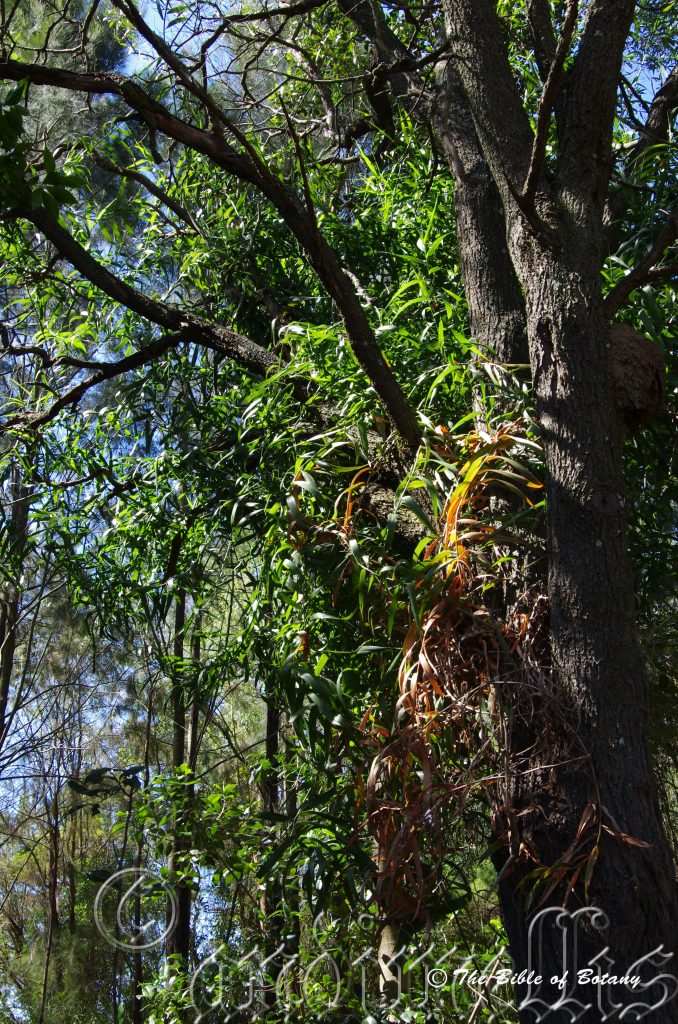
Little Crystal Creek Paluma National Park Qld.
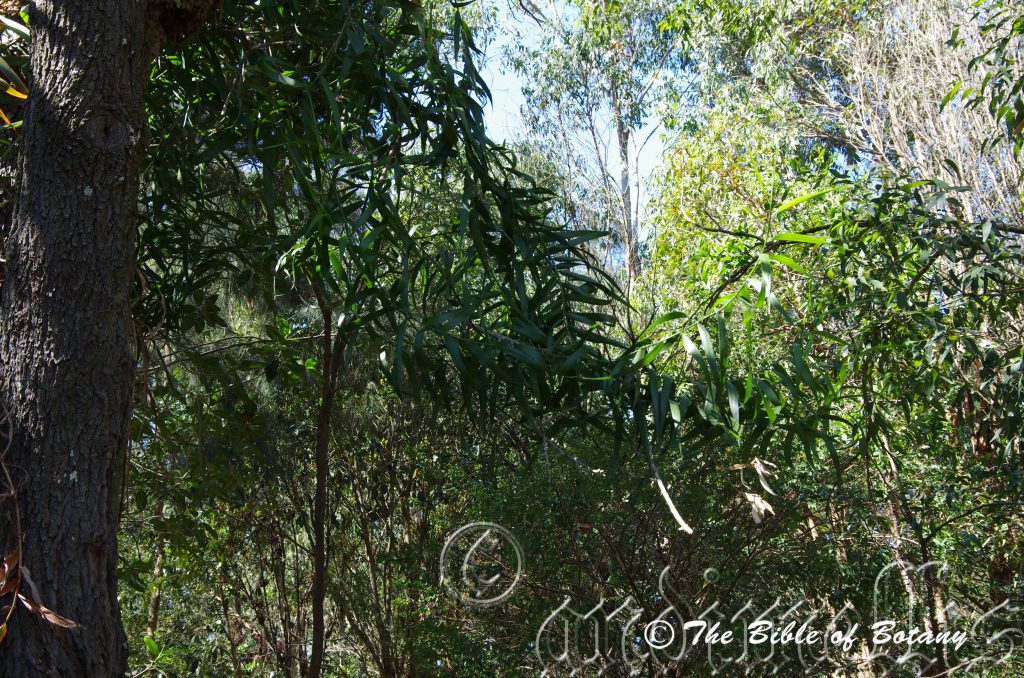
Little Crystal Creek Paluma National Park Qld.
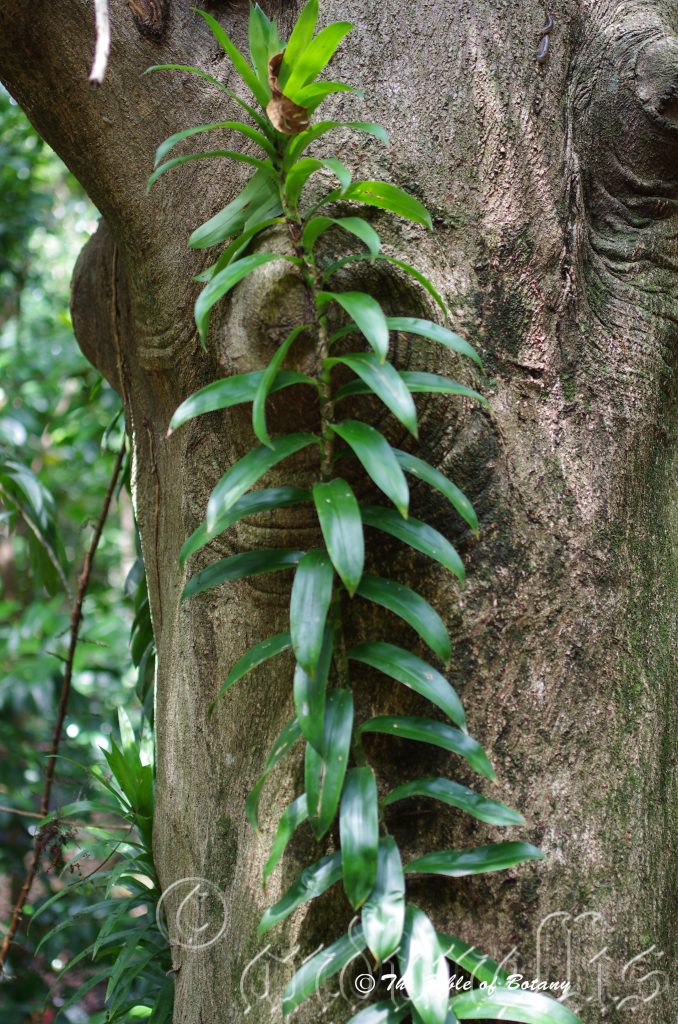
Little Crystal Creek Paluma National Park Qld.
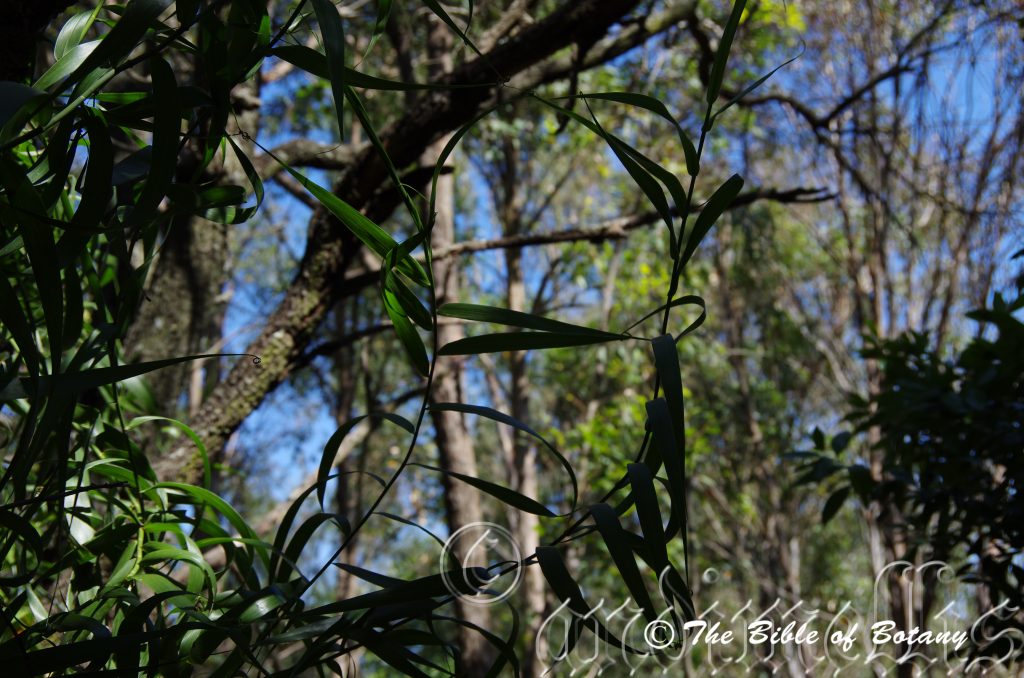
Little Crystal Creek Paluma National Park Qld.
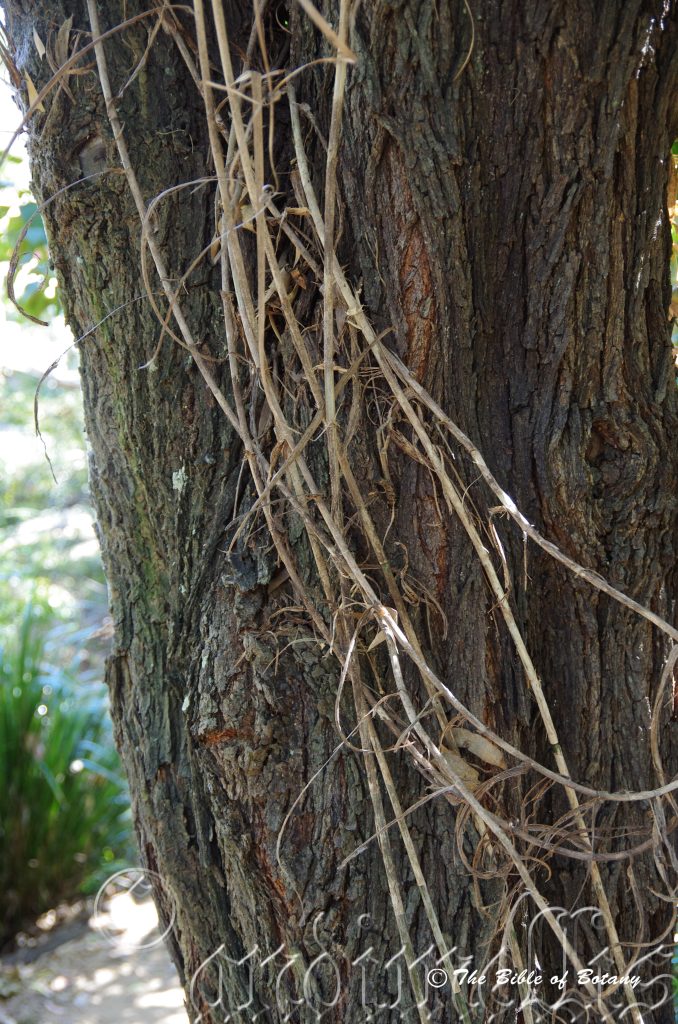
Little Crystal Creek Paluma National Park Qld.
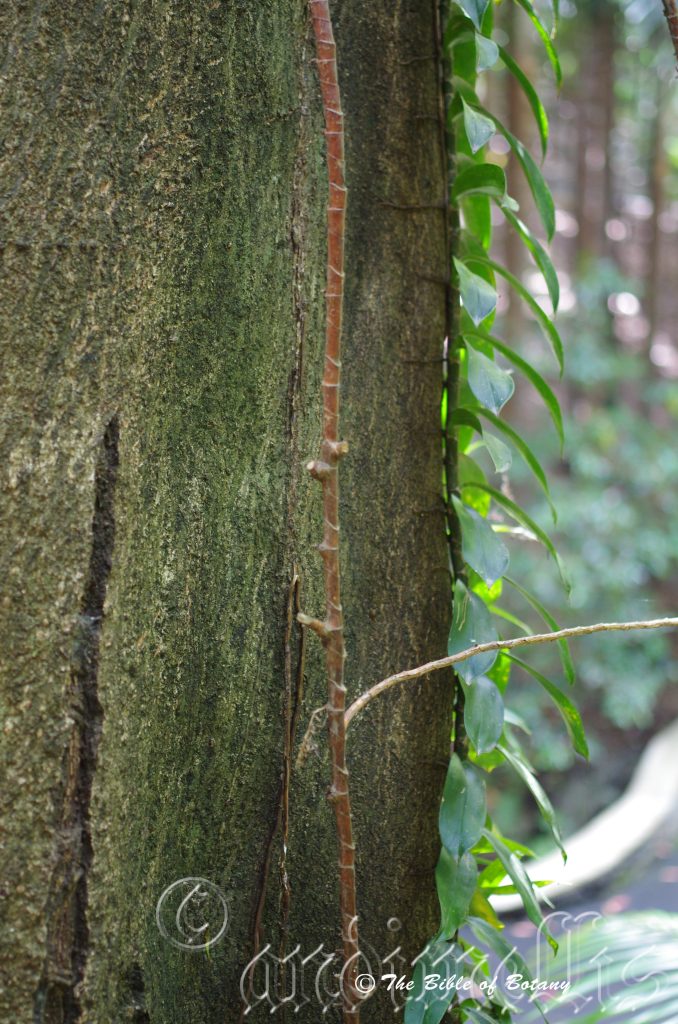
Little Crystal Creek Paluma National Park Qld.
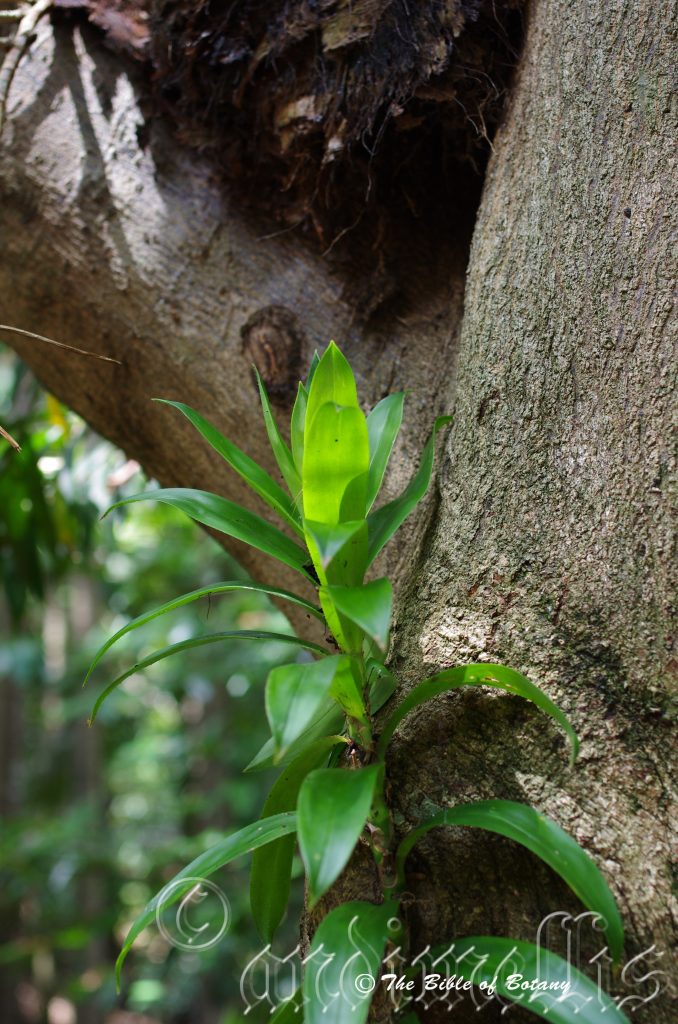
Little Crystal Creek Paluma National Park Qld.
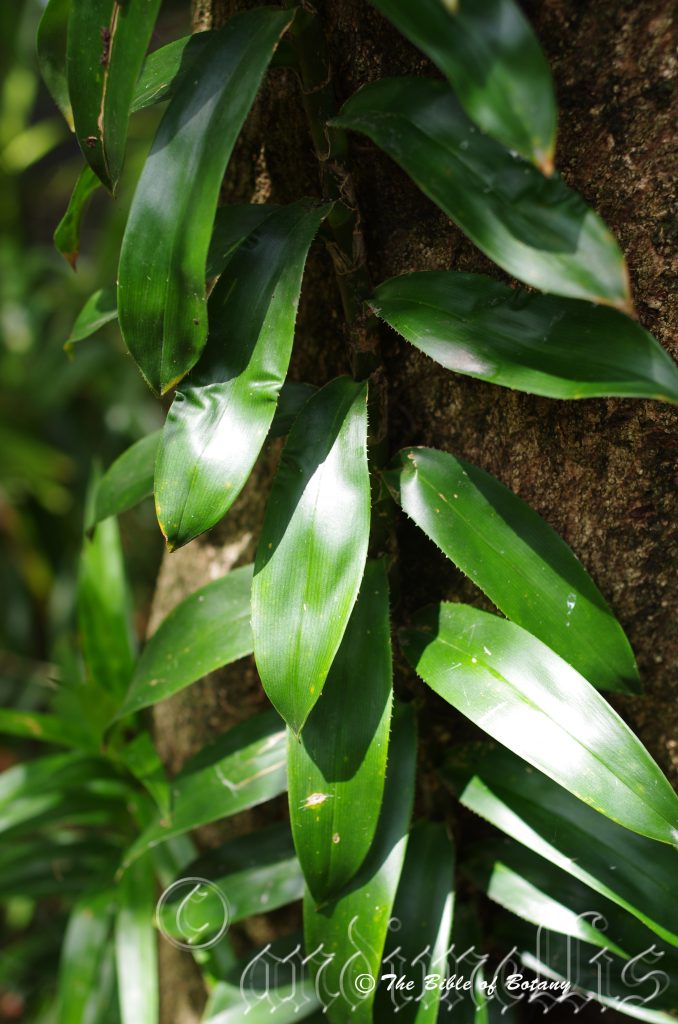
Little Crystal Creek Paluma National Park Qld.
Flagellaria indica
Classification:
Unranked: Monocots
Unranked: Commelinids
Order: Poales
Family: Flagellariaceae
Genus: From Flagrum, which is Latin for a whip or lash. It refers to structures or organs, which are whip like extension.
Specie: From India, which is Latinized for India. It refers to the type specimen, which was first discovered from India or being endemic to India.
Sub specie:
Common Name: Supple Jack.
Distribution:
Flagellaria indica is a found from the Kimberley coast in the north west of Western Australia, across the top end to Vandelin Island and the Robinson River in the Gulf of Carpentaria.
In the east it is found south from the Torres Strait Islands and Cape York Peninsula to the Royal National Park on the central New South Wales coast.
It is also found from India, China, Vietnam, Thailand, Malaysia, Philippines, Indonesia and many of the Pacific islands.
https://avh.ala.org.au/occurrences/search?taxa=Flagellaria+indica#tab_mapView
Habitat Aspect Climate:
Flagellaria indica prefer partial shade to dense shade, growing adjacent to warm rainforests, vine forests, wet Eucalyptus forests, riverine forests, littoral rainforests and in Melaleuca swamps. The altitude ranges from 5 meters ASL to 1600 meters ASL.
The temperatures range from lows of 3 degrees in July to 40 degrees in January.
The rainfalls range from lows of 800mm to an average of 3000mm annually, however in the southern part of its range it is found growing in water on the edge of wallums.
Soil Requirements:
Flagellaria indica prefers rich fertile sandy loams, to medium clay loams. The soils are usually derived from decomposed brown basalt, black basalt, metamorphic rocks, sandstone or shale. The soils pH ranges from 5pH to 6pH are preferred. It does not tolerate waterlogged soils. Non saline soils to moderately saline soils are tolerated.
Height & Spread:
Wild Plants: 6m to 15m by 1m to 1.5m.
Characteristics:
Flagellaria indica is a thin perennial climber with deep green to deep blue-green stems. The stems are circled with old leaf scars and measure 10mm to 18mm in diameter.
Flagellaria indica‘s long linear glabrous leaves measure 100mm to 400mm in length and 5mm to 30mm in width. The concolourous, deep green to deep blue-green laminas are semi glossy and glabrous. The base is auriculate with a short petiole which clasps the stem. The petiole measures 1mm to 3mm in length while the sheath measures 10mm to 70mm in length. The apex is narrow acute tapering into long flagella like tendril. The margins are entire and flat or concave on the upper lamina. The mid vein is slightly prominent on the lower lamina and is not visible from the upper lamina.
The inflorescences of Flagellaria indica are born as terminal compound panicles. The fragrant flowers are cream to white. The rachis measures 100mm to 250mm in length.
The 6 linear tepals measure 2mm to 2.5mm in length. The 6 exserted stamens bear creamy yellow anthers which measure 2mm in length. The style is exserted and has 3 lobes which are covered in white canescent hairs. The style and stamens measure 3.5mm to 4mm in length. The flowers appear from September to May in the north.
Flagellaria indica‘s fruits are globose drupes. The drupes measure 6mm to 7mm in length at the widest point by 5mm to 6mm in diameter. The single round seed measures 4.5mm to 6mm in diameter. The drupes turn pink to red as they ripen.
Wildlife:
The flowers of Flagellaria indica are attractive to several different species of butterflies and native flies while the fruit is eaten by fruit eating pigeons including the Emerald Dove.
Cultivation:
Flagellaria indica is a very unusual plant suitable for only large gardens in tropical and sub-tropical areas. It is vigorous and should be planted well away from paths to give them the chance to grow to their full potential. As a rainforest addition it gives an enclosed advanced rainforest feeling from an early age especially when planted along gullies or at the edge of waterlogged areas. It will need trees other lianas or a large area to scramble over.
Once they have established themselves it is worthwhile cutting the tips out to try to make the plants send out several shoots. In this way it is possible to reduce the size of the plants and to have several canes growing in a given area. The safest way to have a dense clump is to grow several plants as tubes together by spacing them at 200mm centers.
Propagation:
Seeds: Sow Flagellaria indica‘s seed directly into a seed raising mix. Cover the seeds with 2 to 3mm of fine sand and place the trays in a warm sunny position. Keep moist but not wet. When the seedlings are 25mm to 50mm tall, prick them out and plant them into 50mm native tubes using a good organic mix.
Once the seedlings reach 200mm to 250mm in height plant them out into their permanent position.
Fertilize using seaweed, fish emulsion or organic chicken pellets soaked in water on an alternate basis. Fertilize every two months until the plants are established then twice annually in early September or March to maintain health, vitality and better flowering.
Further Comments from Readers:
Hi reader, it seems you use The Bible of Botany a lot. That’s great as we have great pleasure in bringing it to you! It’s a little awkward for us to ask, but our first aim is to purchase land approximately 1,600 hectares to link several parcels of N.P. into one at The Pinnacles NSW Australia, but we need your help. We’re not salespeople. We’re amateur botanists who have dedicated over 30 years to saving the environment in a practical way. We depend on donations to reach our goal. If you donate just $5, the price of your coffee this Sunday, We can help to keep the planet alive in a real way and continue to bring you regular updates and features on Australian plants all in one Botanical Bible. Any support is greatly appreciated. Thank you.
In the spirit of reconciliation we acknowledge the Bundjalung, Gumbaynggirr and Yaegl and all aboriginal nations throughout Australia and their connections to land, sea and community. We pay our respect to their Elders past, present and future for the pleasures we have gained.
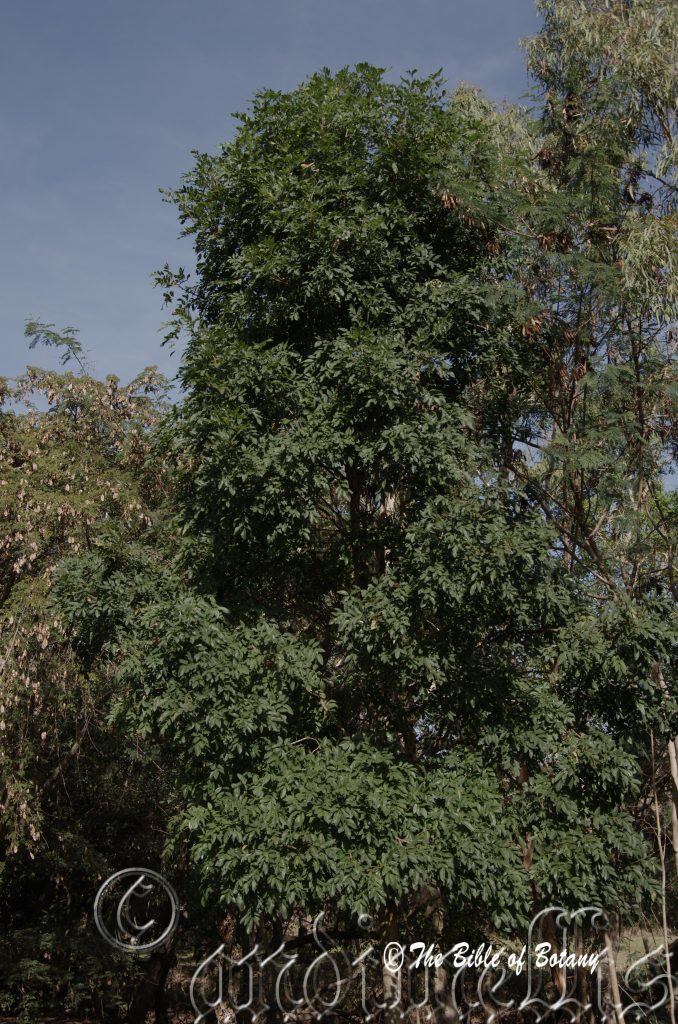
Paluma National Park Qld.
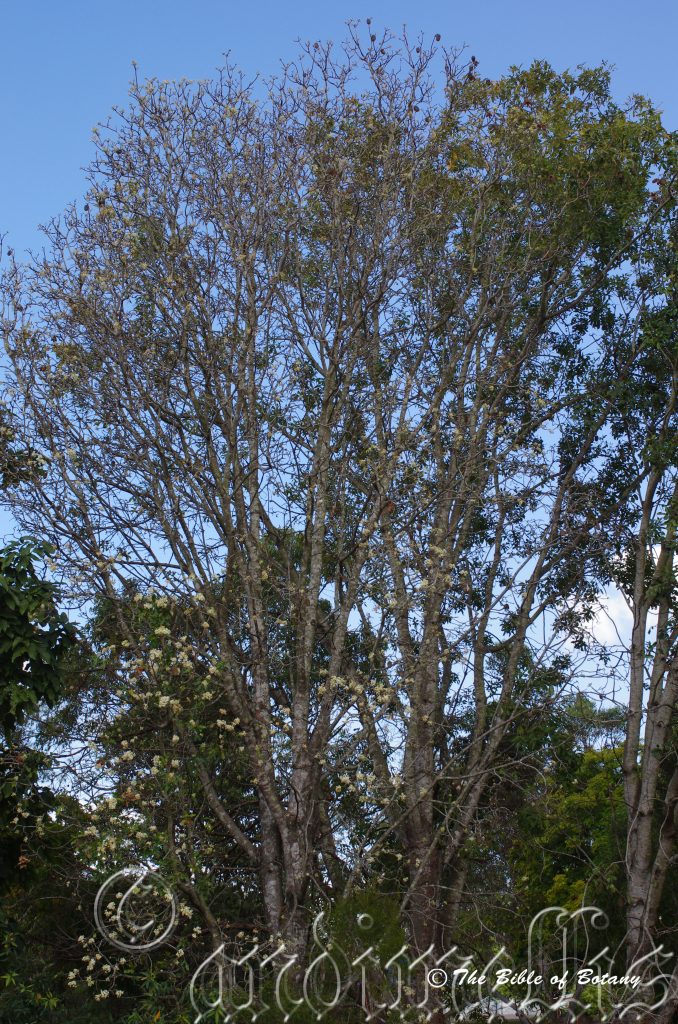
Camp Hill Qld.
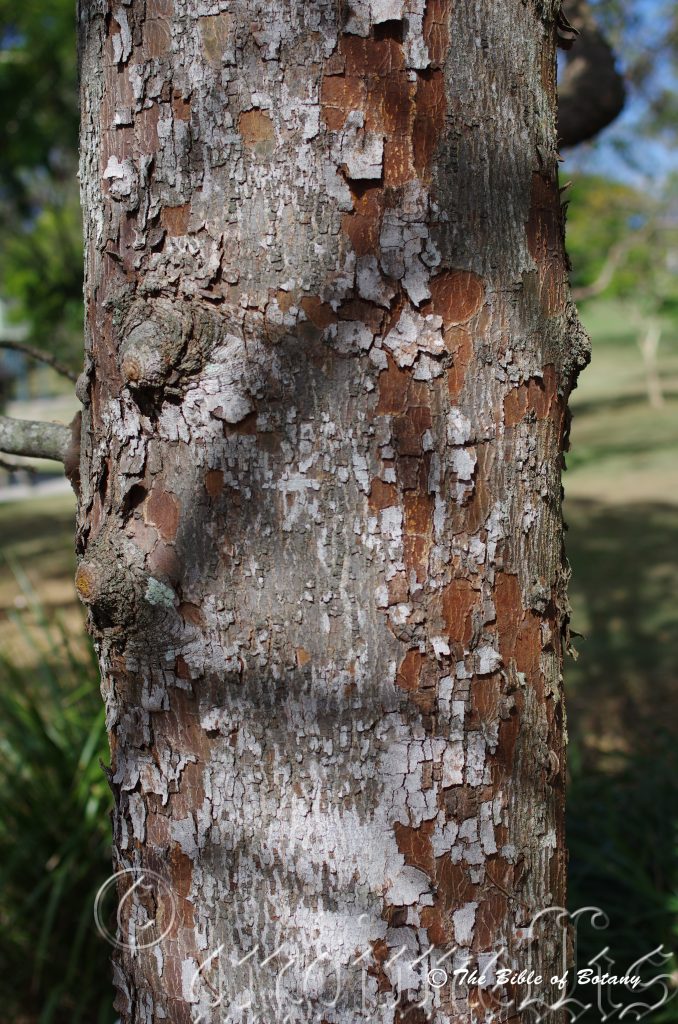
Camp Hill Qld.
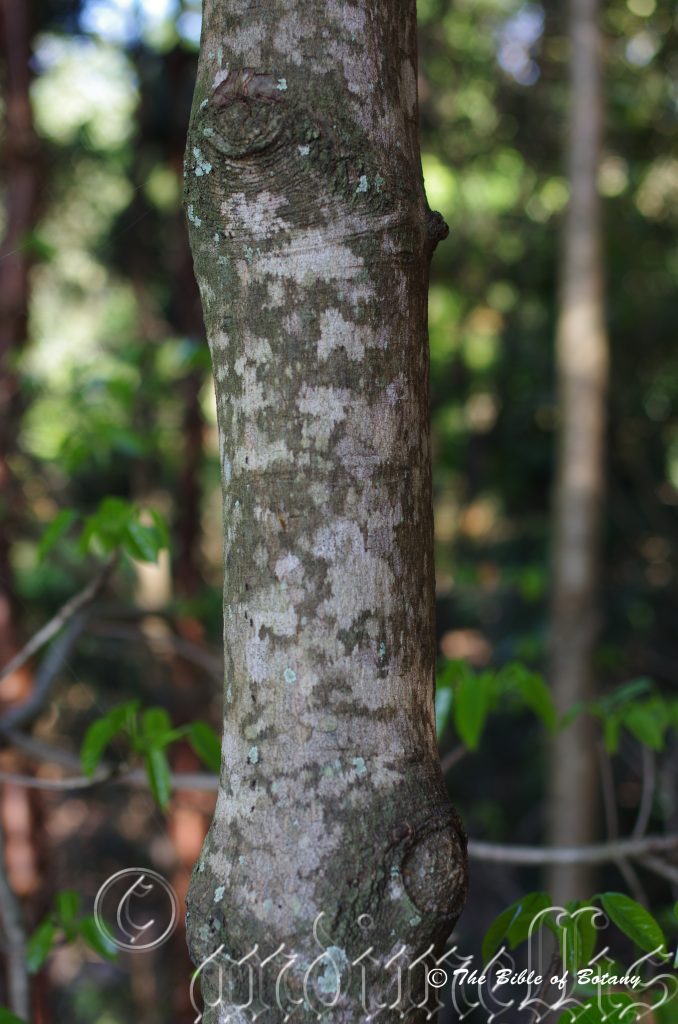
Camp Hill Qld.
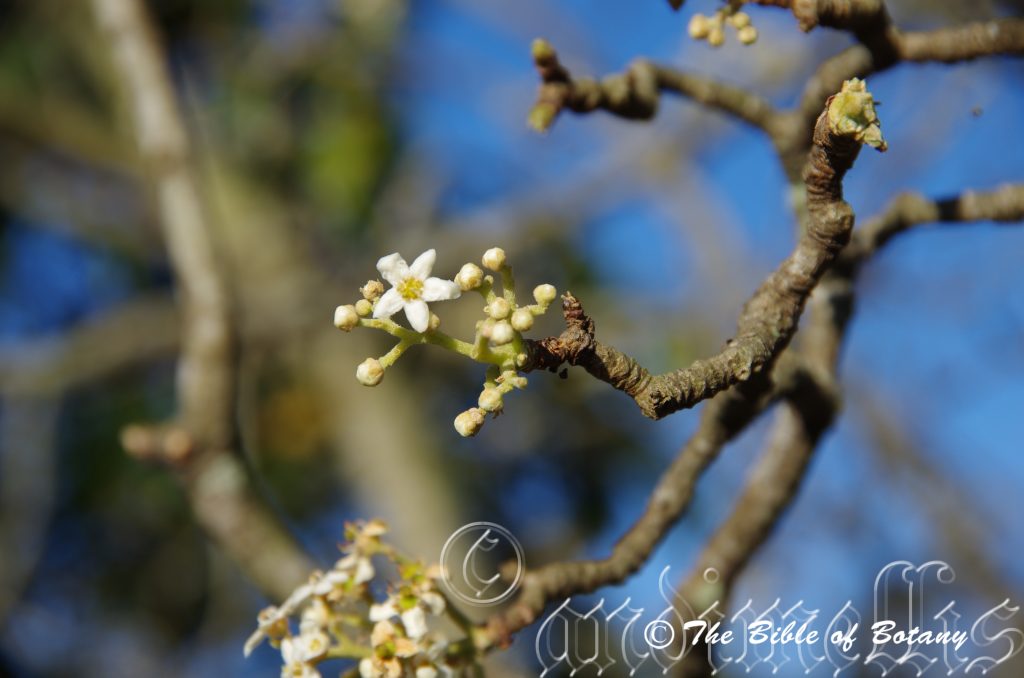
Camp Hill Qld.
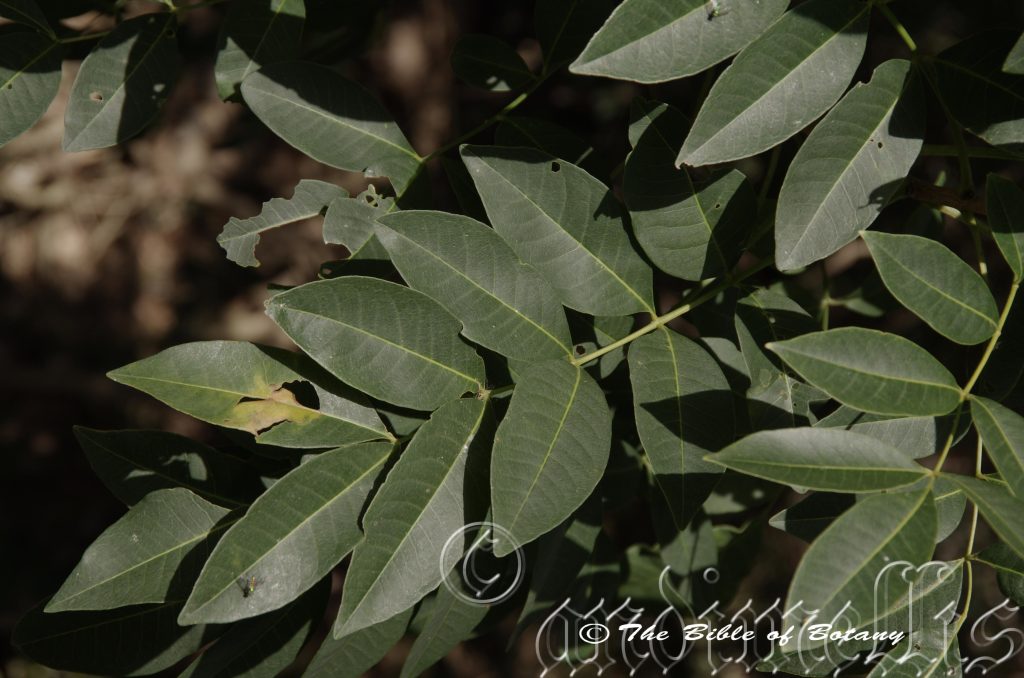
Townsville Qld.
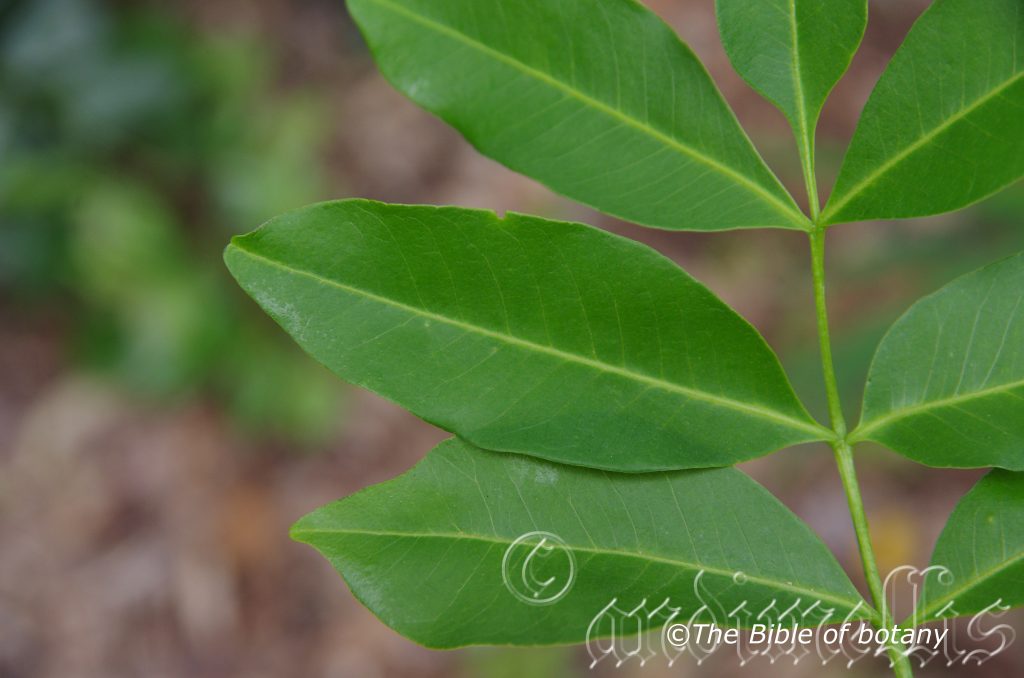
Kedron Brook Qld.
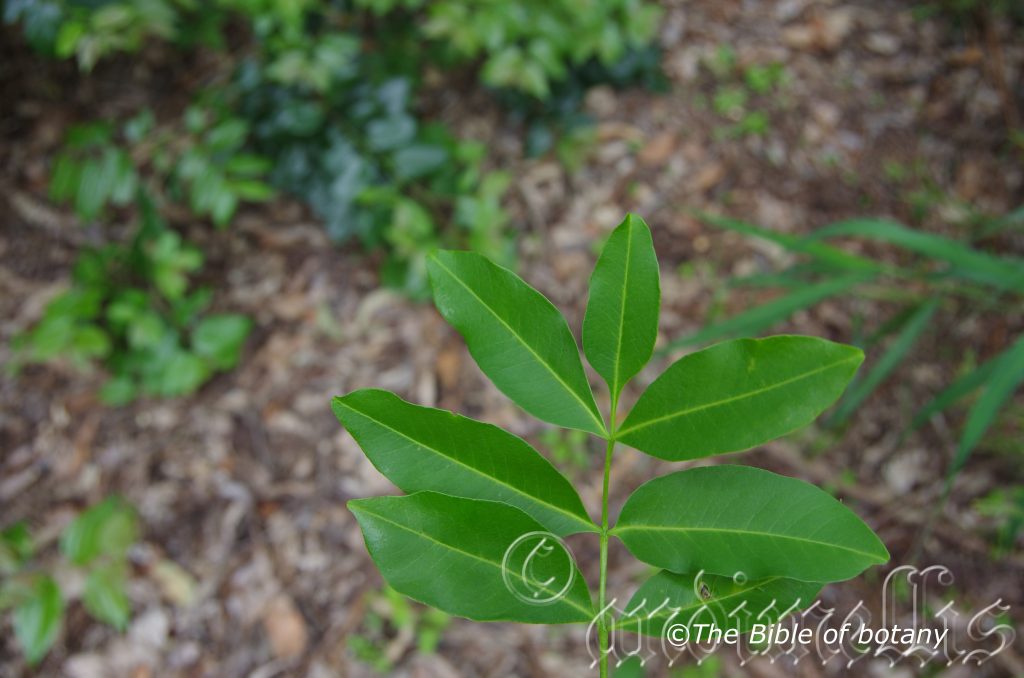
Kedron Brook Qld.
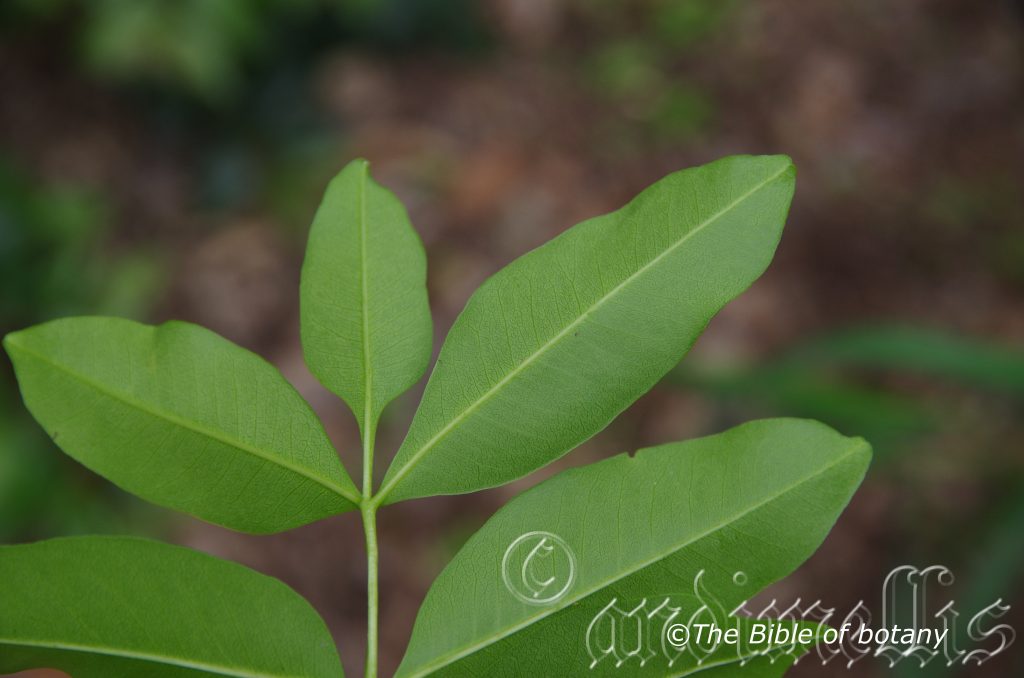
Kedron Brook Qld.
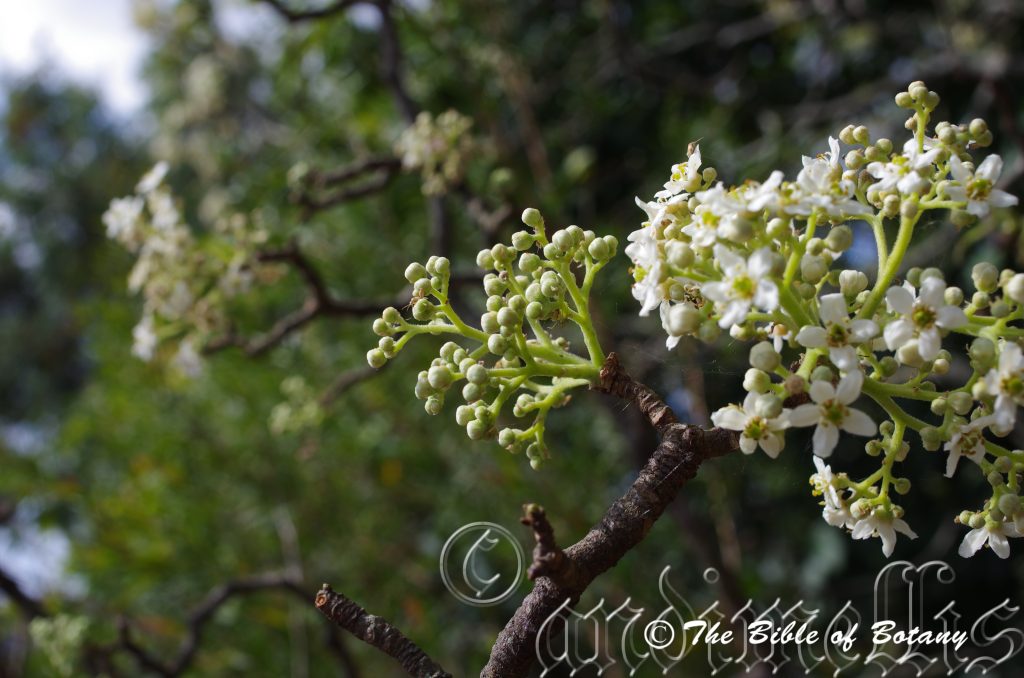
Camp Hill Qld.
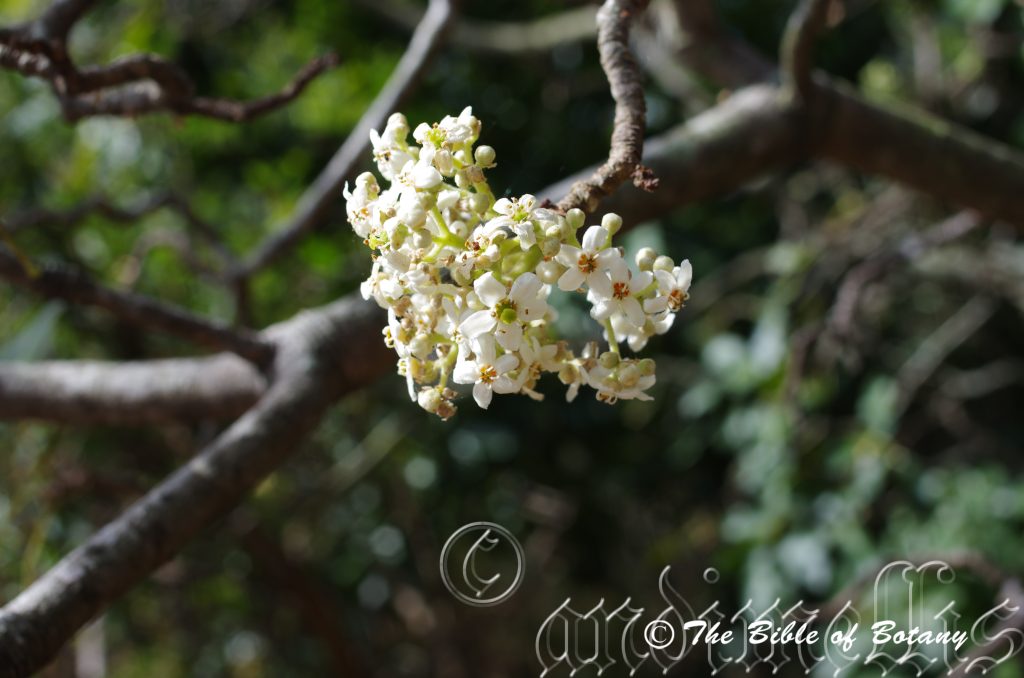
Camp Hill Qld.
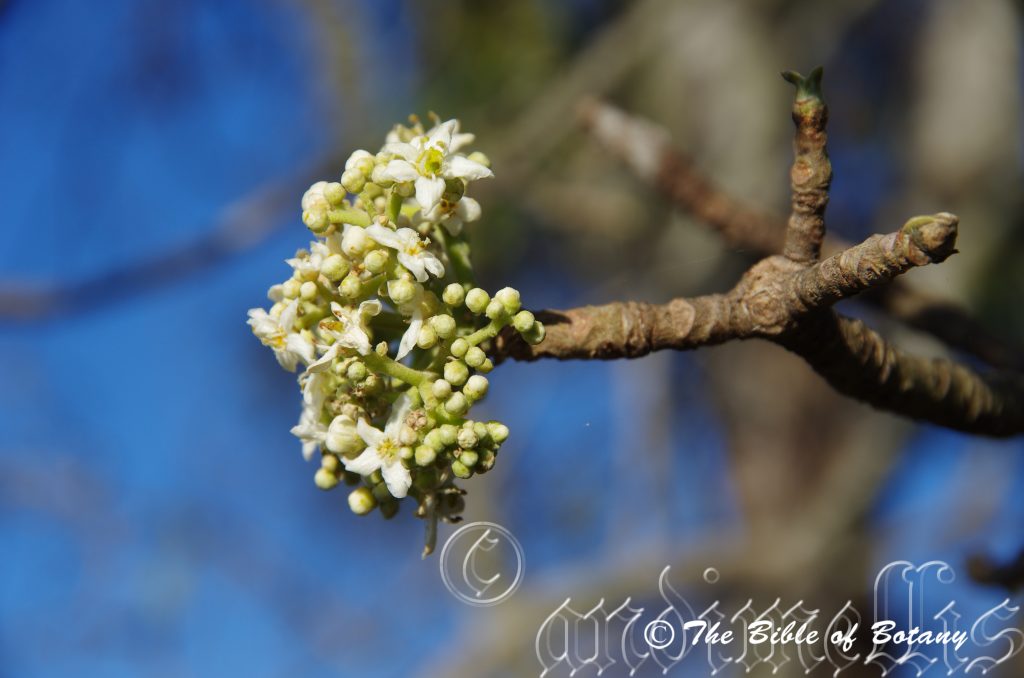
Camp Hill Qld.
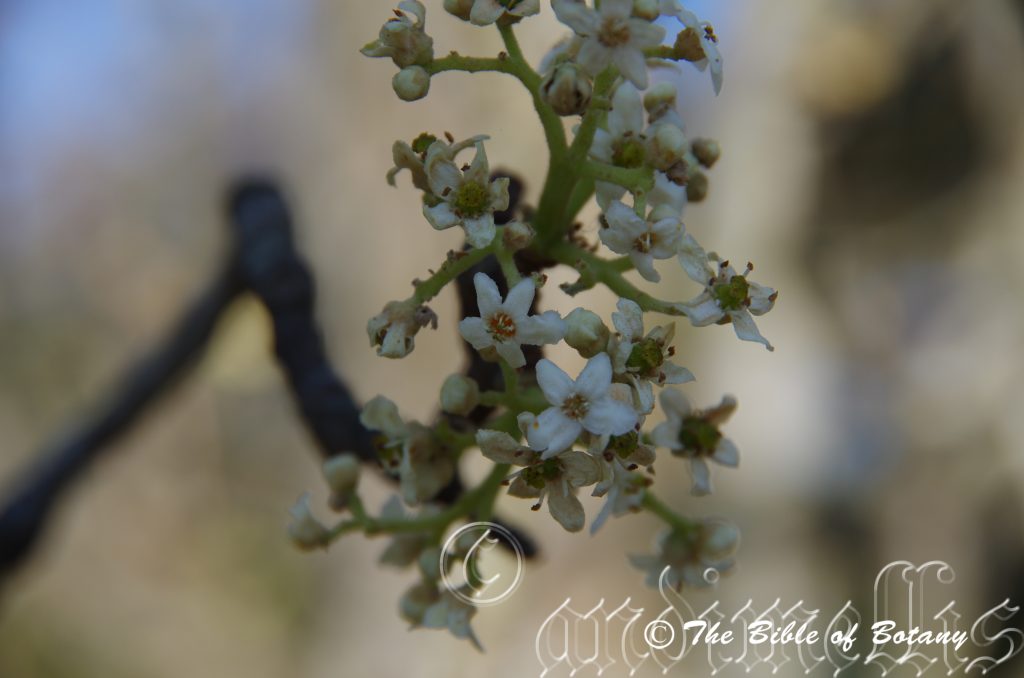
Camp Hill Qld.
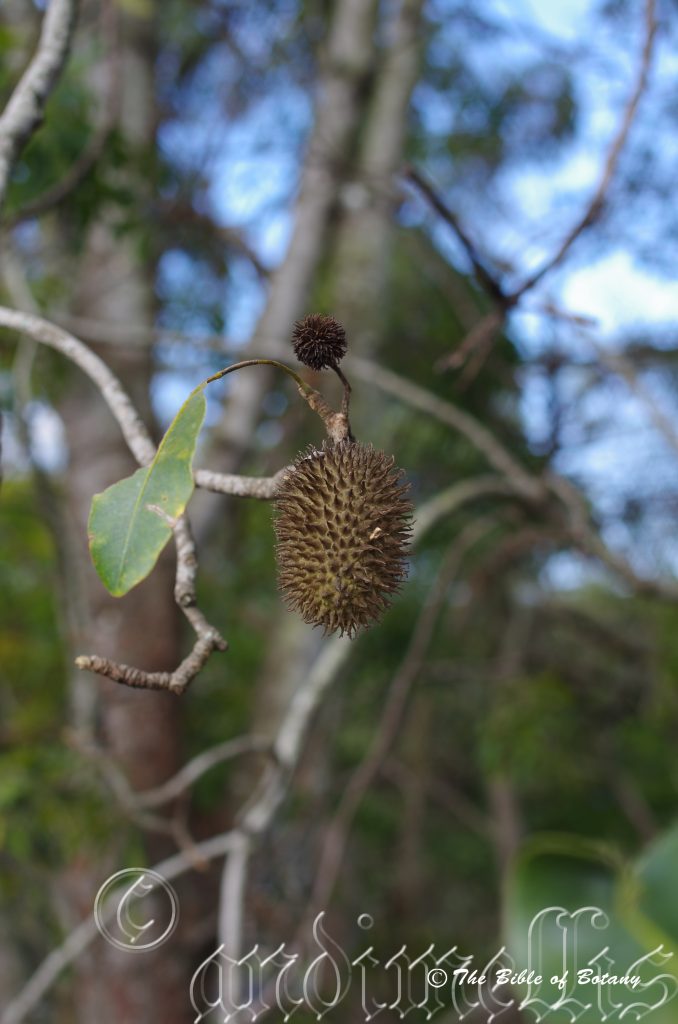
Junction Hill NSW
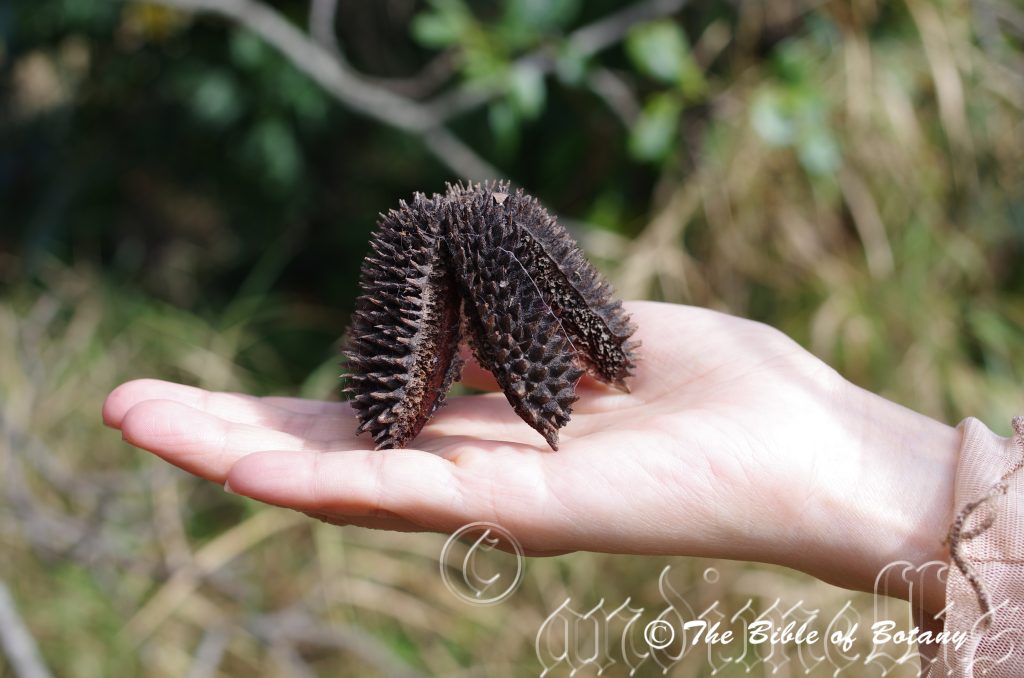
Camp Hill Qld.
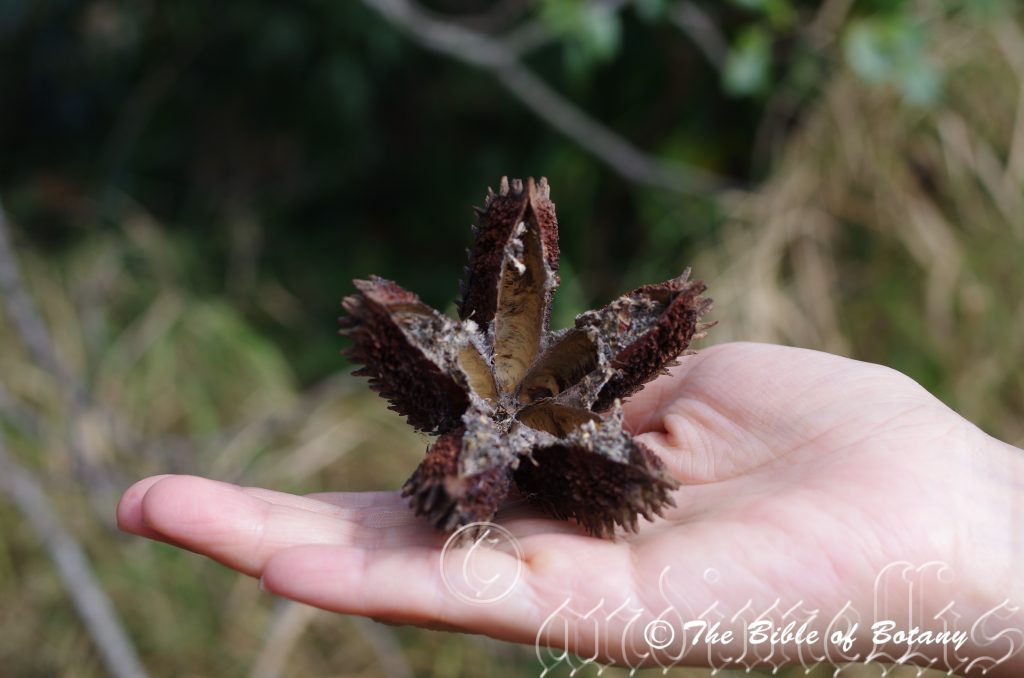
Camp Hill Qld.
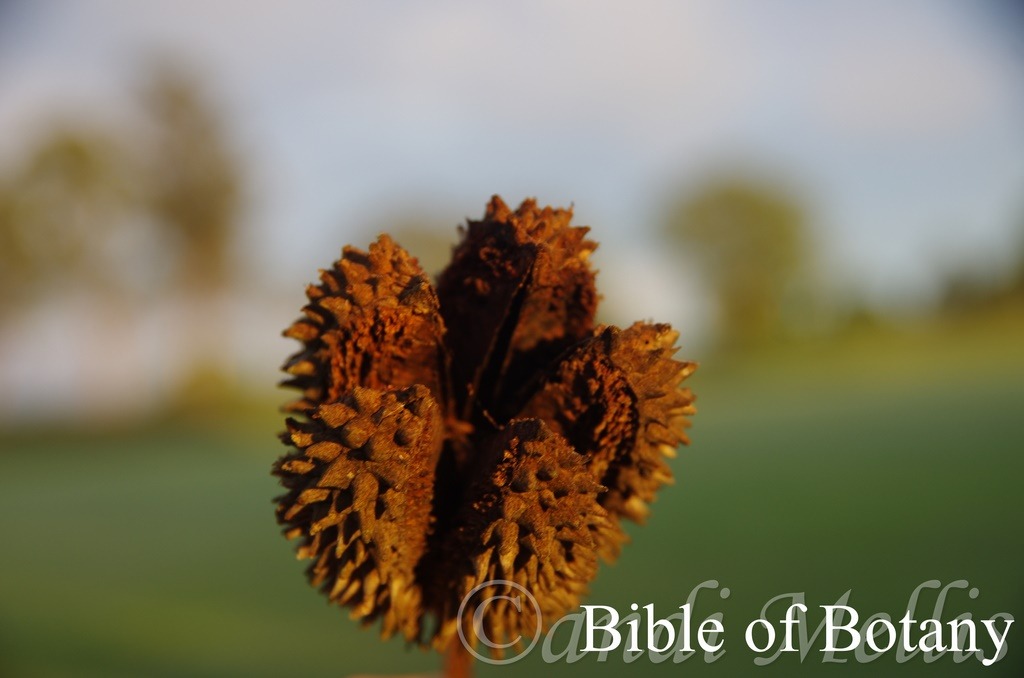
Junction hill NSW
Flindersia australis
Classification:
Unranked: Eudicots
Unranked: Rosids
Order: Sapindales
Family: Rutaceae
Genus: Is named in after Mathew Flinders; 1774-1814, who was a British born Australian explorer.
Specie: From Terra Australis, which is Latin for land of the south. It refers to plants, which were first discovered from the land down under.
Sub specie:
Common Name: Crows Ash or Native Leopard Tree.
Distribution:
Flindersia australis is a found south from Bowen on the central coast of Queensland to the Nambucca River catchment in northern New South Wales.
https://avh.ala.org.au/occurrences/search?taxa=Flindersia+australis#tab_mapView
Habitat Aspect Climate:
Flindersia australis prefers full to light partial shade. It grows adjacent to warm rainforests, moist Eucalyptus forests, riverine forests and littoral rainforests. The altitude ranges from 5 meters ASL to 900 meters ASL.
The temperatures range from lows of 3 degrees in July to 40 degrees in January.
The rainfalls range from lows of 800mm to an average of 3000mm annually.
Soil Requirements:
Flindersia australis prefers rich fertile sandy loams, to light sandy clays or fatty loams. The soils are usually derived from decomposed brown basalt, black basalt, metamorphic rocks, sandstone or shale. The soils pH ranges from 5pH to 6pH are preferred. It does not tolerant of waterlogged soils. Non saline soils to moderately saline soils are tolerated.
Height & Spread:
Wild Plants: 30m to 40m by 12m to 15m.
Characteristics:
Flindersia australis grows as a small columular tree. The trunk is pale grey-brown almost white with darker patches. The bark is decorticating in small flaky patches over a long period or throughout the year. The branches are similar to the trunk. The branchlets are mid green and glabrous to densely covered in short stellate hairs. Larger trees are buttressed to around 2 meters above the ground.
Flindersia australis‘s long alternate or occasionally opposite pinnate leaves are crowded towards the ends of the branchlets and measure 100mm to 400mm in length and 5mm to 260mm in width. The narrow elliptical to broad elliptical or narrow ovate pinnules number 3 to 13 and measure 24mm to 100mm in length by 10mm to 43mm in width. The discolourous upper lamina is grass green, semi glossy and glabrous while the lower lamina is paler. The base is cuneate to rounded while the apex is acute to acute-obtuse. The petiolules measure 1mm to 3mm in length while the terminal petiole measures 3mm to 30mm in length. The margins are entire and strongly curve upwards from the mid-vein. The mid vein is slightly prominent on the lower lamina and is visible from the upper lamina.
The inflorescences of Flindersia australis are born as terminal or from the upper leaf axils compound panicles. The panicles measure 90mm to 150mm in length. The fragrant flowers are cream to white.
The 5 sepals measure 2.2mm to 2.5mm in length by 2mm to 3mm in width. The obtuse sepal lobes measure 1mm to 1.5mm in length. The 5 oblong petals measure 5mm to 7mm in length by 2mm to 3mm in width. The sepals and petals are densely covered in fawn hirsute hairs externally.
The 5 stamens and 5 staminodes are alternating and are situated near the rim of the yellow-green disc. They bear white to creamy yellow anthers and measure 1mm to 1.5mm in length. The style measures 1mm to 2mm in length. The flowers appear from September to November.
The woody capsule measure 70mm – 100mm long, remaining united at the base after splitting; seeds 34mm to 50mm long, winged at apical end only.
Flindersia australis‘s fruits are large oblong woody capsule. The base of the capsule is rounded while the apex is obtuse. The capsules are densely covered in long echinate spines. The capsules measure 70mm to 100mm in length by 35mm to 50mm in diameter. The capsules split longitudinally revealing 5 canoe shape compartments. There are 4 to 6 samaras in each compartment. The seeds measures 3mm in diameter and are attached to a long 30mm to 40mm by 7mm to 9mm broad wing. The capsules turn pale fawn as they ripen.
Wildlife:
The flowers of Flindersia australis are attractive to several different varieties of butterflies and native flies. There is a black ant that nests in the old fruiting bodies.
Cultivation:
Flindersia australis is a beautiful small, slow growing, and conical tree for small to large gardens. It is suitable for animal shelters because of its bushy canopy. In cultivation the trees are much smaller than their forest counterparts. They will grow from 15 meters to 20 meters in height by 6 meters to 10 meters in diameter when grown in the open.
It is at its best when used adjacent to small areas of bush close to paths or the house so their cream sweetly scented flowers can be fully appreciated. It is great placed along long, narrow driveways. Here it can be planted very formally in straight rows.
In small groups of 2 or 3 or as a standalone plant it can create a beautiful park like scene for smaller areas or fill a small backyard. If it is surrounded by shorter plants with fine foliage and red flowers it will dominate at the center giving height and strength to the bed especially when it is in flower. Remember that the trunk is a beautiful feature of this tree so it must remain exposed so it can be appreciated.
Do not use plants with large leaves as these will be too overpowering and they will blend into each other. Planted with a mass of smaller plants and ground covers with mixed coloured flowers and foliage will ensure a great display during the winter and spring. For the rest of the year the mosaic of different foliage patterns will be pleasing to the eye. This would be particularly strong, if a mixture of different finer foliages of different colours and textures are incorporated together.
Be sure to plant any plant exactly in the center for a formal look or well off to one side for an informal look. 2 or 3 trees close together on one side looks even more spectacular when just a single plant is placed on the other side to give balance to the picture. Mass plant below so the whole bed is covered for a woodland scene or sparsely plant for an arid scene.
As it develops a crown it is particularly good for growing epiphytic orchids and ferns particularly those like Dendrobium speciosum and Platycerium bifurcatum and Platycerium superbum which prefer more sunlight rather than deep shade.
It makes very good bonsai plants. Flindersia australis would make a good indoor or patio plants as it is slow in growth and maintain a bushy appearance for many years before they trunk up.
Indoor or Potted On:
Flindersia australis is an excellent plant for indoor use however they need good light and ventilation without drying breezes or wind. It is best planted in large urns where they will grow for many years.
On patios and verandas make sure the roots are contained in the pot. This can be achieved by placing the pots or urns in a saucer.
Sawdust or sand mixes are too well draining unless the sawdust has completely composted down where it exhibits a texture like plastacine to the touch. Moisture can be squeezed out between the fingers yet it remains moist. I find this a great basis to start with.
Mix equal parts of the well decomposed saw dust with the above feel with perlite and vermiculite. To this add two part sharp clean sand, one part compost and one part good crusher dust from a basalt rock quarry. Preferably black basalt but both are good. Make sure the sand comes from a source that does not contain salt.
The decomposed Sawdust in this condition creates the moisture retention and holds nutrient in. The perlite and vermiculite make the mix neutral and both have great water holing capacity without shrinkage with age. The sand creates good drainage and is good for good healthy root development. The crusher dust adds vital minerals which the plants need.
Before fertilizing wash the saucer and water the plants heavily so the water runs through the pots for a few minutes. This will leach any build-up of toxins and salts from the mix. Allow to drain and fertilize the plants the following day. Repeat on a monthly basis with the formula mentioned under propagation on a rotation basis.
Because Flindersia australis is very of hardy and its ability to grow with restrictions on the roots if necessary, would make this tree a very good specimen for bonsai.
Propagation:
Seeds: Sow Flindersia australis‘s seed directly into a seed raising mix.
Often it may be necessary to place the fruiting capsules in a dry calico or paper bag and leave it in the car for a week or two so that they open and release the seeds. Cover the seeds with 2mm to 3mm of fine sand and place the trays in a warm sunny position. Keep moist but not wet. When the seedlings are 25mm to 50mm tall, prick them out and plant them into 50mm native tubes using a good organic mix.
Once the seedlings reach 200mm to 250mm in height plant them out into their permanent position.
Fertilize using seaweed, fish emulsion or organic chicken pellets soaked in water on an alternate basis. Fertilize every two months until the plants are established then twice annually in early September or March to maintain health, vitality and better flowering.
Further Comments from Readers:
Hi reader, it seems you use The Bible of Botany a lot. That’s great as we have great pleasure in bringing it to you! It’s a little awkward for us to ask, but our first aim is to purchase land approximately 1,600 hectares to link several parcels of N.P. into one at The Pinnacles NSW Australia, but we need your help. We’re not salespeople. We’re amateur botanists who have dedicated over 30 years to saving the environment in a practical way. We depend on donations to reach our goal. If you donate just $5, the price of your coffee this Sunday, We can help to keep the planet alive in a real way and continue to bring you regular updates and features on Australian plants all in one Botanical Bible. Any support is greatly appreciated. Thank you.
In the spirit of reconciliation we acknowledge the Bundjalung, Gumbaynggirr and Yaegl and all aboriginal nations throughout Australia and their connections to land, sea and community. We pay our respect to their Elders past, present and future for the pleasures we have gained.
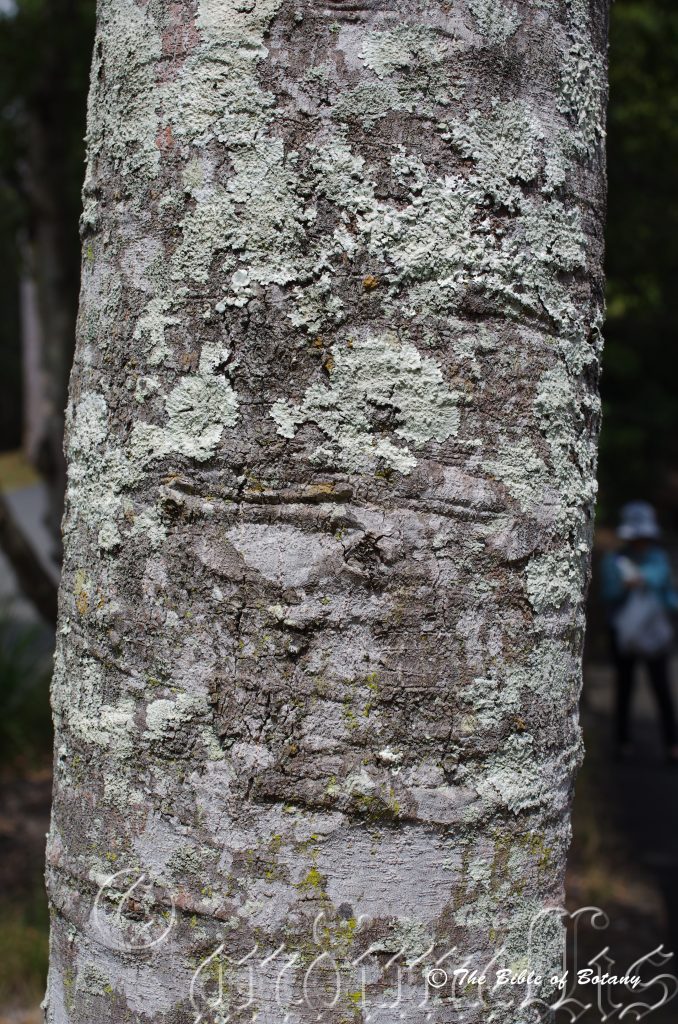
Mount Cootha Botanic Gardens Qld.
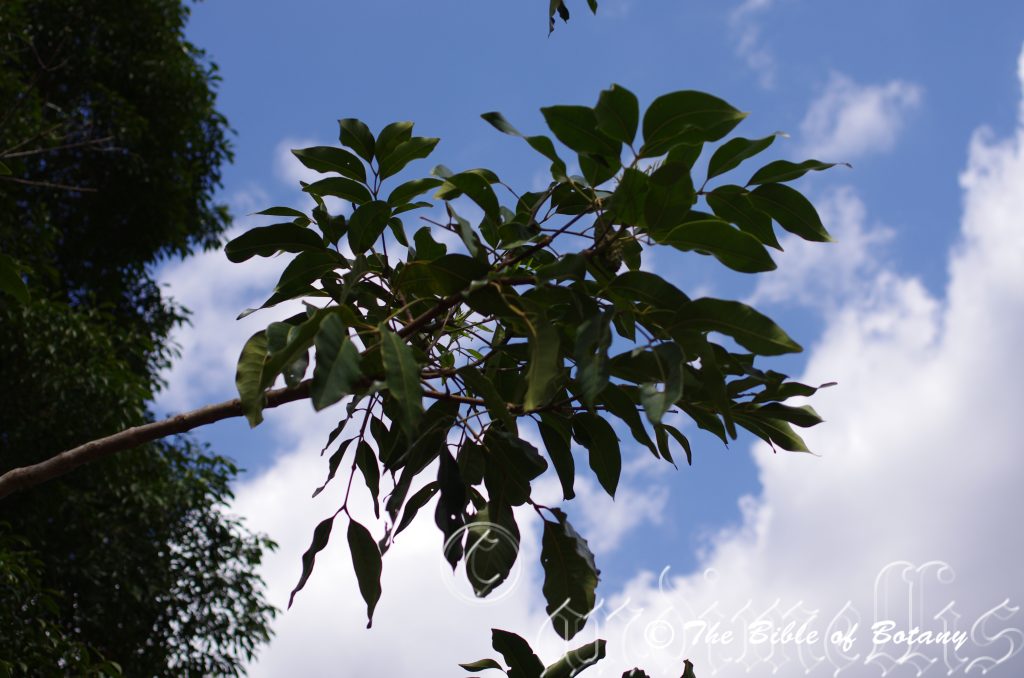
Mount Cootha Botanic Gardens Qld.
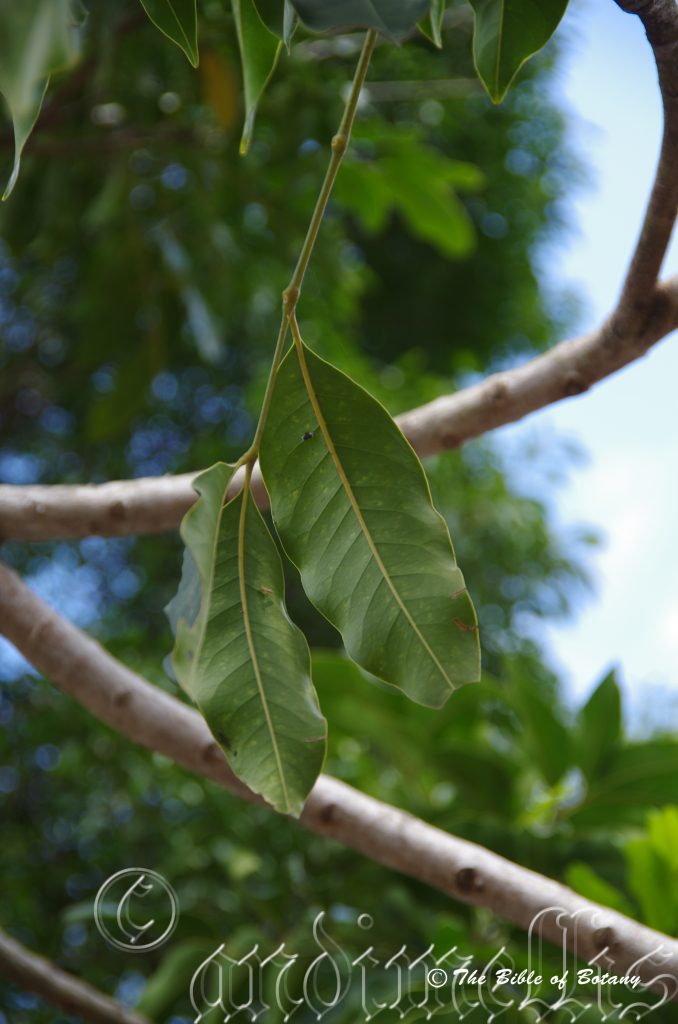
Mount Cootha Botanic Gardens Qld.
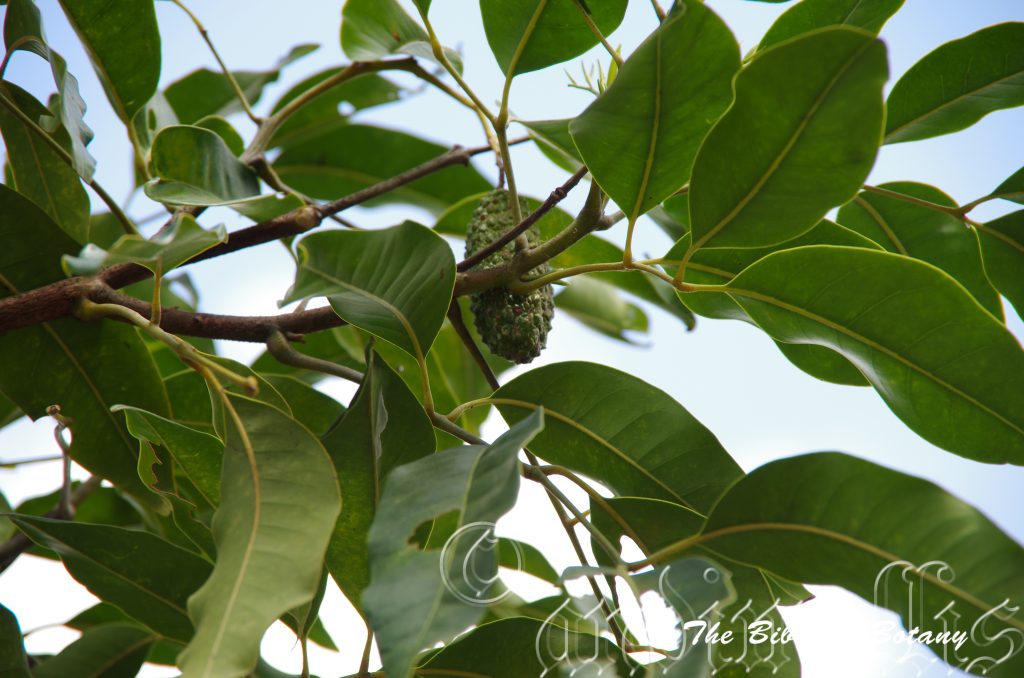
Mount Cootha Botanic Gardens Qld.
Flindersia bennettii
Classification:
Unranked: Eudicots
Unranked: Rosids
Order: Sapindales
Family: Rutaceae
Genus: Is named in after of Mathew Flinders; 1774-1814, who was a British born Australian explorer.
Specie: Is named in honour of Bennett, but which Bennet cannot be substantiated.
Sub specie:
Common Name: Bennets Ash.
Distribution:
Flindersia bennettii is a found south from Fraser Island and Wide Bay in central north coast of Queensland to Taylors Arm in central coastal New South Wales. There are 2 isolated populations further north at Windsor near Cooktown and Mackay, and at The Great Lakes and at Singleton on the Richmond River. It grows on and east of the Great Dividing Range.
https://avh.ala.org.au/occurrences/search?taxa=Flindersia+bennettiana#tab_mapView
Habitat Aspect Climate:
Flindersia bennettii prefers full to light dappled shade. It grows in and adjacent to warm sub-tropical rainforests, tropical rainforests, gallery forests and littoral rainforests. The altitude ranges from 5 meters ASL to 1060 meters ASL.
The temperatures range from lows of 0 degrees in July to 37 degrees in January.
The rainfalls range from lows of 1000mm to an average of 2800mm annually.
Soil Requirements:
Flindersia bennettii prefers rich fertile sandy loams, to medium clay loams. The soils are usually derived from decomposed brown basalt, black basalt, metamorphic rocks, sandstone or shale. The soils pH ranges from 5pH to 6pH are preferred. It does not tolerant of waterlogged soils. Non saline soils to moderately saline soils are tolerated.
Height & Spread:
Wild Plants: 30m to 40m by 12m to 15m.
Characteristics:
Flindersia bennettii grows as a medium tree. The trunk is mid grey-brown with darker and paler patches. The trunks are usually covered in lichens and mosses. The branchlets are mid olive-brown and glabrous to moderately covered in short stellate hairs. Larger trees are flanged just above the ground.
Flindersia bennettii’s long opposite imparipinnate leaves are crowded towards the ends of the branchlets. The elliptical to oblong-elliptical or ovate pinnules number 3 to 9 and measure 60mm to 190mm in length by 18mm to 80mm in width. The symmetrical to slightly asymmetrical bases are cuneate to rounded while the apexes are broadly tapering obtuse. The discolourous upper lamina is deep grass-green, semi glossy and glabrous or sparsely covered in soft white, puberulent hairs while the lower lamina is similar yet paler and dull.
The laminas are flat to slightly recurve upwards from the mid-vein to the margins while the margins are entire. The mid vein is prominent on the lower lamina and is distinctly visible from the upper lamina.
The petiole, rachises and petiolules are mid green and glabrous or sparsely covered in soft, white puberulent hairs. The petioles measure 10mm to 20mm in length while the rachises measure 25mm to 80mm in length and the lateral petiolules measure 1mm to 6mm in length and the terminal petiolule measures 8mm to 30mm in length. The oil glands are present as small visible dots.
The inflorescences of Flindersia bennettii are usually born as terminal panicles or at times from the upper leaf axils compound panicle. The panicles measure 120mm to 250mm in length. The fragrant flowers are cream to white.
The 5 sepals sparsely covered in soft white puberulent hairs externally and are glabrous internally. The elliptical sepals measure 1mm to 1.5mm in length. The 5 broad, oblong, white petals measure 3mm to 5mm in length by 2.5mm to 4.5mm in width. The petals are glabrous to sparsely covered in soft, white puberulent hairs externally.
The 5 stamens and 5 staminodes are alternating and are situated near the rim of the deep red to deep maroon-burgundy disc. The anthers are deep maroon-red to burgundy with orange pollen and recurve strongly over the disc. The fertile filaments measure 3.5mm to 4mm in length while the sterile filaments measure 0.8mm to 1mm in length. The fertile anthers measure 1mm to 1.5mm in diameter while the sterile extensions measure 0.9mm to 1.1mm in length. The bumpy deep green stigma on the style measures 1mm to 1.5mm in length by 2mm to 2.5mm in diameter. The flowers appear from September to November.
Flindersia bennettii’s fruits are large oblong woody capsule. The base of the capsule is rounded while the apex is obtuse. The capsules are densely covered in long echinate spines. The capsules measure 40mm to 70mm in length by 15mm to 28mm in diameter. The capsules split longitudinally revealing 5 canoe shape compartments becoming divaricate. There are 4 to 6 long samaras in each compartment.
The seeds measures 3mm to 4.5mm in diameter and are attached to a long chartaceous wing at both ends which measures 10mm to 25mm by 3.5mm to 5mm broad wing. The capsules turn pale fawn as they ripen.
Wildlife:
The flowers of Flindersia bennettii are attractive to several different varieties of butterflies, native bees, hoverflies and pollen flies.
Cultivation:
Flindersia bennettii is a beautiful smaller, slow growing, conical tree for small to large gardens. It is suitable for animal shelters because of its bushy canopy. In cultivation the trees are much smaller than their forest counterparts. It will usually grow from 15 meters to 20 meters in height by 10 meters to 15 meters in diameter when grown in the open.
It is best used adjacent to small areas of bush close to paths or the house so their cream sweetly scented flowers can be fully appreciated. It is great placed along long narrow driveways. Here it can be planted very formally in straight rows. In small groups of 2 or 3 or as a standalone plant it can create a beautiful park like scene for smaller areas or as single trees to fill a small backyard. If it is surrounded by shorter plants with fine foliages and red flowers it will dominate at the center giving height and strength to the bed especially when it is in flower. Remember that the trunk is a beautiful feature of this tree so it must remain exposed so it can be appreciated.
Do not use plants with large leaves as these will be too overpowering and they will blend into each other. Planted with a mass of smaller plants and ground covers with mixed coloured flowers and foliages will ensure a great display during the winter and spring. For the rest of the year the mosaic of different foliage patterns will be pleasing to the eye. This would be particularly strong, if a mixture of different finer foliages of different colours and textures are incorporated together.
Be sure to plant any plant exactly in the center for a formal look or well off to one side for an informal look. 2 or 3 trees close together on one side looks even more spectacular when just a single plant is placed on the other side to give balance to the picture. Mass plant below so the whole bed is covered for a woodland scene or sparsely plant for an arid scene.
As it develops a crown it is particularly good for growing epiphytic orchids and ferns particularly stags and elk horns.
It would make a very good bonsai plants. Flindersia bennettii would also make good indoor or patio plants as it is slow growing and maintains a bushy appearance for many years before ittrunk up.
Indoor or Potted On:
Flindersia bennettii is an excellent plant for indoor use however they need good light and ventilation without drying breezes or wind. It is best planted in large urns where they will grow for many years.
They also make very good bonsai plants. Because Flindersia bennettii is very hardy and its ability to grow with restrictions on the roots if necessary, makes this tree a very good specimen for bonsai. The aerial roots also make a great display.
On patios and verandas make sure the roots are contained in the pot. This can be achieved by placing the pots or urns in a saucer.
Sawdust or sand mixes are too well draining unless the sawdust has completely composted down where it exhibits a texture like plastiucine to the touch. Moisture can be squeezed out between the fingers yet it remains moist. I find this a great basis to start with.
Mix equal parts of the well decomposed saw dust with the above feel with perlite and vermiculite. To this add two part sharp clean sand, one part compost and one part good crusher dust from a basalt rock quarry. Preferably black basalt but both are good. Make sure the sand comes from a source that does not contain salt.
The decomposed Sawdust in this condition creates the moisture retention and holds nutrient in. The perlite and vermiculite make the mix neutral and both have great water holing capacity without shrinkage with age. The sand creates good drainage and is good for good healthy root development. The crusher dust adds vital minerals which the plants need.
Before fertilizing wash the saucer and water the plants heavily so the water runs through the pots for a few minutes. This will leach any build-up of toxins and salts from the mix. Allow to drain and fertilize the plants the following day. Repeat on a monthly basis with the formula mentioned under propagation on a rotation basis.
Because of their hardiness and their ability to grow with restrictions on the roots if necessary, makes this tree a very good specimen for bonsai.
Propagation:
Seeds: Sow its seed directly into a seed raising mix. Cover the seeds with 2mm to 3mm of fine sand and place the trays in a warm sunny position. Keep moist but not wet. When the seedlings are 25mm to 50mm tall, prick them out and plant them into 50mm native tubes using a good organic mix.
Once the seedlings reach 200mm to 250mm in height plant them out into their permanent position.
Fertilize using seaweed, fish emulsion or organic chicken pellets soaked in water on an alternate basis. Fertilize every two months until the plants are established then twice annually in early September or March to maintain health, vitality and better flowering.
Further Comments from Readers:
Hi reader, it seems you use The Bible of Botany a lot. That’s great as we have great pleasure in bringing it to you! It’s a little awkward for us to ask, but our first aim is to purchase land approximately 1,600 hectares to link several parcels of N.P. into one at The Pinnacles NSW Australia, but we need your help. We’re not salespeople. We’re amateur botanists who have dedicated over 30 years to saving the environment in a practical way. We depend on donations to reach our goal. If you donate just $5, the price of your coffee this Sunday, We can help to keep the planet alive in a real way and continue to bring you regular updates and features on Australian plants all in one Botanical Bible. Any support is greatly appreciated. Thank you.
In the spirit of reconciliation we acknowledge the Bundjalung, Gumbaynggirr and Yaegl and all aboriginal nations throughout Australia and their connections to land, sea and community. We pay our respect to their Elders past, present and future for the pleasures we have gained.
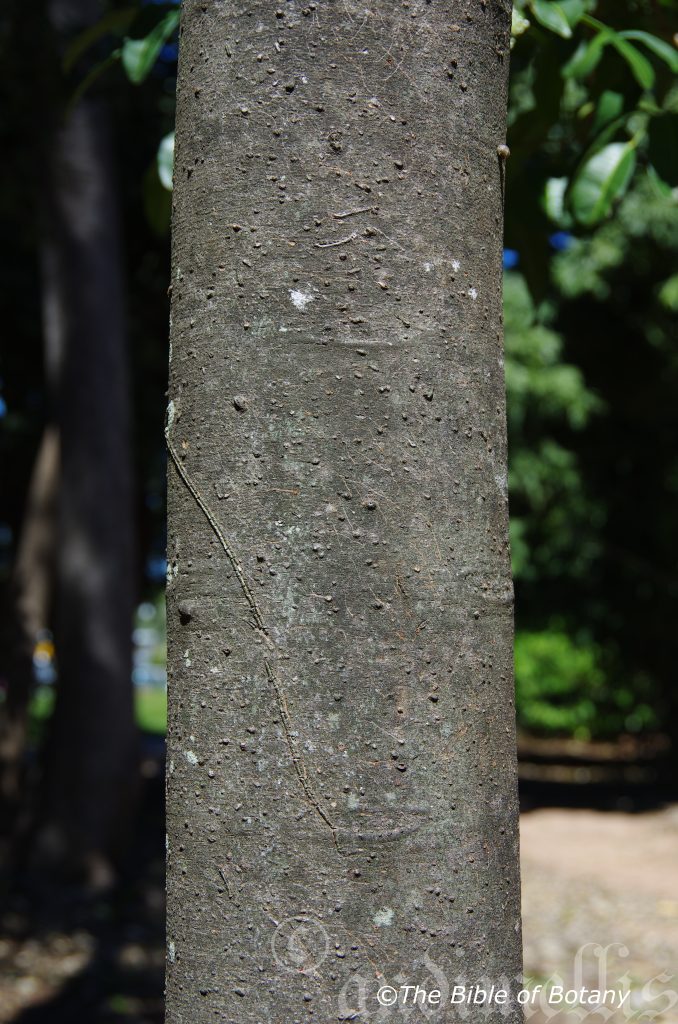
Townsville Qld.
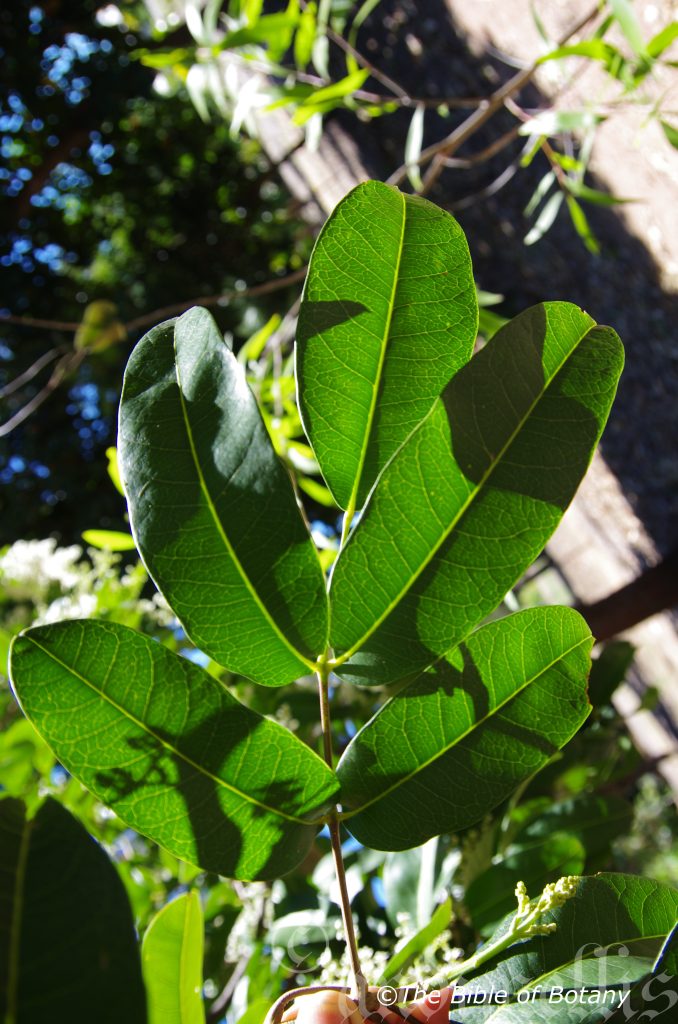
Townsville Qld.
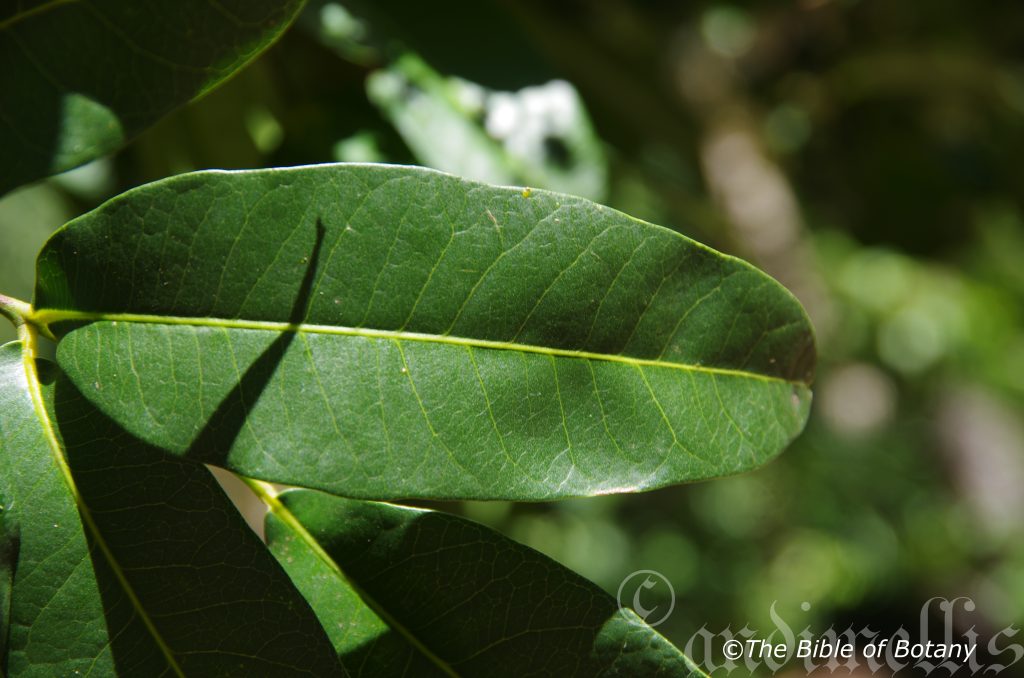
Townsville Qld.
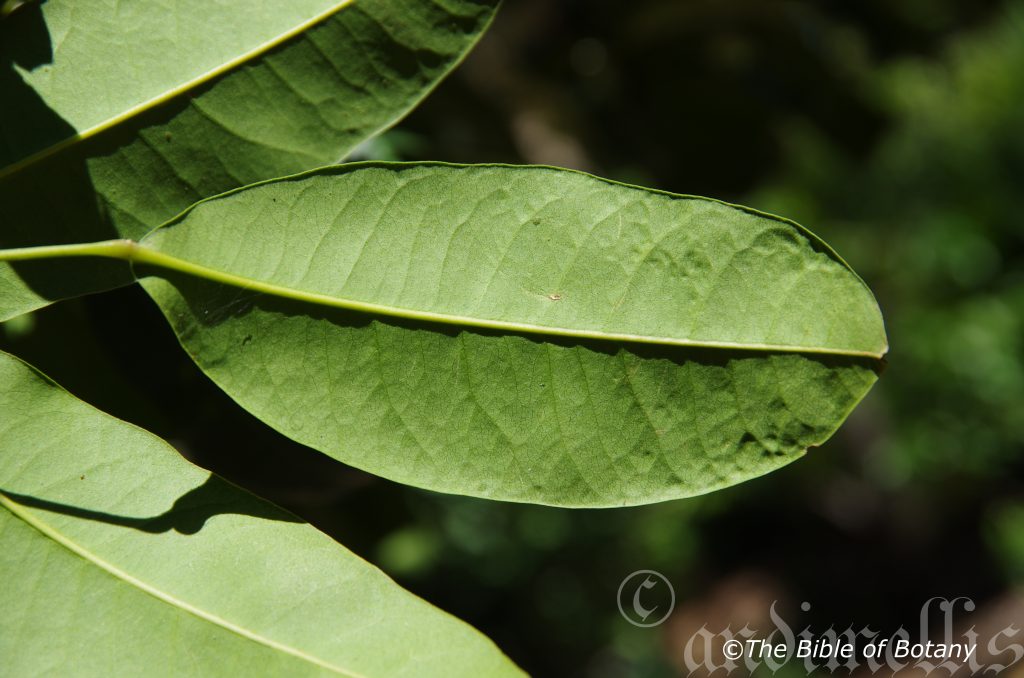
Townsville Qld.
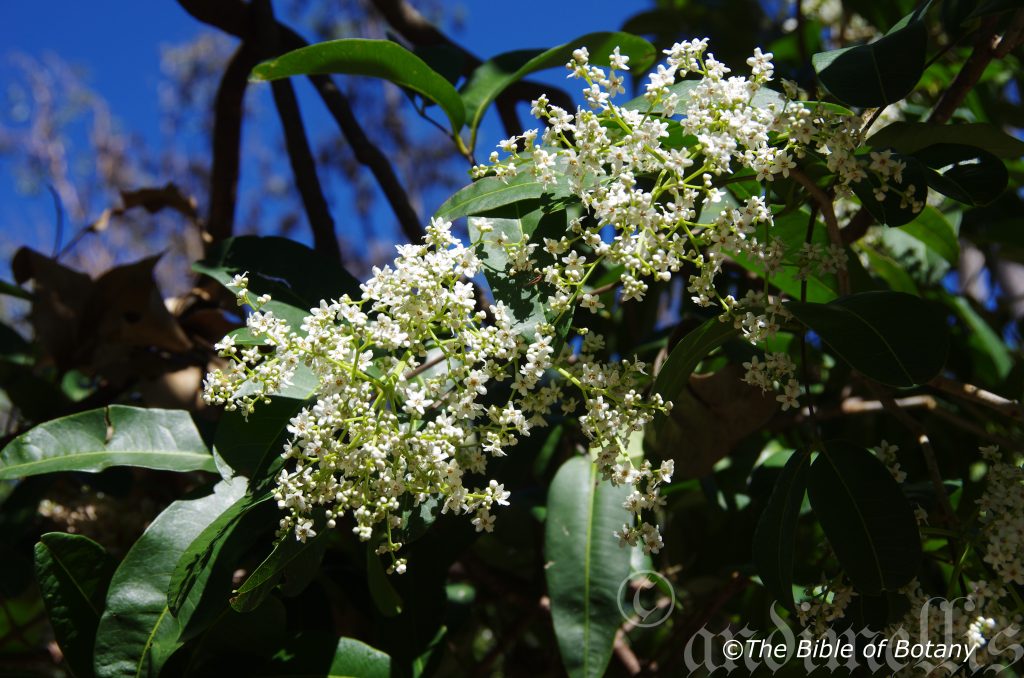
Townsville Qld.
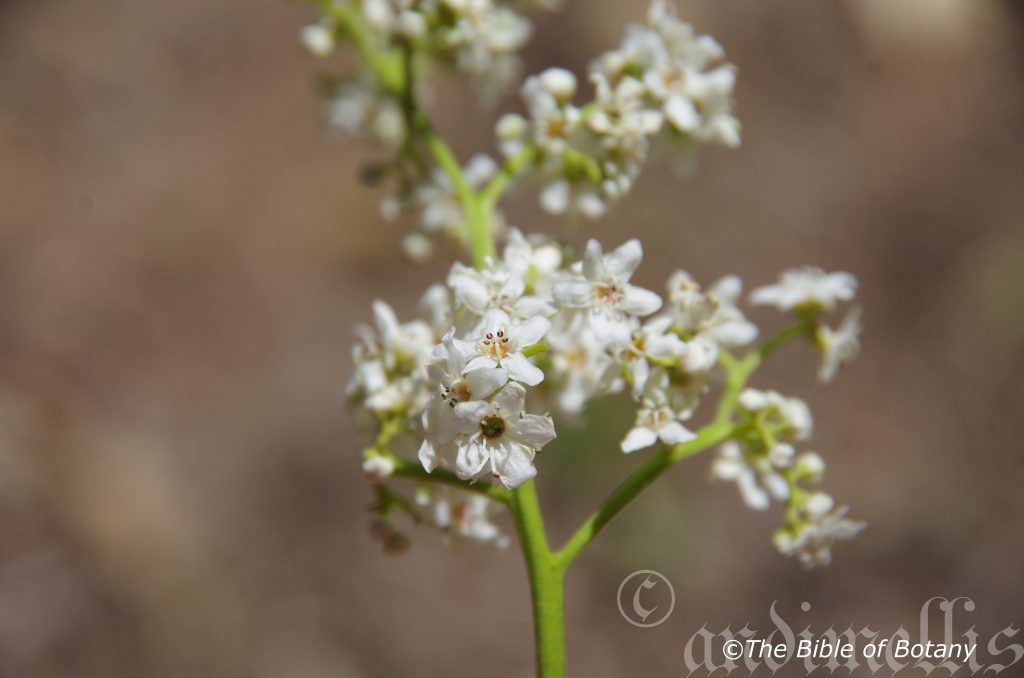
Townsville Qld.
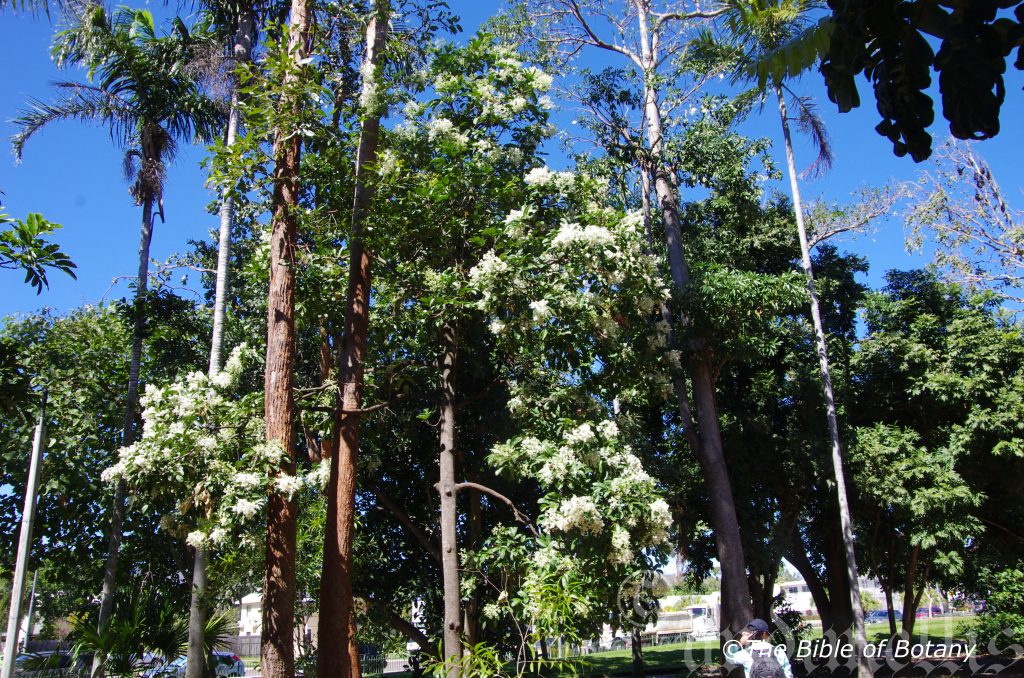
Townsville Qld.
Flindersia brassii
Classification:
Unranked: Eudicots
Unranked: Rosids
Order: Sapindales
Family: Rutaceae
Genus: Is named in after of Mathew Flinders; 1774-1814, who was a British born Australian explorer.
Specie: Is named in honour ofLeonard John Brass; 1900-1971, who was an Australian born American botanist, botanical collector and explorer who was trained in the Queensland herbarium.
Sub specie:
Common Name: Claudie River Scented Maple Hard Scented Maple.
Distribution:
Flindersia brassii is found south from Heathlands Range to Running Creek Nature Refuge on Cape York Peninsula in far north eastern Queensland.
https://avh.ala.org.au/occurrences/search?taxa=Flindersia+brassii#tab_mapView
Habitat Aspect Climate:
Flindersia brassii prefers full to light partial shade. It grows in seasonal rainforests, gallery forests and the transitional zones. The altitude ranges from 5 meters ASL to 550 meters ASL.
The temperatures range from lows of 12 degrees in July to 40 degrees in January.
The rainfalls range from lows of 1800mm to an average of 2200mm annually.
Soil Requirements:
Flindersia brassii prefers better quality fertile sandy loams, fatty sands to light clay loams. The soils are usually derived from decomposed metamorphic rocks, sandstone, shale or granite, accumulated sands and alluvial plains. The soils pH ranges from 6pH to 8pH are preferred. It does not tolerant of waterogged soils. Non saline soils to moderately saline soils are tolerated.
Height & Spread:
Wild Plants: 20m to 30m by 12m to 15m.
Characteristics:
Flindersia brassii grows as a medium spreading tree. Larger trees have a straight trunk without any buttresses. The trunk is pale grey-brown almost white with darker patches. The bark is decorticating in small flaky patches over a long period or throughout the year. The branches are pale grey and scabrous. The new growth of the branchlets is pinkish-grey and glabrous to densely covered in caduceous, short, fawn, pubescent hairs. Juvenile stems are pale green and glabrous or densely covered in fawn pubescent hairs.
The opposite leaves of Flindersia brassii are simple imparipinnate with 3 to 7 leaflets. The pinnules are broad oblanceolate, elliptical or broad obovate and measure 40mm to 80mm in length and 15mm to 37mm in width. The rachis is channelled on the upper surface, while the petioles are pale green and glabrous with the terminal petiole longer than the lateral petioles. The lateral petioles measure 2mm to 6mm in length. The discolourous laminas are deep grass green and glossy on the upper lamina while the lower lamina is paler and dull. The bases are cuneate, while the apexes are obtuse. The margins are entire and curve upwards from the mid vein. The mid vein is strongly prominent on the lower lamina and is distinctly visible from the upper lamina, while the lateral veins are prominent on the lower lamina. New leaves are sparsely covered in short fawn stellate hairs. The numerous oil dots are conspicuous on the lower lamina.
The inflorescences of Flindersia brassii are born as loose terminal compound panicles and are densely covered in short white or fawn pubescent hairs. The fragrant flowers are cream to white. The pale green, obtuse calyxes are densely covered in short white or fawn pubescent hairs and measures 1mm to 1.5mm in length. The 5 elliptic, petals are glabrous and measure 3.5mm to 4mm in length. There is a single ovule on each side of the placenta.
The 5 alternate 5 stamens bear flattened sherical anthers that are sub basifixed. The stamens are attached to the rim of the pale yellow to pale green disc. The sweetly scented flowers appear January.
Flindersia brassii fruits are large oblong woody capsule. The base of the capsule is rounded while the apex is obtuse. The capsules outer surface is echinate and studded with rough points 2mm to 4.5mm in length. The capsules measure 70mm to 110mm in length by 20mm to 40mm in diameter and split longitudinally into 5 compartments.
The seeds are winged at both ends have a terminal radicle and measure 2.5mm to 3mm in diameter and are attached to a long 12mm to 22mm by 3.5mm to 4.5mm broad wing. The capsules turn pale grey-brown as they ripen.
Wildlife:
The flowers of Flindersia brassii are attractive to several different varieties of butterflies and native flies when in flower.
Cultivation:
Flindersia brassii are beautiful small, slow growing, broad spreading trees for medium to large gardens. It is suitable for animal shelters because of its bushy canopy. In cultivation the trees will grow from 8 meters to 10 meters in height by 8 meters to 10 meters in diameter when grown in the open.
It is best used adjacent to small areas of bush close to paths or the house so their sweetly scented flowers can be fully appreciated. It is great placed along long narrow driveways where it will eventually give a canopy over the driveway. Here it can be planted very formally in straight rows.
In small groups of 2 or 3 or as a standalone plant they can create a beautiful park like scene for smaller areas or fill a medium backyard. If it is surrounded by shorter plants with fine foliages and red flowers they will dominate at the center giving height and strength to the bed especially when it is in flower. Remember that the trunk is a beautiful feature of this tree so it must remain exposed so it can be appreciated.
Do not use plants with large leaves as these will be too overpowering and they will blend into each other. Planted with a mass of smaller plants and groundcovers with mixed coloured flowers and foliages will ensure a great display during the winter and spring. For the rest of the year the mosaic of different foliage patterns will be pleasing to the eye. This would be particularly strong, if a mixture of different finer foliages of different colours and textures were incorporated together.
Be sure to plant any plant exactly in the center for a formal look or well off to one side for an informal look. 2 or 3 trees close together on one side looks even more spectacular when just a single plant is placed on the other side to give balance to the picture. Mass plant below so the whole bed is covered for a woodland scene or sparsely plant for an arid scene.
As it develops a crown it is particularly good for growing epiphytic orchids and ferns particularly stags and elk horns.
It would make a very good bonsai plants. Flindersia brassii make good indoor or patio plants as it is slow in growth and maintain a bushy appearance for many years before they trunk up and have to be planted outside.
Propagation:
Seeds: Sow the seeds of Flindersia brassii directly into a seed raising mix. Cover the seeds with 2mm to 3mm of fine sand and place the trays in a warm sunny position. Keep moist but not wet. When the seedlings are 25mm to 50mm tall, prick them out and plant them into 50mm native tubes using a good organic mix.
Once the seedlings reach 200mm to 250mm in height plant them out into their permanent position.
Fertilize using seaweed, fish emulsion or organic chicken pellets soaked in water on an alternate basis. Fertilize every two months until the plants are established then twice annually in early September or March to maintain health, vitality and better flowering.
Further Comments from Readers:
Hi reader, it seems you use The Bible of Botany a lot. That’s great as we have great pleasure in bringing it to you! It’s a little awkward for us to ask, but our first aim is to purchase land approximately 1,600 hectares to link several parcels of N.P. into one at The Pinnacles NSW Australia, but we need your help. We’re not salespeople. We’re amateur botanists who have dedicated over 30 years to saving the environment in a practical way. We depend on donations to reach our goal. If you donate just $5, the price of your coffee this Sunday, We can help to keep the planet alive in a real way and continue to bring you regular updates and features on Australian plants all in one Botanical Bible. Any support is greatly appreciated. Thank you.
In the spirit of reconciliation we acknowledge the Bundjalung, Gumbaynggirr and Yaegl and all aboriginal nations throughout Australia and their connections to land, sea and community. We pay our respect to their Elders past, present and future for the pleasures we have gained.
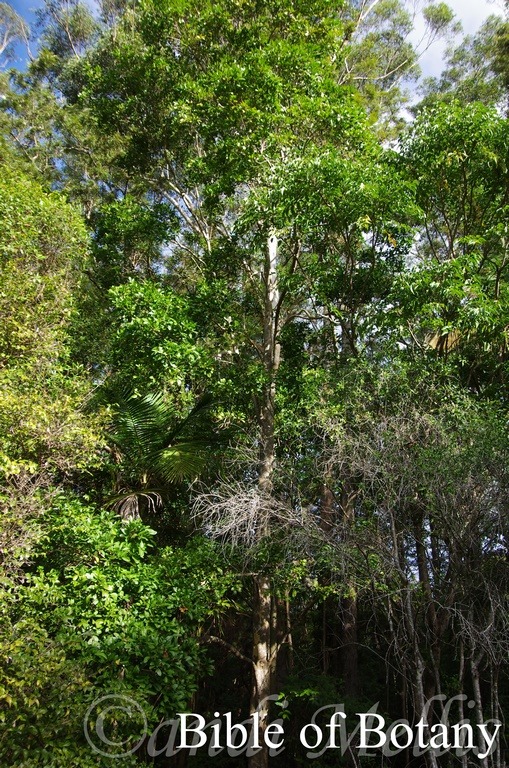
NCBG Coffs Harbour NSW
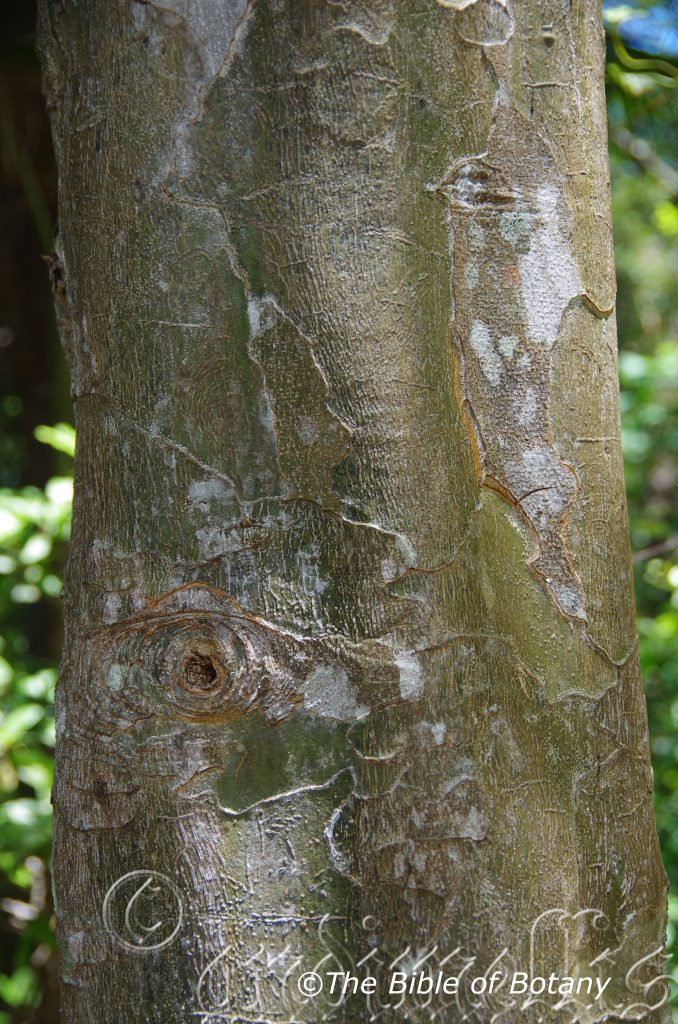
NCBG Coffs Harbour NSW
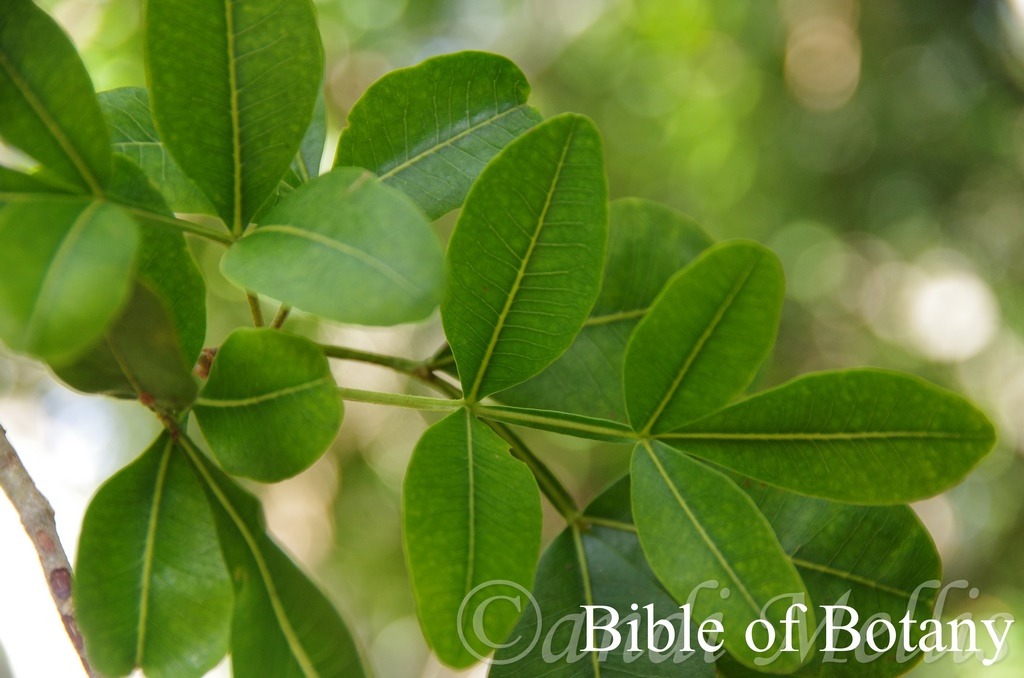
NCBG Coffs Harbour NSW
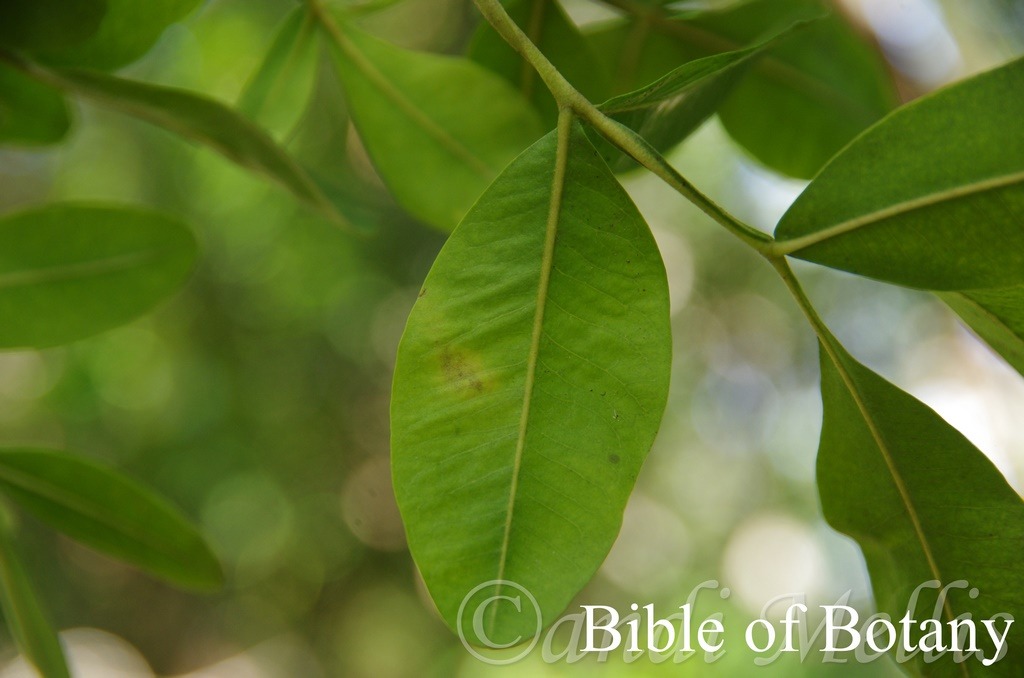
NCBG Coffs Harbour NSW
Flindersia collina
Classification:
Unranked: Eudicots
Unranked: Rosids
Order: Sapindales
Family: Rutaceae
Genus: Is named in after of Mathew Flinders; 1774-1814, who was a British born Australian explorer.
Specie: From Collanum/Collin, which are Latin for hills. It refers to plants, which prefer to grow on hilly terrain.
Sub specie:
Common Name: Broad-leaved leopard tree, Leopard ash, Bastard crow’s ash or Leatherwood.
Distribution:
Flindersia collina is found south from Cape Melville National Park on Cape York Peninsula to of Toonumbar in northern New South Wales. It is found on the Western Slopes, on and east of the Great Dividing Range to the coast.
https://avh.ala.org.au/occurrences/search?taxa=Flindersia+collina#tab_mapView
Habitat Aspect Climate:
Flindersia collina prefers full to light partial shade. It grows adjacent to warm dry rainforests, moist Eucalyptus forests, riverine forests and littoral rainforests on slopes. The altitude ranges from 5 meters ASL to 700 meters ASL.
The temperatures range from lows of 3 degrees in July to 40 degrees in January.
The rainfalls range from lows of 800mm to an average of 2500mm annually.
Soil Requirements:
Flindersia collina prefers better quality fertile sandy loams, fatty sands to light clay loams. The soils are usually derived from decomposed brown basalt, black basalt, metamorphic rocks, sandstone or shale. The soils pH ranges from 5pH to 6pH are preferred. It does not tolerant of waterlogged soils. Non saline soils to moderately saline soils are tolerated.
Height & Spread:
Wild Plants: 30m to 40m by 12m to 15m.
Characteristics:
Flindersia collina grows as a small columular tree. The trunk is pale grey-brown almost white with darker patches. The bark is decorticating in small flaky patches over a long period or throughout the year. The branches are pale grey and scabrous. The new growth of the branchlets is grass green and glabrous to densely covered in fawn stellate hairs. Where hairs are present it is caduceus and quickly turn pale grey. Larger trees have a straight trunk without any buttresses. The new shoots and buds are sparsely covered in short fawn stellate hairs.
Flindersia collina‘s opposite leaves are simple imparipinnate with 3 to 7 leaflets. The pinnules are broad oblanceolate, elliptical or broad obovate and measure 20mm to 90mm in length and 10mm to 45mm in width. The rachis and petioles are winged between the pinnules. This is more pronounced on trees that are on better fertile soils and juvenile trees. The petioles measure 0mm to 3mm in length. The discolourous laminas are deep grass green and glossy on the upper lamina while the lower lamina is paler and dull. The base is cuneate-rounded to rounded and attenuate while the apex is obtuse with an emarginated tip. The margins are entire and flat or slightly recurved near the margin. The mid vein is slightly prominent on the lower lamina and is distinctly visible from the upper lamina. New leaves are sparsely covered in short fawn stellate hairs.
The inflorescences of Flindersia collina are born as loose terminal compound panicles. The fragrant flowers are cream to white. The rachis measures 30mm to 75mm in length by 120mm to 170mm in diameter. The grass green calyx measures 0.5mm to 1mm in length. The calyx is sparsely covered in short fawn stellate hairs. The 5 oblong petals measure 4mm to 5mm in length by 1.5mm to 2mm in width. It is glabrous to sparsely covered in white hirtellous hairs
The 5 stamens are alternating with 5 staminodes. The filaments bear round creamy yellow anthers. The stamens are attached to the rim of the pale yellow to pale green disc. The filaments measure 1.5mm to 2mm in length while the anthers measure 0.5mm in diameter. The style measures 1.5mm to 2mm in length. The sweetly scented flowers appear from September to November in the north but flowering can occur outside the normal season if weather conditions dictate.
Flindersia collina‘s fruits are large oblong woody capsule. The base of the capsule is rounded while the apex is obtuse. The capsules are densely covered in echinate spines. The capsules measure 30mm to 50mm in length by 18mm to 30mm in diameter. The capsules split longitudinally revealing 5 canoe shape compartments. There are 4 samaras in each compartment. The seeds measures 2.5mm to 3mm in diameter and are attached to a long 12mm to 22mm by 3.5mm to 4.5mm broad wing. The capsules turn pale grey-brown as they ripen.
Wildlife:
The flowers of Flindersia collina are attractive to several different varieties of butterflies and native flies.
Cultivation:
Flindersia collina are beautiful small, slow growing, and broad spreading trees for medium to large gardens. It is suitable for animal shelters because of its bushy canopy. In cultivation the trees will grow from 8 meters to 10 meters in height by 8 meters to 10 meters in diameter when grown in the open.
It is best used adjacent to small areas of bush close to paths or the house so their sweetly scented flowers can be fully appreciated. It is great placed along long narrow driveways where they will eventually give a canopy over the driveway. Here it can be planted very formally in straight rows.
In small groups of 2 or 3 or as a standalone plant they can create a beautiful park like scene for smaller areas or fill a medium backyard. If it is surrounded by shorter plants with fine foliages and red flowers they will dominate at the center giving height and strength to the bed especially when it is in flower. Remember that the trunk is a beautiful feature of this tree so it must remain exposed so it can be appreciated.
Do not use plants with large leaves as these will be too overpowering and they will blend into each other. Planted with a mass of smaller plants and groundcovers with mixed coloured flowers and foliages will ensure a great display during the winter and spring. For the rest of the year the mosaic of different foliage patterns will be pleasing to the eye. This would be particularly strong, if a mixture of different finer foliages of different colours and textures were incorporated together.
Be sure to plant any plant exactly in the center for a formal look or well off to one side for an informal look. 2 or 3 trees close together on one side looks even more spectacular when just a single plant is placed on the other side to give balance to the picture. Mass plant below so the whole bed is covered for a woodland scene or sparsely plant for an arid scene.
As they develop a crown it is particularly good for growing epiphytic orchids and ferns particularly stags and elk horns.
It would make a very good bonsai plants. Flindersia collina make good indoor or patio plants as it is slow in growth and maintain a bushy appearance for many years before they trunk up and have to be planted outside.
Propagation:
Seeds: Sow Flindersia collina‘s seed directly into a seed raising mix. Cover the seeds with 2mm to 3mm of fine sand and place the trays in a warm sunny position. Keep moist but not wet. When the seedlings are 25mm to 50mm tall, prick them out and plant them into 50mm native tubes using a good organic mix.
Once the seedlings reach 200mm to 250mm in height plant them out into their permanent position.
Fertilize using seaweed, fish emulsion or organic chicken pellets soaked in water on an alternate basis. Fertilize every two months until the plants are established then twice annually in early September or March to maintain health, vitality and better flowering.
Further Comments from Readers:
Hi reader, it seems you use The Bible of Botany a lot. That’s great as we have great pleasure in bringing it to you! It’s a little awkward for us to ask, but our first aim is to purchase land approximately 1,600 hectares to link several parcels of N.P. into one at The Pinnacles NSW Australia, but we need your help. We’re not salespeople. We’re amateur botanists who have dedicated over 30 years to saving the environment in a practical way. We depend on donations to reach our goal. If you donate just $5, the price of your coffee this Sunday, We can help to keep the planet alive in a real way and continue to bring you regular updates and features on Australian plants all in one Botanical Bible. Any support is greatly appreciated. Thank you.
In the spirit of reconciliation we acknowledge the Bundjalung, Gumbaynggirr and Yaegl and all aboriginal nations throughout Australia and their connections to land, sea and community. We pay our respect to their Elders past, present and future for the pleasures we have gained.
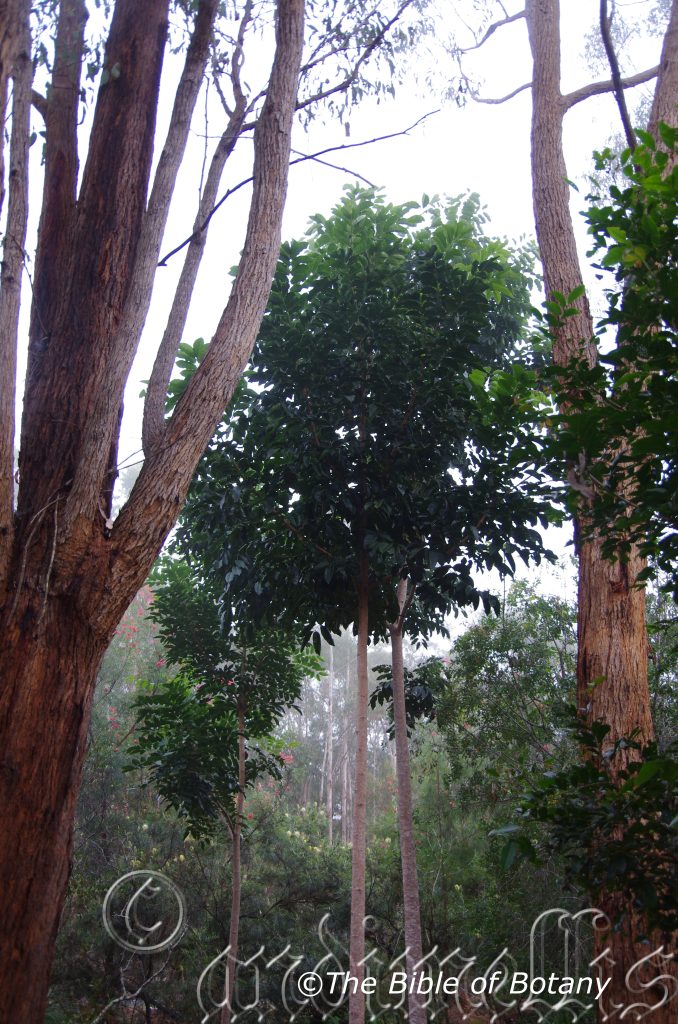
Author’s Garden The Pinnacles NSW
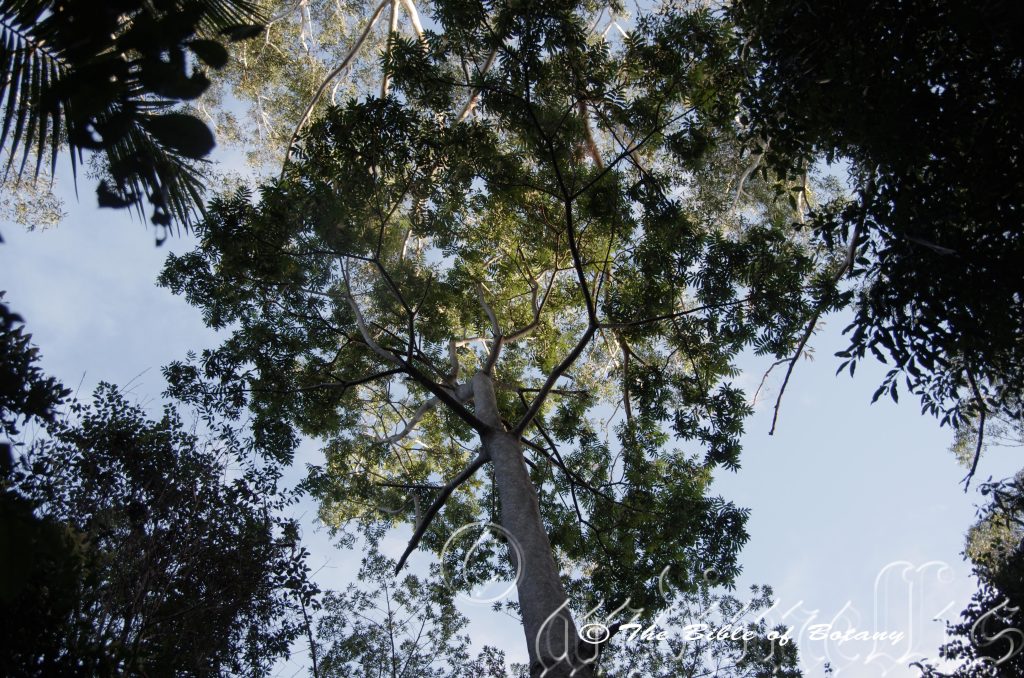
Woolgoolga NSW
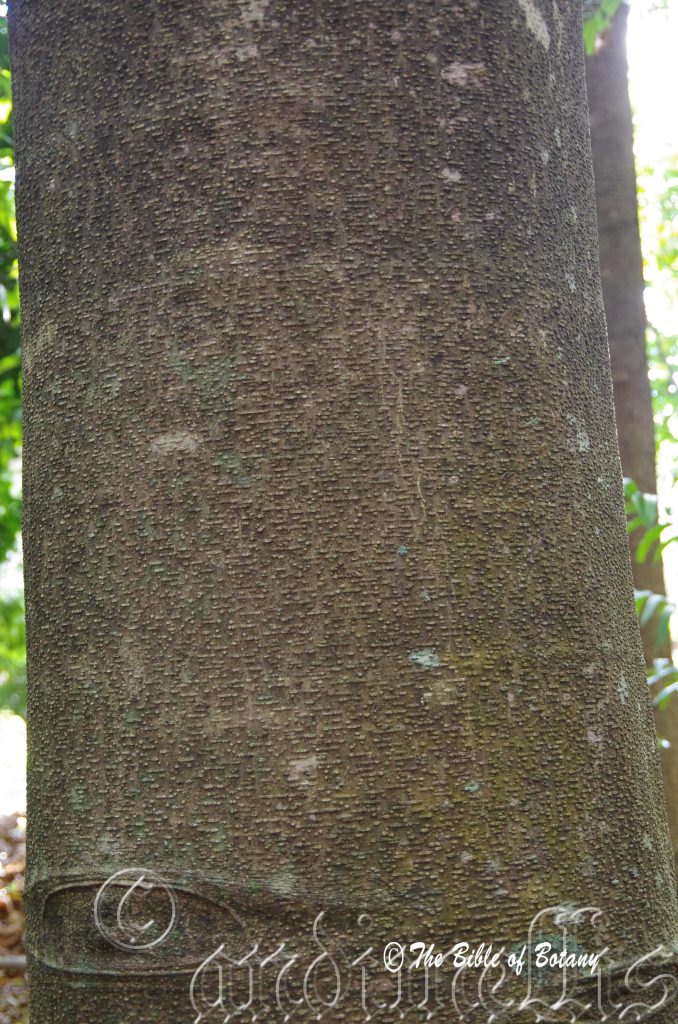
NCBG Coffs Harbour NSW
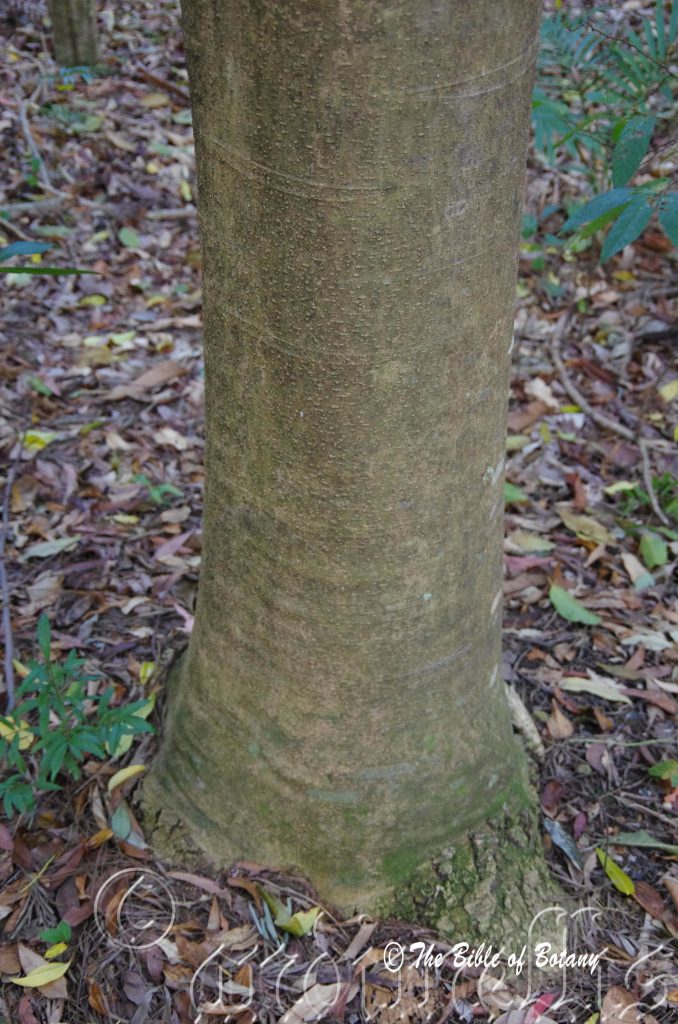
Woolgoolga NSW
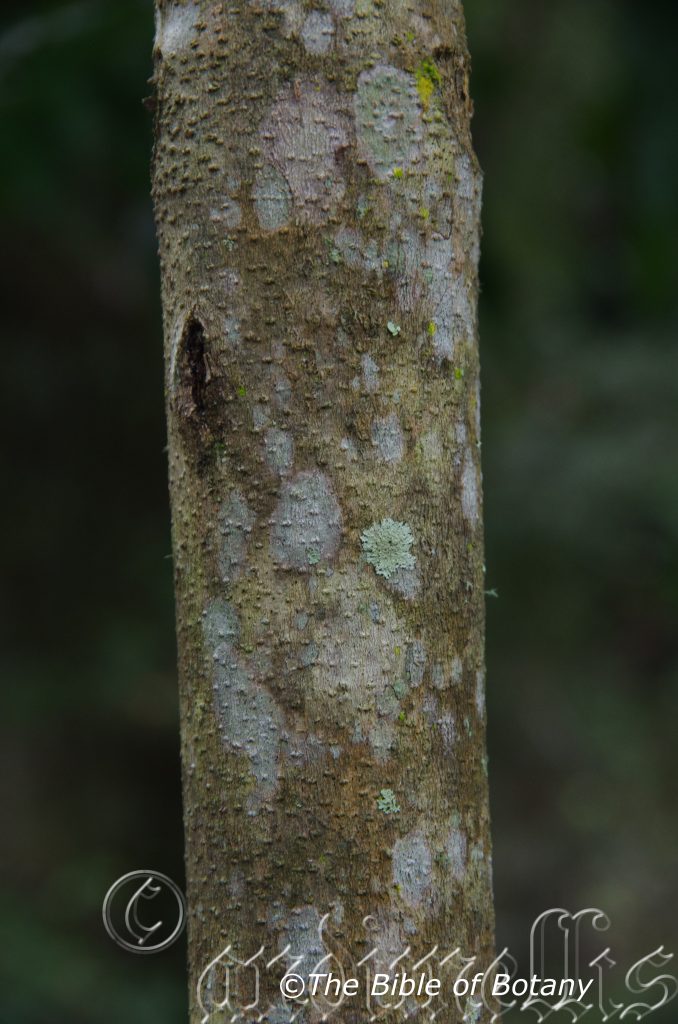
LBG Lismore NSW
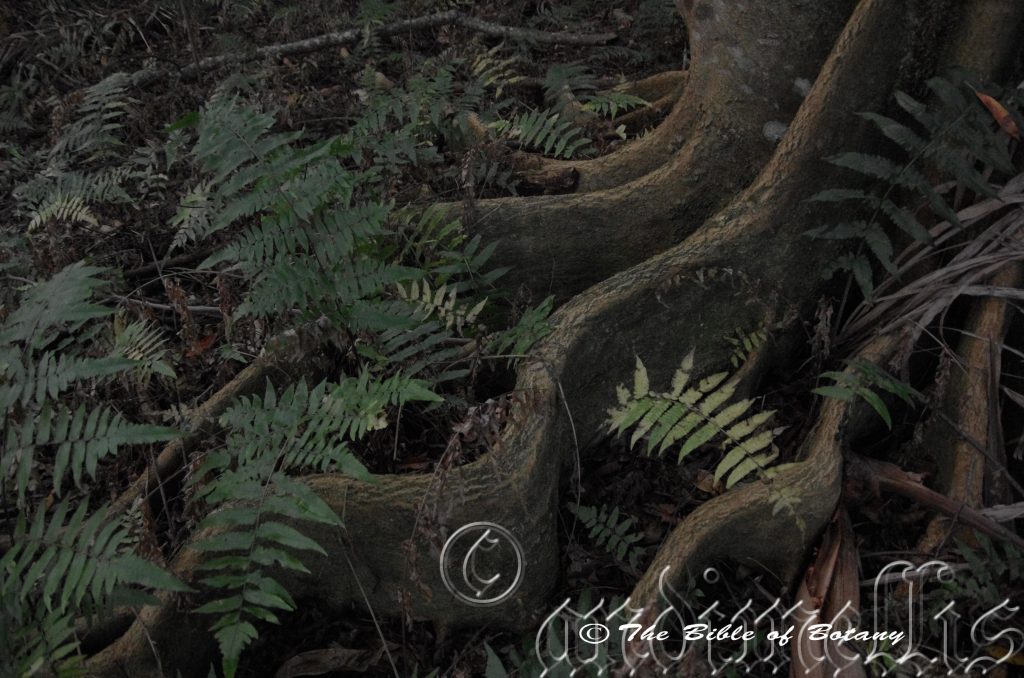
Woolgoolga NSW
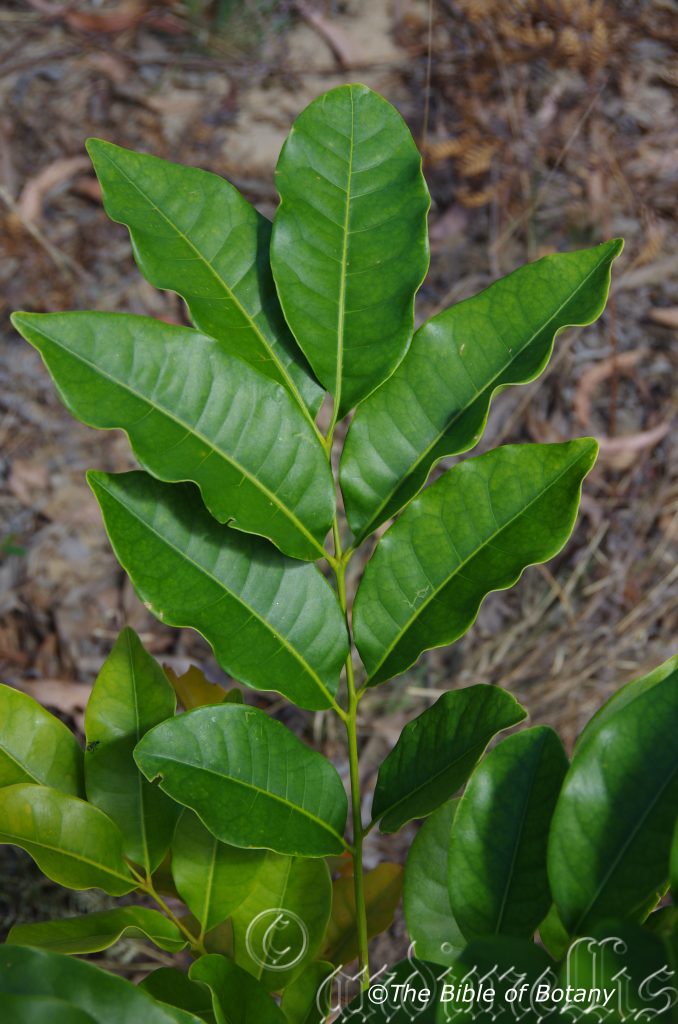
Author’s Garden The Pinnacles NSW
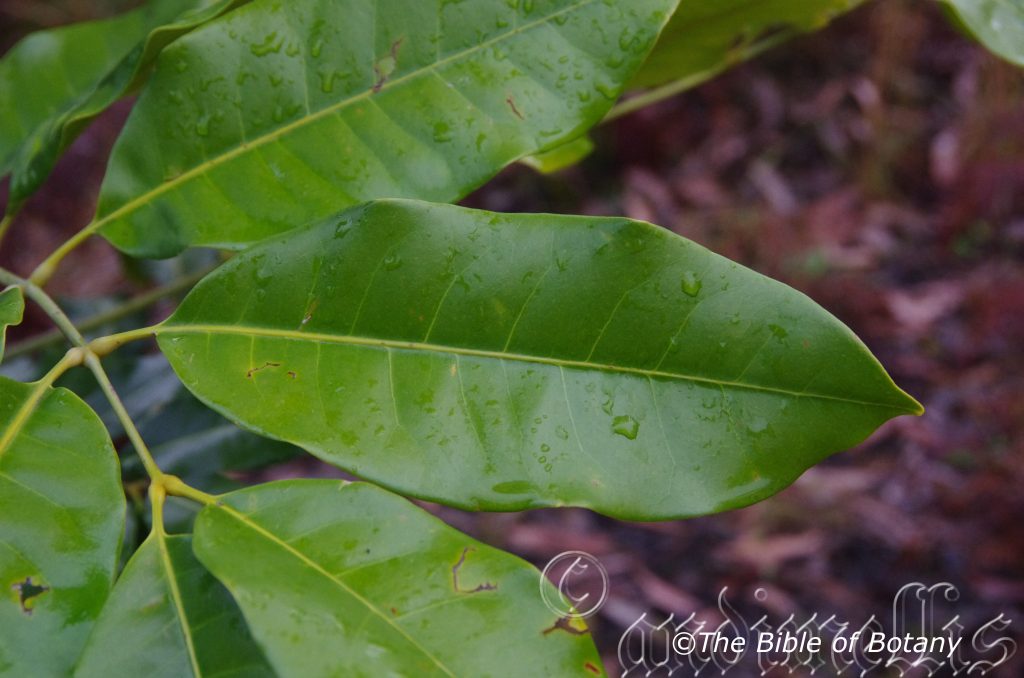
Author’s Garden The Pinnacles NSW
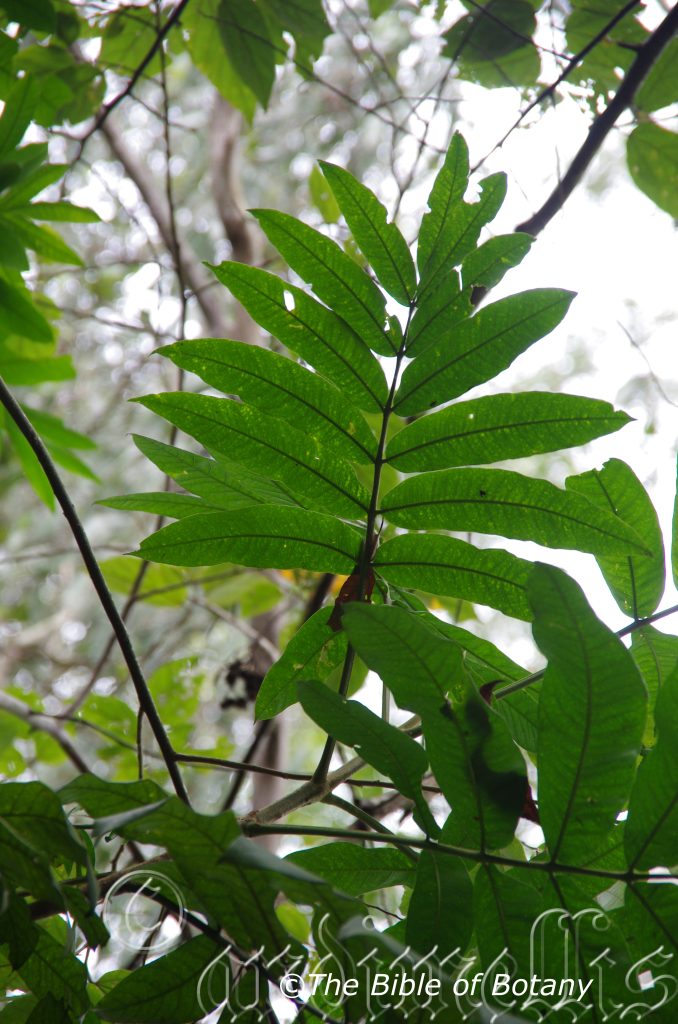
LBG Lismore NSW
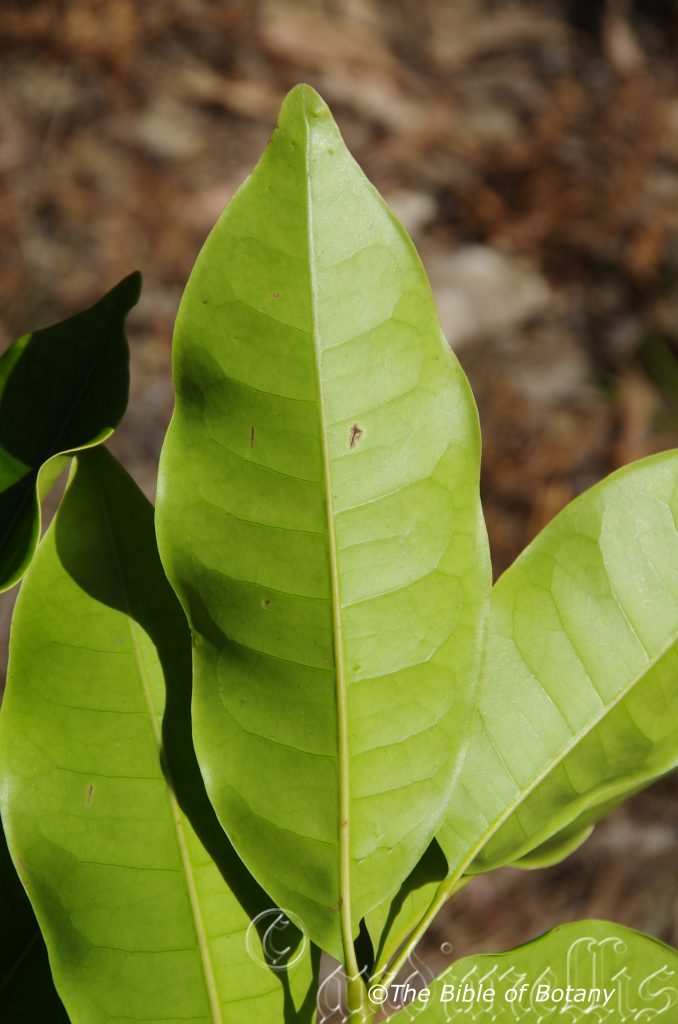
Author’s Garden The Pinnacles NSW
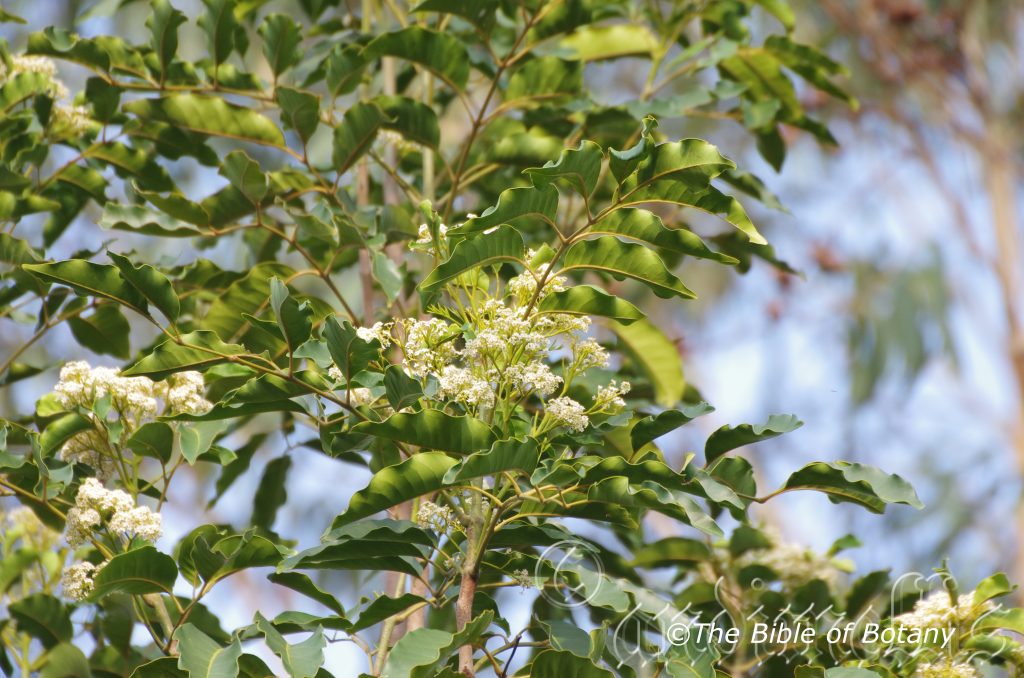
Author’s Garden The Pinnacles NSW
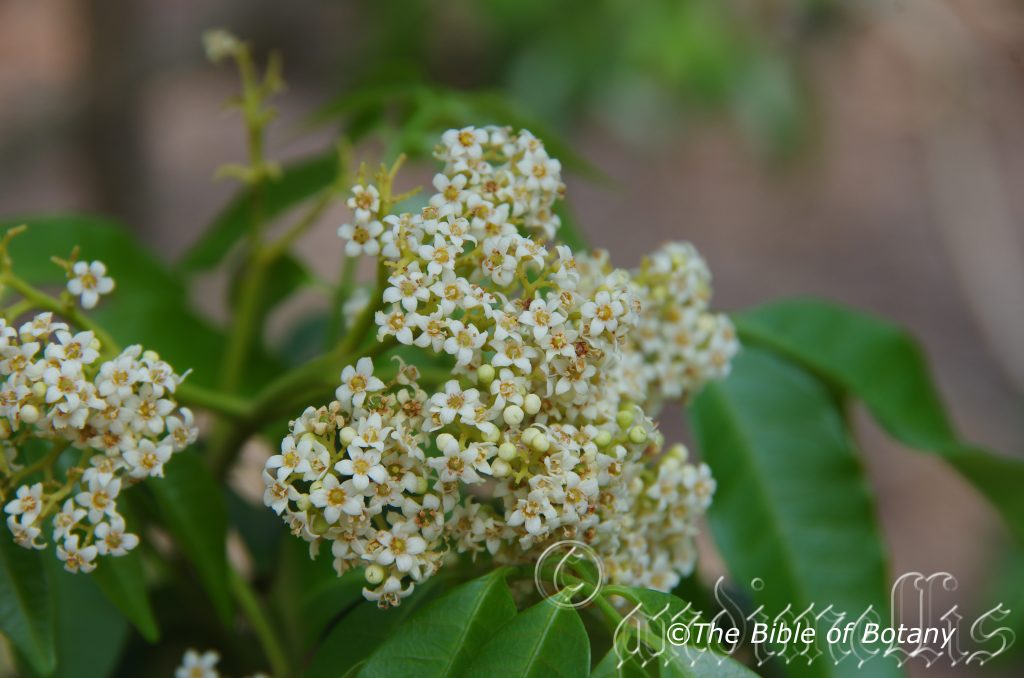
Author’s Garden The Pinnacles NSW
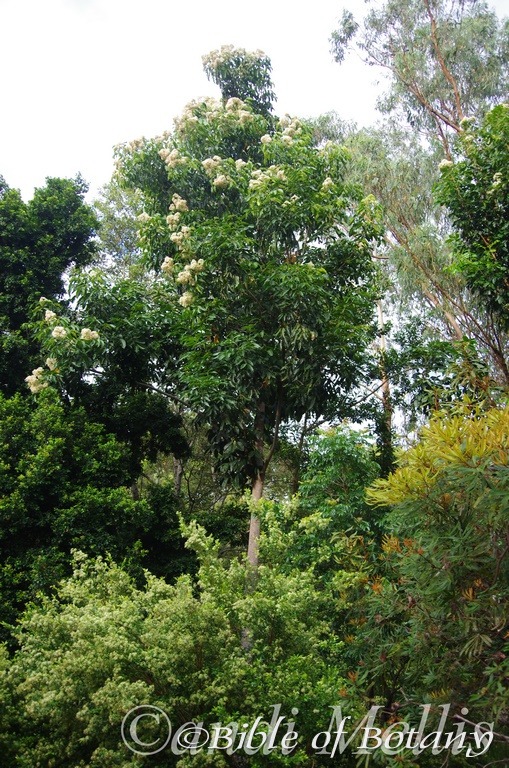
Author’s Garden The Pinnacles NSW
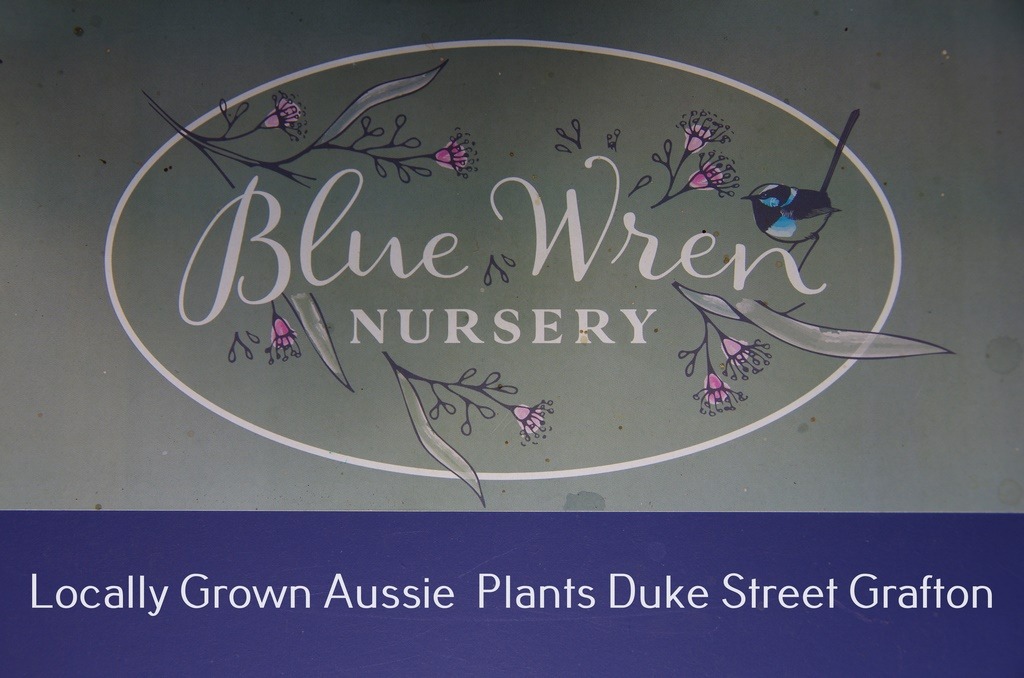

Flindersia schottiana
Classification
Unranked: Eudicots
Unranked: Rosids
Order: Sapindales
Family: Rutaceae
Genus: Is named after of Mathew Flinders; 1774-1814, who was a British born Australian explorer.
Specie: Is named in honour of Heinrich Wilhelm Schott; 1794-1865, who was an Australian botanist who worked extensively in Brazil and dedicated his studies to the Aracaea family being the first person to systematically categorize it.
Sub specie:
Common Name: Cudgerie or Bumpy Ash or Southern Silver Ash.
Distribution:
Flindersia schottiana is found south from the tip of Cape York Peninsula in far north Queensland to Frederickton on the Macleay River in central coastal New South Wales. It is found east of the Great Dividing Range.
https://avh.ala.org.au/occurrences/search?taxa=Flindersia+schottiana#tab_mapView
Habitat Aspect Climate:
Flindersia schottiana prefer full to light partial shade. It grows in littoral rainforests and low land well developed sub-tropical rainforests and well developed tropical rain forests. The altitude ranges from 5 meters ASL to 1050 meters ASL.
The temperatures range from lows of 2 degrees in July to 36 degrees in January.
The rainfalls range from lows of 1000mm to an average of 3000mm annually.
Soil Requirements:
Flindersia schottiana prefer sandy loams to light sandy clays. The soils are derived from decomposed sandstones or accumulated sands. It is usually found on flats in littoral rainforests or warm sub-tropical rainforests. The soils pH ranges from 5pH to 6.5pH. It does not tolerate waterlogged soils. Non saline soils to moderately saline soils are tolerated.
Height & Spread:
Wild Plants: 35m to 50m by 12m to 18m.
Characteristics:
Flindersia schottiana grows as a large tree. The trunk is grey-brown almost white with darker patches. The branches are pale grey and scabrous. The new growth of the branchlets is grass green and glabrous to covered in fawn stellate hairs. Larger trees have a straight trunk without any buttresses.
Flindersia schottiana‘s opposite leaves are simple imparipinnate with 7 to 19 leaflets. The pinnules are narrow elliptical or oblong and slightly falcate. The leaflets measure 60mm to 220mm in length by 15mm to 63mm in width. The asymmetrical bases are cuneate to tapering broadly rounded or at times cordate while the apexes are acute to acuminate.
The discolourous laminas are deep green, glabrous and semi glossy on the upper laminas while the lower laminas are paler, dull and glabrous or covered in pale fawn puberulent hairs. The petiole, rachis and petiolules are grass-green and glabrous or sparsely covered in soft fawn puberulent hairs. The petioles measure 40mm to 60mm in length while the rachises measure 60mm to 150mm in length and the petiolules measure 0mm to 3mm in length. The laminas are flat to slightly recurved from the mid-vein to the margins and decurve slightly downwards near the apexes while the margins are entire. The mid vein is prominent while the 15 to 30 lateral veins are slightly prominent on the lower lamina and are distinctly visible on the upper lamina being a lemon-green.
Immature trees leaves are much larger and usually moderately covered in fawn stellate and puberulent hairs.
The inflorescences of Flindersia schottiana are born as loose terminal compound panicles. The panicles measure 200mm to 400mmin length. The 5 grass green calyxes are covered in fawn stellate hairs externally and are glabrous internally and measures 1mm to 1.5mm in length. The 5 oblong white petals are sparsely covered in fawn stellate hairs externally, are glabrous internally and measure 4mm to 6mm in length by 1.5mm to 2mm in width.
The 5 stamens are alternating with 5 staminodes. The filaments bear round creamy yellow anthers. The stamens are attached to the rim of the pale yellow to pale green disc. The filaments measure 1.5mm to 2mm in length while the anthers measure 0.5mm in diameter. The style measures 1.5mm to 2mm in length. The sweetly fragrant flowers appear from November to December.
Flindersia schottiana’s fruits are large oblong woody capsule. The base of the capsule is rounded while the apex is obtuse. The capsules are densely covered in large muricate lumps. The capsules measure 80mm to 130mm in length by 26mm to 55mm in diameter. The capsules split longitudinally revealing 5 canoe shape compartments. There are 4 to 10 samaras in each compartment. The flattened seeds measures 9mm to 12mm in length by 8mm to 10mm in width diameter and are attached to a thin chartaceous wing at each end that measure 20mm to 30mm in length by 7mm to 10mm in width. The capsules turn deep grey-brown as they ripen.
Wildlife:
The flowers of Flindersia schottiana are attractive to several different varieties of butterflies, native bees, native hover flies and pollen flies when in flower. The fruits are eaten by the Sulphur Crested Cockatoos (Cacatua galerita), the Yellow Tailed Cockatoo (Calyptorhynchus funereus) and probably other large cockatoos.
Cultivation:
Flindersia schottiana are beautiful large, slow growing, narrow or broad spreading trees for medium to large gardens. It is suitable for animal shelters because of its bushy canopy. In cultivation the trees will grow from 20 meters to 25 meters in height by 20 meters to 35 meters in diameter when grown in the open or narrower when grown as a rainforest tree.
It is best used in areas of bush away from paths or the house so their sweetly scented flowers can be viewed. It is great placed along long narrow driveways where it will eventually give a canopy over the driveway. Here it can be planted very formally in straight rows.
In small groups of 2 or 3 or as a stand alone trees it can create a beautiful park like scene for smaller areas or to fill larger backyards. If it is surrounded by shorter plants with fine foliages and red flowers it will certainly dominate at the center giving height and strength to the area especially when it is in flower. Remember that the trunk is a beautiful feature of this tree so it can be appreciated more readily when in a rainforest garden.
Do not use plants with large leaves as these will be too overpowering and they will blend into each other. Planted with a mass of smaller plants and groundcovers with mixed coloured flowers and foliages will ensure a great display during the winter and spring. For the rest of the year the mosaic of different foliage patterns will be pleasing to the eye. This would be particularly strong, if a mixture of different finer foliages of different colours and textures were incorporated together.
Be sure to plant any plant exactly in the center for a formal look or well off to one side for an informal look. 2 or 3 trees close together on one side looks even more spectacular when just a single plant is placed on the other side to give balance to the picture. Mass plant below so the whole bed is covered for a woodland scene or sparsely plant for an arid scene.
As it develops a crown it is particularly good for growing epiphytic orchids and ferns particularly stags and elk horns.
It makes a very good bonsai plants. Flindersia collina make good indoor or patio plants as it is slower in growth and maintain a bushy appearance for many years before it trunks up and have to be planted outside therefore I believe Flindersia schottiana will respond similarly.
Propagation:
Seeds: Sow Flindersia schottiana‘s seed directly into a seed raising mix. Cover the seeds with 2mm to 3mm of fine sand and place the trays in a warm sunny position. Keep moist but not wet. When the seedlings are 25mm to 50mm tall, prick them out and plant them into 50mm native tubes using a good organic mix.
Once the seedlings reach 200mm to 250mm in height plant them out into their permanent position.
Fertilize using seaweed, fish emulsion or organic chicken pellets soaked in water on an alternate basis. Fertilize every two months until the plants are established then twice annually in early September or March to maintain health, vitality and better flowering.
Further Comments from Readers:
Hi reader, it seems you use The Bible of Botany a lot. That’s great as we have great pleasure in bringing it to you! It’s a little awkward for us to ask, but our first aim is to purchase land approximately 1,600 hectares to link several parcels of N.P. into one at The Pinnacles NSW Australia, but we need your help. We’re not salespeople. We’re amateur botanists who have dedicated over 30 years to saving the environment in a practical way. We depend on donations to reach our goal. If you donate just $5, the price of your coffee this Sunday, We can help to keep the planet alive in a real way and continue to bring you regular updates and features on Australian plants all in one Botanical Bible. Any support is greatly appreciated. Thank you.
In the spirit of reconciliation we acknowledge the Bundjalung, Gumbaynggirr and Yaegl and all aboriginal nations throughout Australia and their connections to land, sea and community. We pay our respect to their Elders past, present and future for the pleasures we have gained.
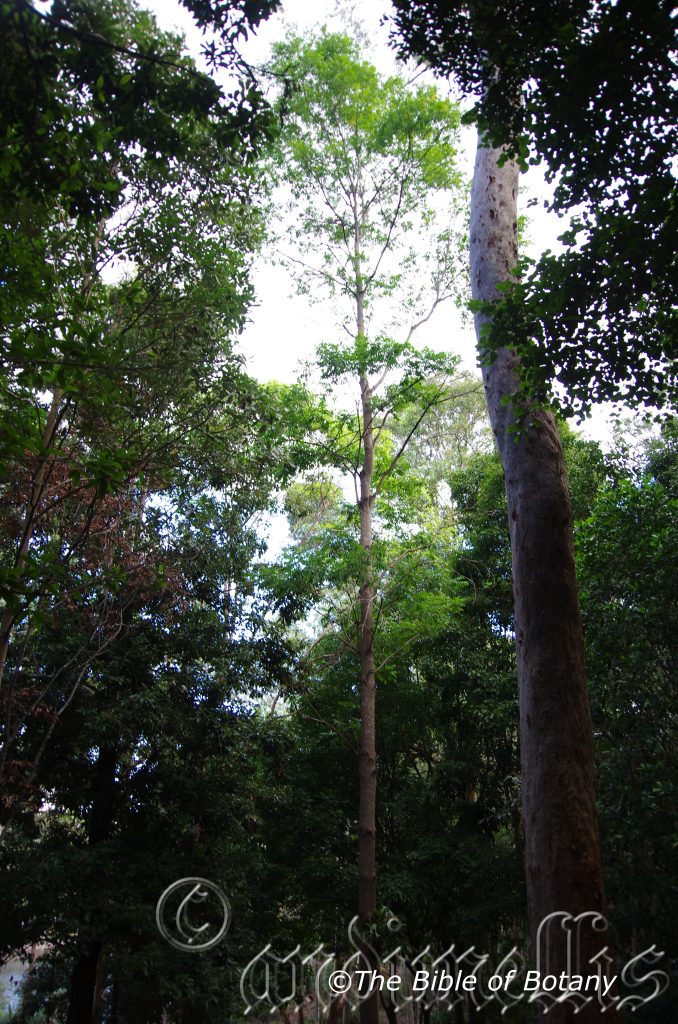
NCBG Coffs Harbour NSW
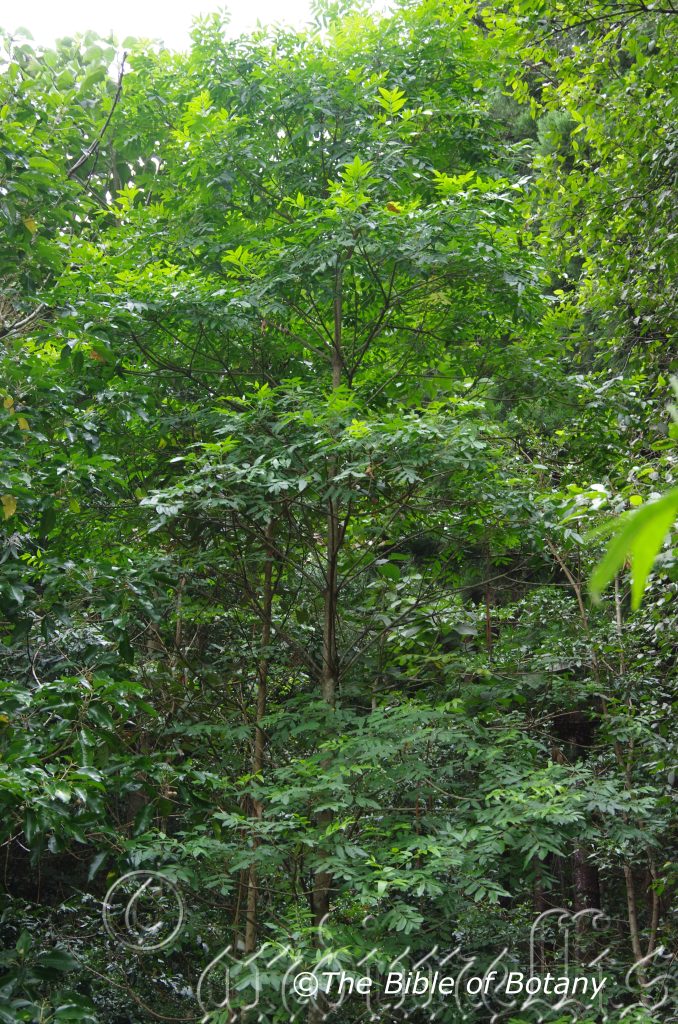
LBG Lismore NSW
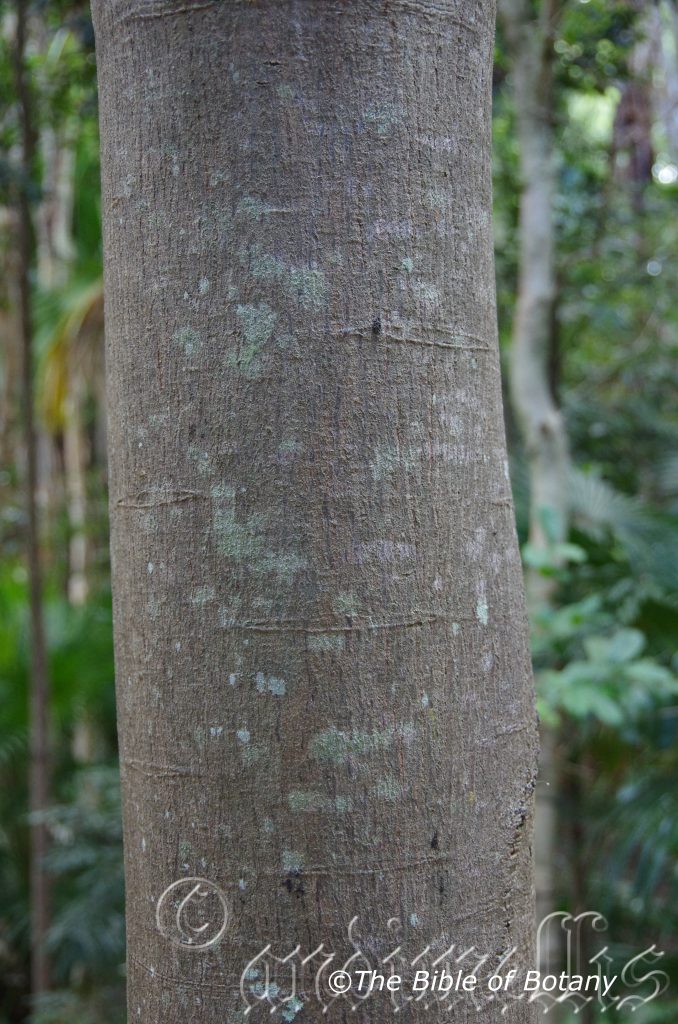
NCBG Coffs Harbour NSW
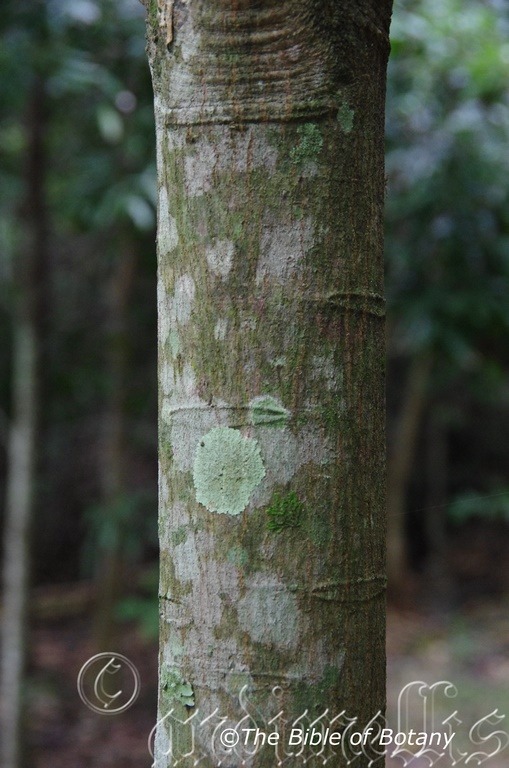
LBG Lismore NSW
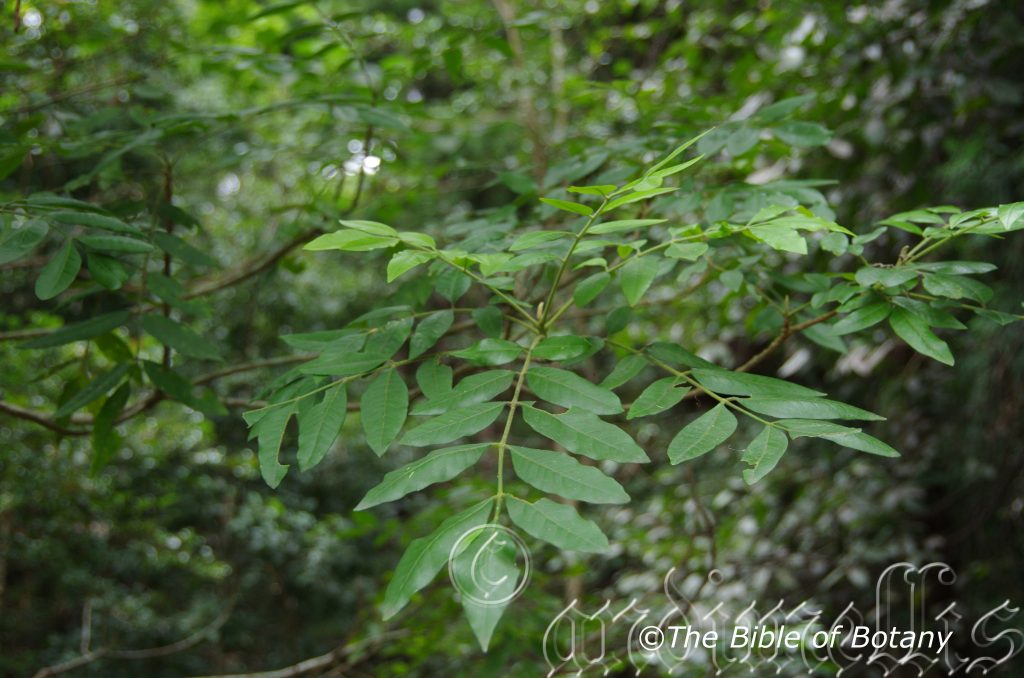
LBG Lismore NSW
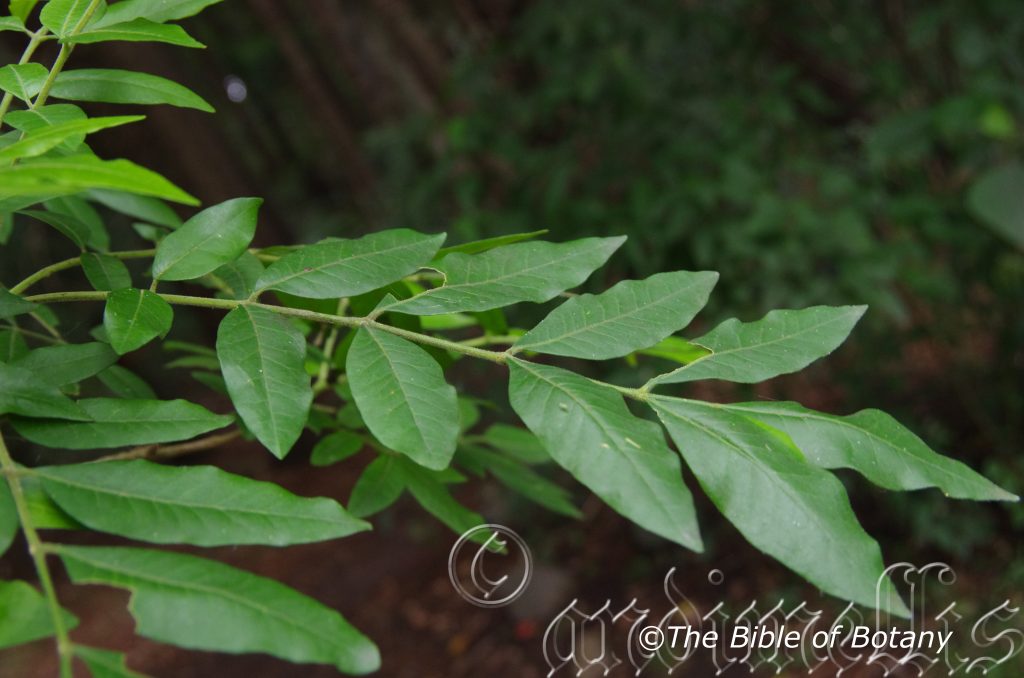
LBG Lismore NSW
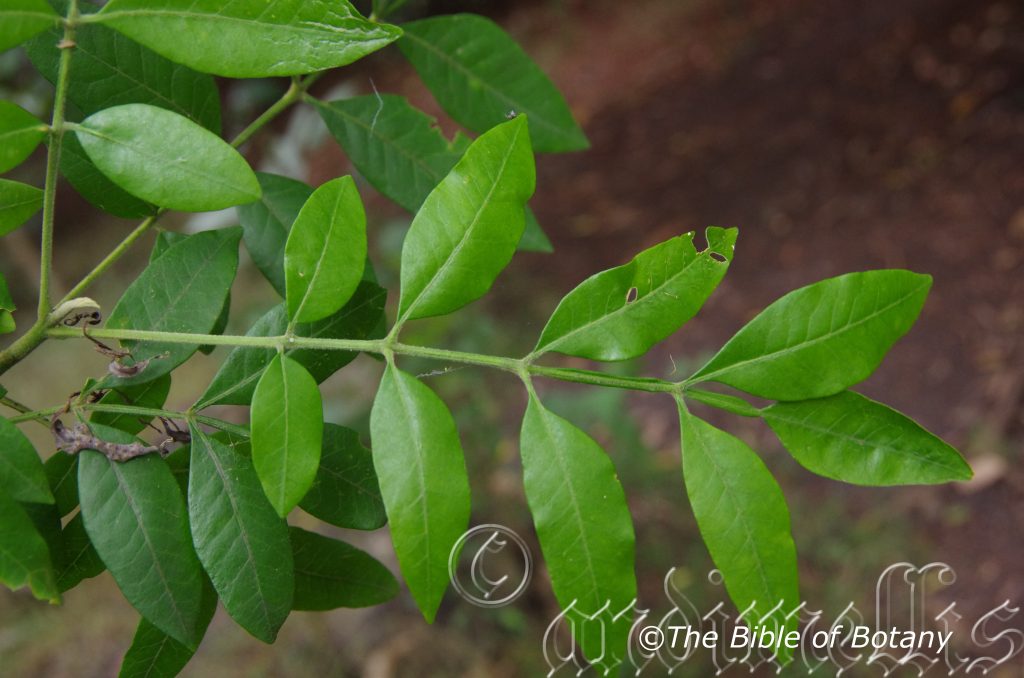
LBG Lismore NSW
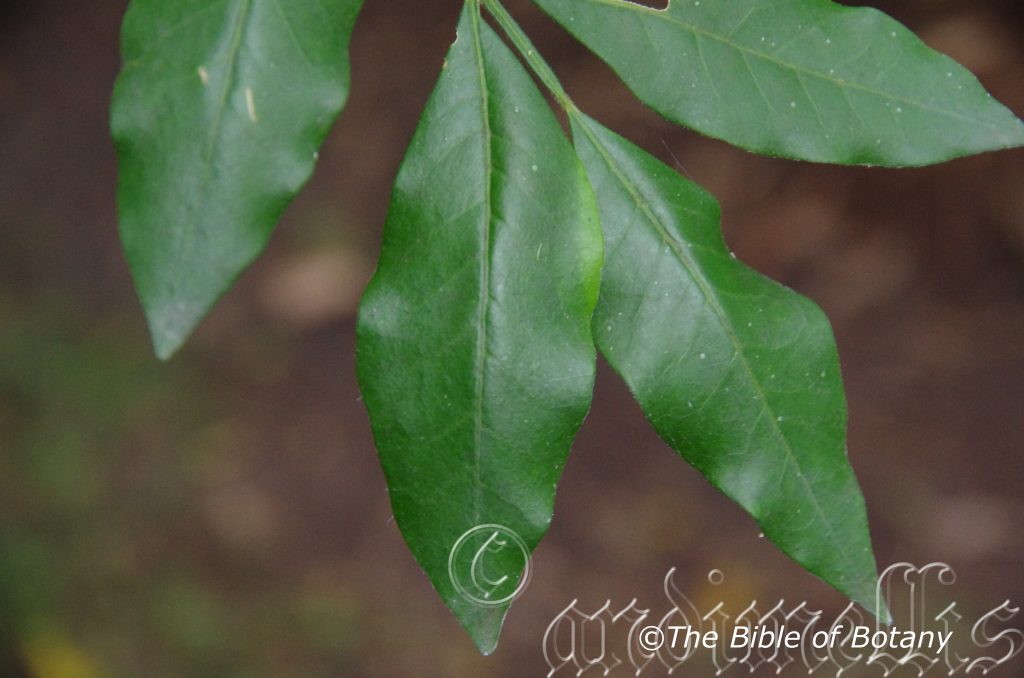
LBG Lismore NSW
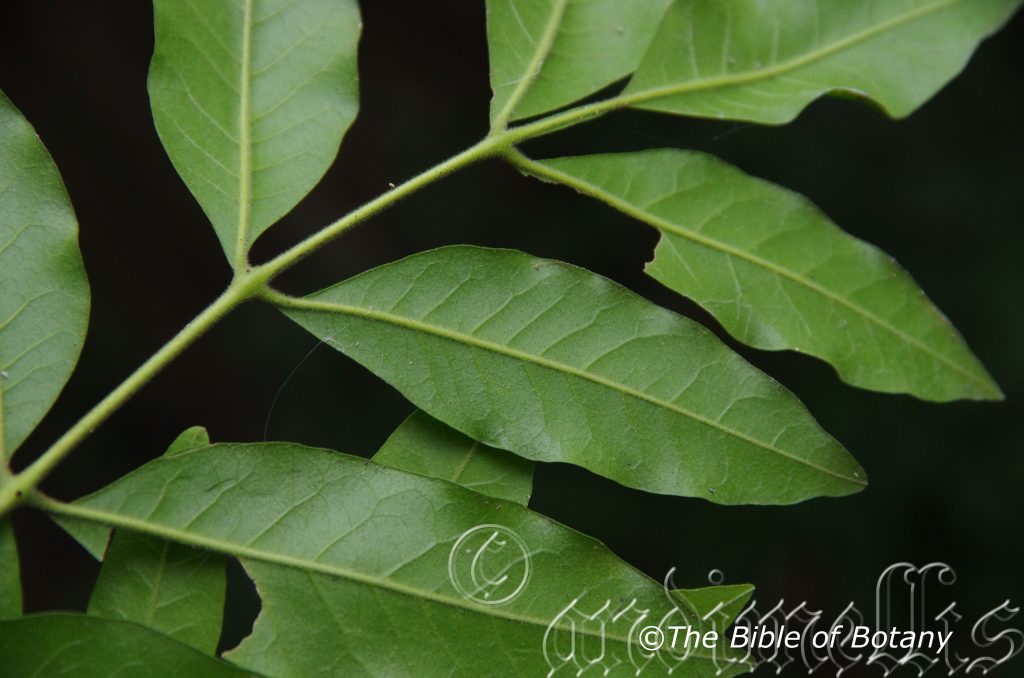
LBG Lismore NSW
Flindersia xanthoxyla
Classification
Unranked: Eudicots
Unranked: Rosids
Order: Sapindales
Family: Rutaceae
Genus: Is named after Mathew Flinders; 1774-1814, who was a British born Australian explorer.
Specie: Is named in honour of Heinrich Wilhelm Schott; 1794-1865, who was an Australian botanist who worked extensively in Brazil and dedicated his studies to the Aracaea family being the first person to systematically categorize it.
Sub specie:
Common Name: Yellow Leatherwood or Jackwood.
Distribution:
Flindersia xanthoxyla is found south from Gympie in south east Queensland to the Richmond River in northern coastal New South Wales. It is found east of the Great Dividing Range.
https://avh.ala.org.au/occurrences/search?taxa=Flindersia+xanthoxla#tab_mapView
Habitat Aspect Climate:
Flindersia xanthoxyla prefer full to light partial shade. It grows in dry tropical rain forests, in the transitional zone to moist Eucalyptus forests. The altitude ranges from 70 meters ASL to 550 meters ASL.
The temperatures range from lows of 4 degrees in July to 39 degrees in January.
The rainfalls range from lows of 1100mm to an average of 1600mm annually.
Soil Requirements:
Flindersia xanthoxyla prefer better quality light sandy clays. The soils are usually derived from decomposed black basalt. The soils pH ranges from 5.5pH to 6.5pH. It does not tolerate waterlogged soils. Non saline soils to slightly saline soils are tolerated.
Height & Spread:
Wild Plants: 40m to 45m by 16m to 22m.
Characteristics:
Flindersia xanthoxyla grows as a large tree. The trunk is grey-brown almost white with darker patches. The branches are pale grey and scabrous. The juvenile stems are grass green and glabrous or covered in fawn stellate hairs. Larger trees have a straight trunk which may be slightly flared at the base.
Flindersia xanthoxyla has opposite leaves are simple imparipinnate with 3 to 11 leaflets. The juvenile buds and leaves are grass green and glabrous or covered in fawn stellate hairs. The lateral petiolules measure 2mm to 6mm in length, while the terminal petiole measures 8mm t0 28mm in length. The pinnules are narrow-elliptic or narrow-ovate and slightly falcate. The leaflets measure 22mm to 130mm in length by 6mm to 32mm in width. The discolourous leaves are bright green and glossy or semi glossy on the upper lamina, while the lower lamina is paler and dull. The asymmetrical bases are cuneate to rounded, while the apexes are narrow acute to acuminate.
The sparse oil dots are distinct.
The inflorescences of Flindersia xanthoxyla are born as loose terminal compound panicles. The panicles measure 180mm to 250mmin length. The 5 pale green sepals are covered in fawn stellate hairs externally, are glabrous internally and measures 0.8mm to 1.2mm in length. The 5 oblong pale yellow to yellow petals are sparsely covered in fawn stellate hairs externally, are glabrous internally and measure 4mm to 5mm in length by 2mm to 2.5mm in width.
The 5 alternate filaments taper to the orbicular, basifixed, creamy-yellow anthers. The stamens are attached to the rim of the green disc. The filaments measure 3mm to 3.5mm in length. The stigma is sessile or subsessile.The sweetly fragrant flowers appear from October to February.
Flindersia xanthoxyla has large oblong woody capsule. The base of the capsule is rounded while the apex is obtuse. The capsules are dmoderately covered in muicate, blunt spines. The capsules measure 65mm to 110mm in length by 30mm to 65mm in diameter. The capsules split longitudinally revealing 5 canoe shape compartments. The winged samaras measures 35mm to 50mm in length. The capsules turn deep grey-brown as they ripen.
Wildlife:
The flowers of Flindersia xanthoxyla are attractive to several different varieties of butterflies, native bees, native hover flies and pollen flies when in flower. The fruits are eaten by the Sulphur Crested Cockatoos (Cacatua galerita), the Yellow Tailed Cockatoo (Calyptorhynchus funereus) and probably other large cockatoos.
Cultivation:
Flindersia xanthoxyla is a beautiful large, slow growing, broad spreading tree for medium to large gardens. It is suitable for animal shelters because of its bushy canopy. In cultivation the trees will grow from 20 meters to 25 meters in height by 30 meters to 35 meters in diameter when grown in the open.
It is best used adjacent to areas of bush close to paths or the house so their sweetly scented flowers can be fully appreciated. It is great placed along long narrow driveways where they will eventually give a canopy over the driveway. Here they can be planted very formally in straight rows.
In small groups of 2 or 3 or as a standalone plant they can create a beautiful park like scene for smaller areas or fill a medium backyard. If it is surrounded by shorter plants with fine foliages and red flowers it will dominate at the center giving height and strength to the bed especially when it is in flower. Remember that the trunk is a beautiful feature of this tree so it must remain exposed so it can be appreciated.
Do not use plants with large leaves as these will be too overpowering and they will blend into each other. Planted with a mass of smaller plants and groundcovers with mixed coloured flowers and foliages will ensure a great display during the winter and spring. For the rest of the year the mosaic of different foliage patterns will be pleasing to the eye. This would be particularly strong, if a mixture of different finer foliages of different colours and textures were incorporated together.
Be sure to plant any plant exactly in the center for a formal look or well off to one side for an informal look. 2 or 3 trees close together on one side looks even more spectacular when just a single plant is placed on the other side to give balance to the picture. Mass plant below so the whole bed is covered for a woodland scene or sparsely plant for an arid scene.
As it develops a crown it is particularly good for growing epiphytic orchids and ferns particularly stags and elk horns.
It would make a good bonsai plants. Flindersia collina make good indoor or patio plants as it is slow in growth and maintain a bushy appearance for many years before they trunk up and have to be planted outside.
Propagation:
Seeds: Sow the seeds of Flindersia xanthoxyla seed directly into a seed raising mix. Cover the seeds with 2mm to 3mm of fine sand and place the trays in a warm sunny position. Keep moist but not wet. When the seedlings are 25mm to 50mm tall, prick them out and plant them into 50mm native tubes using a good organic mix.
Once the seedlings reach 200mm to 250mm in height plant them out into their permanent position.
Fertilize using seaweed, fish emulsion or organic chicken pellets soaked in water on an alternate basis. Fertilize every two months until the plants are established then twice annually in early September or March to maintain health, vitality and better flowering.
Further Comments from Readers:
Hi reader, it seems you use The Bible of Botany a lot. That’s great as we have great pleasure in bringing it to you! It’s a little awkward for us to ask, but our first aim is to purchase land approximately 1,600 hectares to link several parcels of N.P. into one at The Pinnacles NSW Australia, but we need your help. We’re not salespeople. We’re amateur botanists who have dedicated over 30 years to saving the environment in a practical way. We depend on donations to reach our goal. If you donate just $5, the price of your coffee this Sunday, We can help to keep the planet alive in a real way and continue to bring you regular updates and features on Australian plants all in one Botanical Bible. Any support is greatly appreciated. Thank you.
In the spirit of reconciliation we acknowledge the Bundjalung, Gumbaynggirr and Yaegl and all aboriginal nations throughout Australia and their connections to land, sea and community. We pay our respect to their Elders past, present and future for the pleasures we have gained.
LBG Lismore NSW
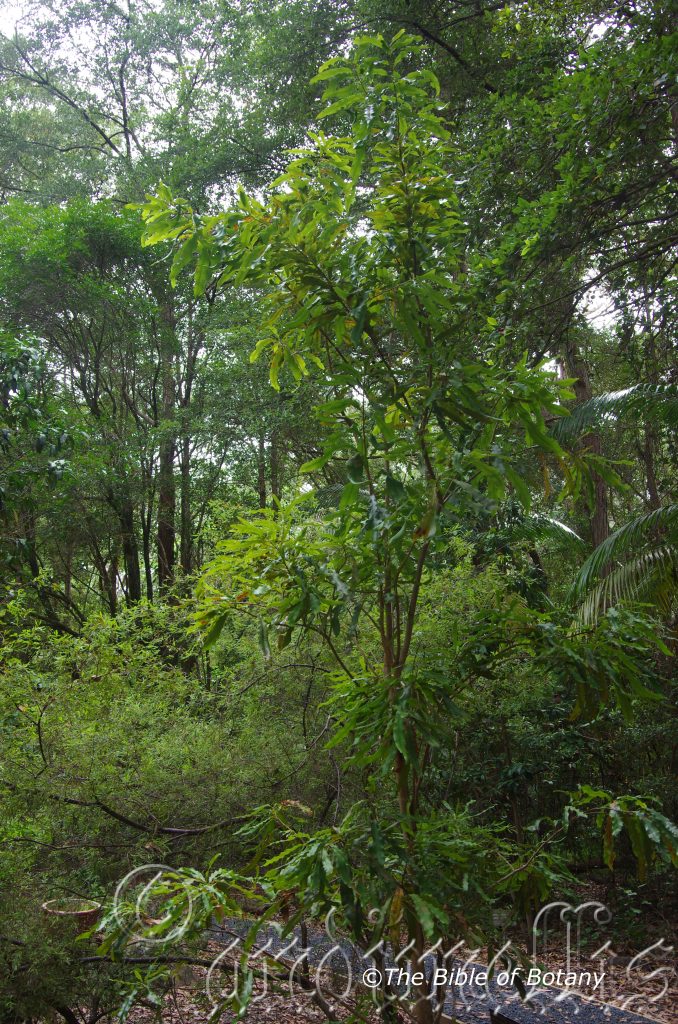
NCBG Coffs Harbour NSW
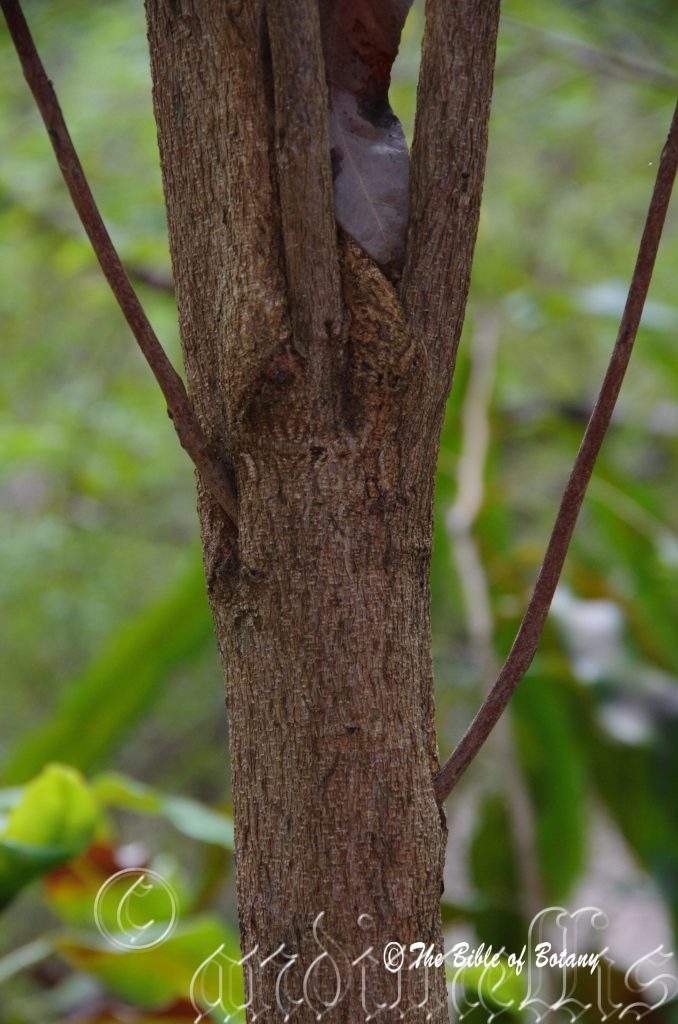
Richmond River NSW
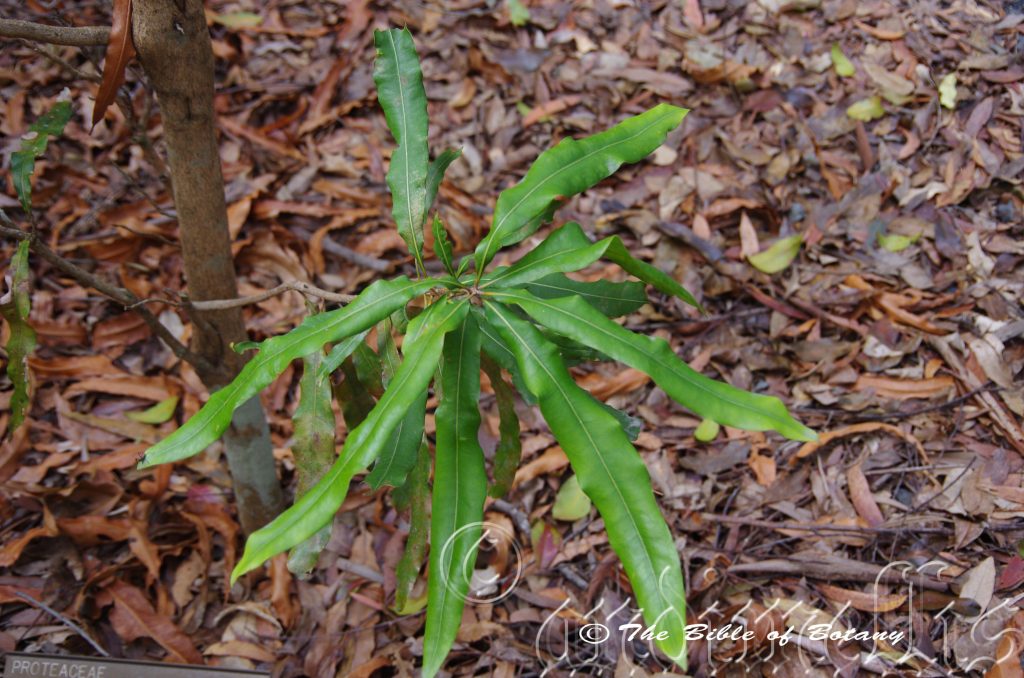
Richmond River NSW
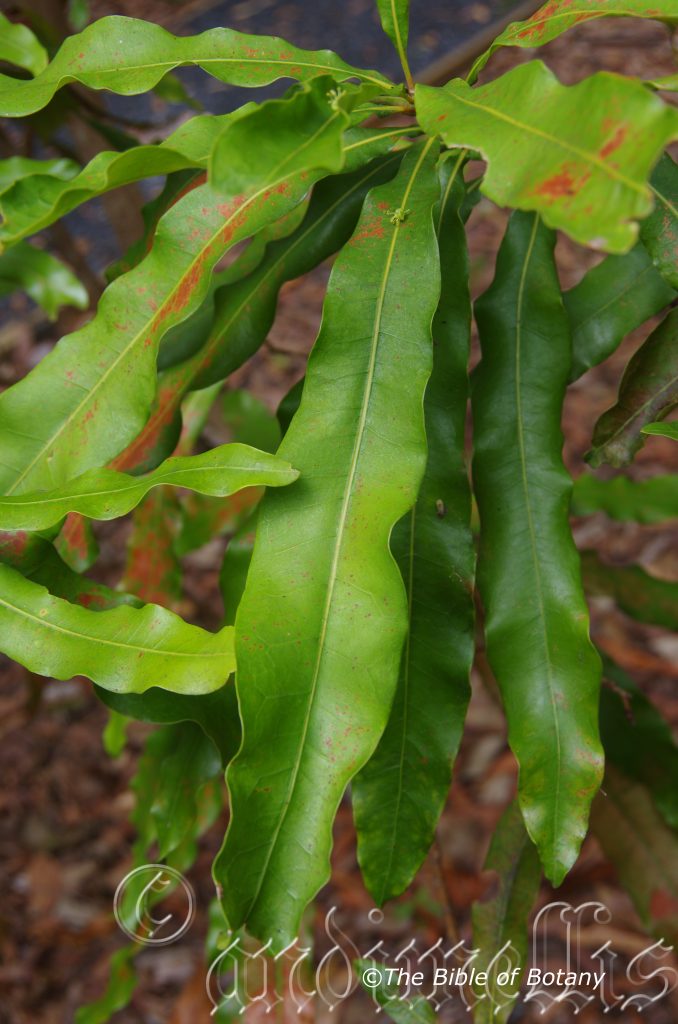
NCBG Coffs Harbour NSW
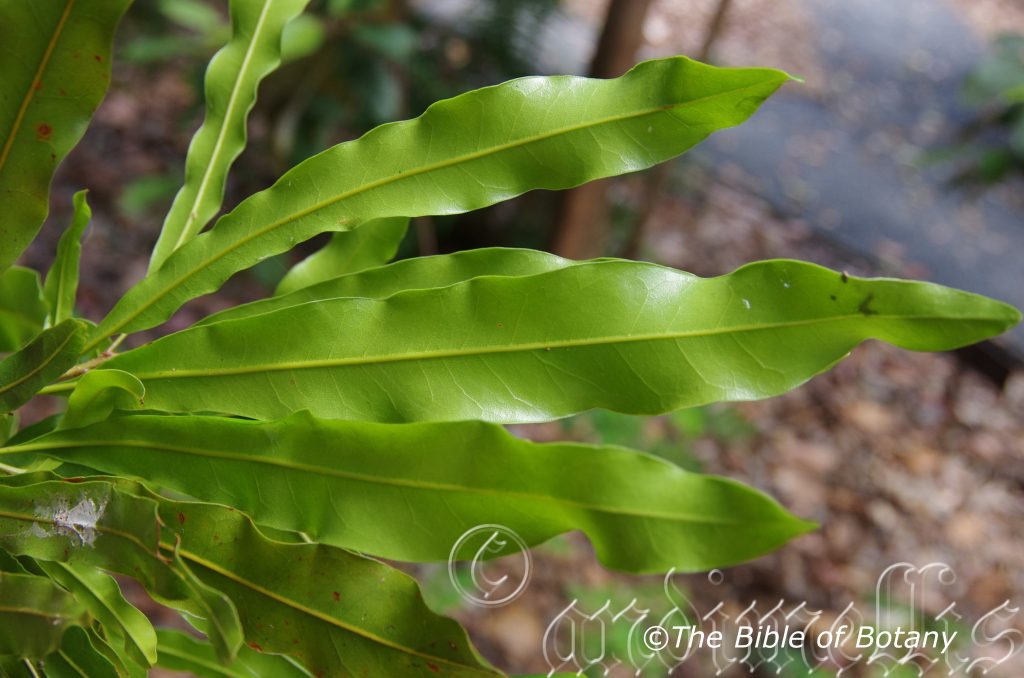
NCBG Coffs Harbour NSW
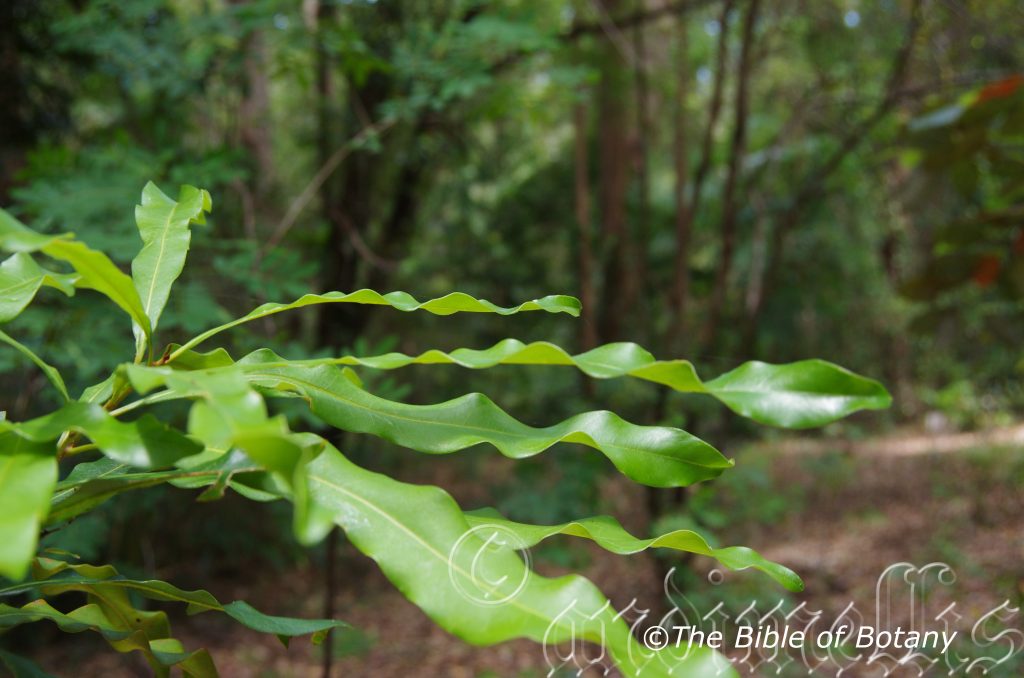
NCBG Coffs Harbour NSW
Floydia praealta
Classification:
Unranked: Eudicots
Order: Proteales
Family: Proteaceae
Genus: Is named in honour of a good friend of mine and everyone at the Friends of the North Coast Botanic Gardens, Alexander Geoffrey Floyd; April 1 1926-20.., who is an exceptionally talented man on rainforest species of Australia and who gives his time freely to help all budding volunteers and young aspiring botanists. He has been recognized with two genre named after him along with six species. He was a foundation member of the North Coast Botanic Gardens and set up the herbarium for plants from The North Coast.
Specie: From Praealta, which is Latin for very high. It refers to trees, which are the tallest when compared to other species in the genus.
Sub specie:
Common Name: Ball Nut or Possum Nut.
Distribution:
Floydia praealta is found south from Gympie in southern Queensland to north of Grafton in northern New South Wales. It is found on and east of the Great Dividing Range.
https://avh.ala.org.au/occurrences/search?taxa=Floydia+praealta#tab_mapView
Habitat:
Aspect / Climate:
Floydia praealta prefers full to light partial shade. It grows in subtropical rainforests, gallery rainforests and riparian rainforests. The altitude ranges from 5 meters ASL to 550 meters ASL.
The temperatures range from lows of 2 degrees in July to 38 degrees in January.
The rainfalls range from lows of 1000mm to an average of 1600mm annually.
Soil Requirements:
Floydia praealta prefer better quality fertile soils that are light sandy clays to medium clays. The soils are derived from black basalts. The soils pH ranges from 5pH to 6.5pH. It does not tolerate waterlogged soils. Non saline soils to moderately saline soils are tolerated.
Height & Spread:
Wild Plants: 20m to 30m by 12m to 18m.
Characteristics:
Floydia praealta grows as a medium spreading tree. The trunk is mid grey-brown and scabrous. The branches are orange-brown and scabrous. The new growth of the branchlets is grass green and glabrous. Larger trees are slightly flanged at the base without any buttresses.
Floydia praealta‘s opposite leaves are simple oblong to oblanceolate and measure 100mm to 250mm in length and 10mm to 35mm in width. The base is cuneate-rounded to slightly attenuate while the apex is obtuse. The discolourous laminas are deep green to sea green, semi glossy to glossy, and glabrous on the upper lamina while the lower lamina is similar yet paler and dull. The laminas are coriaceous, and undulating while the margins are entire. The mid vein is prominent on the lower lamina and slightly prominent on the upper lamina while the lateral veins are very slightly prominent on the lower lamina and clearly visible on the upper lamina.
The petioles measures 6mm to 12mm in length. The new growth leaves are bright glossy pale green.
The inflorescences of Floydia praealta are conflorescences born from the leaf axils. The conflorescences measure 70mm to 185mm in length by 26mm to 34mm in diameter. The pedicels measure 3mm to 5mm in length. The pastel pinkish-brown perianth tubes are sparsely covered in fawn puberulent hairs and measure 12mm to 17mm in length including the strongly involute lobes.
The anthers are attached to the lobes of the corolla and measure 1.8mm to 2mm in diameter. The erect, cream, clavate pistil’s cream style measures 7mm to 10mm in length while the yellow stigma measures 1.5mm to 2.5mm in length by 0.5mm to 0.7mm in width. The sweetly scented flowers appear from late December to late January.
Floydia praealta‘s fruits are large orbicular follicles. The follicles measures 30mm to 40mm in diameter. The mid brown to deep brown follicles are resinous and woody. The capsules turn pale grey-brown when ripe in June to late August.
Wildlife:
The flowers of Floydia praealta‘s flowers are attractive to several different varieties of butterflies, native bees, pollen flies and native hover flies.
The fruits are reported to be edible however there is no hard evidence to back this up. The aborigines may have roasted or treated the nuts prior to consuming so they should be treated with suspicion until the Department of forestry or agriculture has completed tests into the nuts. If the nuts prove to be non-toxic then maybe a viable industry could be built up around them. The alternative is for the CSIRO or university to breed non-toxic fruits for the market.
Cultivation:
Floydia praealta is a beautiful small, slow growing, and broad spreading trees for medium to large gardens. It is suitable for animal shelters because of its bushy canopy. In cultivation the trees will grow from 12 meters to 20 meters in height by 12 meters to 20 meters in diameter when grown in the open.
It is best used adjacent to small areas of bush close to paths or the house so their sweetly scented flowers can be fully appreciated. It is great placed along long narrow driveways where they will eventually give a canopy over the driveway. Here they can be planted very formally in straight rows.
In small groups of 2 or 3 or as a standalone plant they can create a beautiful park like scene for smaller areas or fill a medium backyard. If it is surrounded by shorter plants with fine foliages and red flowers it will dominate at the center giving height and strength to the bed especially when it is in flower. Remember that the trunk is a beautiful feature of this tree so it must remain exposed so it can be appreciated.
Do not use plants with large leaves as these will be too overpowering and they will blend into each other. Planted with a mass of smaller plants and groundcovers with mixed coloured flowers and foliages will ensure a great display during the winter and spring. For the rest of the year the mosaic of different foliage patterns will be pleasing to the eye. This would be particularly strong, if a mixture of different finer foliages of different colours and textures were incorporated together.
Be sure to plant any plant exactly in the center for a formal look or well off to one side for an informal look. 2 or 3 trees close together on one side looks even more spectacular when just a single plant is placed on the other side to give balance to the picture. Mass plant below so the whole bed is covered for a woodland scene or sparsely plant for an arid scene.
As it develops a crown it is particularly good for growing epiphytic orchids and ferns particularly stags and elk horns.
It would make a good bonsai plant. Floydia praealta would also make a good indoor or patio plant as it is slow in growth and maintain a bushy appearance for many years before they trunk up and have to be planted outside.
Propagation:
Seeds: Sow Floydia praealta seed directly into a seed raising mix. Cover the seeds with 2 to 3mm of fine sand and place the trays in a warm sunny position. Keep moist but not wet. When the seedlings are 25mm to 50mm tall, prick them out and plant them into 50mm native tubes using a good organic mix.
Once the seedlings reach 200mm to 250mm in height plant them out into their permanent position.
Fertilize using seaweed, fish emulsion or organic chicken pellets soaked in water on an alternate basis. Fertilize every two months until the plants are established then twice annually in early September or March to maintain health, vitality and better flowering.
Further Comments from Readers:
Hi reader, it seems you use The Bible of Botany a lot. That’s great as we have great pleasure in bringing it to you! It’s a little awkward for us to ask, but our first aim is to purchase land approximately 1,600 hectares to link several parcels of N.P. into one at The Pinnacles NSW Australia, but we need your help. We’re not salespeople. We’re amateur botanists who have dedicated over 30 years to saving the environment in a practical way. We depend on donations to reach our goal. If you donate just $5, the price of your coffee this Sunday, We can help to keep the planet alive in a real way and continue to bring you regular updates and features on Australian plants all in one Botanical Bible. Any support is greatly appreciated. Thank you.
In the spirit of reconciliation we acknowledge the Bundjalung, Gumbaynggirr and Yaegl and all aboriginal nations throughout Australia and their connections to land, sea and community. We pay our respect to their Elders past, present and future for the pleasures we have gained.
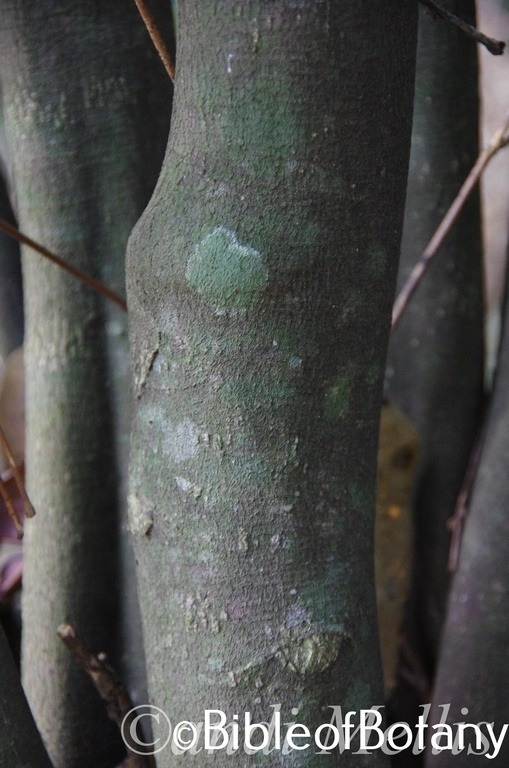
LBG Lismore NSW
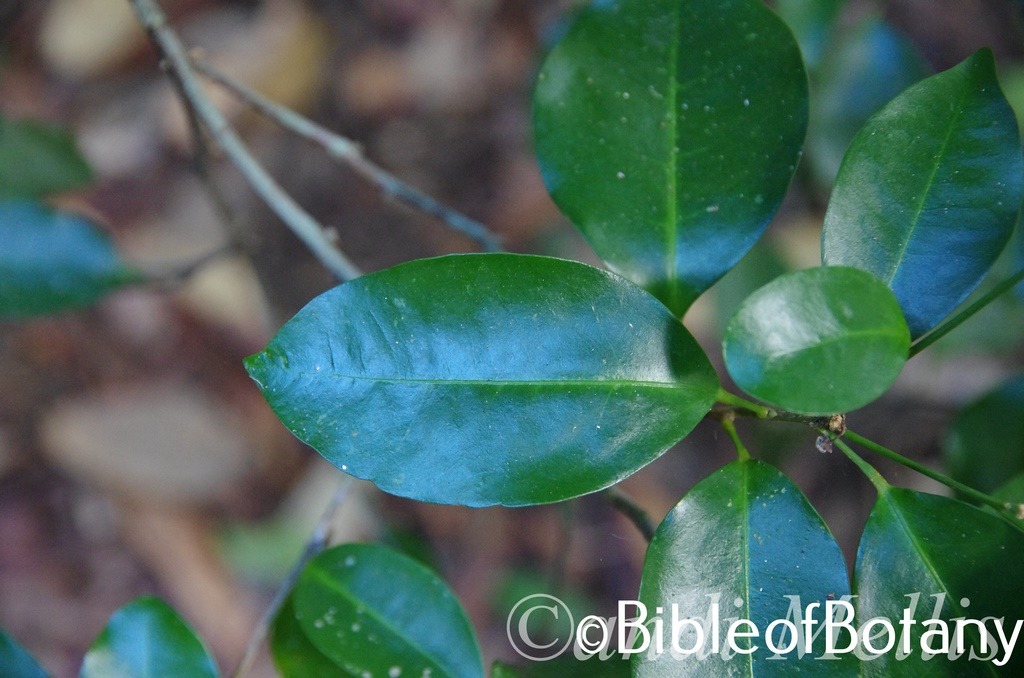
LBG Lismore NSW
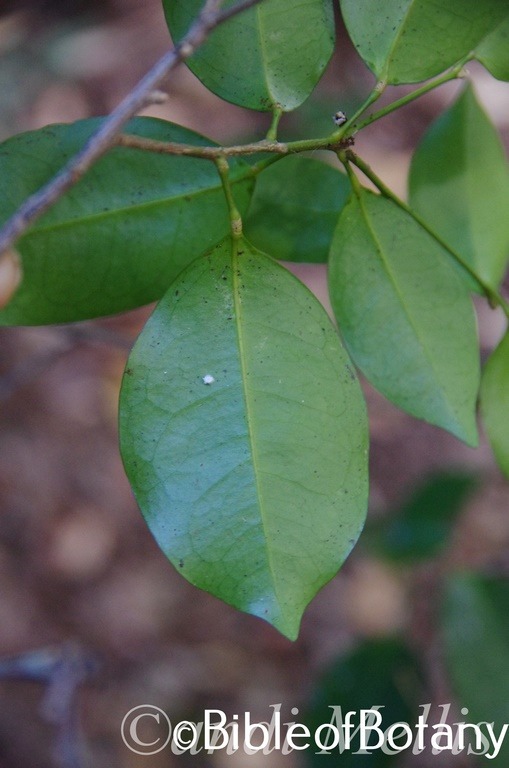
LBG Lismore NSW
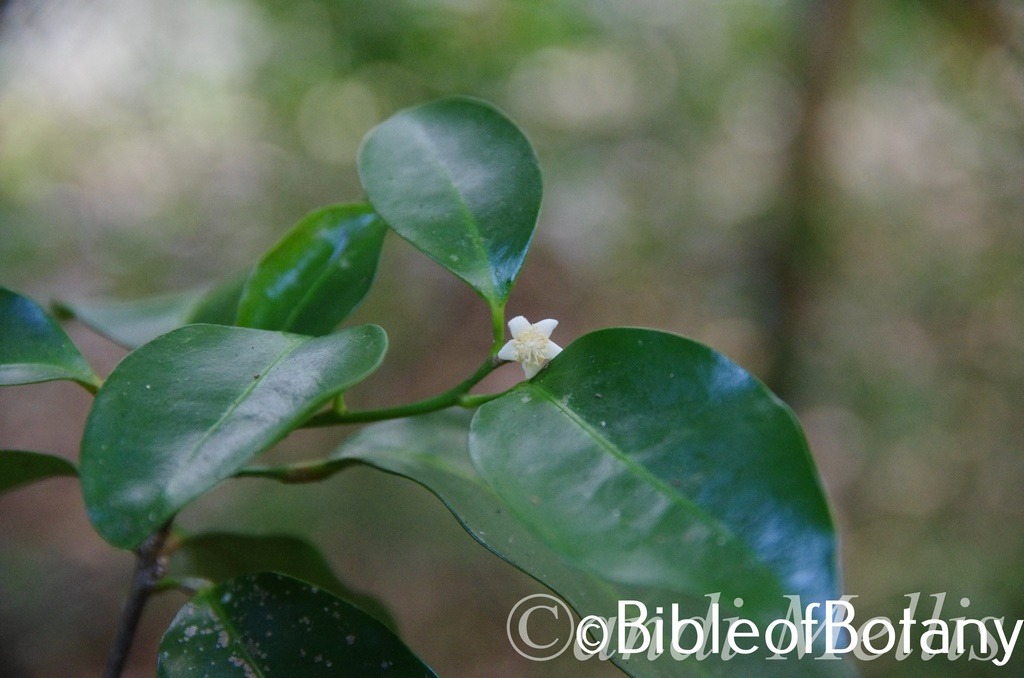
LBG Lismore NSW
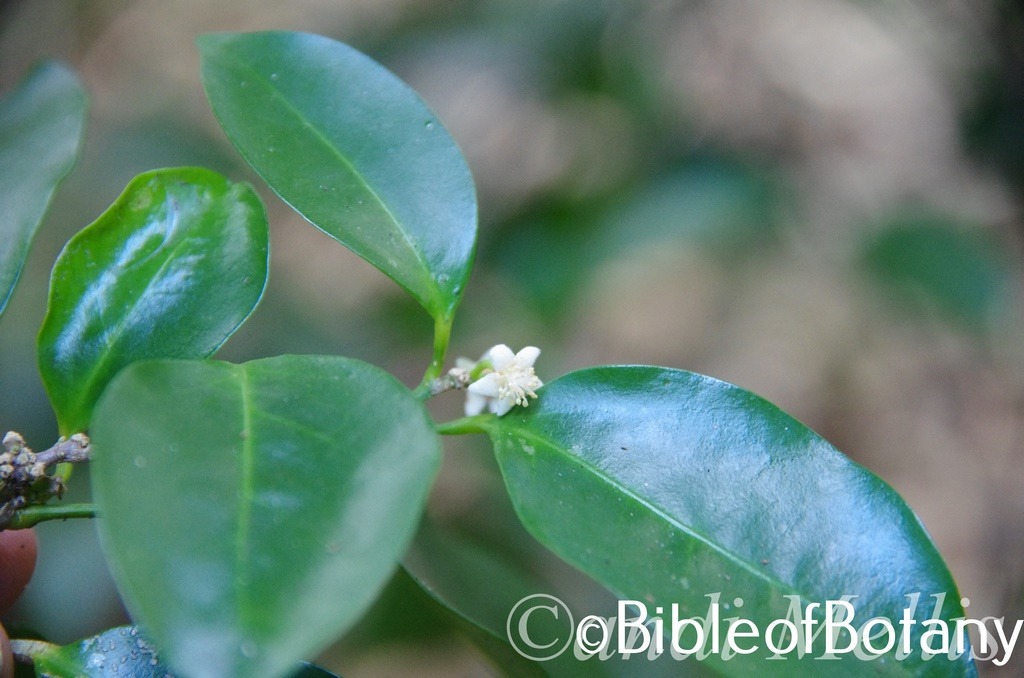
LBG Lismore NSW
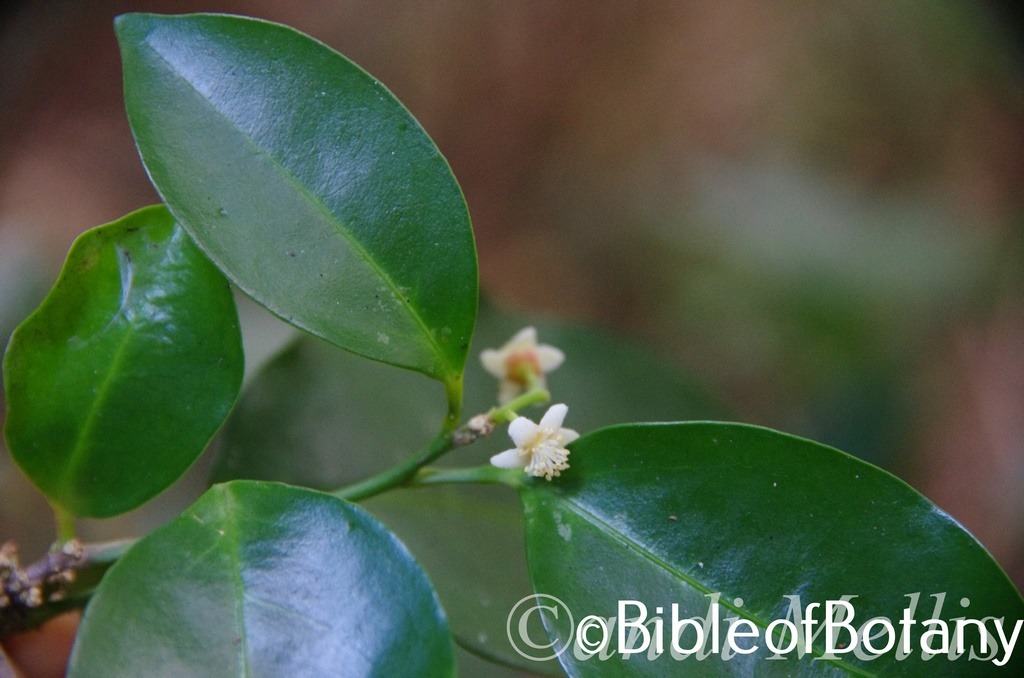
LBG Lismore NSW
Fontainea oraria
Classification:
Unranked: Eudicots
Order: Proteales
Family: Proteaceae
Genus: Is named in honour of Rene Louiche Des Fontaines; 1750-1833, who was a French botanist, author and teacher.
Specie: From Oraria, which is Latin for very high. It refers to trees, which are the tallest when compared to other species in the genus.
Sub specie: From Ora, which is Latin for the sea shore. It refers to habitats of a very rare rainforest genus, whose species grow close to the seashore.
Common Name: Coastal Fontainea.
Distribution:
Fontainea oraria is restricted to a small few isolated populations. One near Ipswich in far south eastern Queensland and the second east of Lismore between Byron Bay and Ballina in far north eastern New South Wales. It is found on and east of the Great Dividing Range.
https://avh.ala.org.au/occurrences/search?taxa=Fontainea+oraria#tab_mapView
Habitat:
Aspect / Climate:
Fontainea oraria prefers light partial shade. It occurs in coastal forms of notophyll vine forest dominated by White Bean (Ailanthus triphysa), Beach Alectryon (Alectryon coriaceus), Tuckeroo (Cupaniopsis anacardioides) and Guioa (Guioa semiglauca) as studied by Alex Floyd 1989. The species is believed to have just 10 mature plants with around a dozen immature trees and is listed as critically endangered. The altitude ranges from 5 meters ASL to 50 meters ASL. It appears that there is only one female plant left.
The temperatures range from lows of 6 degrees in July to 38 degrees in January.
The rainfalls range from lows of 1000mm to an average of 1400mm annually.
Soil Requirements:
Fontainea oraria is found on skeletal basaltic red-brown clay loam within abundant surficial rock fragments. The soils pH ranges from 6.5pH to 7pH. It does not tolerate waterlogged soils. Non saline soils to moderately saline soils are tolerated.
Height & Spread:
Wild Plants: 5m to 10m by 2m to 5m.
Characteristics:
Fontainea oraria grows as a small single trunk tree. Multiple trunk trees according to Alex Floyde are a result of possibly a coping response to disturbance or stress. The trunk is mid grey and somewhat scabrous, while the juvenile stems are mid green and glabrous. Larger trees are slightly flanged at the base without any buttresses.
Fontainea oraria‘s elliptic to obovate leaves are spirally arranged along the stem, and measure 60mm to 120mm in length and 25mm to 40mm in width. The base is cuneate-rounded to slightly attenuate while the apex is obtuse. The discolourous laminas are glossy, deep green glossy, and glabrous on the upper lamina, while the lower lamina is paler and dull or slightly glossy. The laminas are glabrous, and undulating while the margins are entire. The mid vein is prominent on both laminas near the base and lose the prominence as the approach the apex, while the lateral veins are very slightly prominent on the lower lamina. The glabrous terete petioles measure 5mm to 25m in length and have a swollen junction at the leaf base and at the stem. There are 2 small, raised, oval glands at the leaf base, which measure 0.5mm to 4mm in diameter.
The female inflorescences of Fontainea oraria are born from the leaf axils, with 2 or 3 individual flowers and measure 8mm to 10mm in length. The white flowers have four or five usually 5 petals and are slightly covered in short puberulent hairs externally. The ovate/linear petals measure 4mm to 6mm in length. The green superior ovary is densely covered in long, white, appressed hairs. The 3 yellow styles are divided. The flowers appear from late November to January.
The male inflorescences are born in small clusters from the leaf axis and measure 5mm to 6mm in length. The pale yellow, ovate, dorsifixed anthers number 20 plus, while the white filaments measure 8mm to 10mm in length.
Fontainea oraria’s fruit is a red, fleshy globose drupe. The drupes are glabrous to slightly covered in white puberulent hairs and measure 18mm to 22mm in length by 20mm to 25mm in diameter.
Wildlife:
The wildlife associated with Fontainea oraria is unknown.
Cultivation:
Fontainea oraria would make a good garden specimen however little is known of its exact requirements for horticultural use.
Propagation:
Seeds: Fontainea oraria appear to set little fertile seed and due to its rarity nursery plants maybe very difficult to attain in the near future.
Further Comments from Readers:
Hi reader, it seems you use The Bible of Botany a lot. That’s great as we have great pleasure in bringing it to you! It’s a little awkward for us to ask, but our first aim is to purchase land approximately 1,600 hectares to link several parcels of N.P. into one at The Pinnacles NSW Australia, but we need your help. We’re not salespeople. We’re amateur botanists who have dedicated over 30 years to saving the environment in a practical way. We depend on donations to reach our goal. If you donate just $5, the price of your coffee this Sunday, We can help to keep the planet alive in a real way and continue to bring you regular updates and features on Australian plants all in one Botanical Bible. Any support is greatly appreciated. Thank you.
In the spirit of reconciliation we acknowledge the Bundjalung, Gumbaynggirr and Yaegl and all aboriginal nations throughout Australia and their connections to land, sea and community. We pay our respect to their Elders past, present and future for the pleasures we have gained.
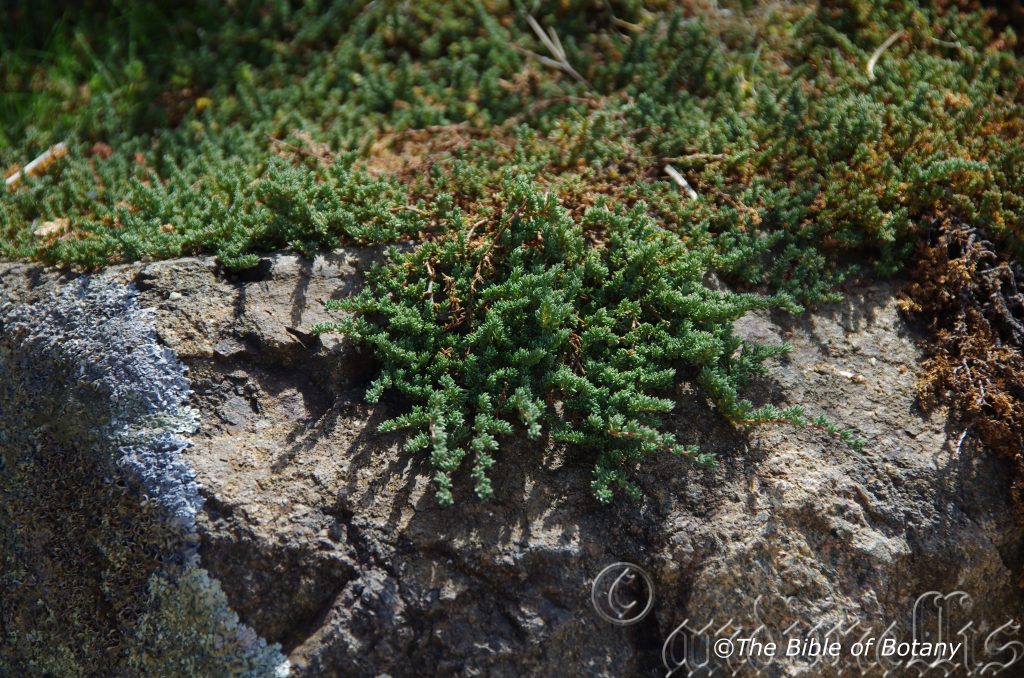
National Botanic Gardens ACT
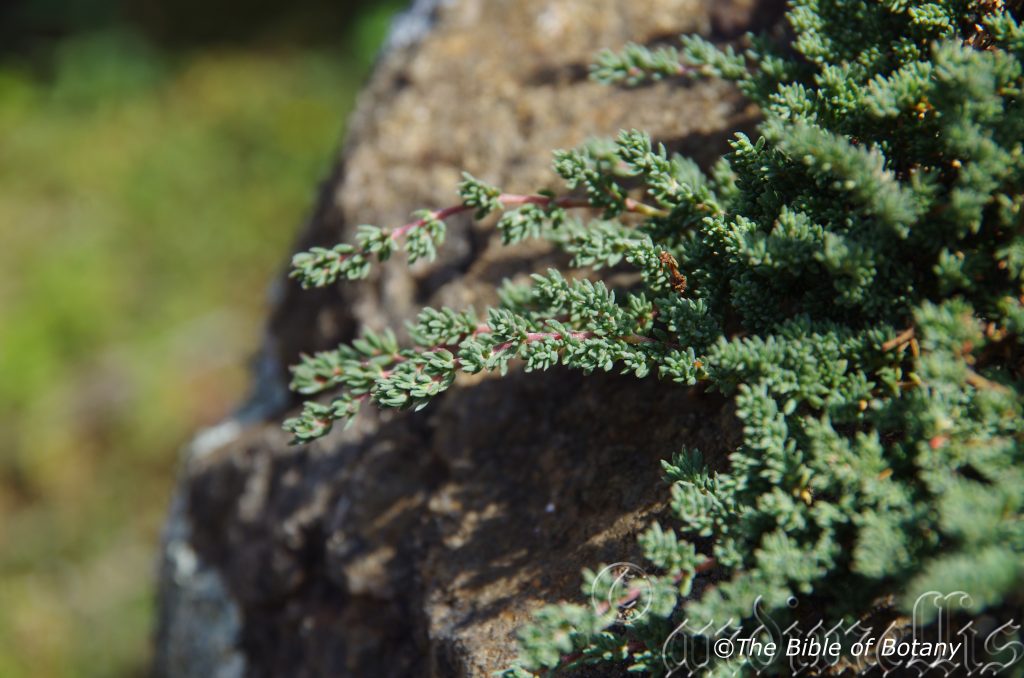
National Botanic Gardens ACT
Frankenia pauciflora
Classification:
Unranked: Eudicots
Order: Caryophyllales
Family: Frankeniaceae
Genus: Is named in honour of honours Johan Franck or Frankenius; 1590-1661, who was a Swedish a professor of botany at Uppsala, Sweden.
Specie: From Pauci, which is Latin for a few and Floris, which is Latin for a flower or Flos, which is the Roman goddess of spring and flowers. It refers to plants, which produce fewer flowers or which are poorer bloomers than other species in the genus.
Sub specie: Frankenia pauciflora var. pauciflora From Pauci, which is Latin for a few and Floris, which is Latin for a flower or Flos, which is the Roman goddess of spring and flowers. It refers to plants, which produce fewer flowers or which are poorer bloomers than other species in the genus.
Frankenia pauciflora var. gunnii is named in honour of Gunn but which Gunn cannot be substantiated.
Common Name: Sea Heath.
Distribution:
Frankenia pauciflora is found south and west of a line from Port Headland in the north west to Madura and south to the coast in southern, central coastal Western Australia.
In the east it is found between Coorabie then north north east to .
Frankenia pauciflora var. gunnii is only found on Flinders, Short, and Harcus Islands in Bass Strait.
Frankenia pauciflora var. fruticulosa is found primarily in the most southern parts of South Australia.
Frankenia pauciflora var. longifolia is found in southern Western and Southern South Australia.
Frankenia pauciflora var. pauciflora is only found in Western Australia.
https://avh.ala.org.au/occurrences/search?taxa=Frankenia+pauciflora#tab_mapView
Habitat:
Aspect / Climate:
Frankenia pauciflora prefers full to light partial shade. It grows on saline flats, salt marshes, mud flats behind the frontal dunes, along estuaries or coastal limestone flats. The altitude ranges from 5 meters ASL to 550 meters ASL.
The temperatures range from lows of minus 2 degrees in July to 42 degrees in January.
The rainfalls range from lows of 200mm to an average of 900mm annually.
Soil Requirements:
Frankenia pauciflora prefer better quality fertile soils that are light sandy clays to medium clays. The soils are derived from black basalts. The soils pH ranges from 5pH to 6.5pH. It does not tolerate waterlogged soils. Non saline soils to moderately saline soils are tolerated.
Height & Spread:
Wild Plants: 100mm to 200mm by 400mm to 1000mm.
Characteristics:
Frankenia pauciflora grows as a medium spreading compact ground cover or small, dense shrub. The juvenile stems are pinkish, are densely covered in short grey hairs to being glabrous. Older plant stems are grey-brown rough and somewhat flaky.
Frankenia pauciflora has opposite, clustered leaves, which are covered in minuscule salt crystals due to its halophytic properties. The terete leaves measure 2mm to 13mm in length by 0.5mm to 2.2mm in diameter. The leaves are glabrous to covered in short hairs mainly on the midrib on the lower lamina and along the folded margins. The leaves usually wilt and turn brown during drought periods, rehydrating when moisture returns.
Frankenia pauciflora var. gunnii is distinguished in that it has longer, narrower leaves, with an inconspicuous mid vein.
The inflorescences of Frankenia pauciflora are sessile and born from the leaf axils. The inflorescences measure 18mm to 22mm in diameter. The 4 to 6 oblong petals’ apexes are laciniate. The flowers are born either solitary in the leaf axis or in bunches of 2 to 25 that can be found either at the base or end of stems. The 4 bracts are linear. The female inflorescences have a 3 branched style, while the male flowers usually have six stamens.
Studies have shown that xenogamy ( Fertilization of a flower from another tree with different genes). in this species leads to more fruits per flower and more seeds in each fruit compared to autogamy. This was reported to be true in both observational studies and controlled experiments. – Mackay, Duncan A.; Whalen, Molly A. (14 April 2009). “An experimental study of the pollination biology of the perennial halophyte Frankenia pauciflora var. gunnii (Frankeniaceae) in a South Australian salt marsh”. Australian Journal of Botany.
Frankenia pauciflora‘s fruits are small, cylindrical, brown capsules with 5 or 6 ribs. The capsules measures 3mm to 7mm in in length. There is a single brown seed in each capsule. The seeds have a pappus and separate readily from the capsules when ripe.
Wildlife:
The flowers of Frankenia pauciflora are attractive to several different varieties of butterflies, native bees, pollen flies and native hover flies.
Frankenia pauciflora var. gunnii is pollinated by insects in the Insect order Diptera (many of the pollen flies), Hymenoptera, (wasps) and Lepidoptera, (Butterflies). – Mackay, Duncan A.; Whalen, Molly A. (14 April 2009). “An experimental study of the pollination biology of the perennial halophyte Frankenia pauciflora var. gunnii (Frankeniaceae) in a South Australian salt marsh”. Australian Journal of Botany. This makes it an attractive plant for anyone studying insects especially those in these three orders.
Cultivation:
Frankenia pauciflora is a beautiful small, very compact plant with a simple form of growth coupled with the ability to grow on a wide range of soils makes Frankenia Pauciflora a very good choice for seaside or arid saline gardens. It is attractive for home gardening especially in sunny rockeries. Its flame-retardant properties also create reduced chances of bush-fire spread in fire risk zones when planted around homes and outbuildings with other fire retardant plants like Cupaniopsis anacharioides, Carpobrotus edulis, Xerochrysum bracteatum, Eremophila debilis, Maireana brevifolia, Enchylaena tomentosa, Anigosanthos flavida, Acmena smithii and Syzygium australis are another advantage to growing it.
Frankenia pauciflora provides shelter for many fauna as well as being a food source for a number of insects in arid areas. Its thick network of fine roots are also useful for providing stability in sediments and floodplains.
It is best used adjacent to small areas of bush close to paths or the house so their attractive flowers can be fully appreciated. It is great placed between car tracks on long narrow driveways where it will add colour to otherwise boring tracks.
In small groups of 2 or 3 or more it adds a glistening bright up lifting feature amongst boulders or on the edge of sharp rises, cliffs or high rock walls.
Propagation:
Seeds: Sow the seeds of Frankenia pauciflora directly into a seed raising mix. Cover the seeds with 2 to 3mm of fine sand and place the trays in a warm sunny position. Keep moist but not wet. When the seedlings are 25mm to 50mm tall, prick them out and plant them into 50mm native tubes using a good organic mix.
Once the seedlings reach 200mm to 250mm in height plant them out into their permanent position.
Fertilize using seaweed, fish emulsion or organic chicken pellets soaked in water on an alternate basis. Fertilize every two months until the plants are established then twice annually in early September or March to maintain health, vitality and better flowering.
Cuttings: Cuttings need to be used if a particular flower colour is warranted or sub species is wanted for your area. Cuttings are easy to strike and the use of cutting hormone is not really required.
1 Prepare the cutting mix by adding one third sharp clean river sand, one third peat and one third perlite. These ingredients are sterilize,
2 Select good material from non diseased plants,
3 Select semi green stems for cuttings. Look for a stem with two or three nodes which are between 40mm to 60mm in length,
4 Place the cutting on a flat, hard surface, and make a clean cut down one side of the cutting at the base for 10mm with a sharp sterile knife or razor blade. – This scarification of the node will increase the chances of roots emerging from this spot. Now remove all but one or two the leaves, leaving the apex leaves in tact. If the leaves are very large in proportion to the stem, cut off the apical halves.
5 Fill a saucer with water, and place a little weak rooting hormone into another container like a milk bottle top. Dip the node end of the cutting into the water and then into the rooting hormone. Tap off any excess hormone,
6 Use a small dipple stick or old pencil to poke a hole into the soilless potting mix. Ensure the hole is slightly larger than the stem diameter and be careful not to wipe the rooting hormone off the cuttings base, place the cuttings in a pattern ensuring the cuttings are not touching each other,
7 I like to place the pots in Plastic bags to help maintain temperature and moisture. Place in a semi shaded place like under 50mm shade cloth.
8 When the cuttings have struck, open the bag to allow air circulation for a few days to a week,
9 Once hardened off remove the cuttings from the bag and allow to further hardening for a few more days,
10 Transplant into a good potting mix to grow on.
Further Comments from Readers:
Hi reader, it seems you use The Bible of Botany a lot. That’s great as we have great pleasure in bringing it to you! It’s a little awkward for us to ask, but our first aim is to purchase land approximately 1,600 hectares to link several parcels of N.P. into one at The Pinnacles NSW Australia, but we need your help. We’re not salespeople. We’re amateur botanists who have dedicated over 30 years to saving the environment in a practical way. We depend on donations to reach our goal. If you donate just $5, the price of your coffee this Sunday, We can help to keep the planet alive in a real way and continue to bring you regular updates and features on Australian plants all in one Botanical Bible. Any support is greatly appreciated. Thank you.
In the spirit of reconciliation we acknowledge the Bundjalung, Gumbaynggirr and Yaegl and all aboriginal nations throughout Australia and their connections to land, sea and community. We pay our respect to their Elders past, present and future for the pleasures we have gained.
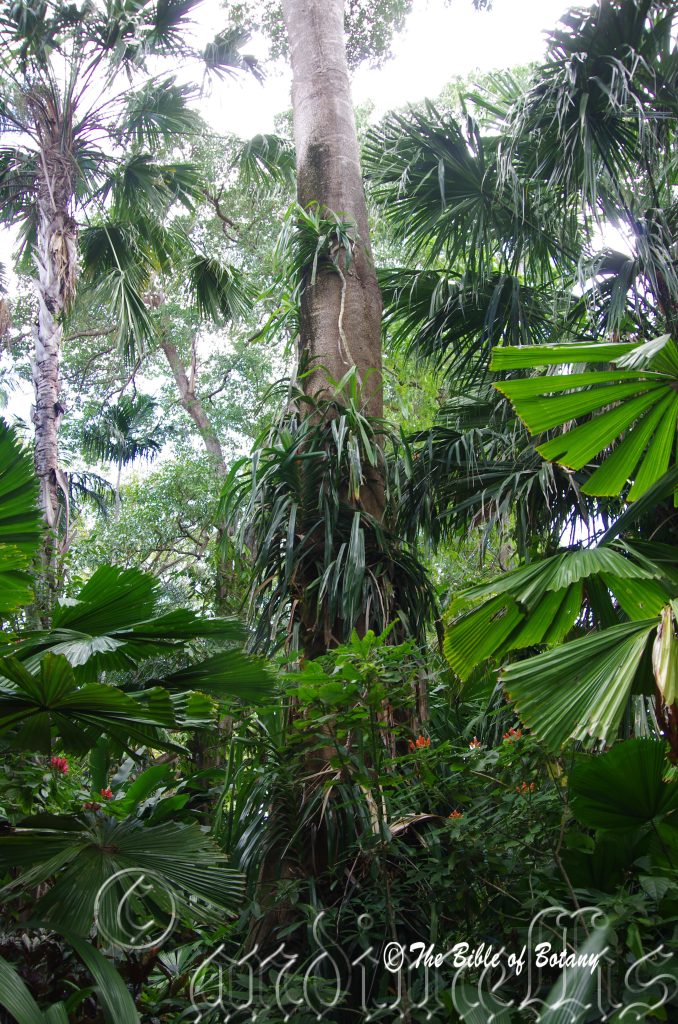
Ross river Townsville Qld.
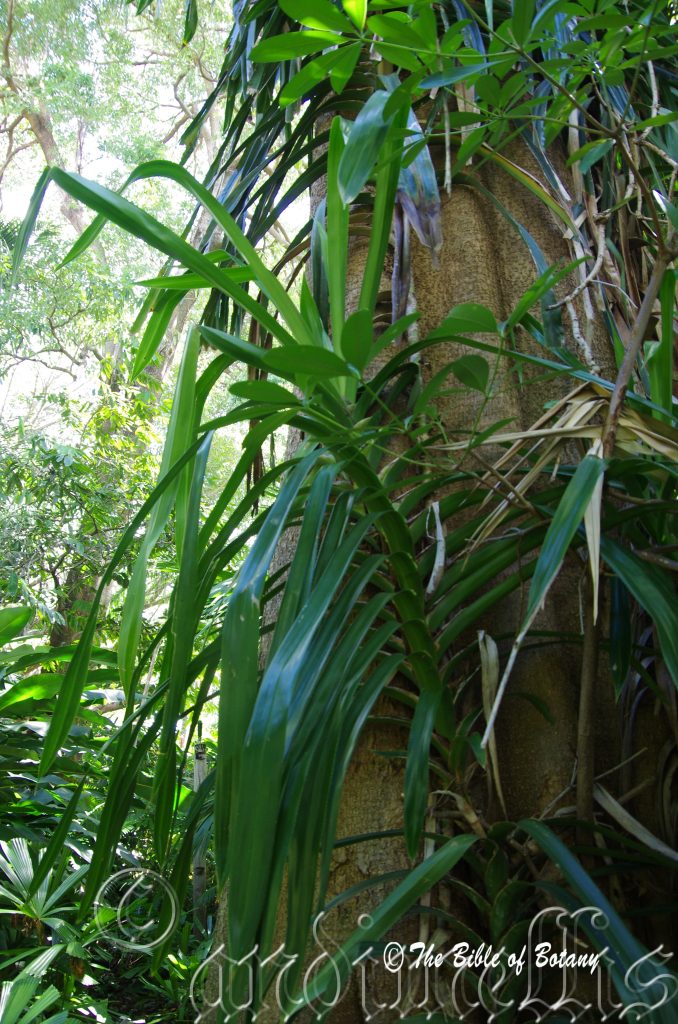
Ross river Townsville Qld.
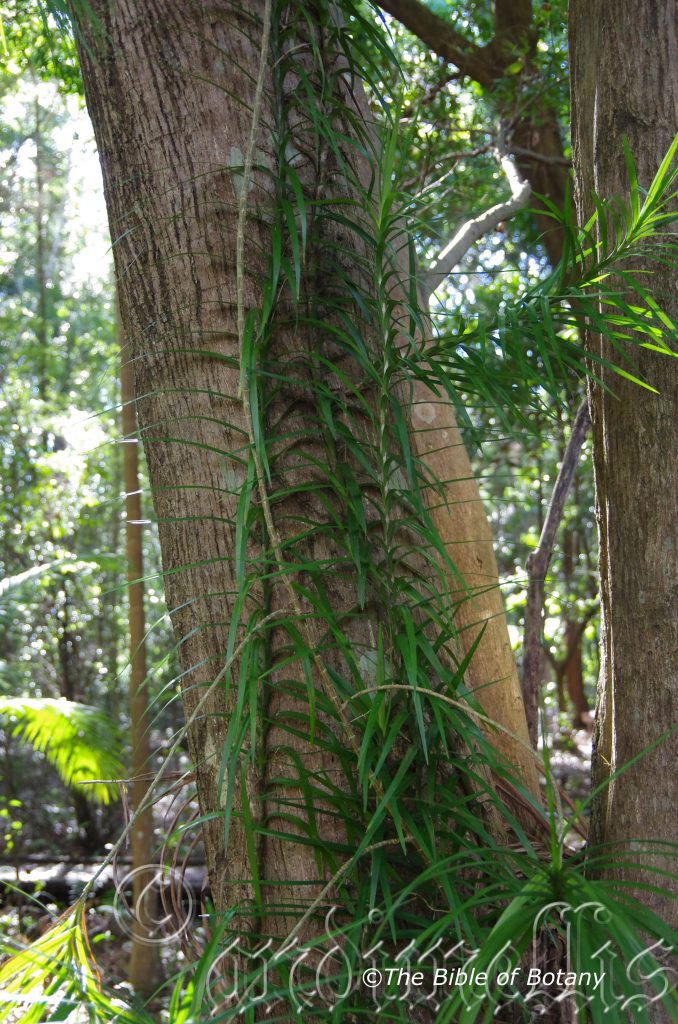
NCBG Coffs Harbour NSW
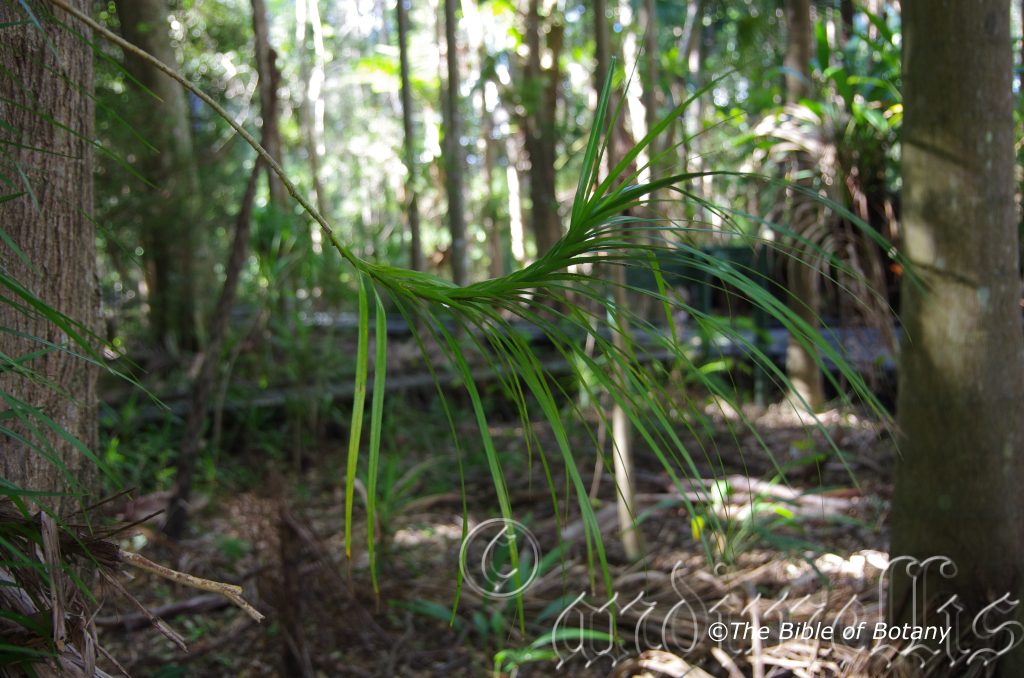
NCBG Coffs Harbour NSW
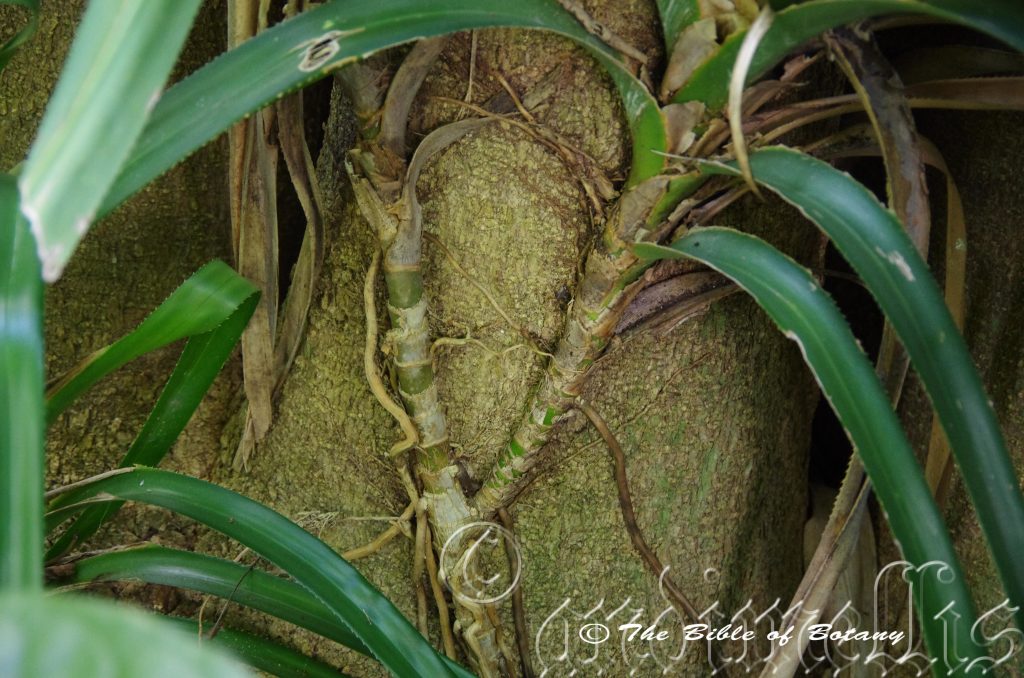
Ross river Townsville Qld.
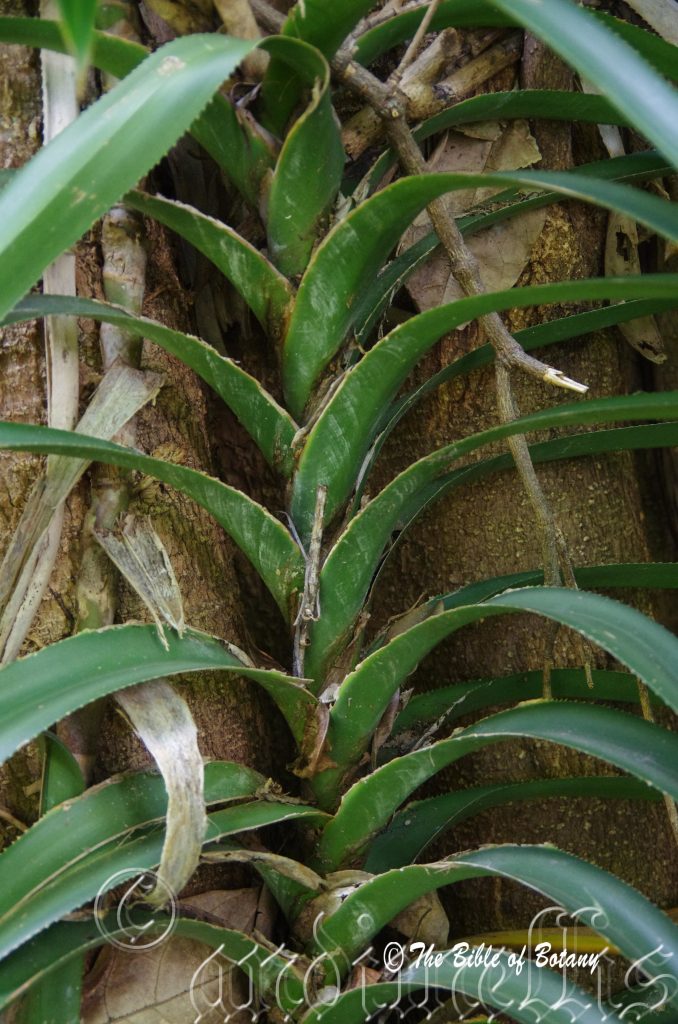
Ross river Townsville Qld.
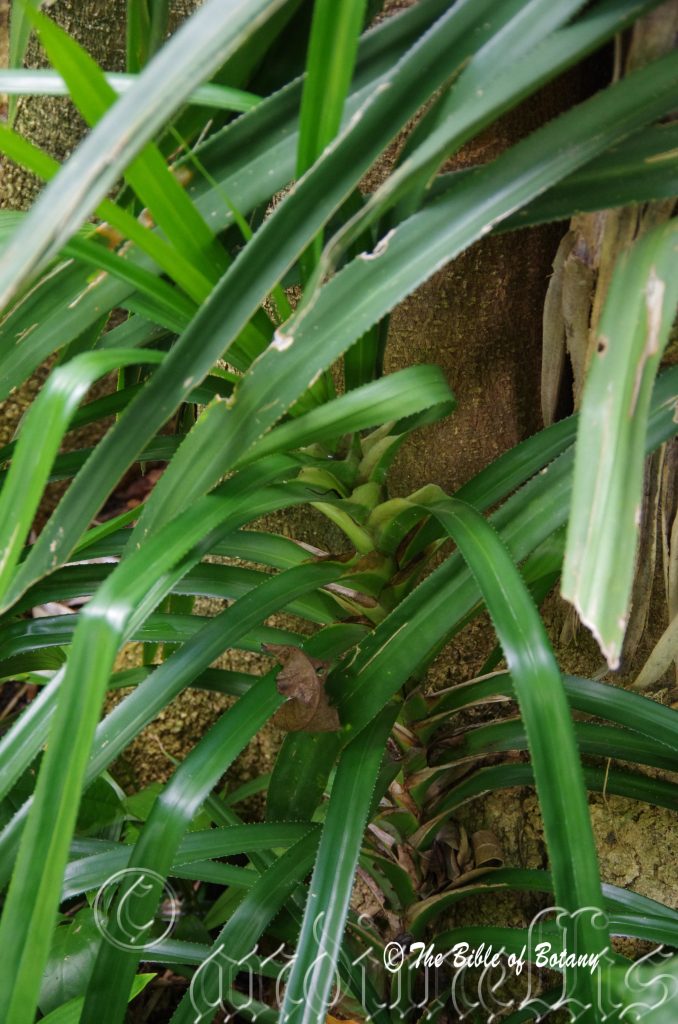
Ross river Townsville Qld.
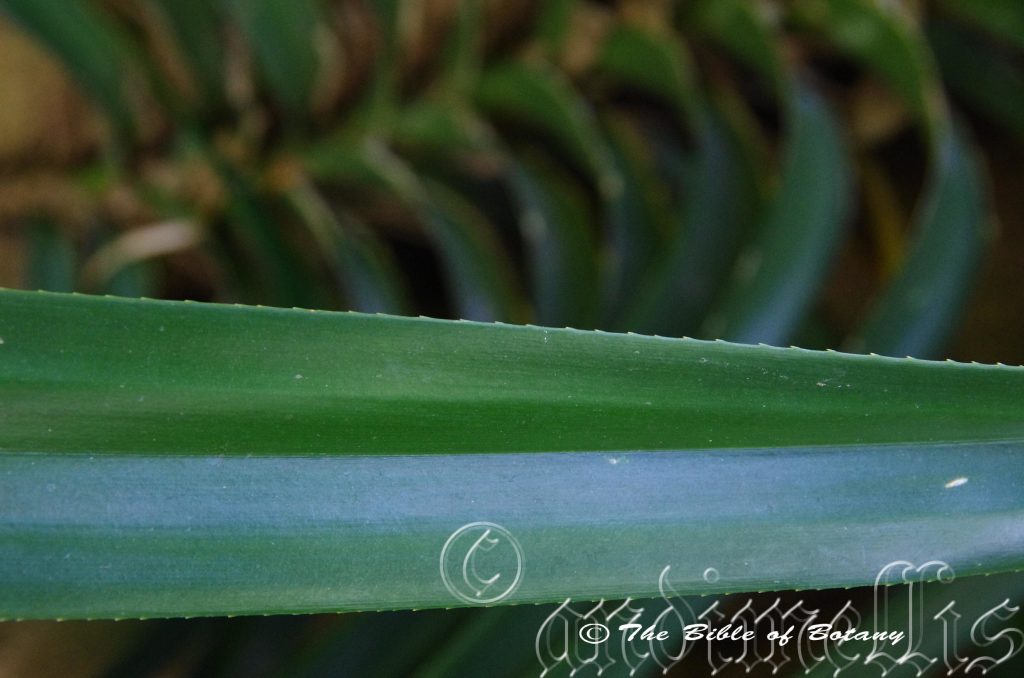
Ross river Townsville Qld.
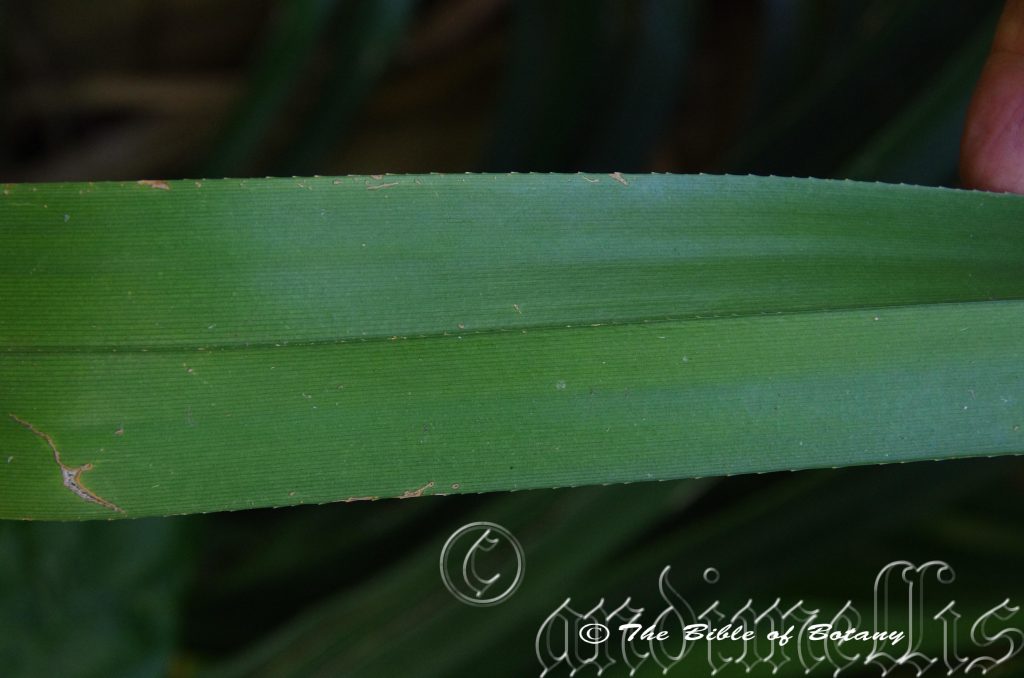
Ross river Townsville Qld.
Freycinetia excelsa
Classification:
Unranked: Monocots
Order: Pandanales
Family: Pandanaceae
Genus: Is named in honour of Louis de Freycinet; 1779-1842, who was a French navigator, geographer and naturalist.
Specie: From Ex, which is Ancient Greek for out of the ordinary, outside or external and Celsa, which is Latin for high. It refers to plants, which are taller than other species in the genus.
Sub specie:
Common Name: Climbing Pandanus.
Distribution:
Freycinetia excelsa is a found in several disjunct populations in Australia. In the north west it is found on Melville and Bathurst Island, across the top end near Darwin and in the south of Kakadu near Nitmiluk.
In the east it is found south from Cape York Peninsula on the Jardine River and the Lockhart River. It is also found from Cooktown south to Townsville and from Maryborough to the Tweed River catchments area.
https://avh.ala.org.au/occurrences/search?taxa=Freycinetia+excelsa#tab_mapView
Habitat Aspect Climate:
Freycinetia excelsa prefers partial shade to dense shade. It grows in warm tropical and sub-tropical rainforests, vine forests, riverine forests, littoral rainforests and monsoonal rainforests. The altitude ranges from 5 meters ASL to 1200 meters ASL.
The temperatures range from lows of 3 degrees in July to 40 degrees in January.
The rainfalls range from lows of 800mm to an average of 3200mm annual.
Soil Requirements:
Freycinetia excelsa prefers better quality fertile sandy loams, to sandy clay loams. The soils are usually derived from decomposed brown basalt, black basalt or accumulated peaty sands. The soils pH ranges from 5pH to 6pH are preferred. It does not tolerate waterlogged soils. Non saline soils to moderately saline soils are tolerated.
Height & Spread:
Wild Plants: 6m to 15m by 1m to 1.5m.
Characteristics:
Freycinetia excelsa is a thin perennial climber with pale grey-brown stems. The stems are deep sea green to deep olive green or deep brown-green. The juvenile and young stems are deep sea green and glabrous. The stems are circled with old leaf scars and measure 12mm to 20mm in diameter. Adventitious roots are produced from all sections of the stems except the leafy parts.
Freycinetia excelsa‘s long linear to narrow lanceolate leaves are glabrous and measure 100mm to 300mm in length and 6mm to 15mm in width. The discolourous laminas deep green to sea green are semi glossy and glabrous on the upper lamina while the lower lamina is paler and dull. The base is clasping with the auricles measuring 25mm to 30mm in width. The sheath measures 18mm to 28mm in length. The apex is narrow tapering. The margins are barbellate with fine recurved prickles. The margins are recurved. The mid vein is prominent on the lower lamina and is distinctly visible from the upper lamina. It is also covered in recurved with fine barbellate prickles.
The inflorescences of Freycinetia excelsa are born as terminal spikes. The fragrant flowers are cream to white with the male and female flowers produced on separate plants.
The male flowers are born on a single peduncule. The peduncle measures 45mm to 55mm in length with the stamens covering the upper 28mm to 32mm. The spadix is subtended by 4 to 8 usually 6 bright yellow-orange to orange-red bracts which measure 60mm to 160mm in length. The bracts are similar to the leaves but are more strongly recurved. The stamens and anthers measure 0.8 to 1.1mm in length and are of equal length.
The female flowers are born on a single peduncule. The peduncle measures 50mm to 60mm in length with the staminodes and ovaries covering the upper 25mm to 35mm. The spadix is subtended by 4 to 8 usually 6 bright yellow-orange to orange-red bracts which measure 60mm to 140mm in length. The bracts are similar to the leaves but are more strongly recurved. The pistils measure 2mm in length. The style branches into 2 or 3 stigmas. The flowers appear in November.
Freycinetia excelsa‘s fruits are obovoid, cylindrical, fleshy aggregate or syncarpum. The syncarpa measure 40mm to 60mm in length by 22mm to 30mm in diameter. The single cream, elongated seed in each aggregate measures 1mm in length and has a wing down one side. The syncarpa turn pink, red or carmine as they ripen.
Wildlife:
Freycinetia excelsa wildlife is unknown to the author.
Cultivation:
Freycinetia excelsa is a very unusual plant suitable for large gardens where a rainforest has already been established in a tropical or subtropical regions. It is vigorous and should be planted well away from paths to give them the chance to grow to their full potential without hooking passer byes on their barbs. As a rainforest addition it gives an enclosed advanced rainforest feel from an early age especially when planted along gullies or at the edge of waterlogged areas. It will need trees with well-established barks to send out its adventitious roots to climb up.
Once it is established it is worthwhile cutting the tips out to try to make the plants send out several lateral shoots. In this way it is possible to reduce the size of the plants and to have several canes growing in a given area. The safest way to have a dense clump is to grow several plants as tubes and plant them together by spacing them at 100mm centers at the base of the chosen tree.
Propagation:
Seeds: Sow Freycinetia excelsa’s seed directly into a seed raising mix. Cover the seeds with 2mm to 3mm of fine sand and place the trays in a warm shaded position. Keep moist but not wet. When the seedlings are 25mm to 50mm tall, prick them out and plant them into 50mm native tubes using a good organic mix.
Once the seedlings reach 200mm to 250mm in height plant them out into their permanent position.
Fertilize using seaweed, fish emulsion or organic chicken pellets soaked in water on an alternate basis. Fertilize every two months until the plants are established then at least twice annually say in early September or March as a foliar spray to maintain health, vitality and better flowering.
Further Comments from Readers:
Hi reader, it seems you use The Bible of Botany a lot. That’s great as we have great pleasure in bringing it to you! It’s a little awkward for us to ask, but our first aim is to purchase land approximately 1,600 hectares to link several parcels of N.P. into one at The Pinnacles NSW Australia, but we need your help. We’re not salespeople. We’re amateur botanists who have dedicated over 30 years to saving the environment in a practical way. We depend on donations to reach our goal. If you donate just $5, the price of your coffee this Sunday, We can help to keep the planet alive in a real way and continue to bring you regular updates and features on Australian plants all in one Botanical Bible. Any support is greatly appreciated. Thank you.
In the spirit of reconciliation we acknowledge the Bundjalung, Gumbaynggirr and Yaegl and all aboriginal nations throughout Australia and their connections to land, sea and community. We pay our respect to their Elders past, present and future for the pleasures we have gained.
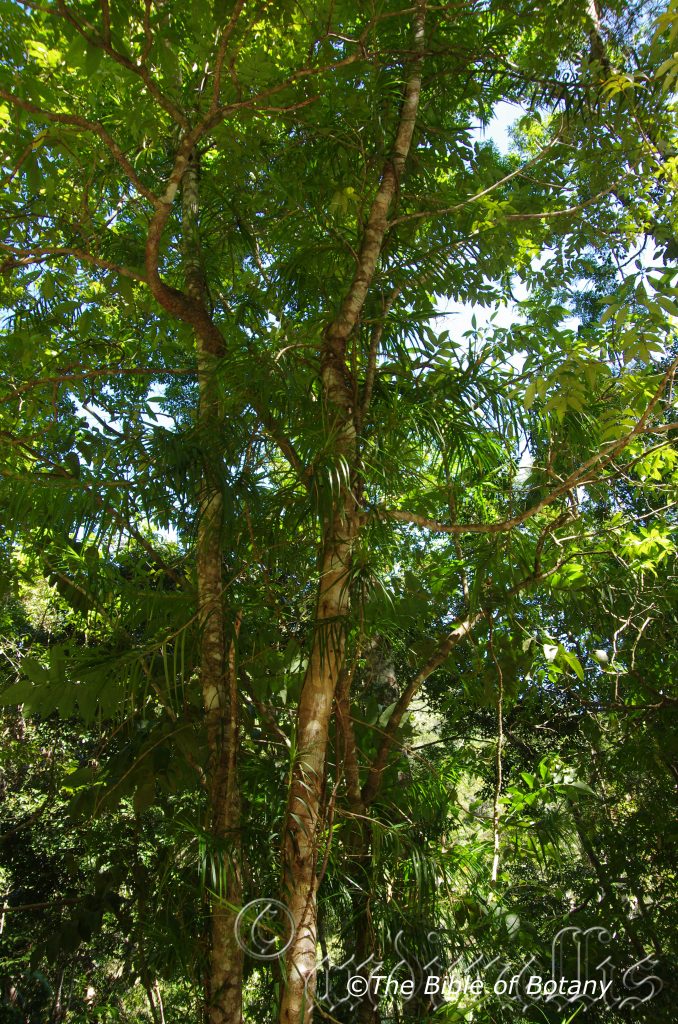
Paluma National Park Qld.
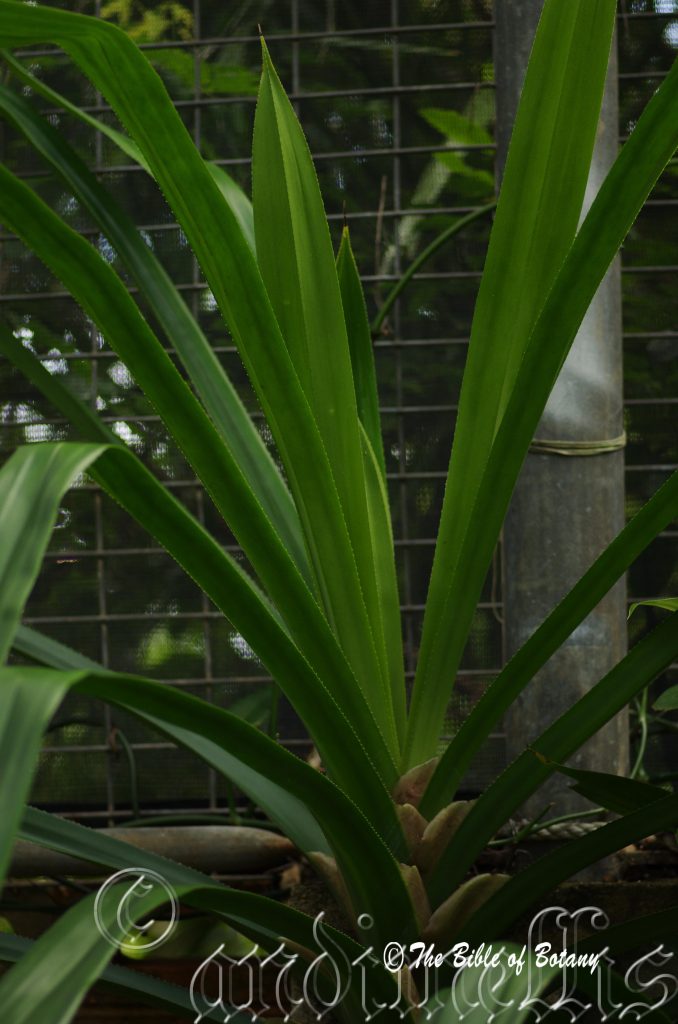
Anderson Gardens Townsville Qld.
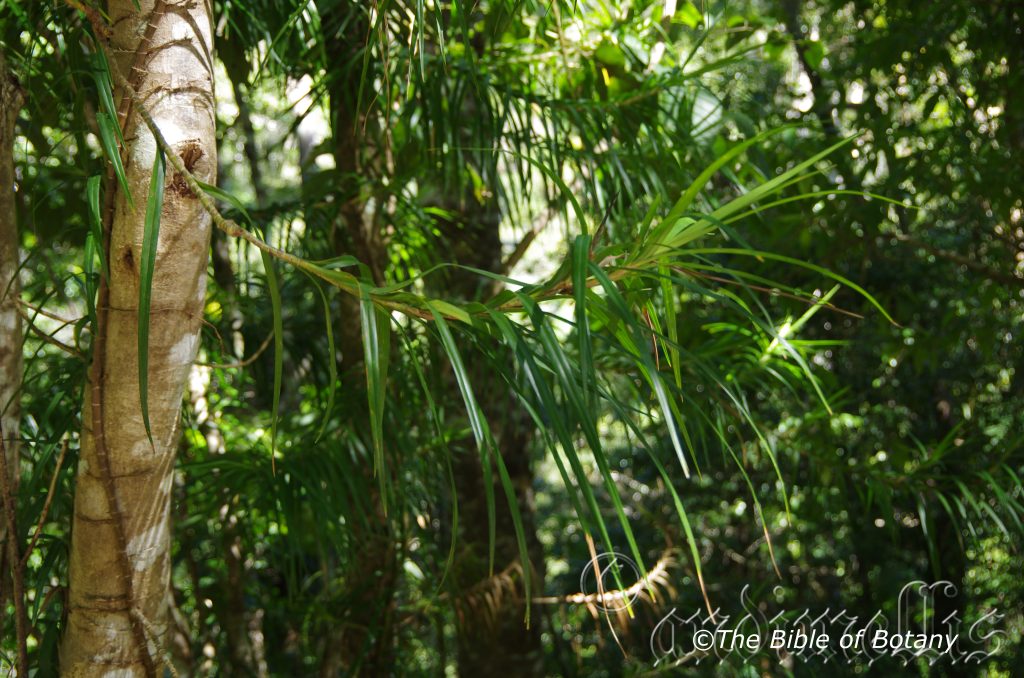
Paluma Nationjal Park Qld.
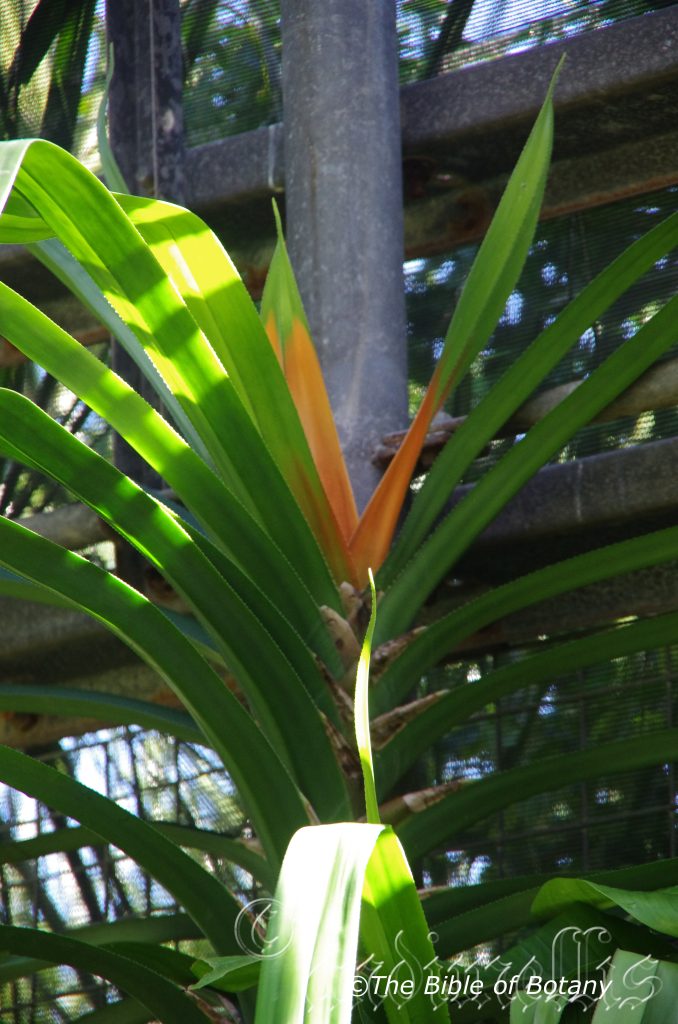
Anderson Gardens Townsville Qld.
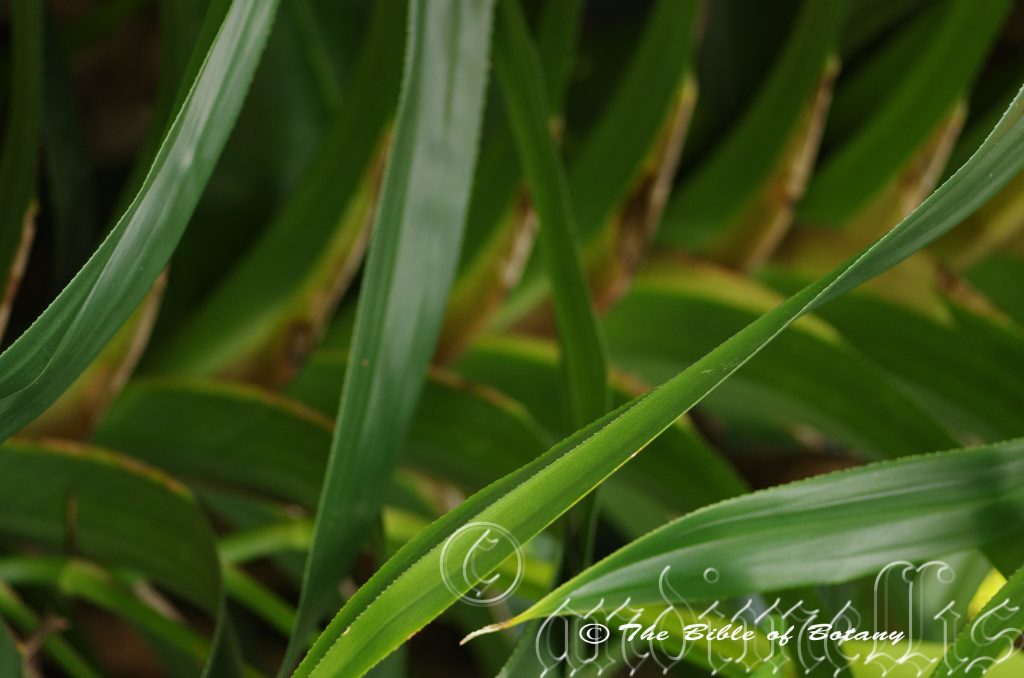
Ross river Townsville Qld.
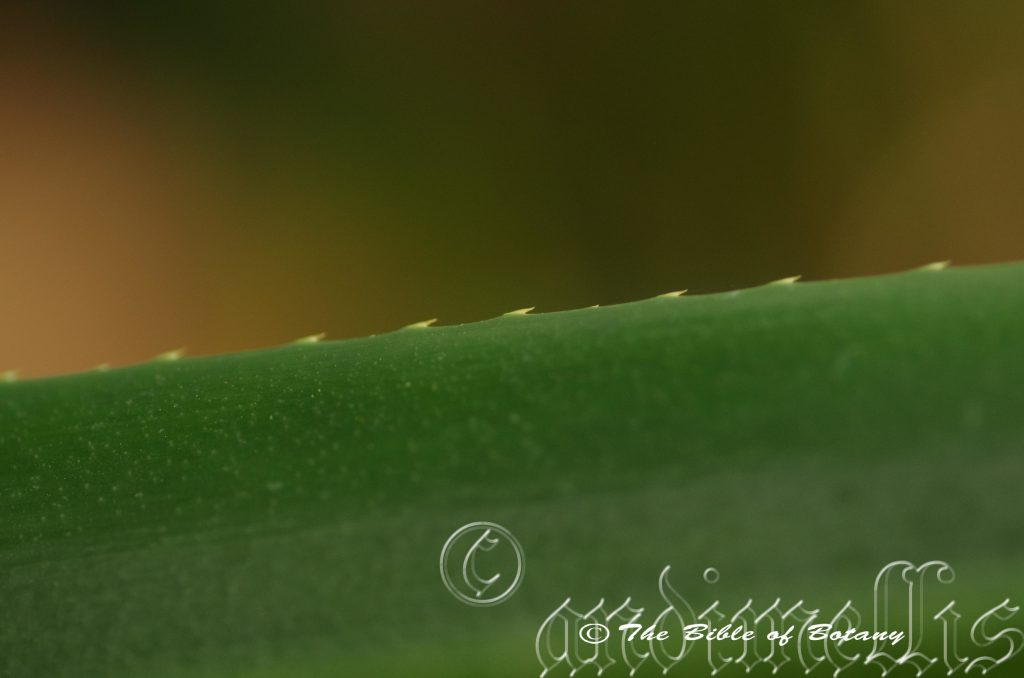
Ross river Townsville Qld.
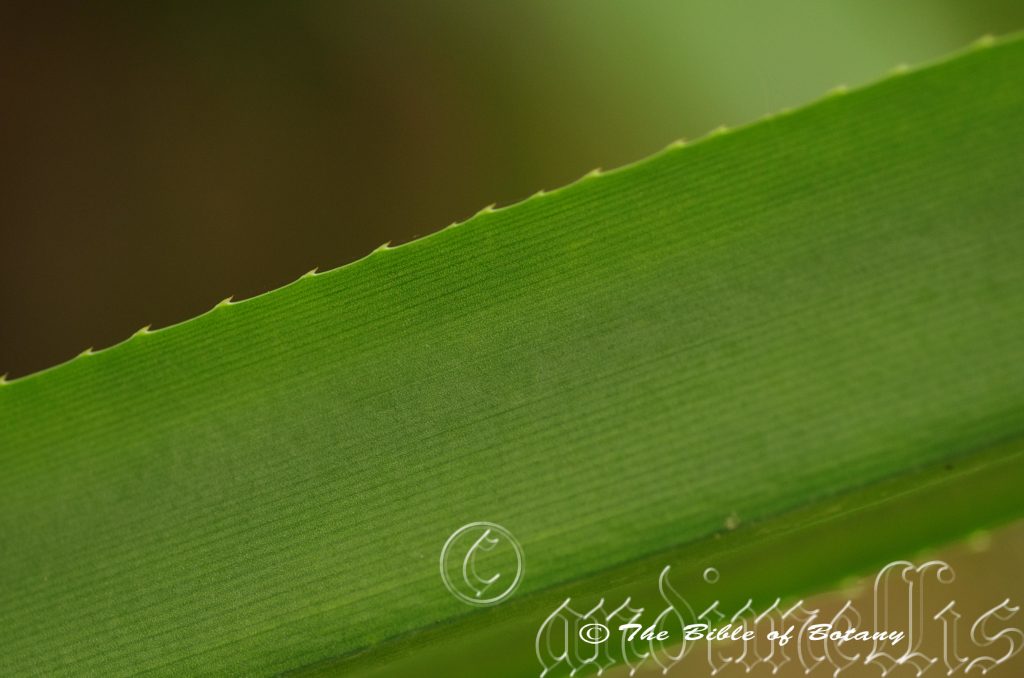
Ross river Townsville Qld.
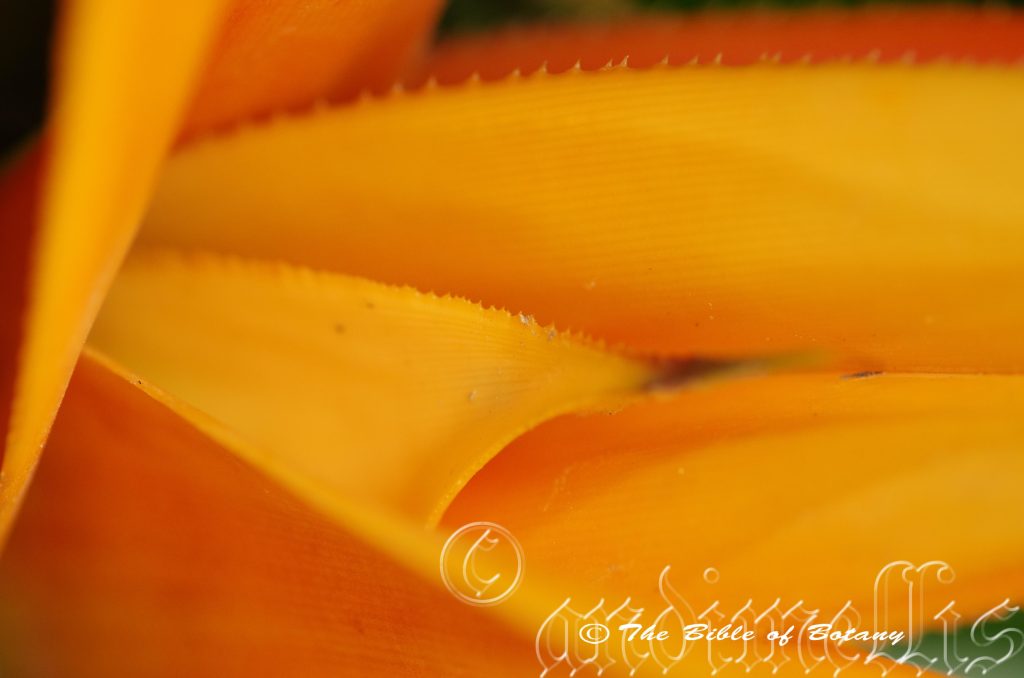
Anderson Gardens Townsville Qld.
Freycinetia marginata
Classification:
Unranked: Monocots
Class: Equisetopsida
Order: Pandanales
Family: Pandanaceae
Genus: Is named in honour of Louis de Freycinet; 1779-1842, who was a French navigator, geographer and naturalist.
Specie: From Margin or Margo, which is Latin for a border or edge. It refers to the specific epithet as classified by Smith that has leaf margins that are very similar to those of another species.
Sub specie:
Common Name: Climbing Pandanus or Climbing Pandan.
Distribution:
Freycinetia marginata is a found in two disjunct populations in far north eastern coastal Queensland. It is found on Gordon Creek in the Iron Range and south from the Daintree River in the Daintree National Park to Whyanbeel, with an old record in the vicinity of Lake Eacham. It is found on and east of the Great Dividing Range to the coast.
https://avh.ala.org.au/occurrences/search?taxa=Freycinetia+marginata#tab_mapView
Habitat Aspect Climate:
Freycinetia marginata prefers partial shade to dense shade. It grows in warm tropical, vine forests, littoral rainforests, monsoonal rainforests and in particular riverine rainforest and wet gallery forests. The altitude ranges from 2 meters ASL to 250 meters ASL.
The temperatures range from lows of 5 degrees in July to 36 degrees in January.
The rainfalls range from lows of 1600mm to an average of 3200mm annual.
Soil Requirements:
Freycinetia marginata prefers better quality fertile sandy loams, to sandy clay loams. The soils are usually derived from decomposed brown basalt, black basalt or alluvial deposits. The soils pH ranges from 5.5pH to 7pH are preferred. It does not tolerate waterlogged soils however the soils remain moist throughout the year. Non saline soils to slightly saline soils are tolerated.
Height & Spread:
Wild Plants: 12m to 20m by 1m to 1.5m.
Characteristics:
Freycinetia marginata is a climber with blue-green stems increasing in diameter from the base to just below the flowering section. The stems reach 35mm in diameter. The stems are circled with old leaf scars and are glabrous. Adventitious roots are produced from all sections of the stems except the leafy parts.
Freycinetia marginata’s long linear to very narrow lanceolate leaves are 3 ranked and are spirally up the stem. The glabrous leaves measure 1000mm to 1500mm in length and 50mm to 80mm in width near the base. The bases extend to form a large, translucent ligule which is designed to trap debris, moisture and decompose it to treacle down to the roots thus the Leaf blade does not taper to form a petiole as such. Each wing like ligule measures 120mm to 200mm in length by 22mm to 28mm in height. The apexes are acute with a strong rigid aristate tip. The discolourous laminas are deep blue-green, dull and glabrous on the upper laminas while the lower laminas are paler. The laminas are strongly recurve upwards from the mid-rib to the margins assisting the movement of moisture and debris to down to the ligules. The margins are regularly, finely serrated; from the base to the apex, with each serration having a small decurve spine. The midvein is strongly prominent on the lower lamina while the apical half is armed with decurve spines. The lateral parallel veins and tertiary venation are faintly visible on the lower laminas. The oil dots are irregular and often orbicular.
The inflorescences of Freycinetia marginata are born as terminal spikes. The fragrant flowers are cream to white with the male and female flowers produced on separate plants.
The male inflorescences measure 100mm to 150mm in length by 18mm to 25mm in width and are born in clusters of 3 within the bright orange and green terminal bracts. The bracts measure 400mm to 650mm in length by 20mm to 30mm in width. The white filaments measure 3mm to 4mm in length while the obloidal, khaki-yellow anthers measure 1mm in length by 0.6mm in diameter with many red glandular dots on the lower surface. The pollen is fawnish.
The female inflorescences measure 100mm to 130mm in length by 20mm to 30mm in width and are born in clusters of 2 to 4 within the bright orange and green terminal bracts. The bracts measure 500mm to 700mm in length by 20mm to 30mm in width. The individual ovaries are tightly packed together and measure 2mm to 3mm in length by 0.5mm to 0.6mm in diameter. Minute staminodes are usually present at the base of each ovary. The stigmas are bilobed. The flowers appear from September to November. (Cultivated plant at the Townsville Anderson Botanic Gardens)
Freycinetia marginata’s fruits are obovoidal infructescences which are surrounded by the red based and green apical leaf bracts and measure 180mm to 200mm in length by 55mm to 60mm in diameter.
The peduncles measure 60mm to 70mm in length. The individual fruits measure 17mm to 18mm in length by 1.5mm to 2mm in diameter. The fawnish, slightly compressed obloidal seeds measure 1.2mm to 1.3mm in length by 0.4mm to 0.5mm in diameter. The wing along one of the longitudinal sides is much paler than the seed itself.
Wildlife:
Freycinettia marginata wildlife is unknown to the author.
Cultivation:
Freycinettia marginata is a very unusual plant suitable for large gardens where a rainforest has already been established in a tropical or subtropical regions. It is vigorous and should be planted well away from paths to give them the chance to grow to its full potential without hooking passer byes on their barbs. As a rainforest addition it gives an enclosed advanced rainforest feel from an early age especially when planted along gullies or at the edge of waterlogged areas. It will need trees with well-established barks to send out its adventitious roots to climb up.
Once it has established itself it is worthwhile cutting the tips out to try to make the plants send out several lateral shoots. In this way it is possible to reduce the size of the plants and to have several canes growing in a given area. The safest way to have a dense clump is to grow several plants as tubes and plant them together by spacing them at 100mm centers at the base of the chosen tree.
Propagation:
Seeds: Sow Freycinettia marginata’s seed directly into a seed raising mix. Cover the seeds with 2mm to 3mm of fine sand and place the trays in a warm shaded position. Keep moist but not wet. When the seedlings are 25mm to 50mm tall, prick them out and plant them into 50mm native tubes using a good organic mix.
Once the seedlings reach 200mm to 250mm in height plant them out into their permanent position.
Fertilize using seaweed, fish emulsion or organic chicken pellets soaked in water on an alternate basis. Fertilize every two months until the plants are established then at least twice annually say in early September or March as a foliar spray to maintain health, vitality and better flowering.
Further Comments from Readers:
Hi reader, it seems you use The Bible of Botany a lot. That’s great as we have great pleasure in bringing it to you! It’s a little awkward for us to ask, but our first aim is to purchase land approximately 1,600 hectares to link several parcels of N.P. into one at The Pinnacles NSW Australia, but we need your help. We’re not salespeople. We’re amateur botanists who have dedicated over 30 years to saving the environment in a practical way. We depend on donations to reach our goal. If you donate just $5, the price of your coffee this Sunday, We can help to keep the planet alive in a real way and continue to bring you regular updates and features on Australian plants all in one Botanical Bible. Any support is greatly appreciated. Thank you.
In the spirit of reconciliation we acknowledge the Bundjalung, Gumbaynggirr and Yaegl and all aboriginal nations throughout Australia and their connections to land, sea and community. We pay our respect to their Elders past, present and future for the pleasures we have gained.
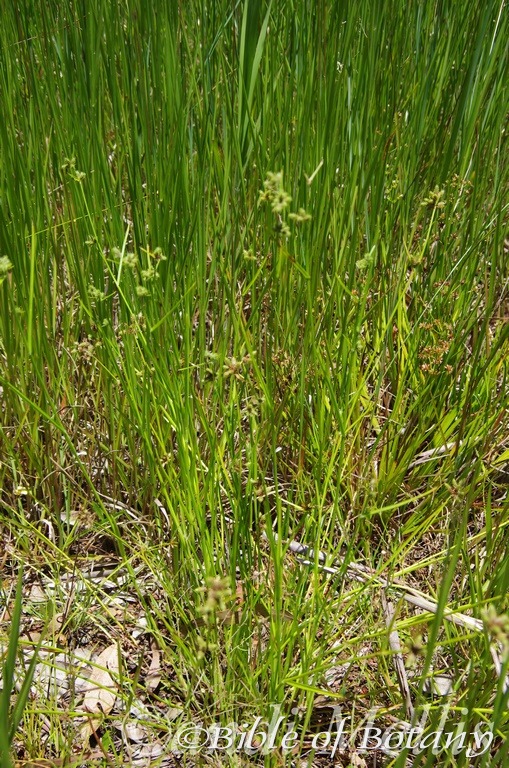

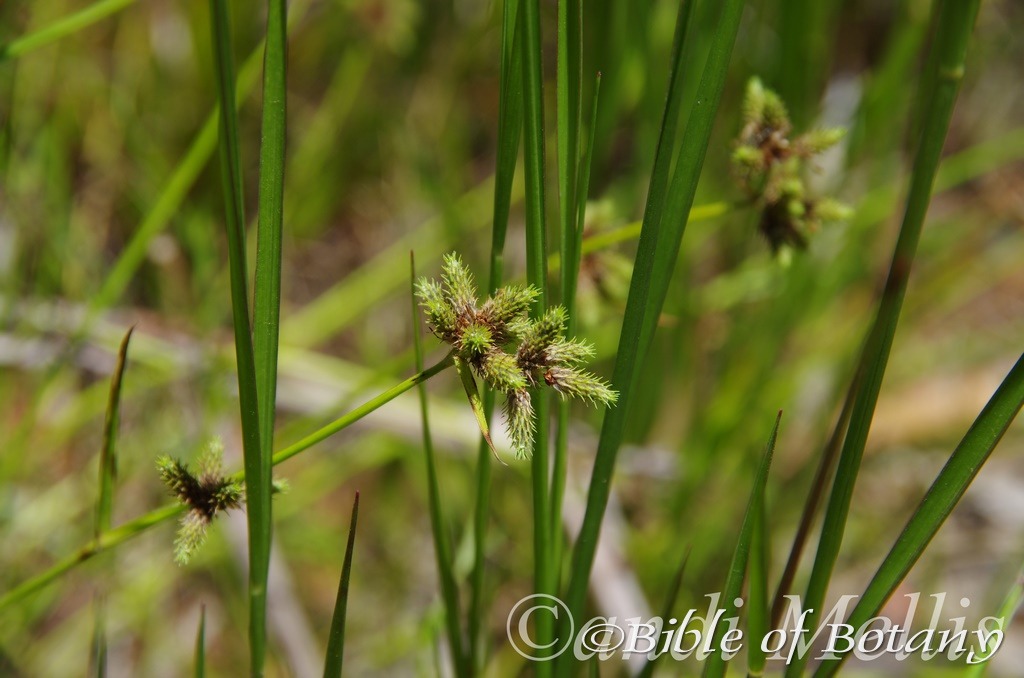
Morgan’s Camp Trail Fortis Creek National Park NSW
Fuirena ciliaris
Classification:
Unranked: Monocots
Unranked: Commelinidis
Class: Equisetopsida
Subclass: Magnoliidae
Superorder: Lilianae
Order: Poales
Family: Cyperaceae
Genus: Is named in honour of Jorgen Fuiren; 1581-1628, who was a Danish physician and botanist.
Specie: From Ciliare, which is Latin for a fringe of hair or an eye lash and Are which is Latin for pertaining to. It refers to the hairs on the margins of leaves, sepals, petals, ligules or glumes and lemmas of a plant and some microscopic animals looking similar to an eyelash.
Sub species:
Common Name:
Distribution:
Fuirena ciliaris is found north of a line from Exmouth, Meega Hill and Mount Tom Price in Western Australia to Wenecki in the Tanami area, north east to King river, south to the western edge of the MacDonald Ranges in the Northern Territory then north east to Normanton in Queensland where it is then found east of a line to Goonoowigall near Inverell and east to Emerald Beach in central coastal New South Wales.
https://avh.ala.org.au/occurrences/search?taxa=Flindersia+cilarisa#tab_mapView
Habitat Aspect Climate:
Fuirena ciliaris prefers full sun to light dappled shade. It mainly grows along creeks, streams, drainage lines, riparian zones, on shallow depressions. It grows in gallery forests, open forests, woodlands, littoral rainforests, monsoonal forests, vine forests and adjacent to rainforests where openings have been created. The altitude ranges from 10 meters ASL to about 950 meters ASL.
The temperatures range from minus 3 degrees in August to 44 degrees in January.
The rainfall ranges from lows of 100mm to 2800mm average per annum however ground moisture is more important than actual rainfall.
Soil Requirements:
Fuirena ciliaris prefers sandy loams to light sandy clays. The soils are usually derived from decomposed sandstones or granites or alluvial deposits or at times accumulated sands. The soils pH ranges from 4.5pH to 7.2pH. It tolerates waterlogged soils with plants often standing in shallow water for months at a time. Non saline soils to moderately saline soils are tolerated.
Height & Spread:
Wild Plants: 0.15m to 0.5m by 0.2m to 0.4m
Characteristics:
Fuirena ciliaris grows as a tufted annual grass with loosely, erect or pendulant culms. The 2 to 4 nodes on the culms and culms are grass-green and covered in white pulverulent hairs. The terete to slightly compressed or rounded trigonous culms usually measure 150mm to 500mm in height by 1.5mm to 2mm in diameter.
Fuirena ciliaris‘s culms and measure 60mm to 350mm by 3mm to 8mm in width. The bases are a clasping sheath while the apexes are tapering acute. The sheath is glabrous to sparsely covered in white puberulent hairs while the margins are moderately to densely covered in long white hirsute hairs. The ligule is membranous. The concolourous laminas are grass-green glabrous or very sparsely to moderately covered in white pubescent hairs while the margins are moderately to densely covered in long white ciliate hairs. The laminas are flat with 3 to 5 prominent veins.
The inflorescences of Fuirena ciliaris are rarely 1, usually 6 to 13 and as many as 19 clusters on the end of short branches. The branches measure 5mm to 80mm in length usually 10mm to 35mm in length.
The spikelets are born from the nodes with the upper spikes containing more spikelets than the lower nodes. The spikelets measure 4mm to 10mm in length by 1mm to 1.5mm in width.
The upper and lower glumes are similar and glabrous with white pulverulent hairs on the pediculates. The glumes are obovate to oblong-obovate membranous with a single, 3 veined keel. The grass-green to grey-green to deep brown glumes measure 2.5mm to 2.8mm in length including the 1mm mucronate tip.
The hypogenous bristles and scales are brown while the hypogenous scales are thickened with 3 nerves which extended into minute teeth along the top.
The awns have a prominent 3 veined keel and are covered in white hirsute hairs.
There are 3 white filaments while the pastel yellow anthers measure 0.3mm to 0.4mm in length. The flowers appear from December to February.
Fuirena ciliaris‘s fruits are ellipsoidal to obovoidal, triquetrous nuts. The nuts measure 0.7mm to 1mm in length by 0.5mm to 0.6mm in diameter. The green nuts turn pale yellow to deep honey amber when ripe.
Wildlife:
Fuirena ciliaris‘s wildlife is unknown.
Cultivation:
Fuirena ciliaris is considered to be a very good fodder crop. The leaves and stems are eaten along with other pasture crops when growing in the pasture to the extent it will soon be eliminated from the pastures if not properly managed.
Fuirena ciliaris is classified as a weed by gardeners because of its open habit of growth and being a grass. It has limited potential outside of being a good mulch producer and fodder crop for poultry, cattle and sheep is probably limited to erosion control.
Propagation:
Seeds: Fuirena ciliaris seeds can be sown directly into a seed raising mix. Cover the seeds with 2mm of the mix. Place the trays in a warm position under 20mm or 30mm shade. When the seedlings reach 20mm to 40mm tall, prick them out and plant them into 50mm native tubes using a seed raising mix. Place the 50mm native tubes into a tray of water and return them to the bush house.
Once the seedlings reach 150mm to 200mm in height plant them out into their permanent position. Mass plantings can be achieved by planting them at a minimum of 0.2 meters to 1.5 meter centers.
Fertilize using Seaweed, fish emulsion or organic chicken pellets soaked in water on an alternate basis. Fertilize the new plants every month with our recommended organic fertilizer until the plants are established.
Further Comments from Readers:
Hi reader, it seems you use The Bible of Botany a lot. That’s great as we have great pleasure in bringing it to you! It’s a little awkward for us to ask, but our first aim is to purchase land approximately 1,600 hectares to link several parcels of N.P. into one at The Pinnacles NSW Australia, but we need your help. We’re not salespeople. We’re amateur botanists who have dedicated over 30 years to saving the environment in a practical way. We depend on donations to reach our goal. If you donate just $5, the price of your coffee this Sunday, We can help to keep the planet alive in a real way and continue to bring you regular updates and features on Australian plants all in one Botanical Bible. Any support is greatly appreciated. Thank you.
In the spirit of reconciliation we acknowledge the Bundjalung, Gumbaynggirr and Yaegl and all aboriginal nations throughout Australia and their connections to land, sea and community. We pay our respect to their Elders past, present and future for the pleasures we have gained.